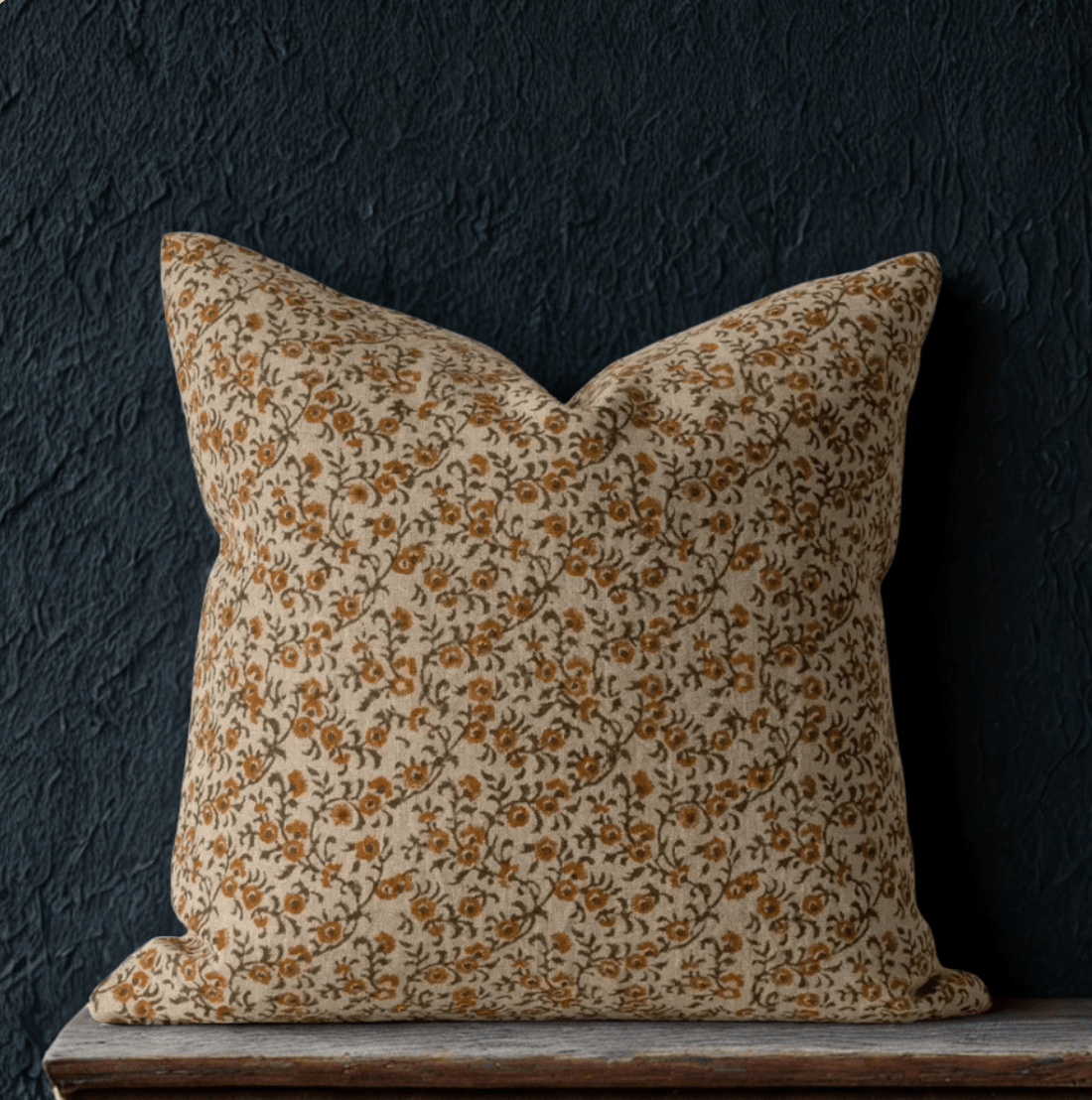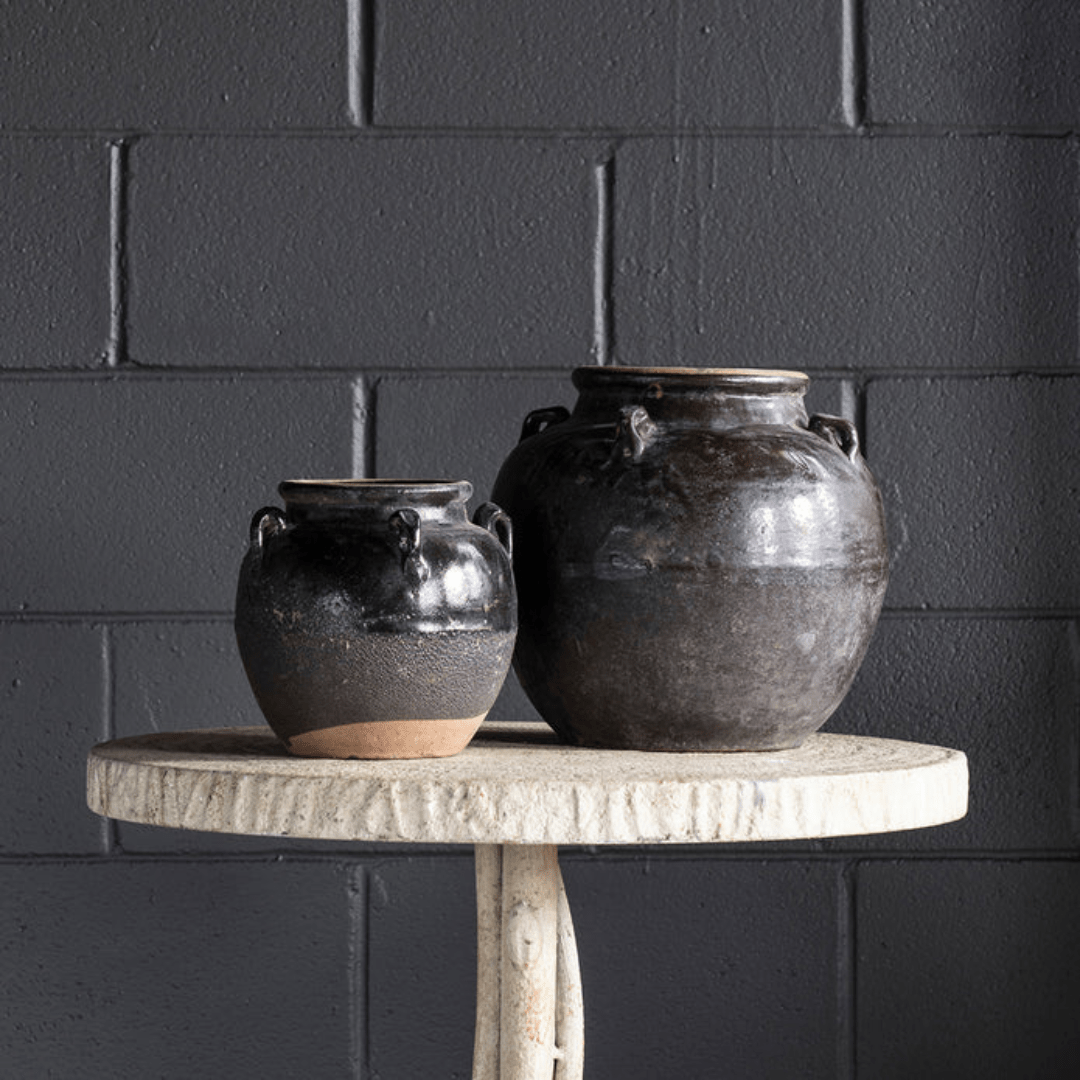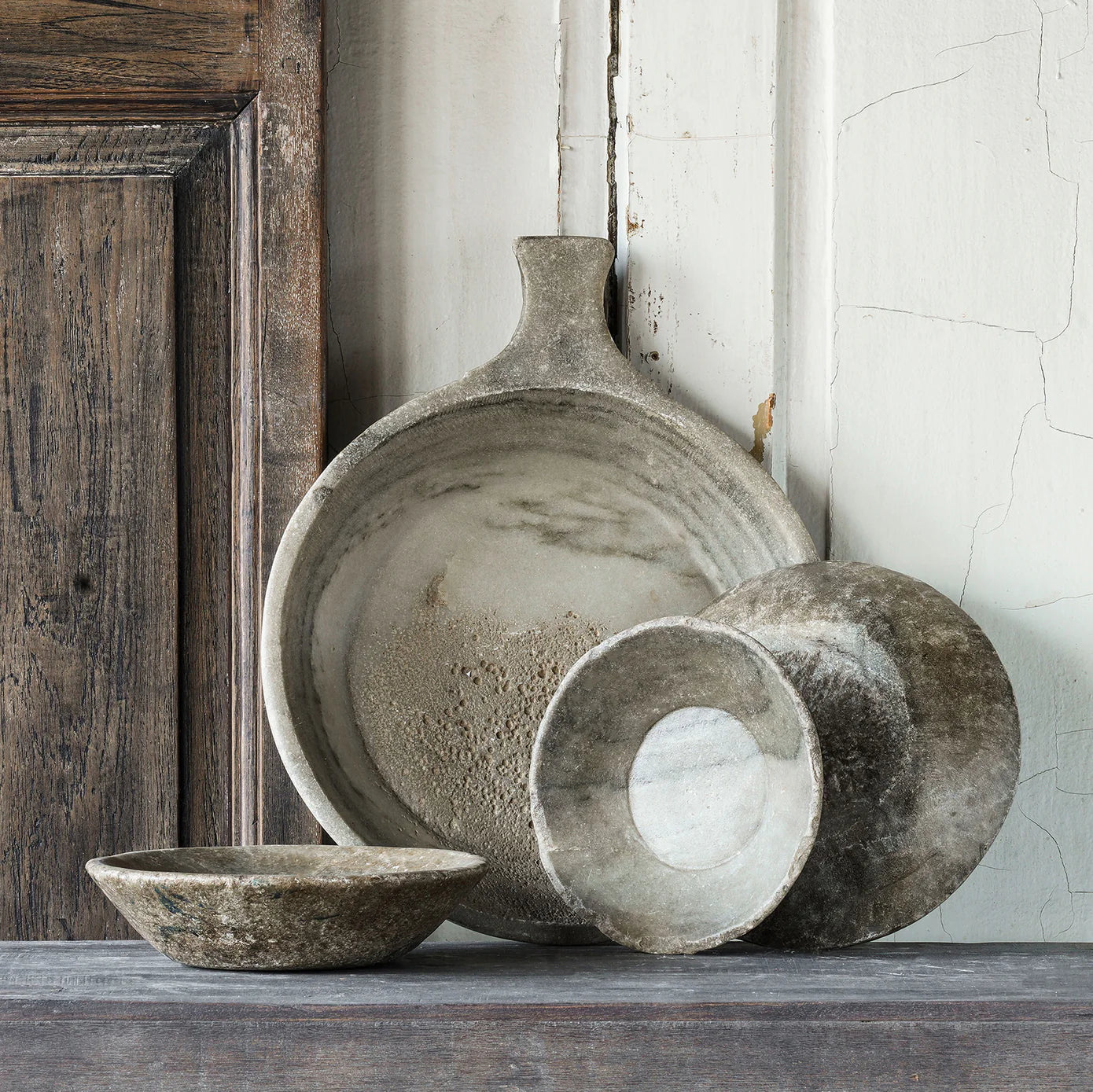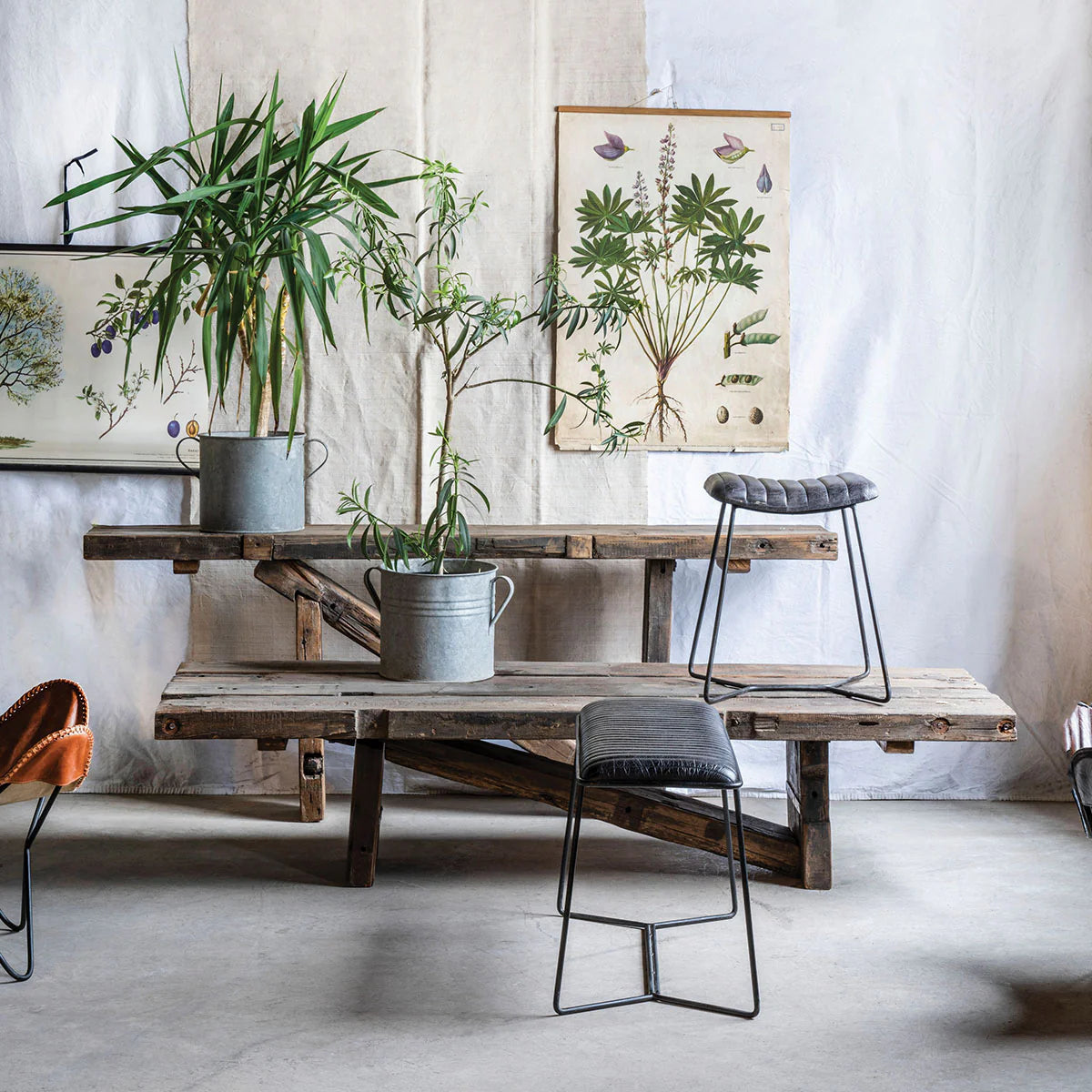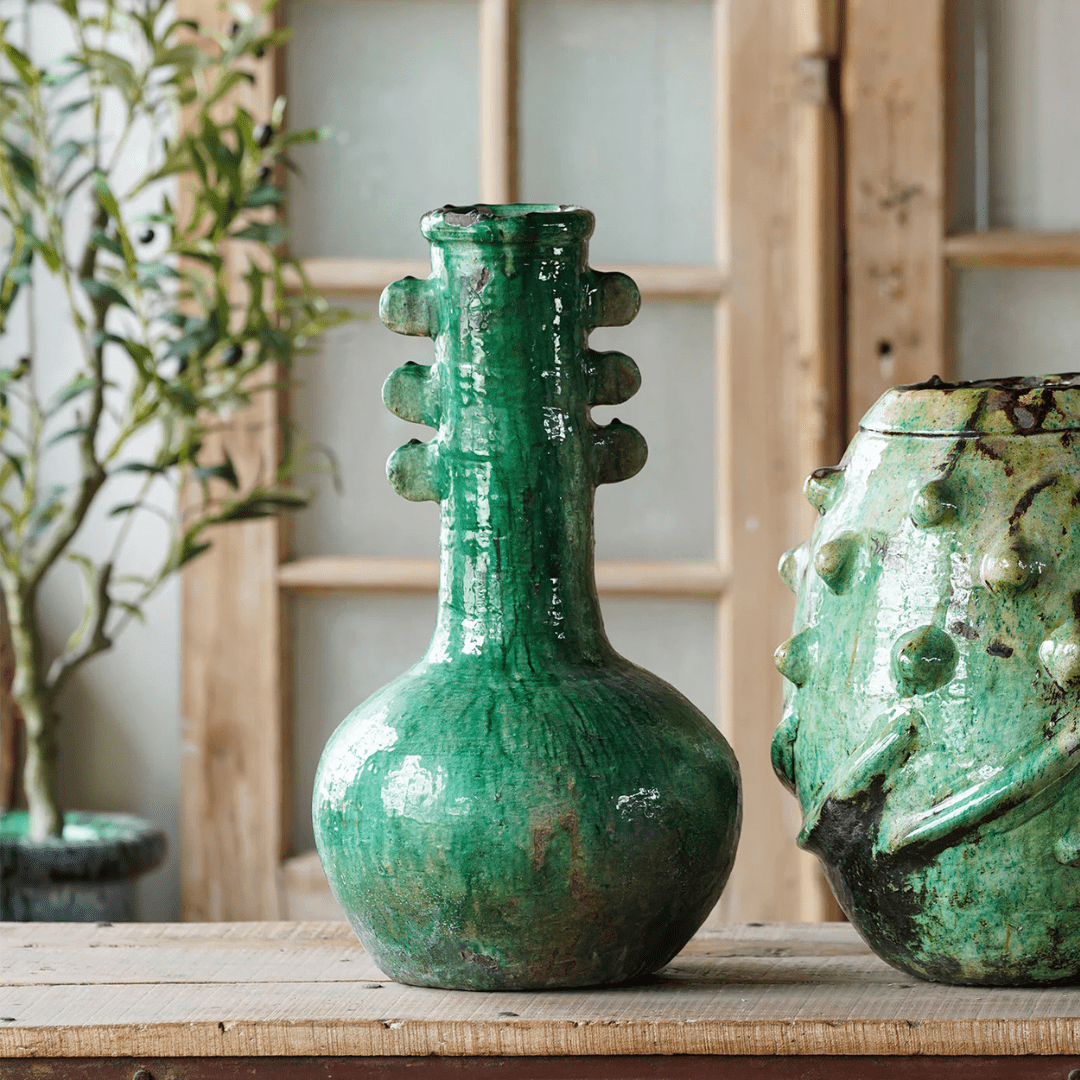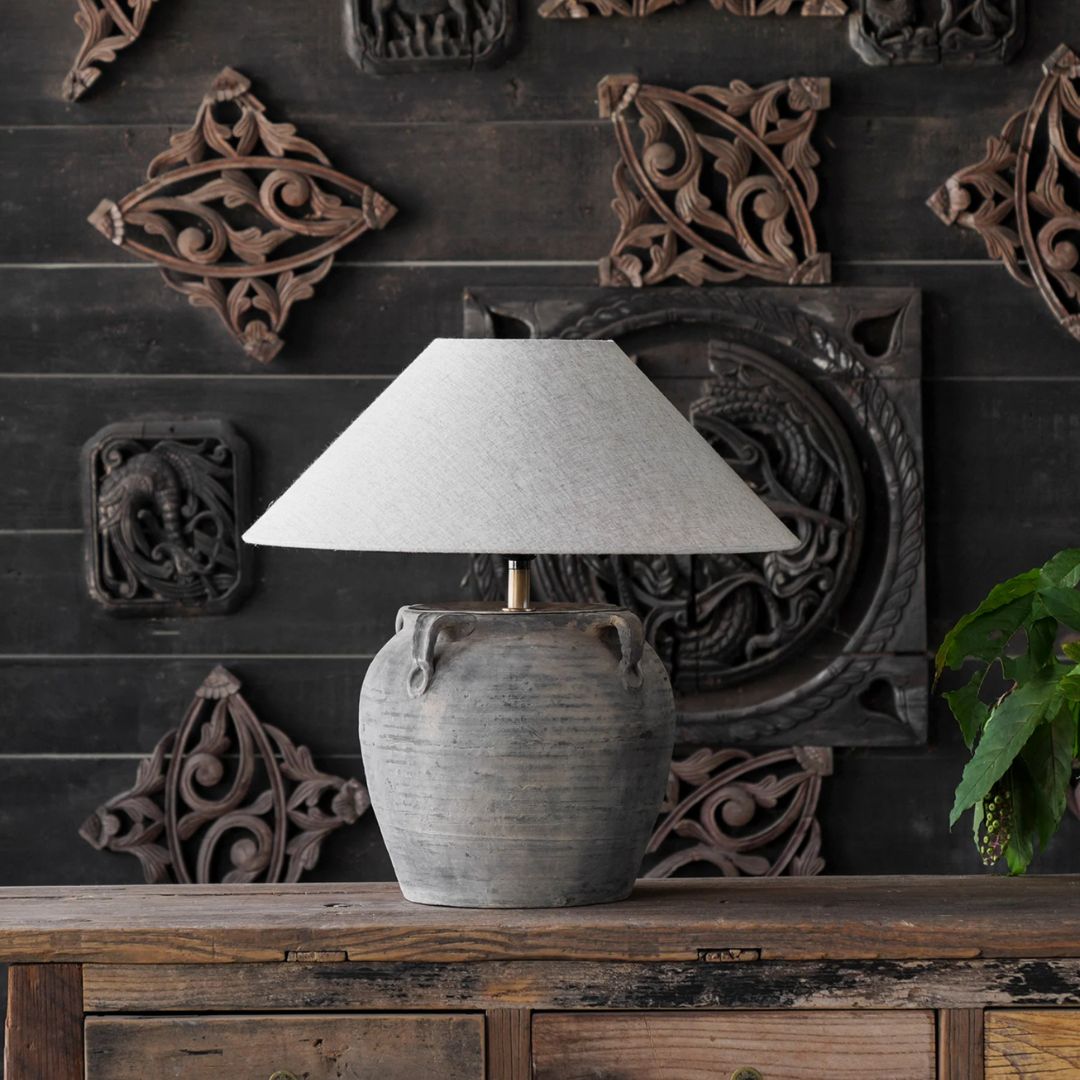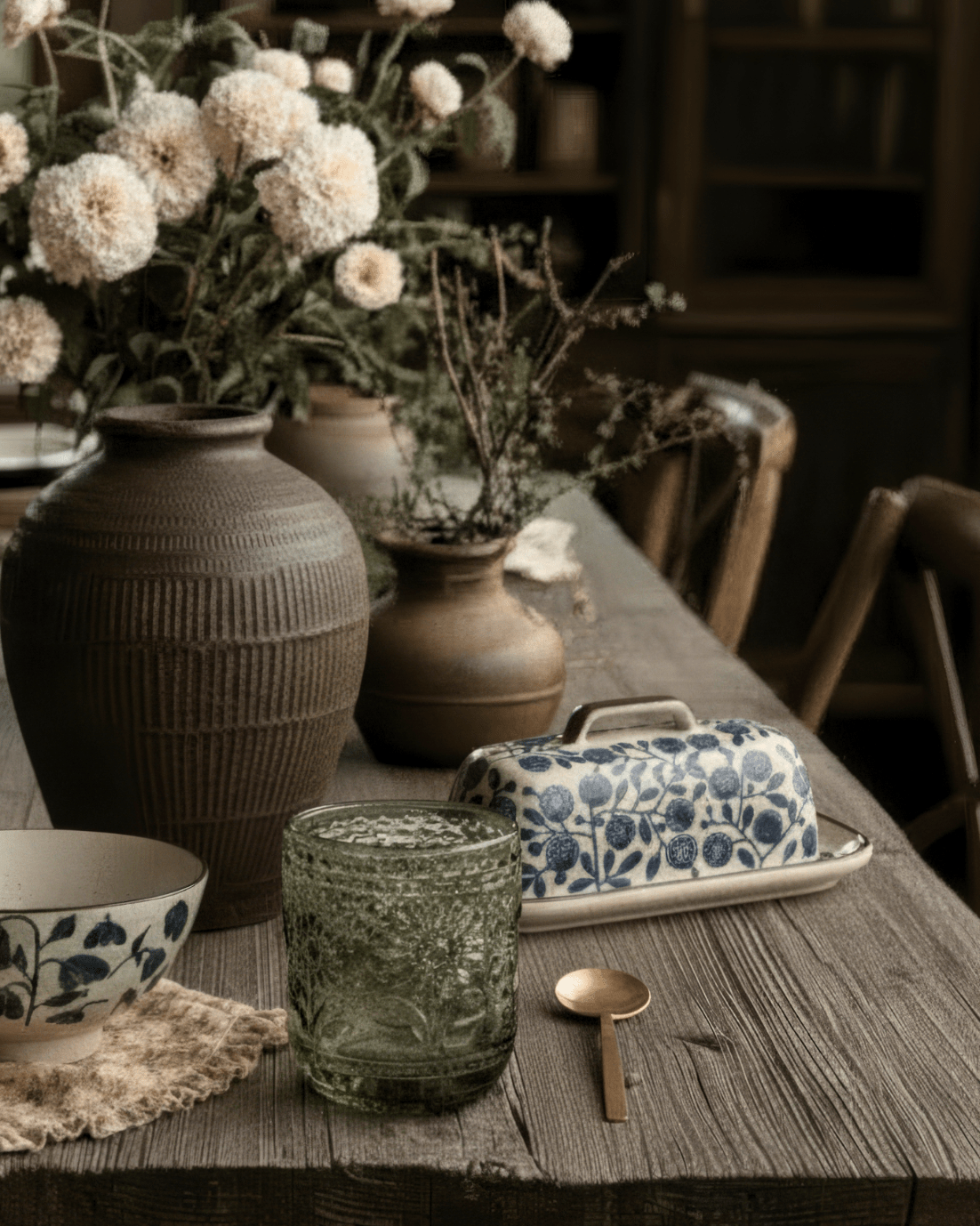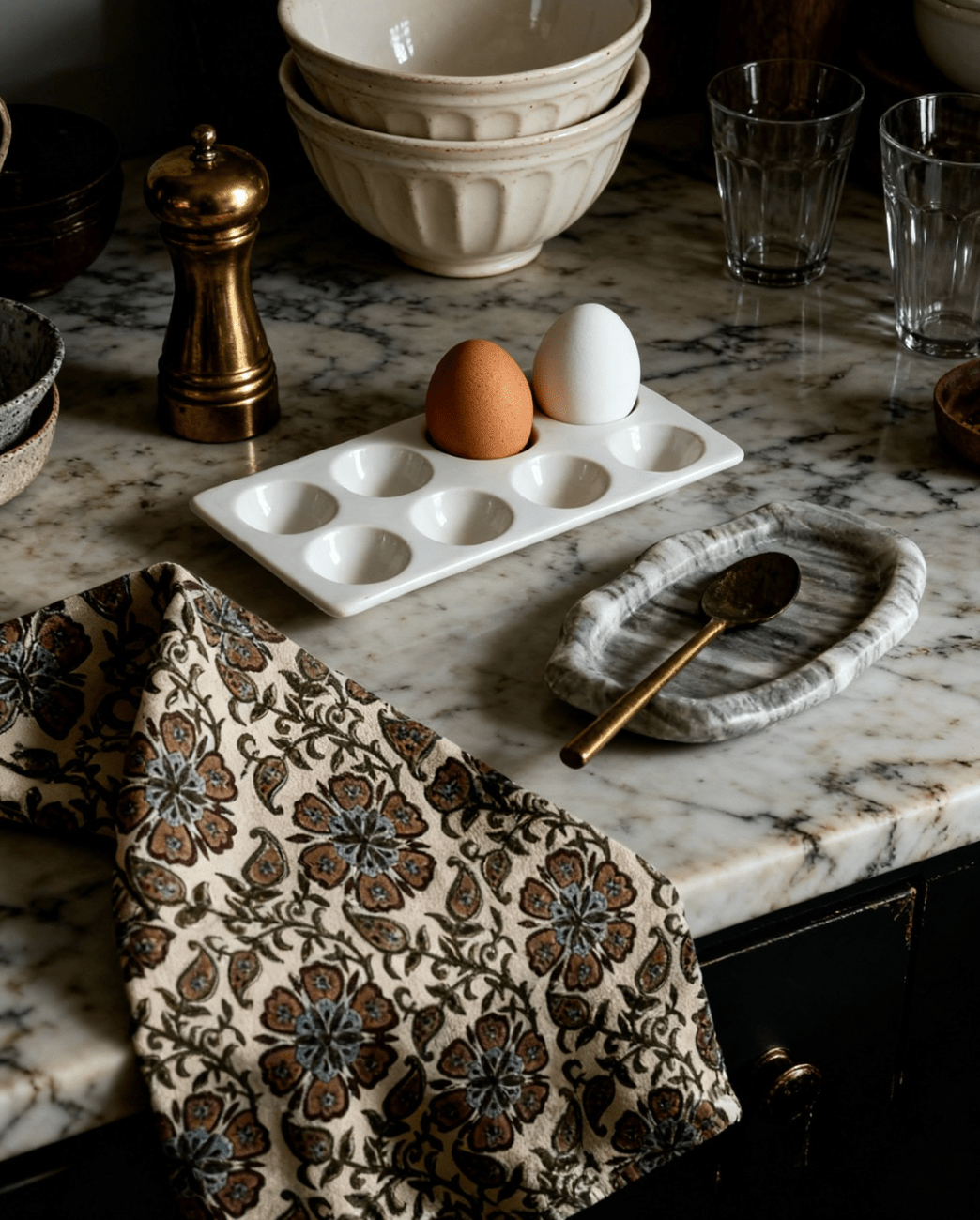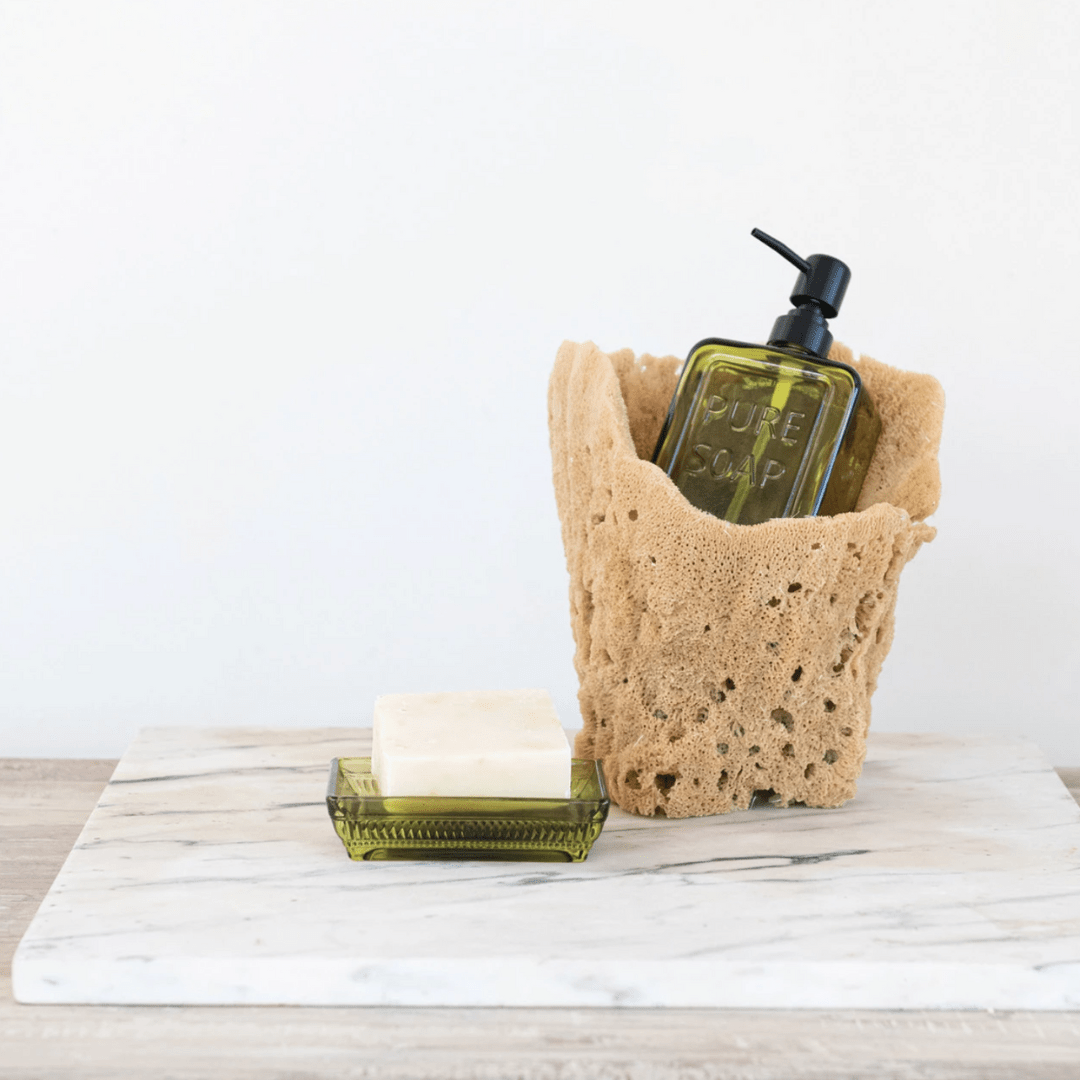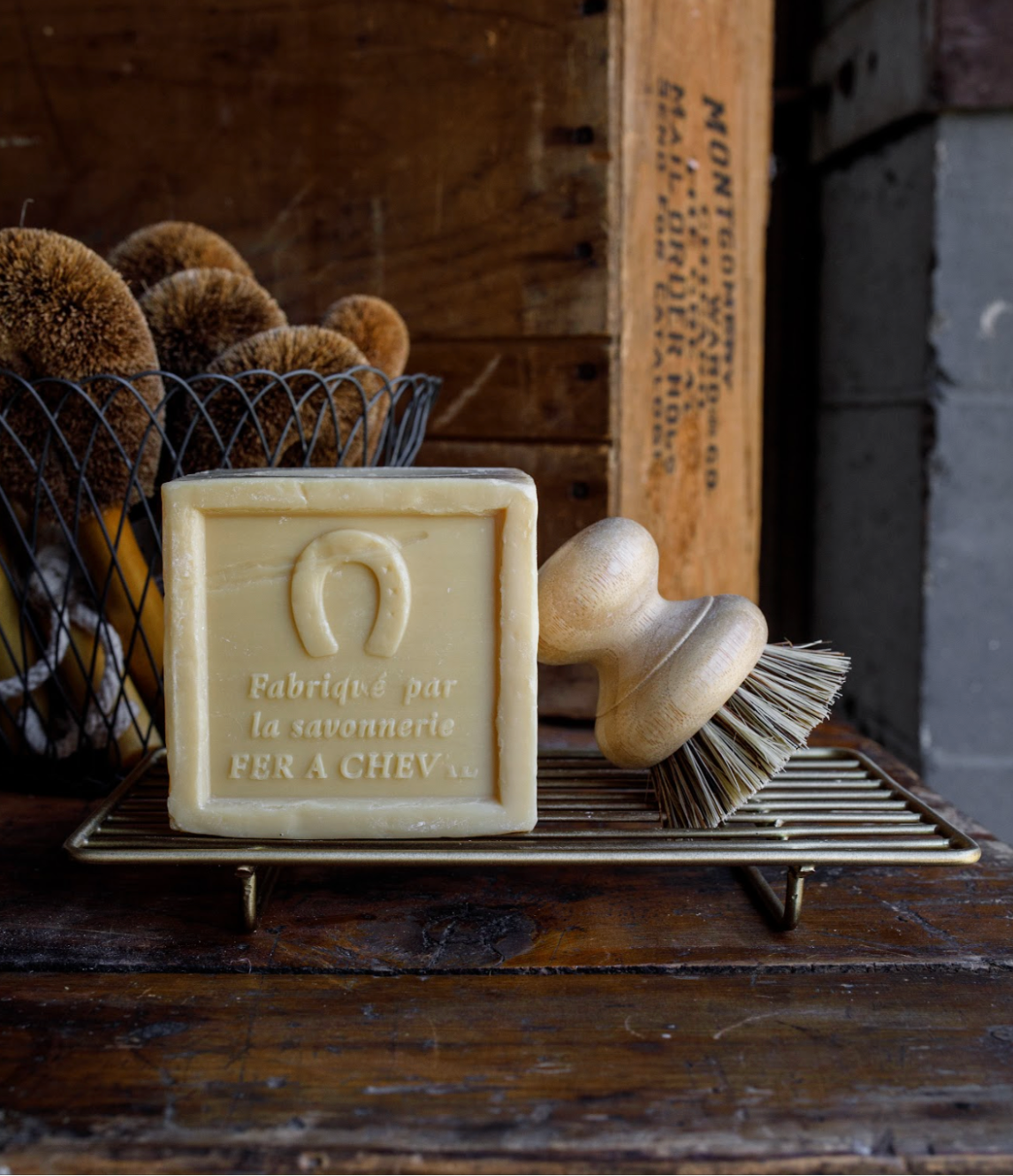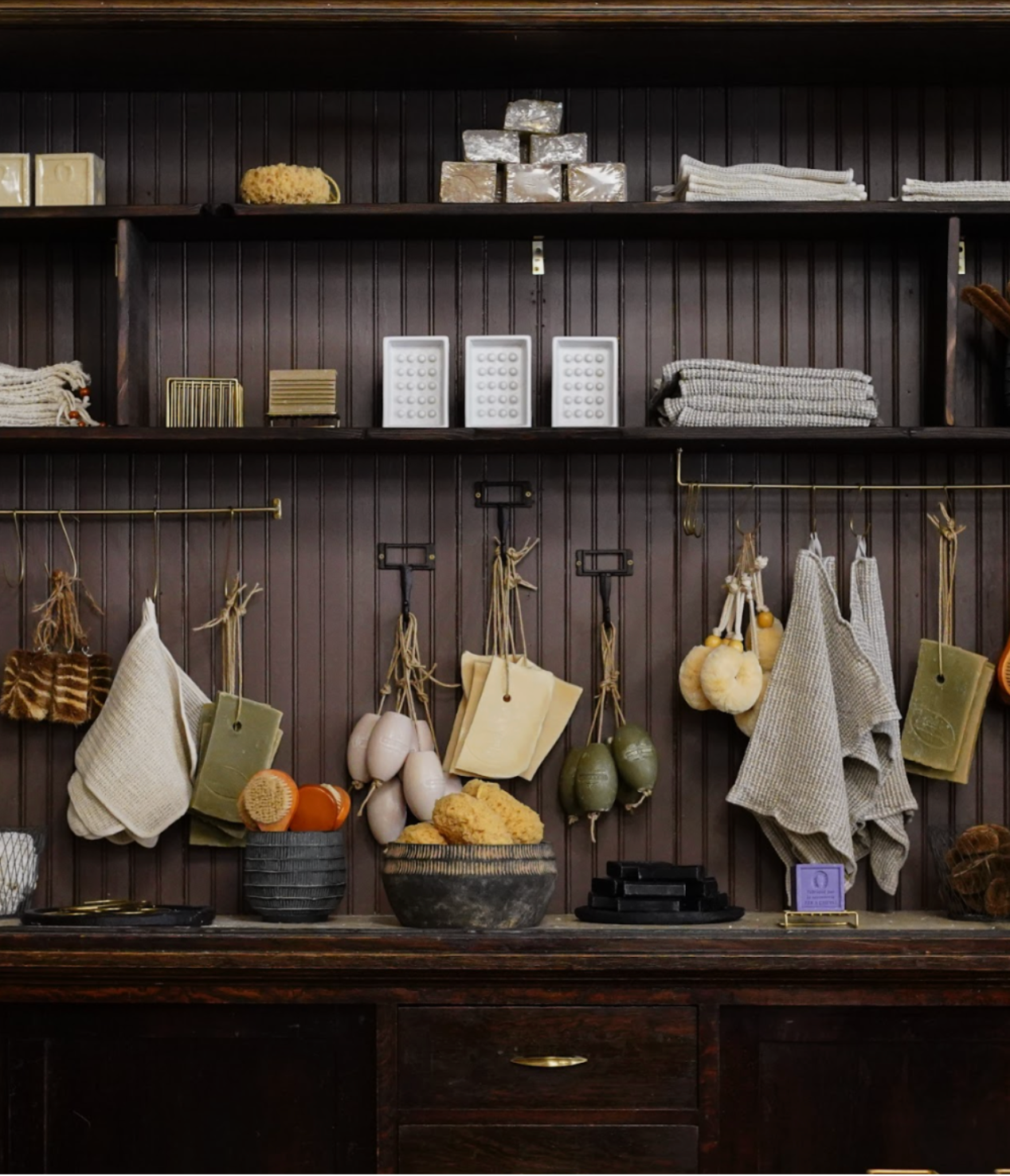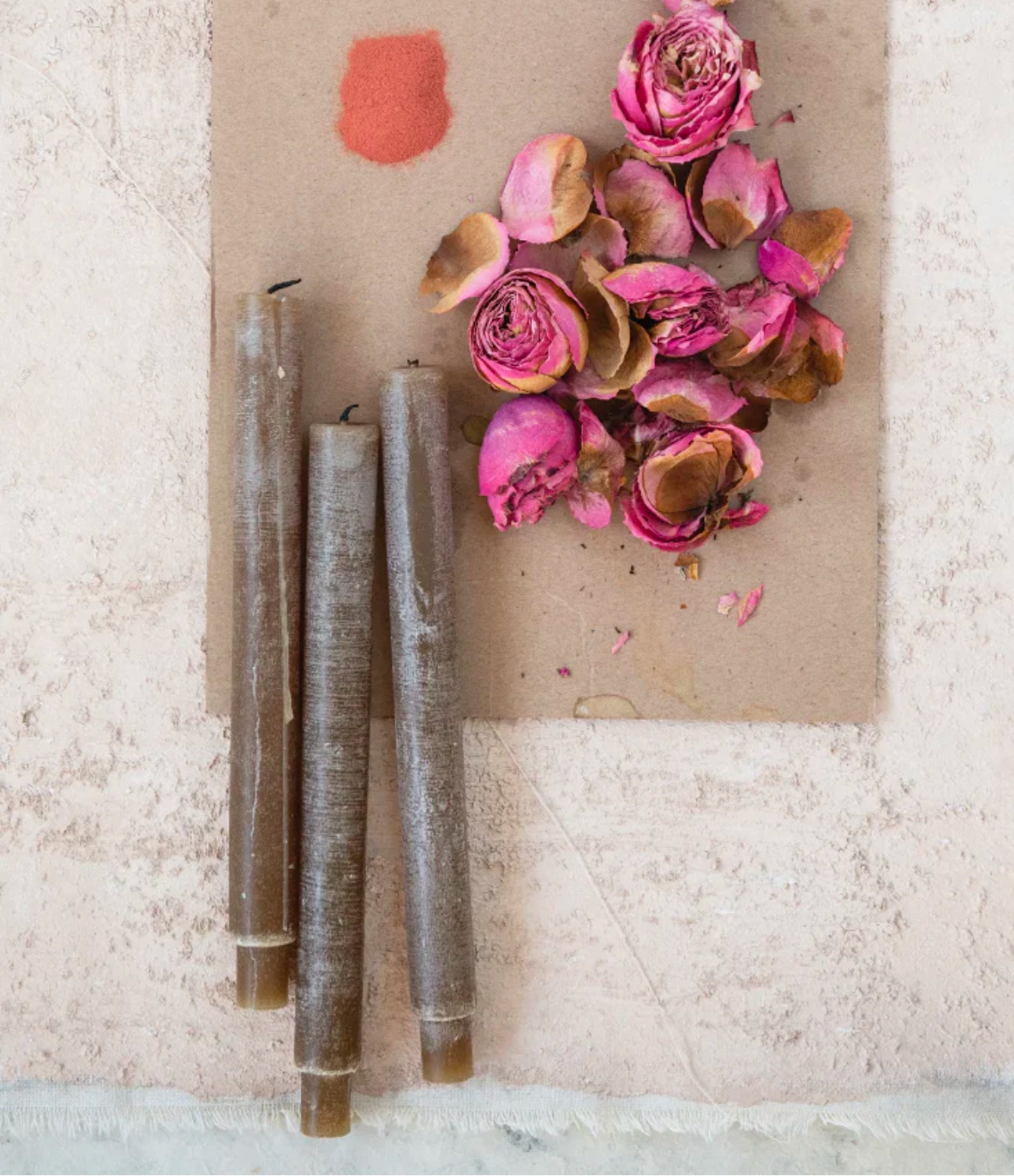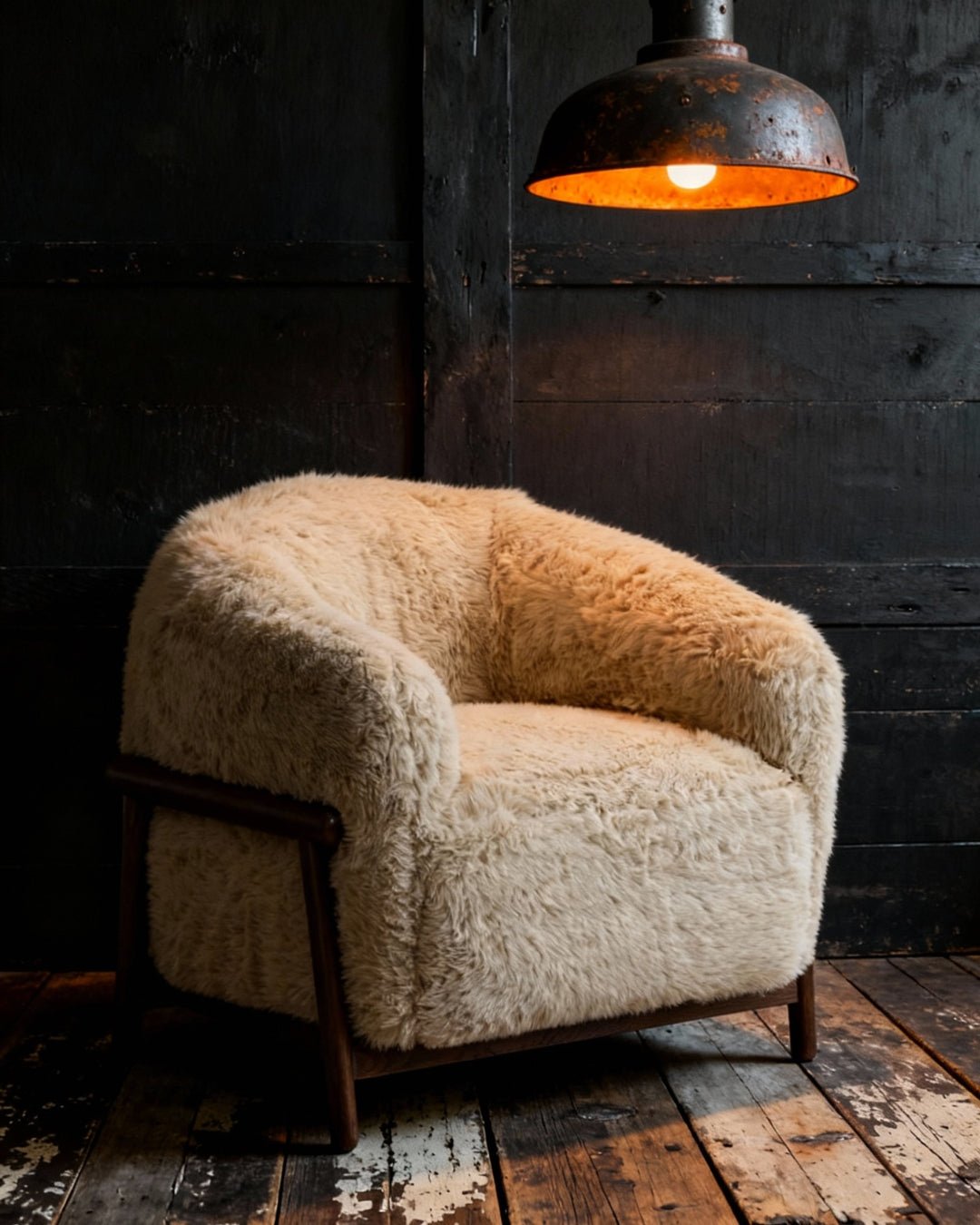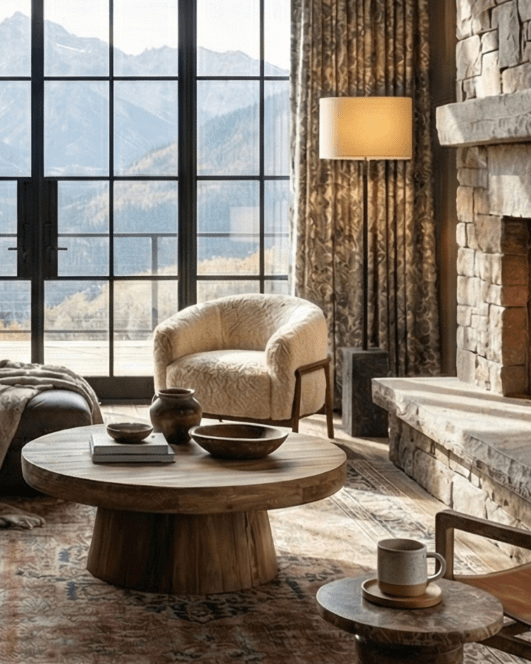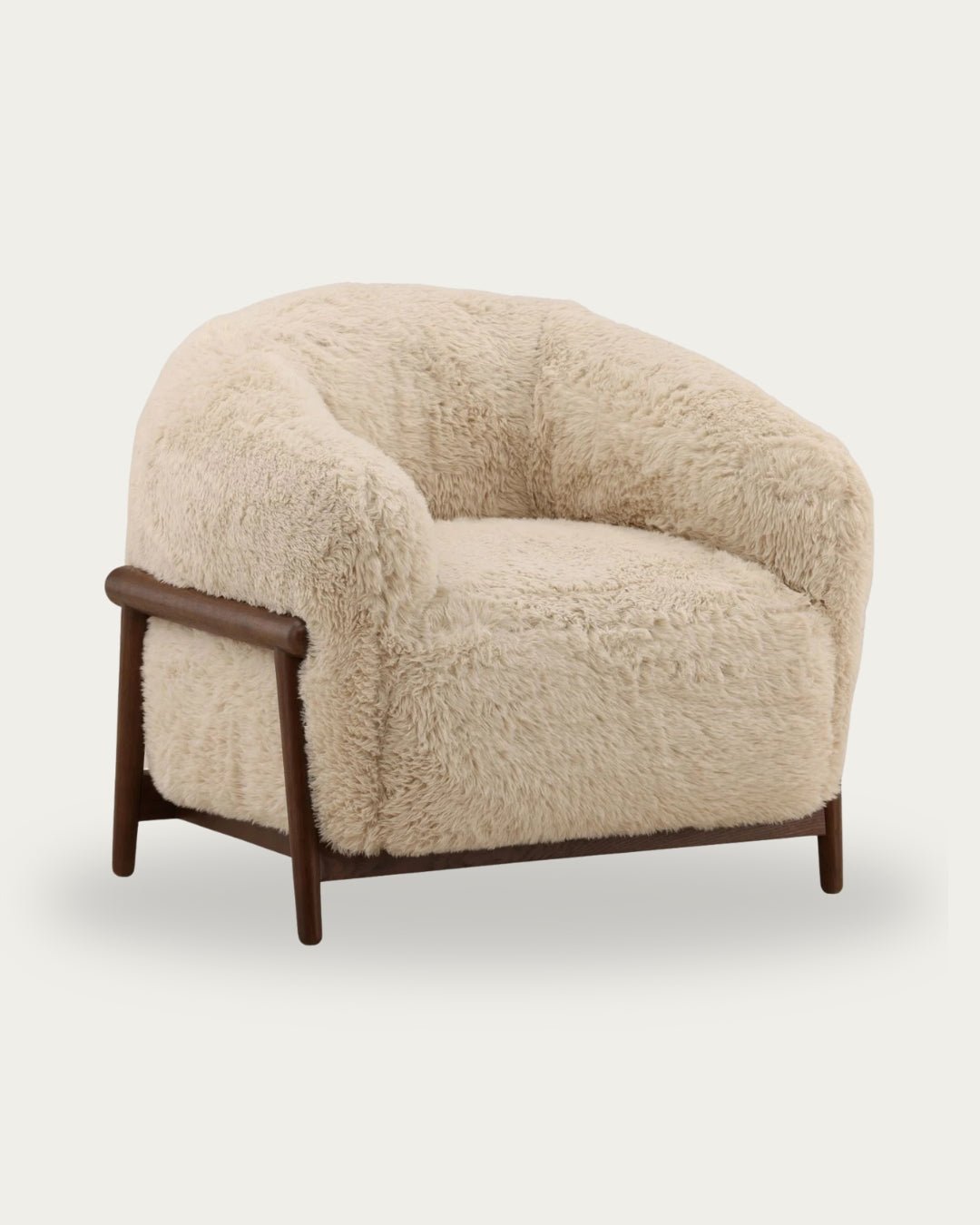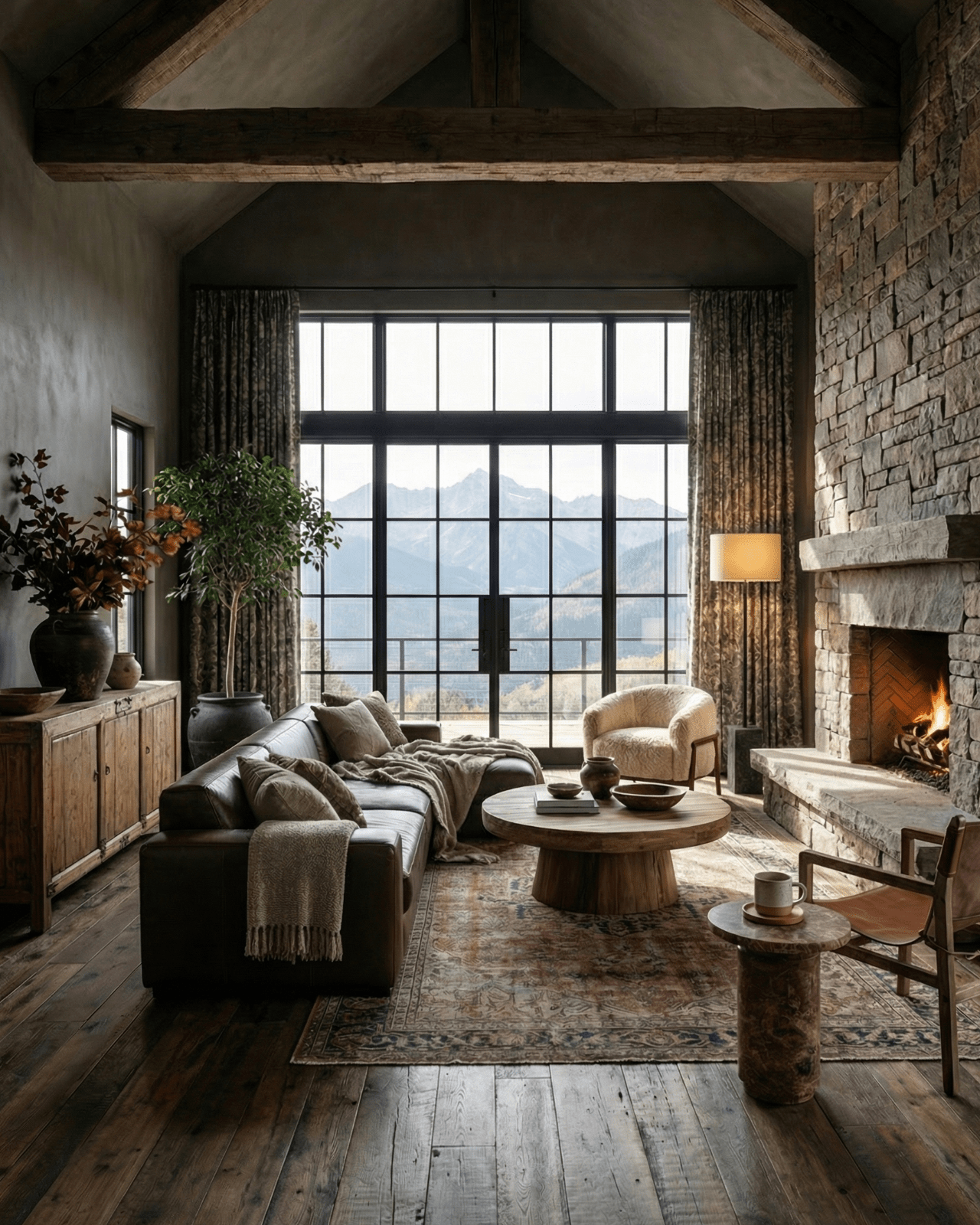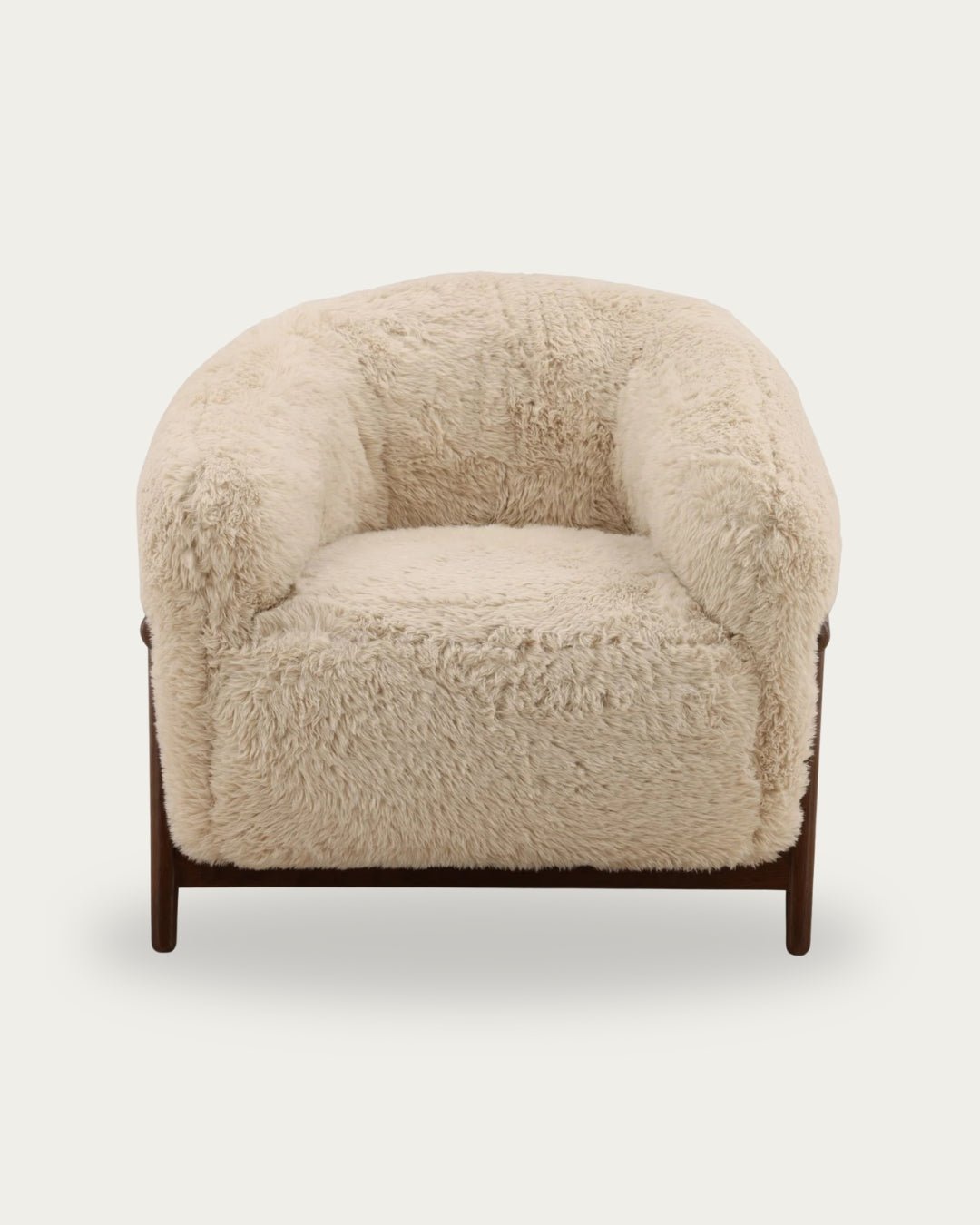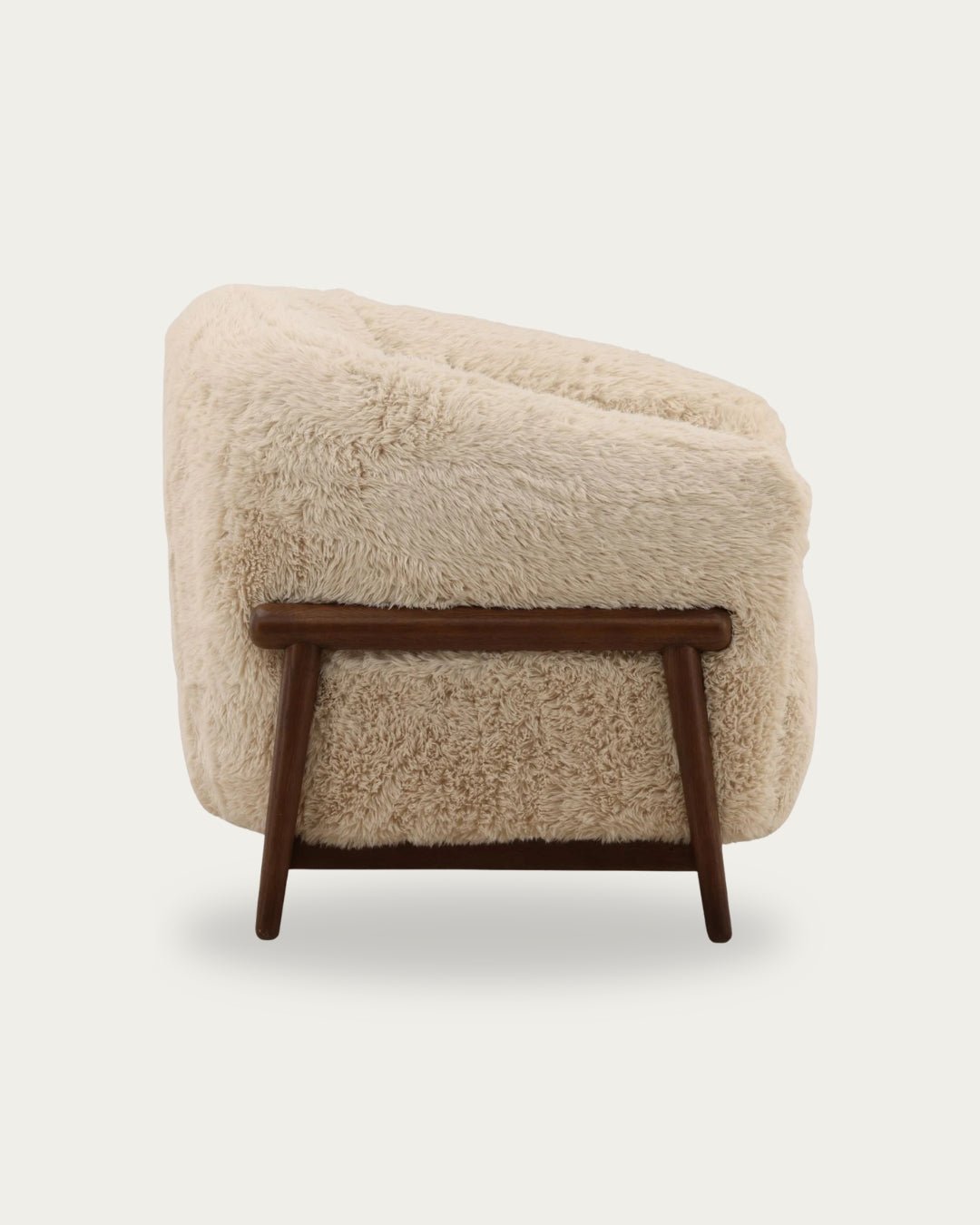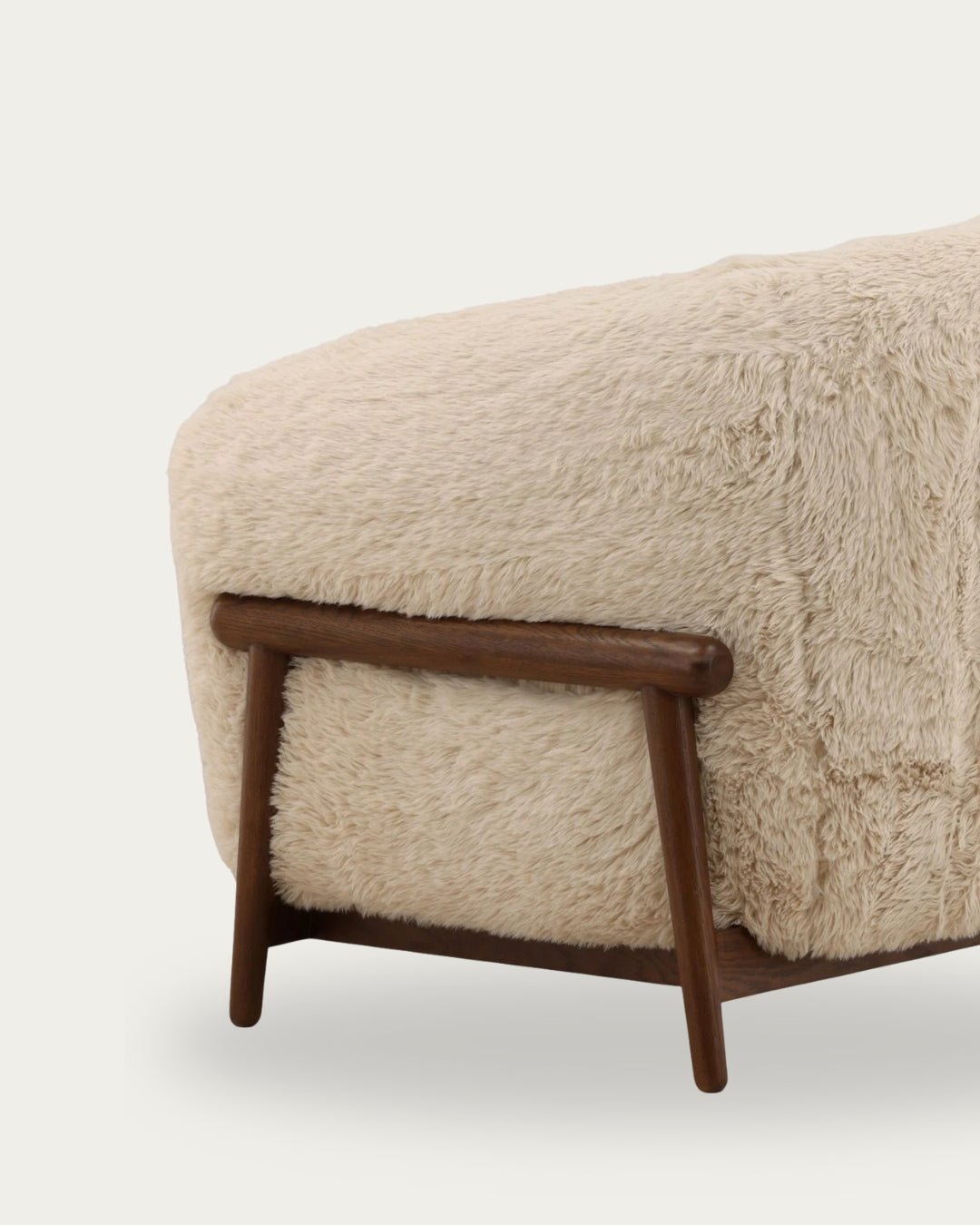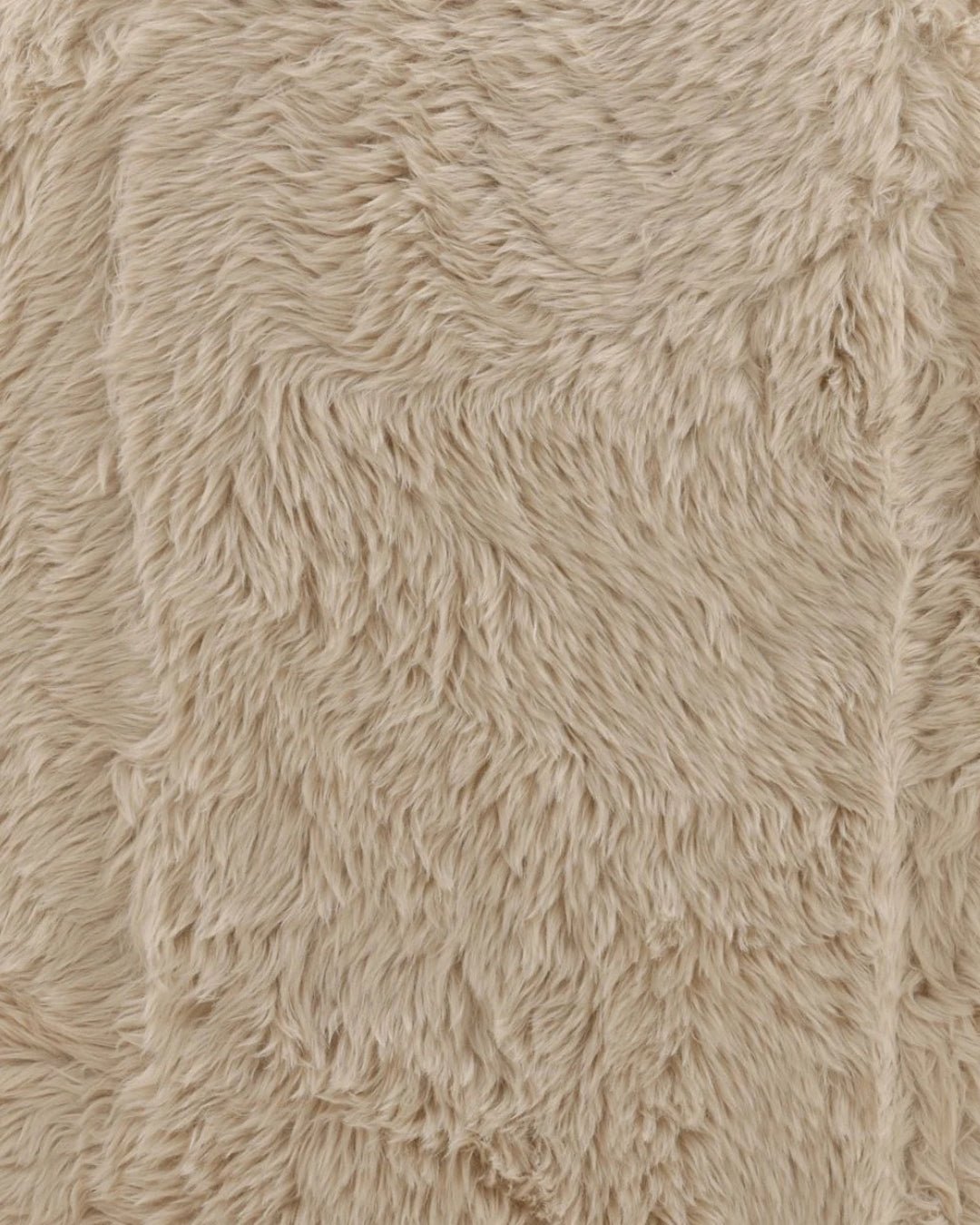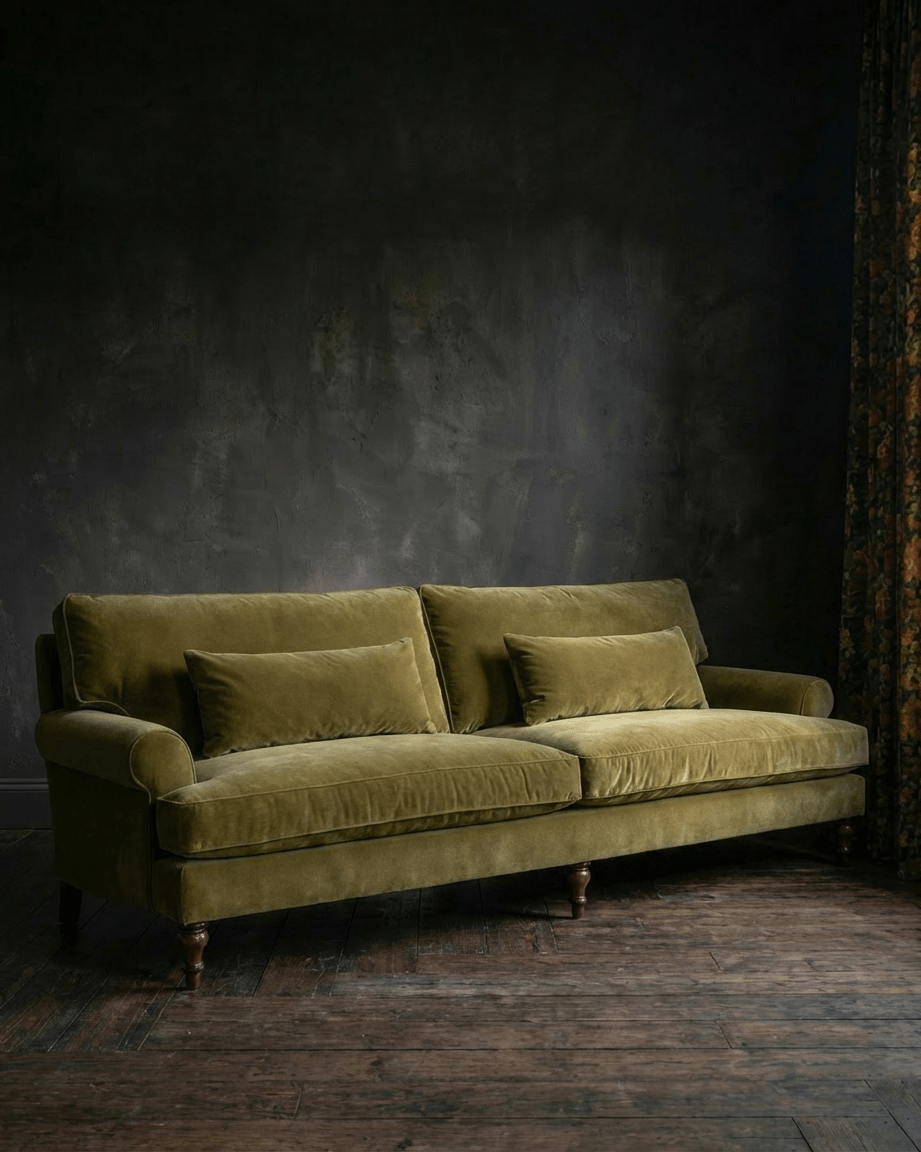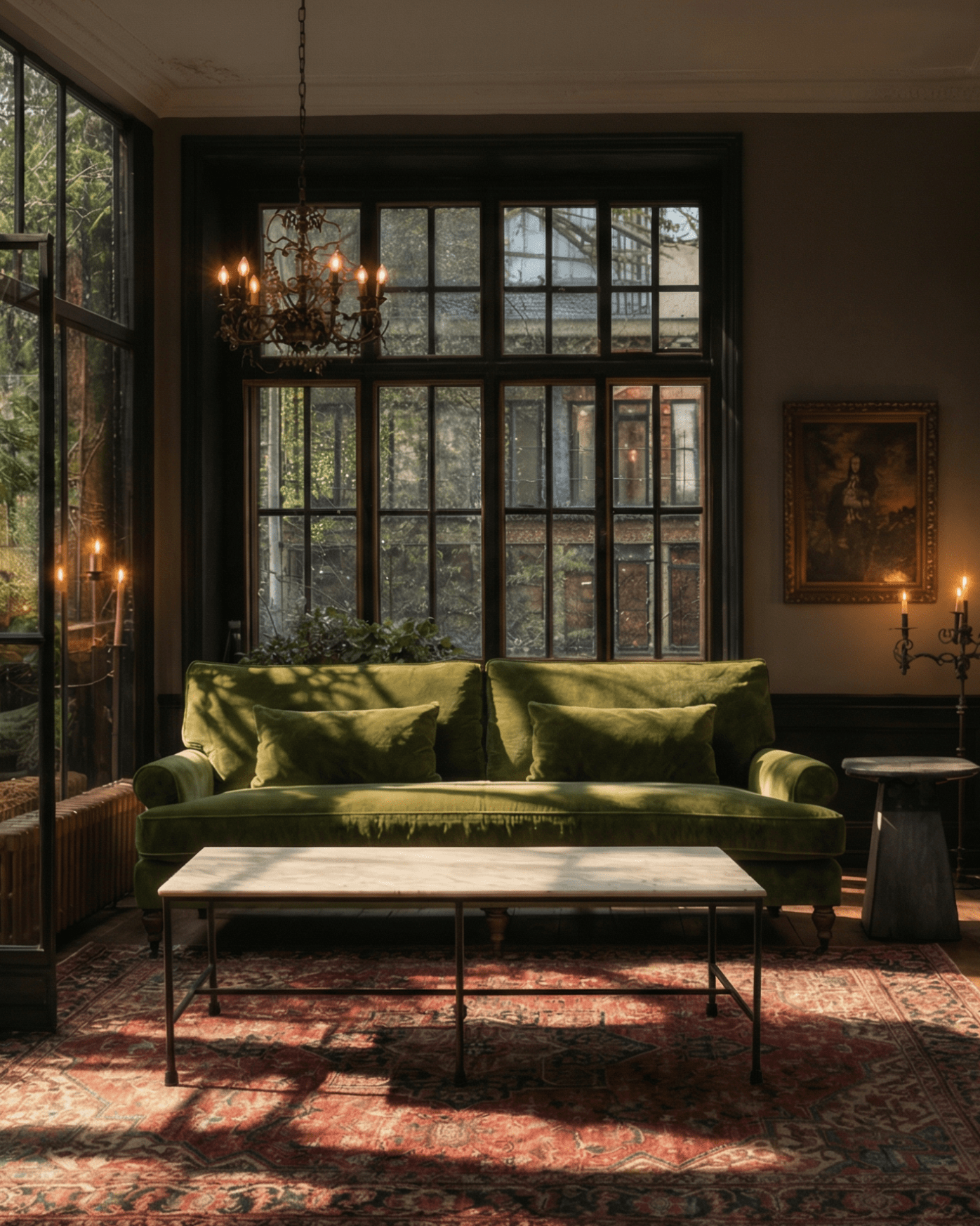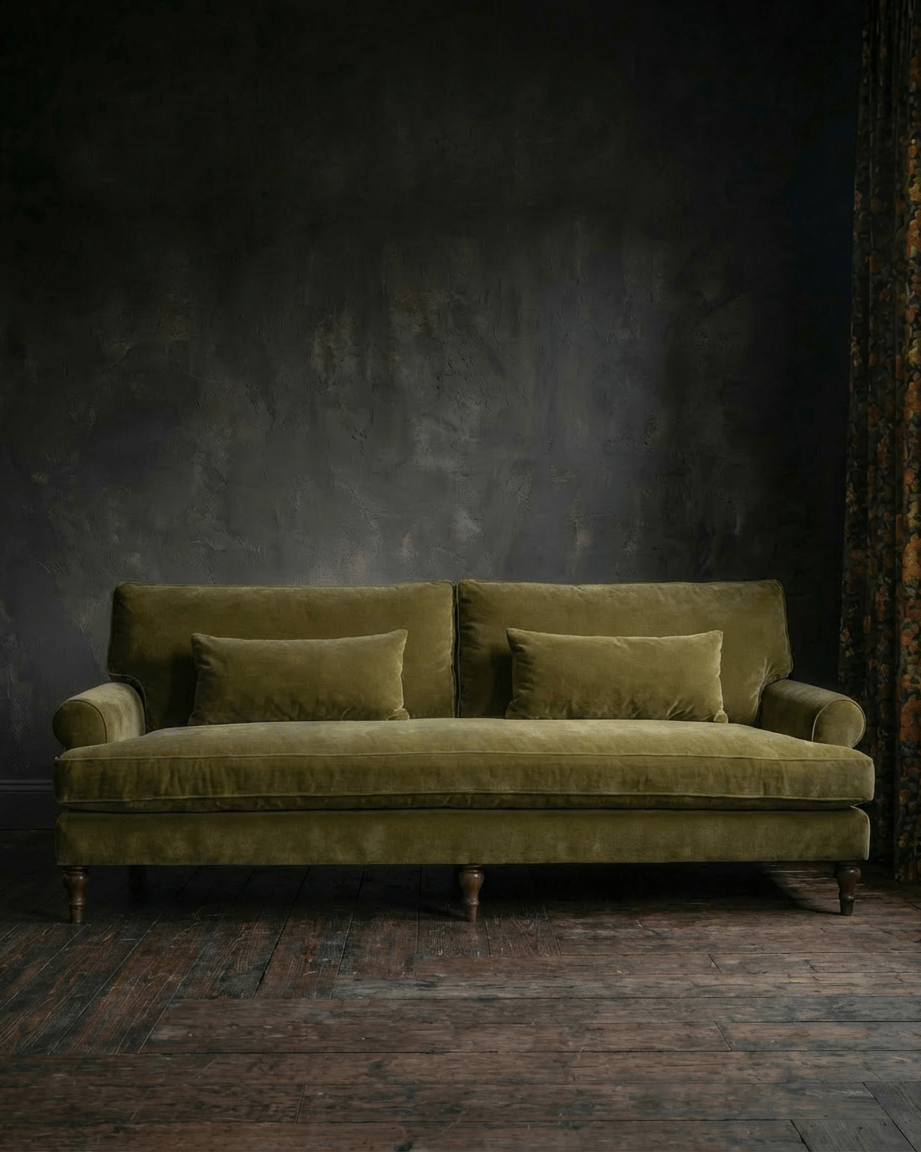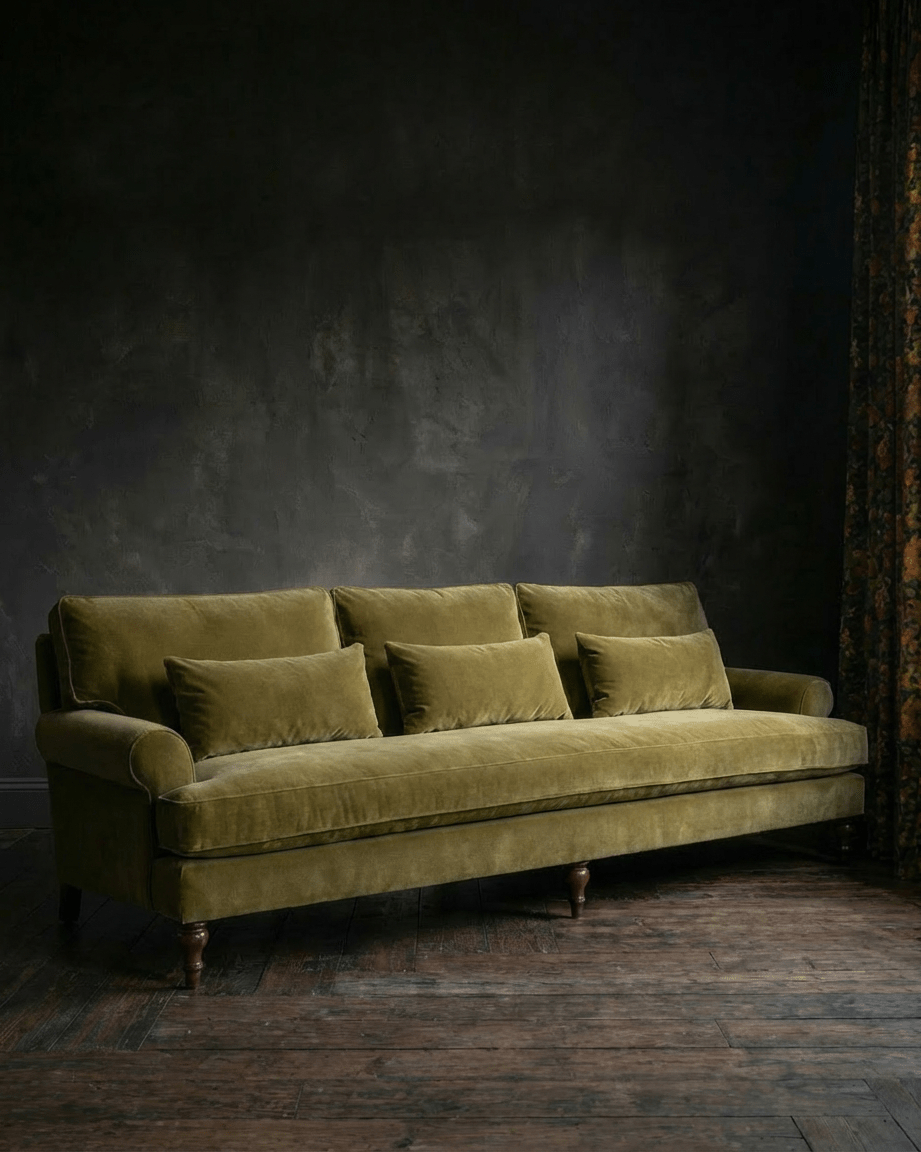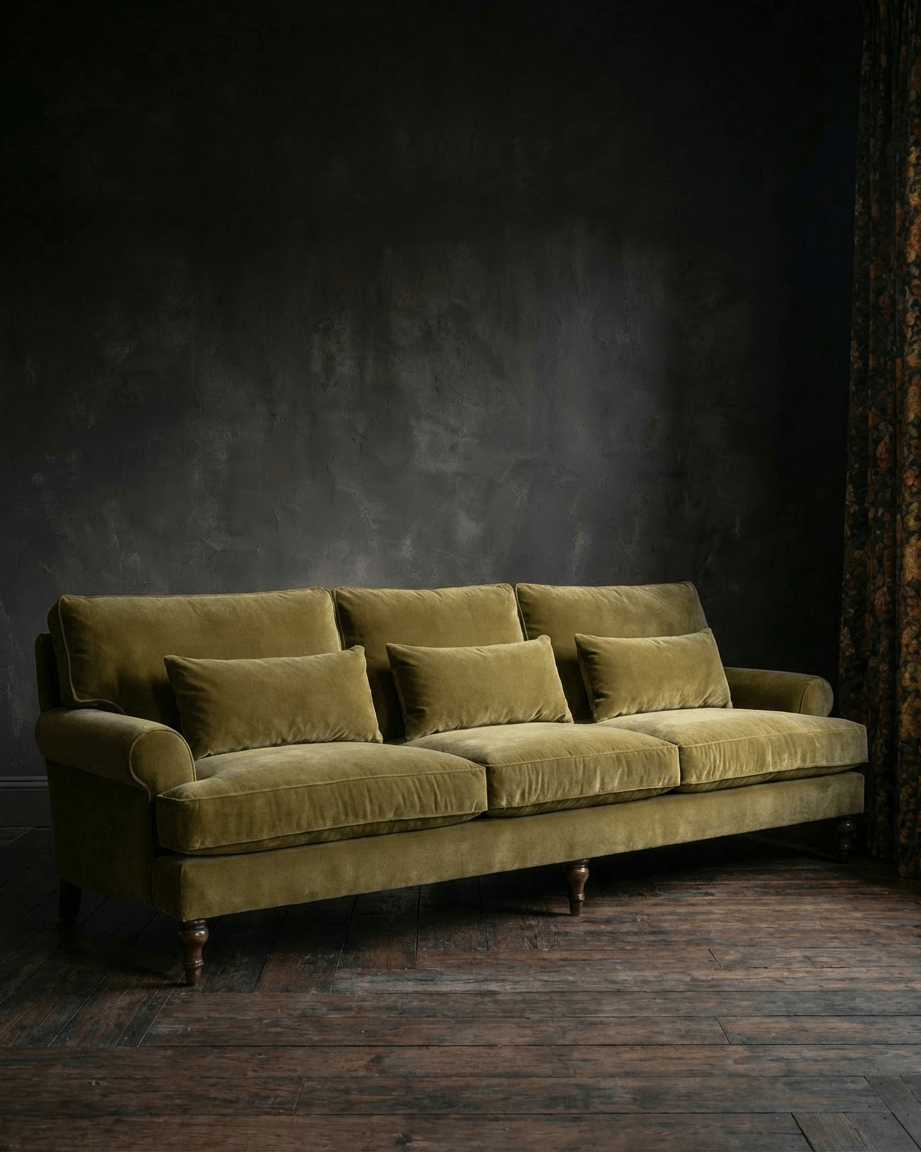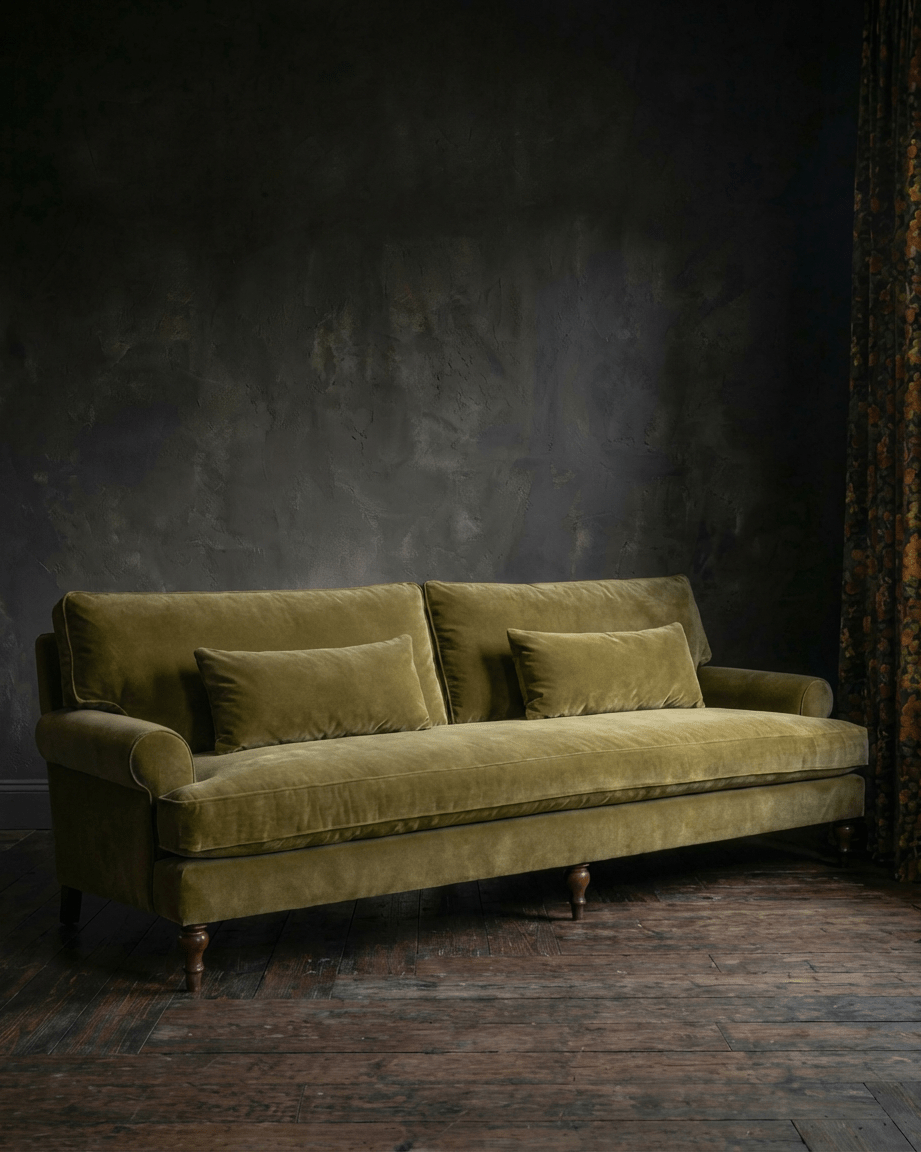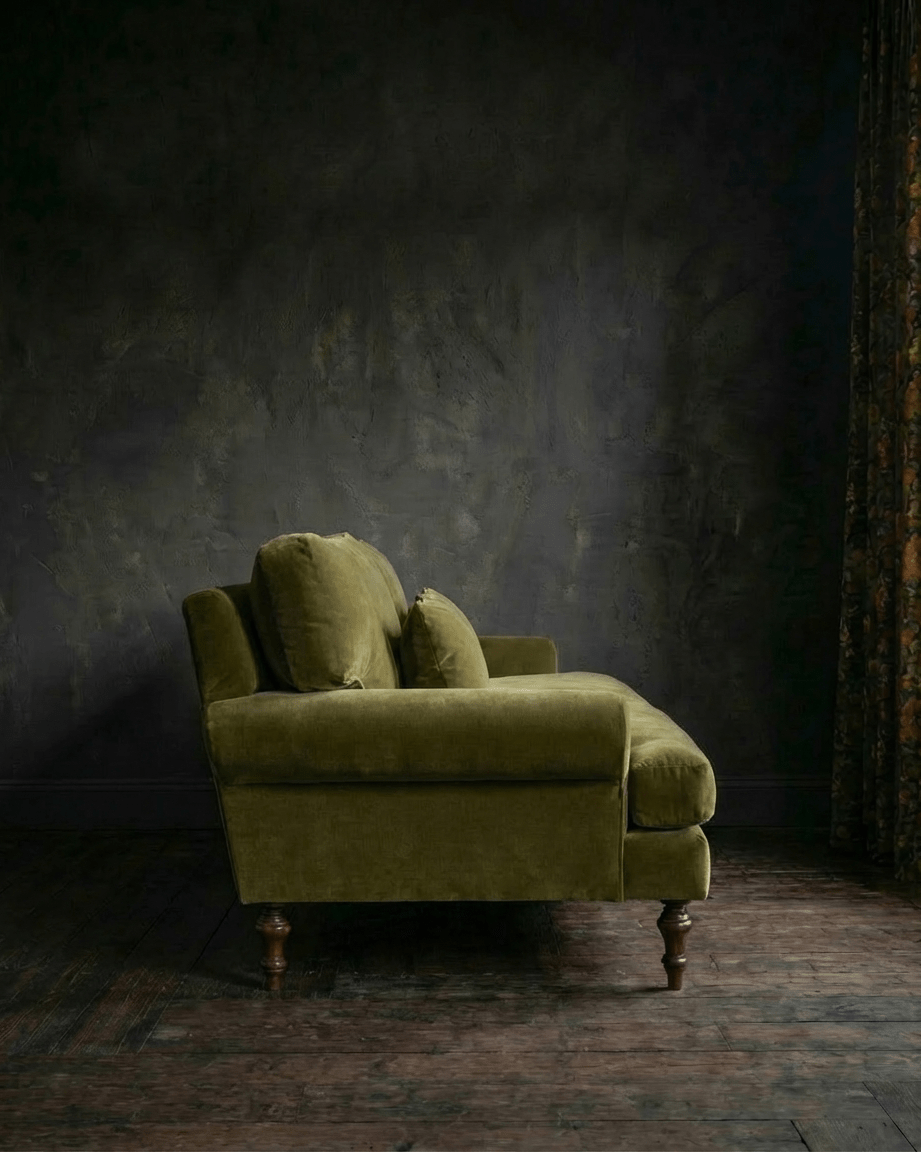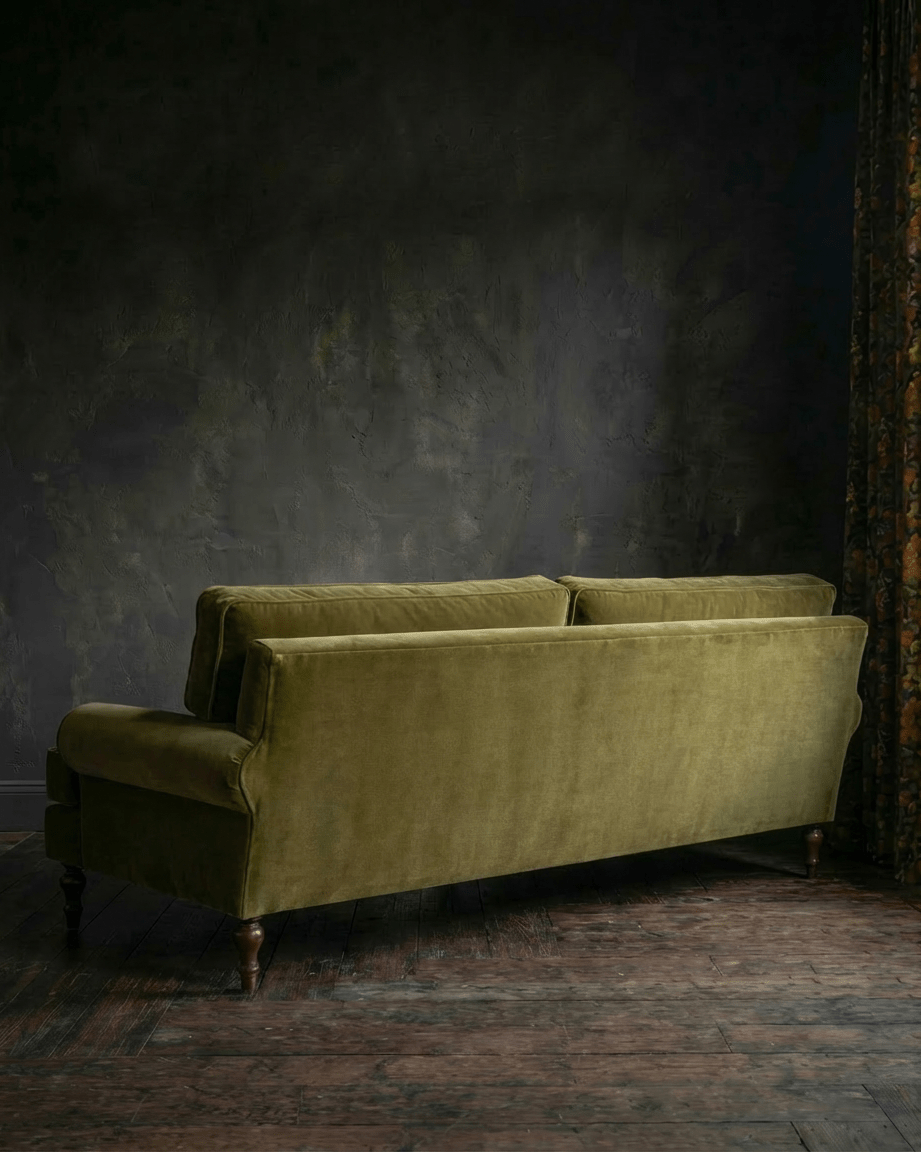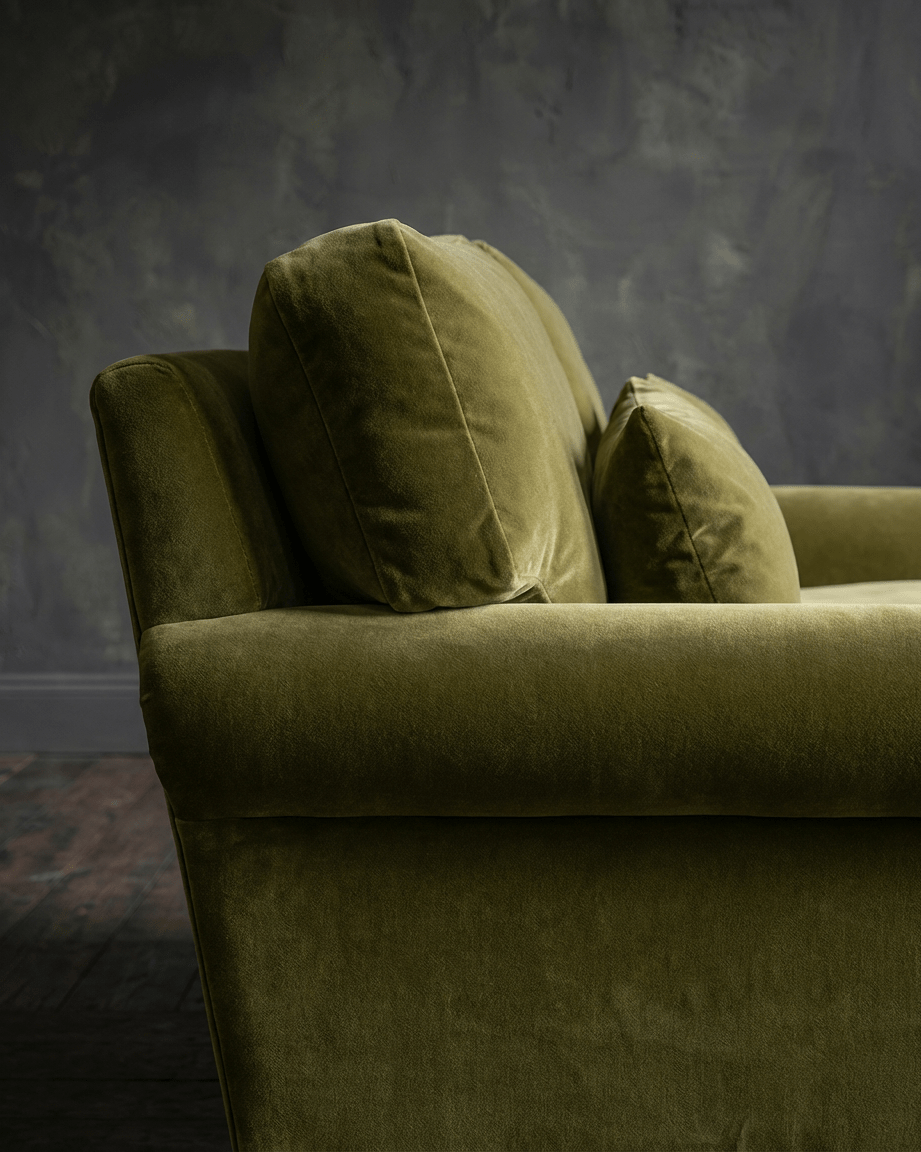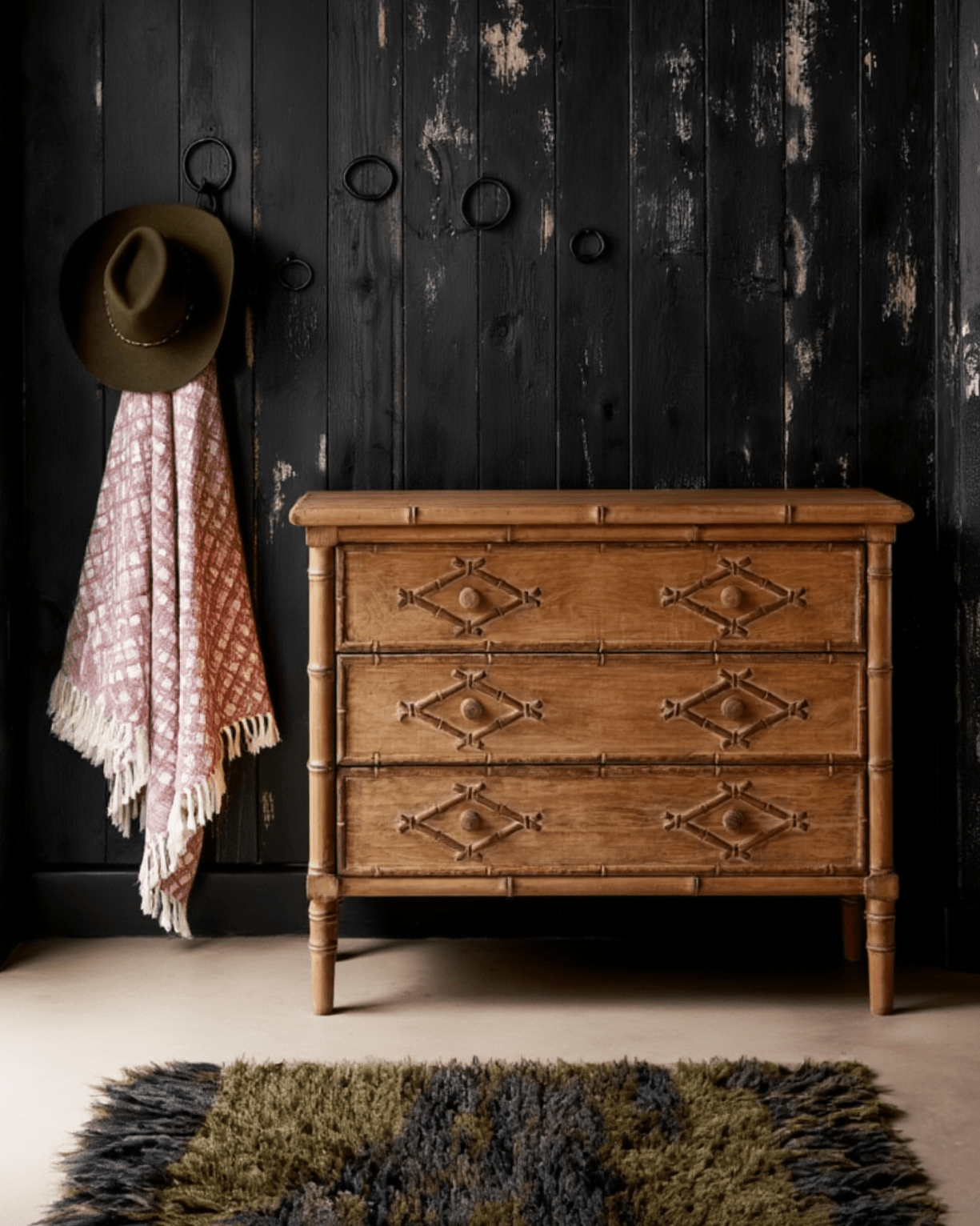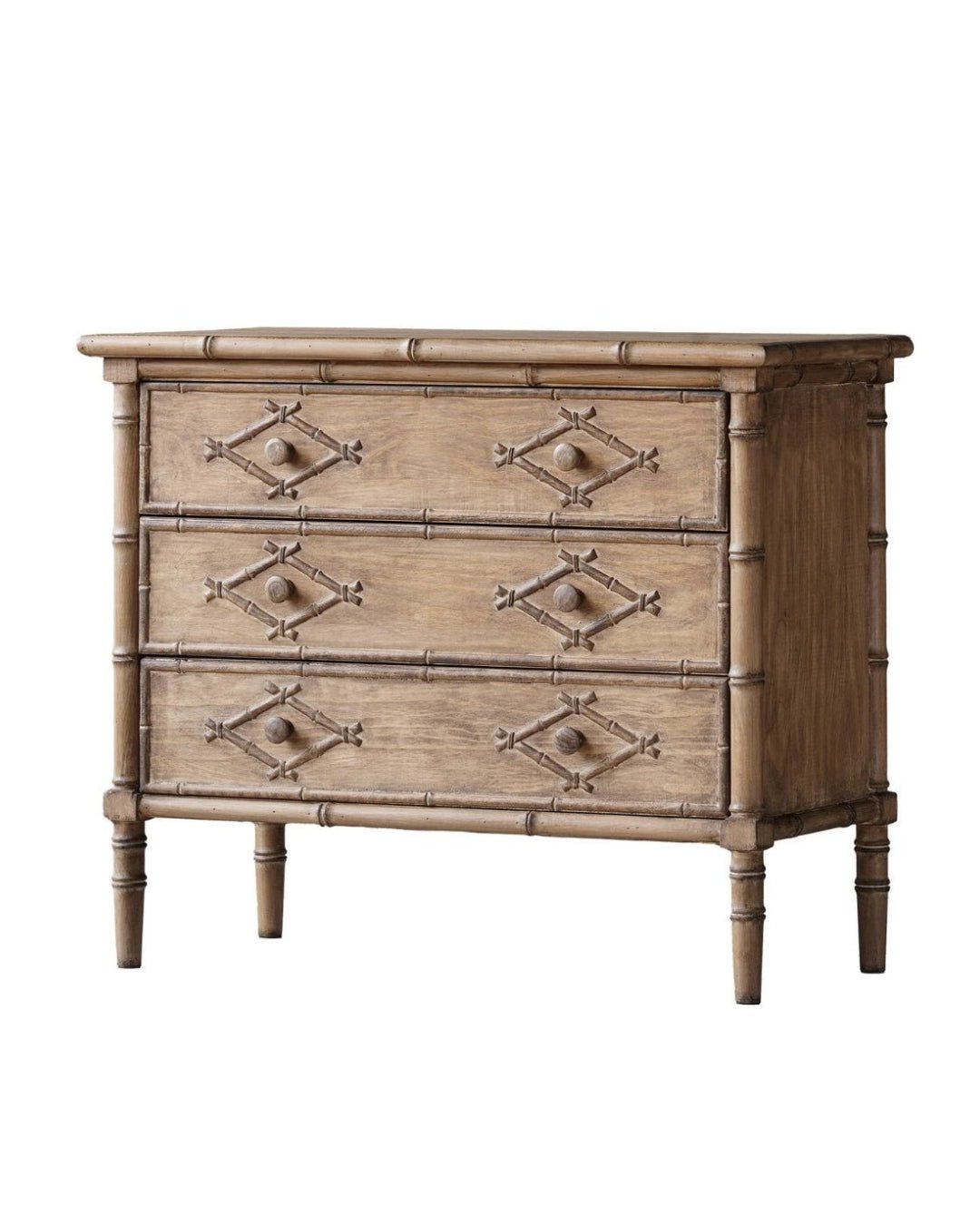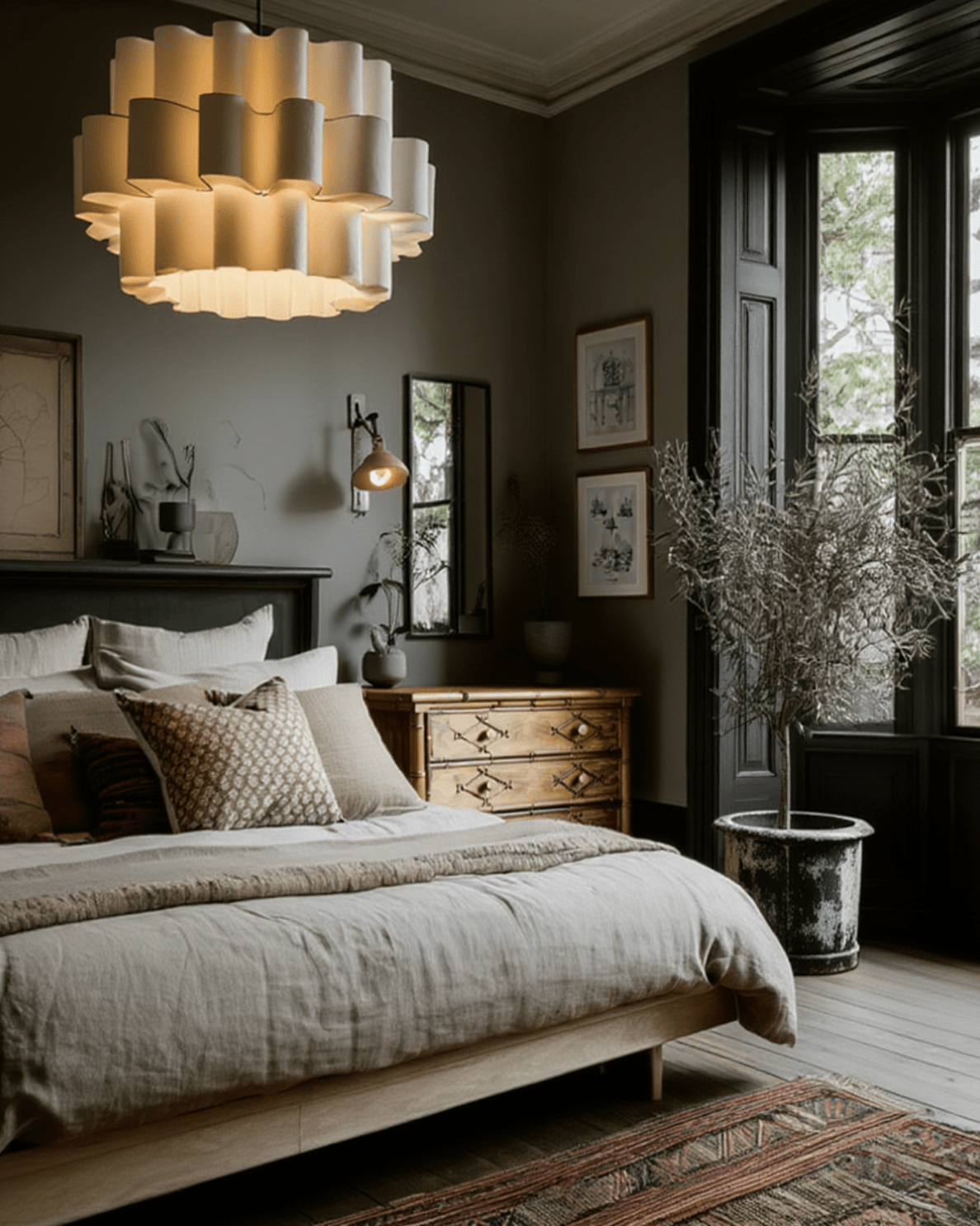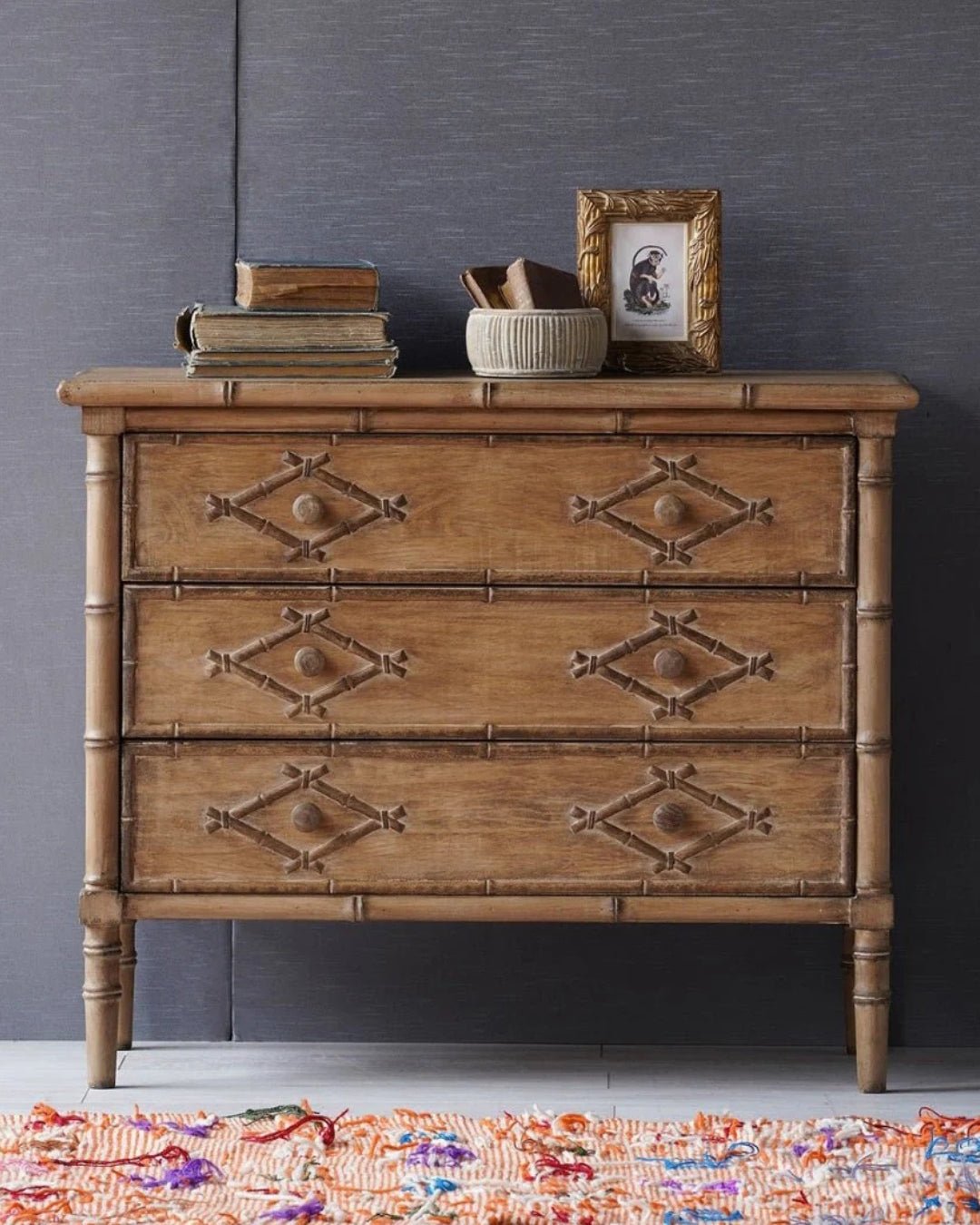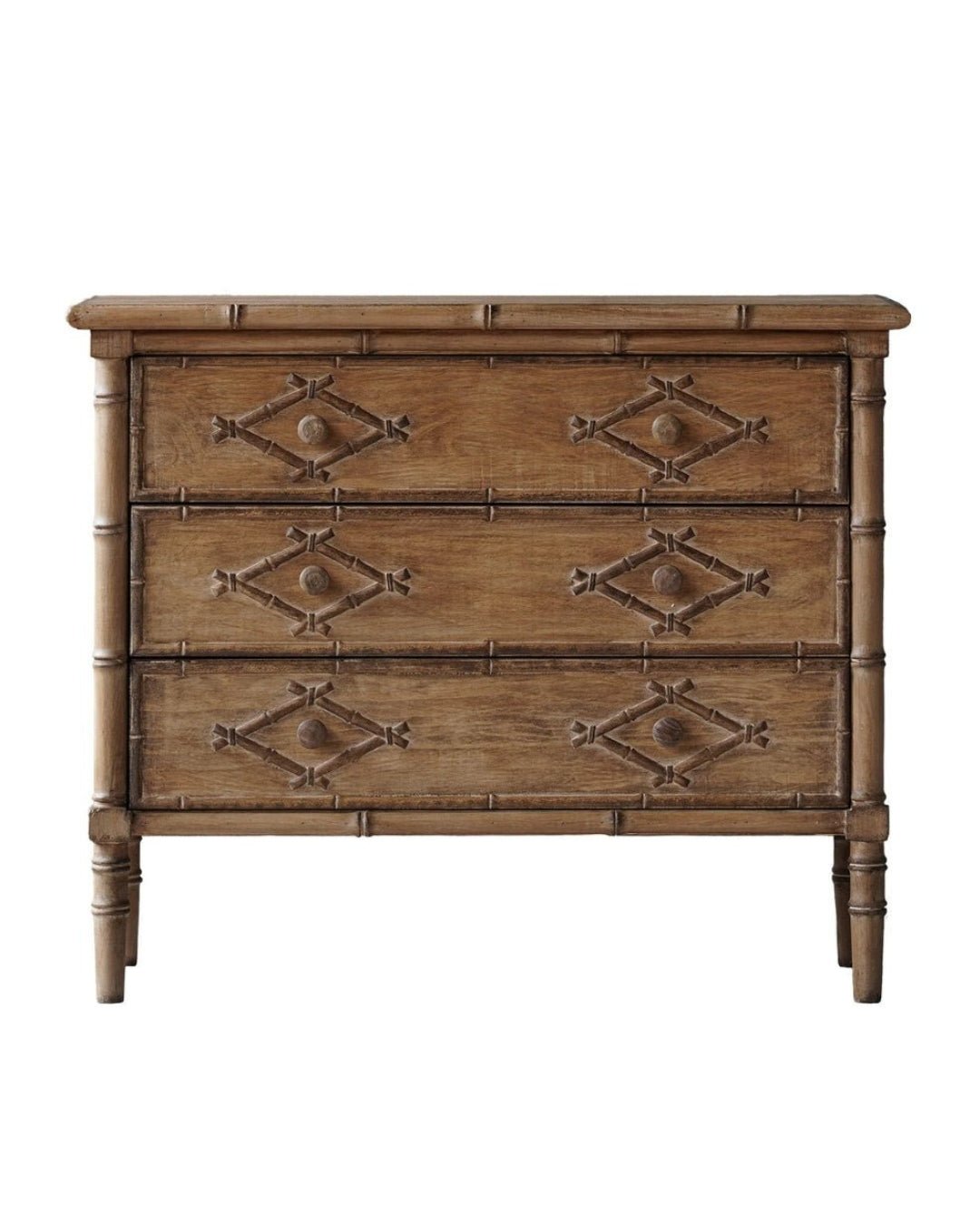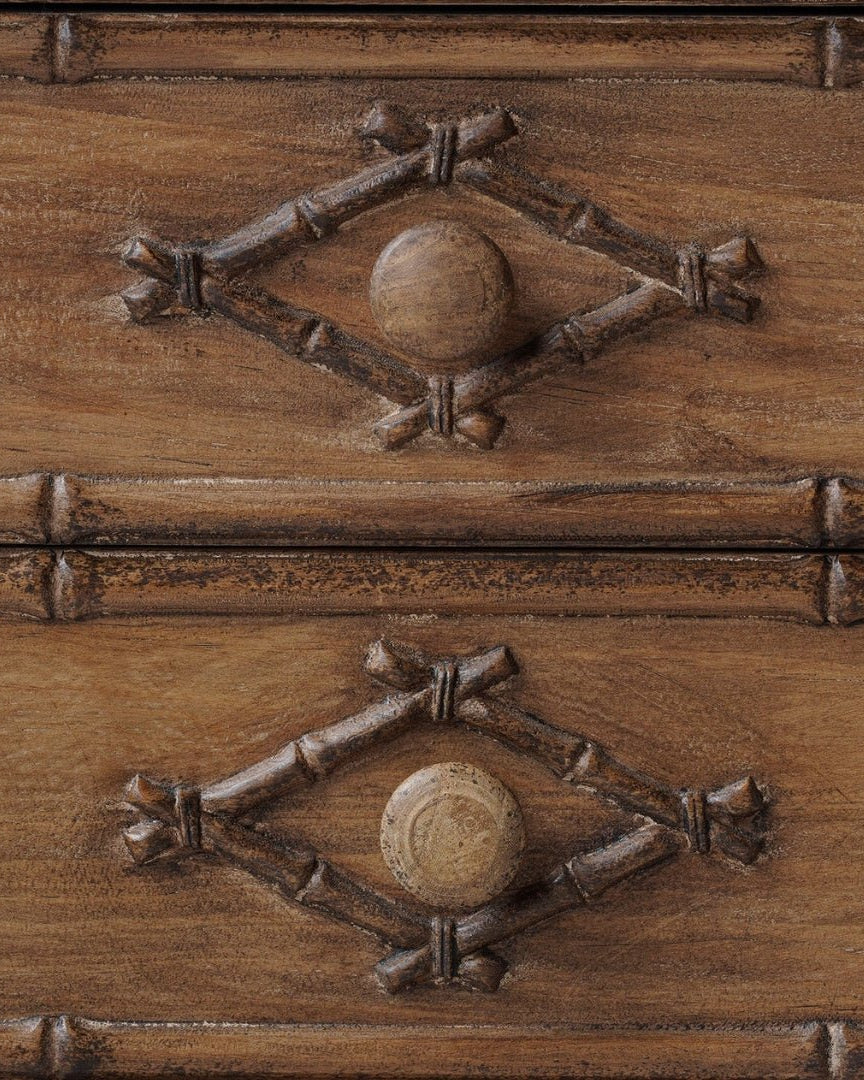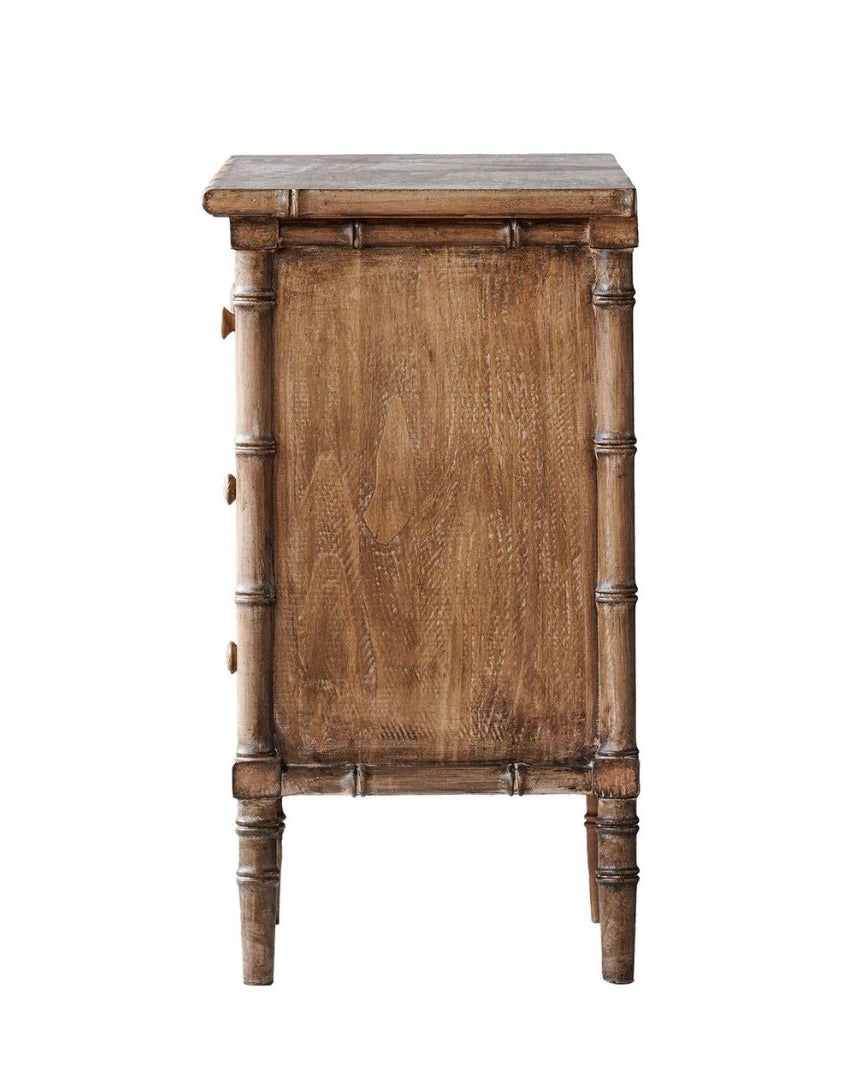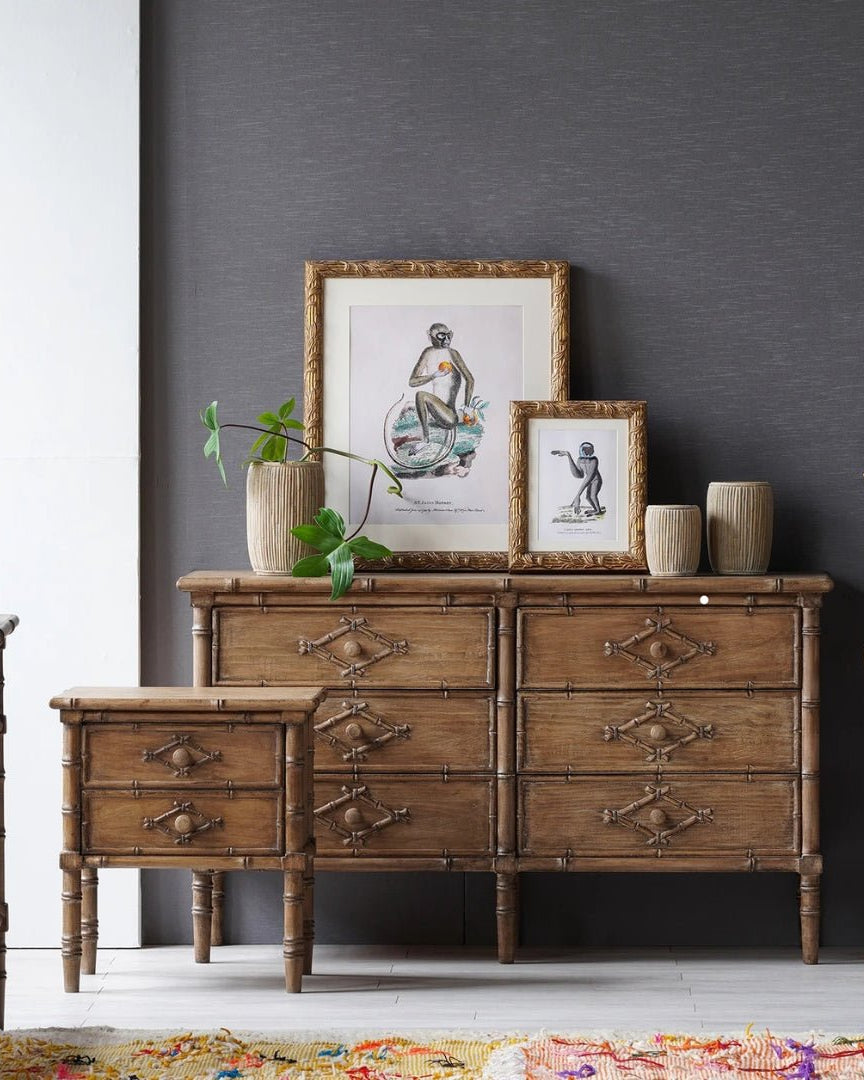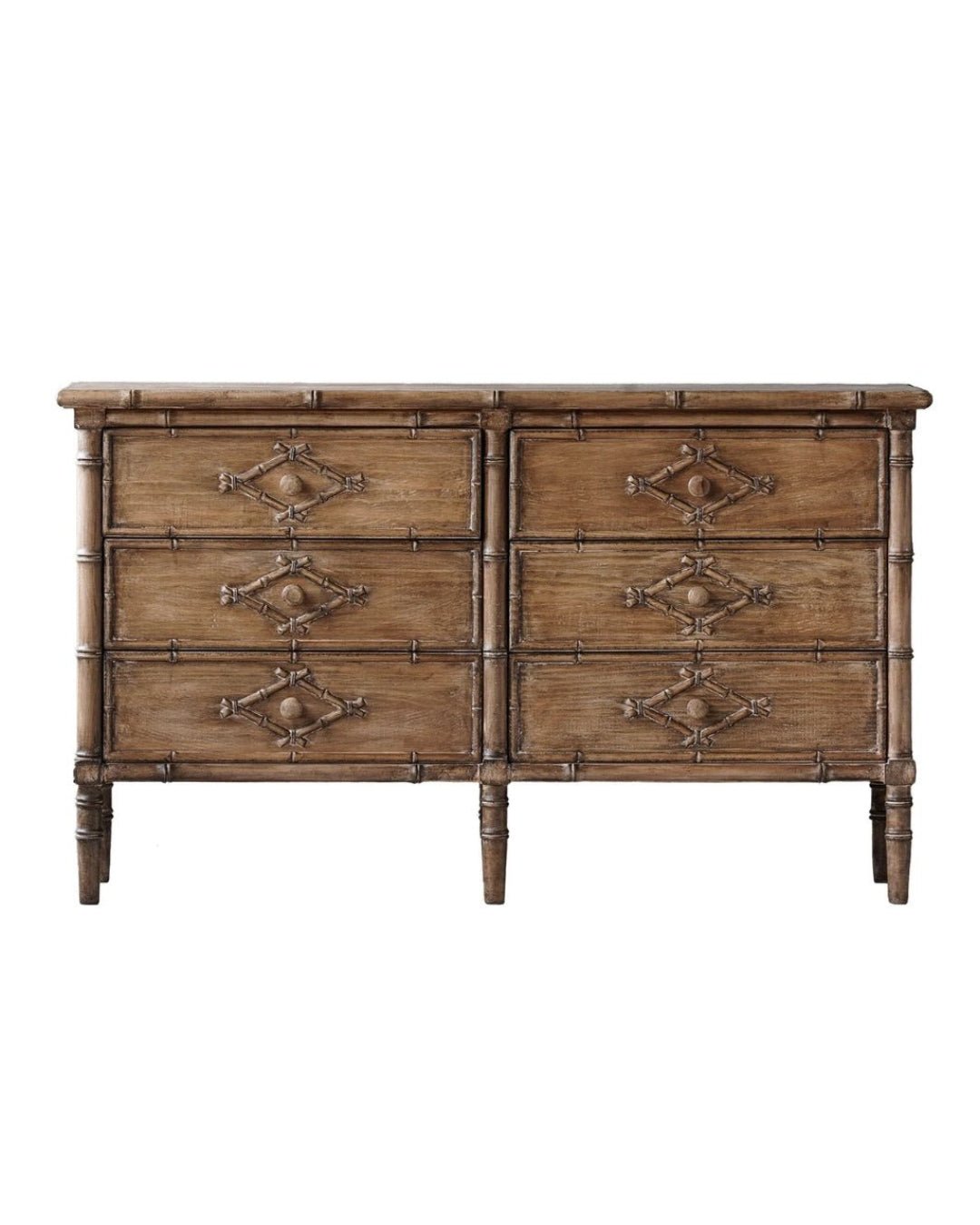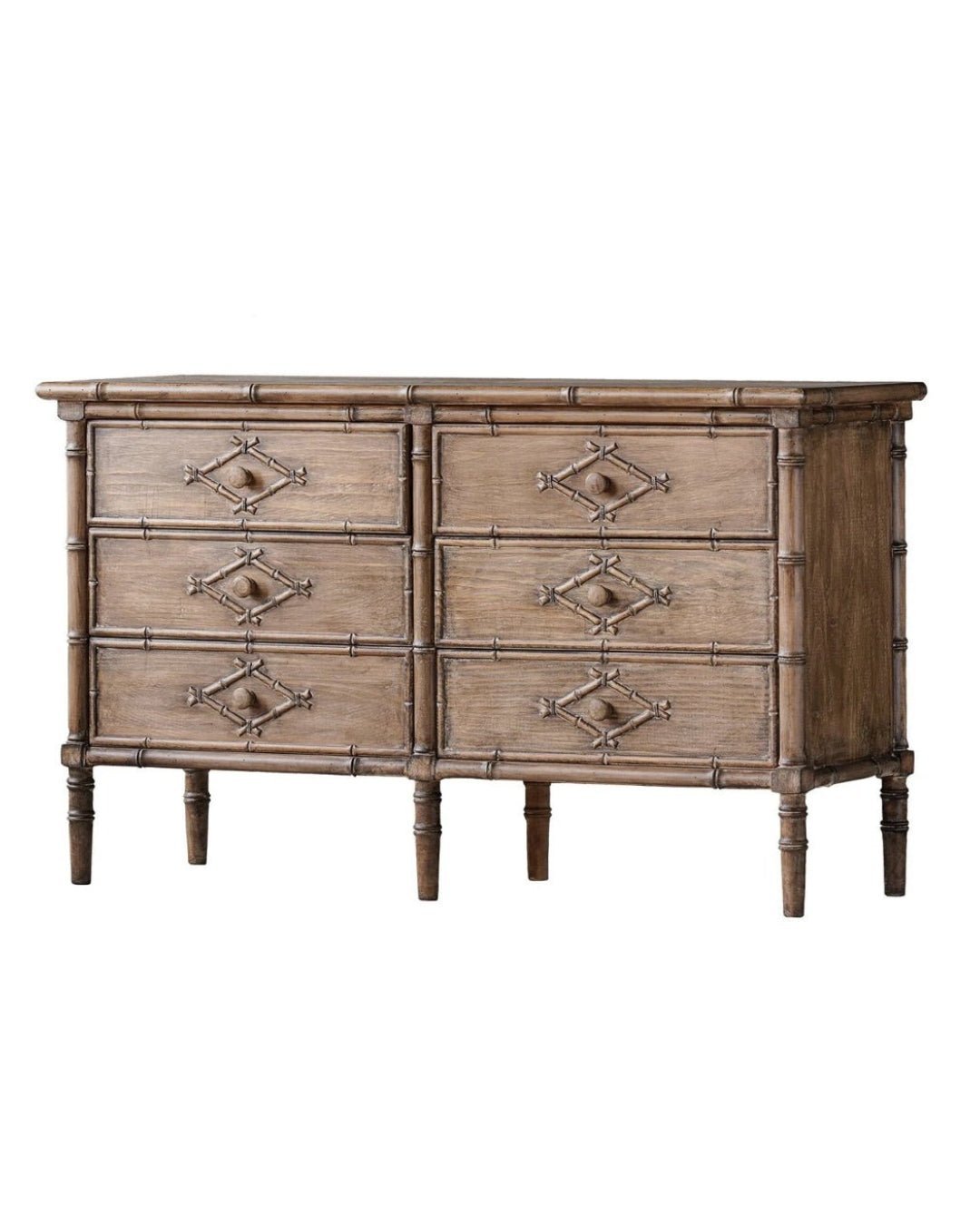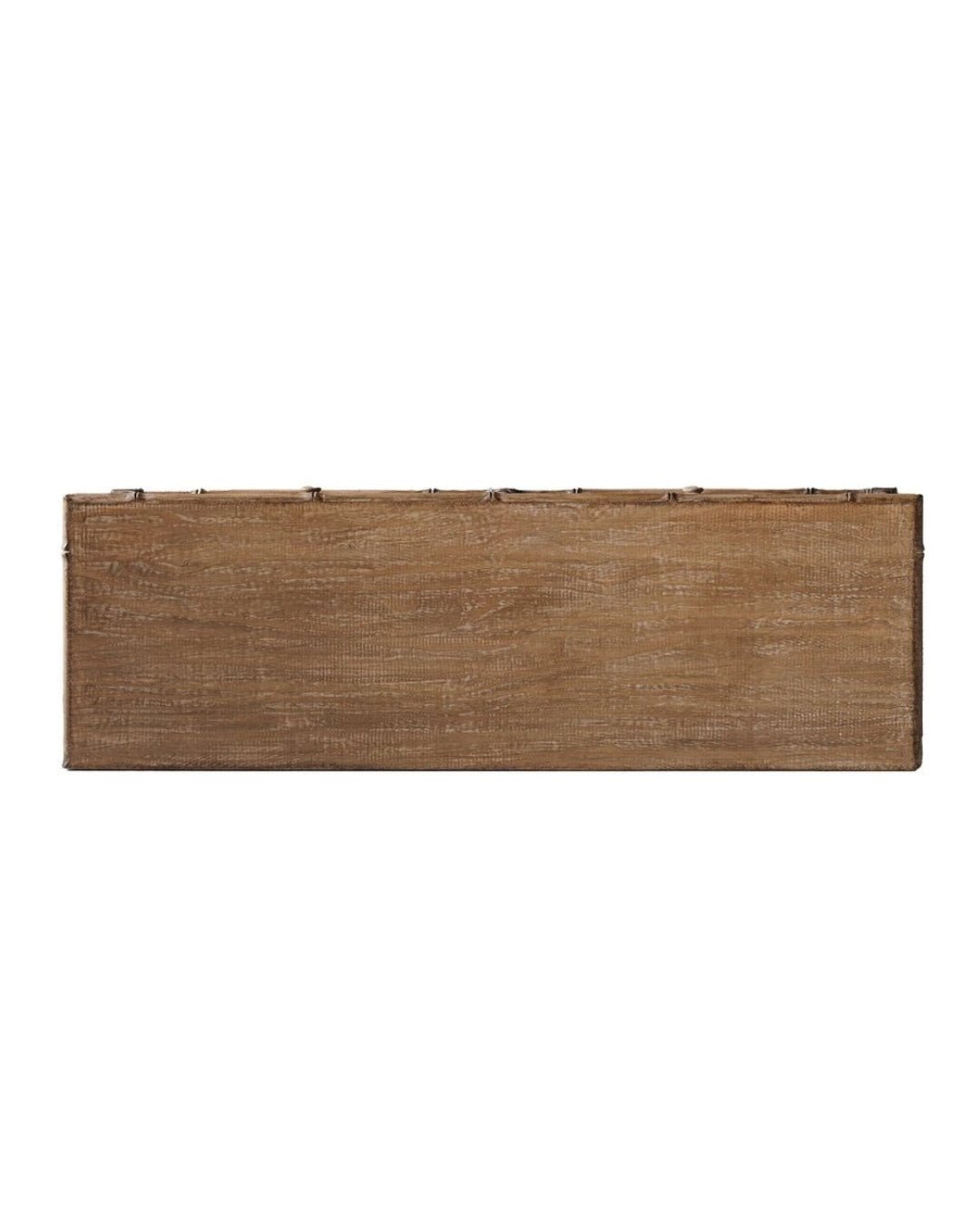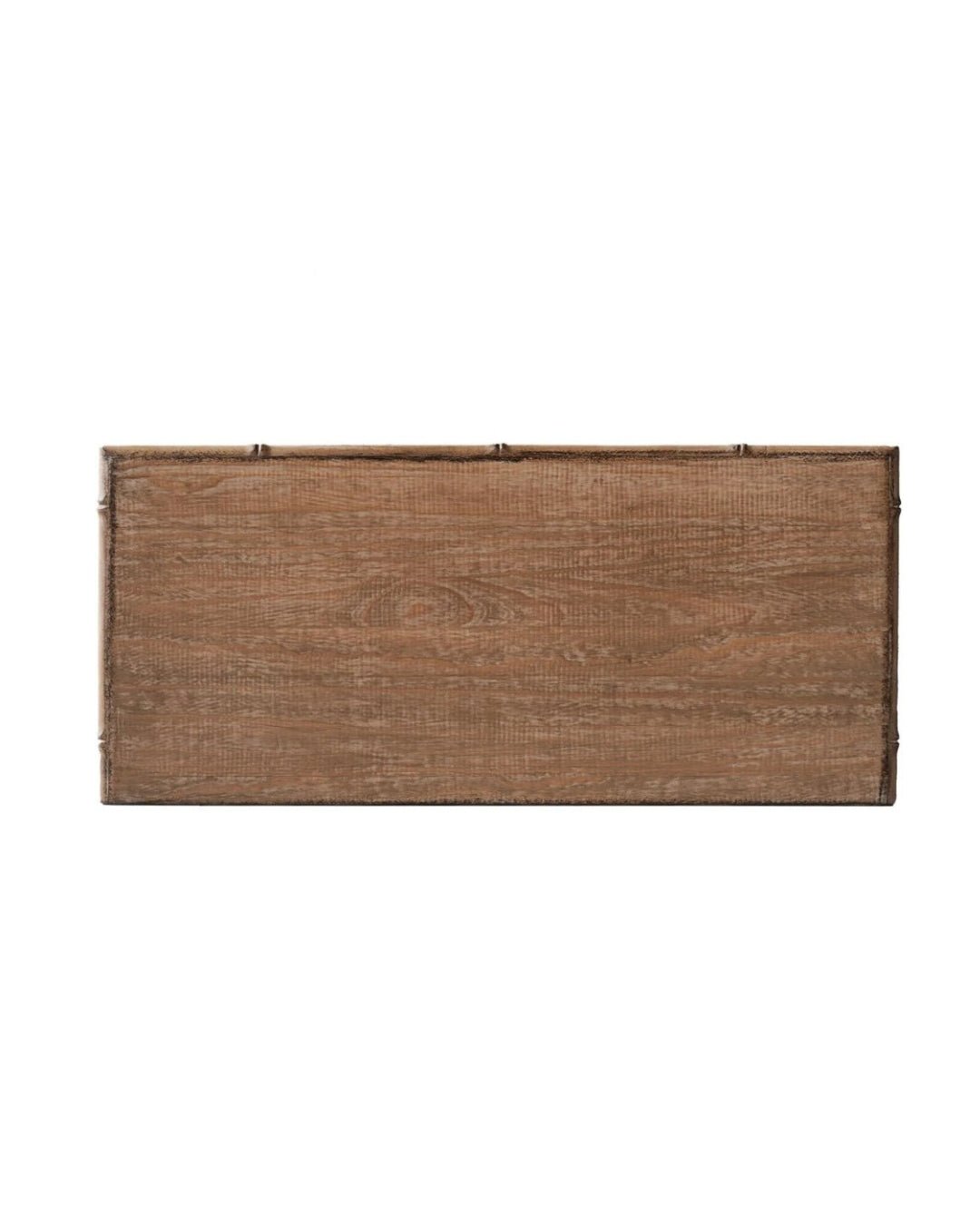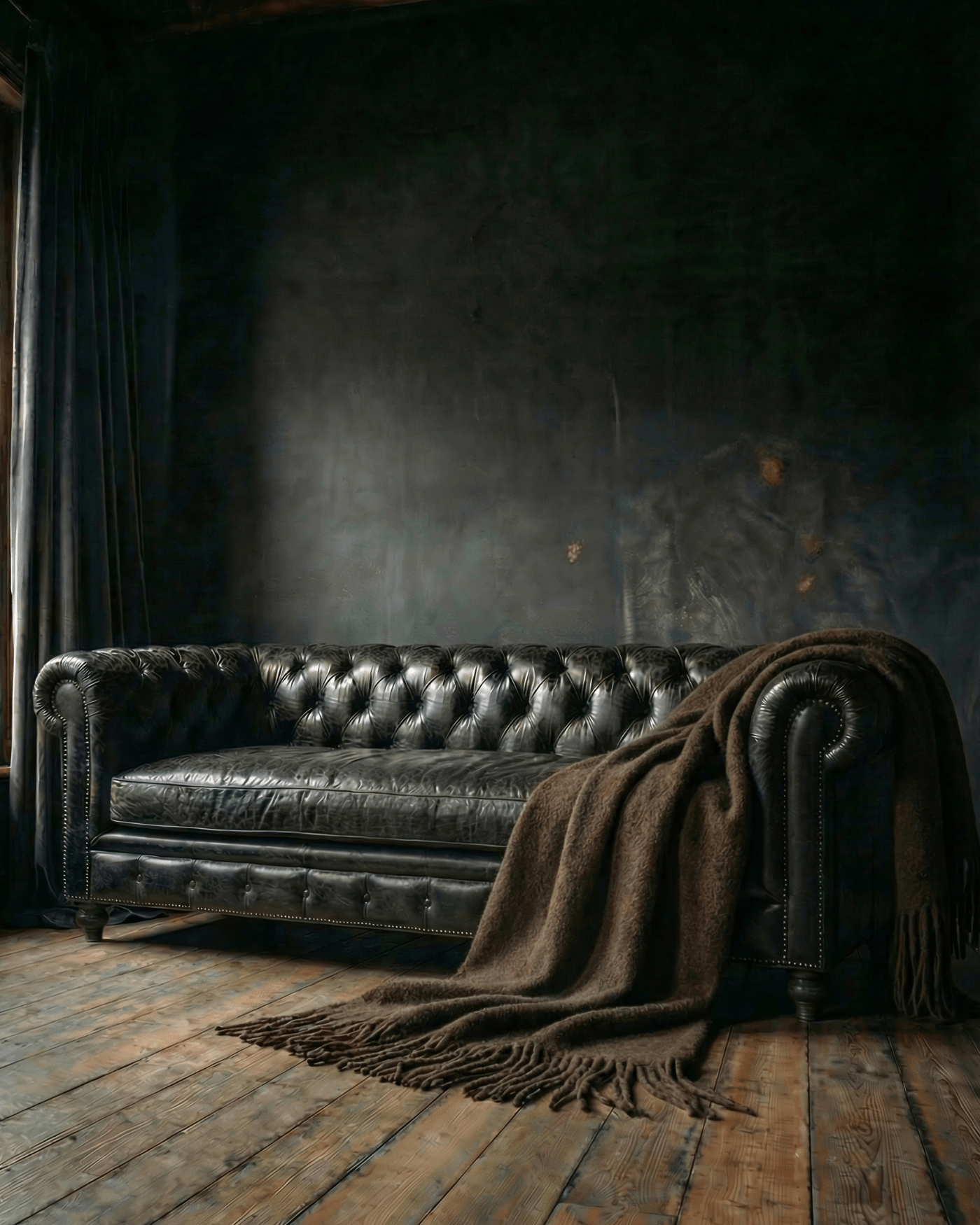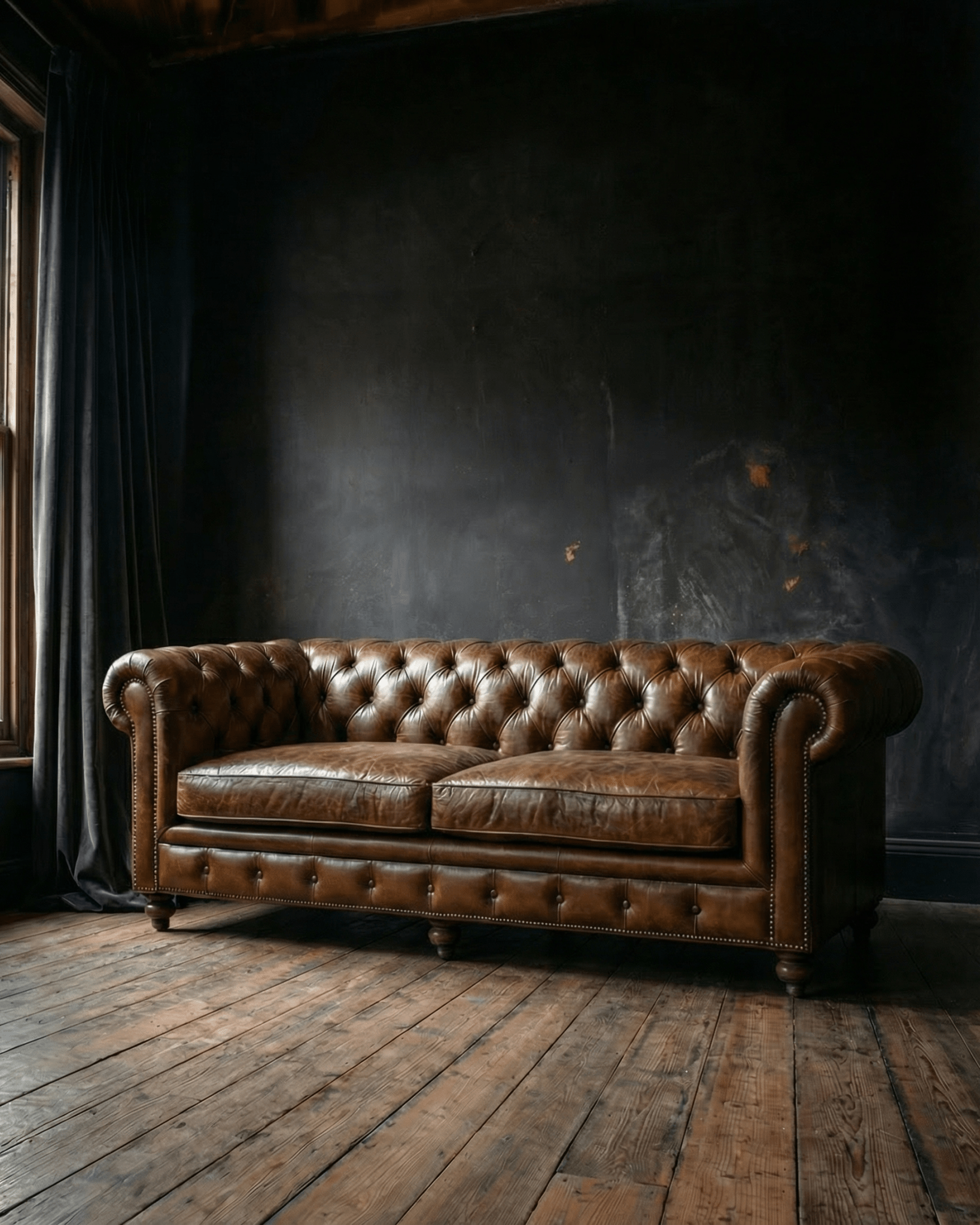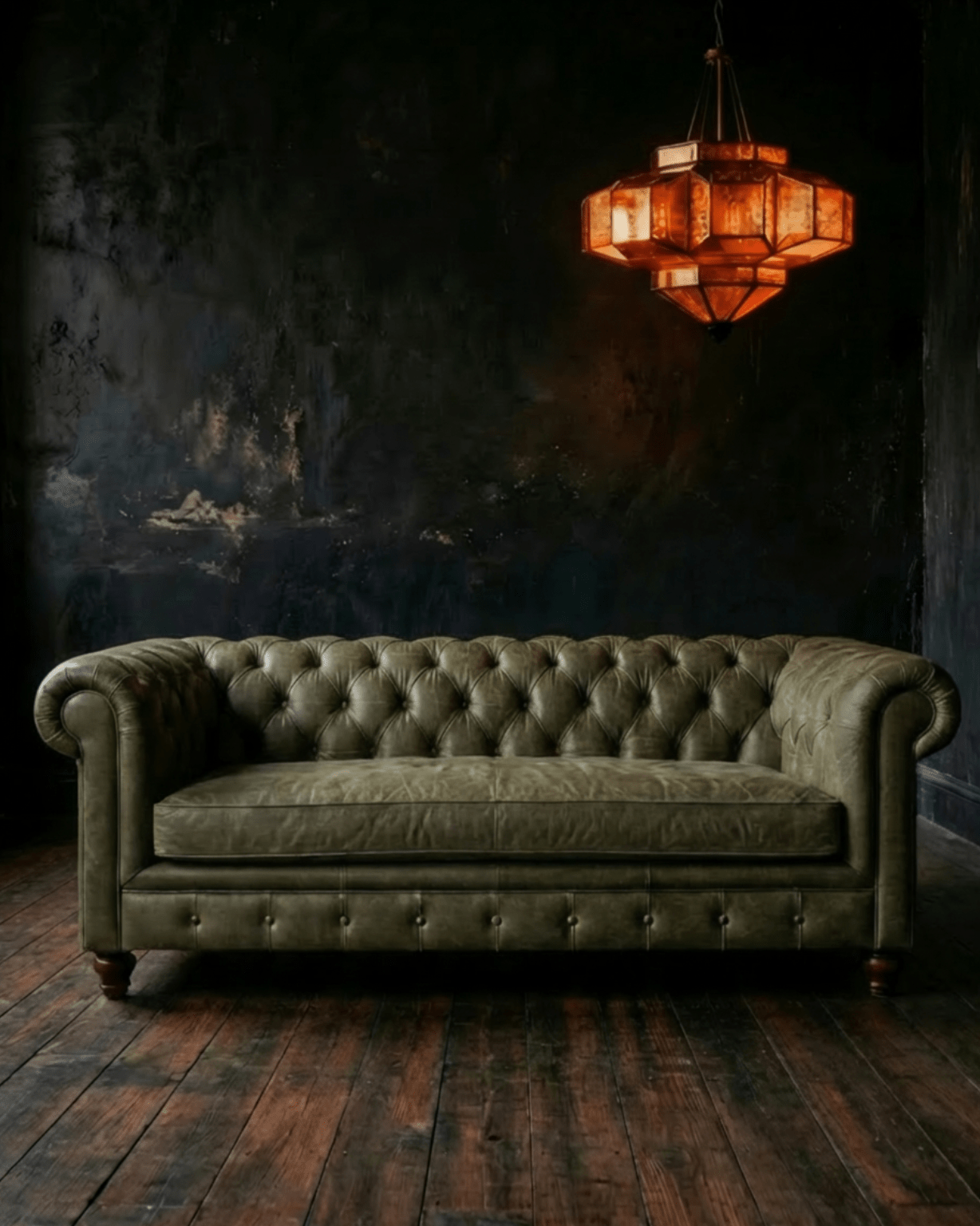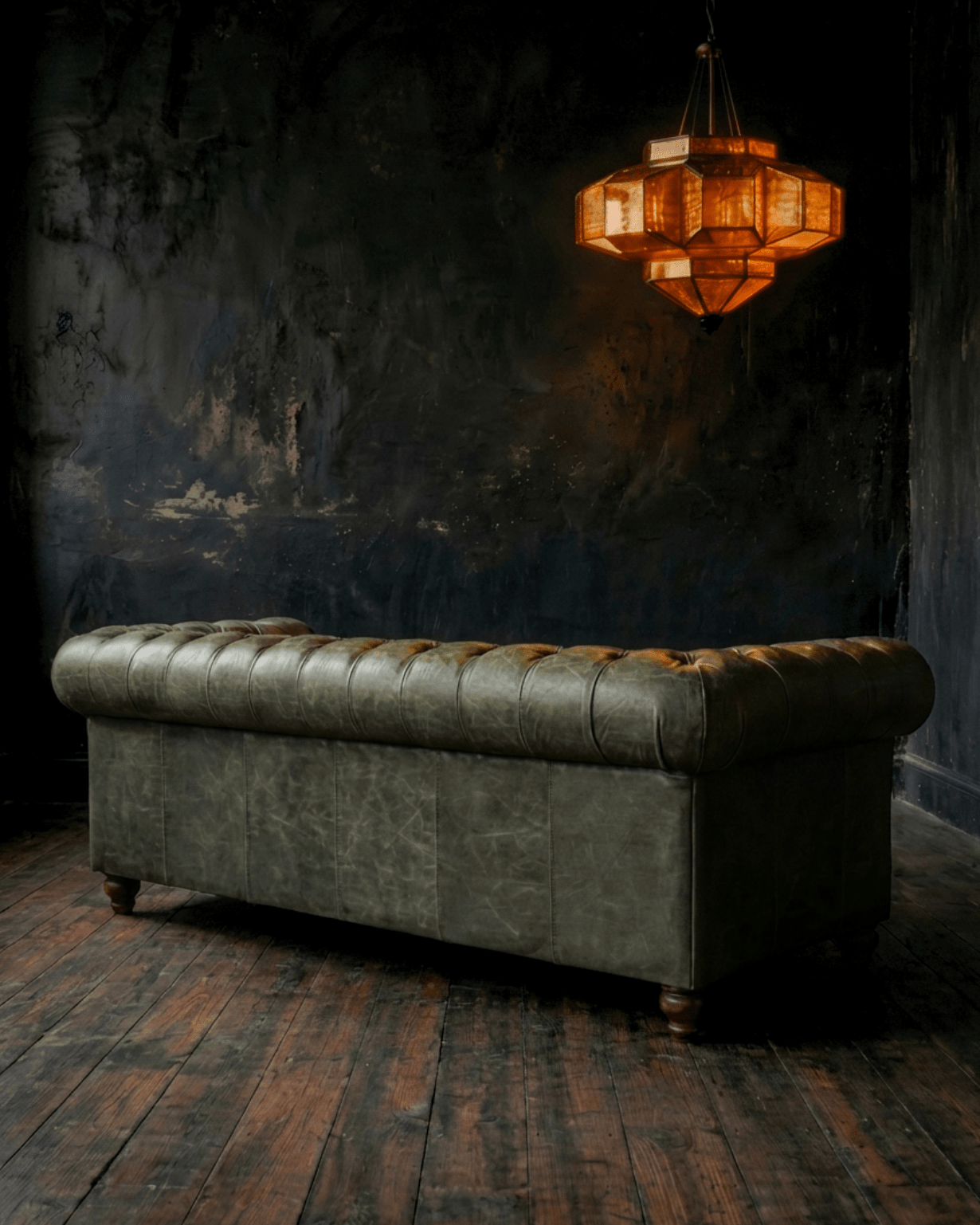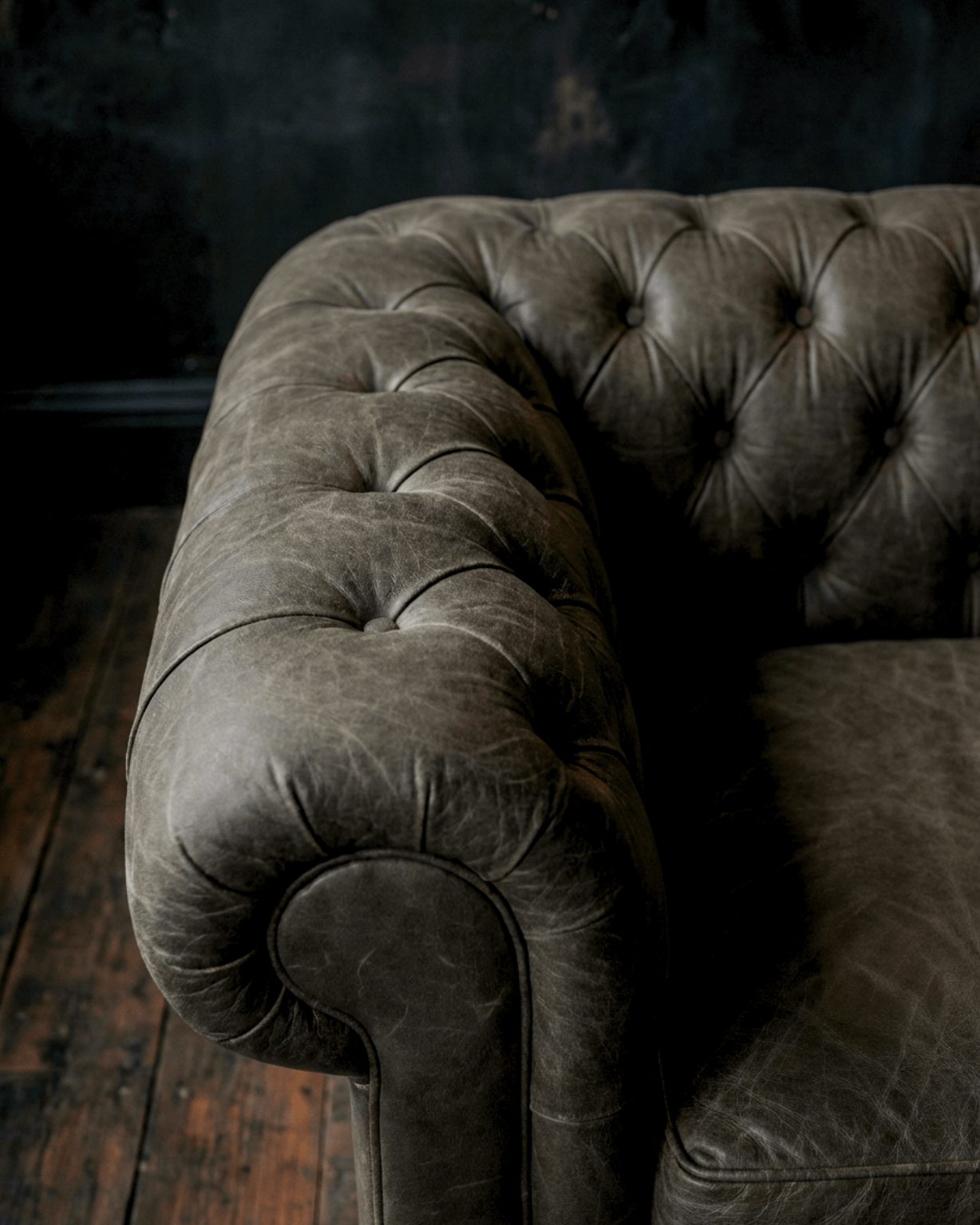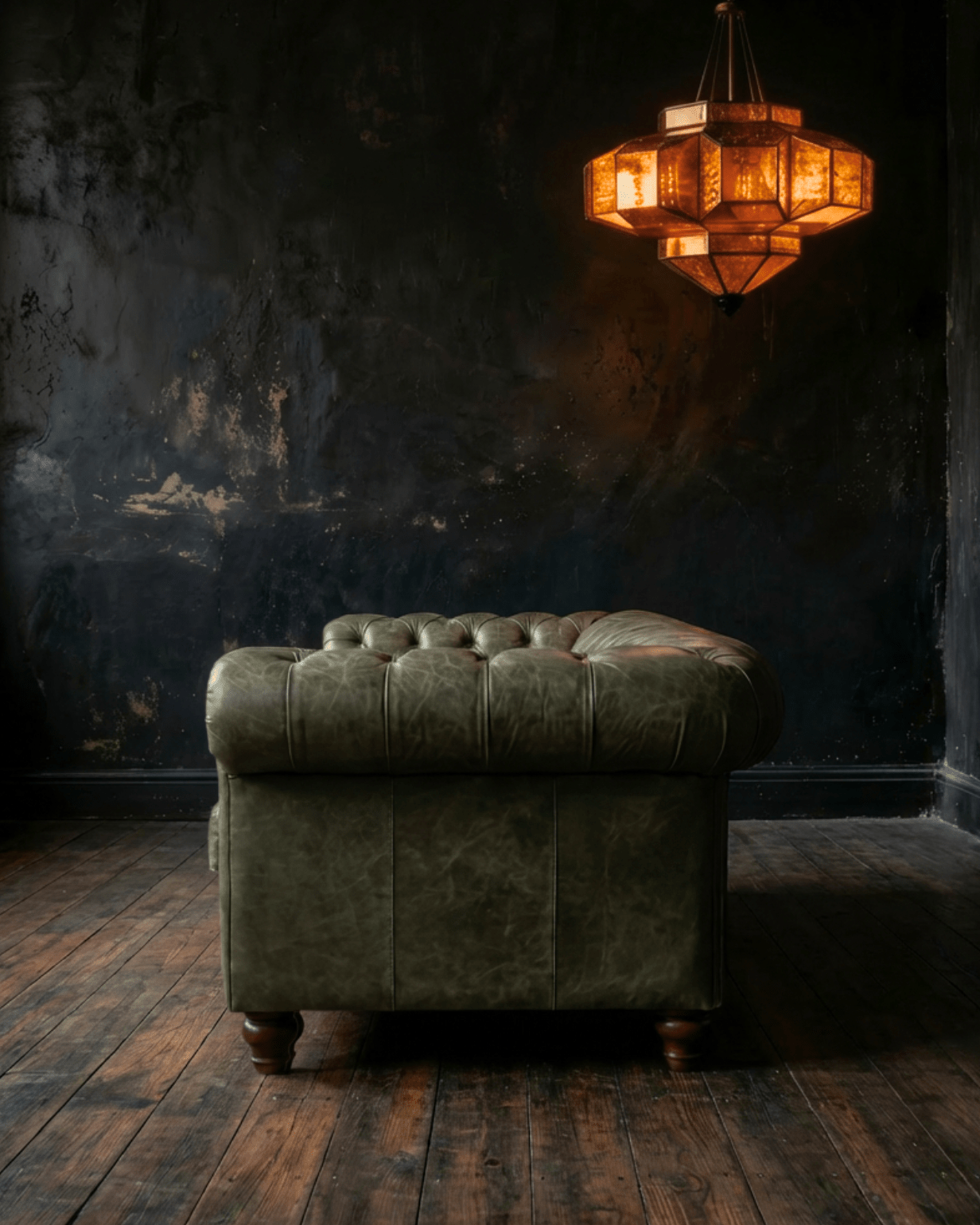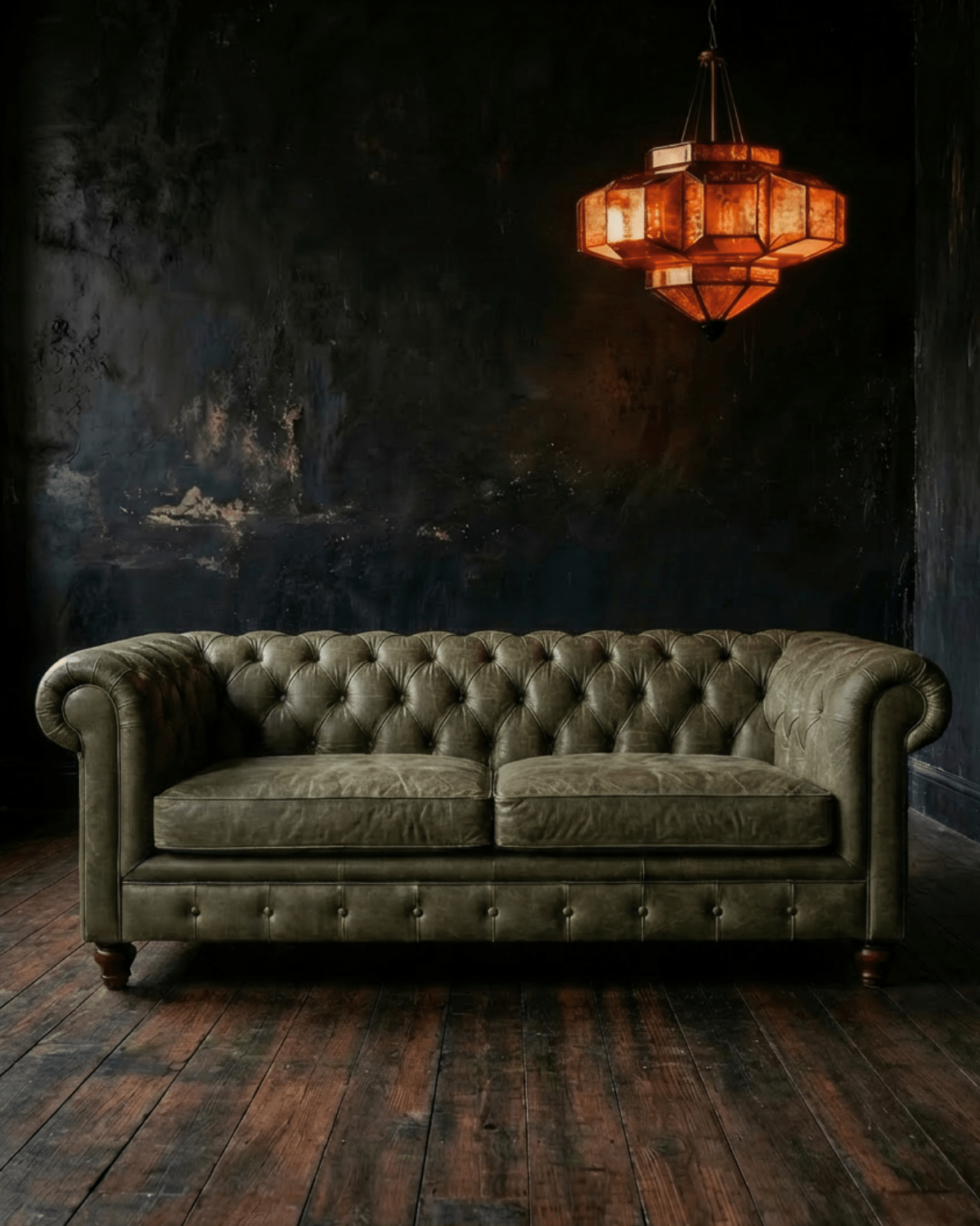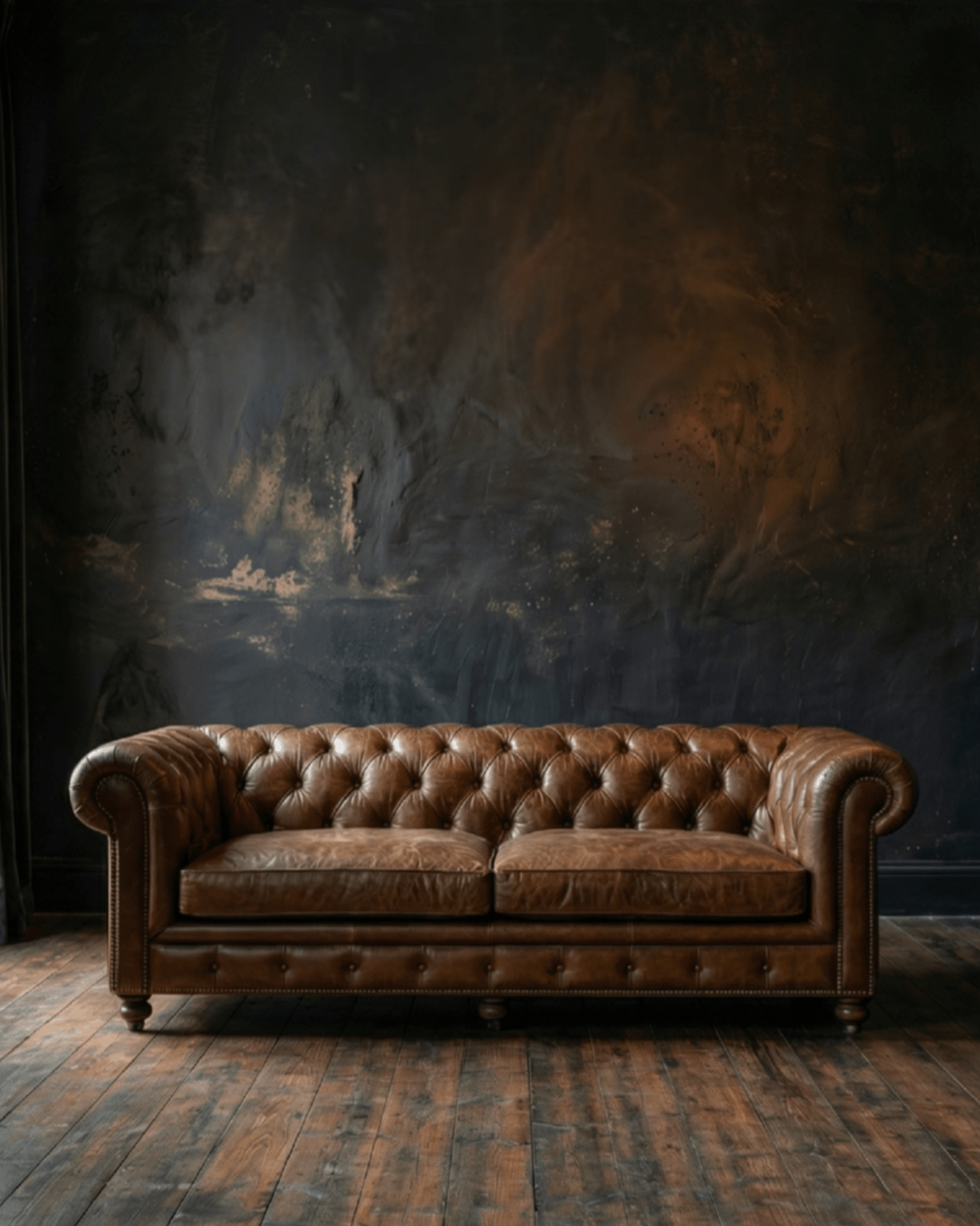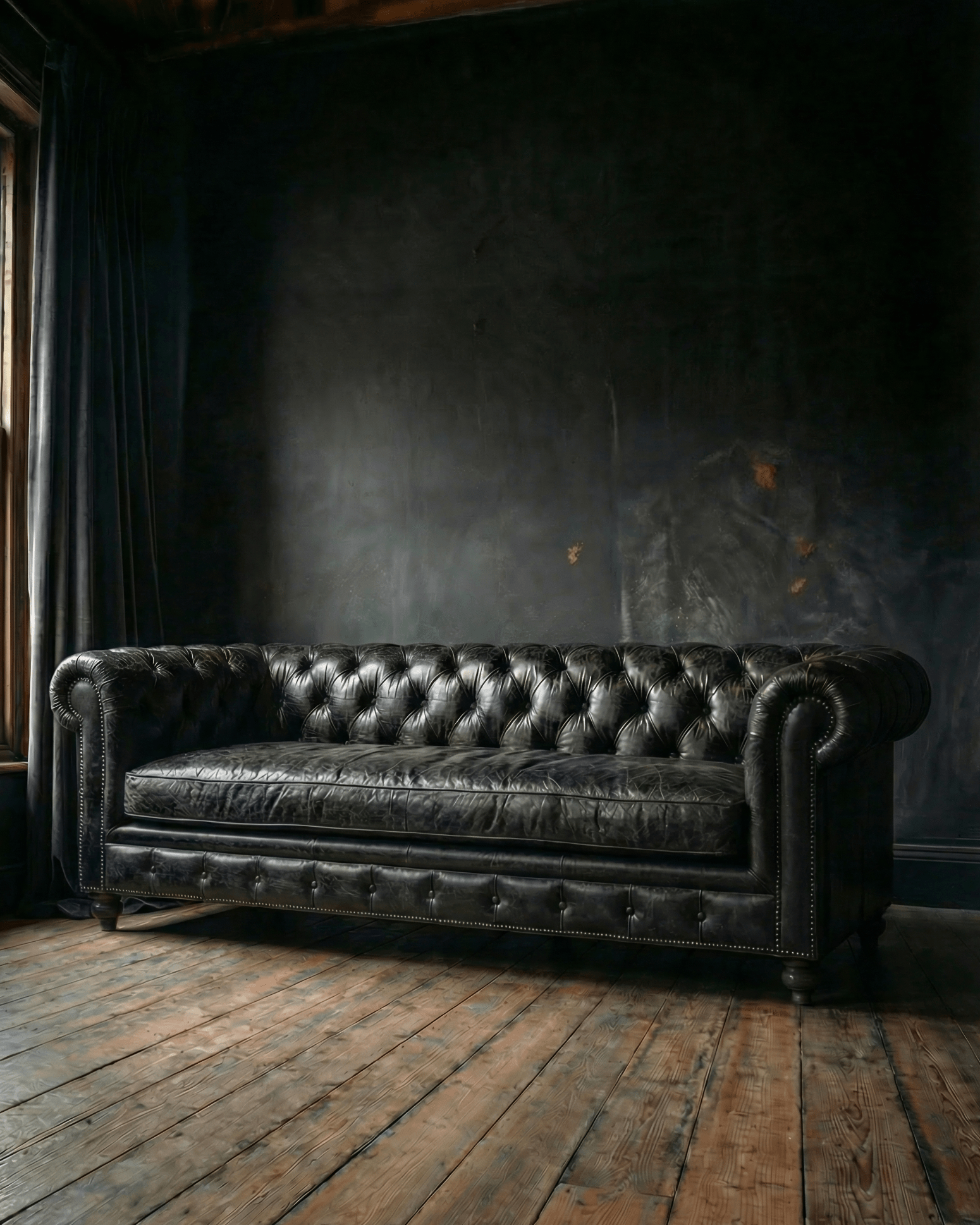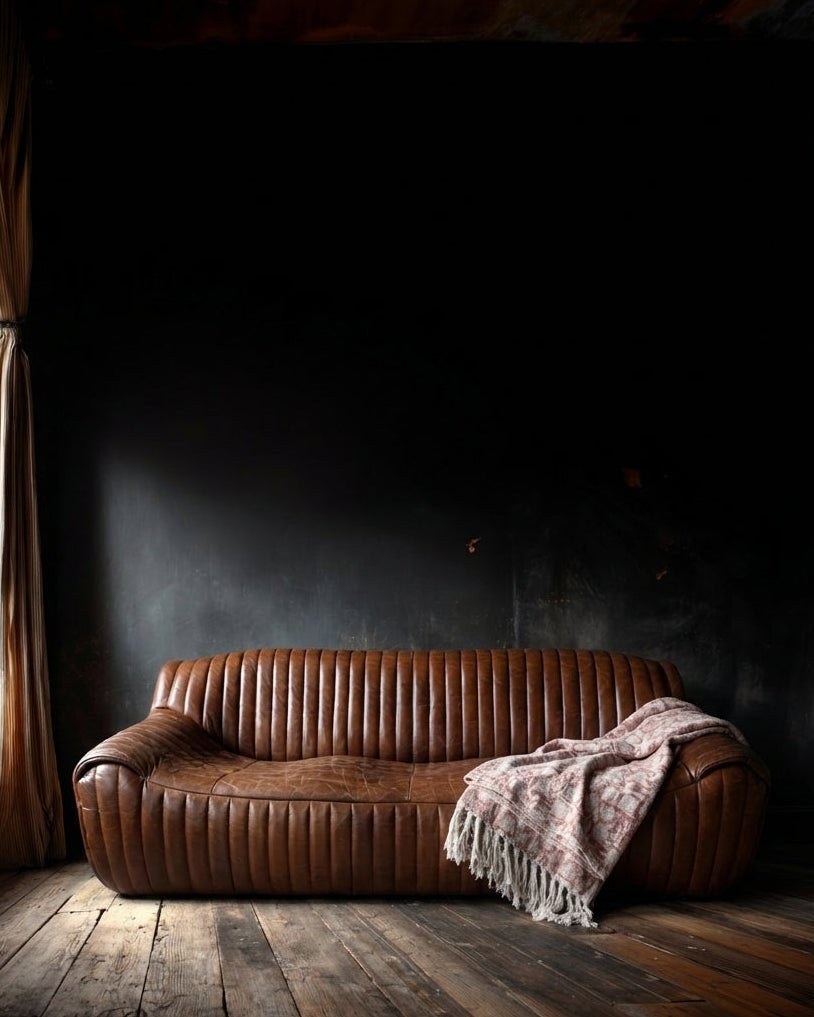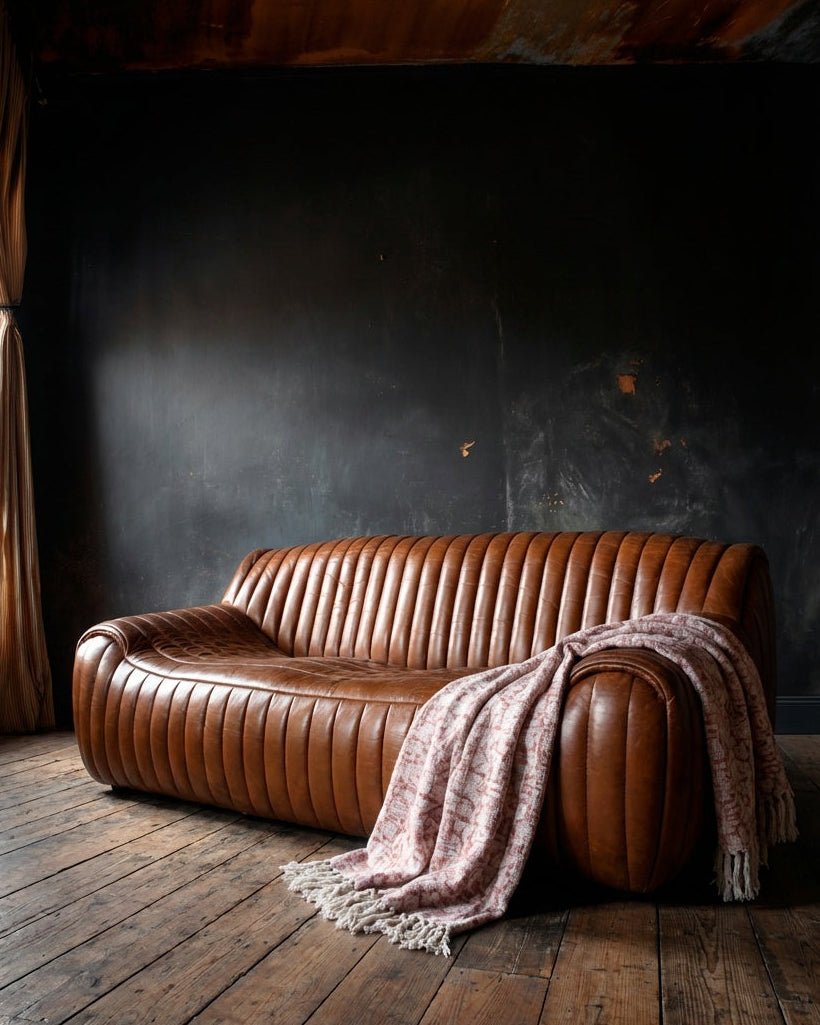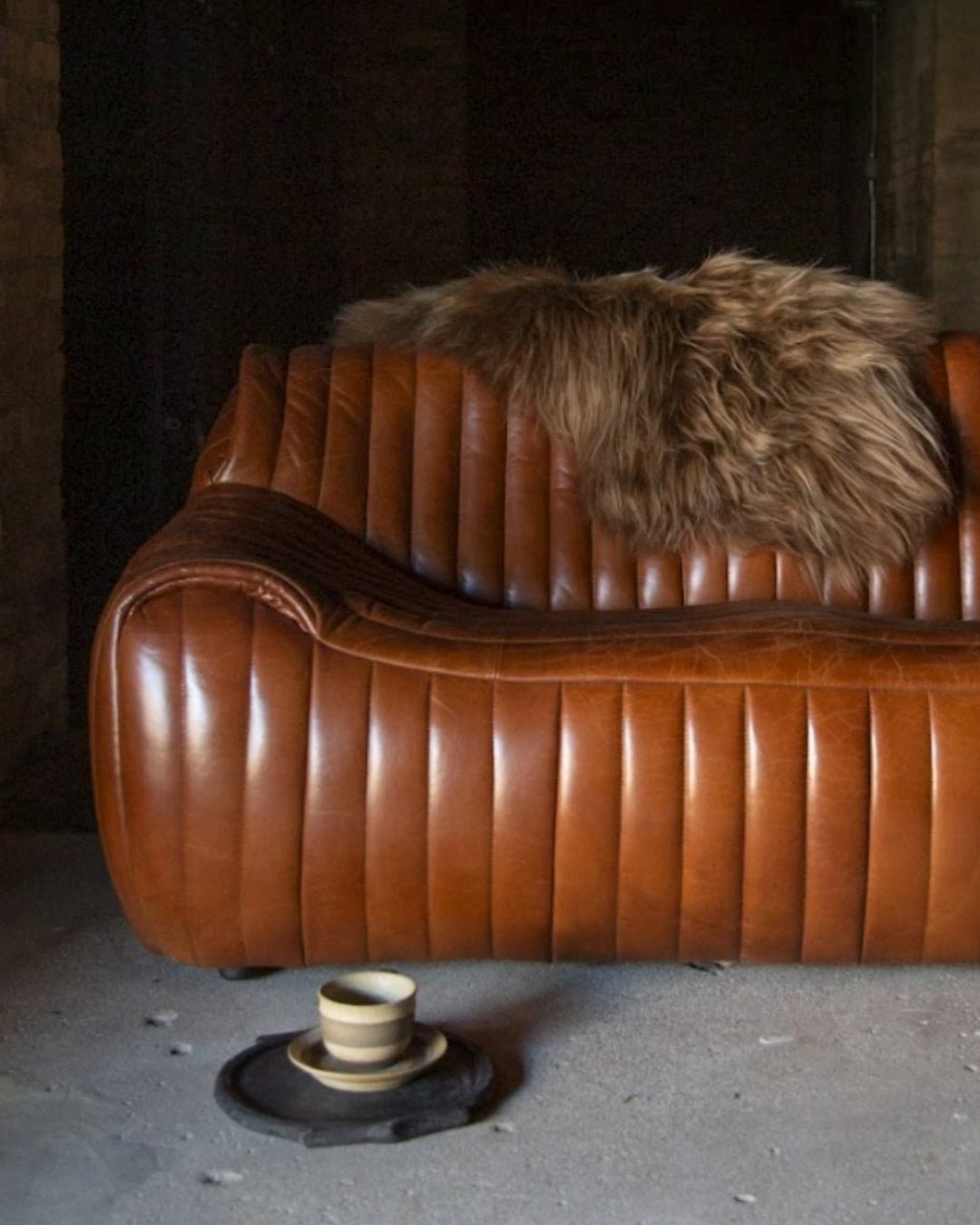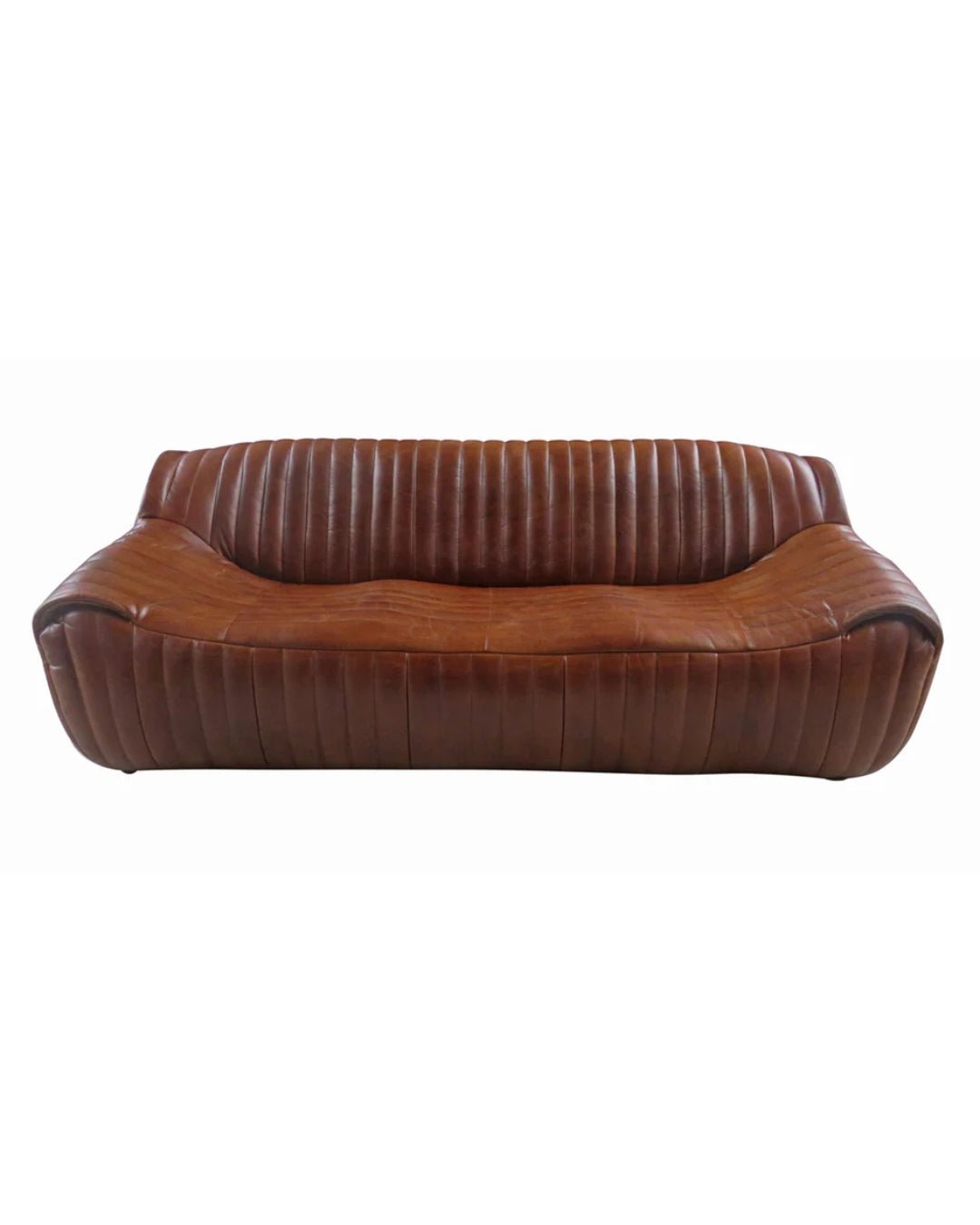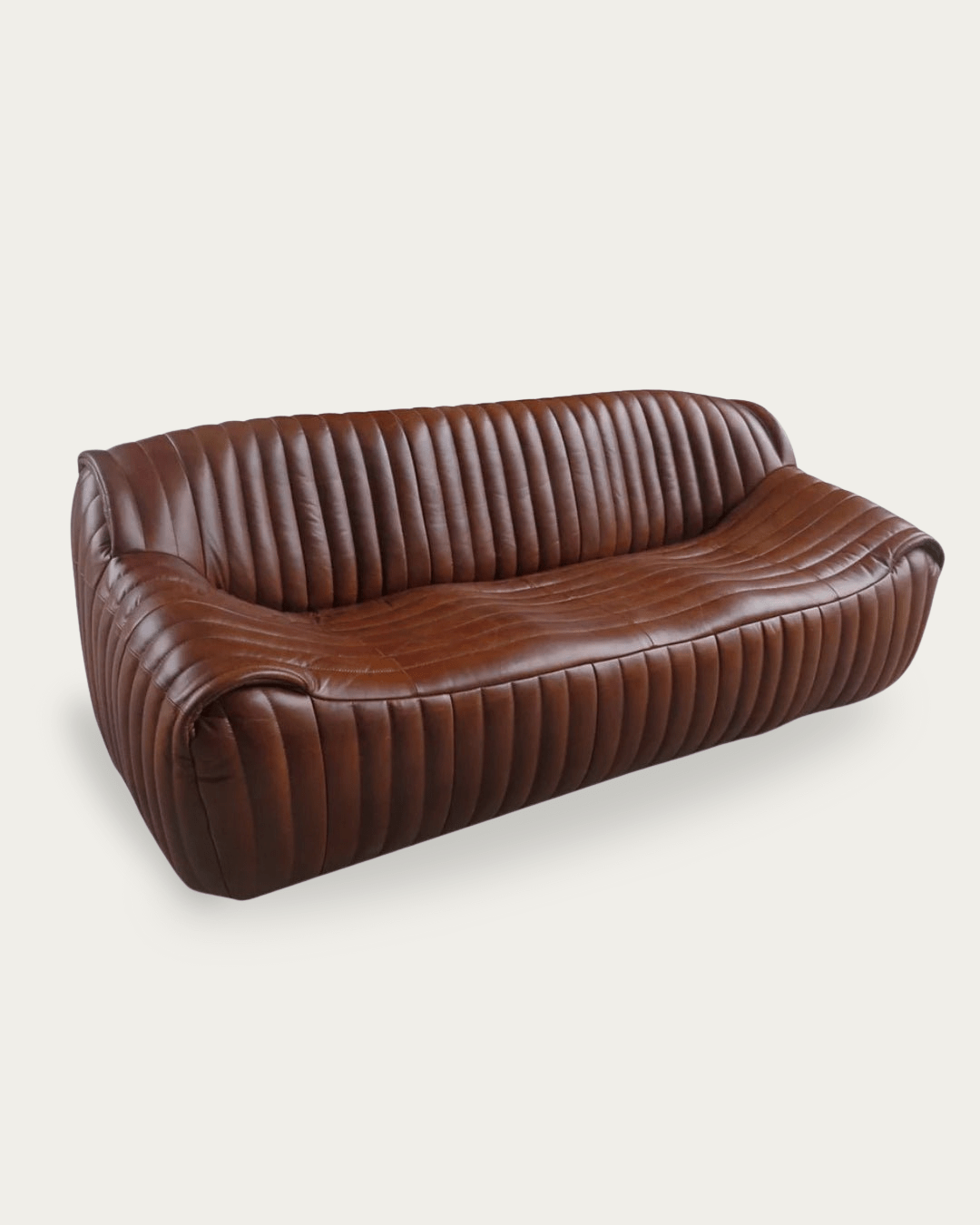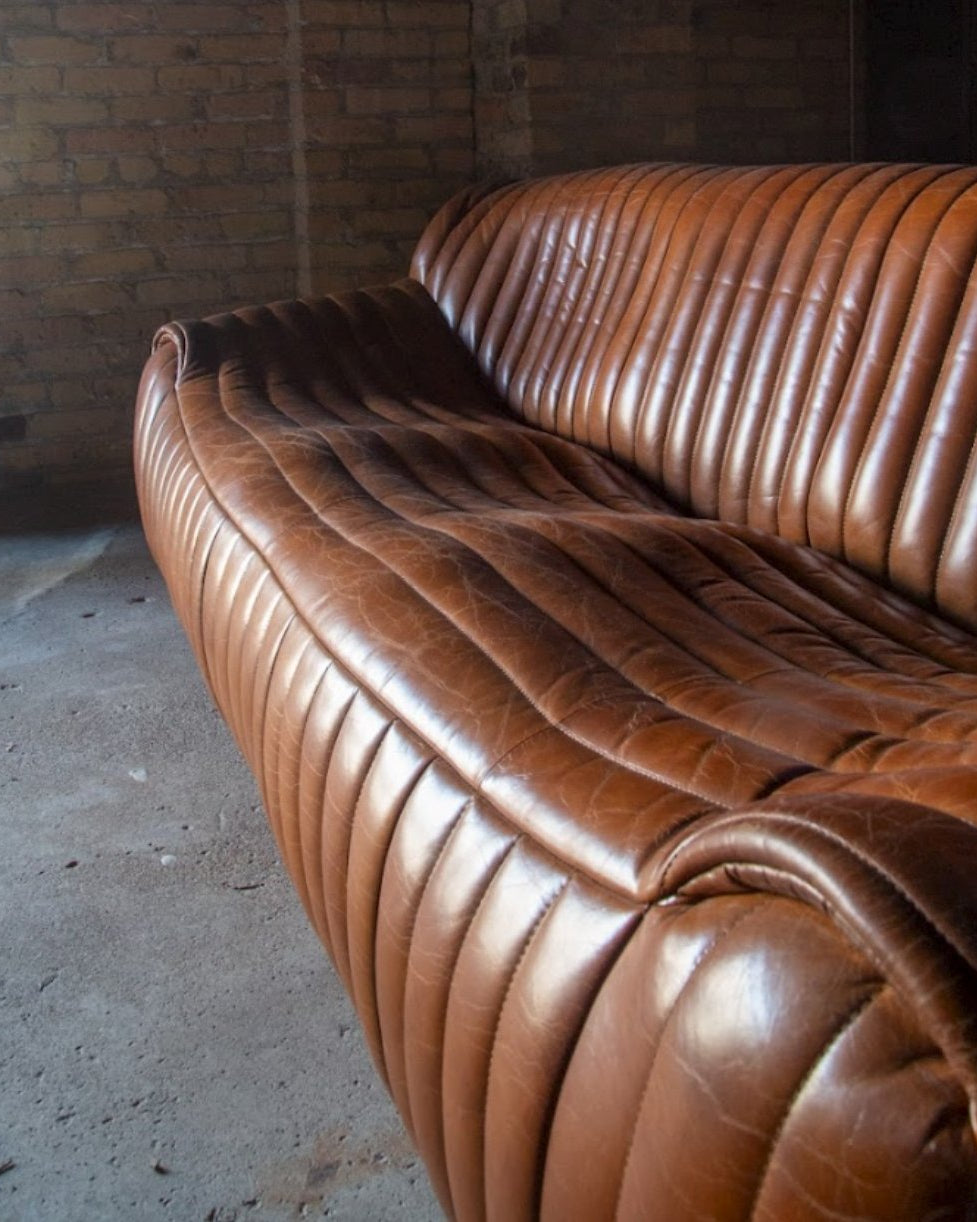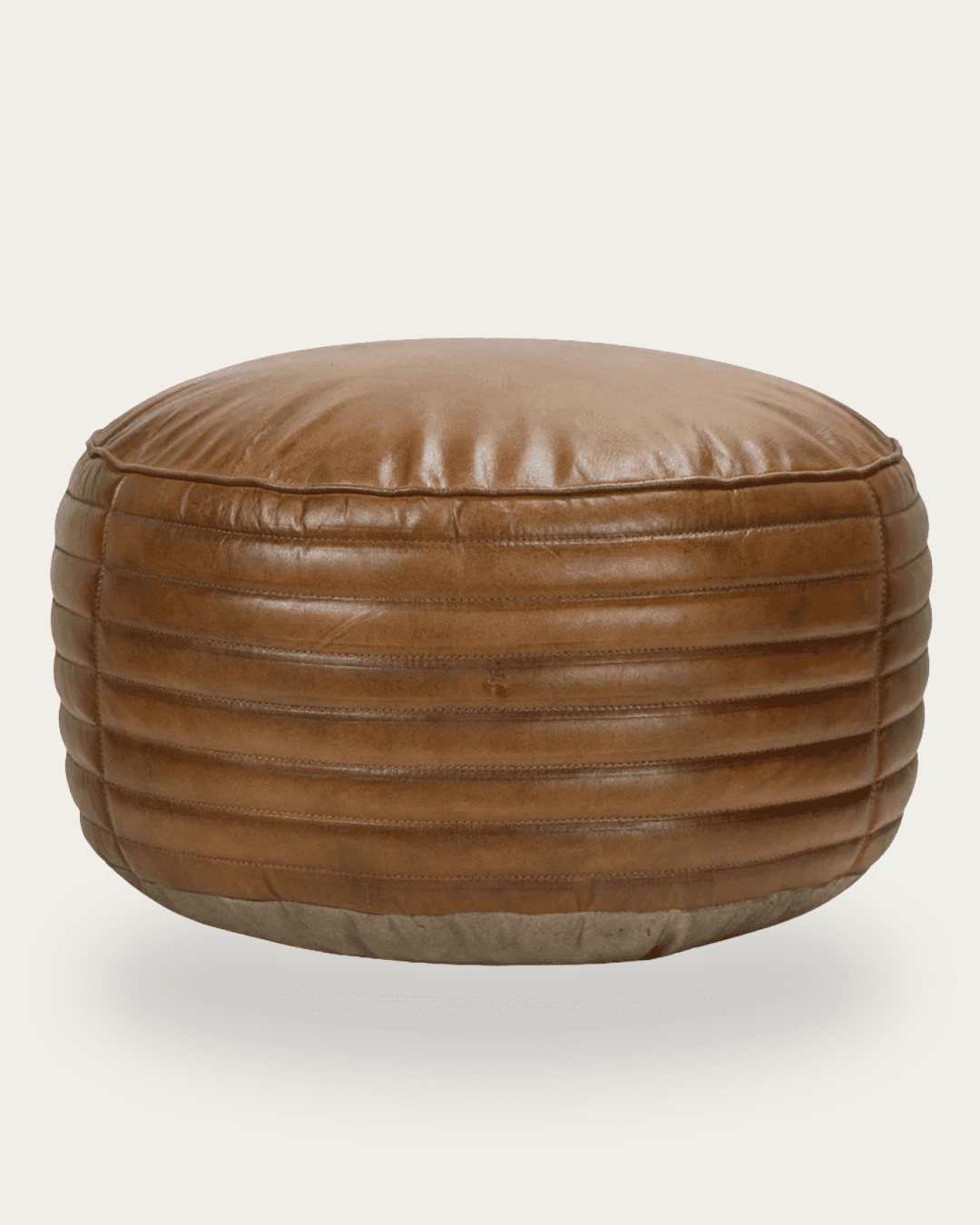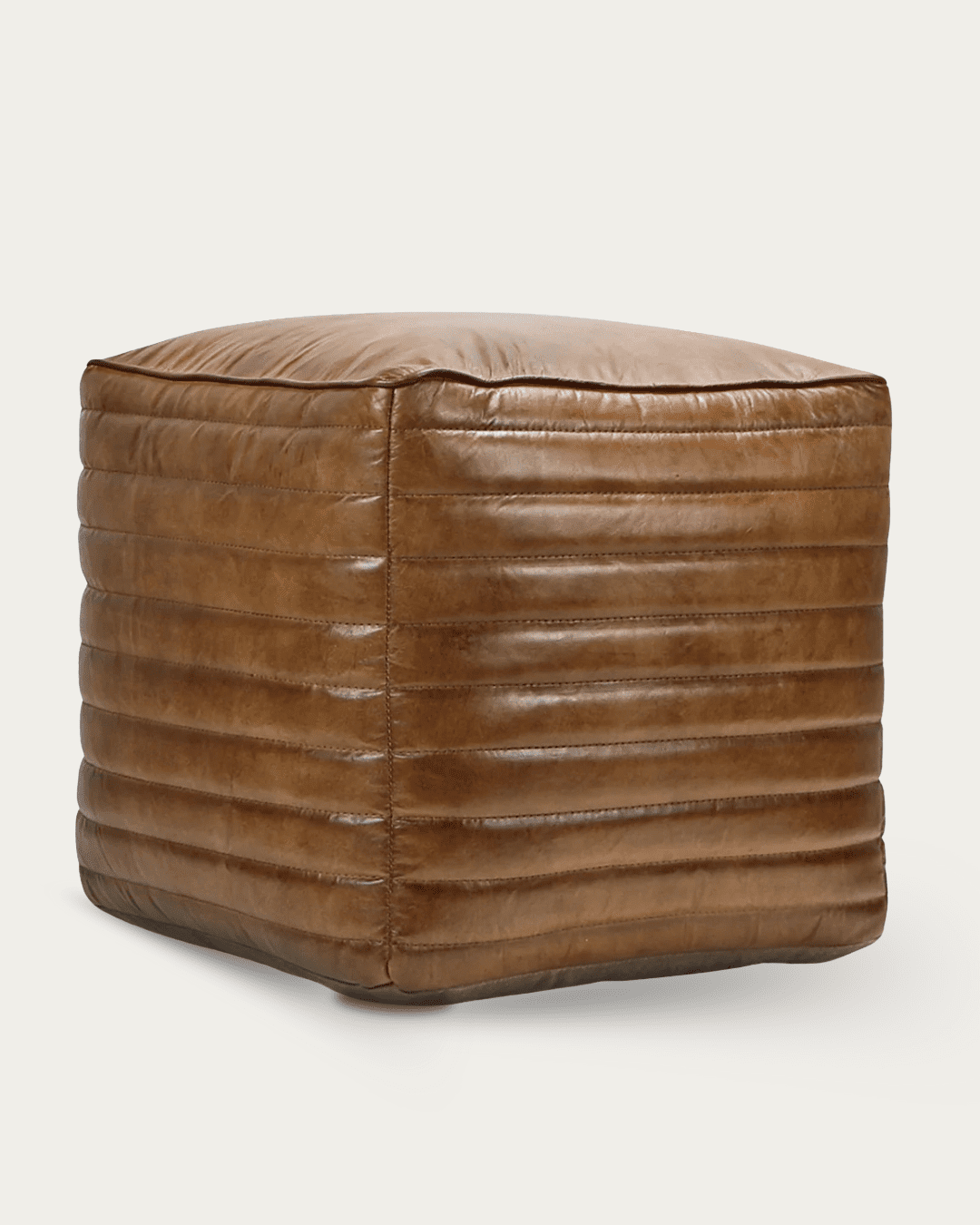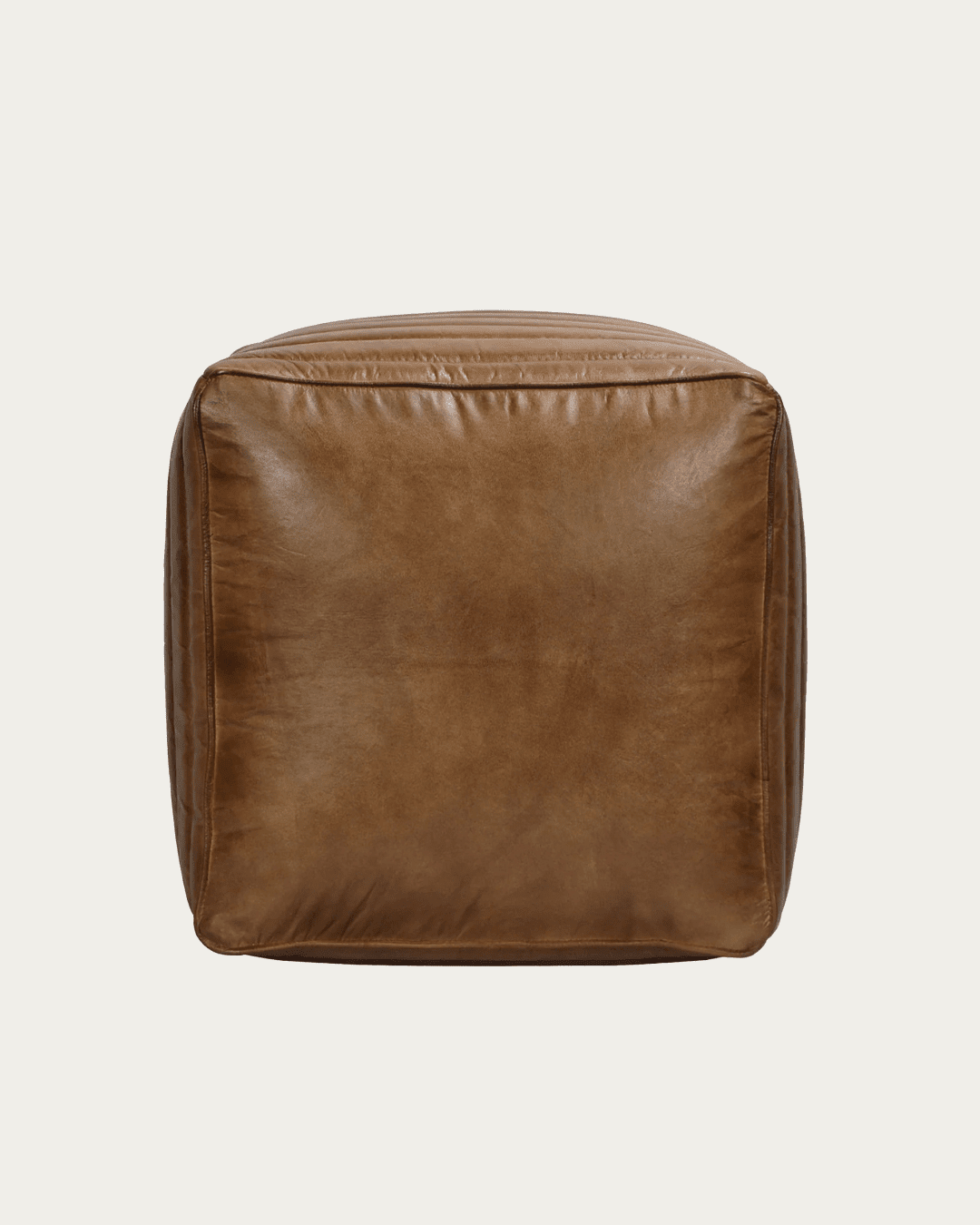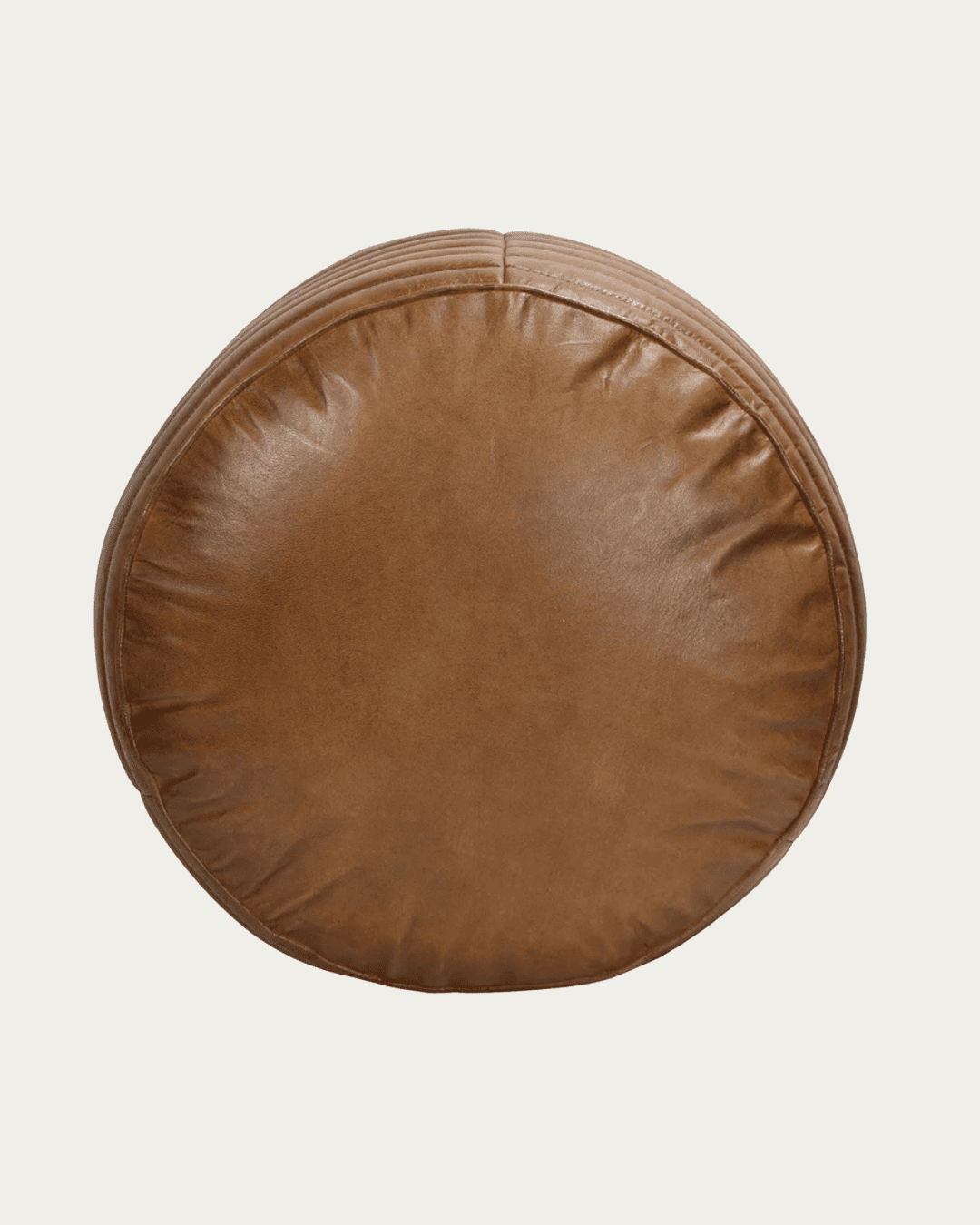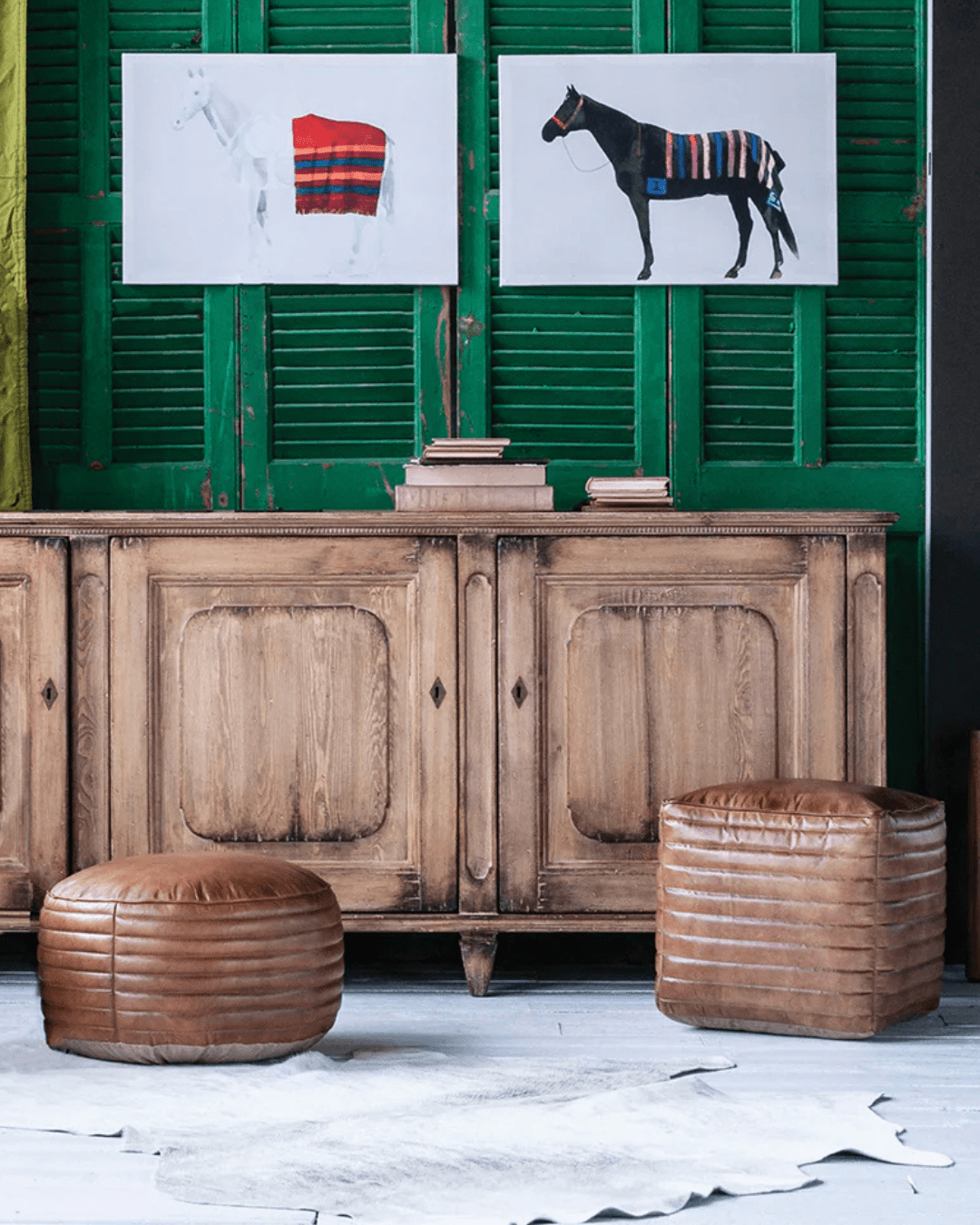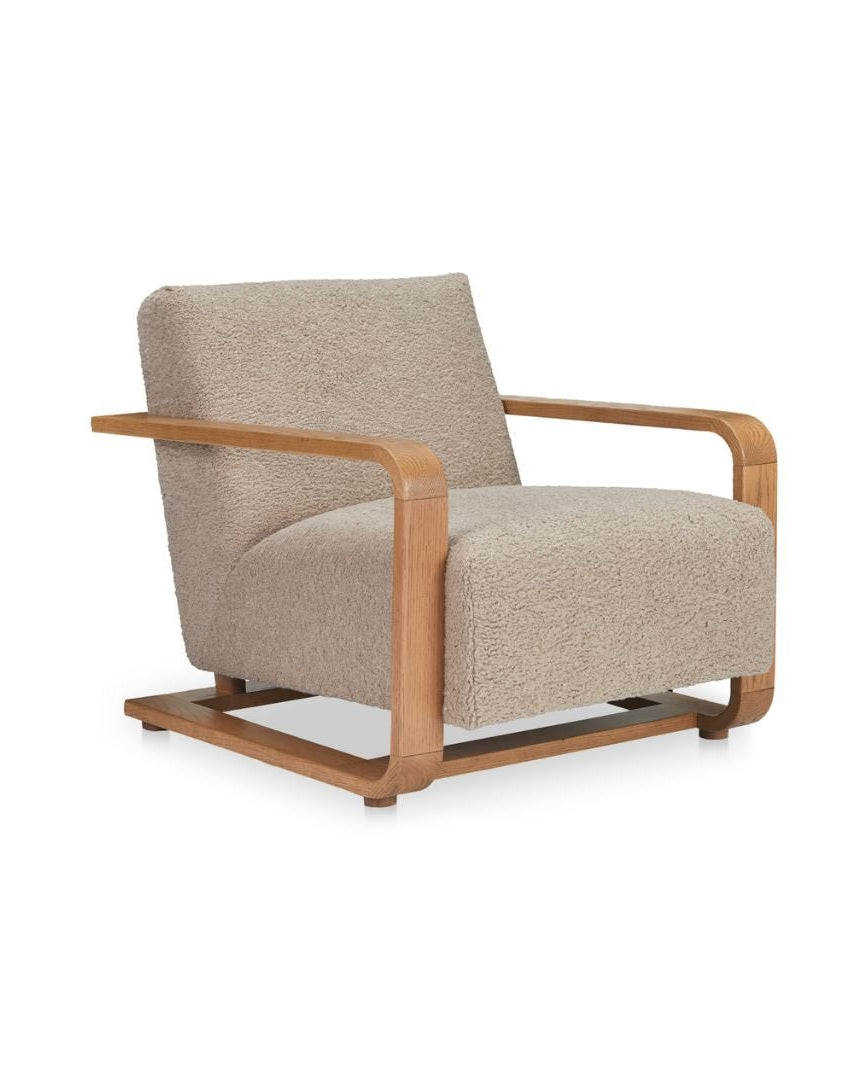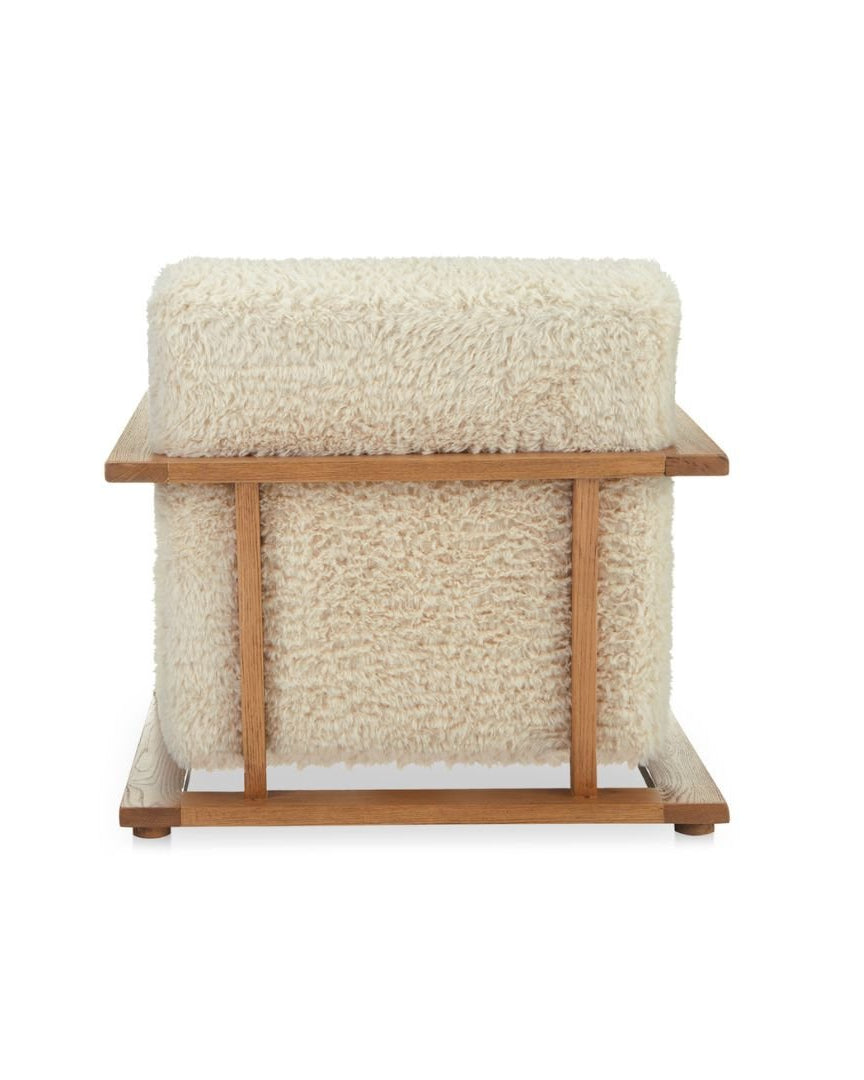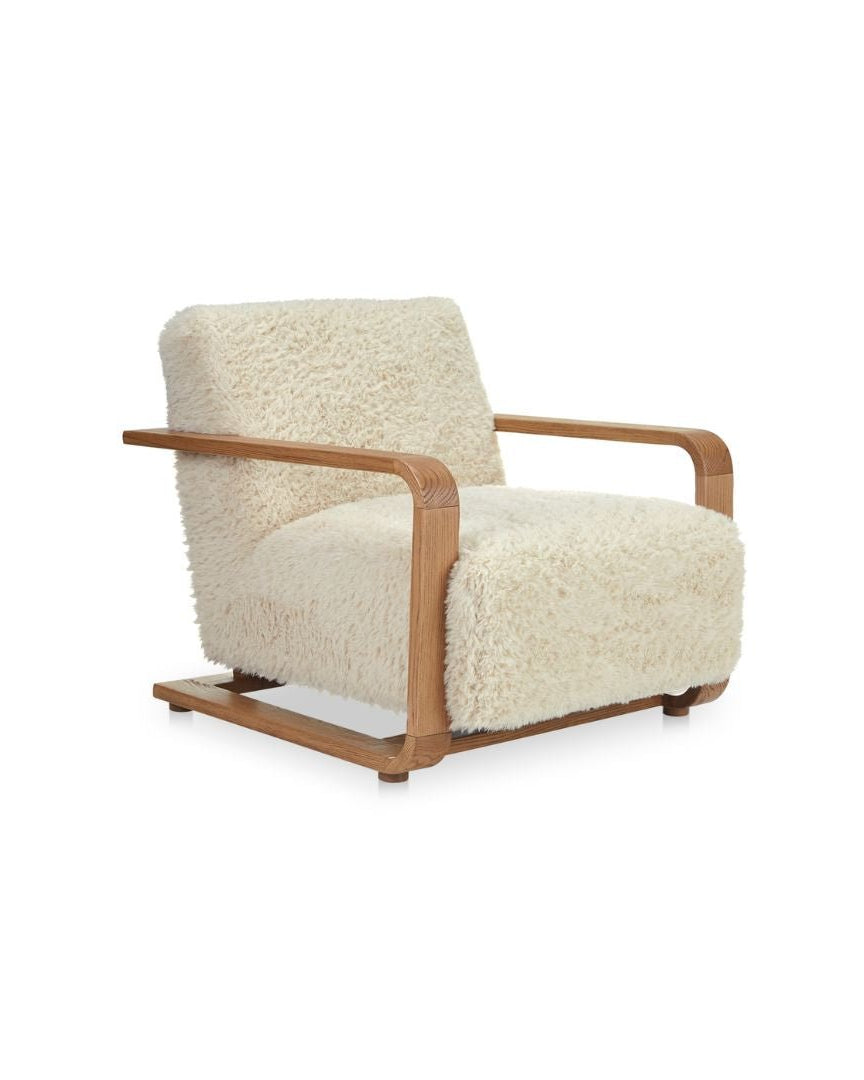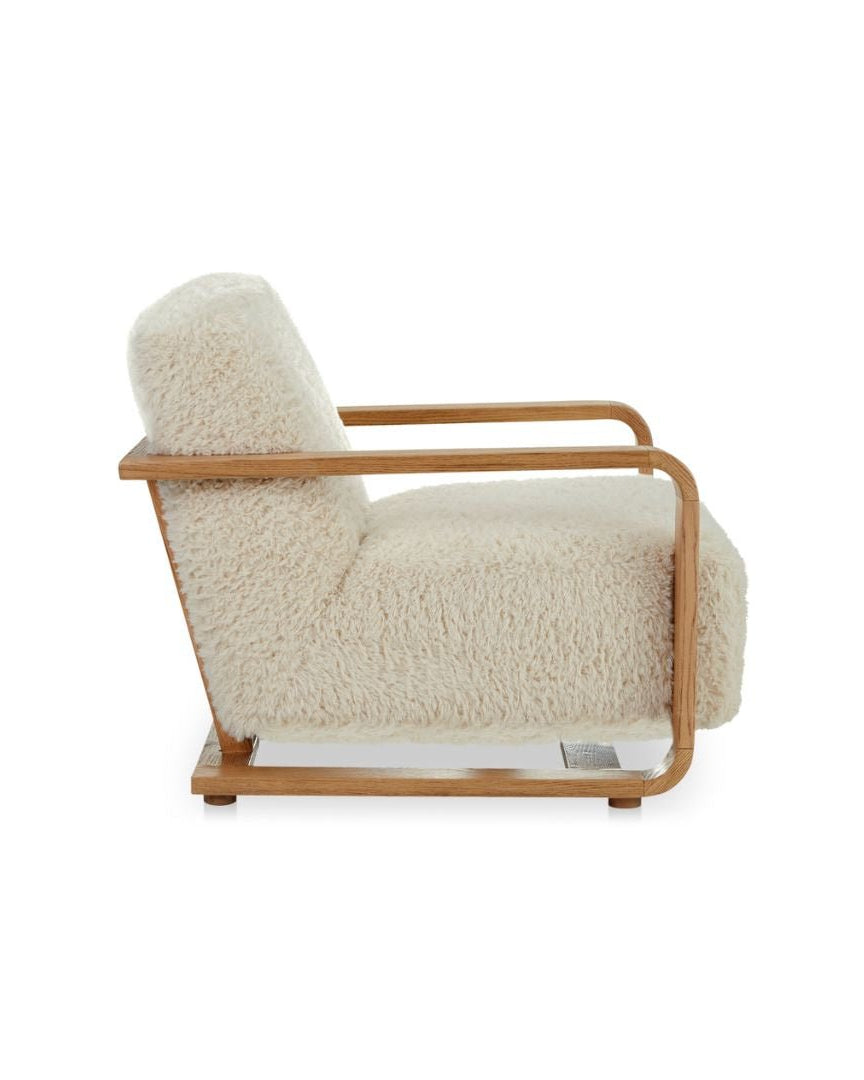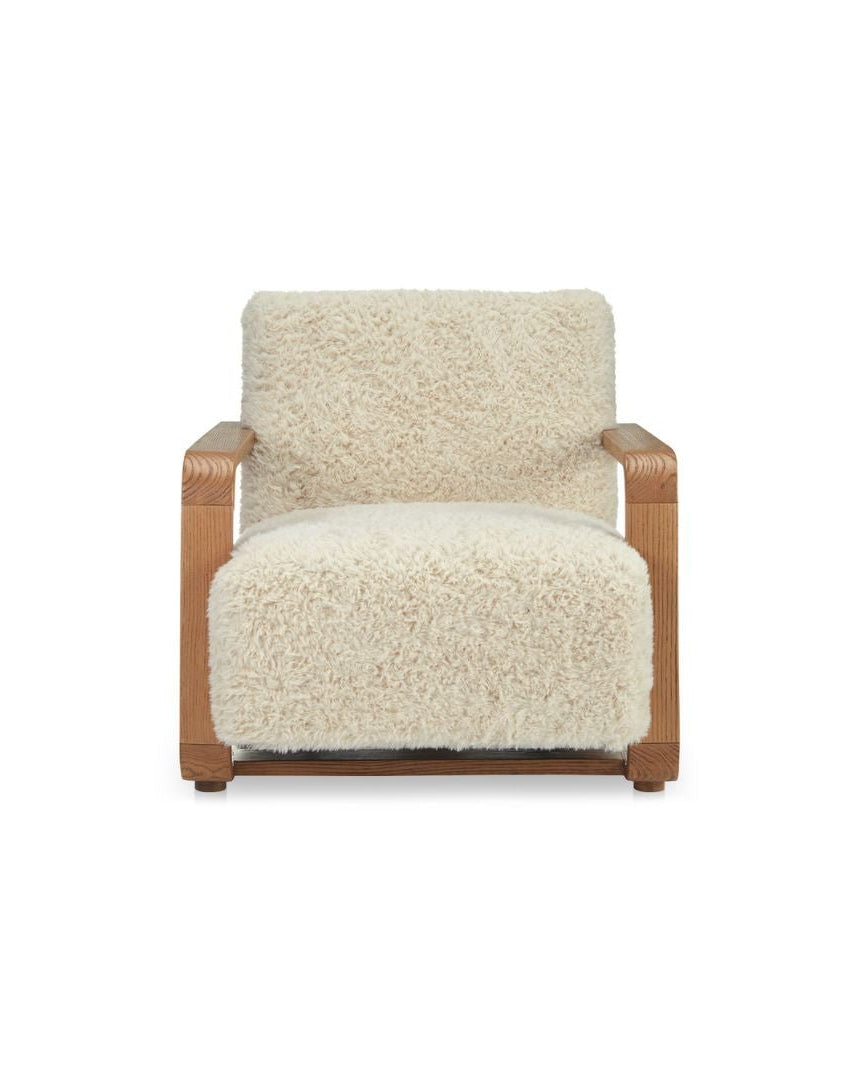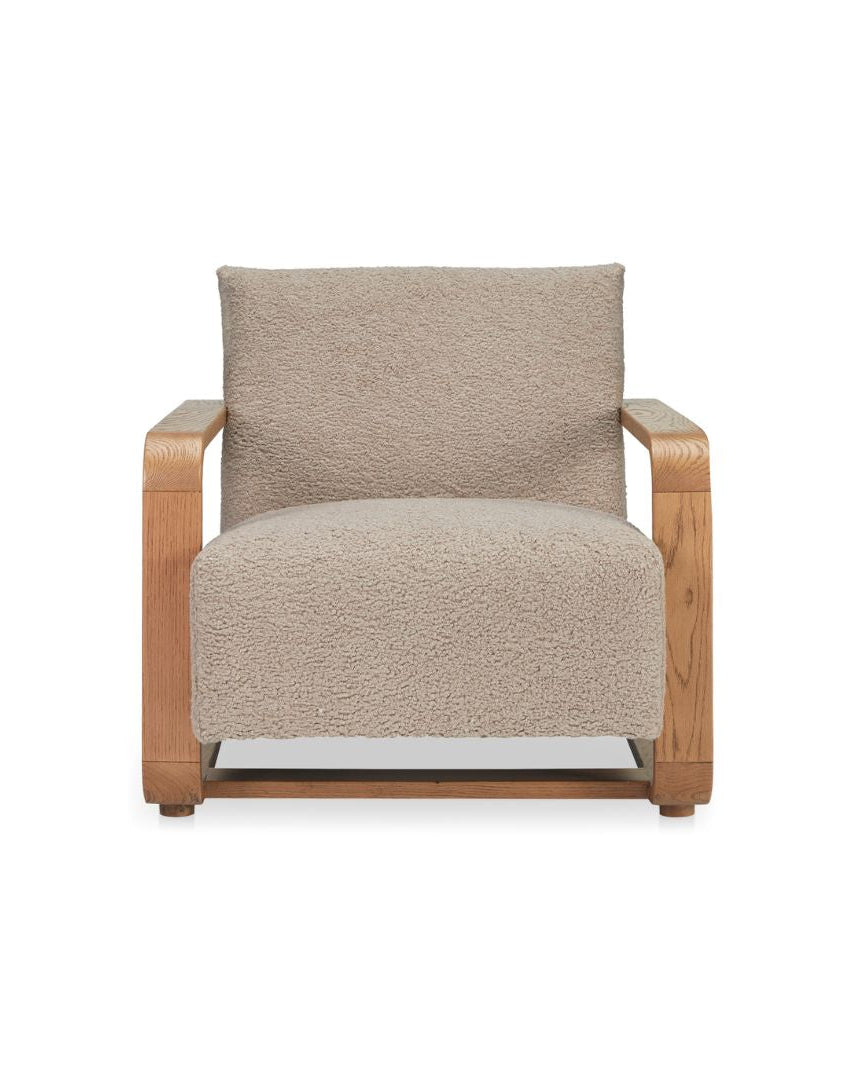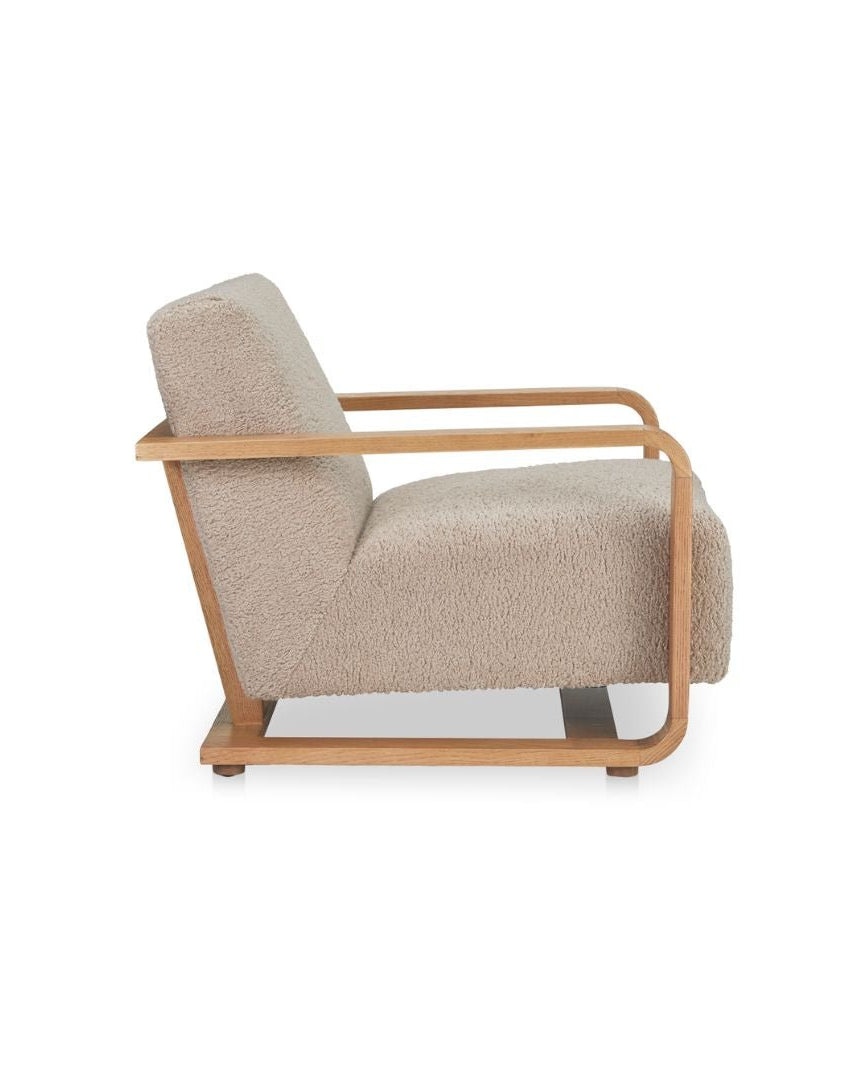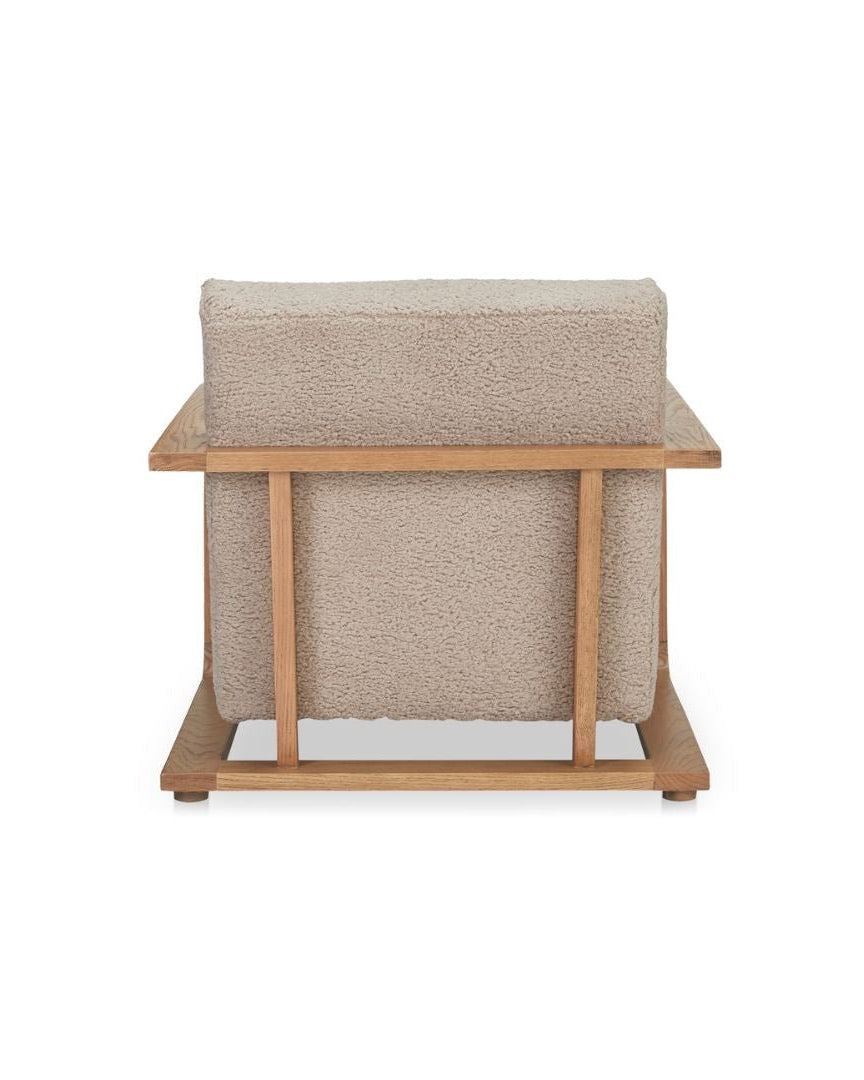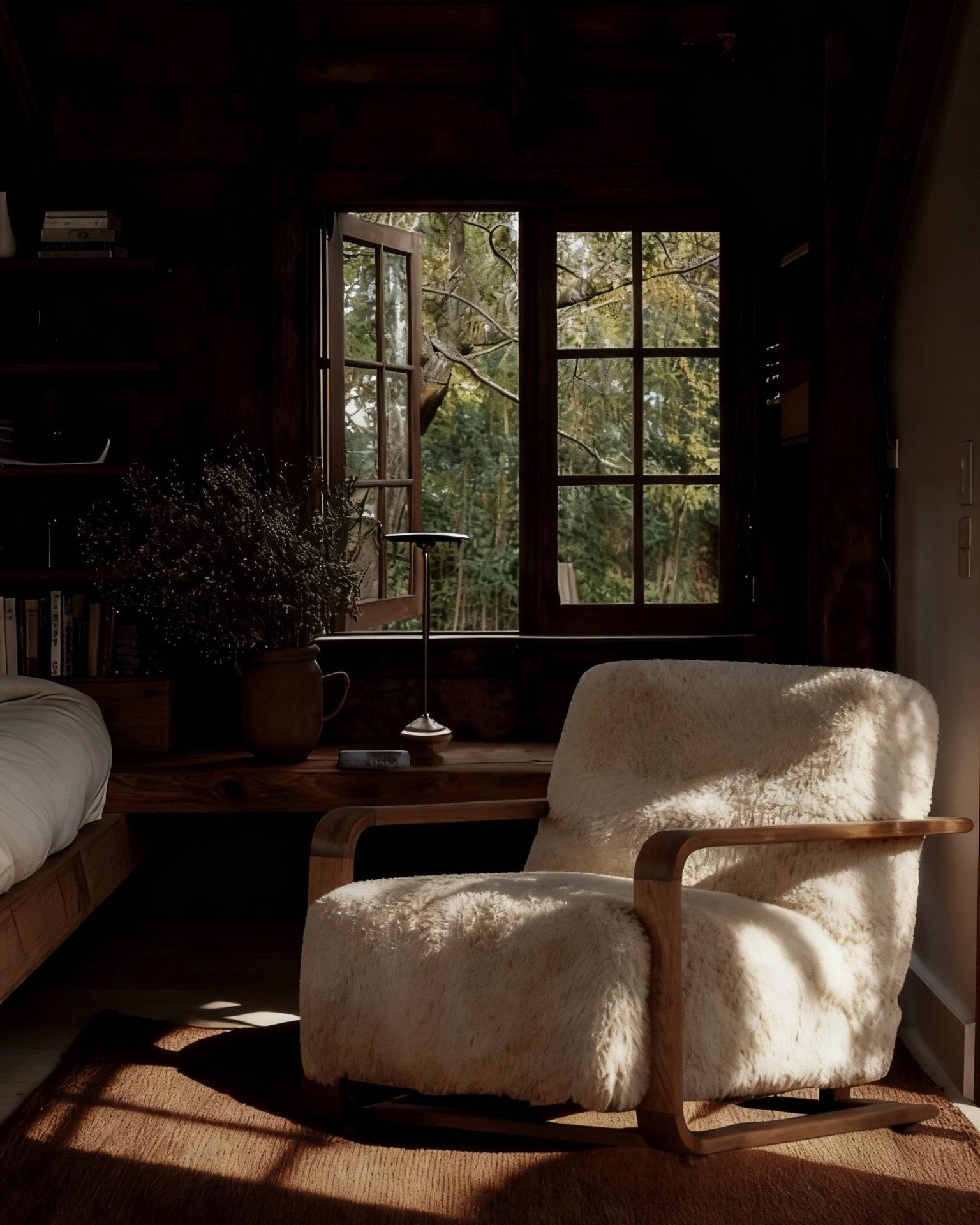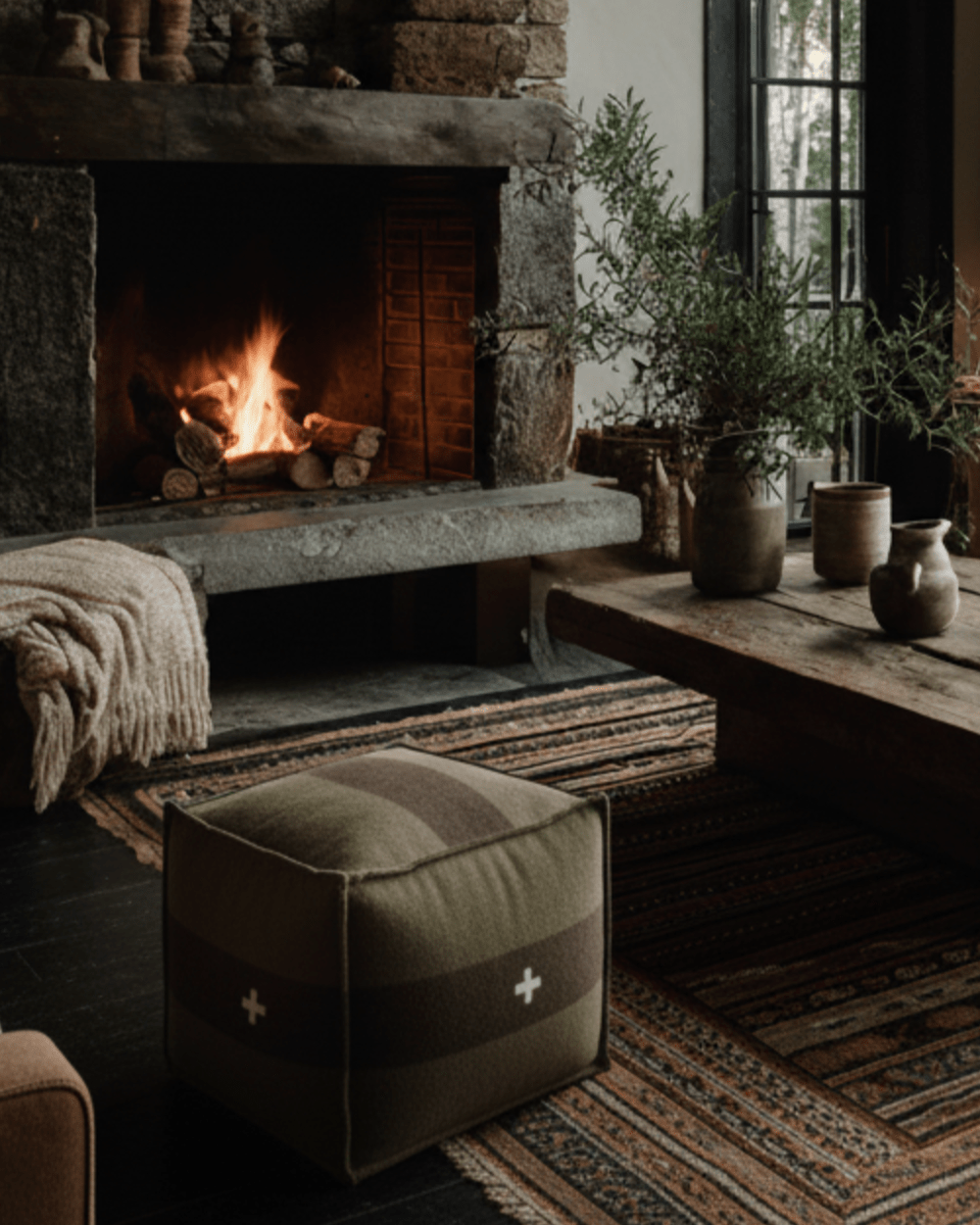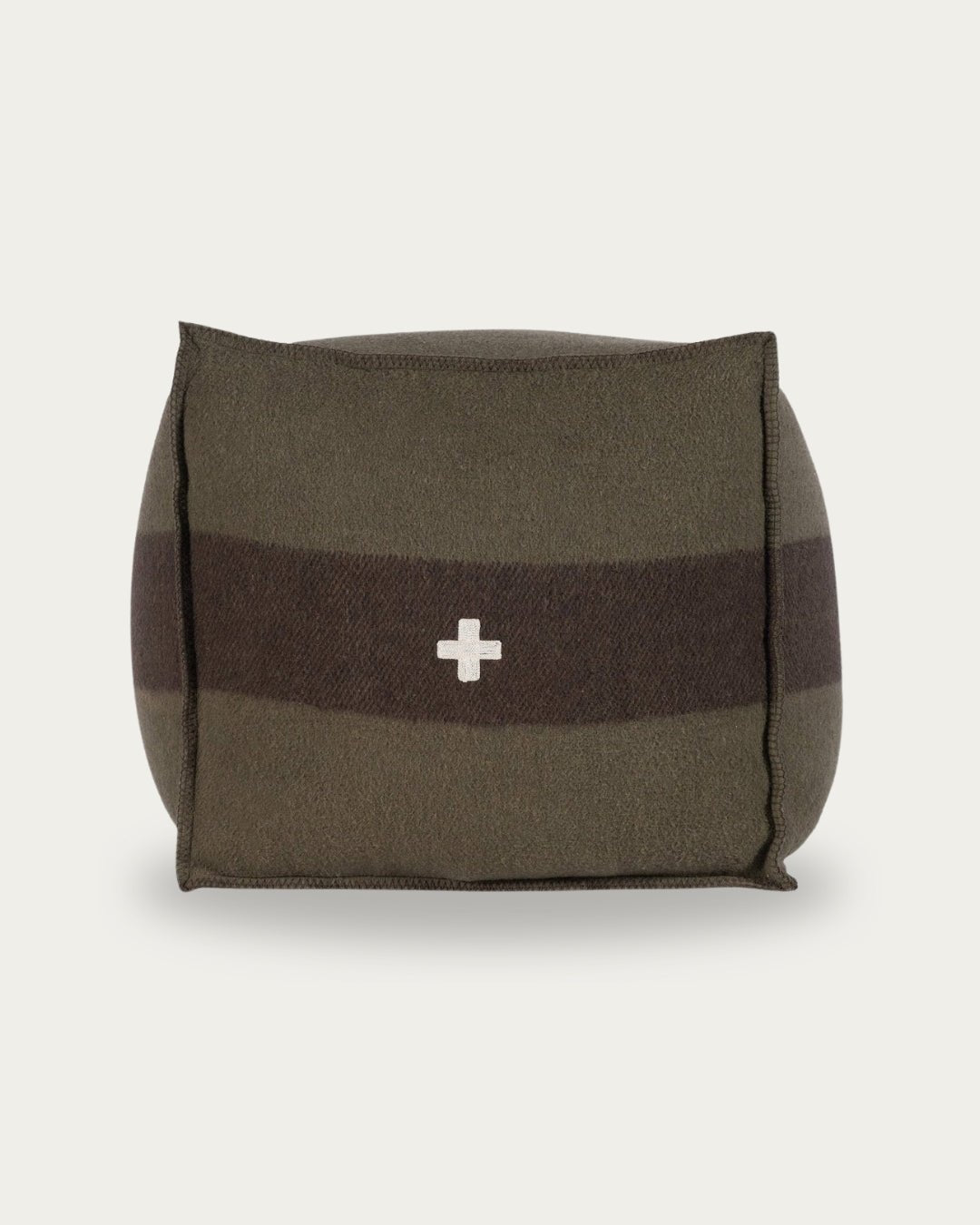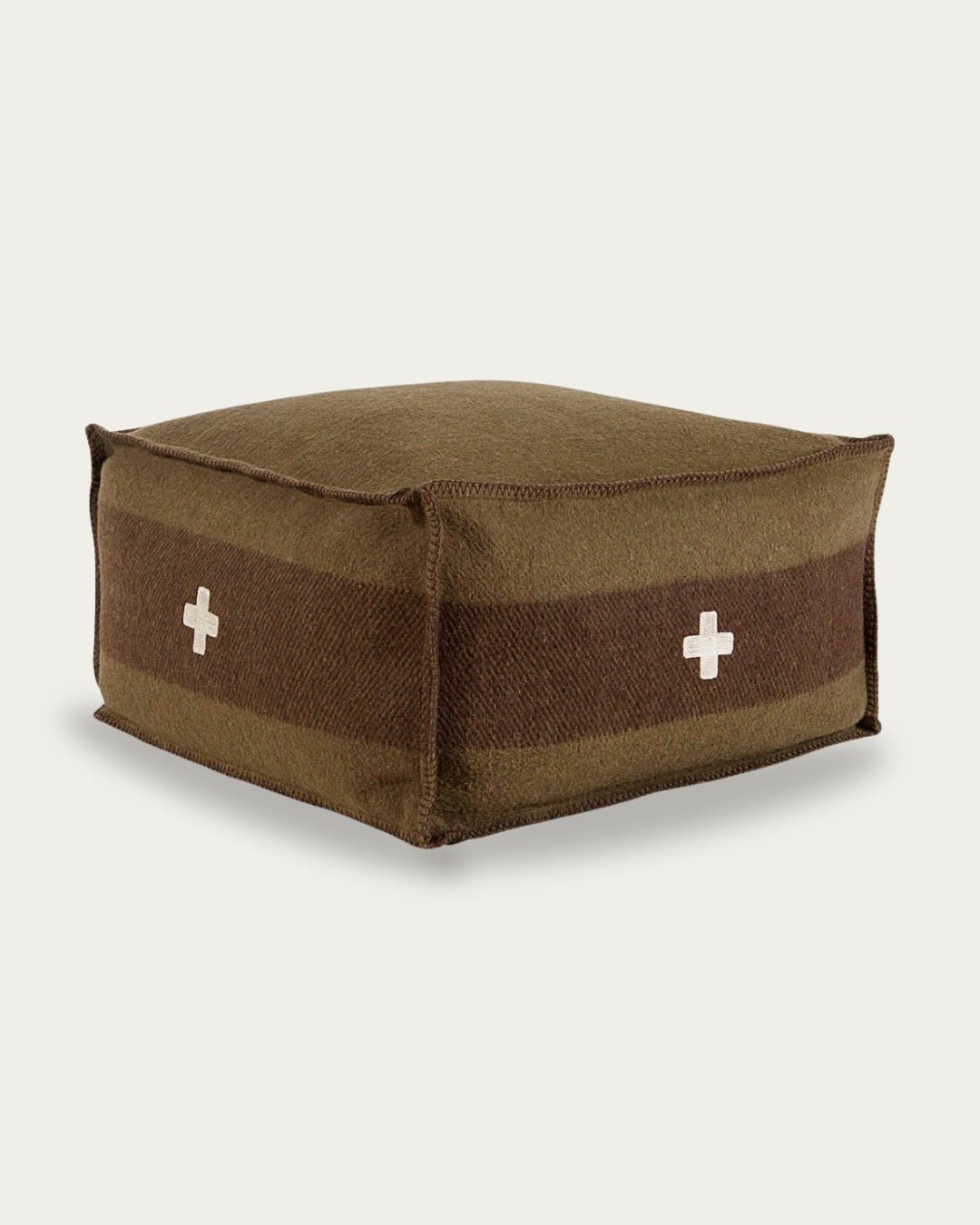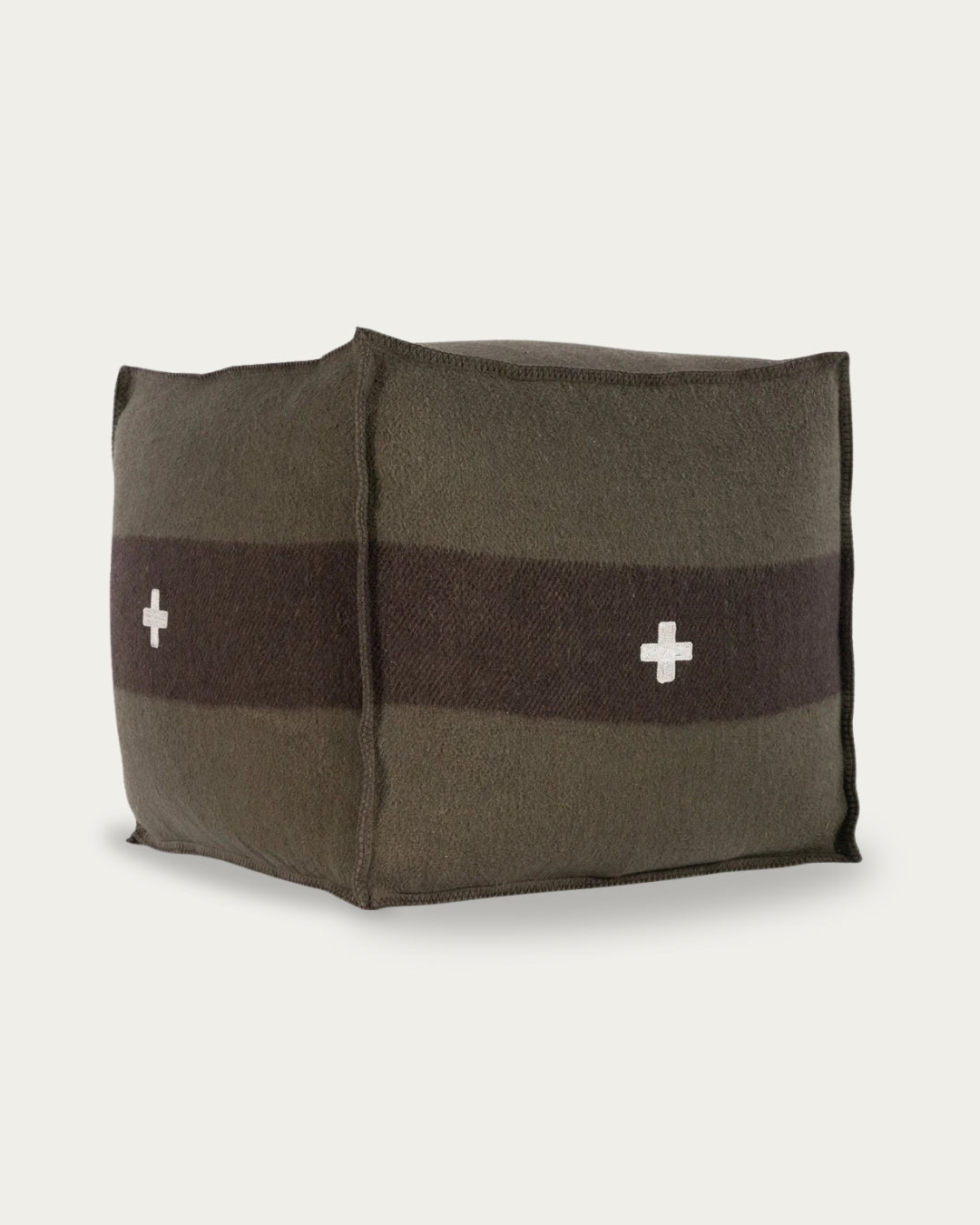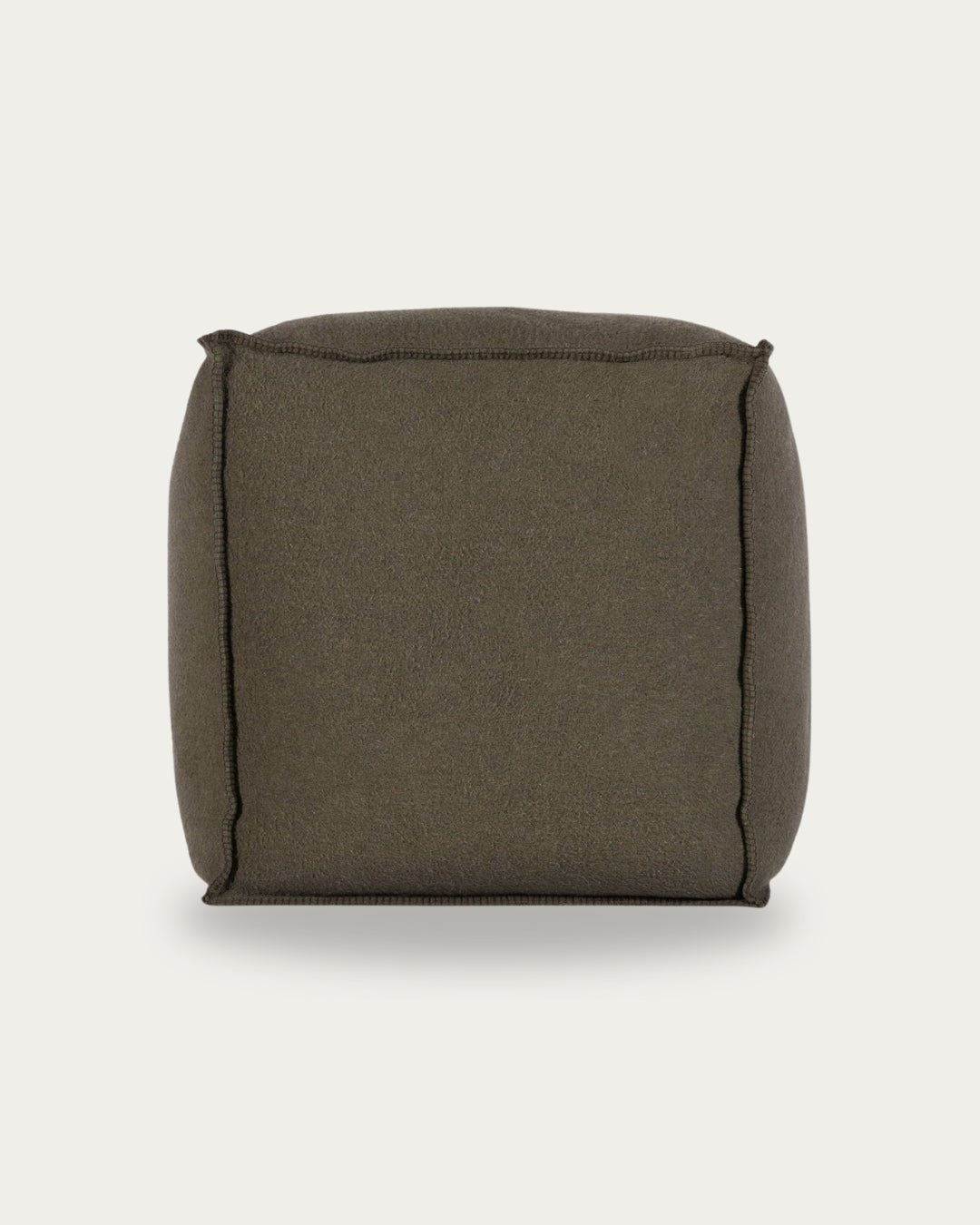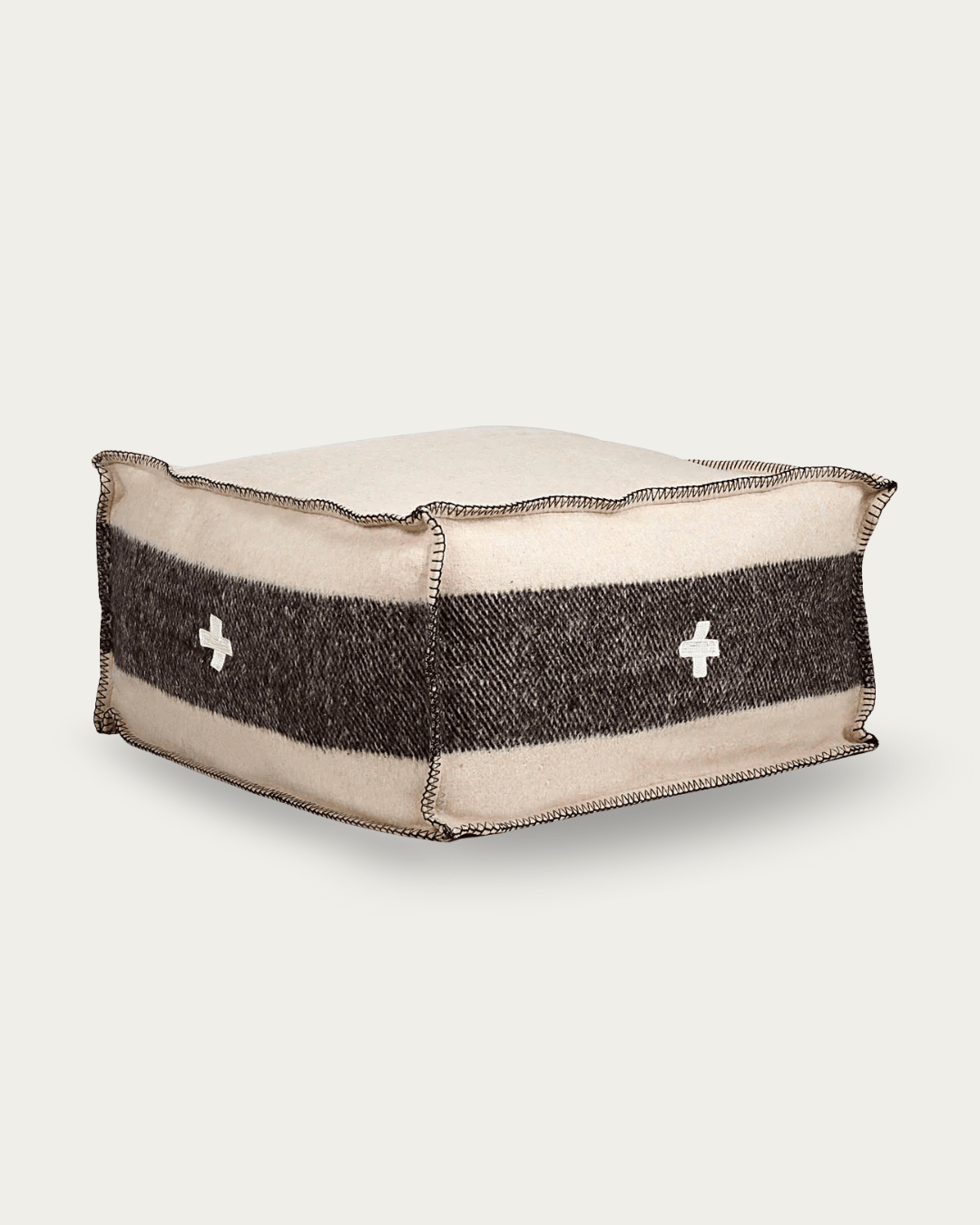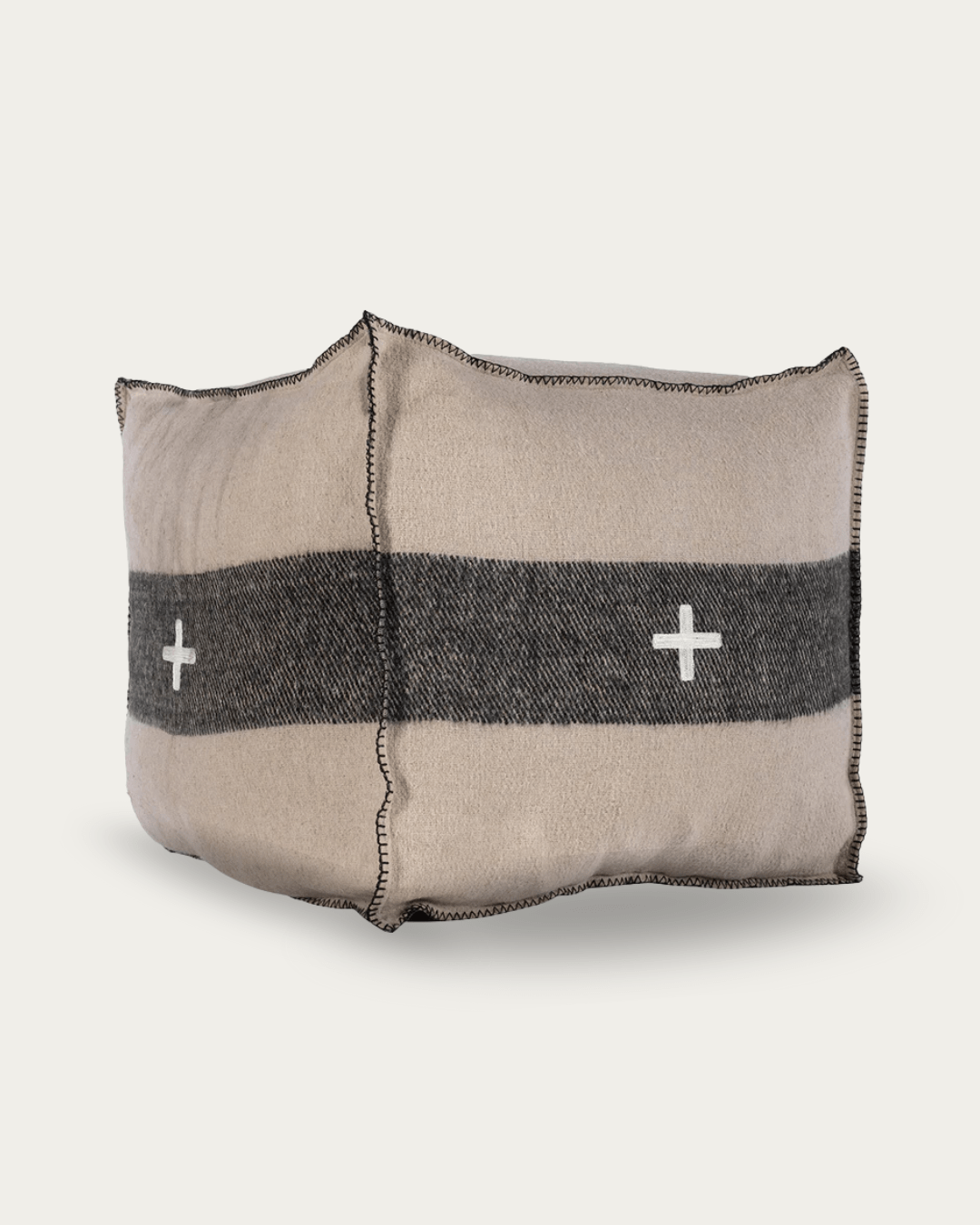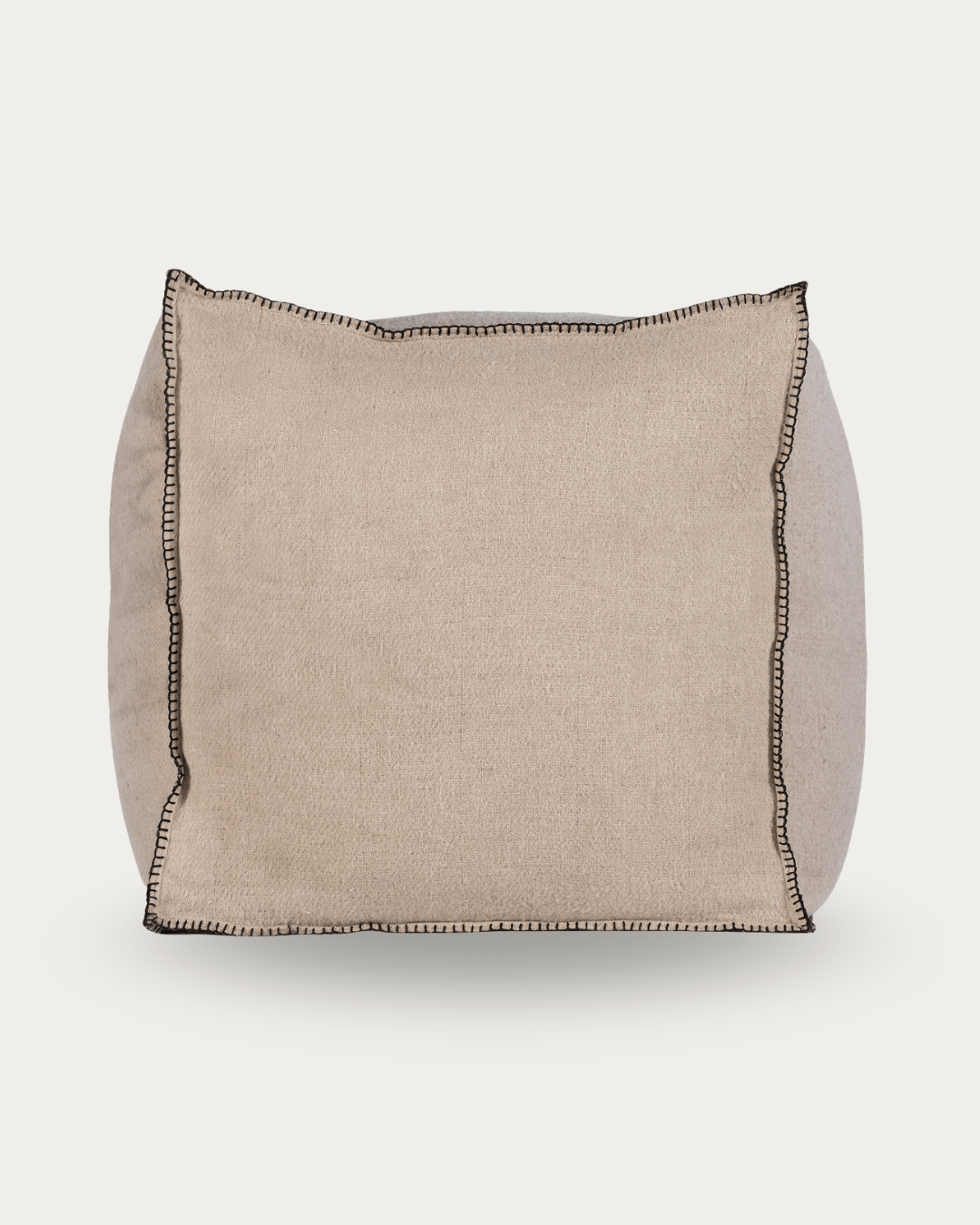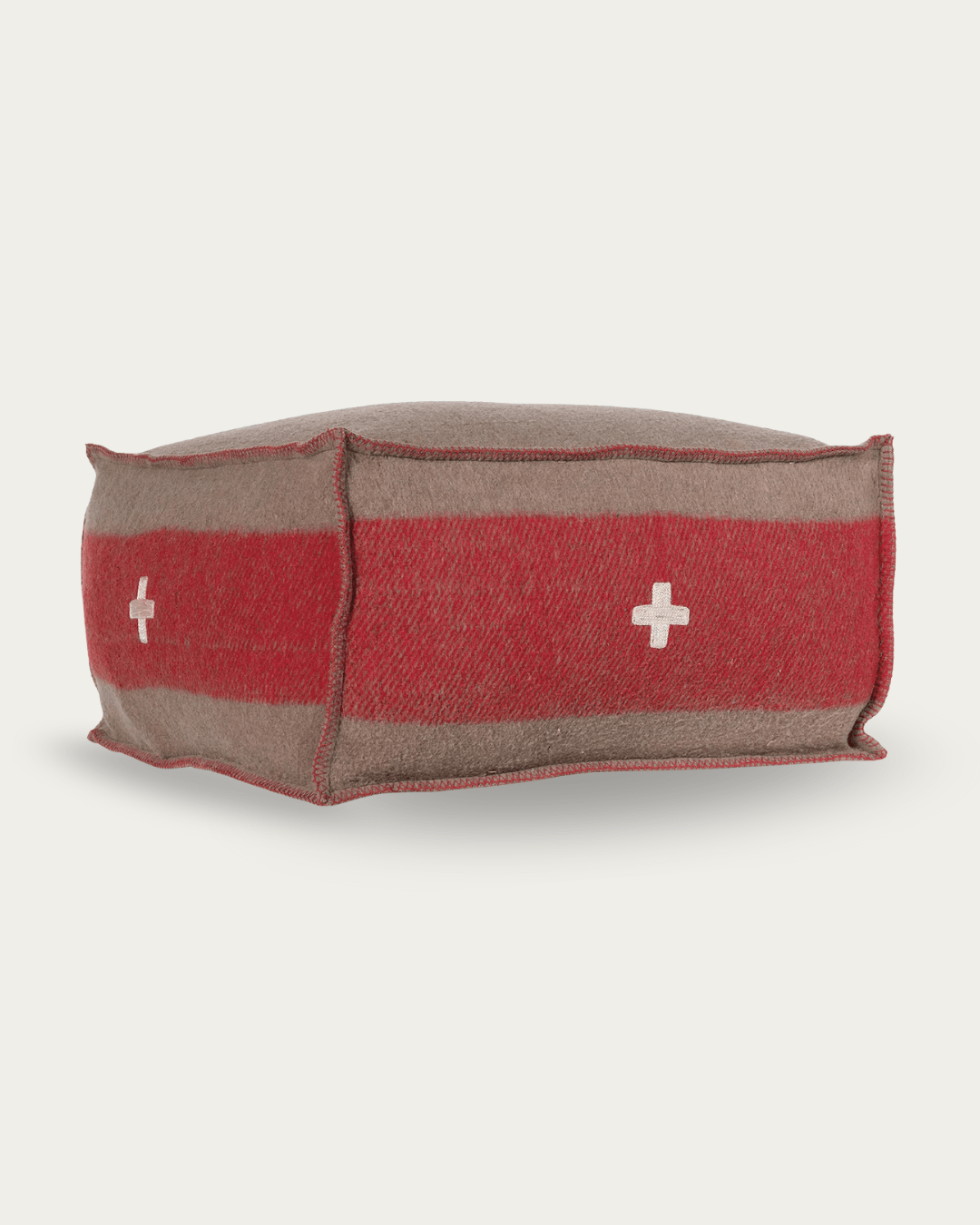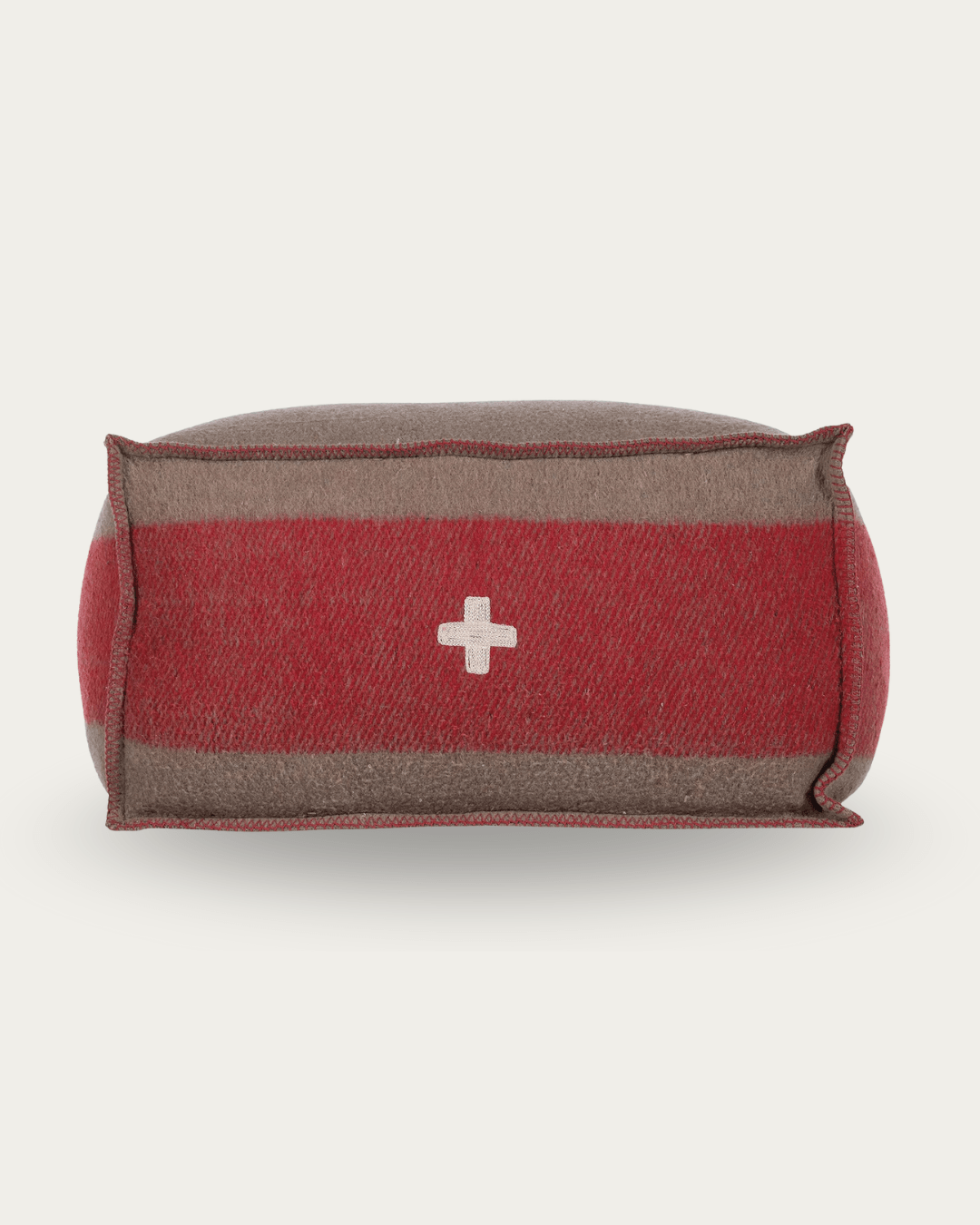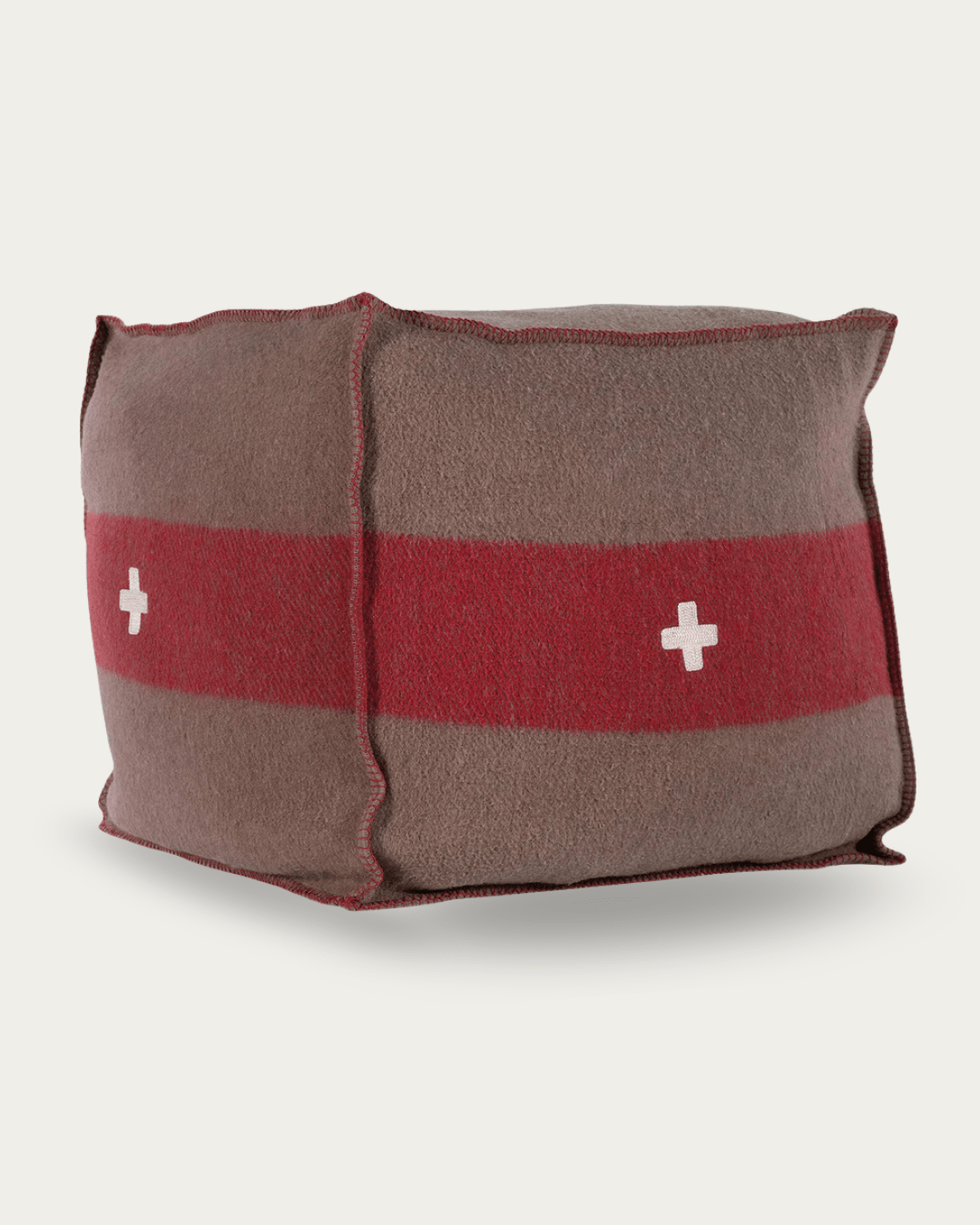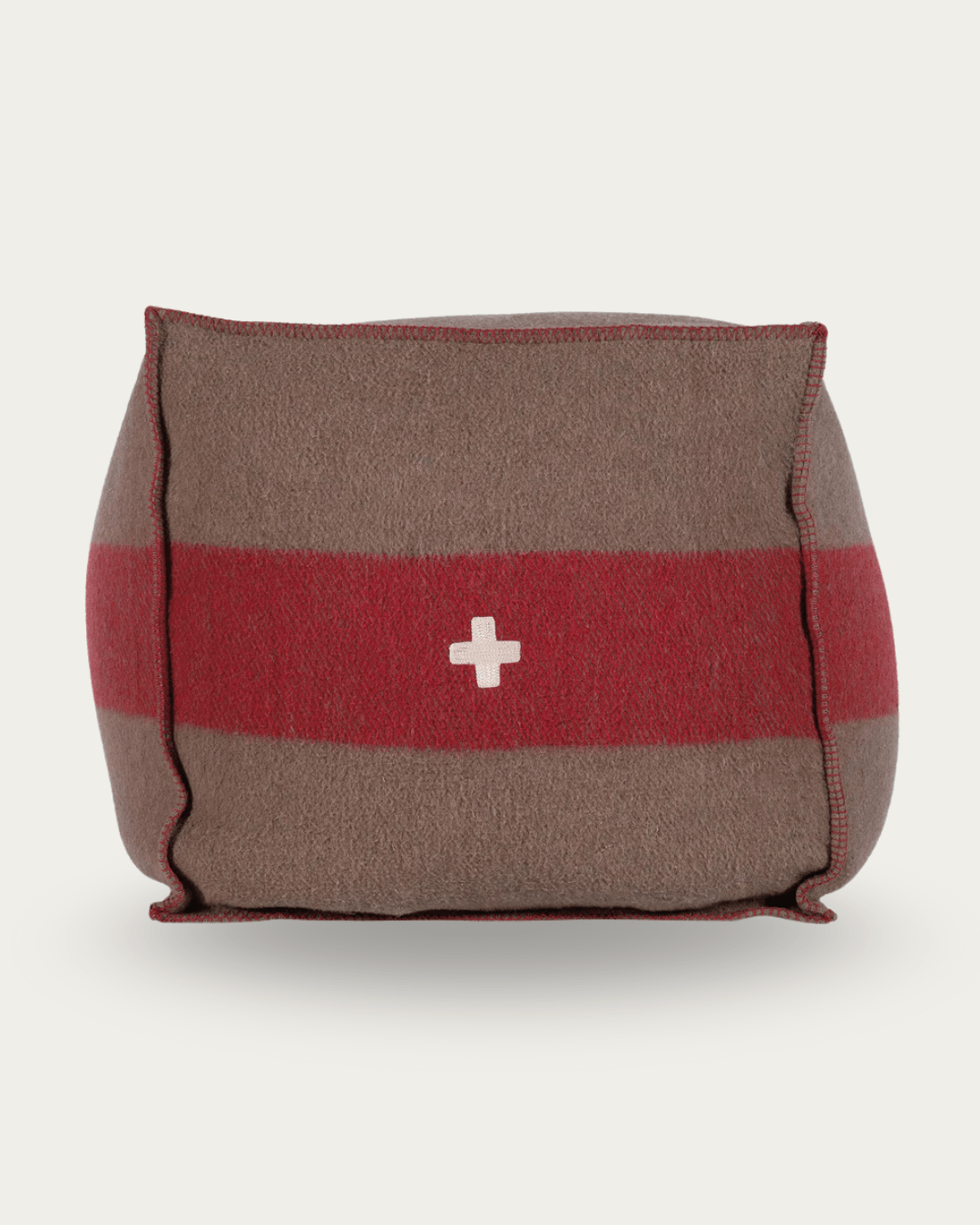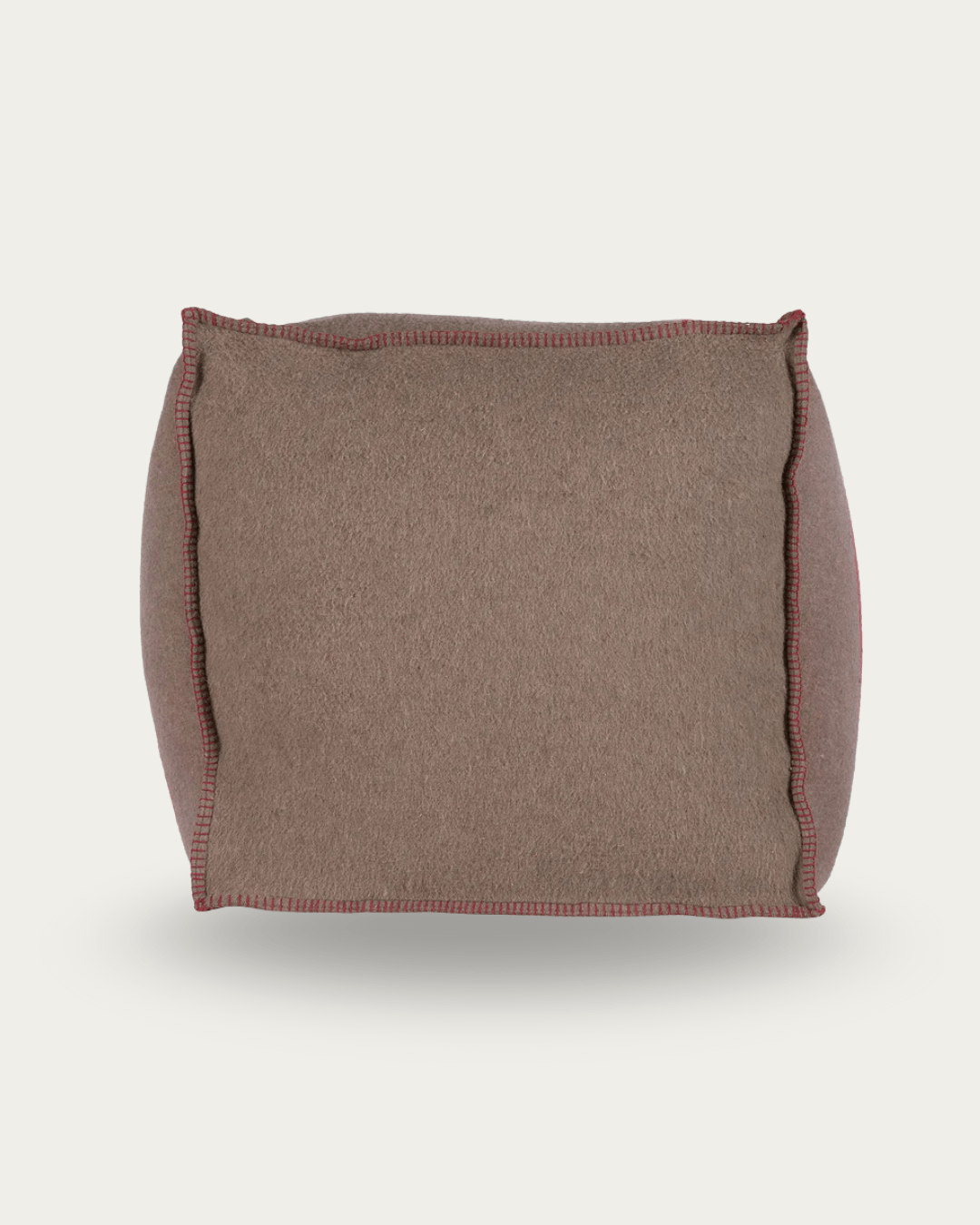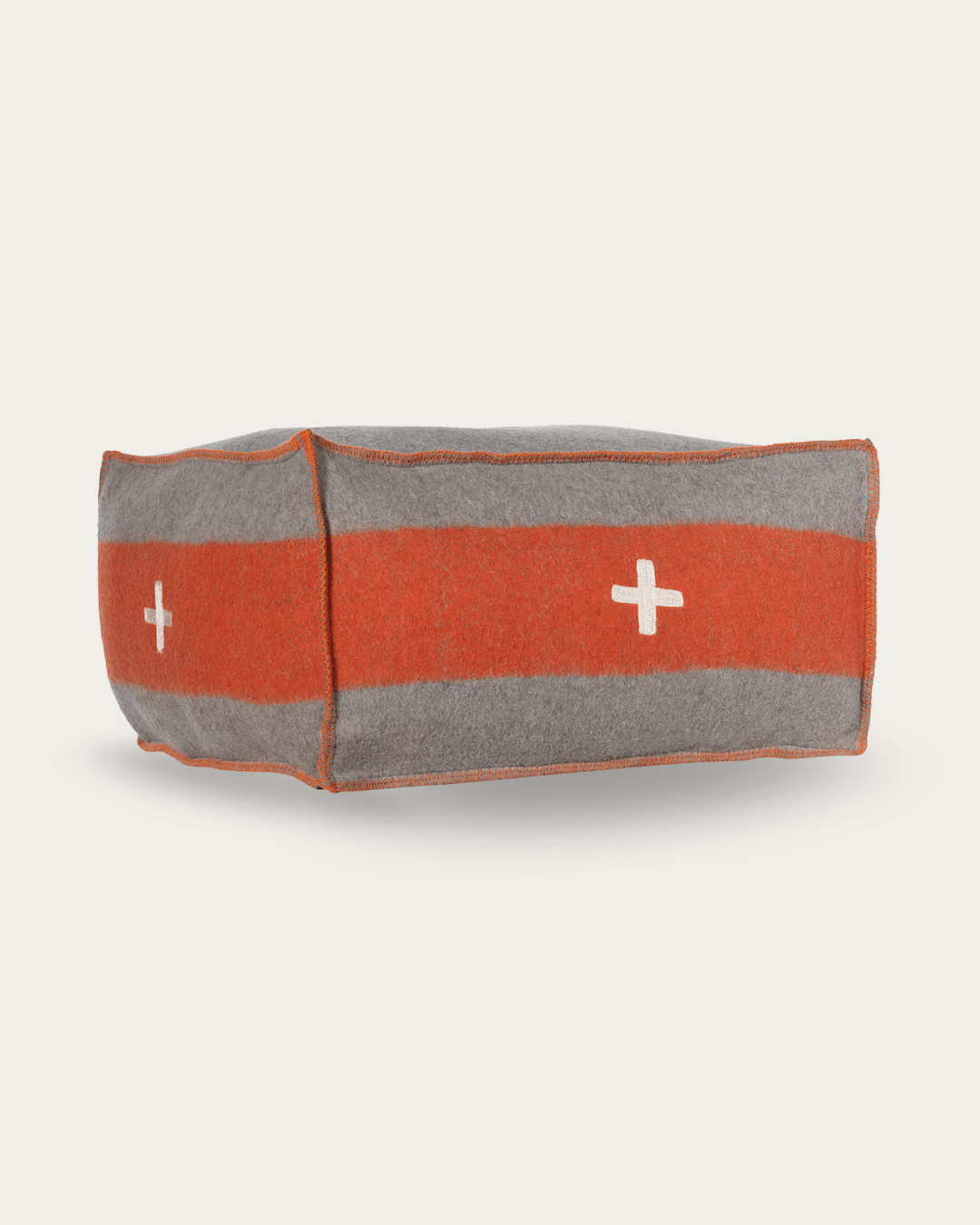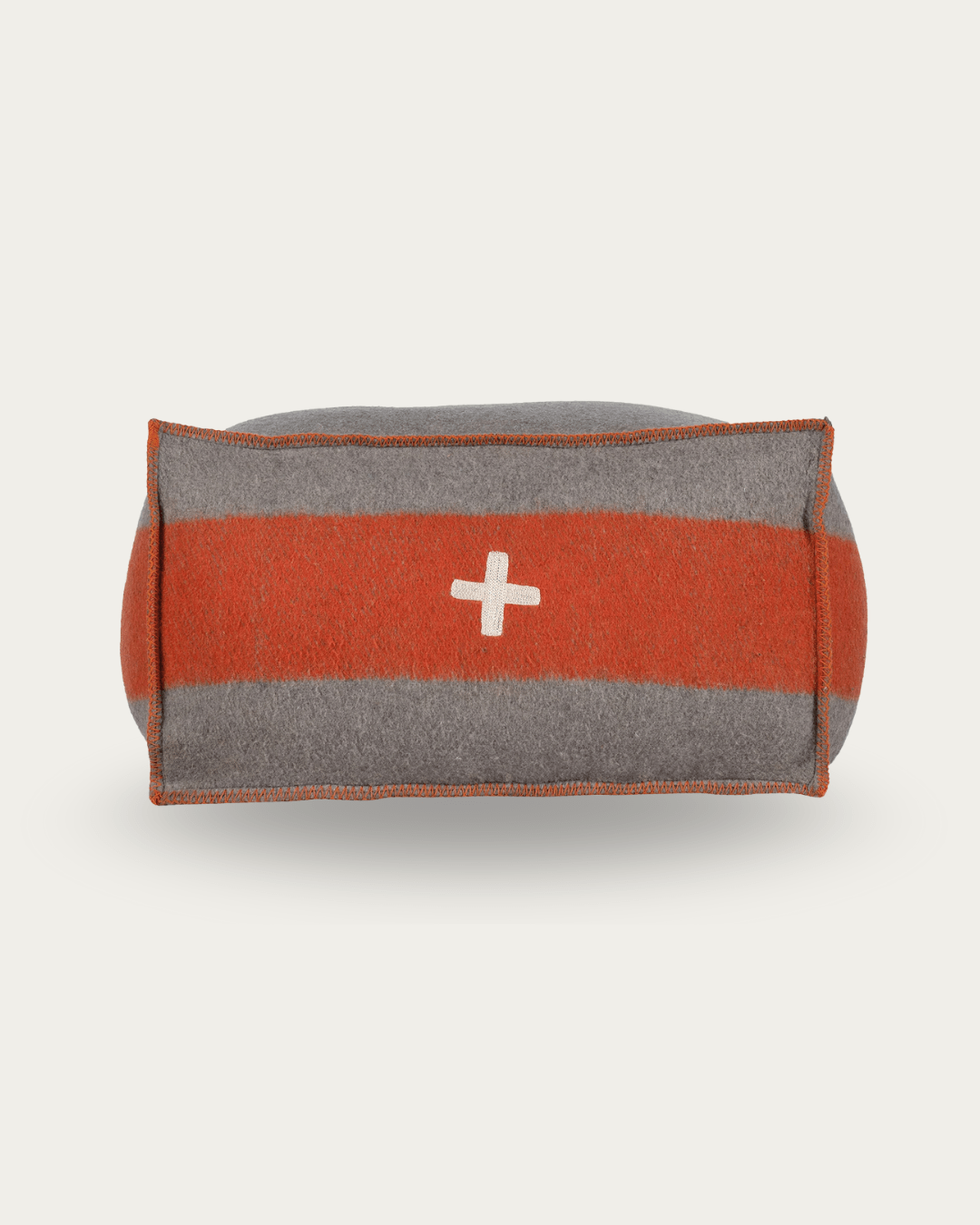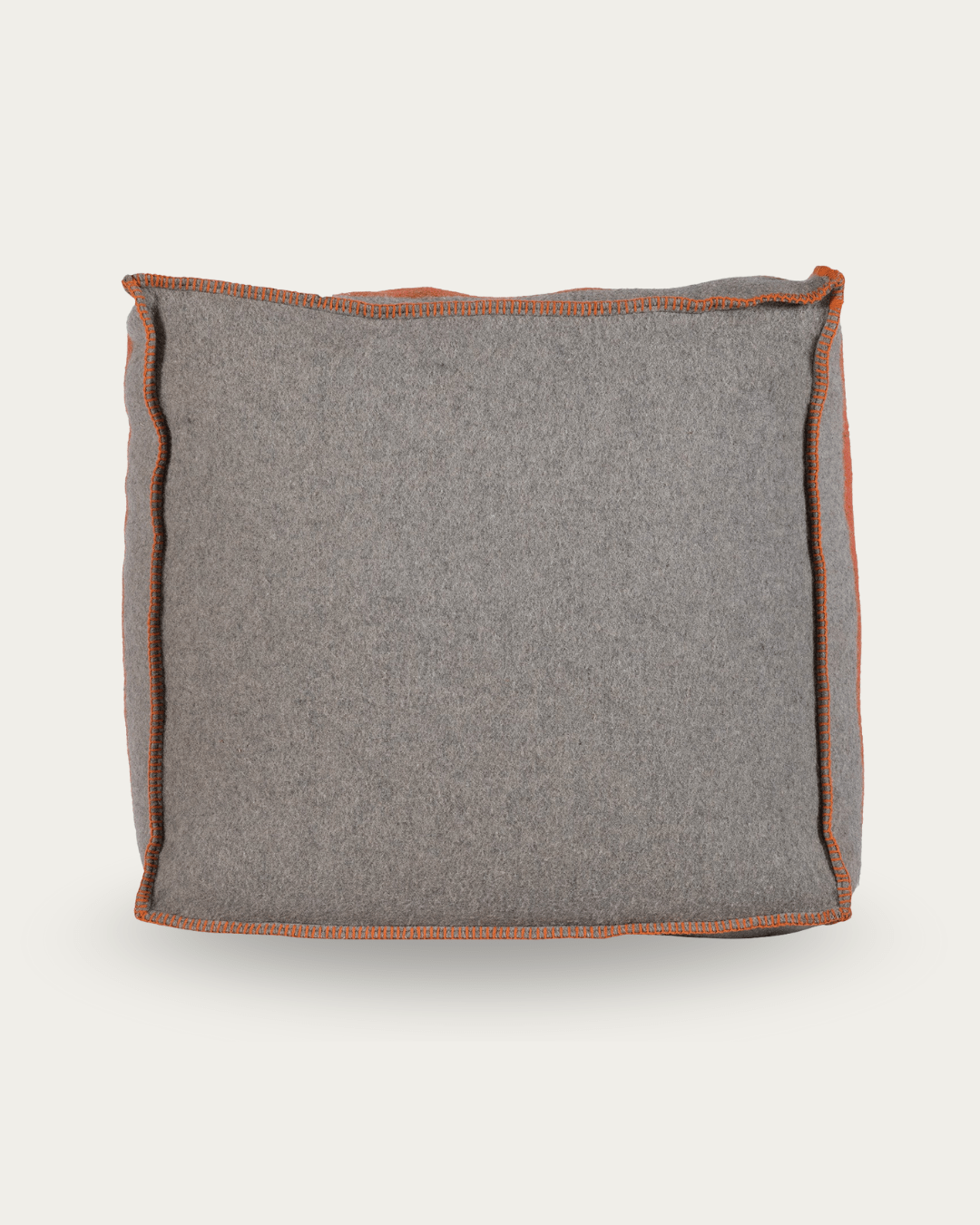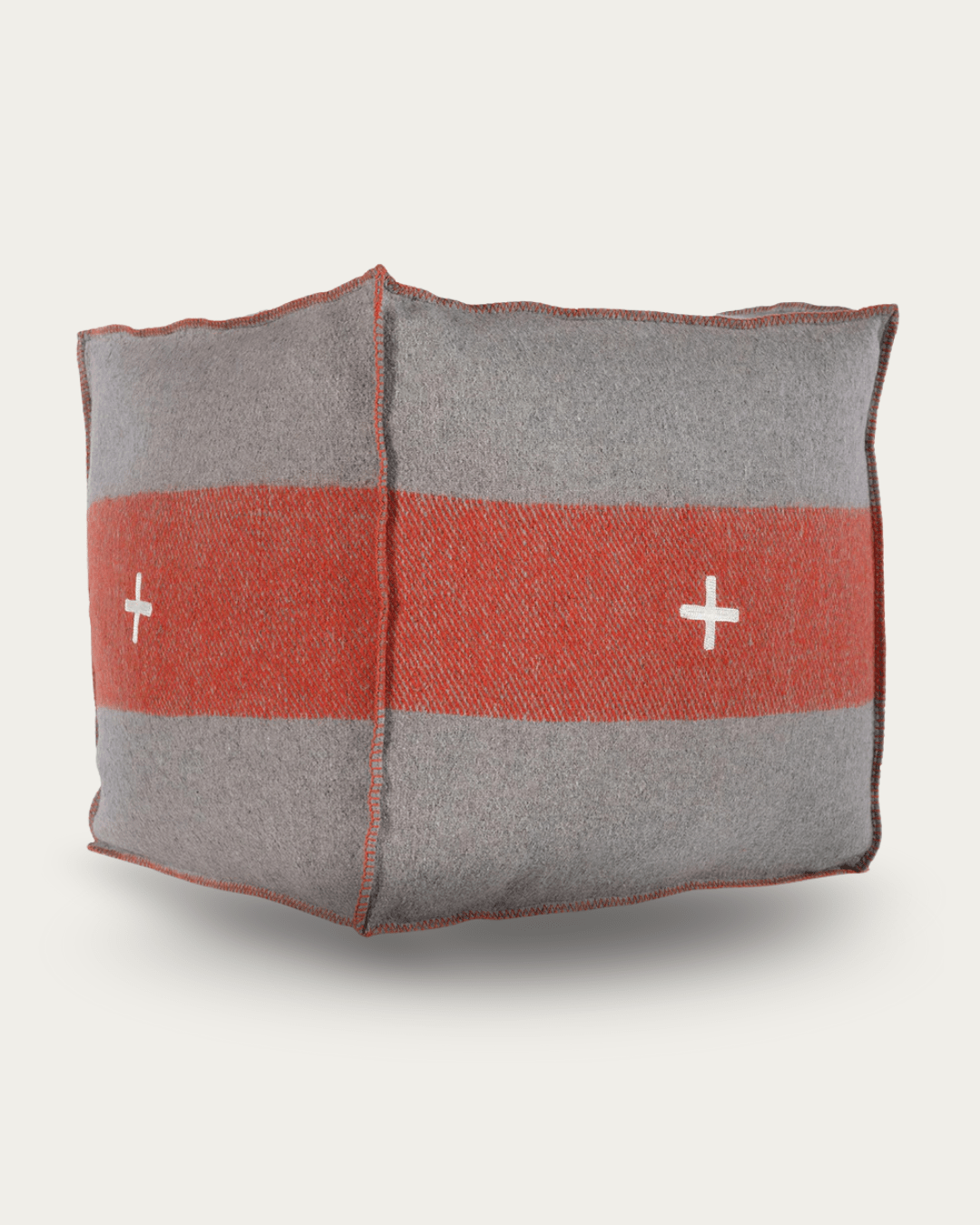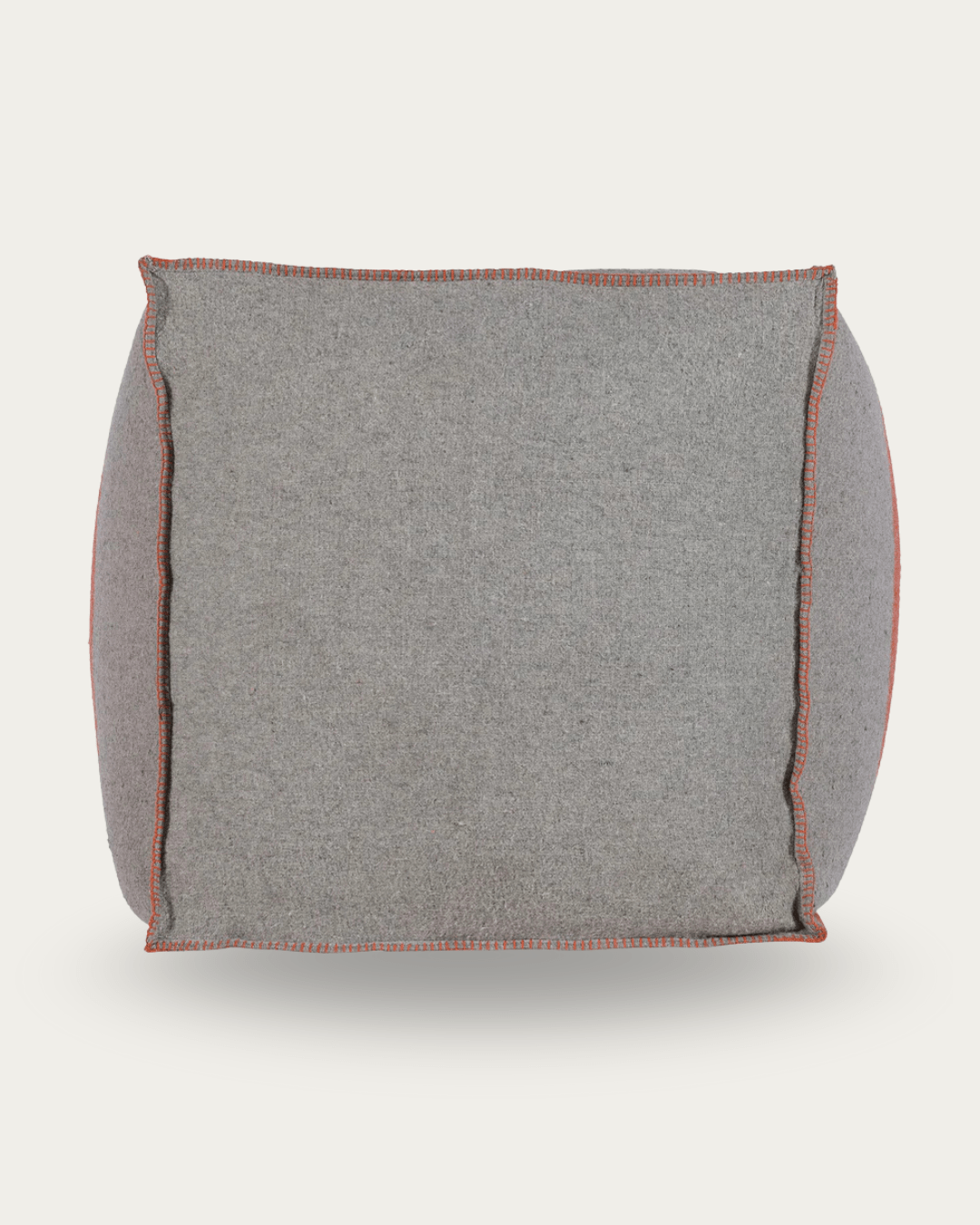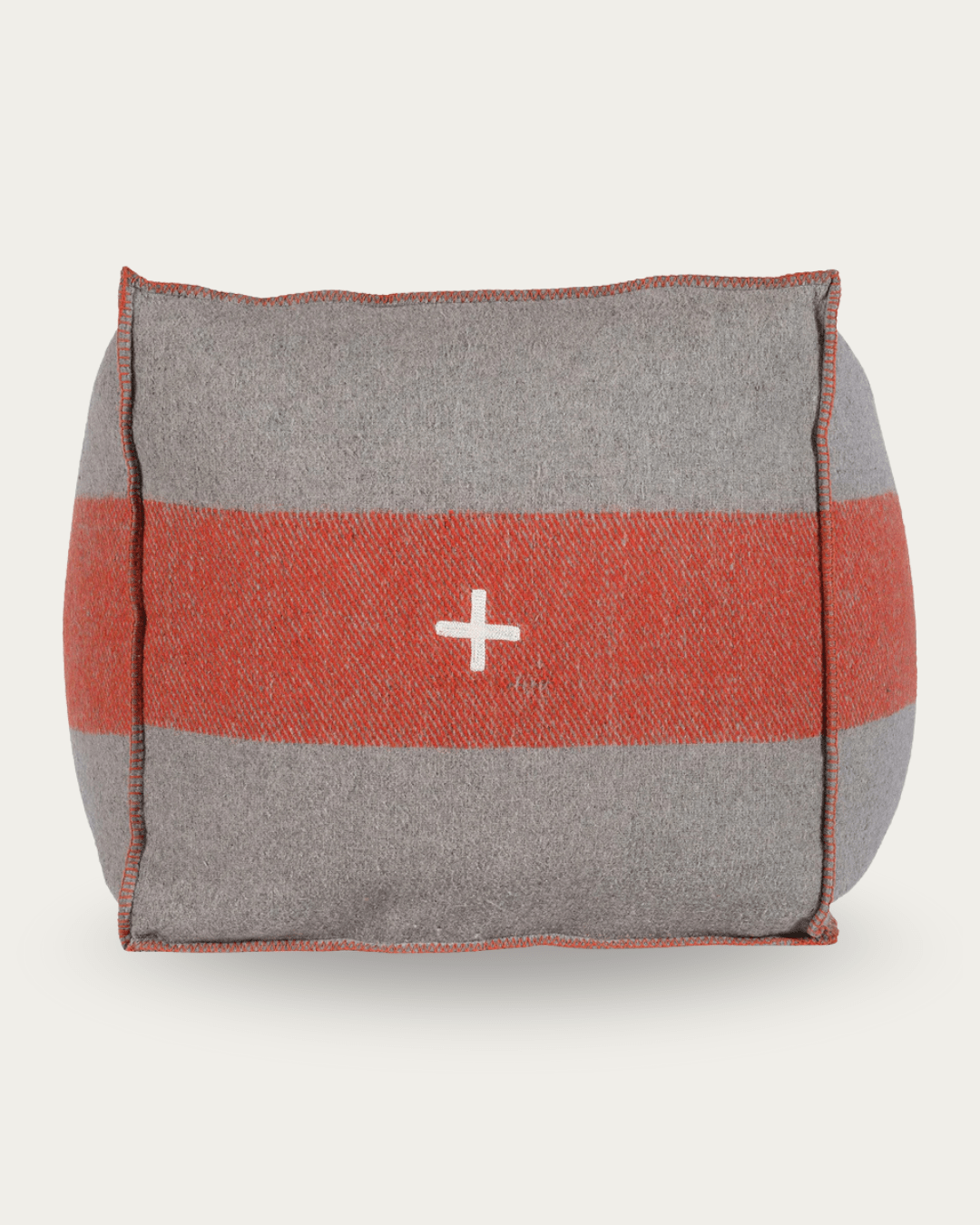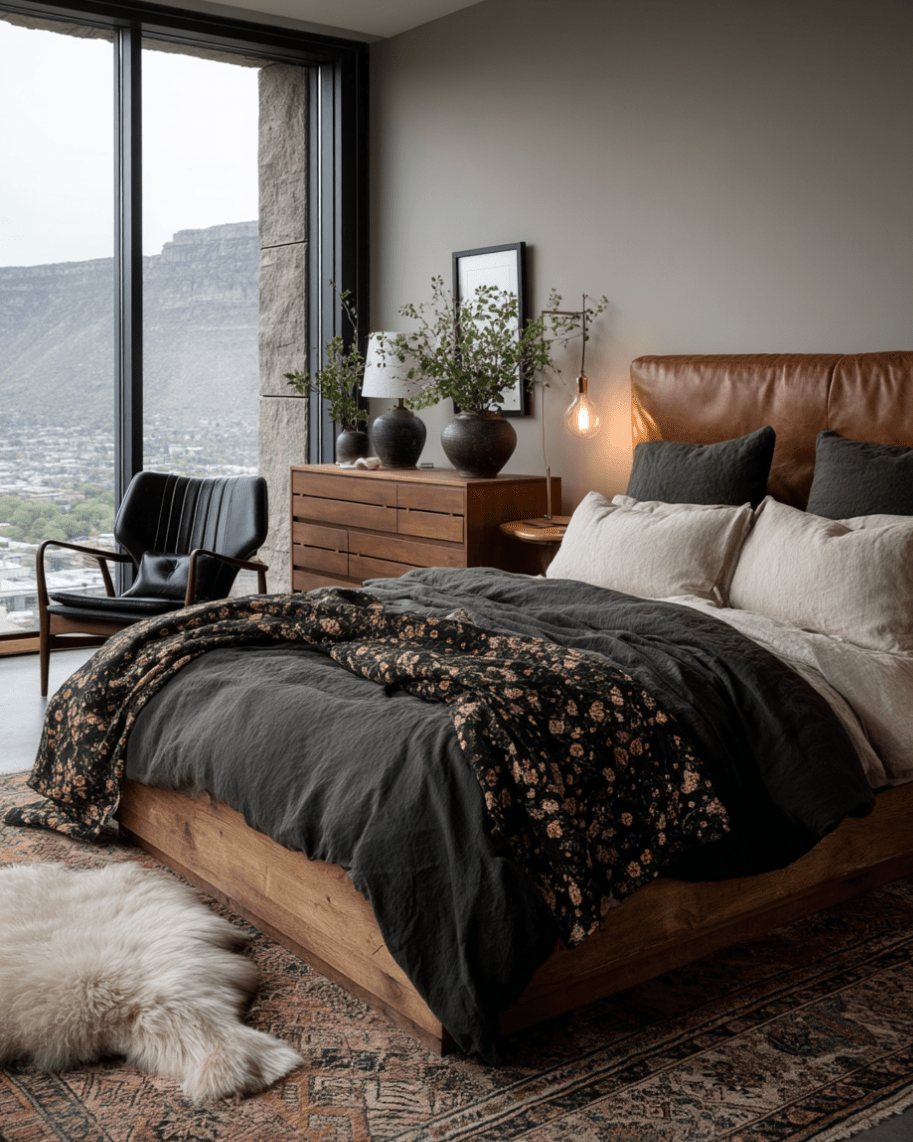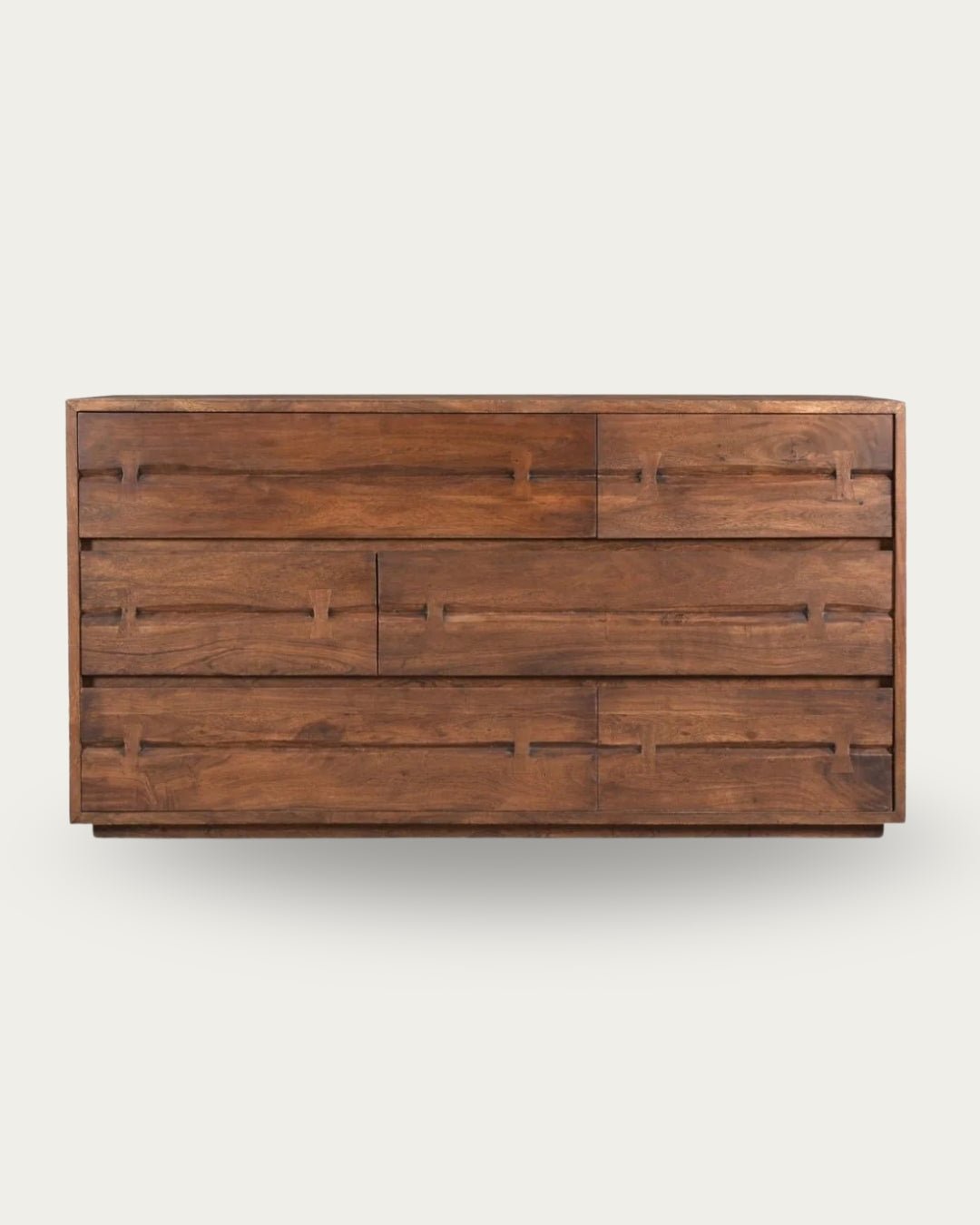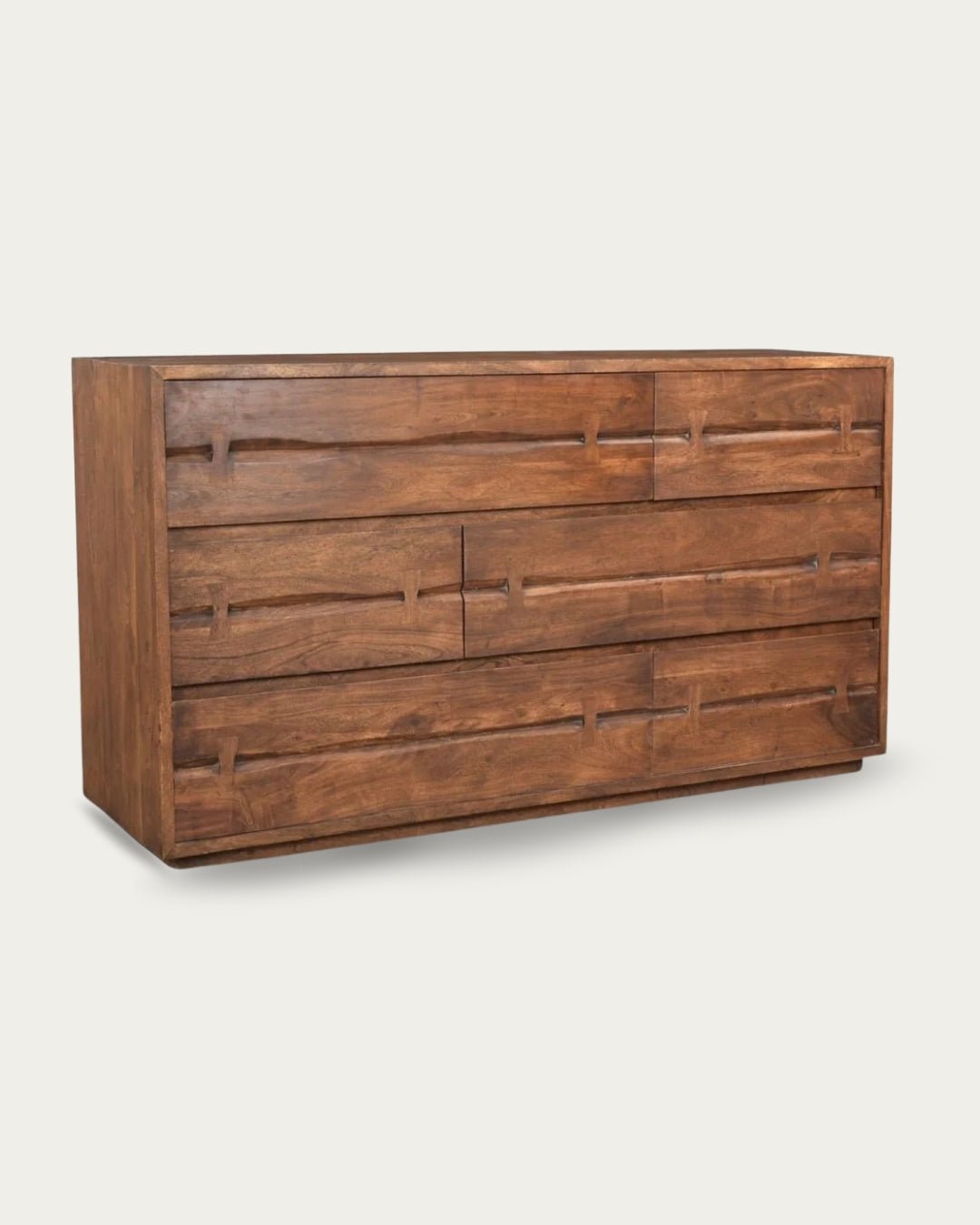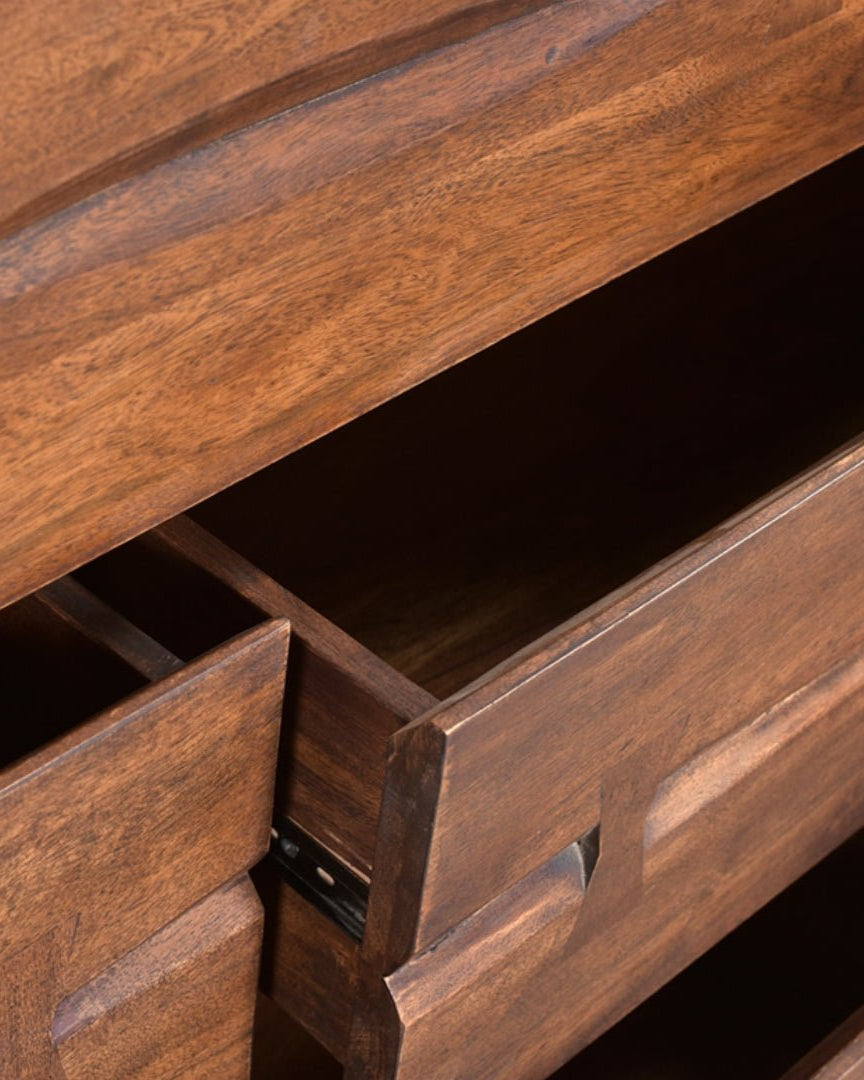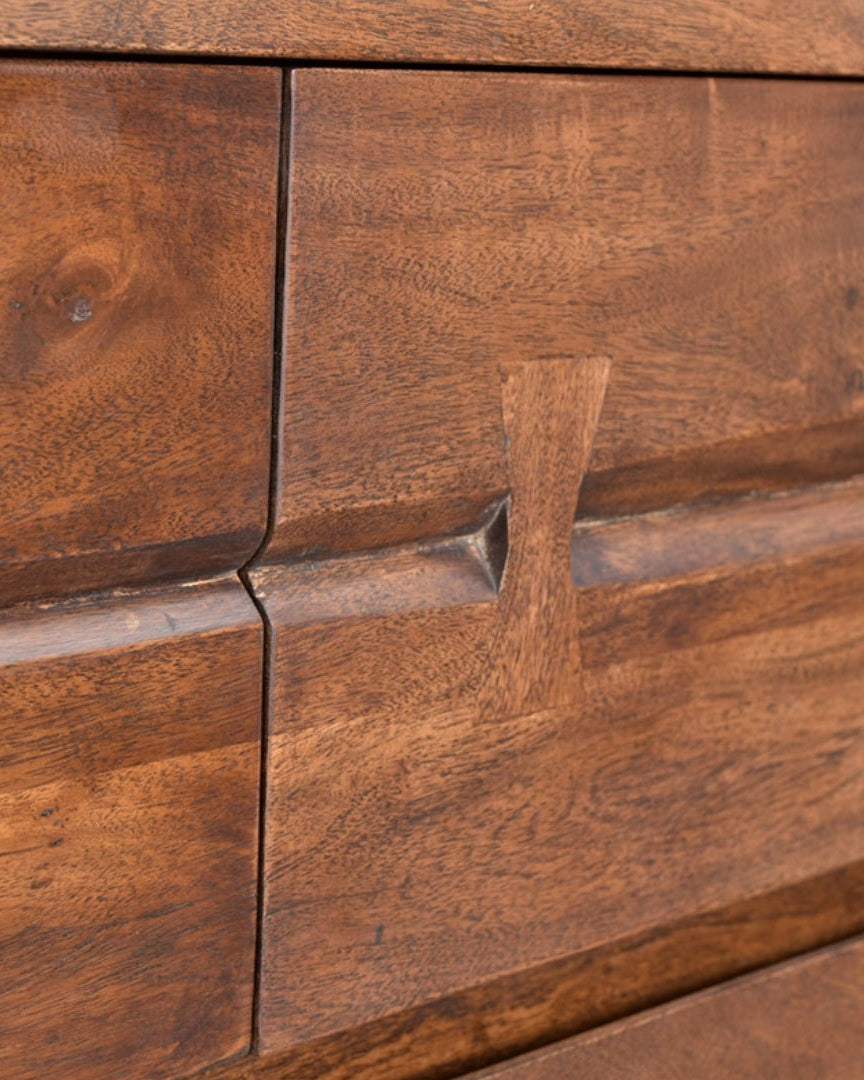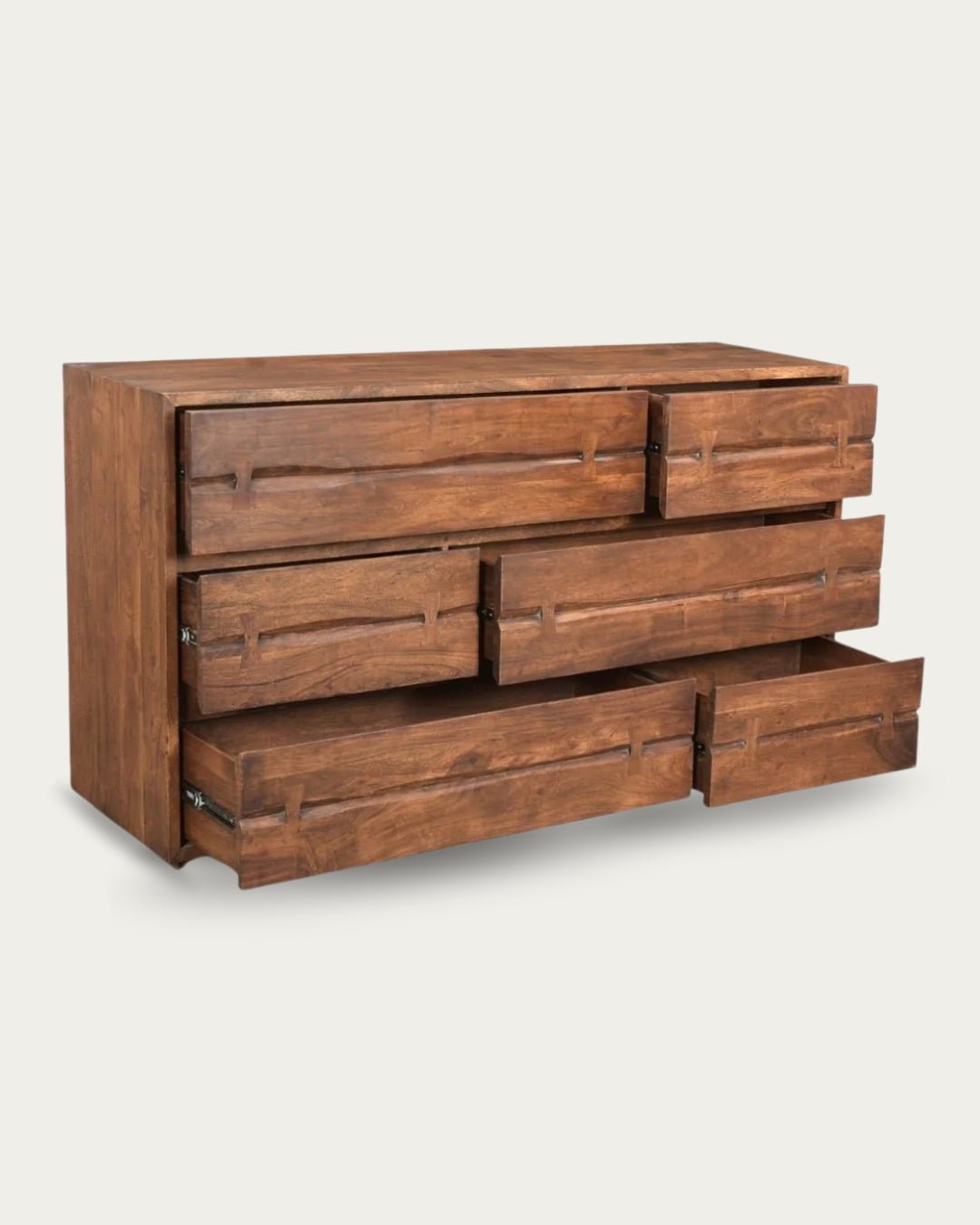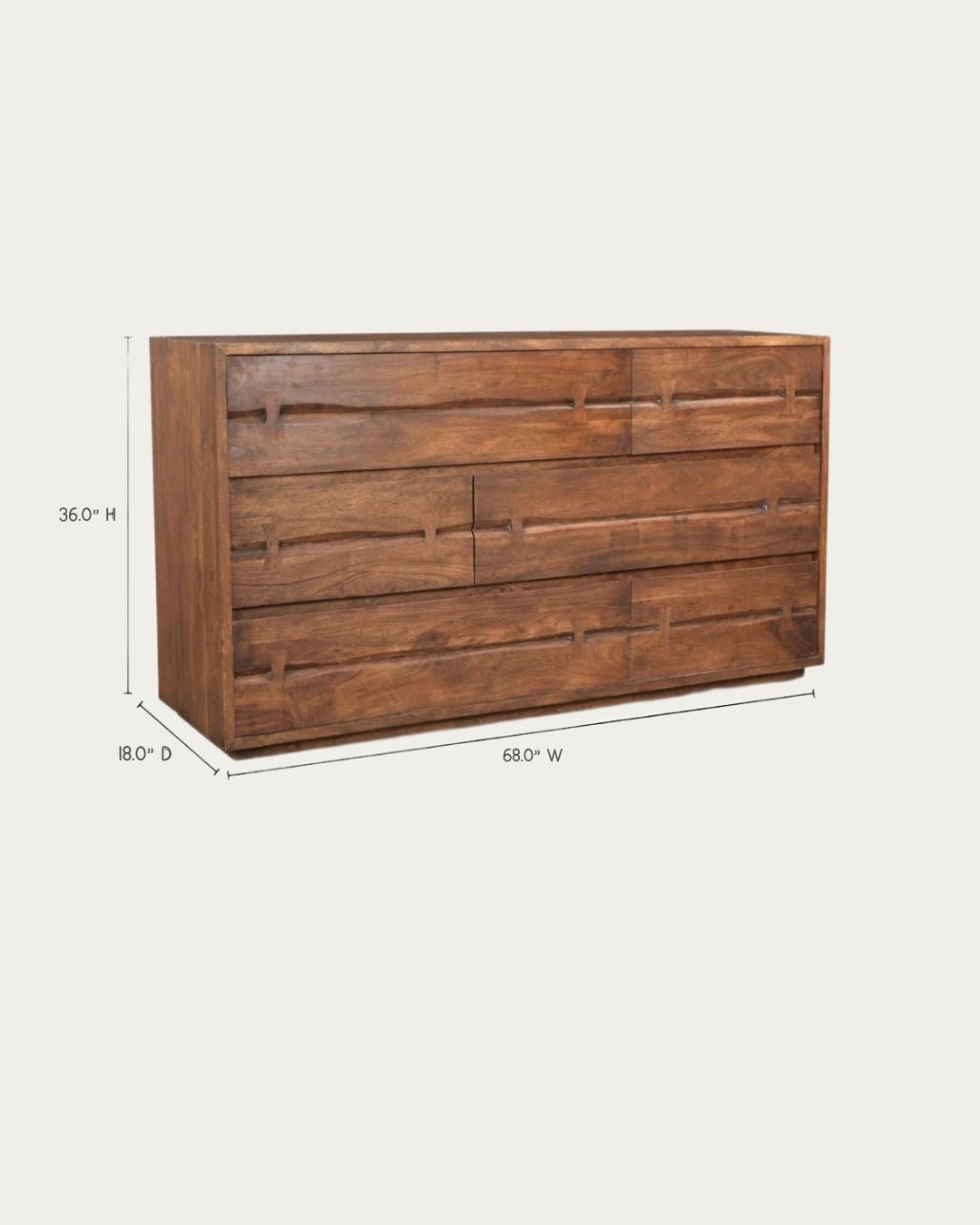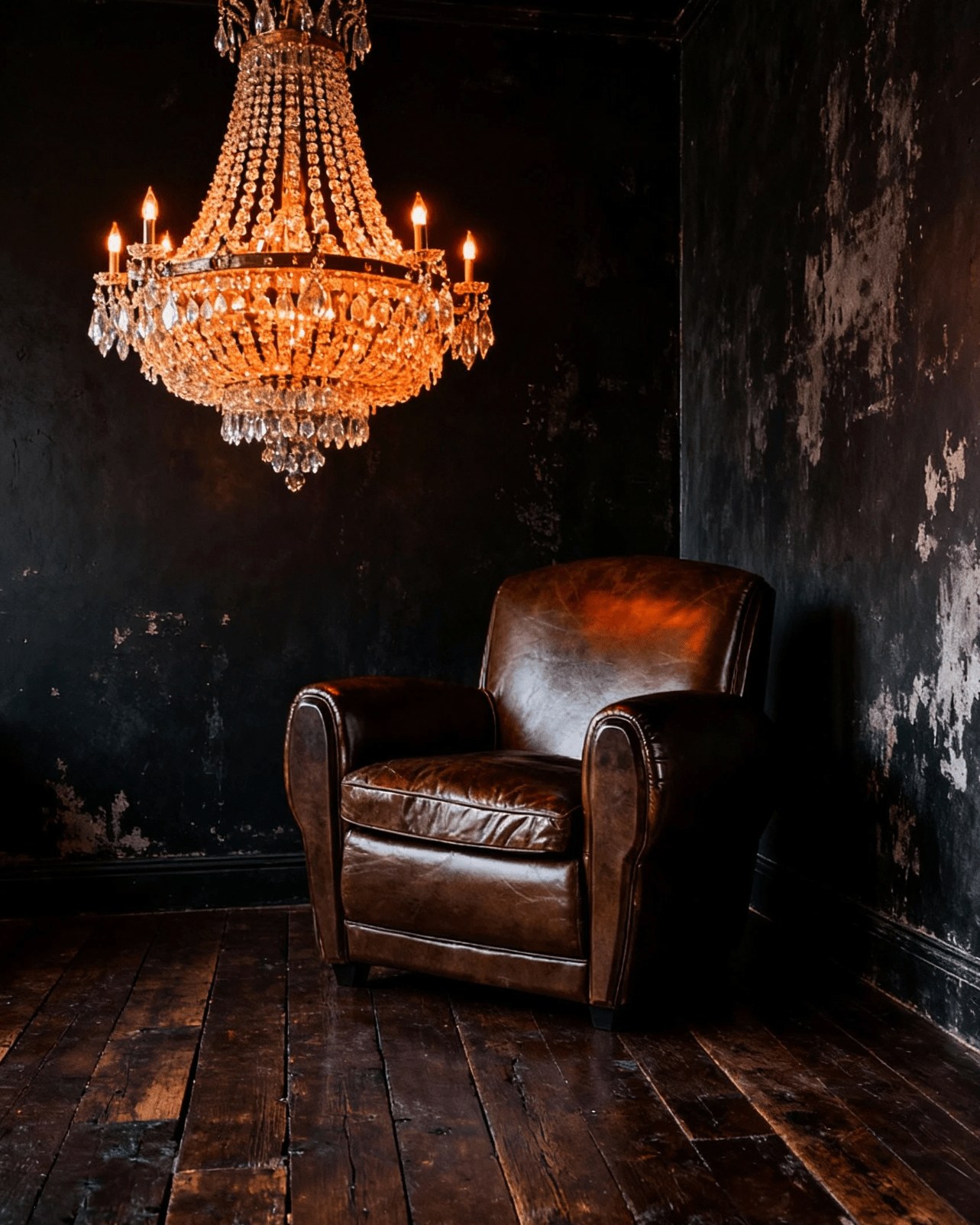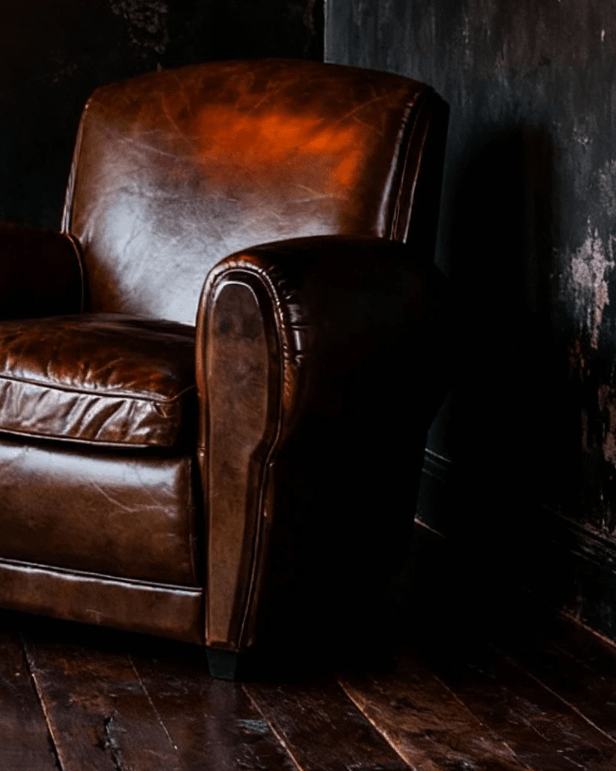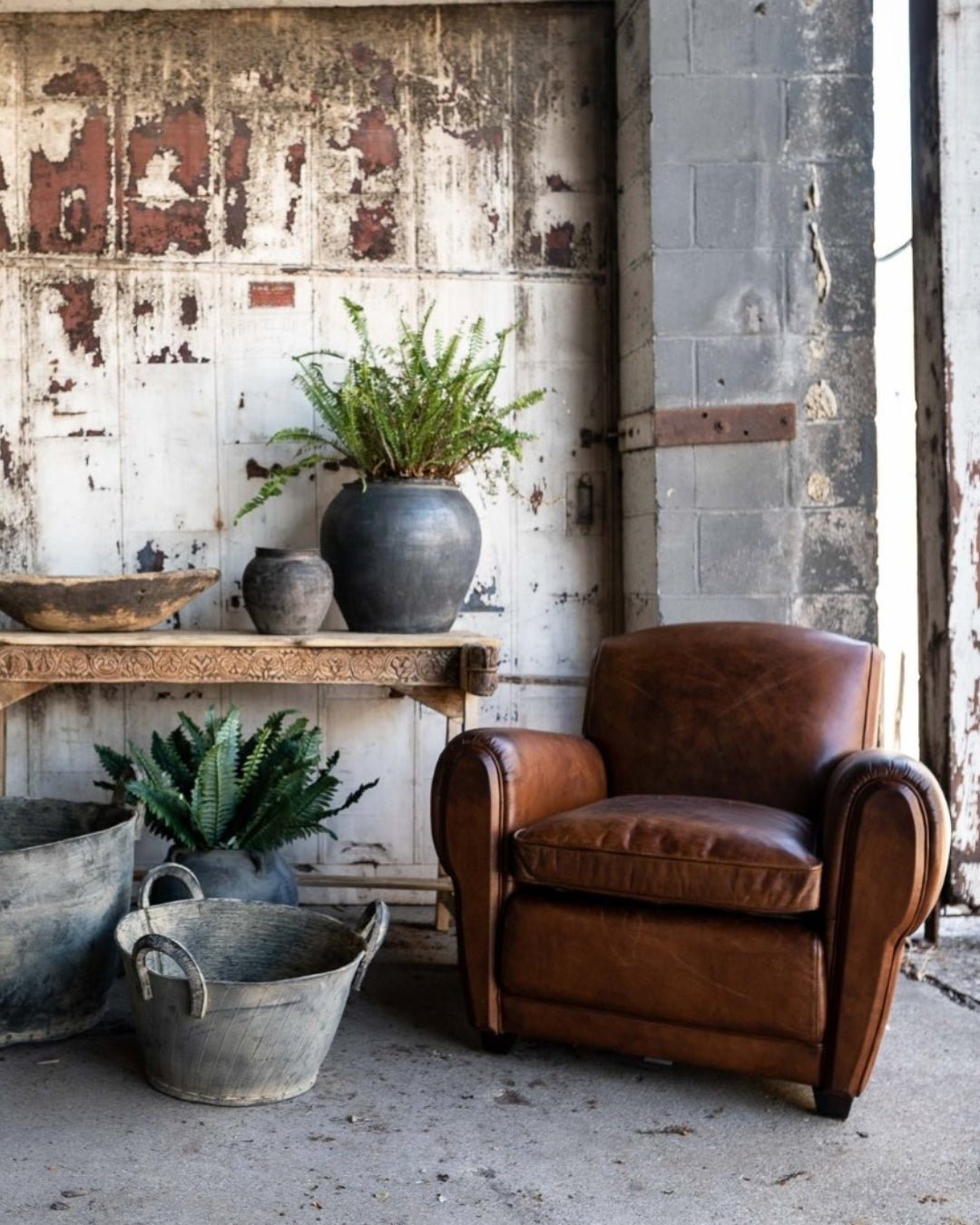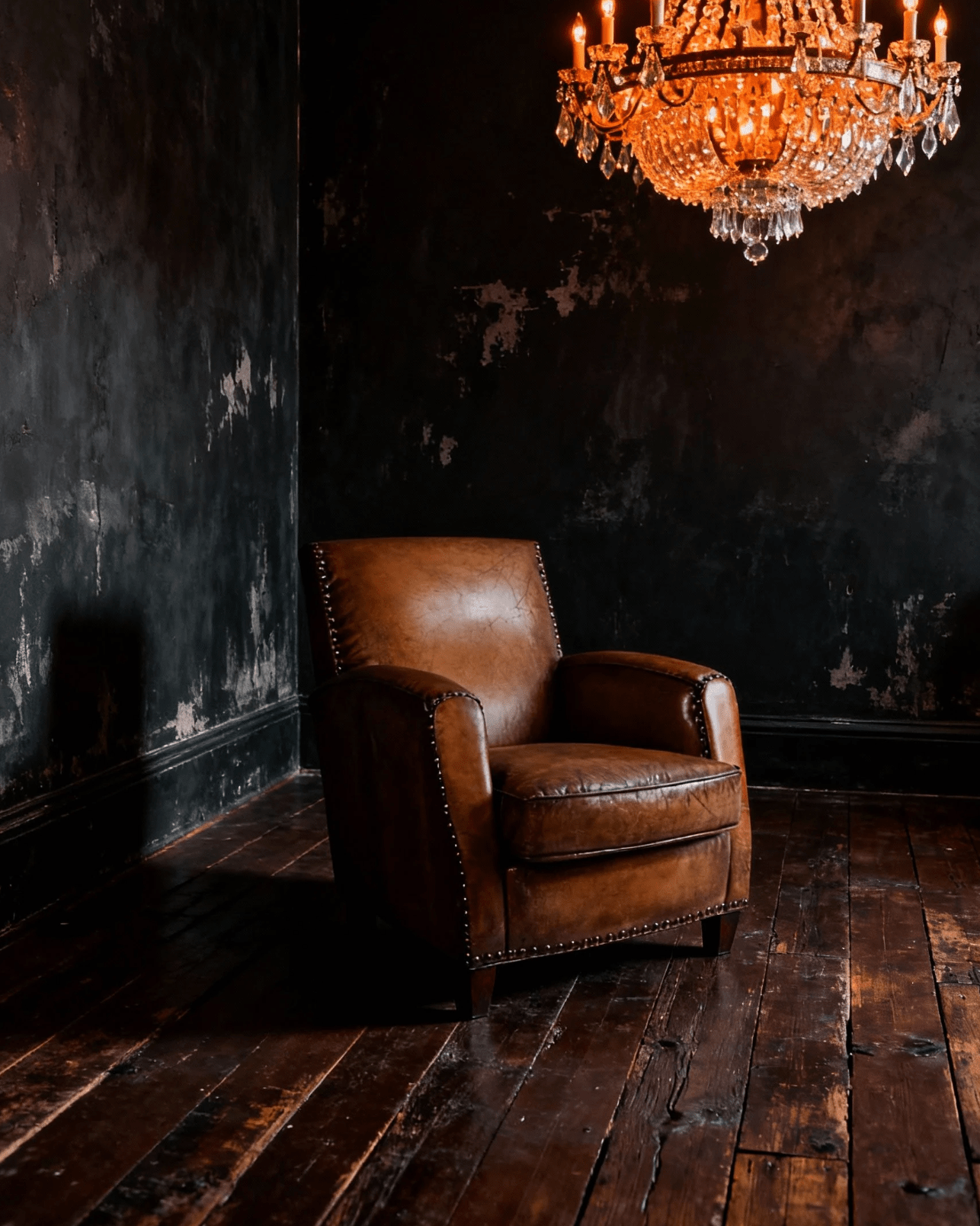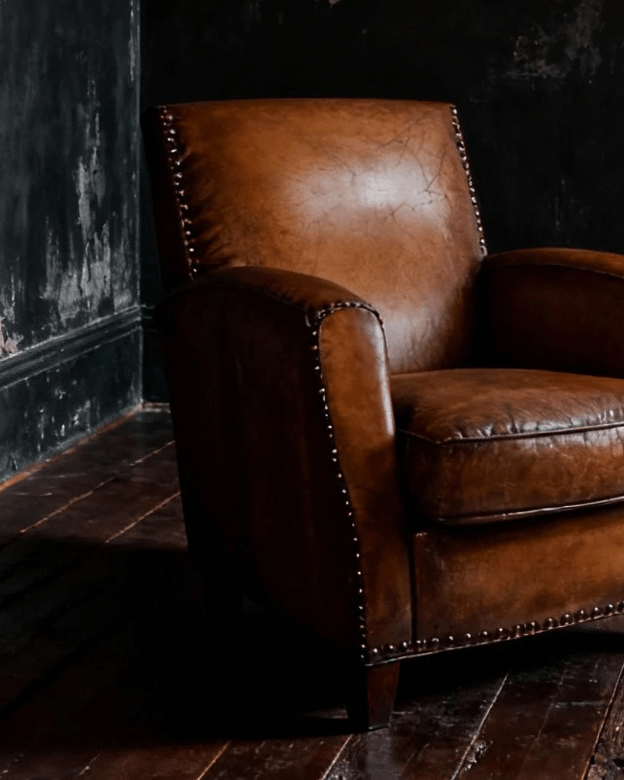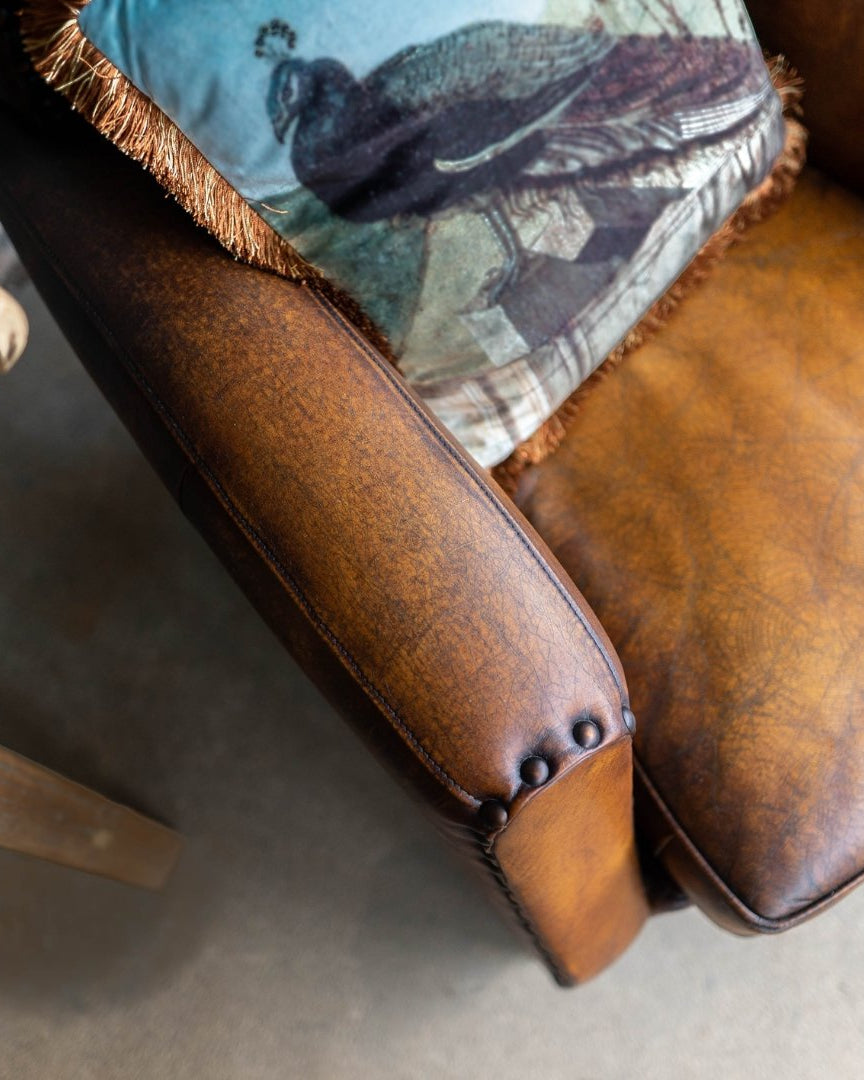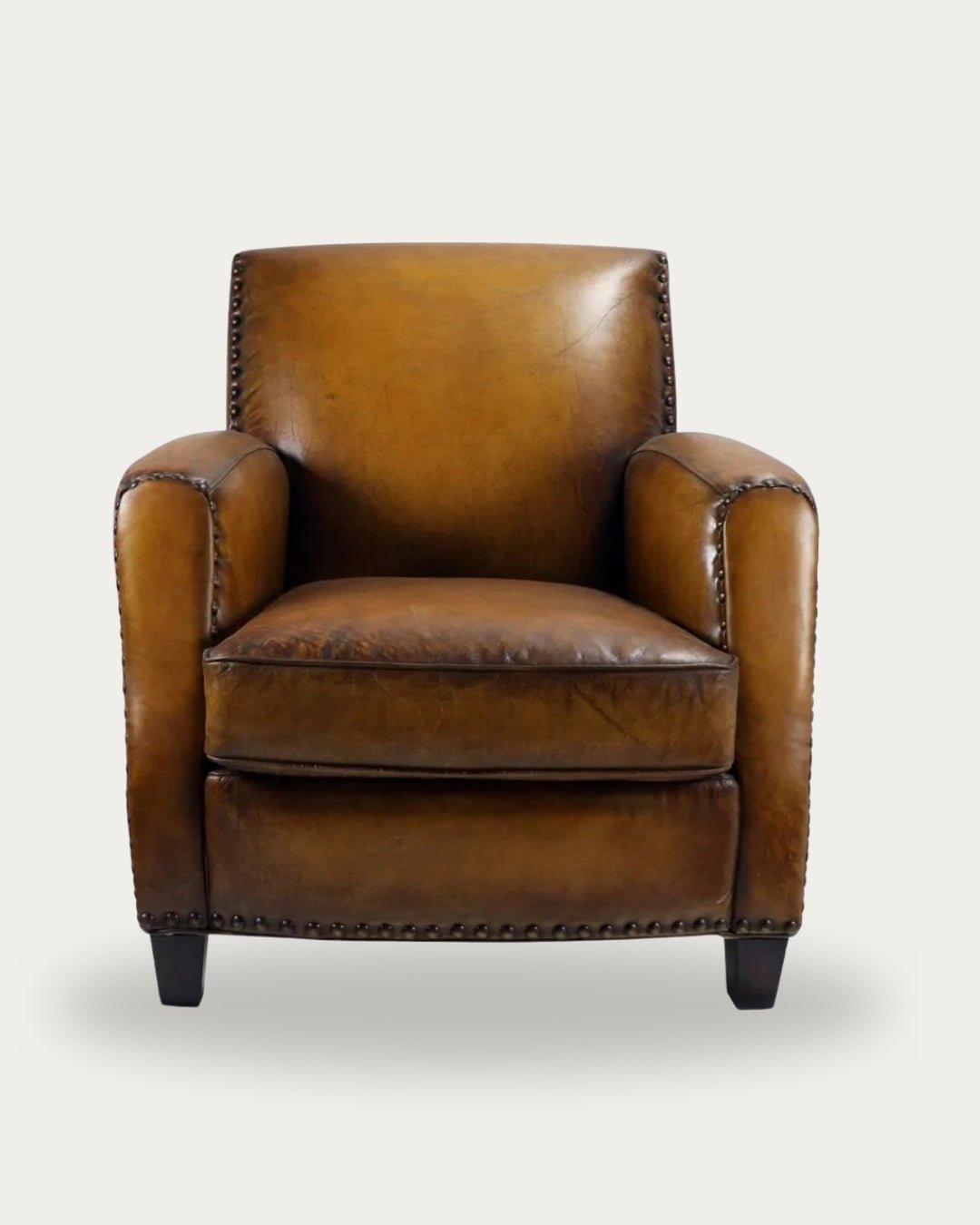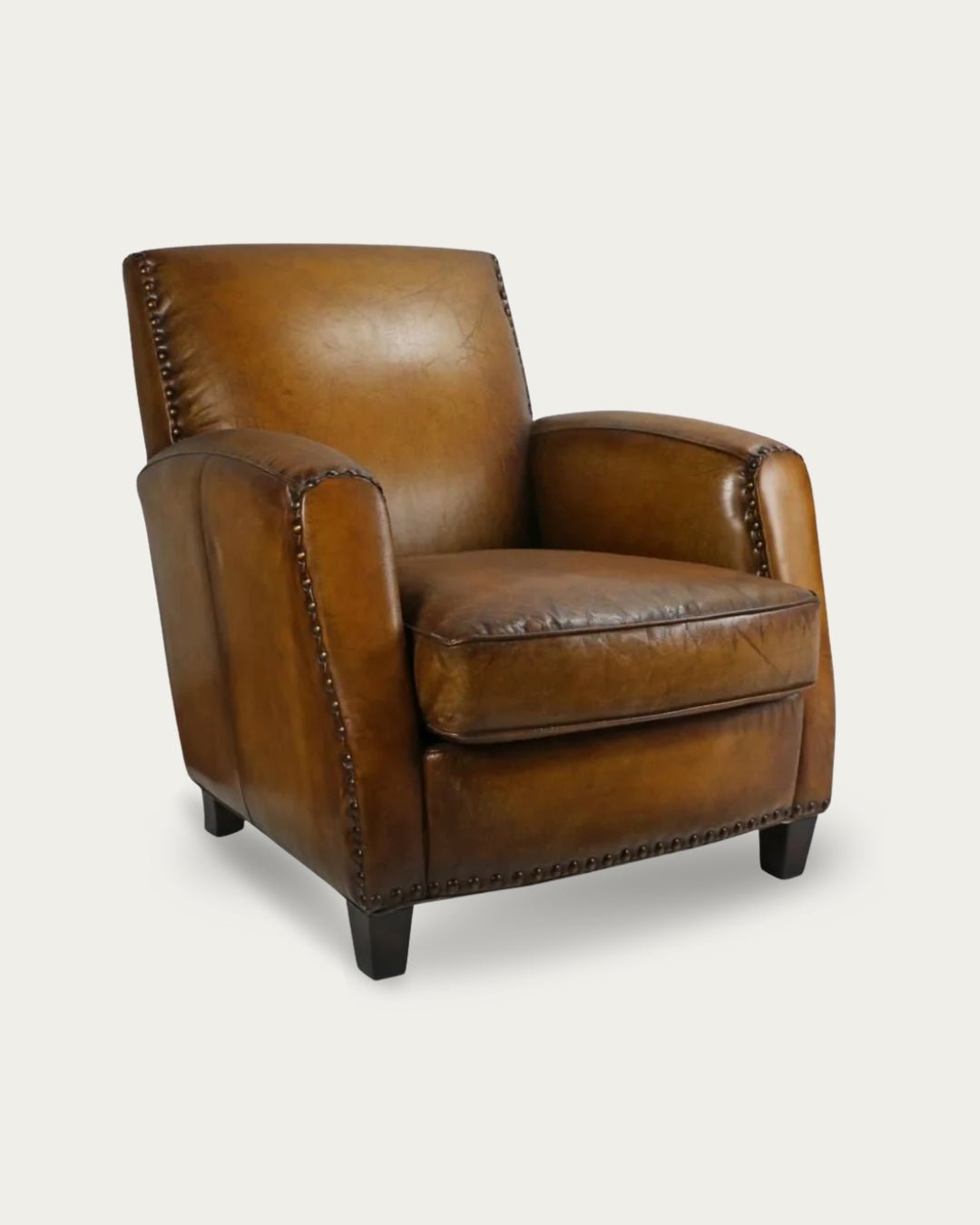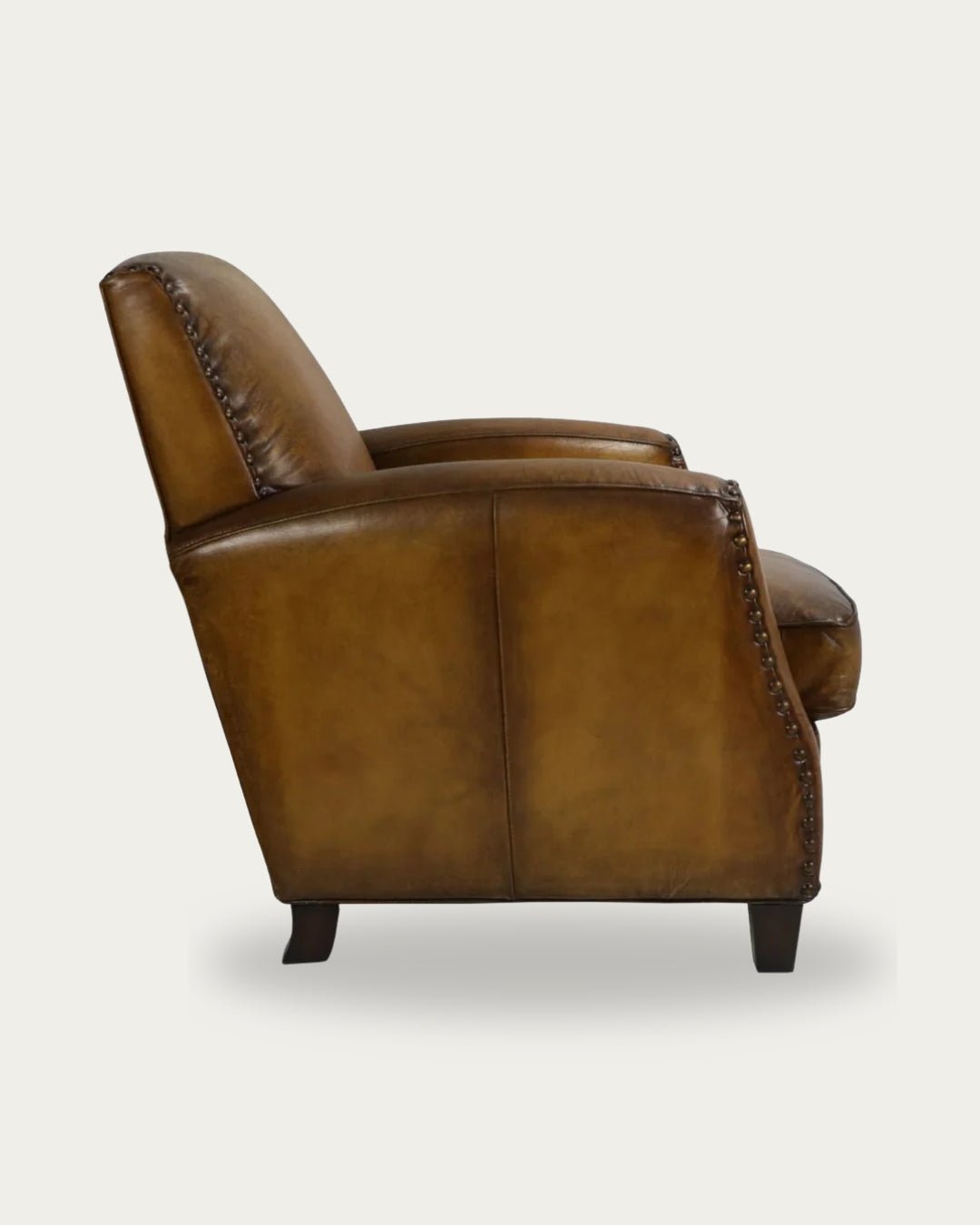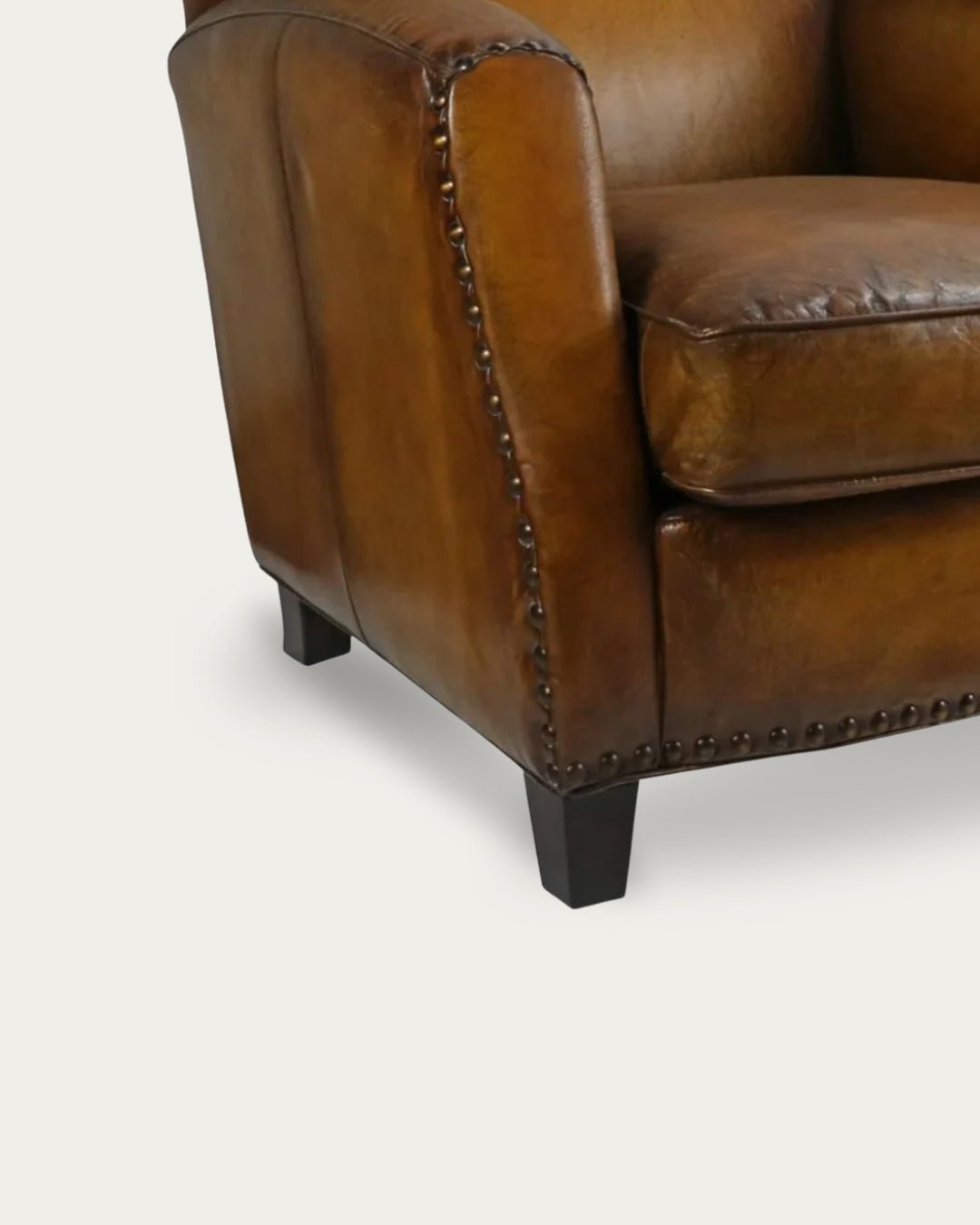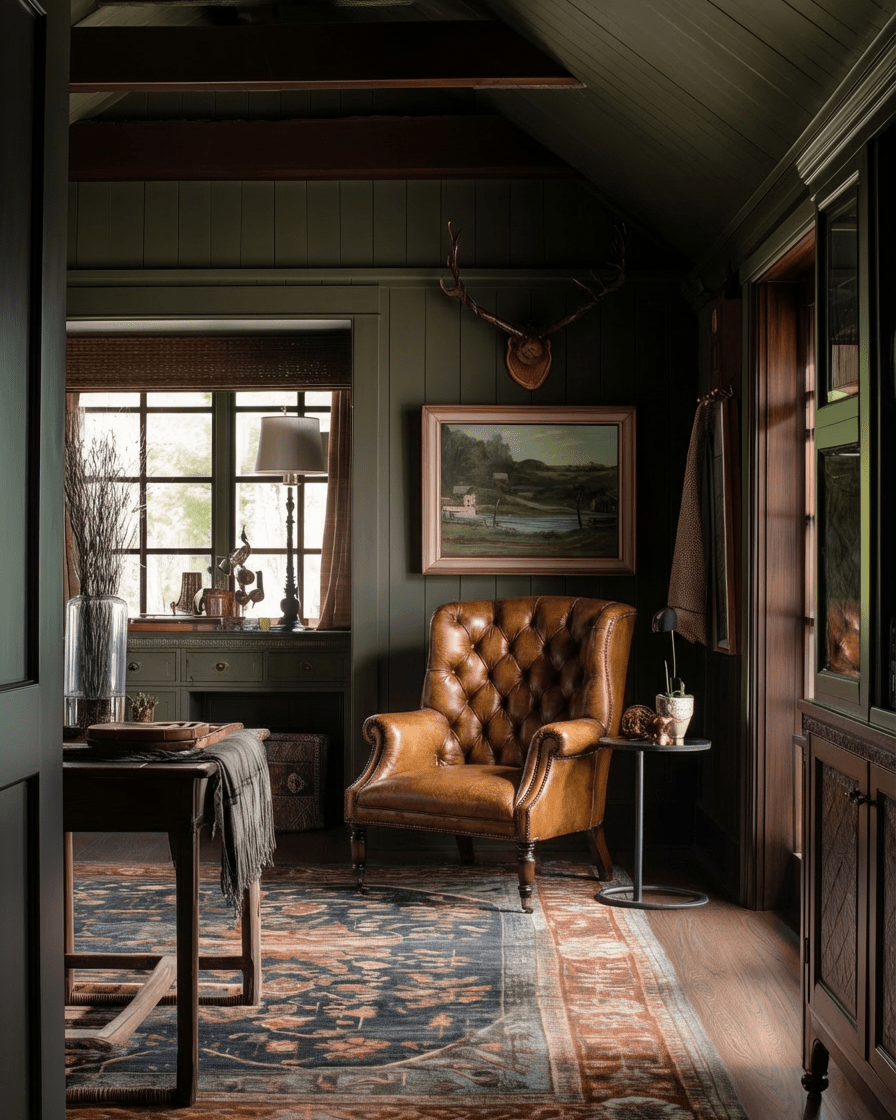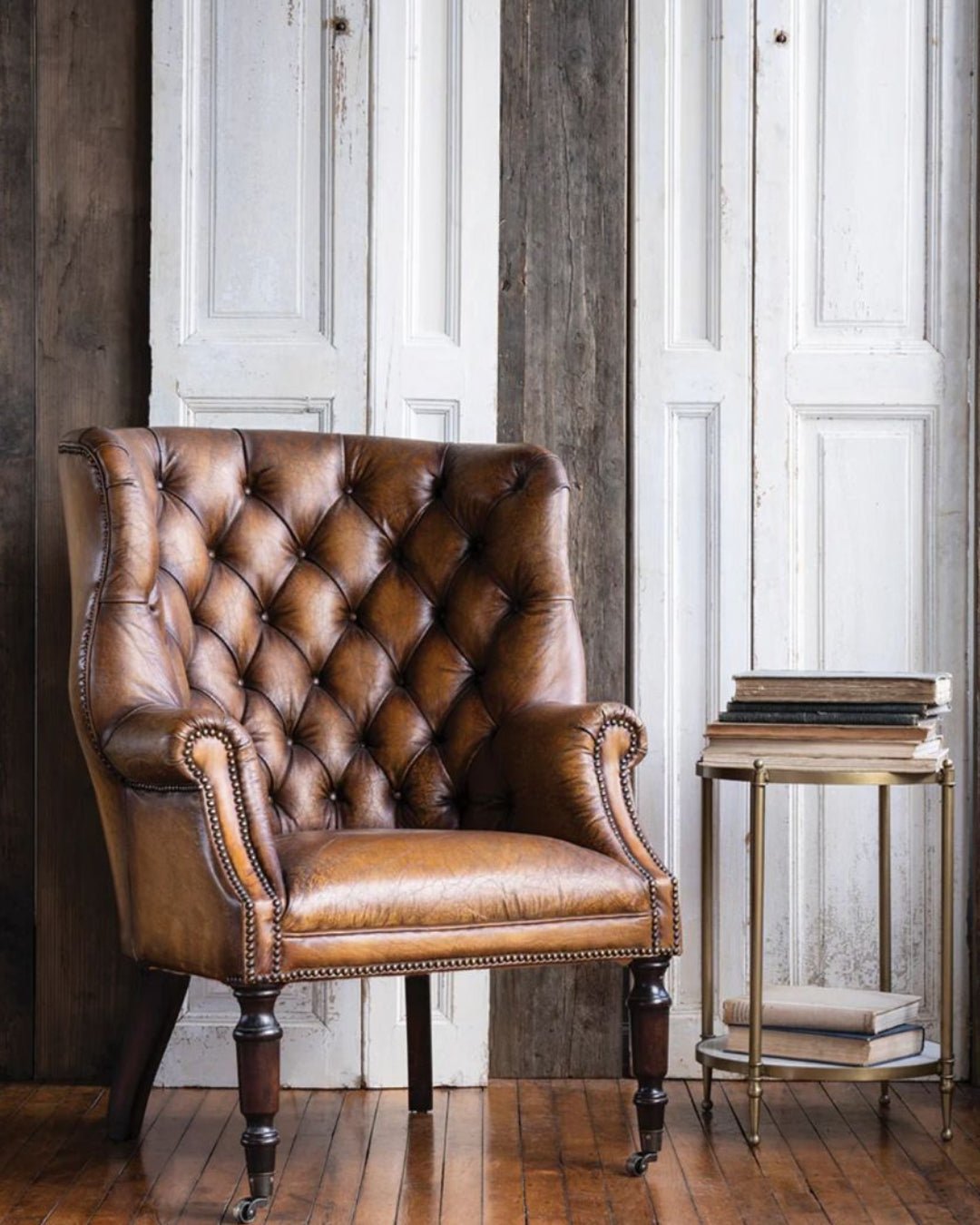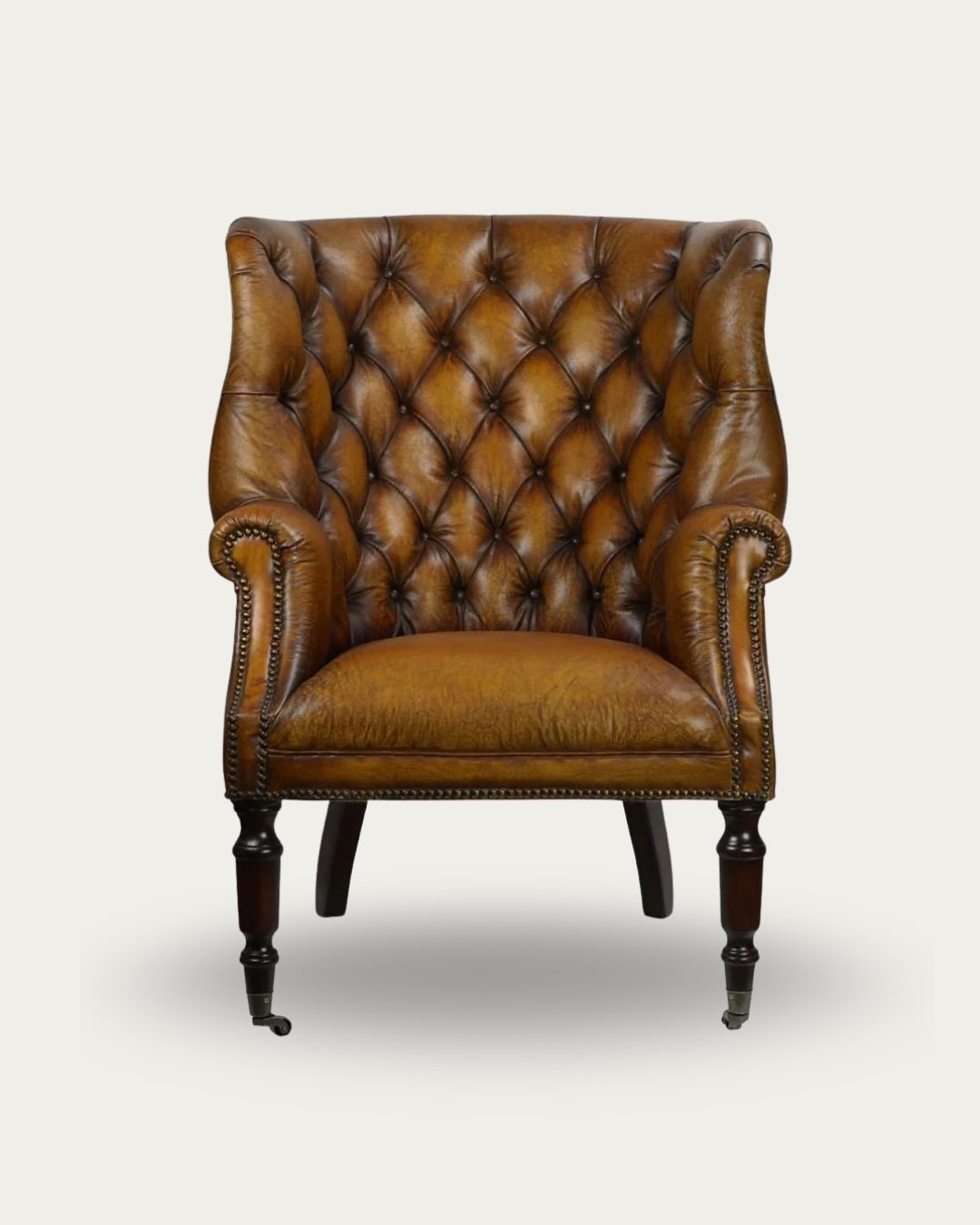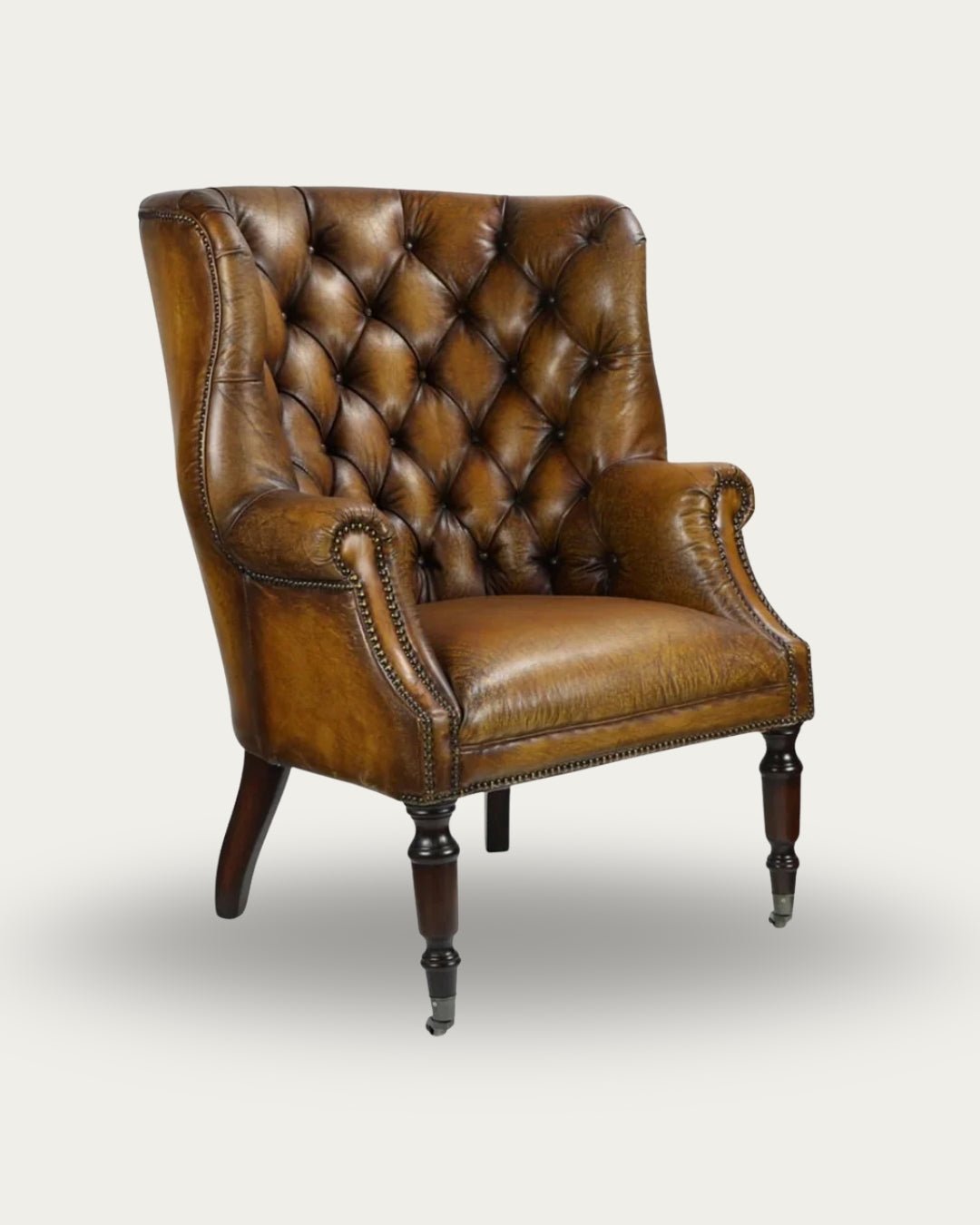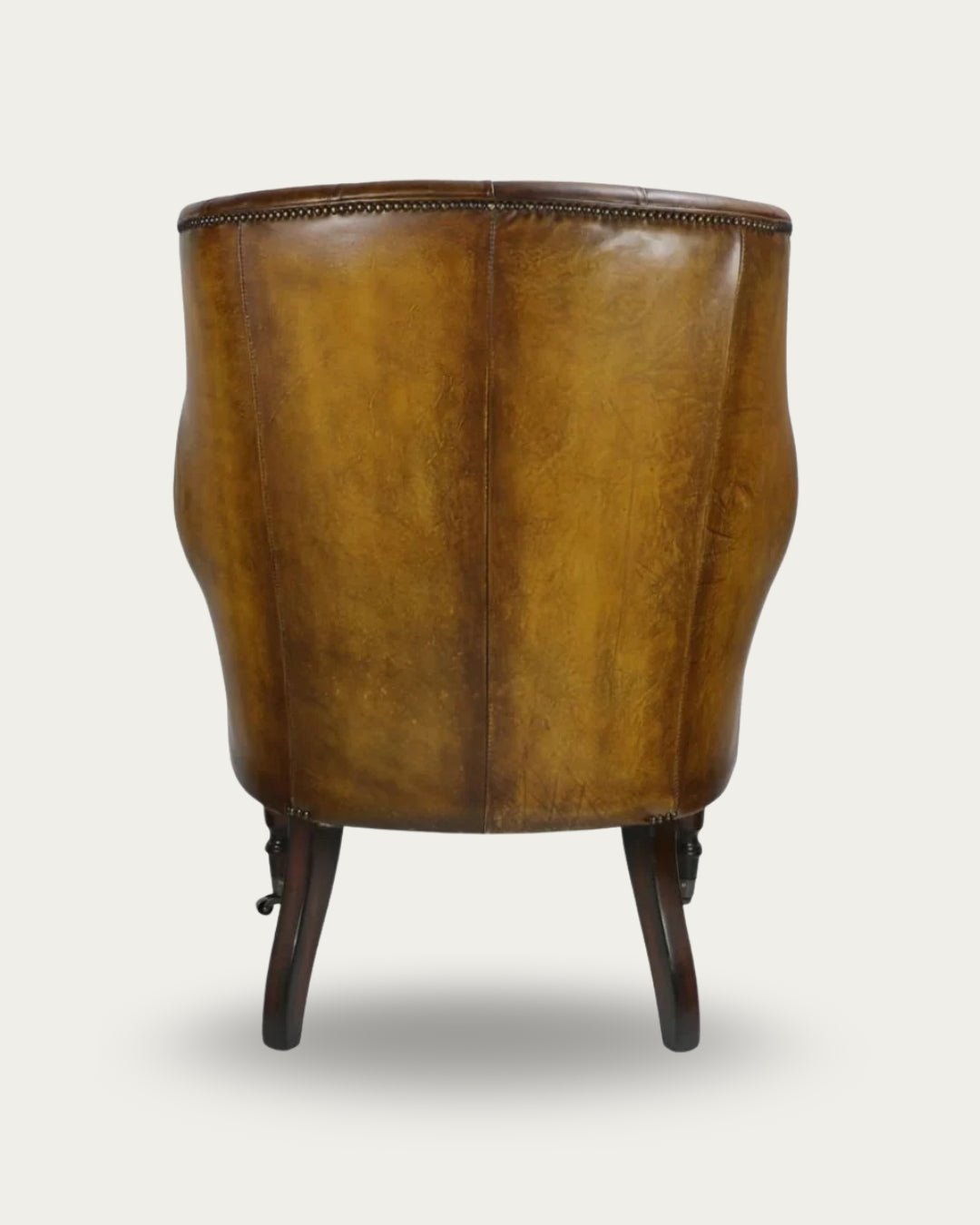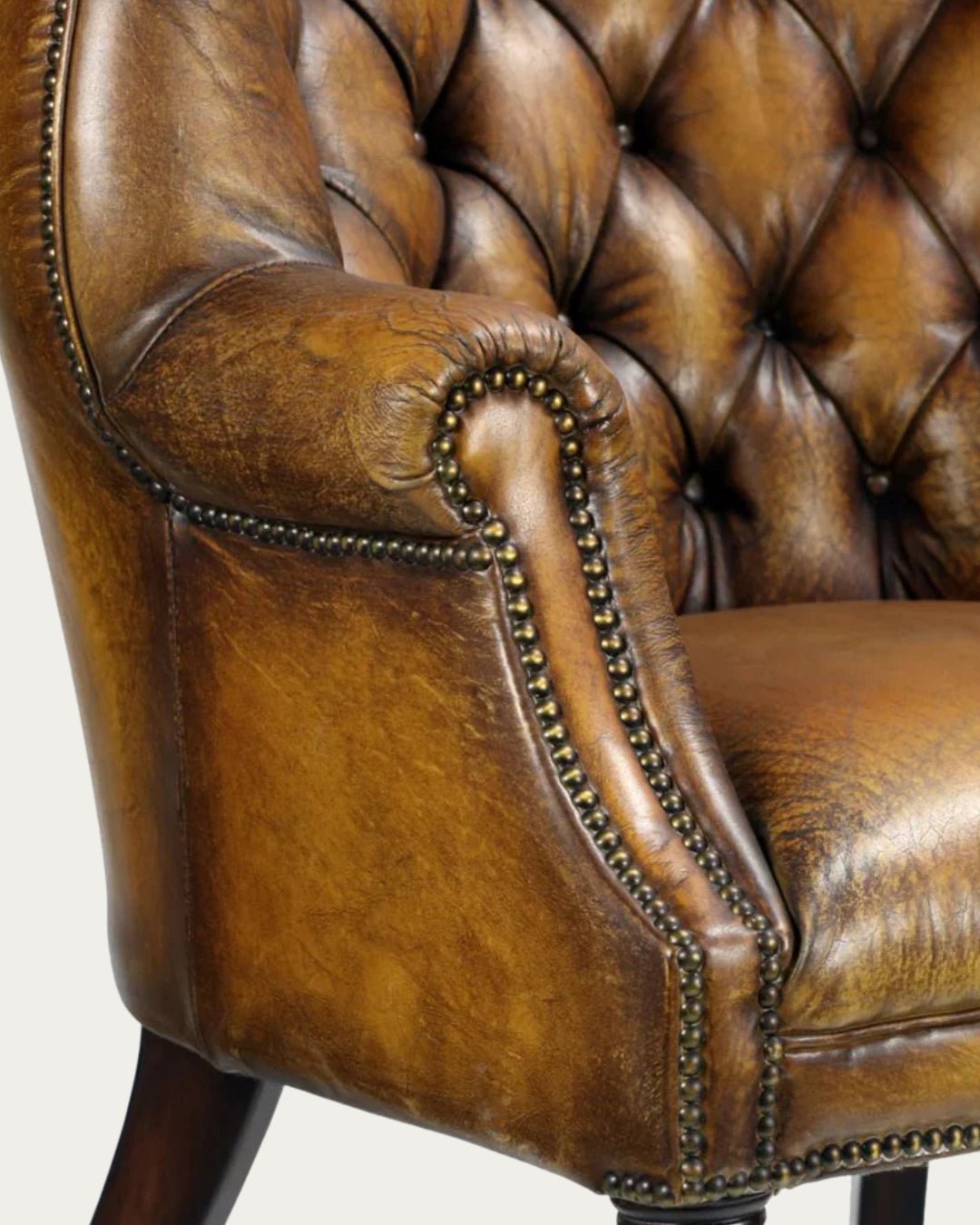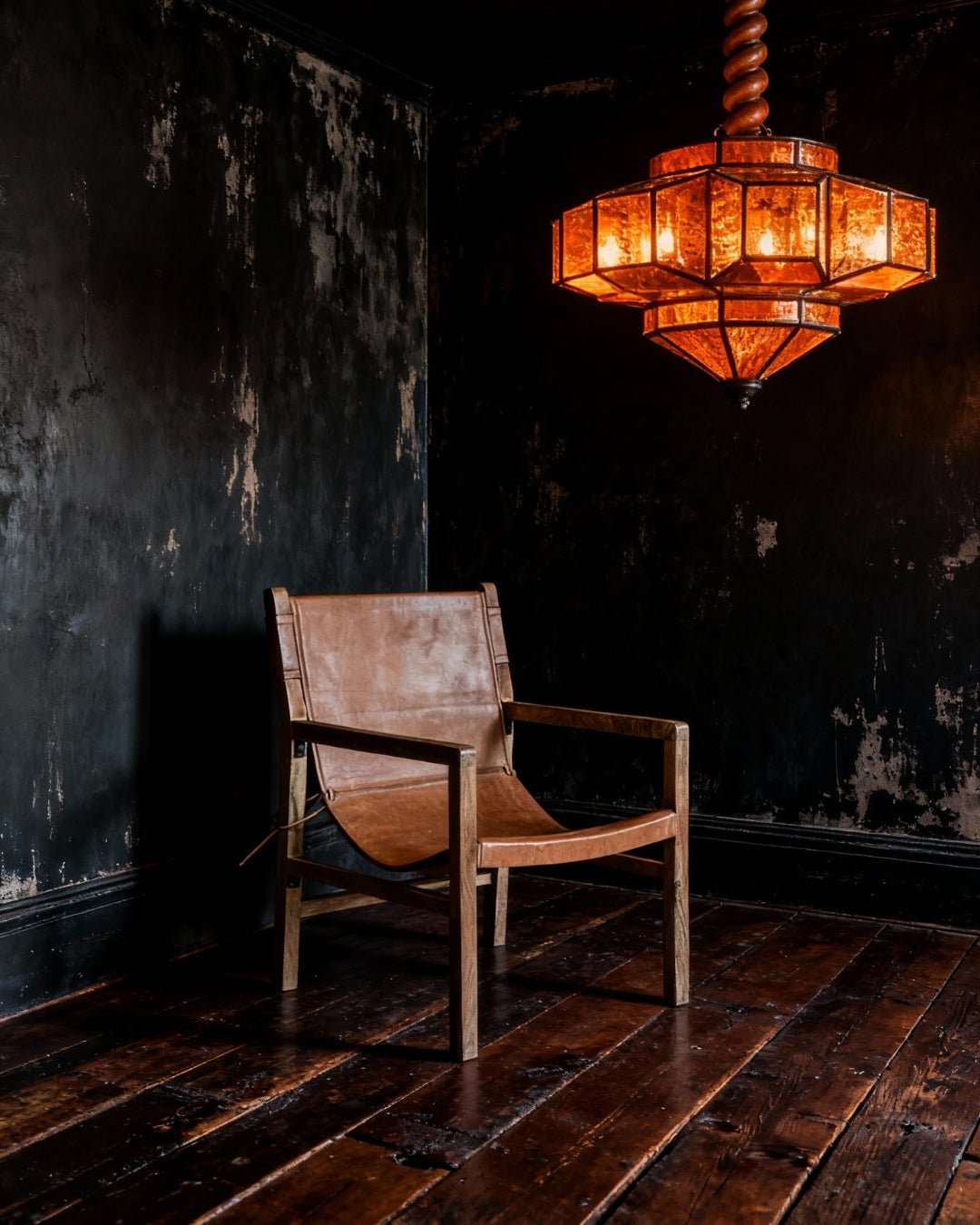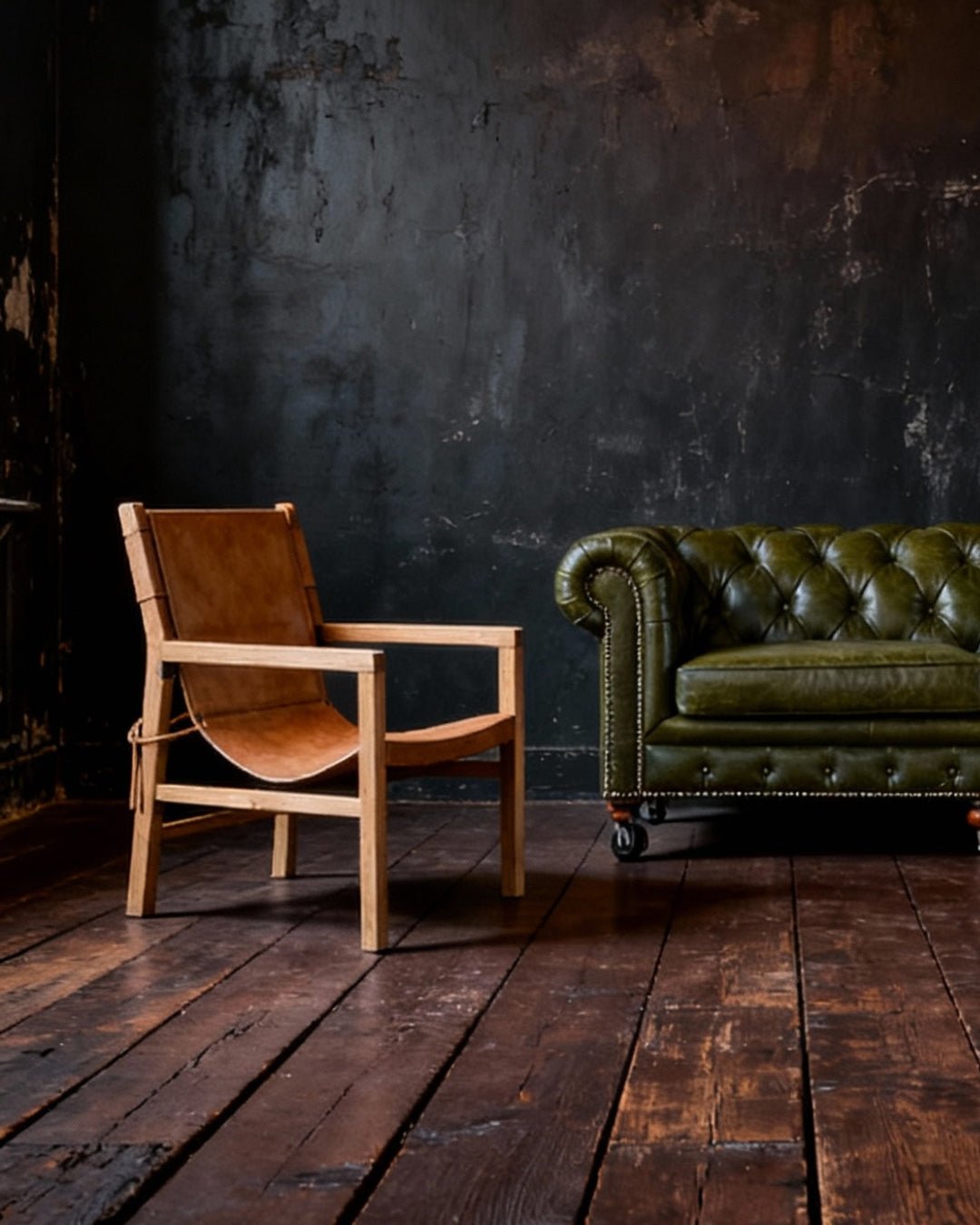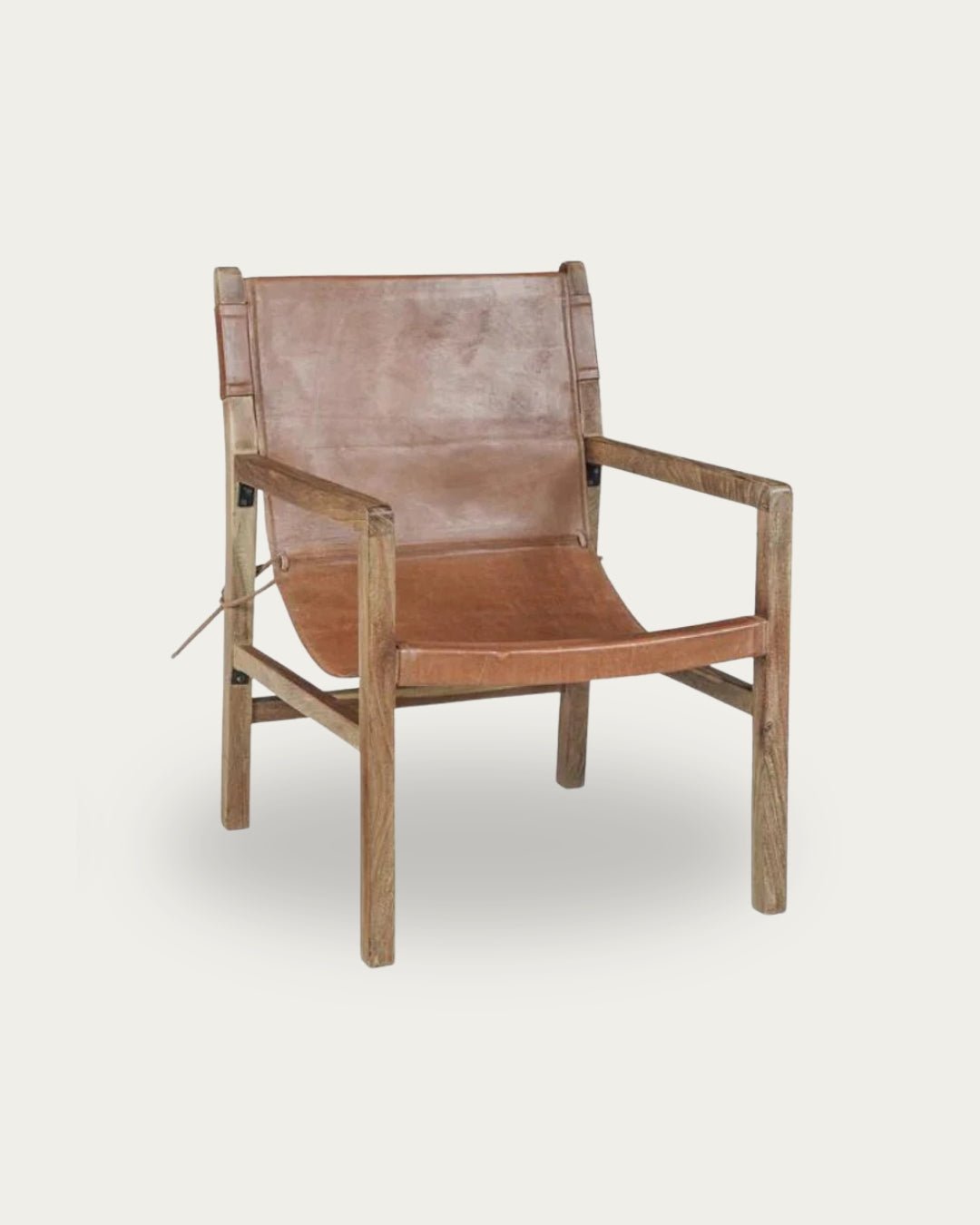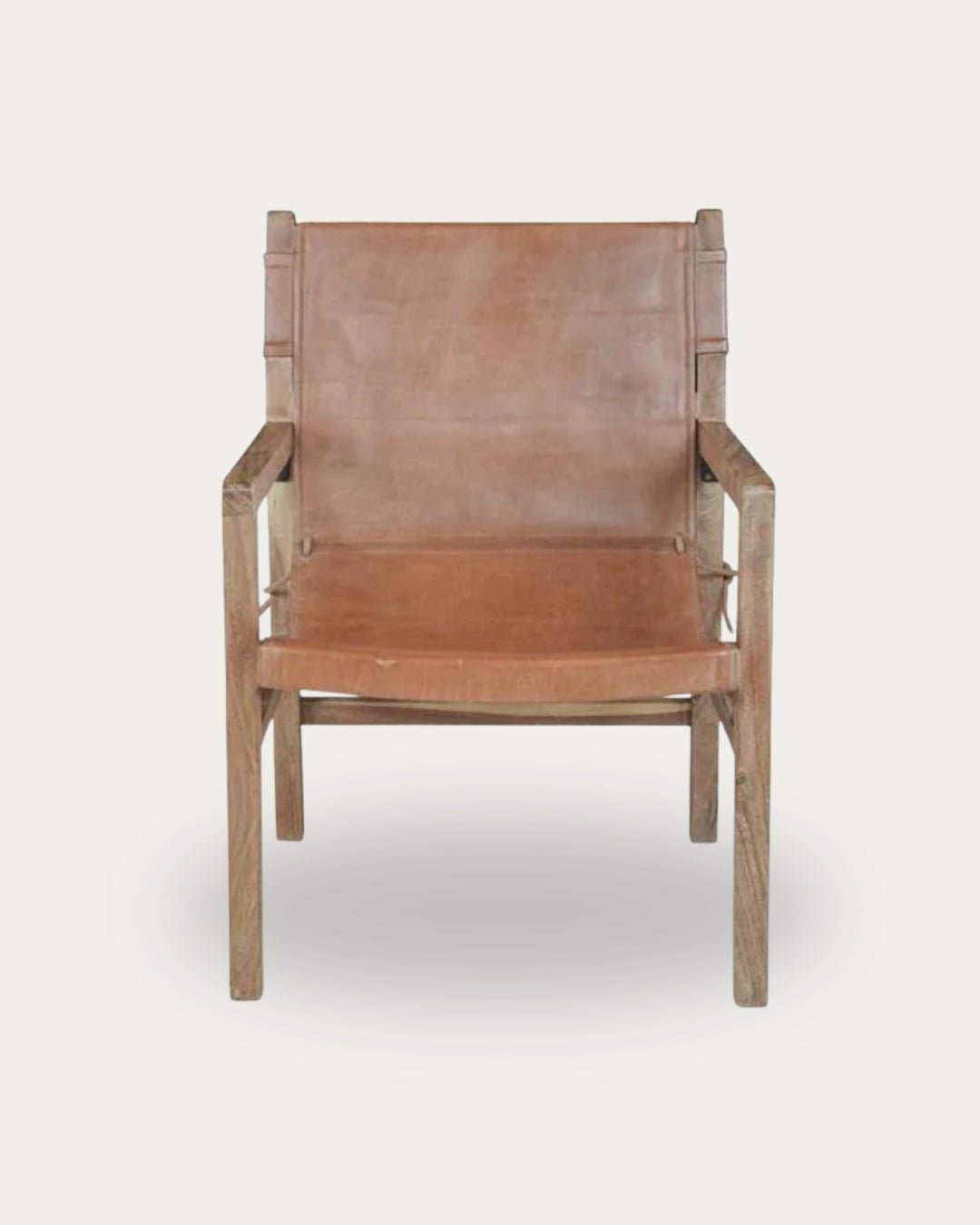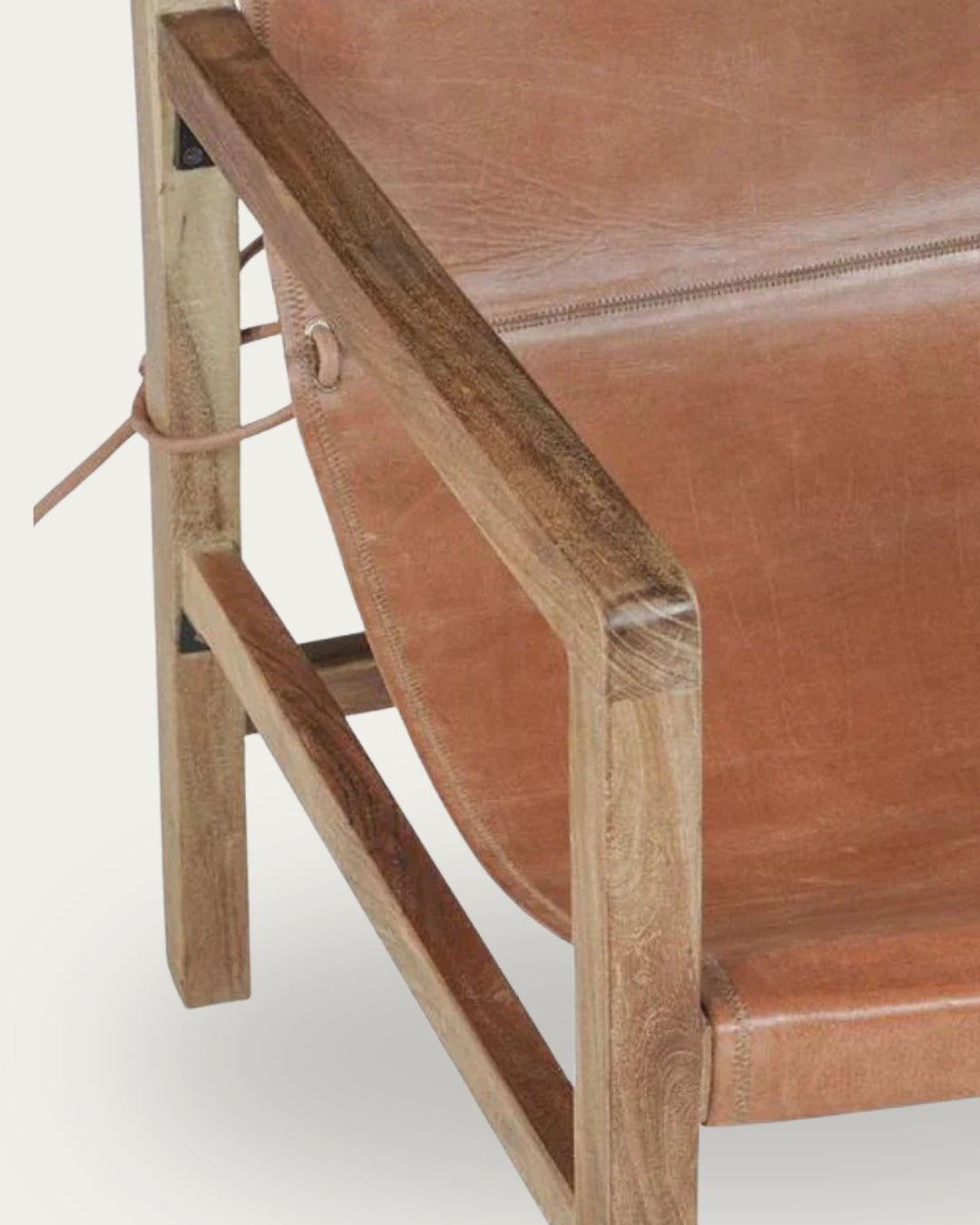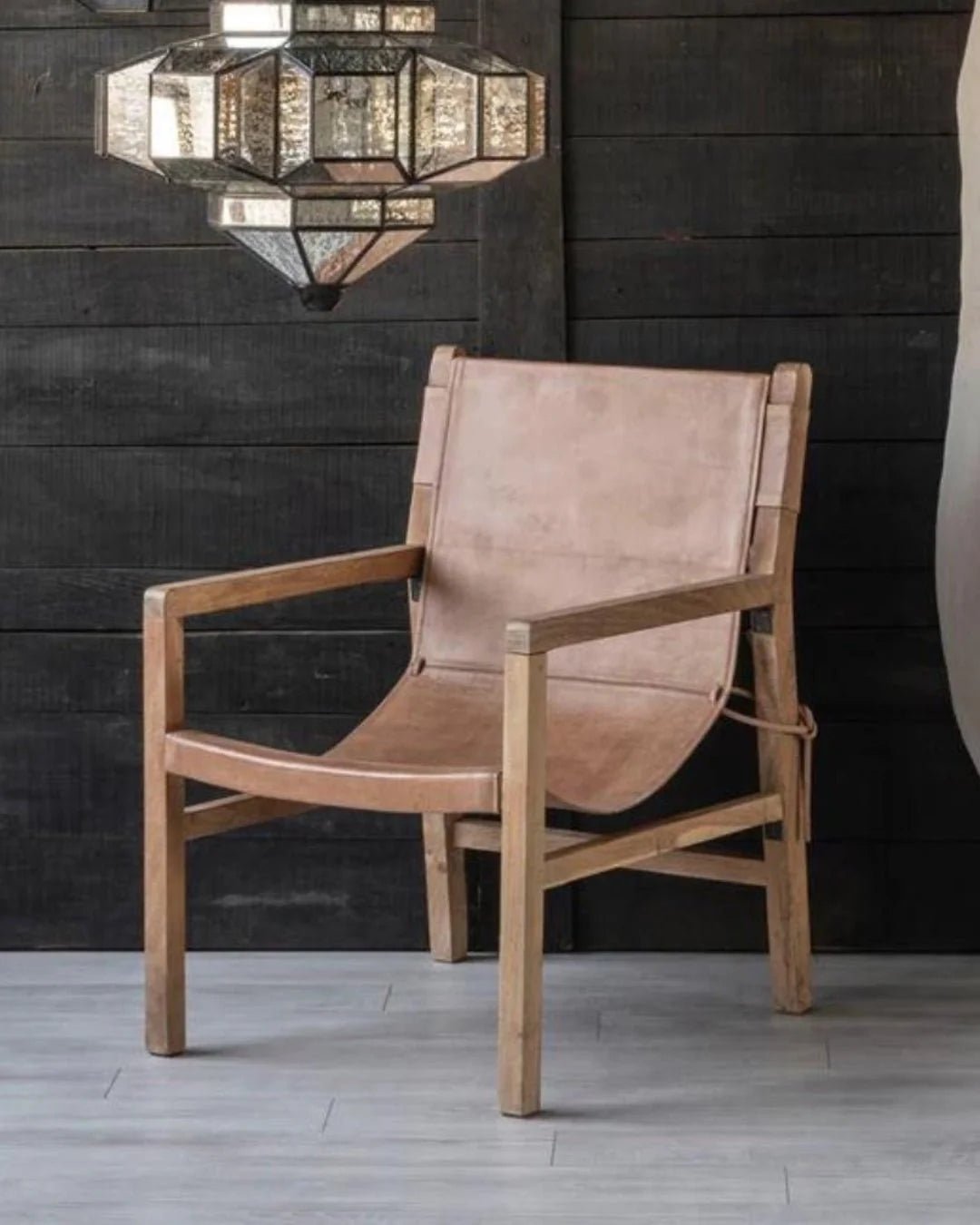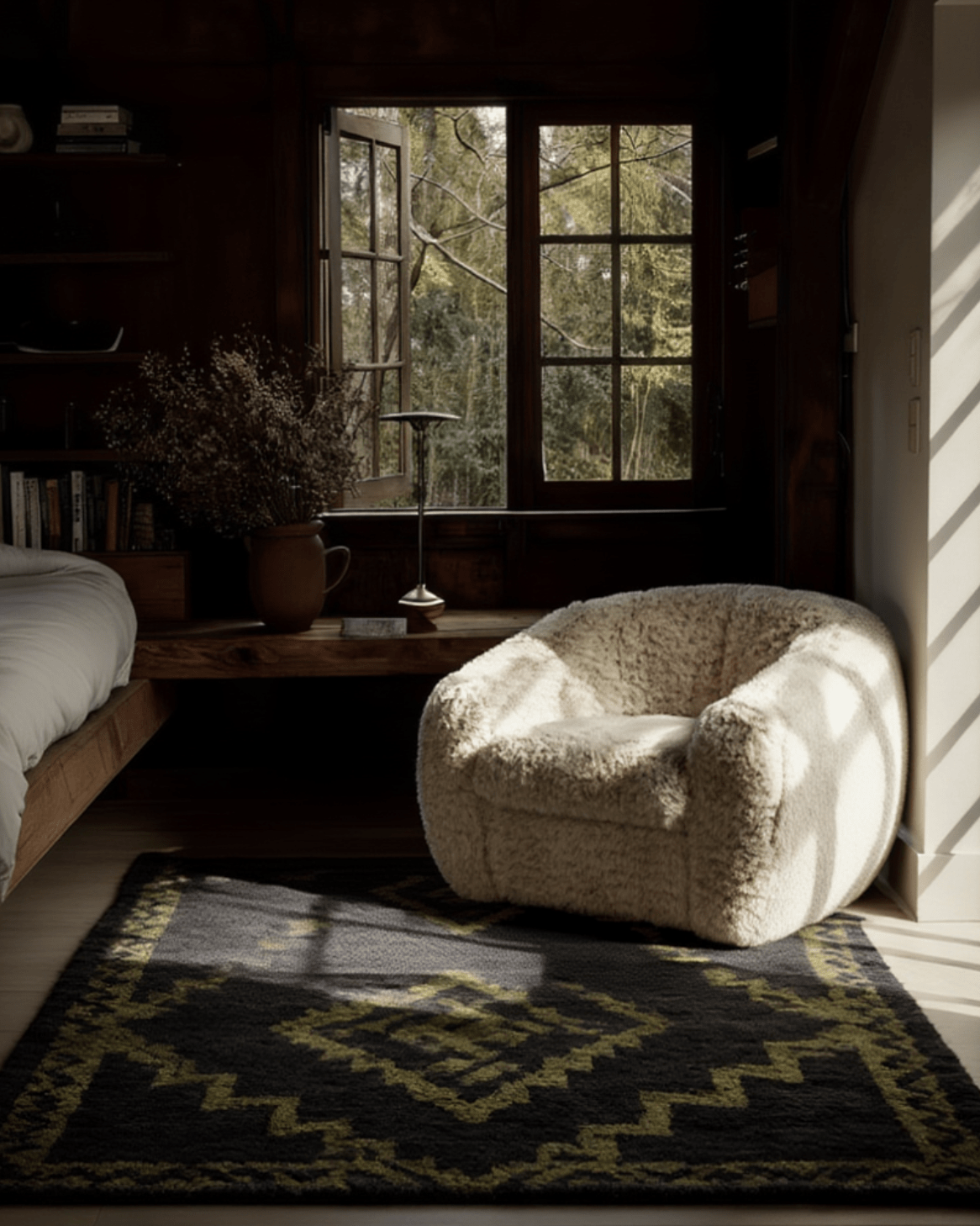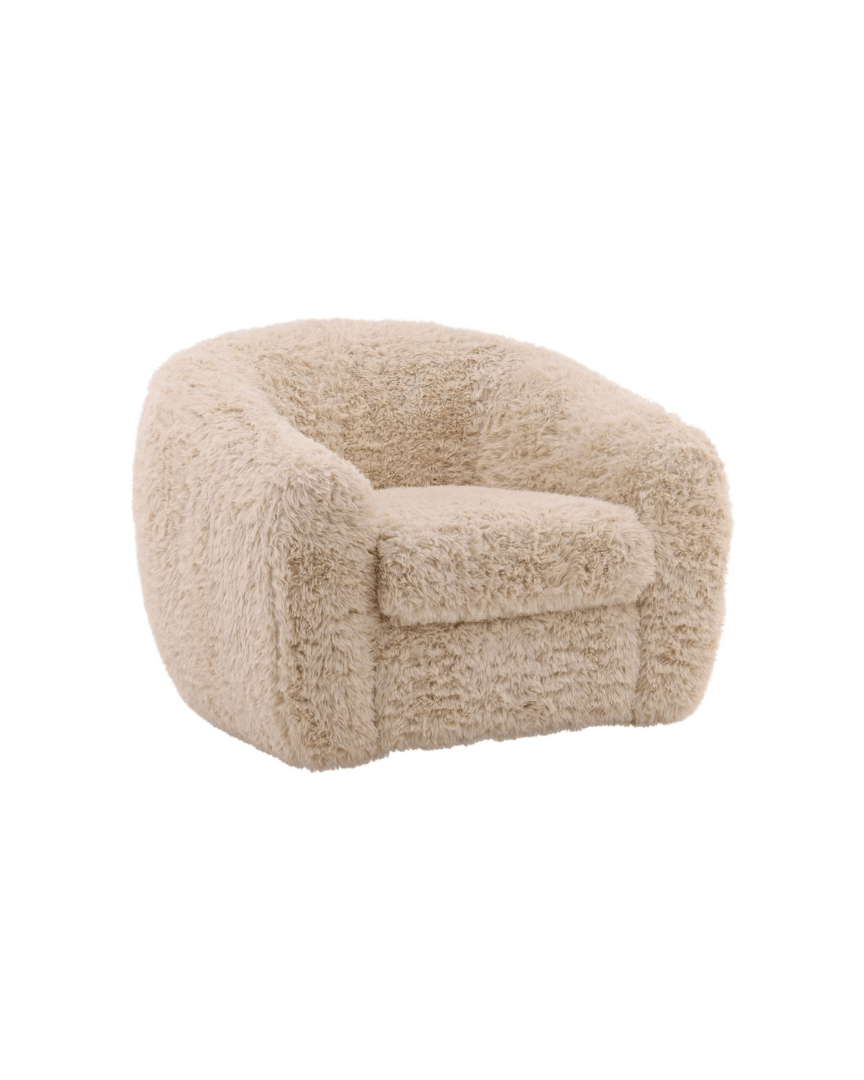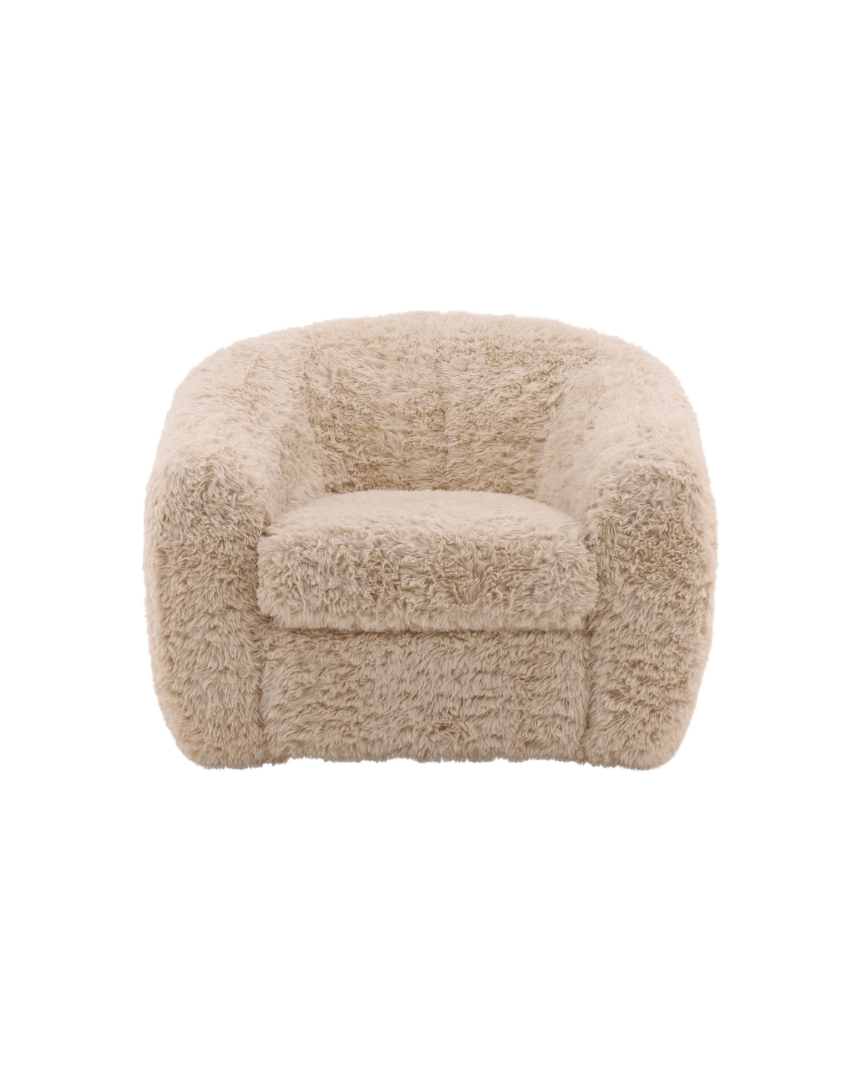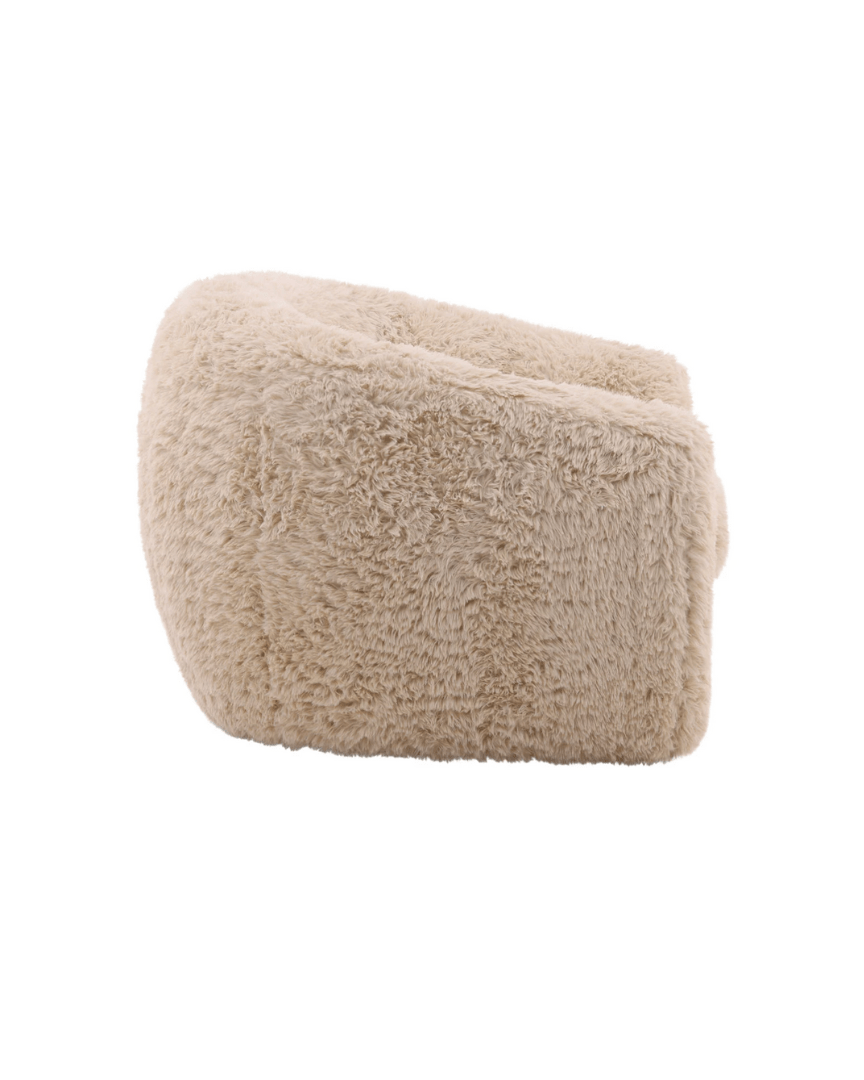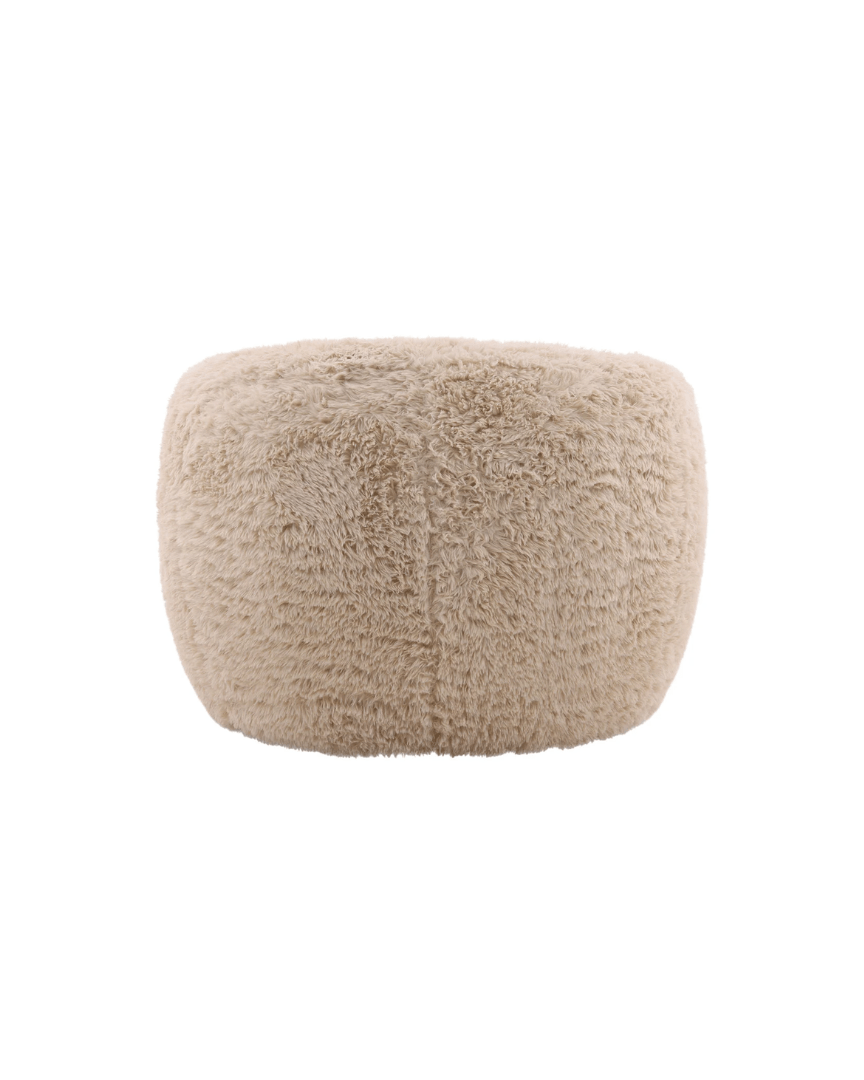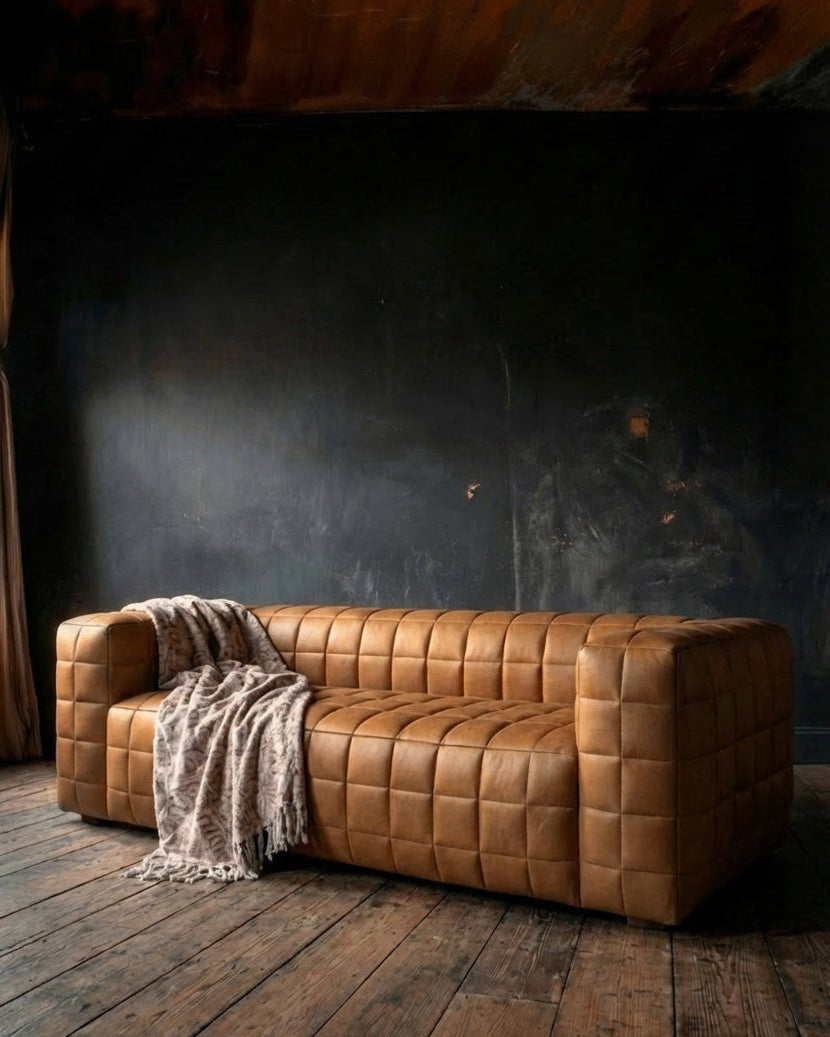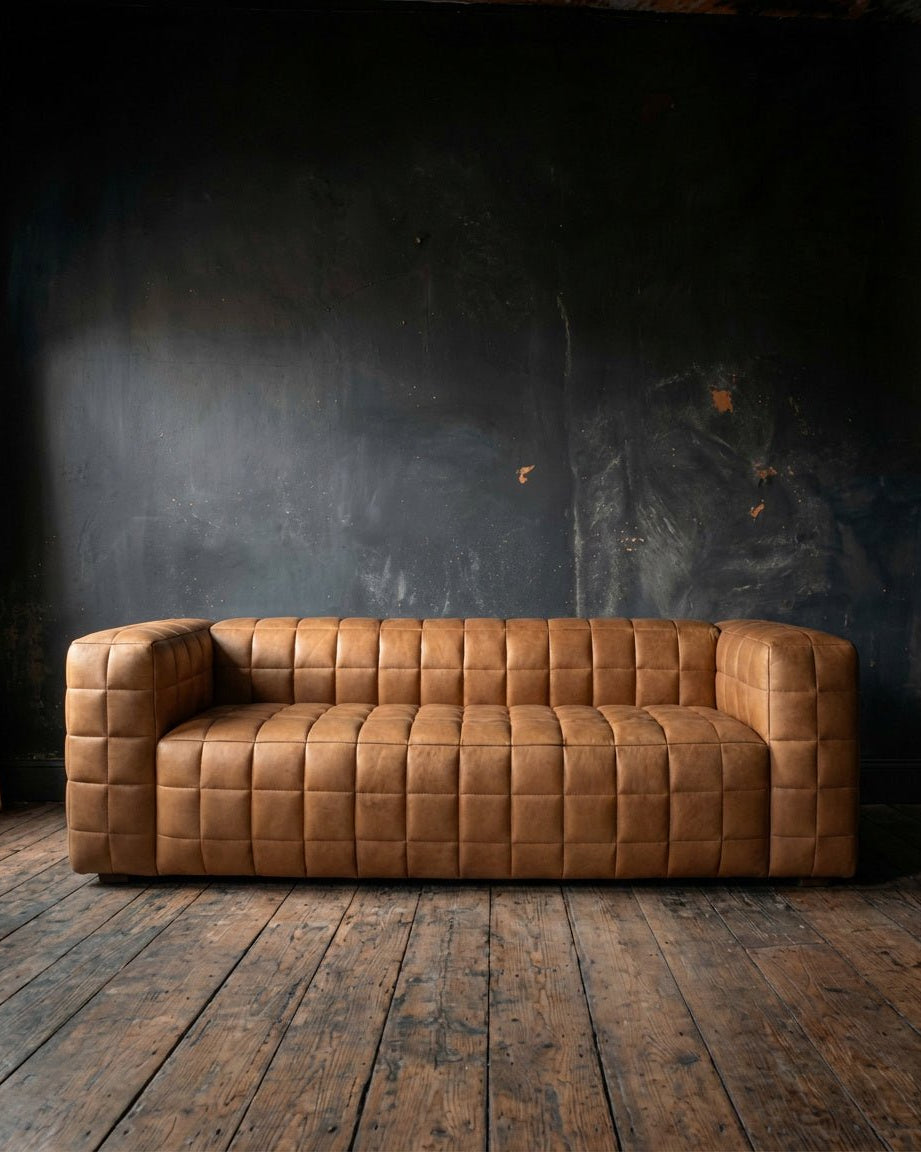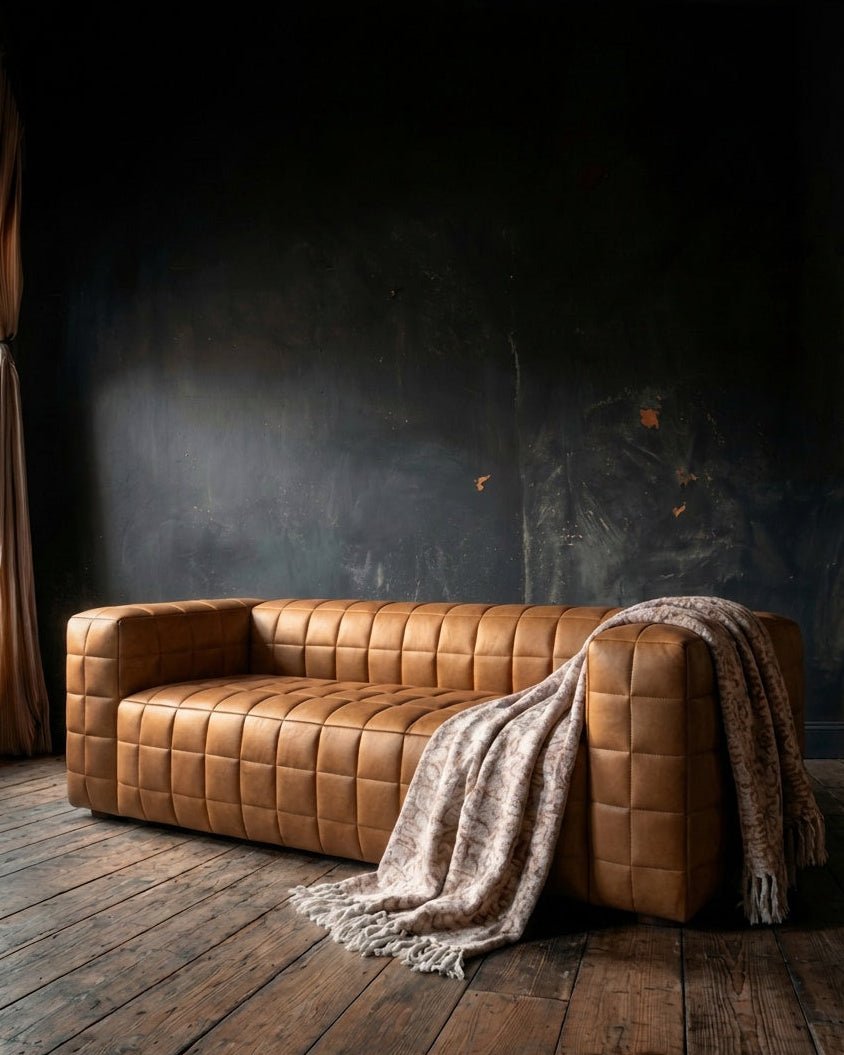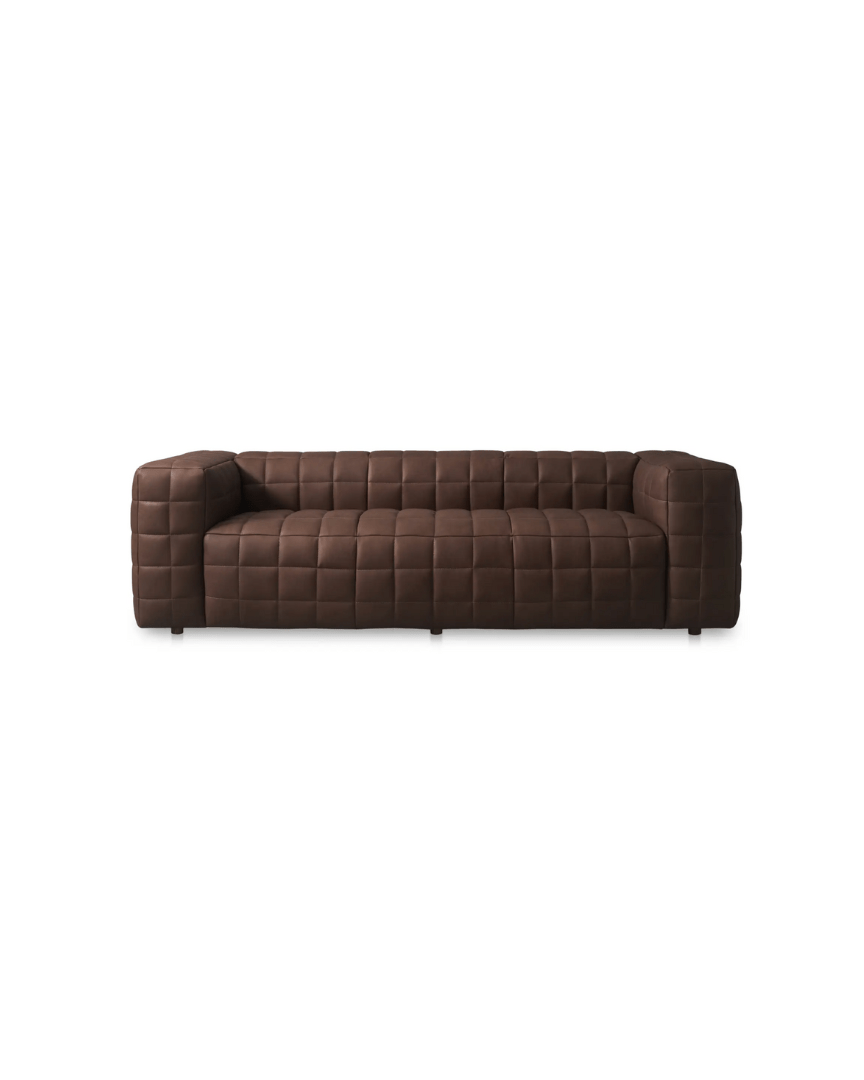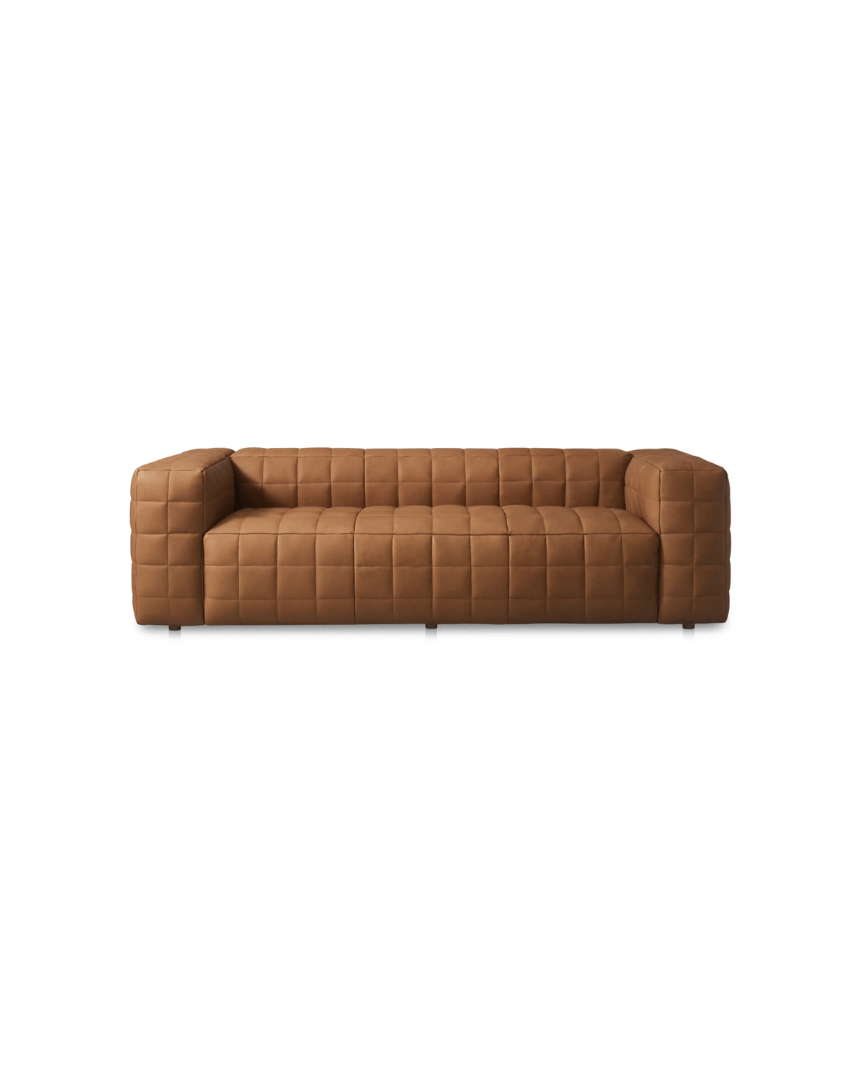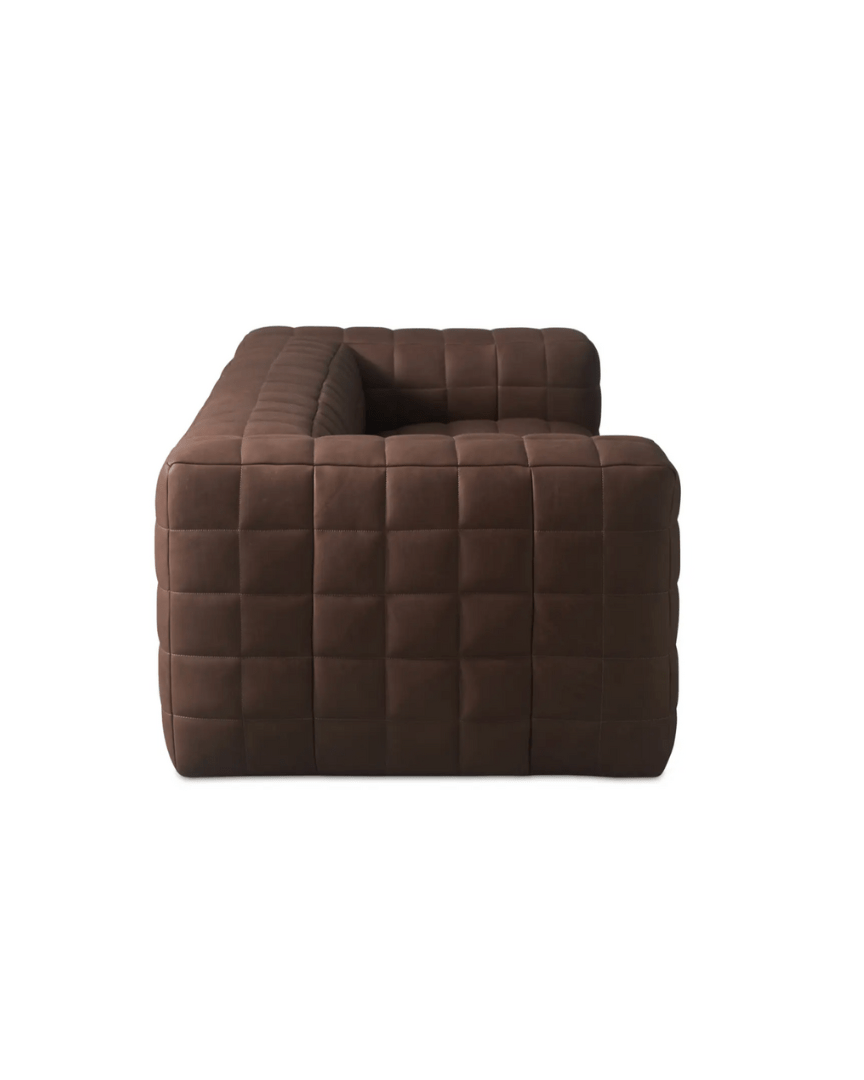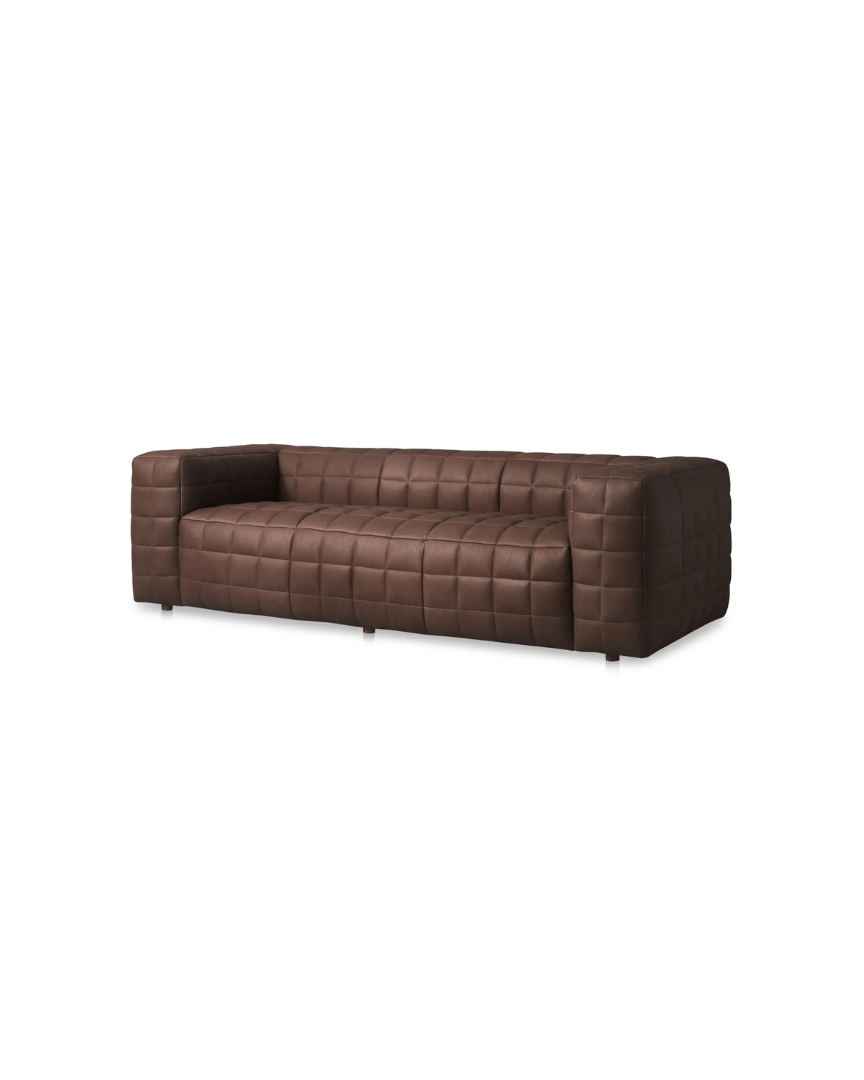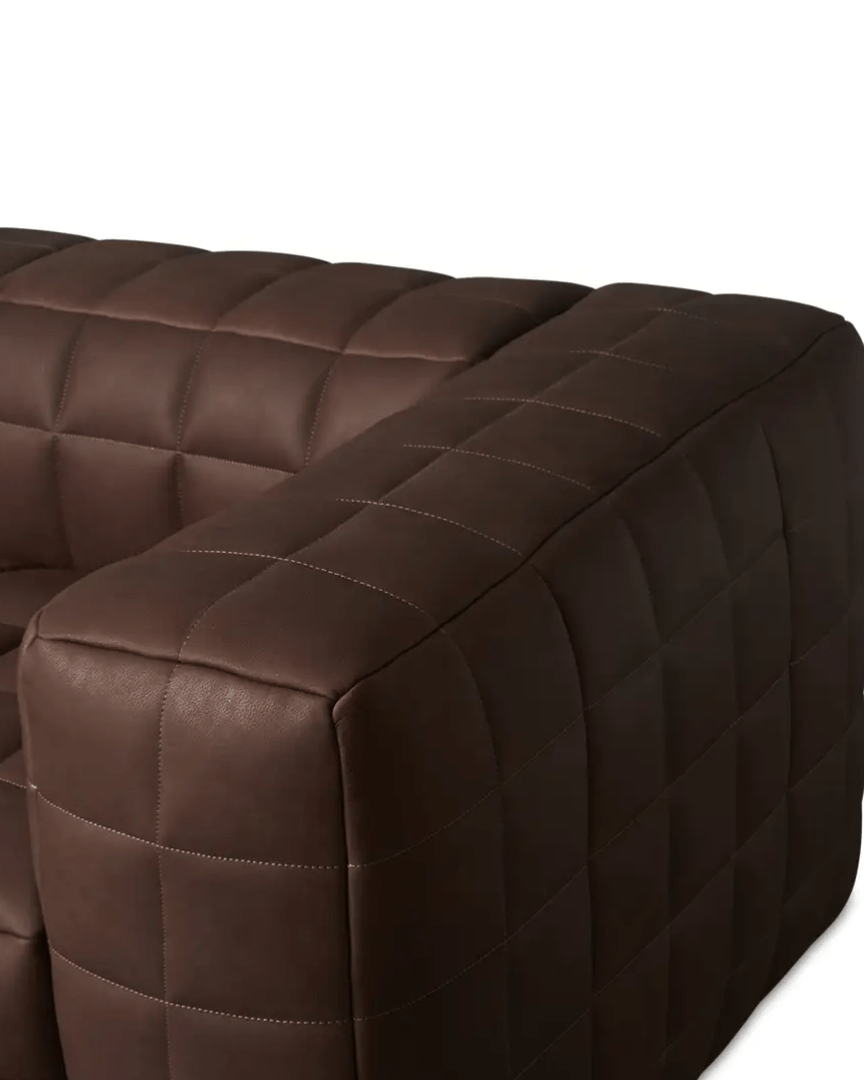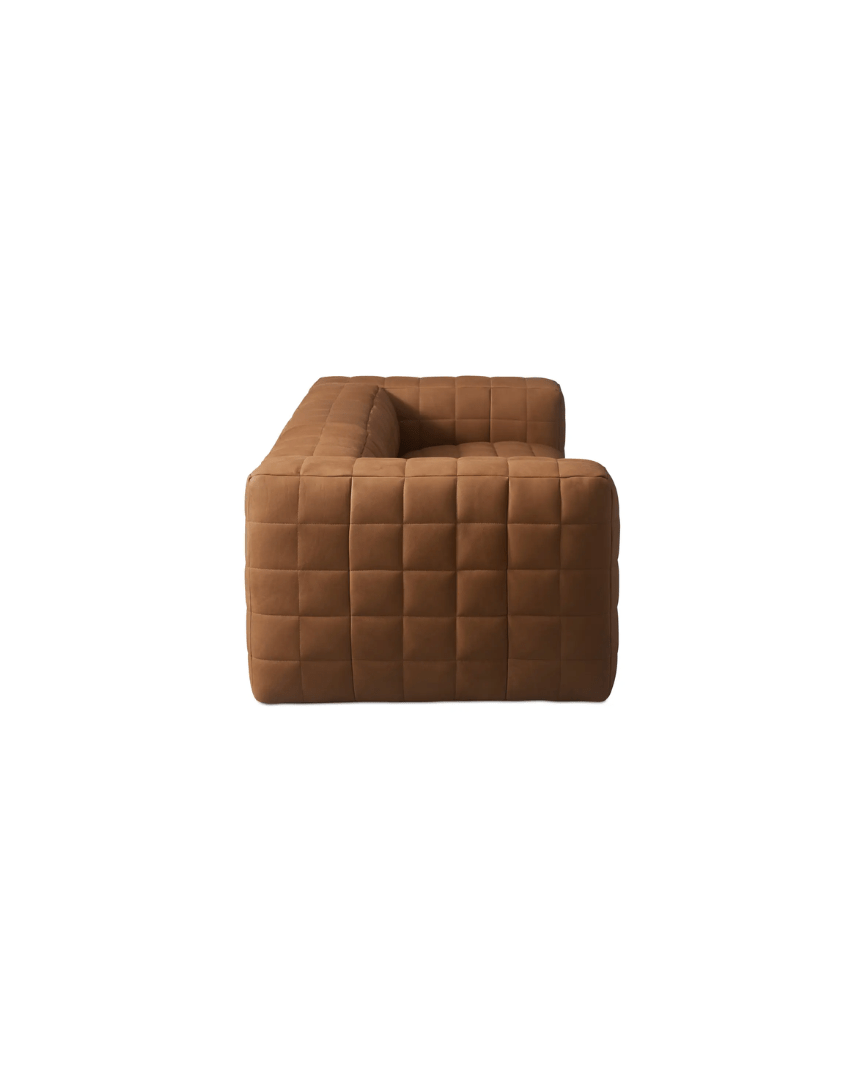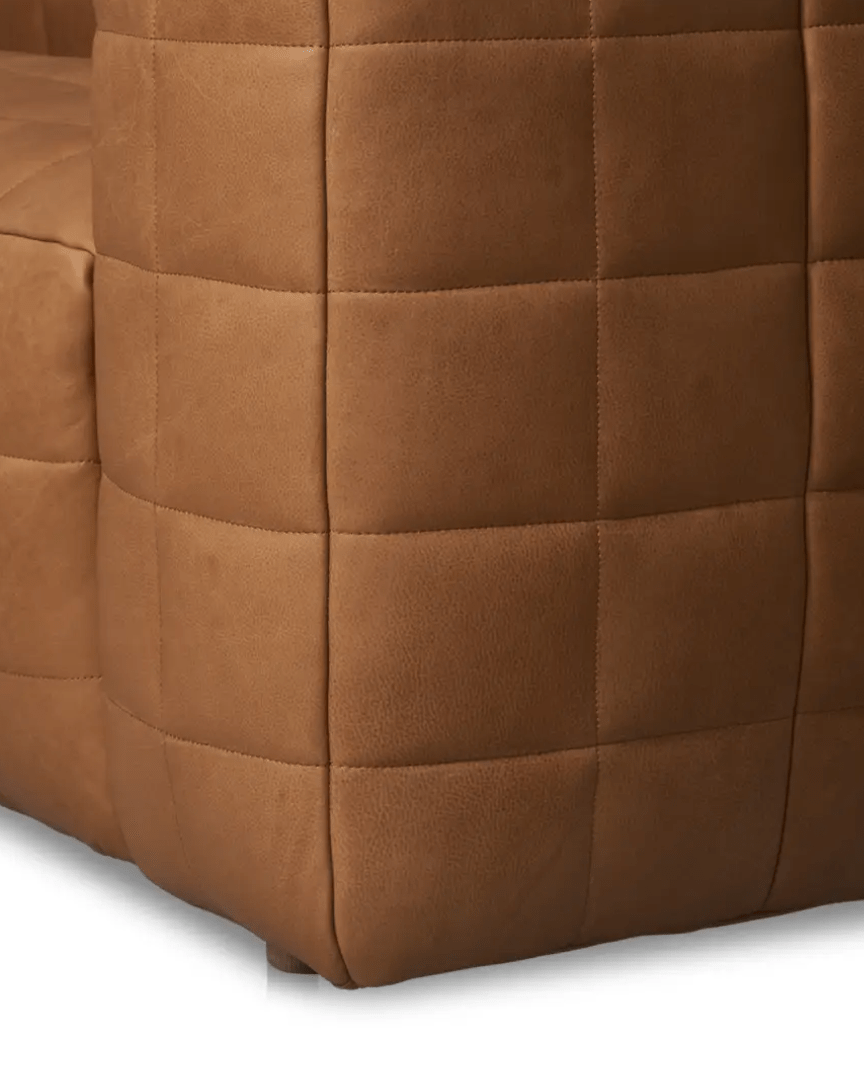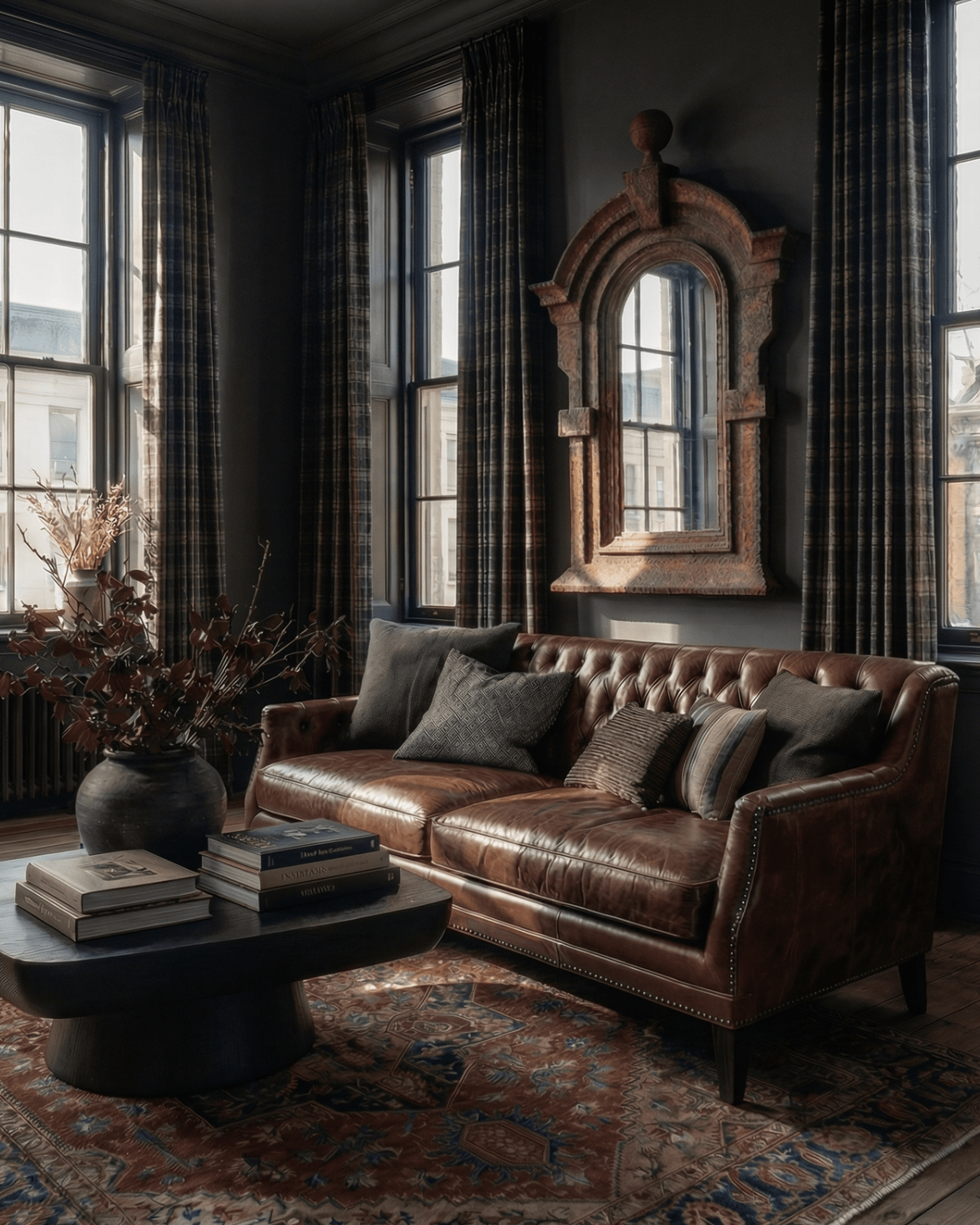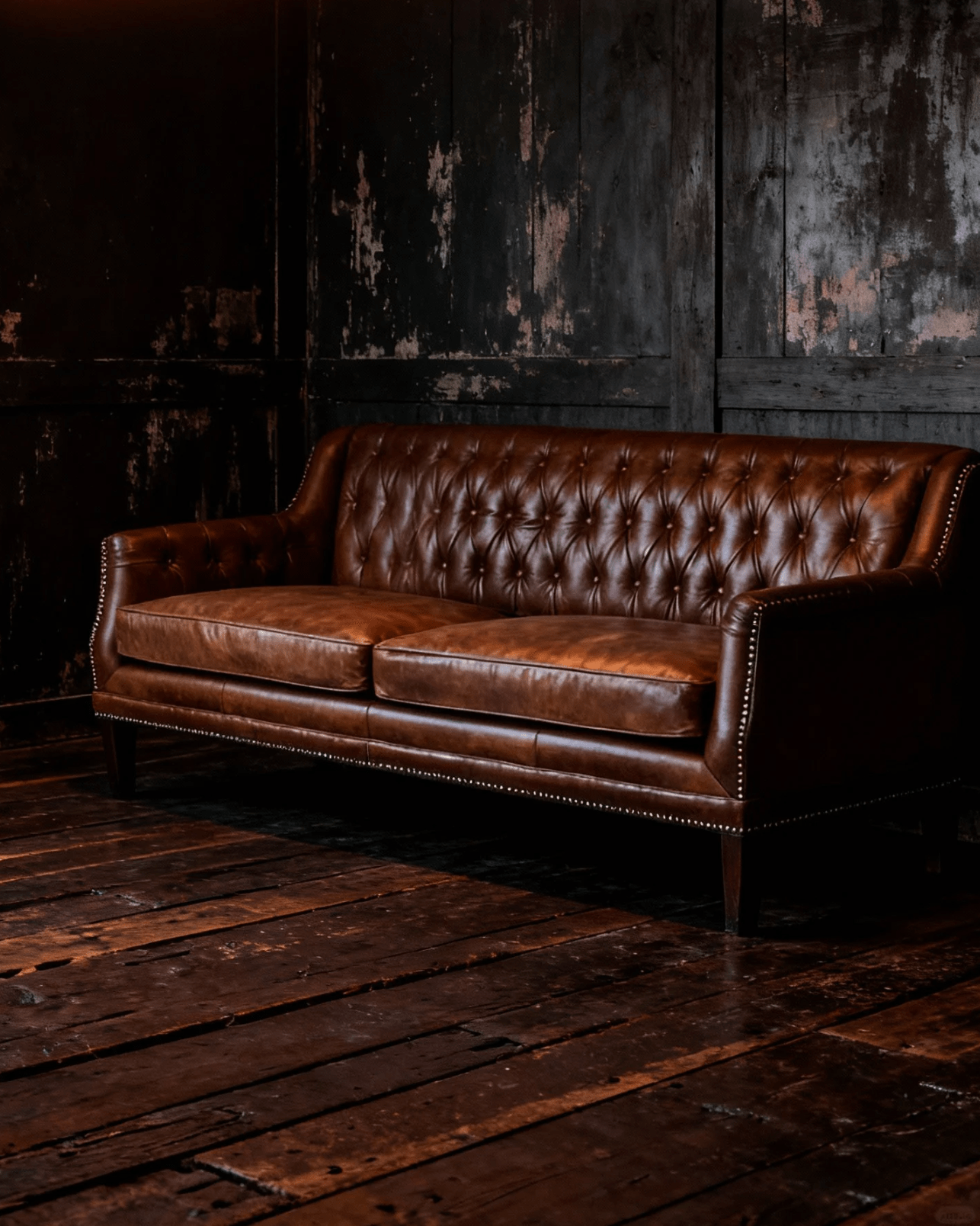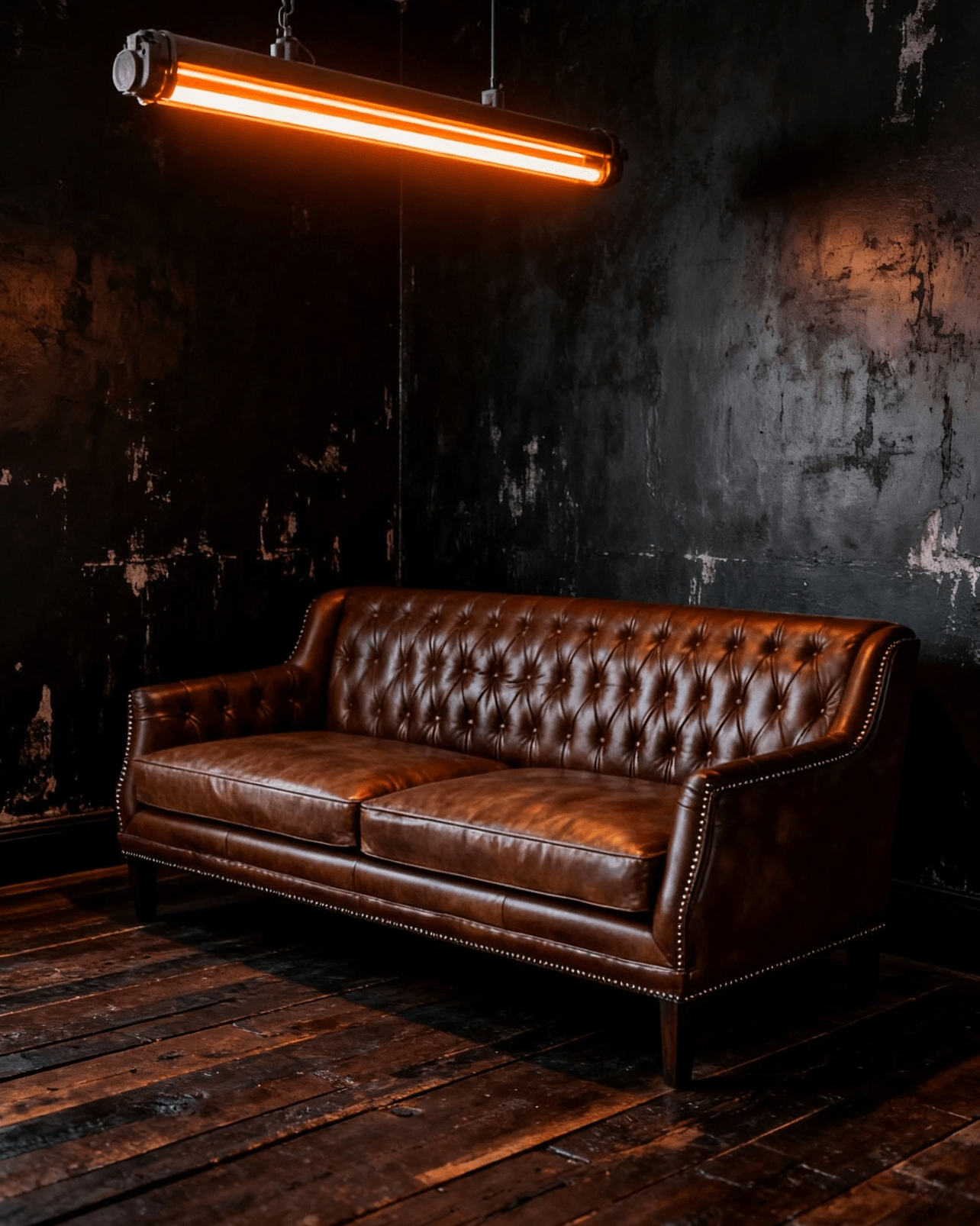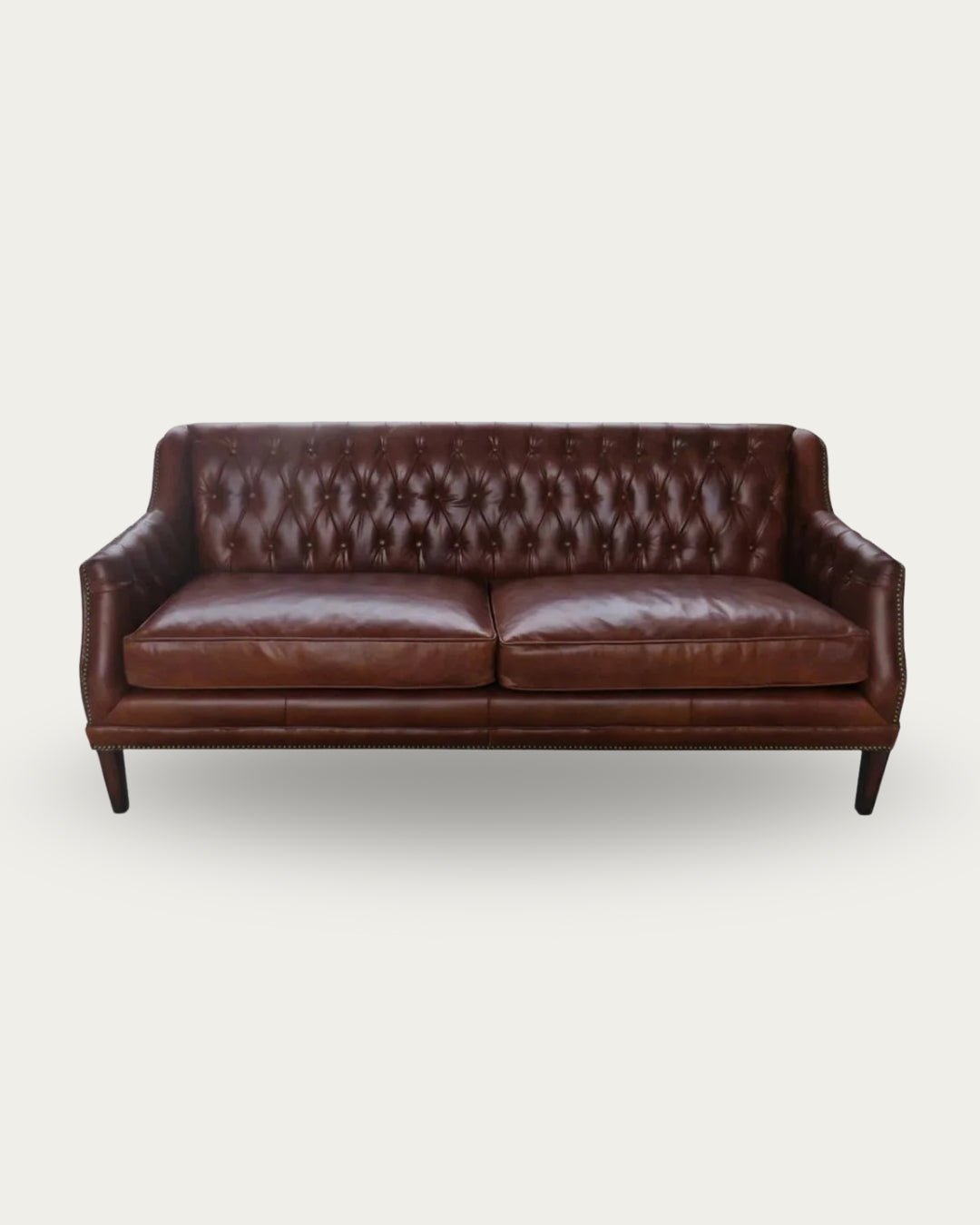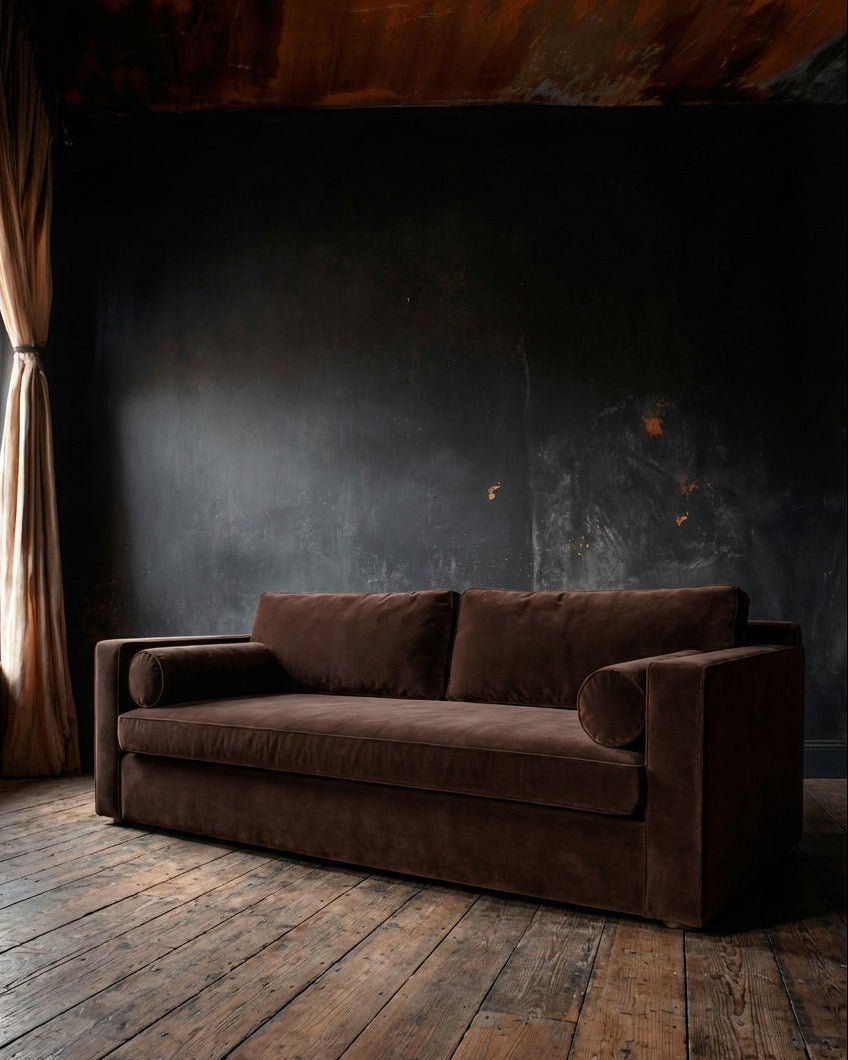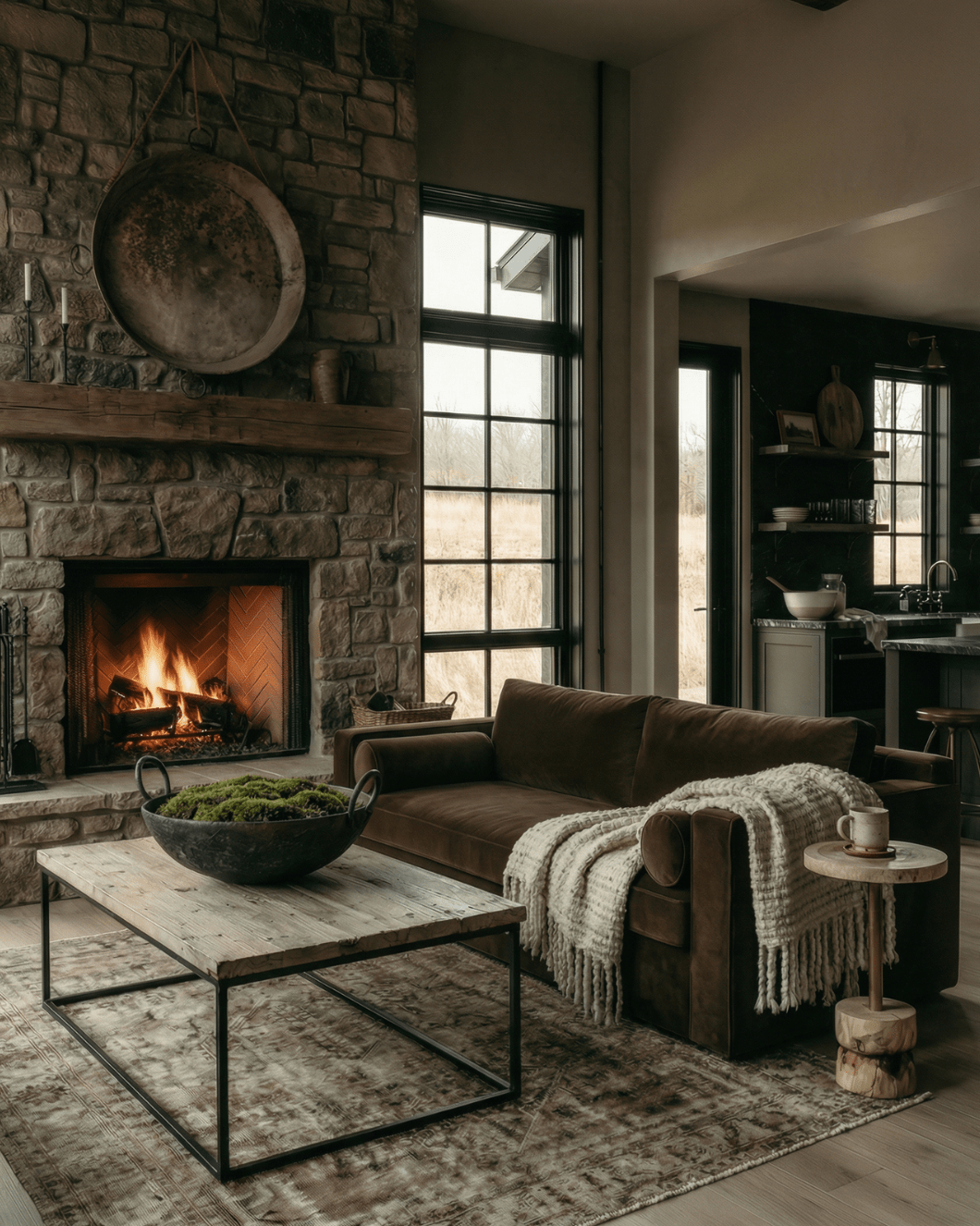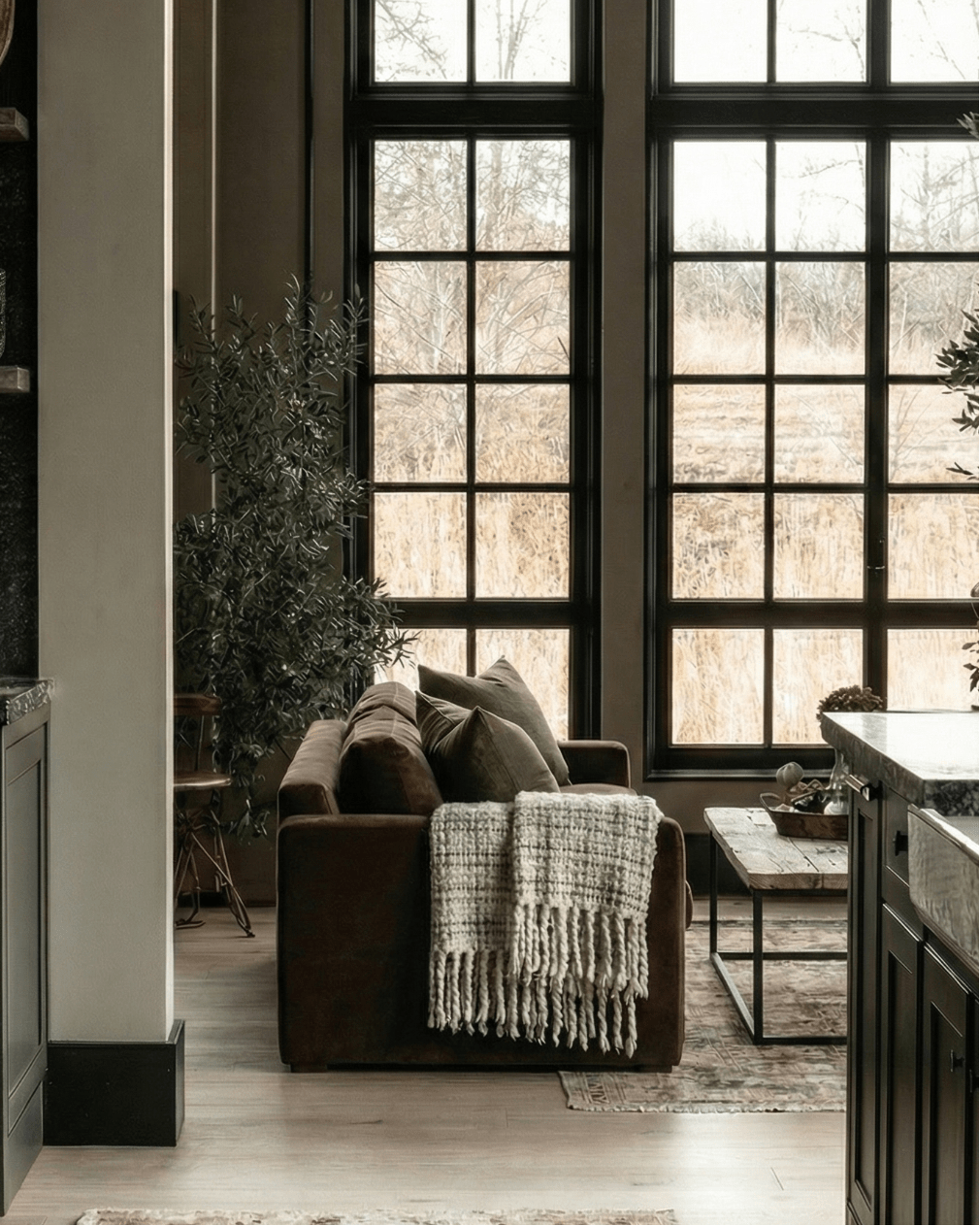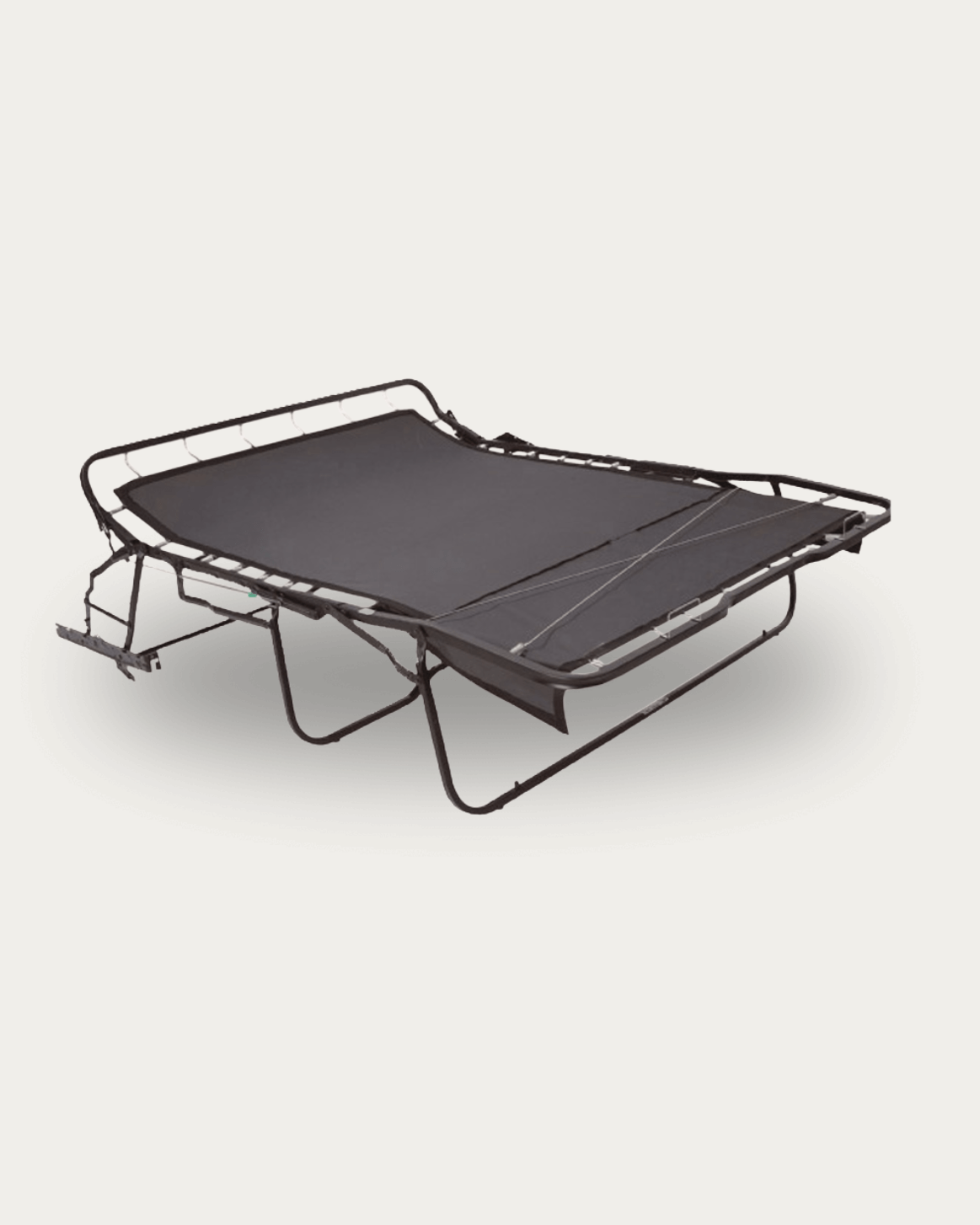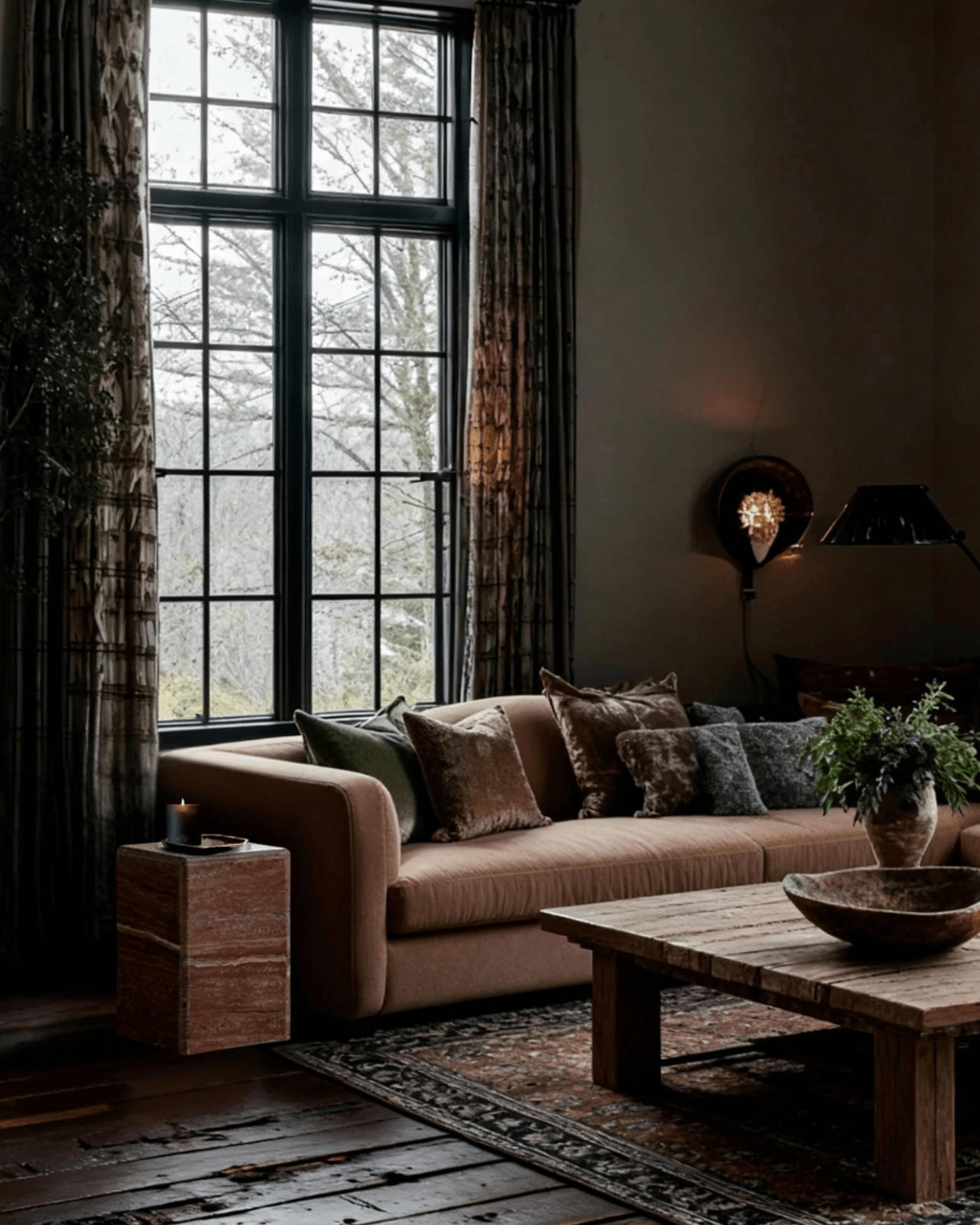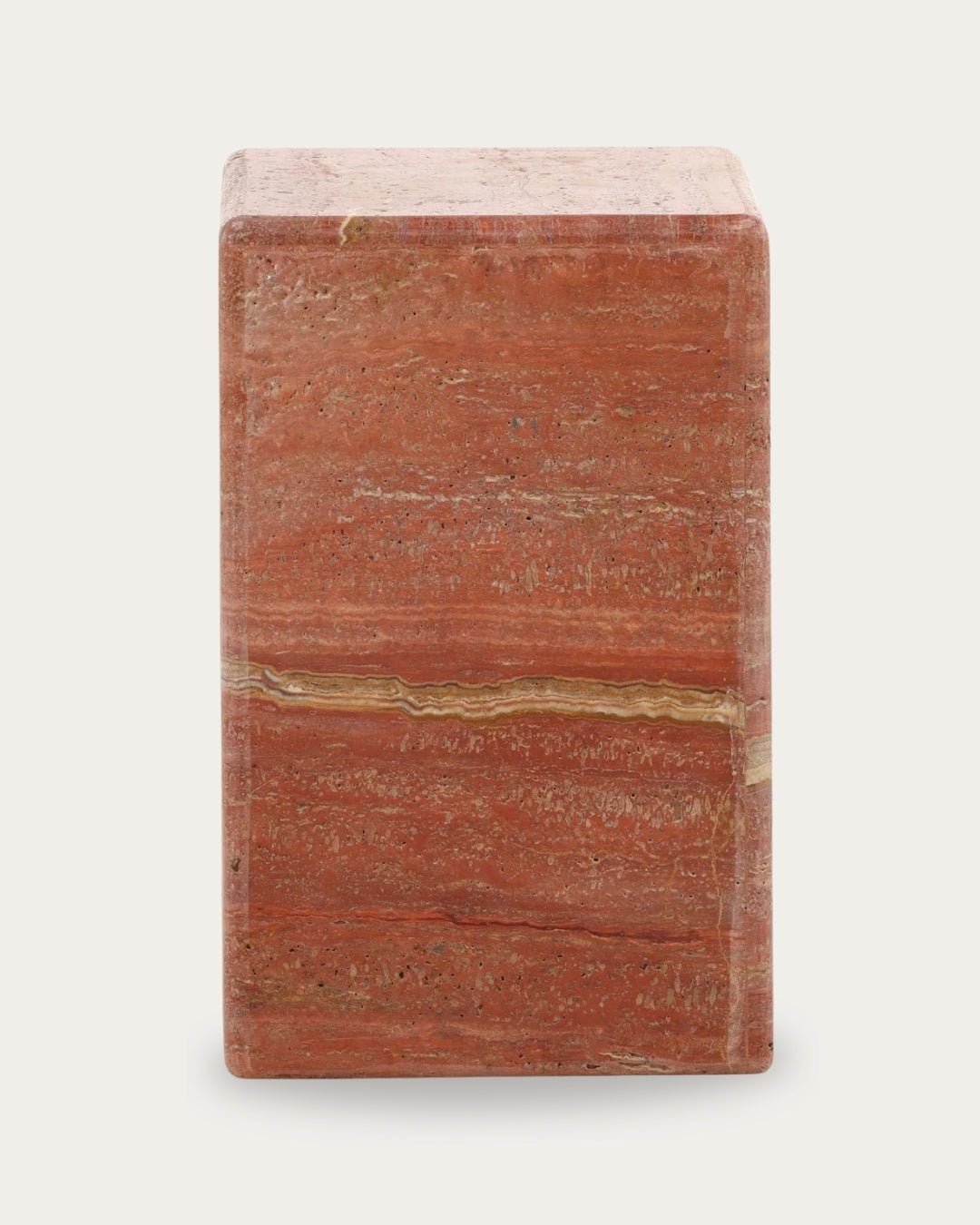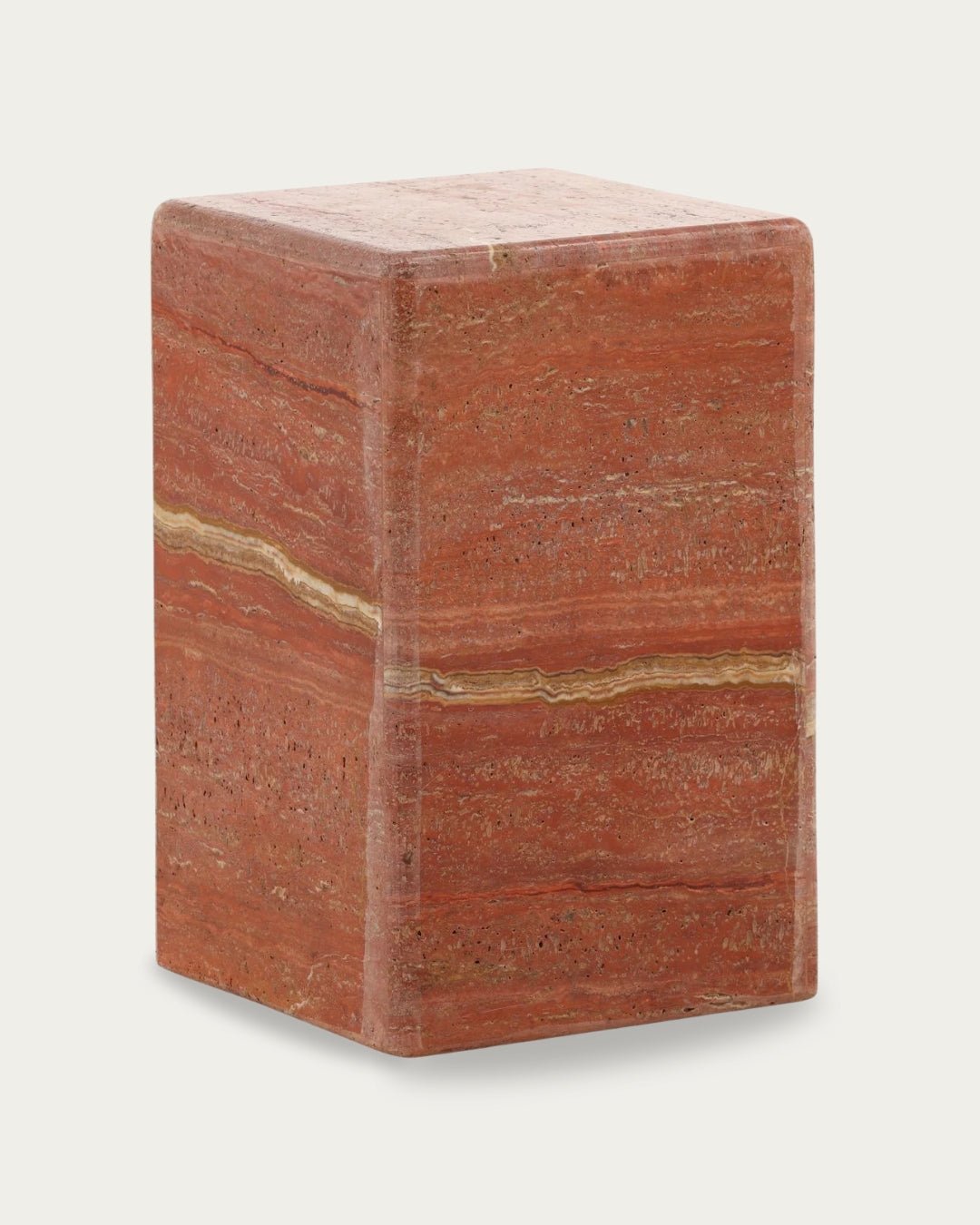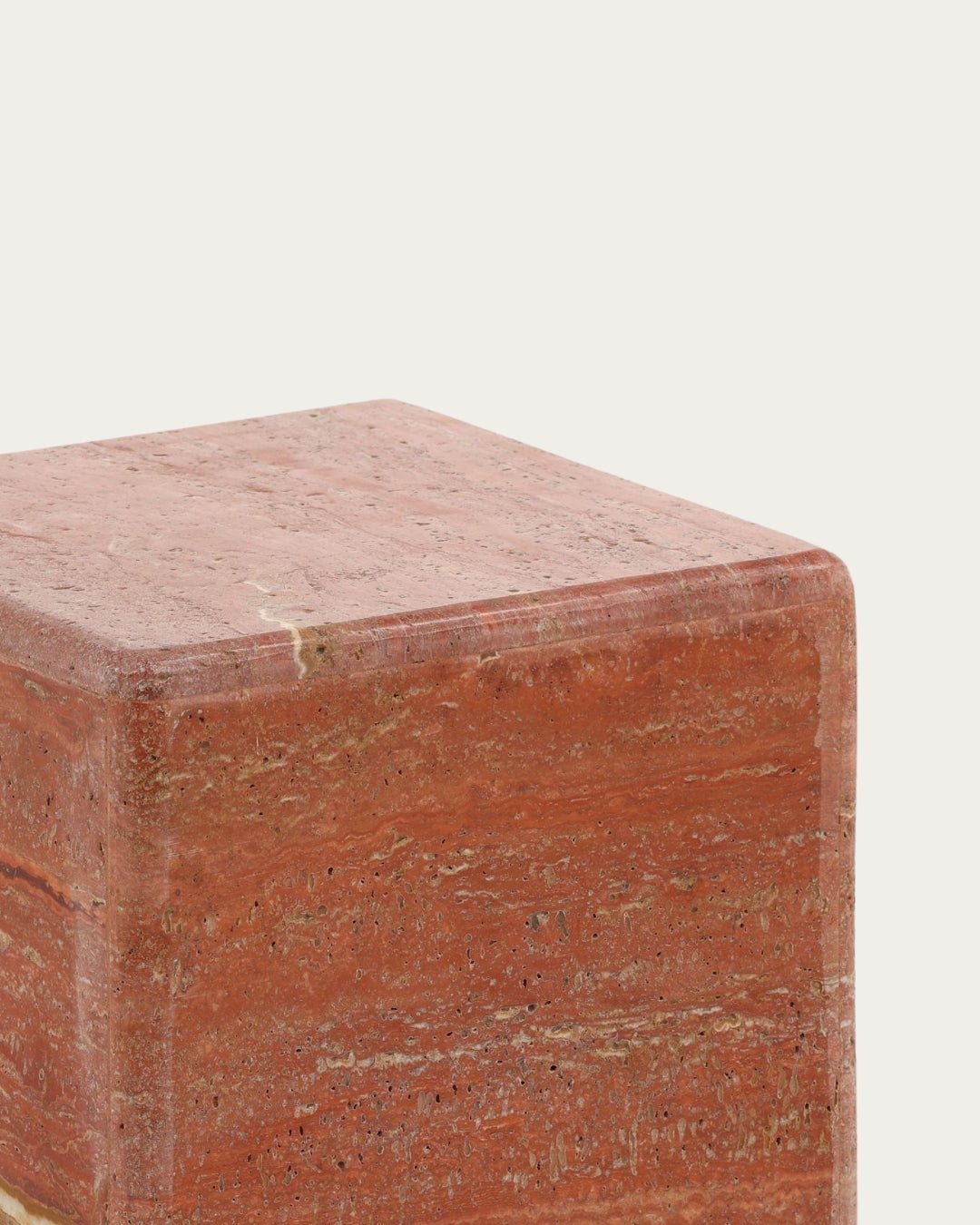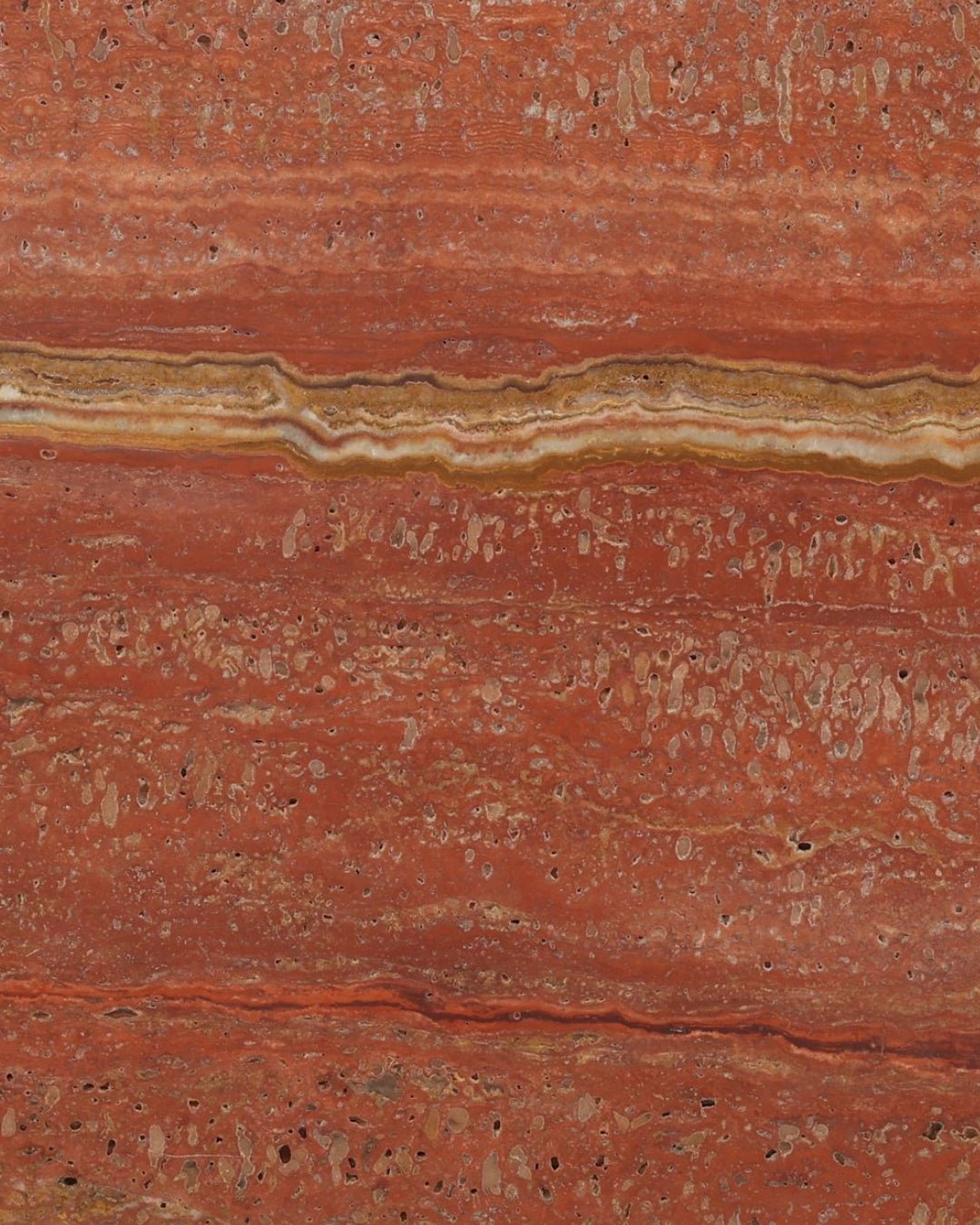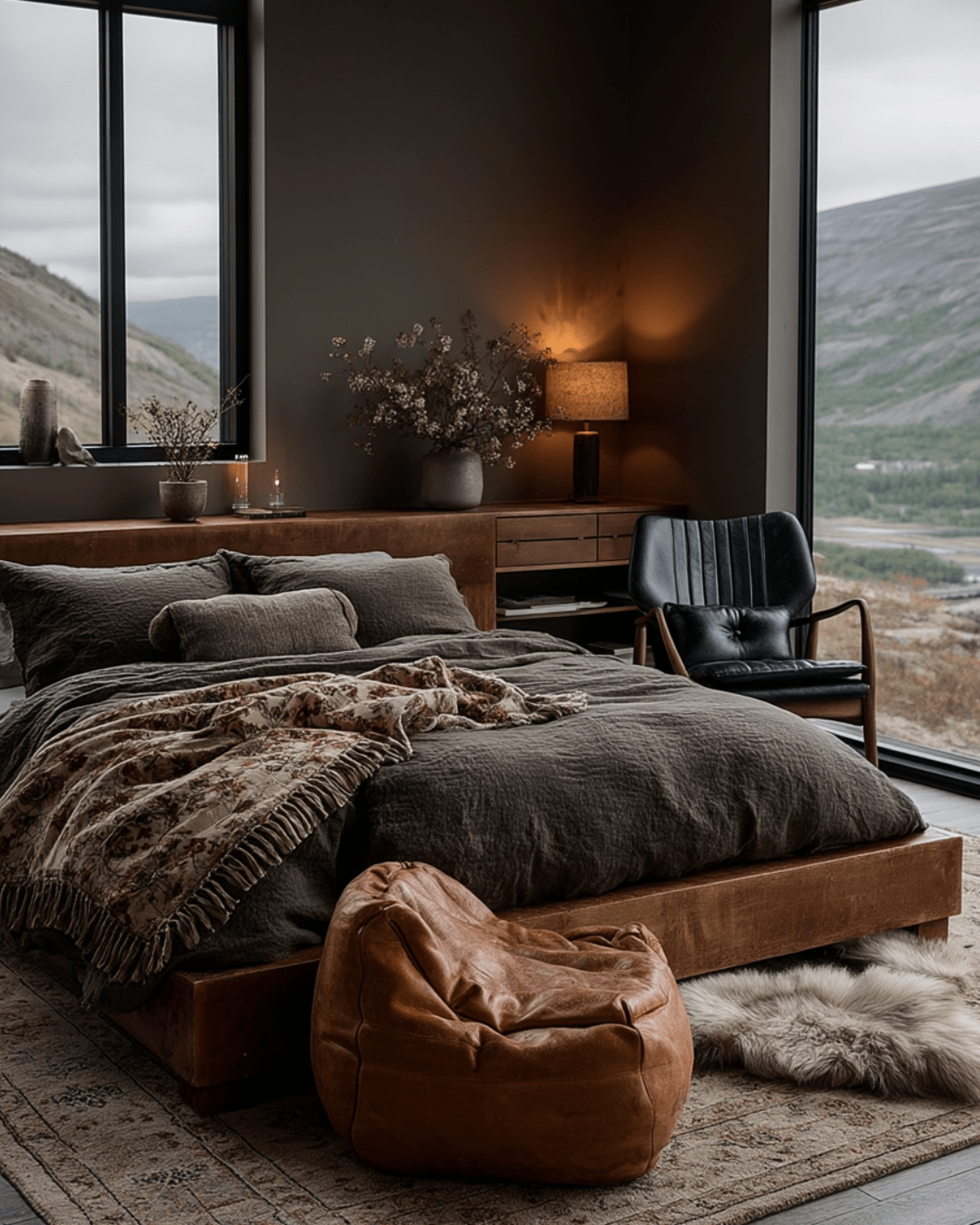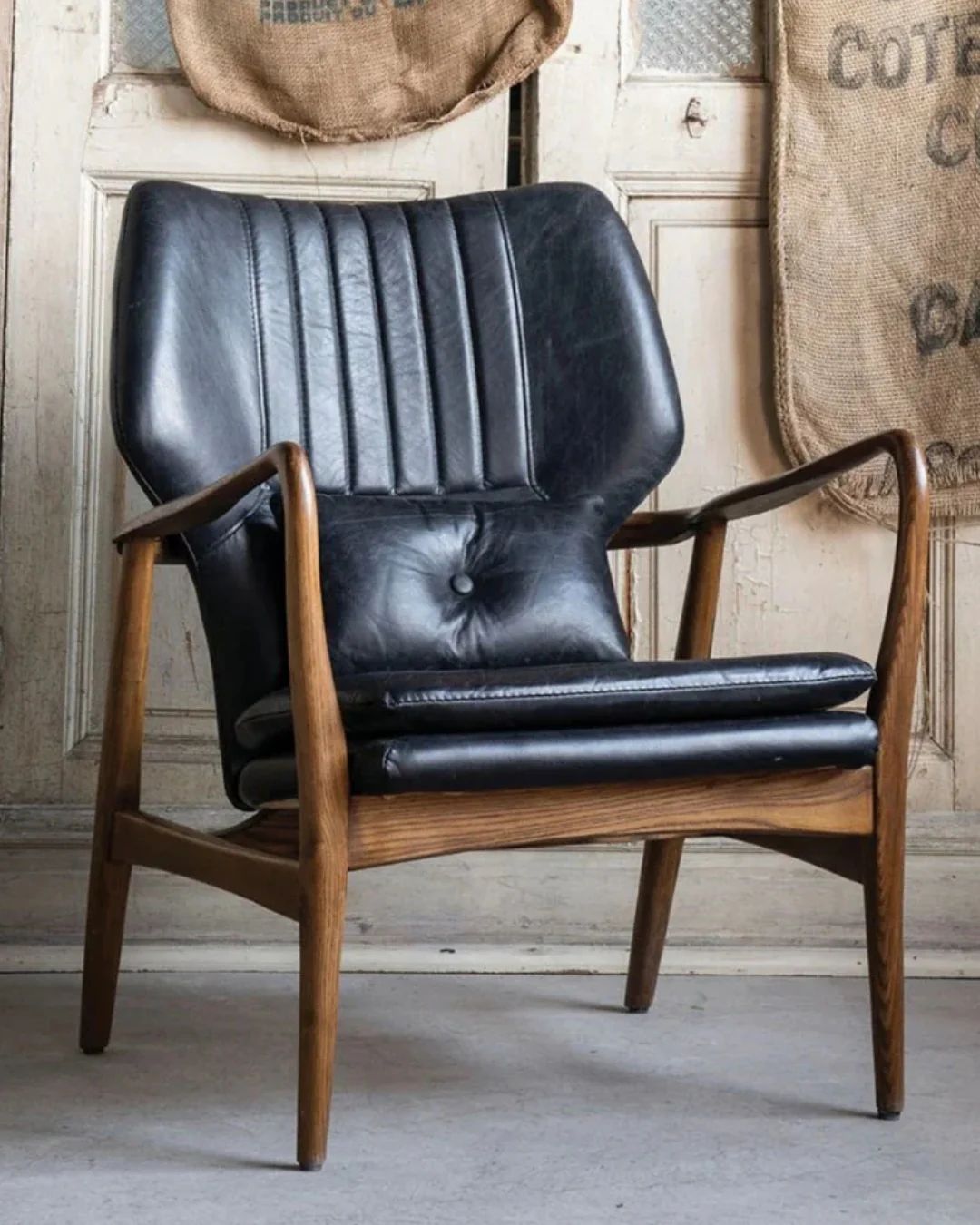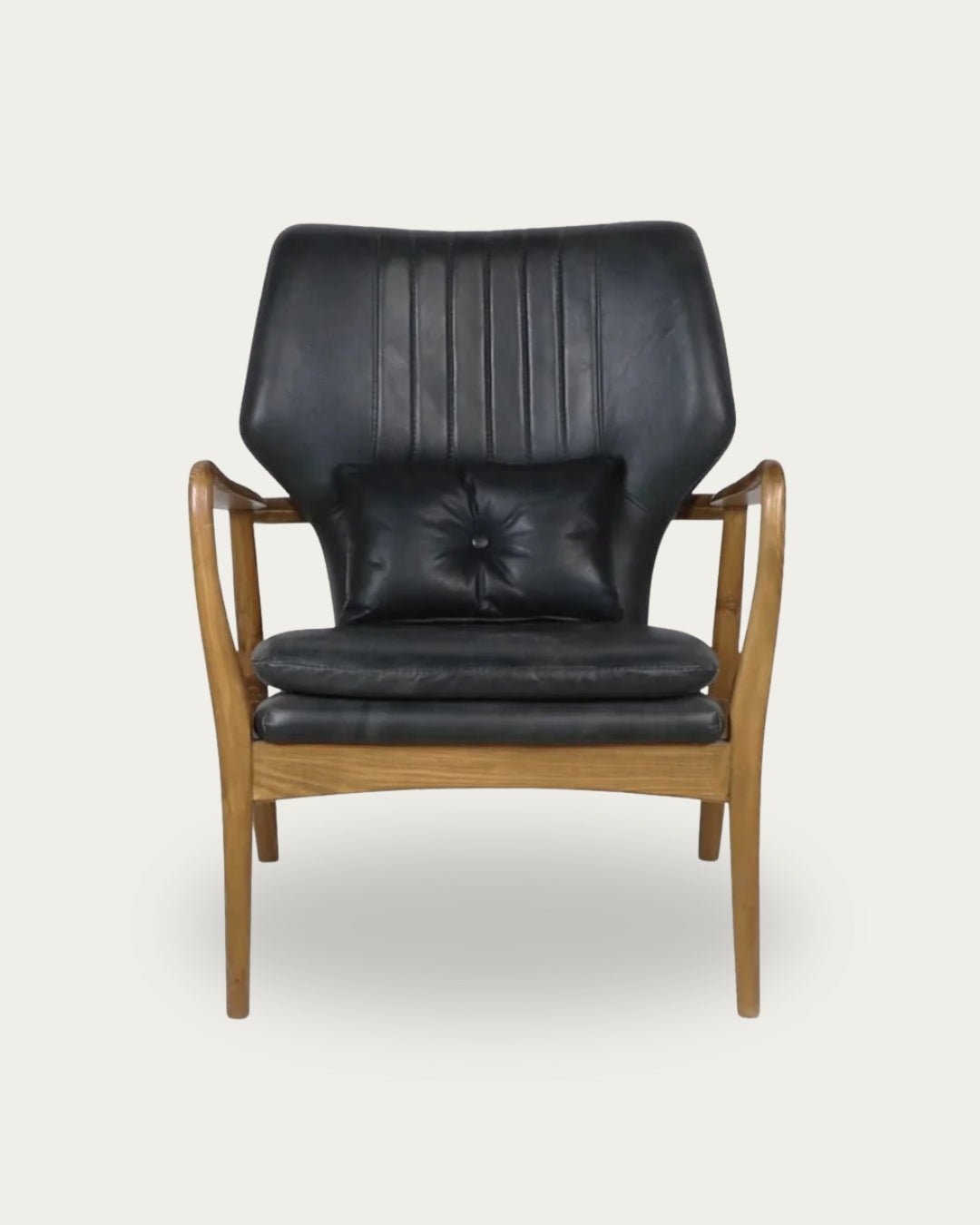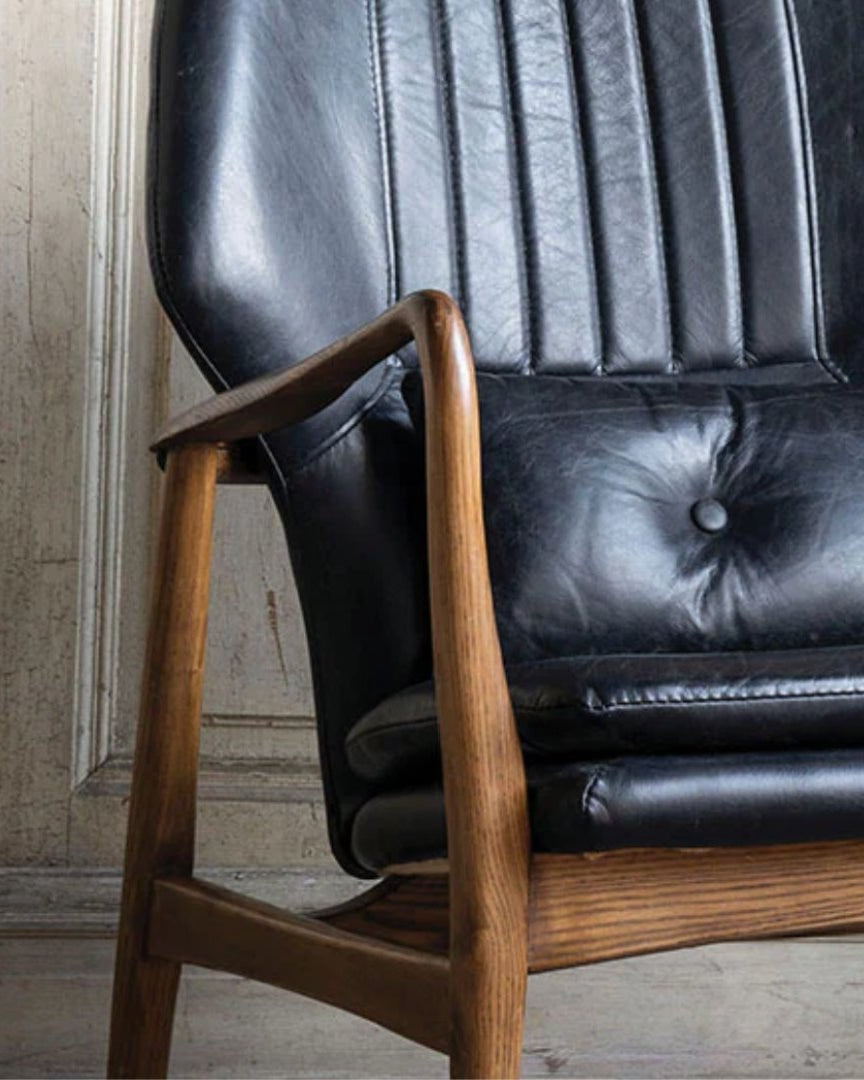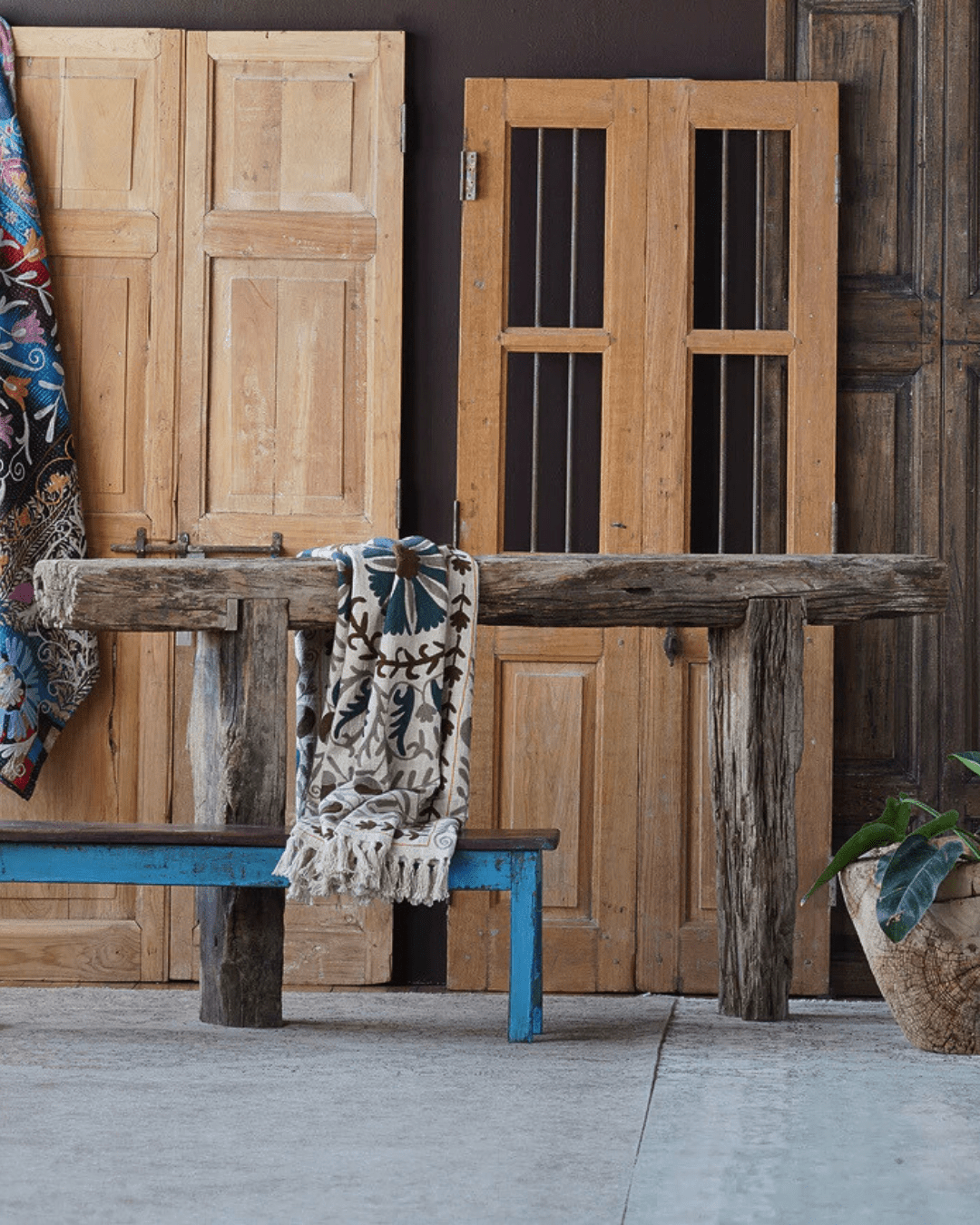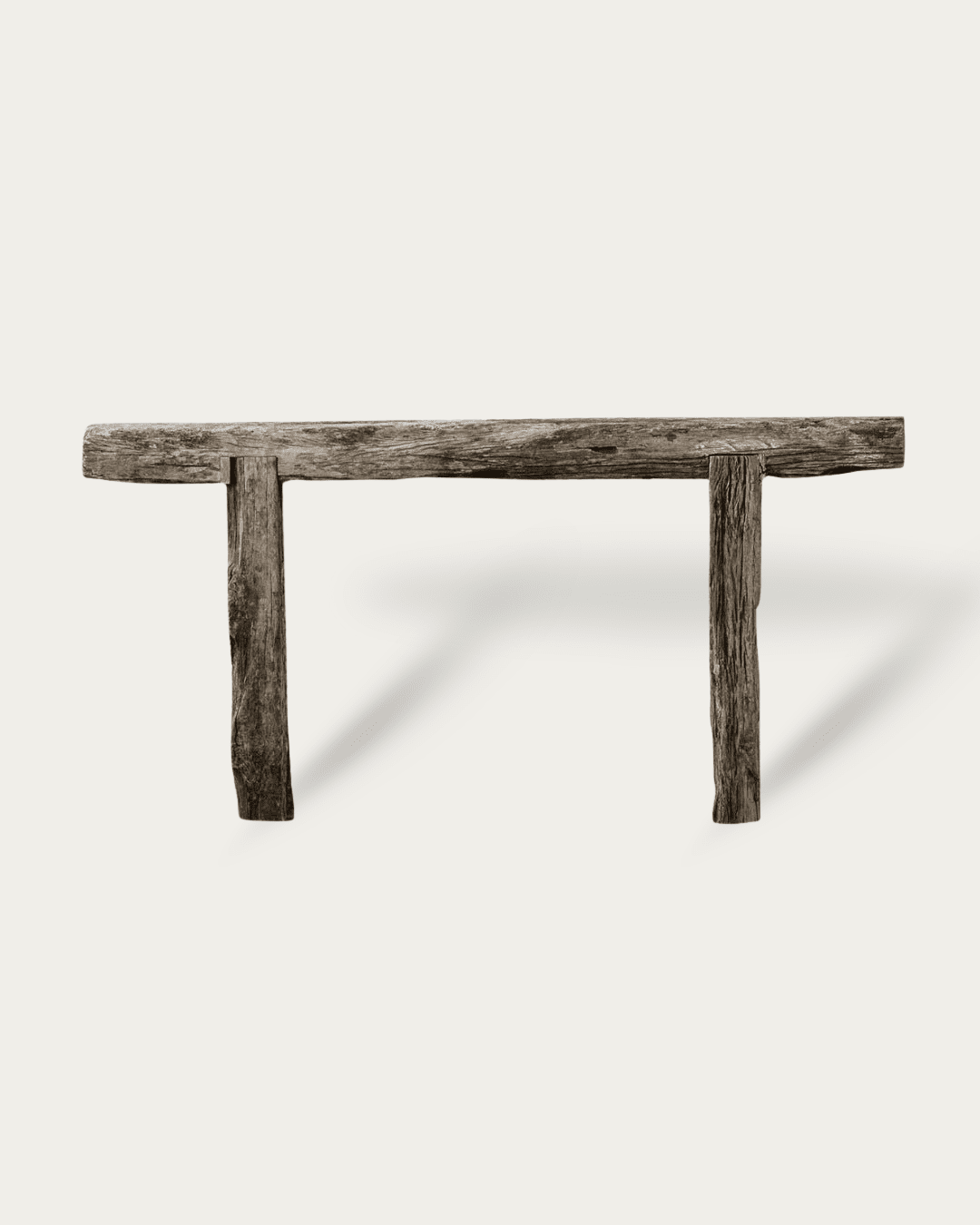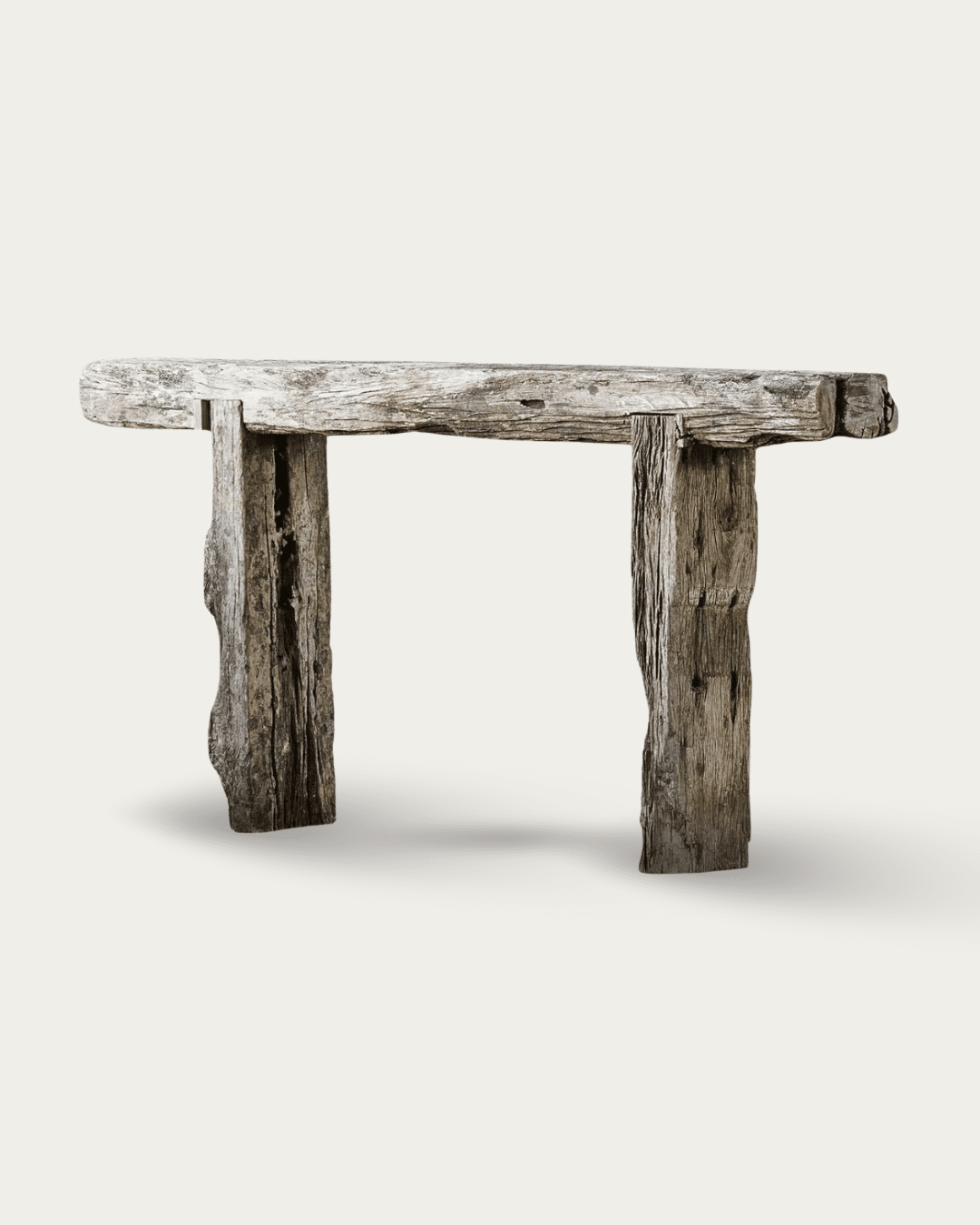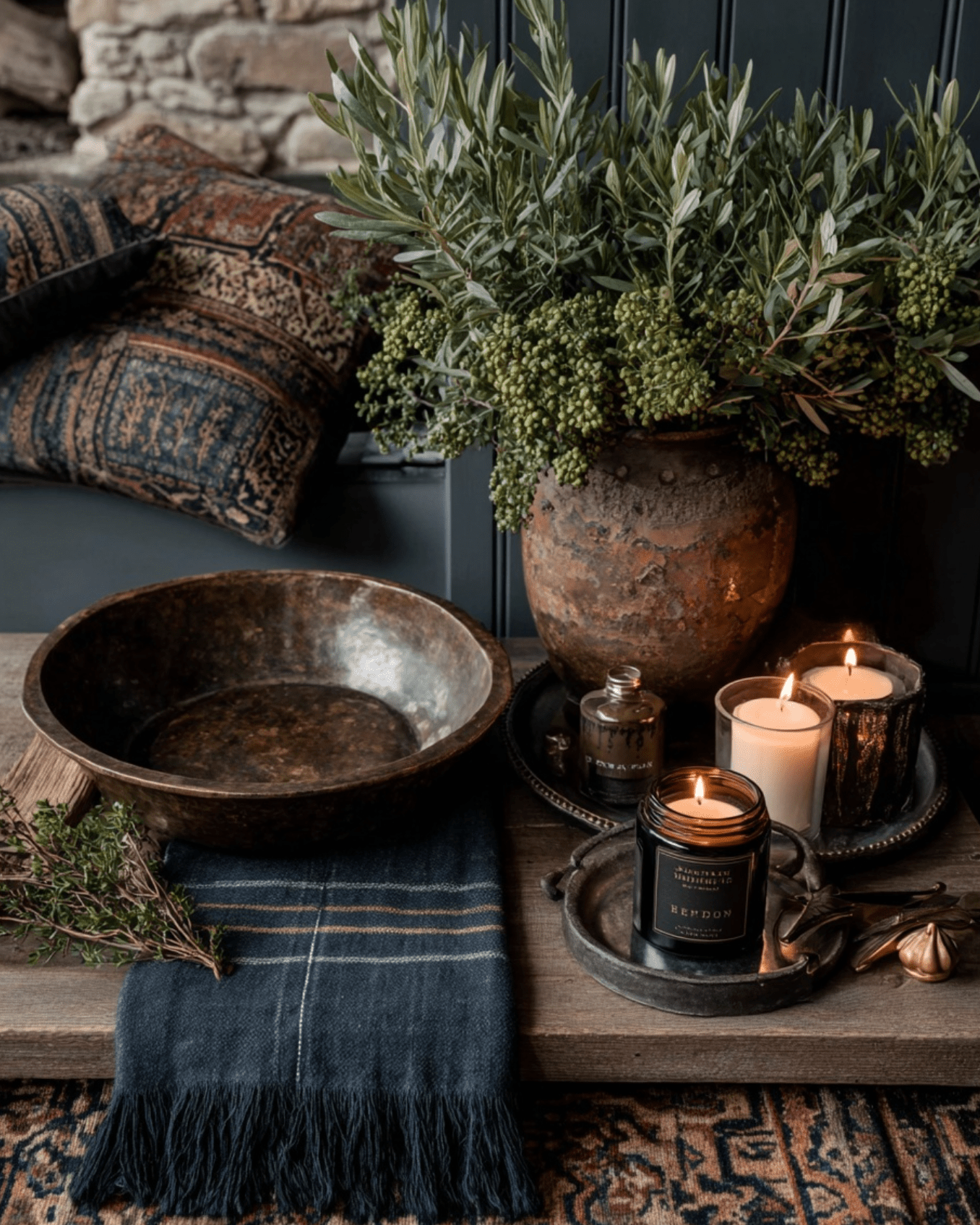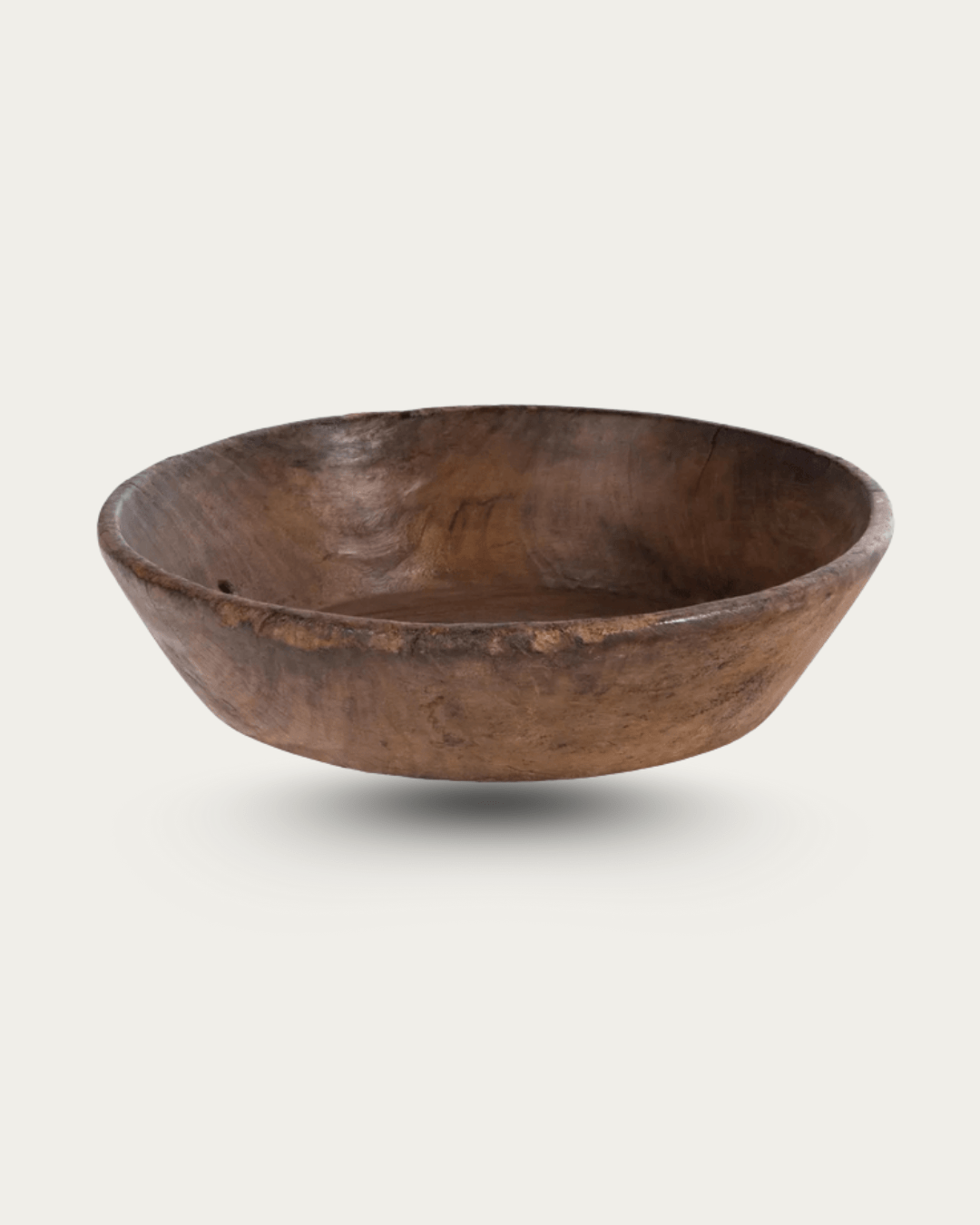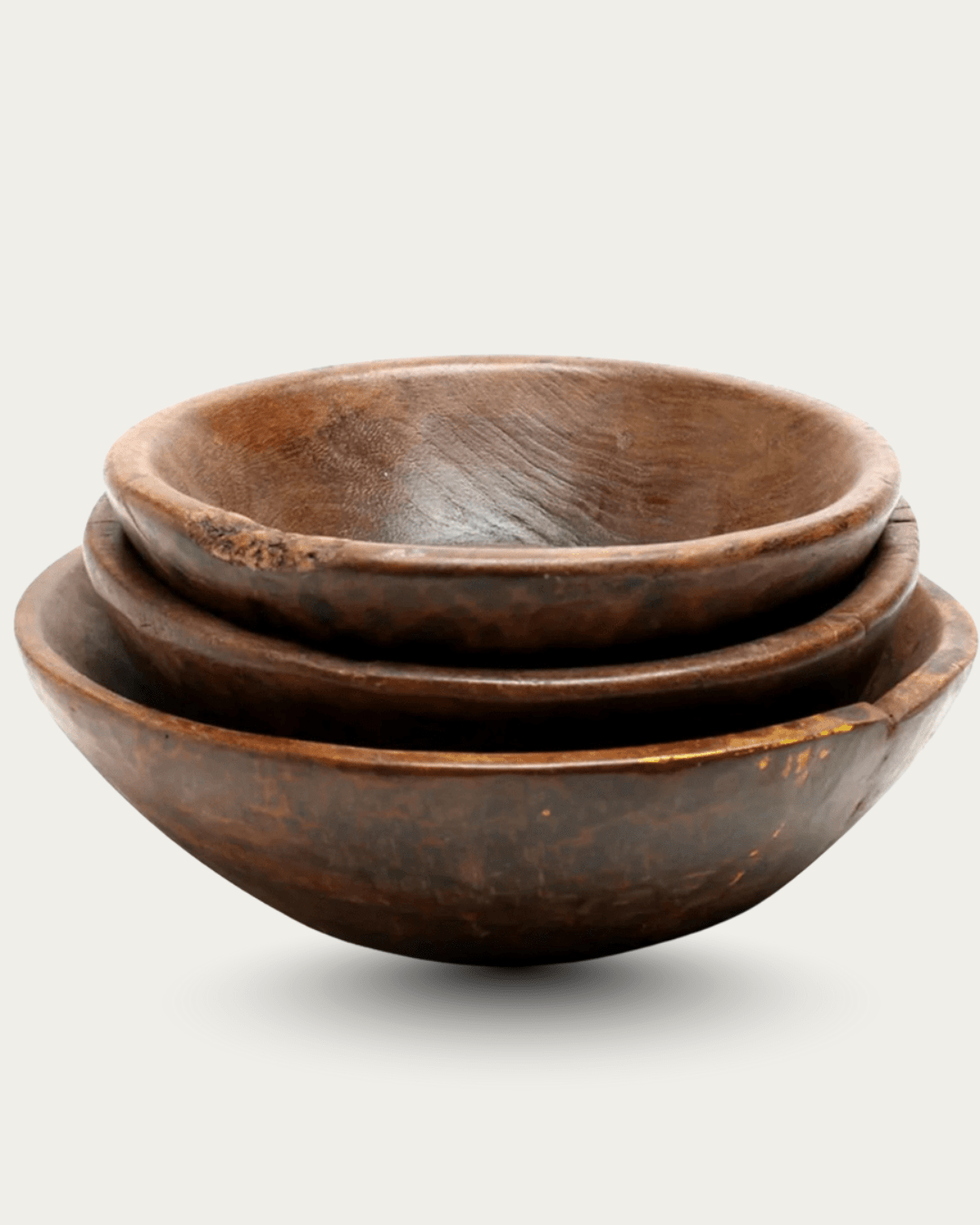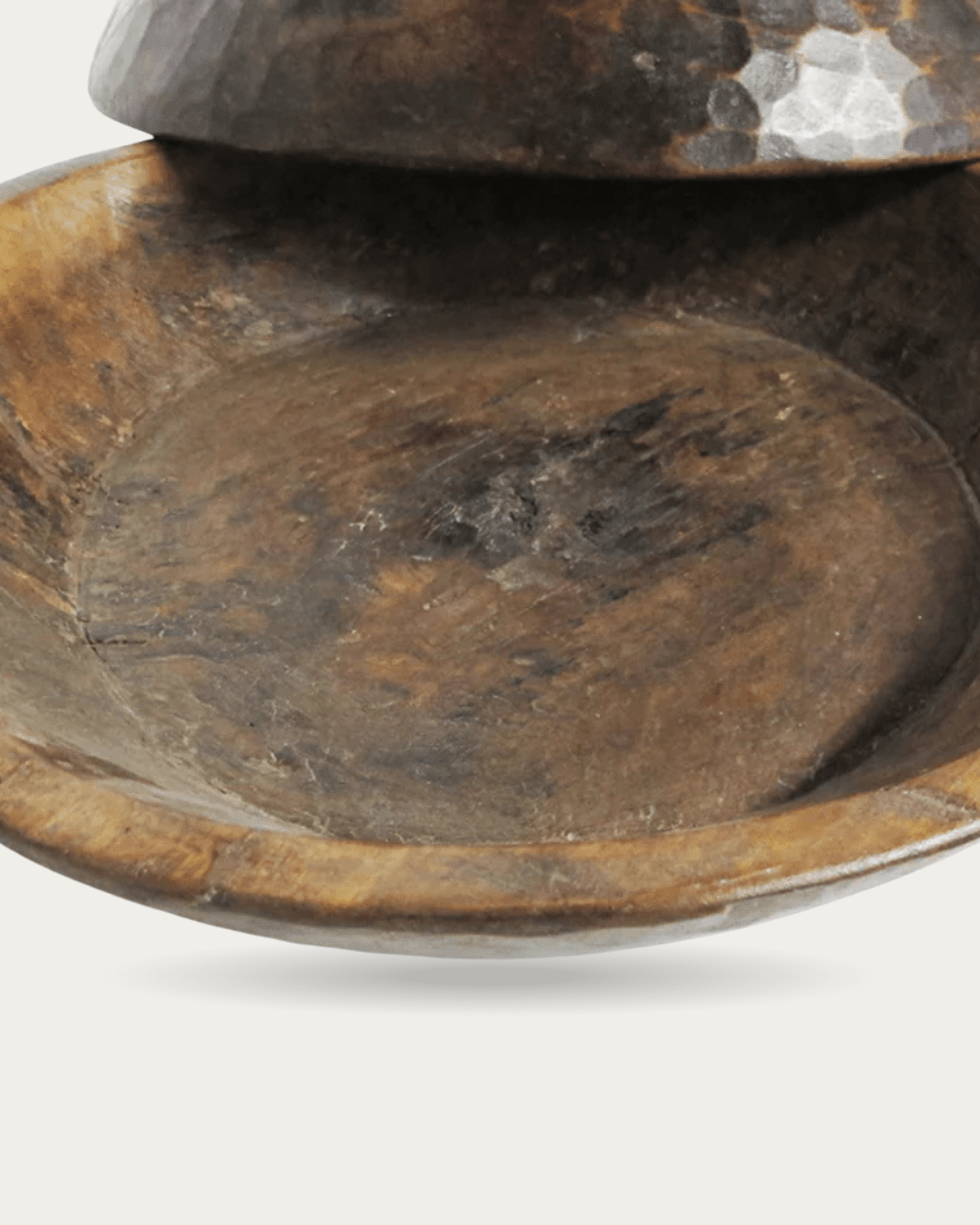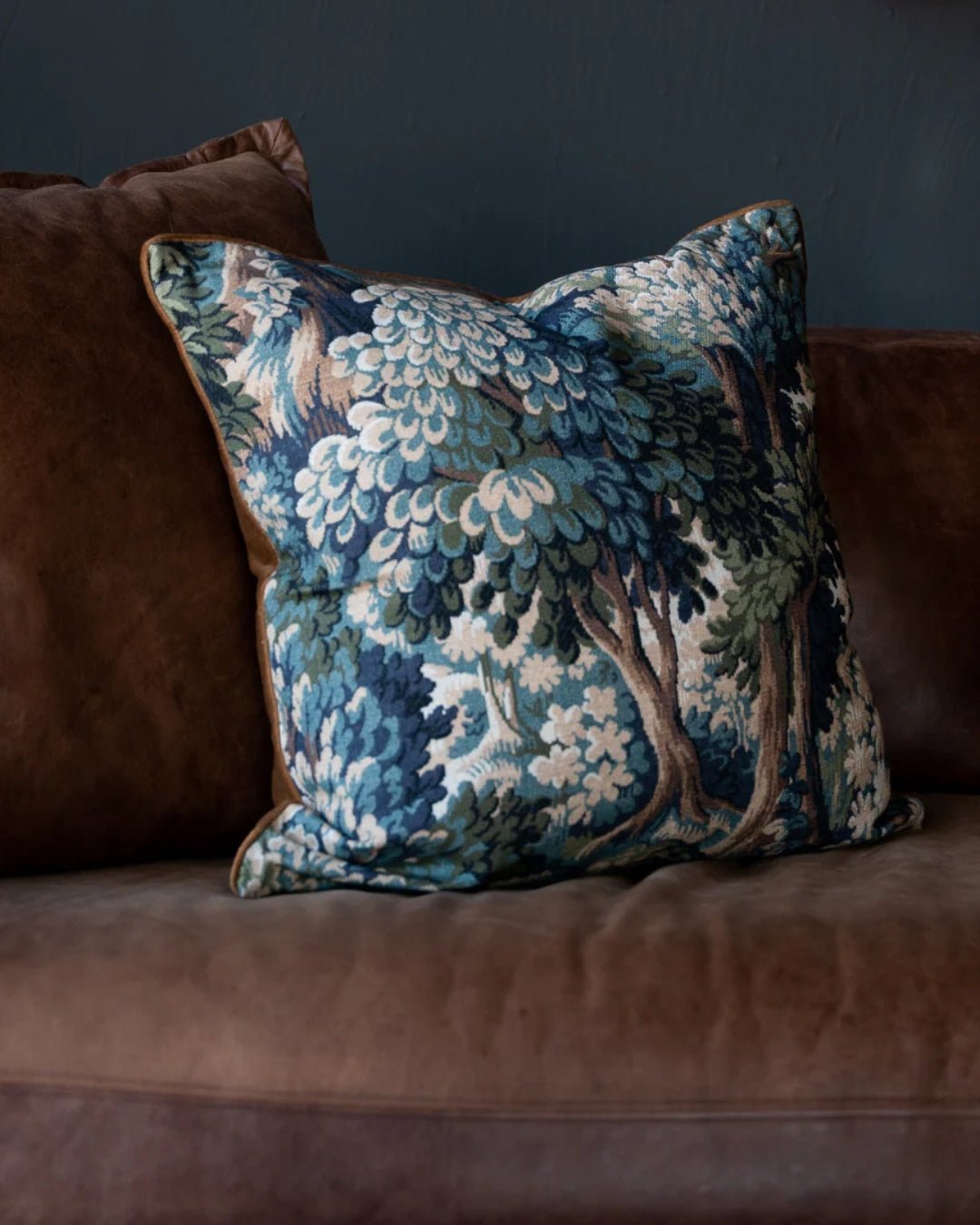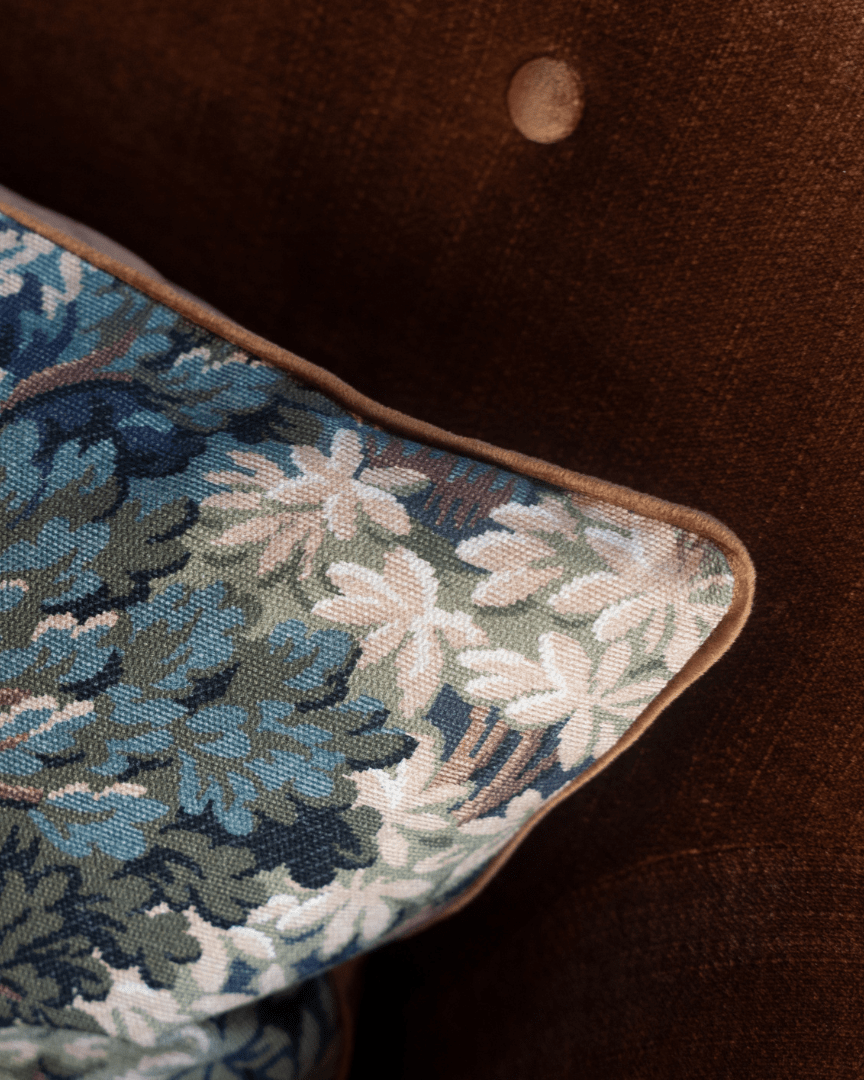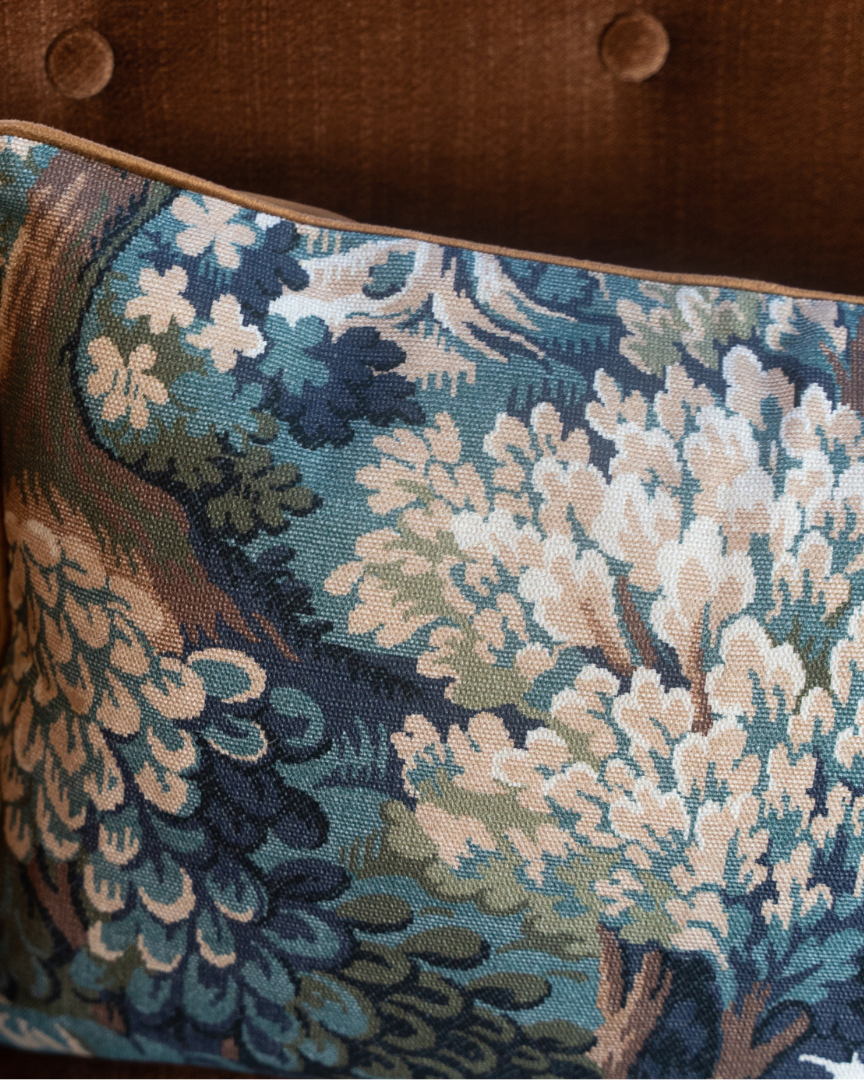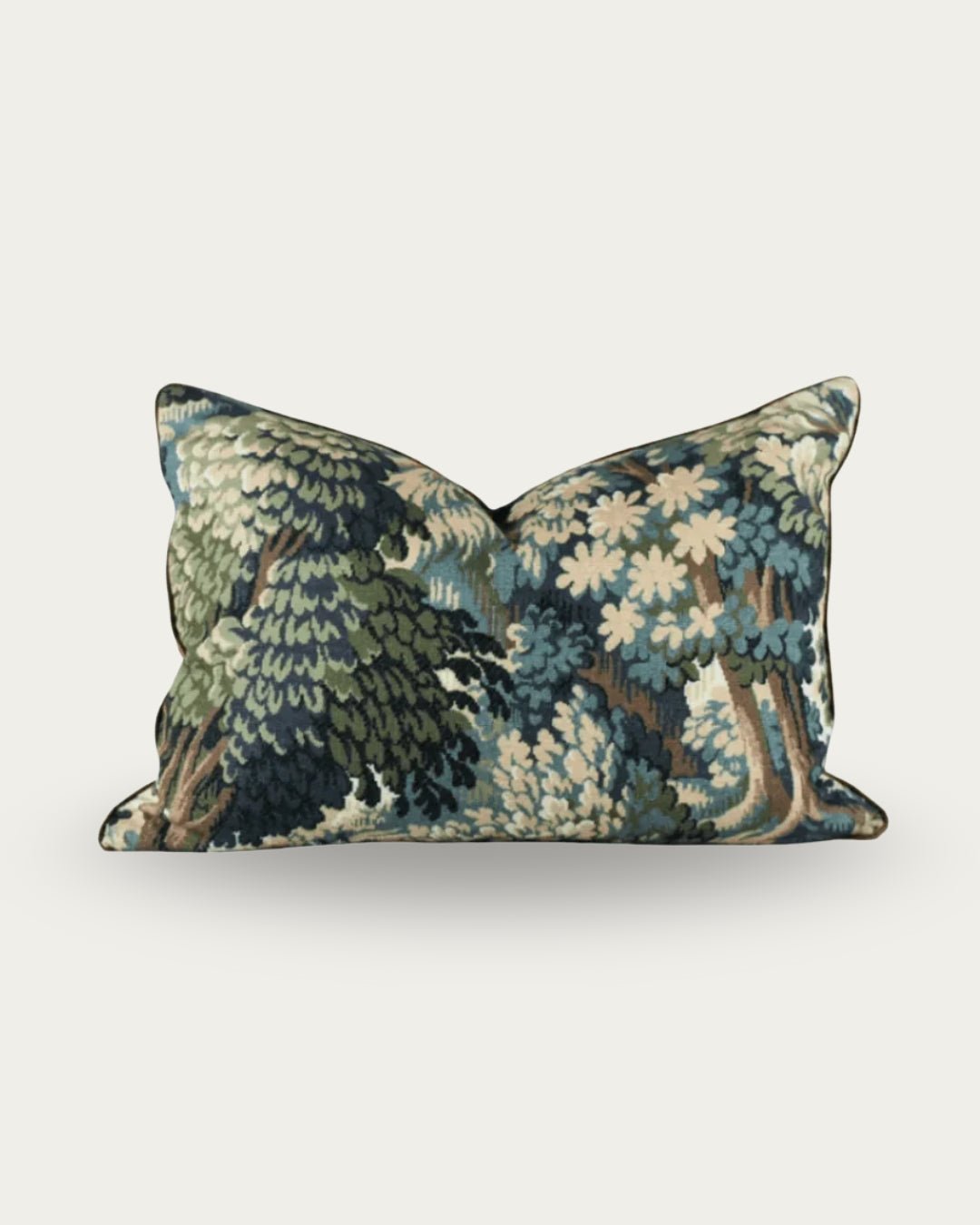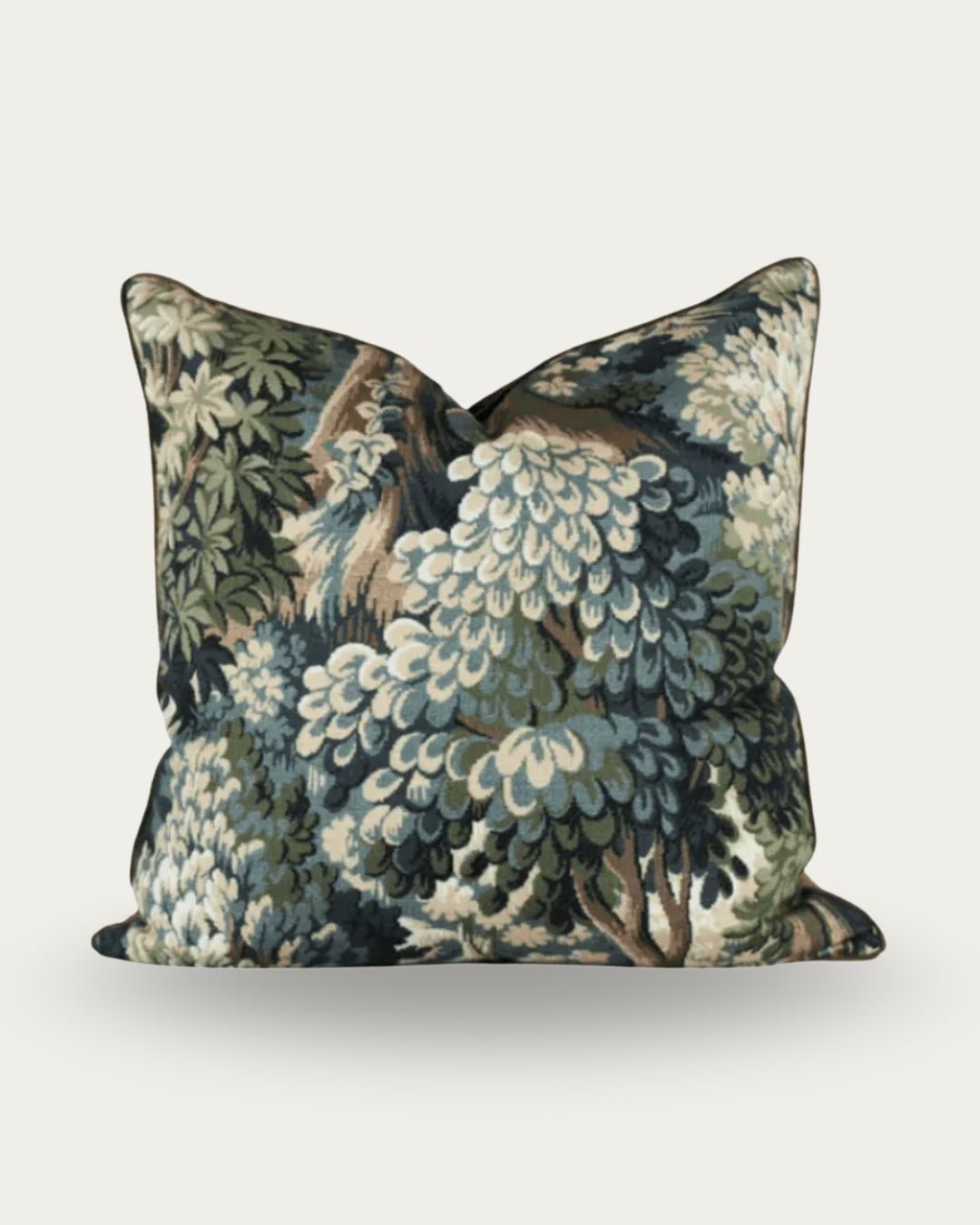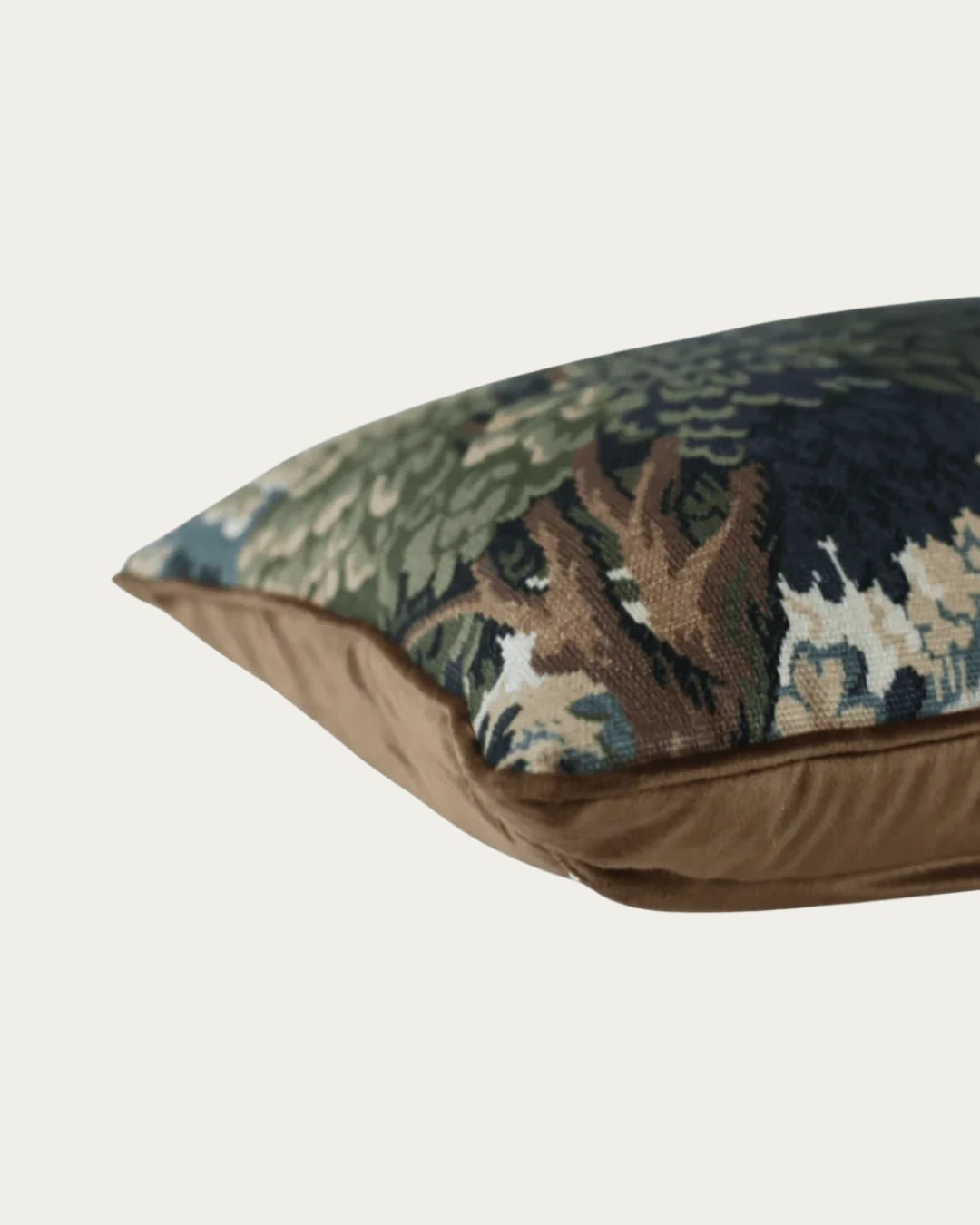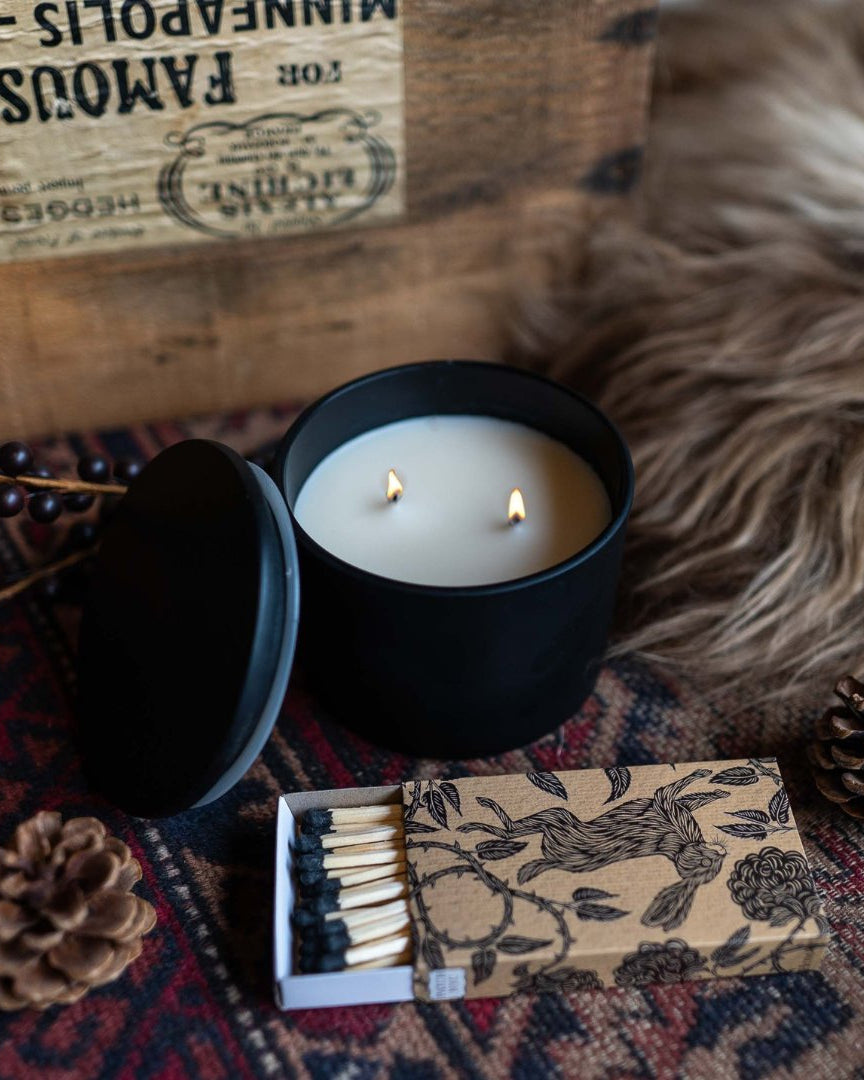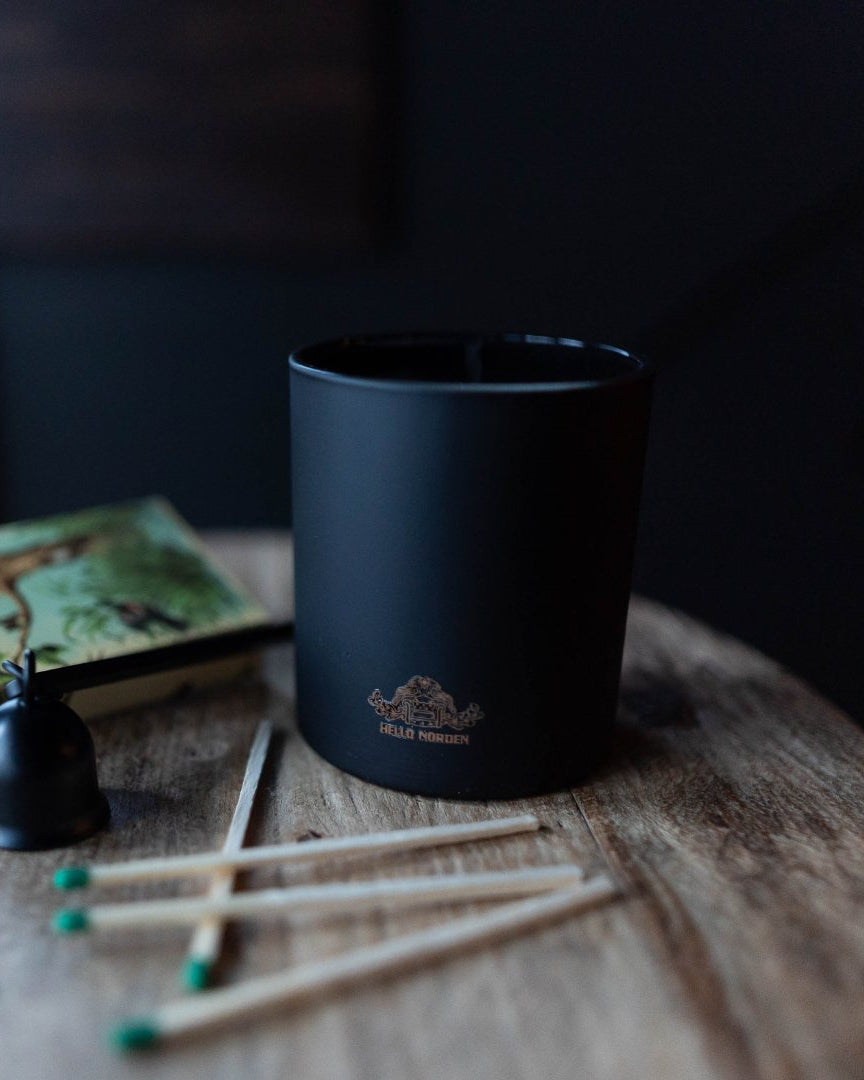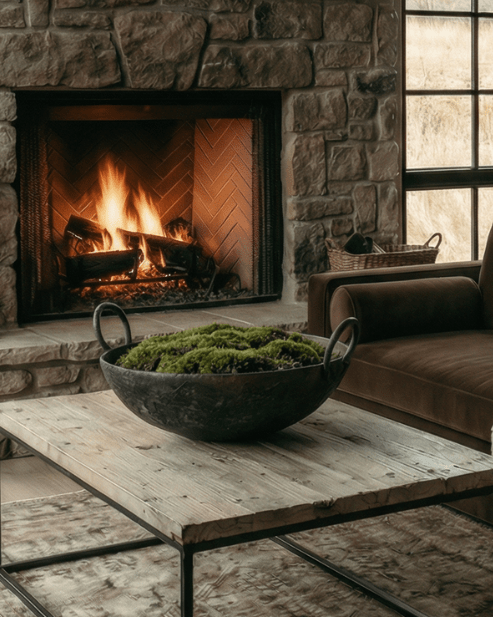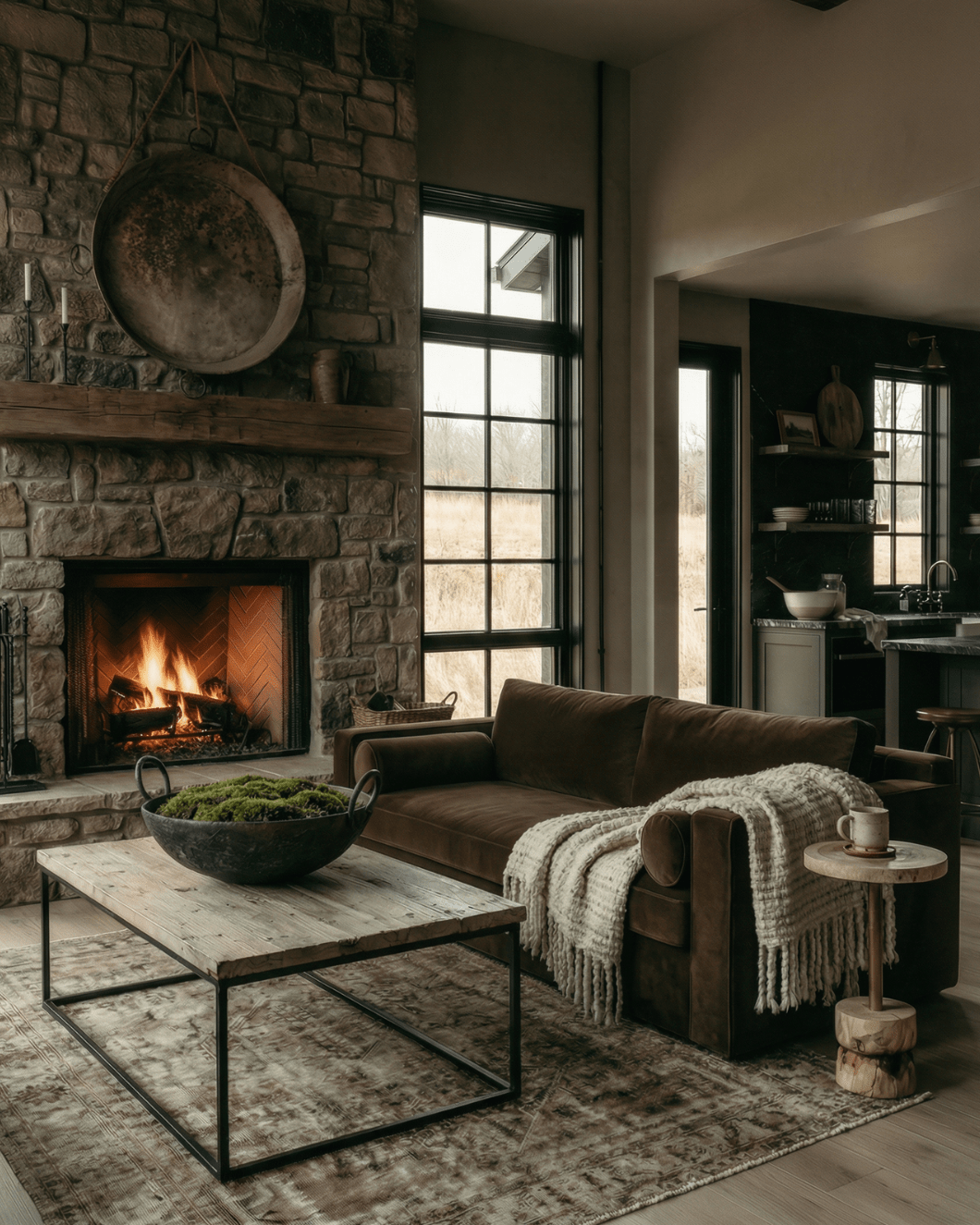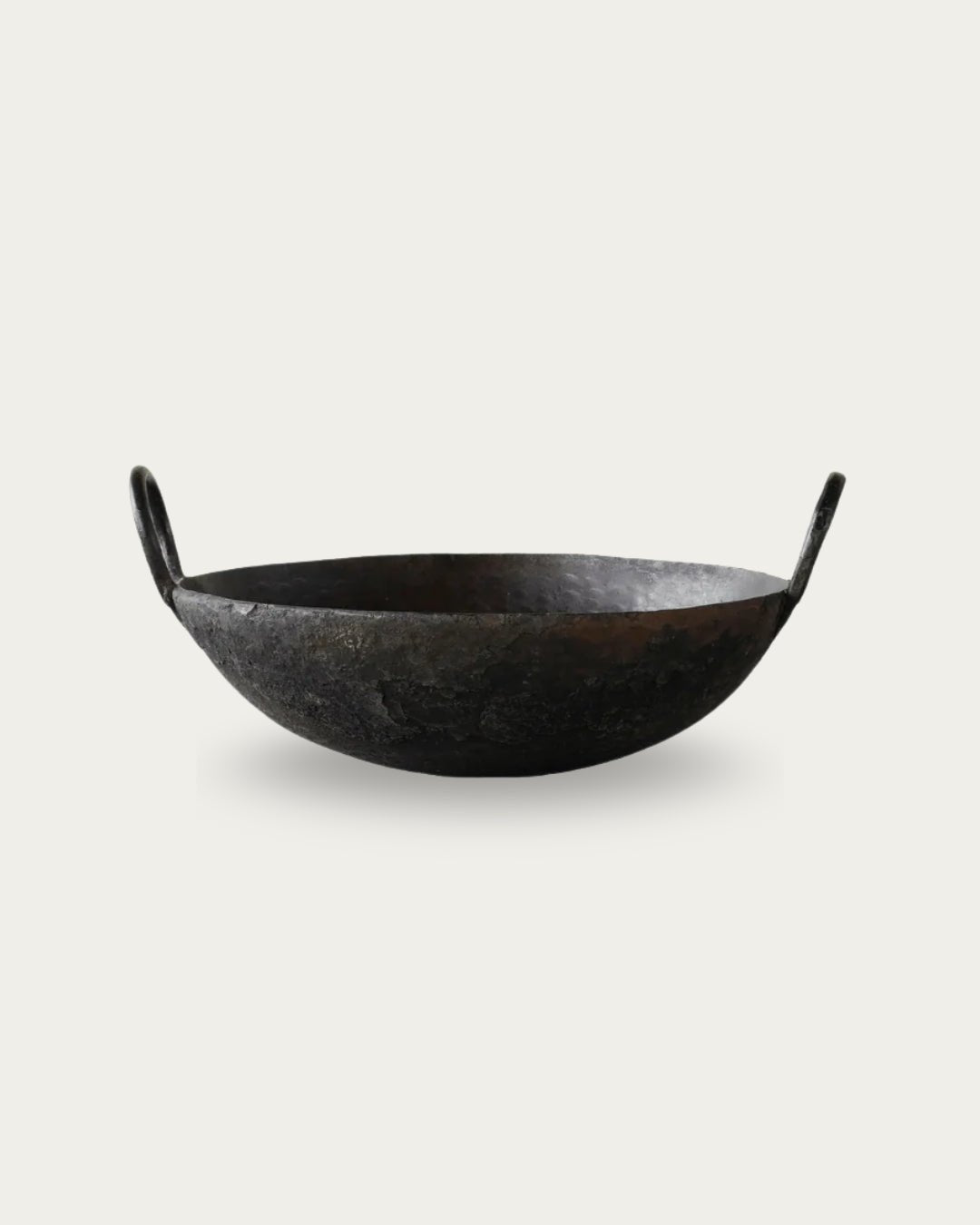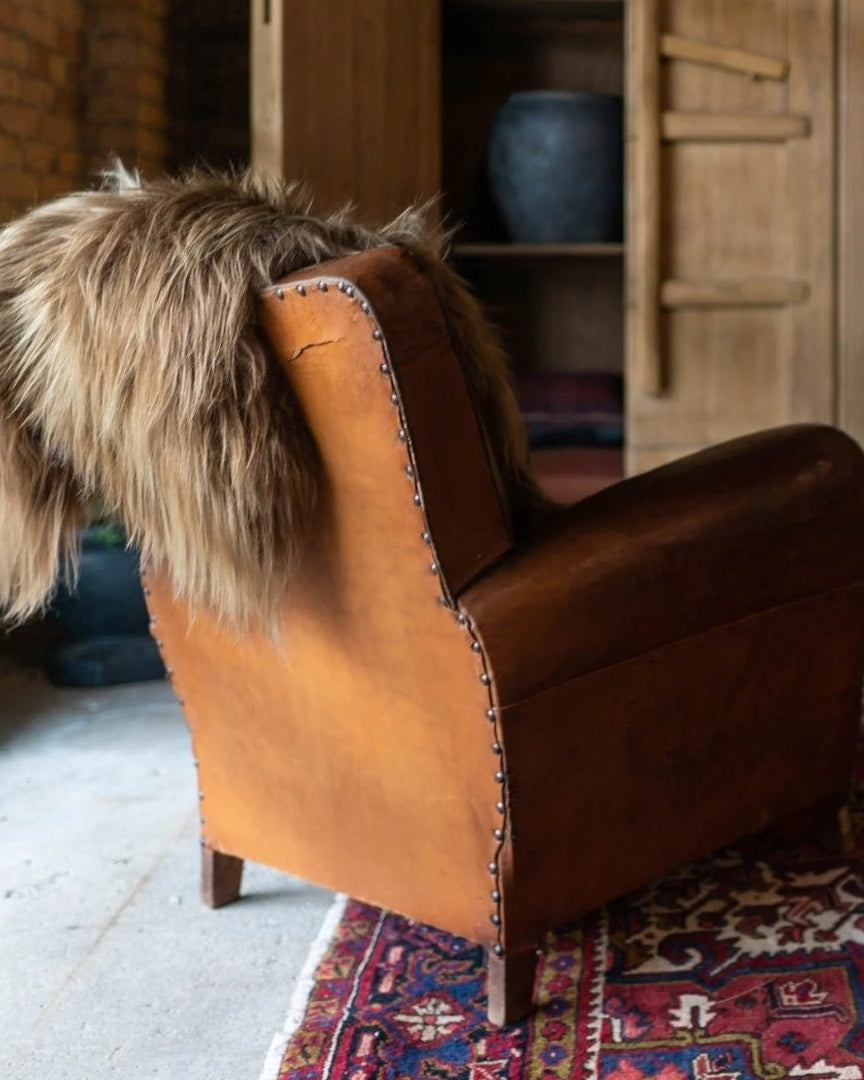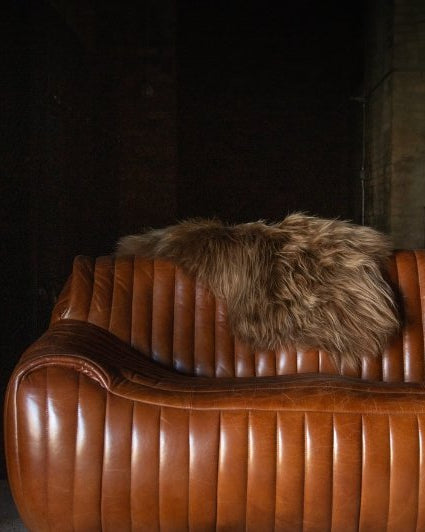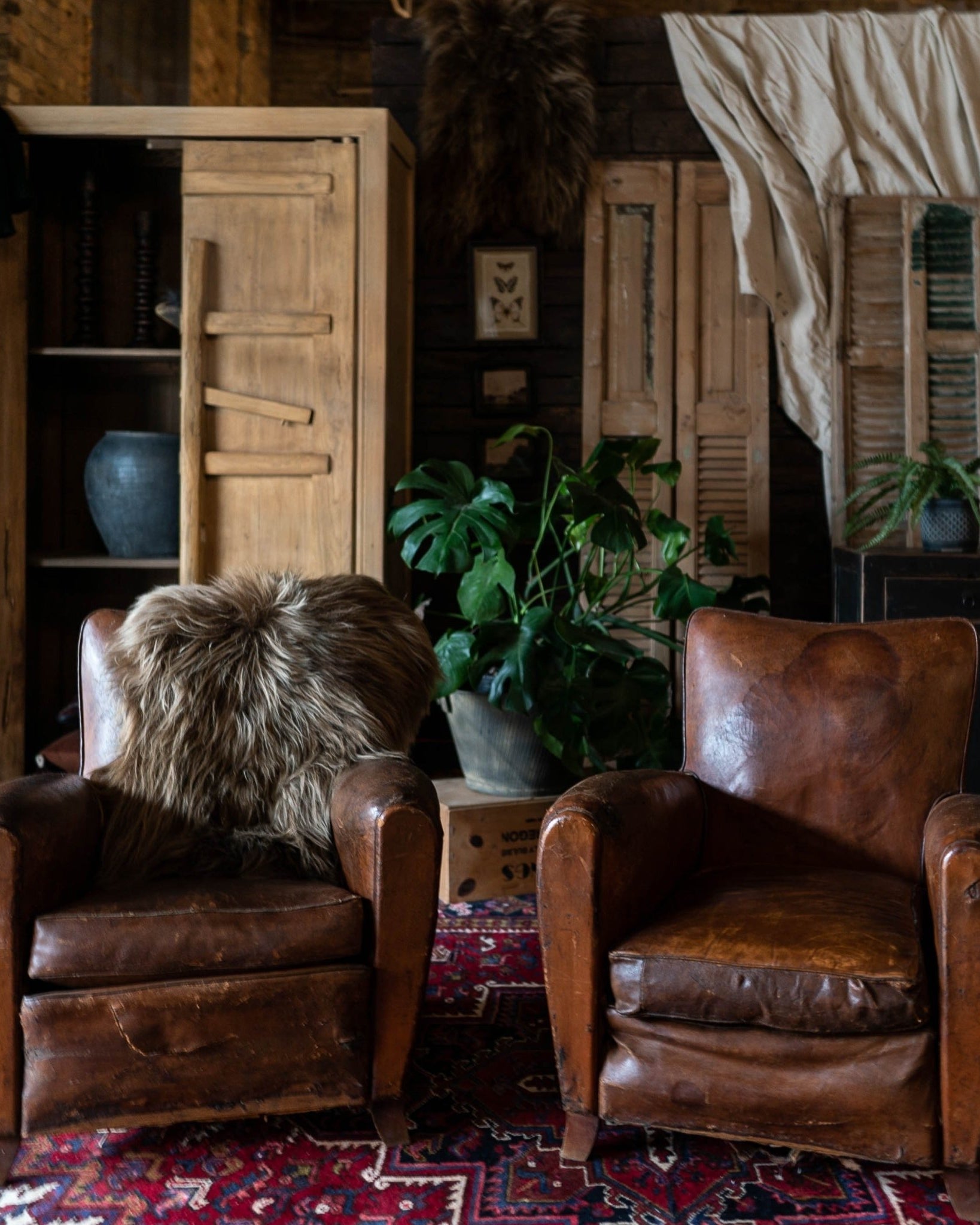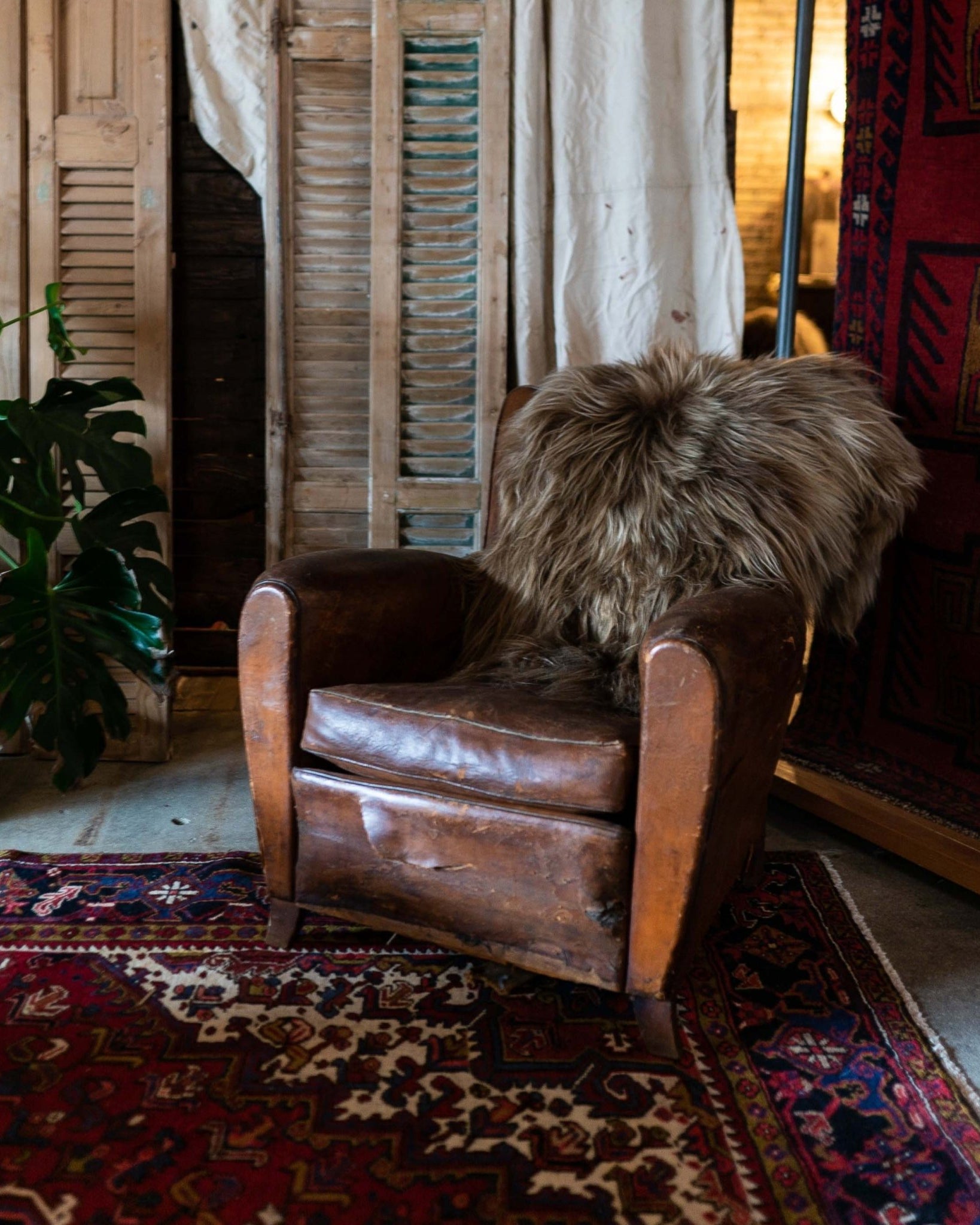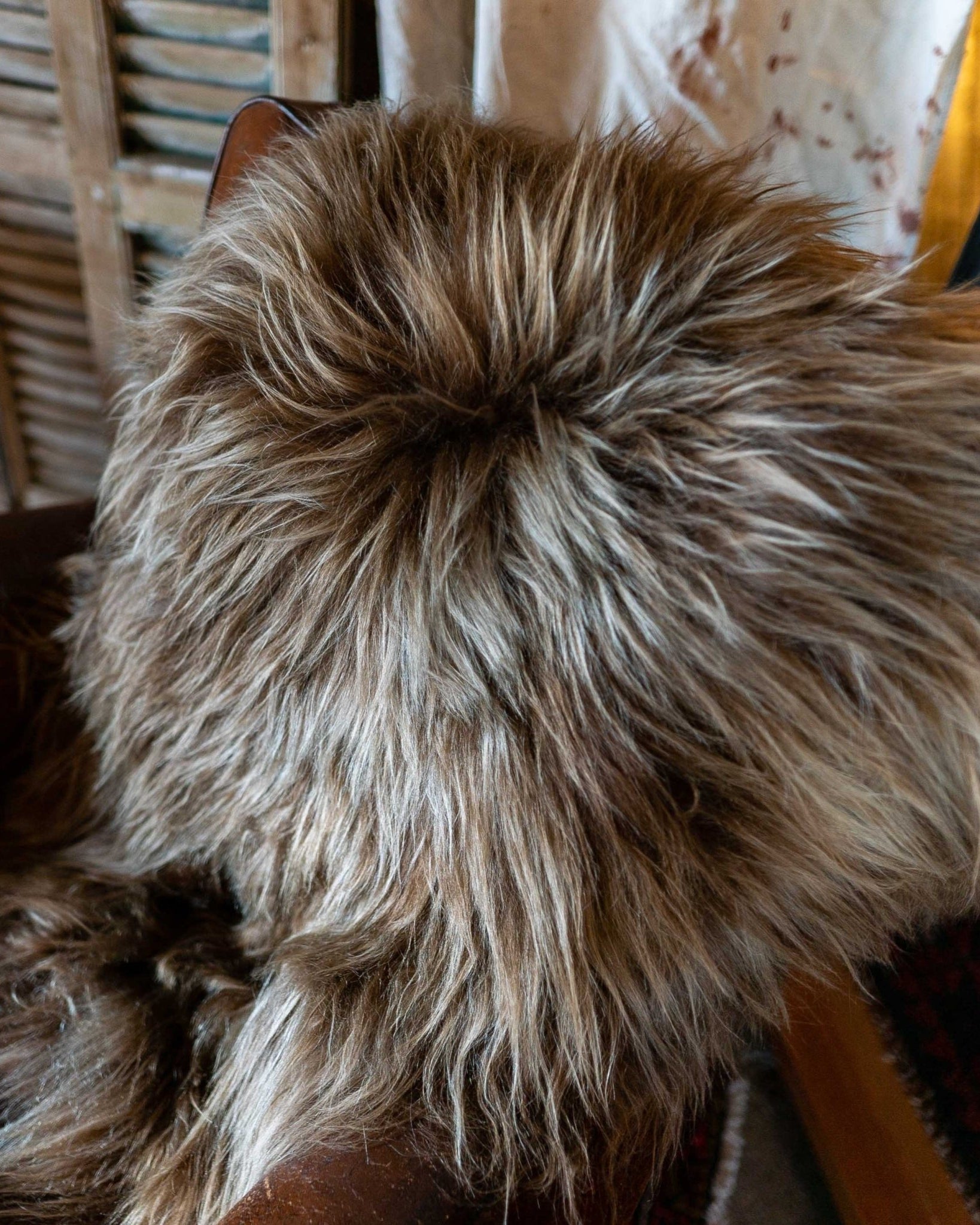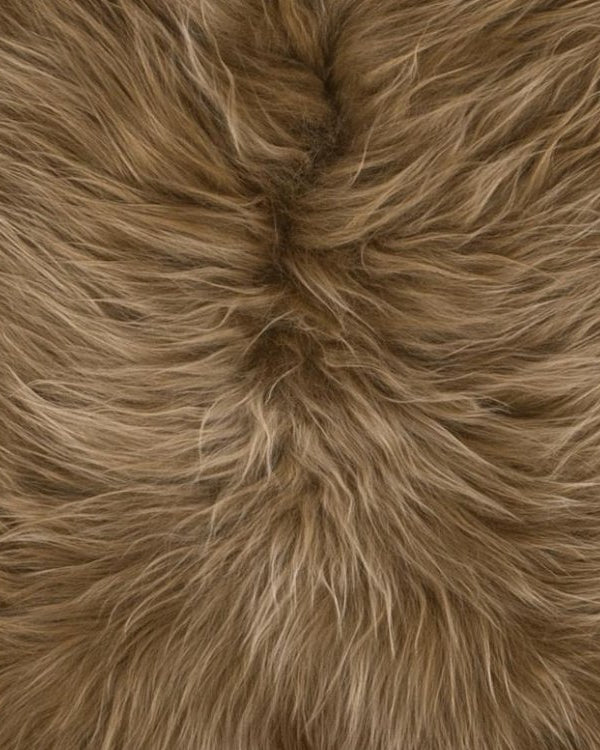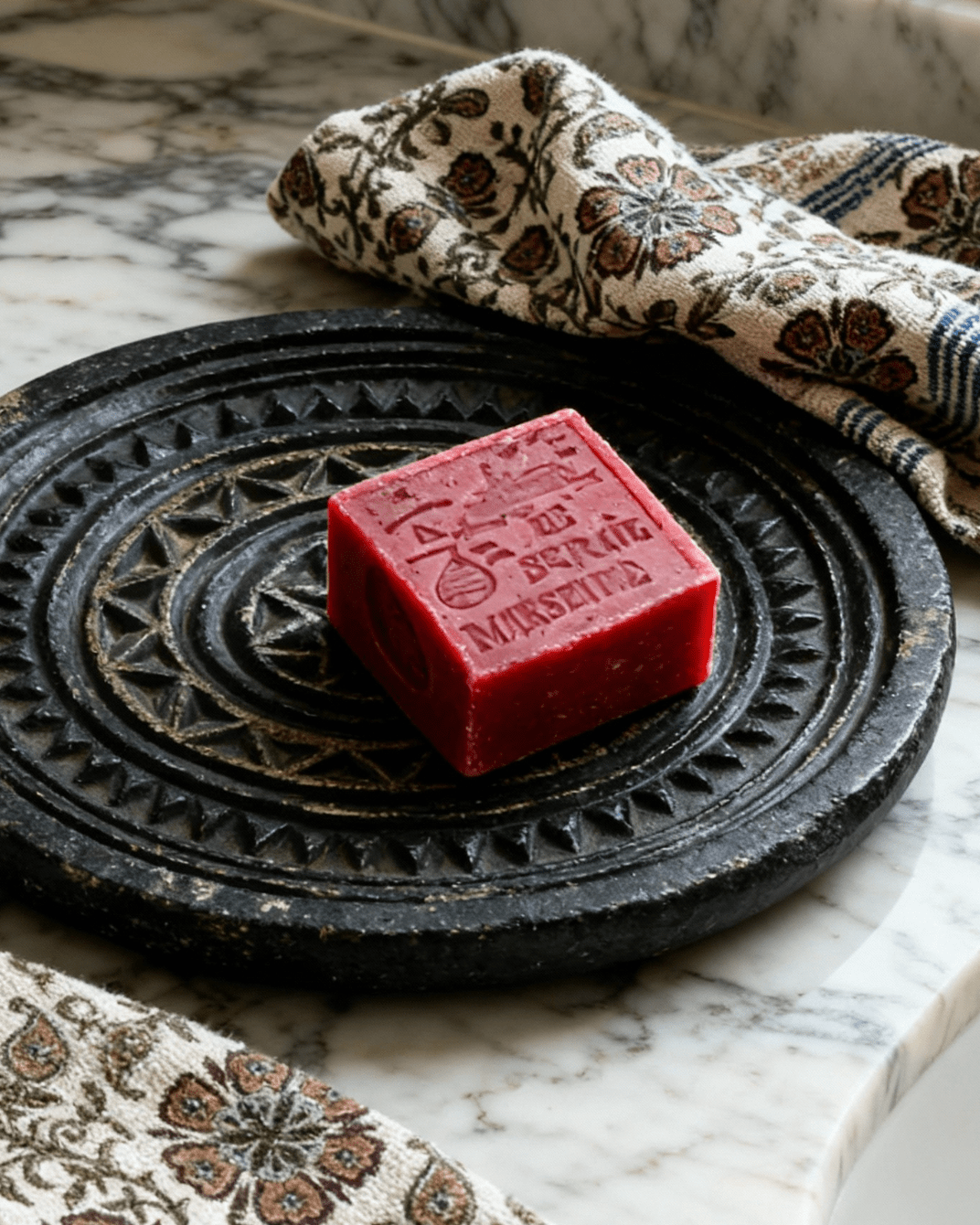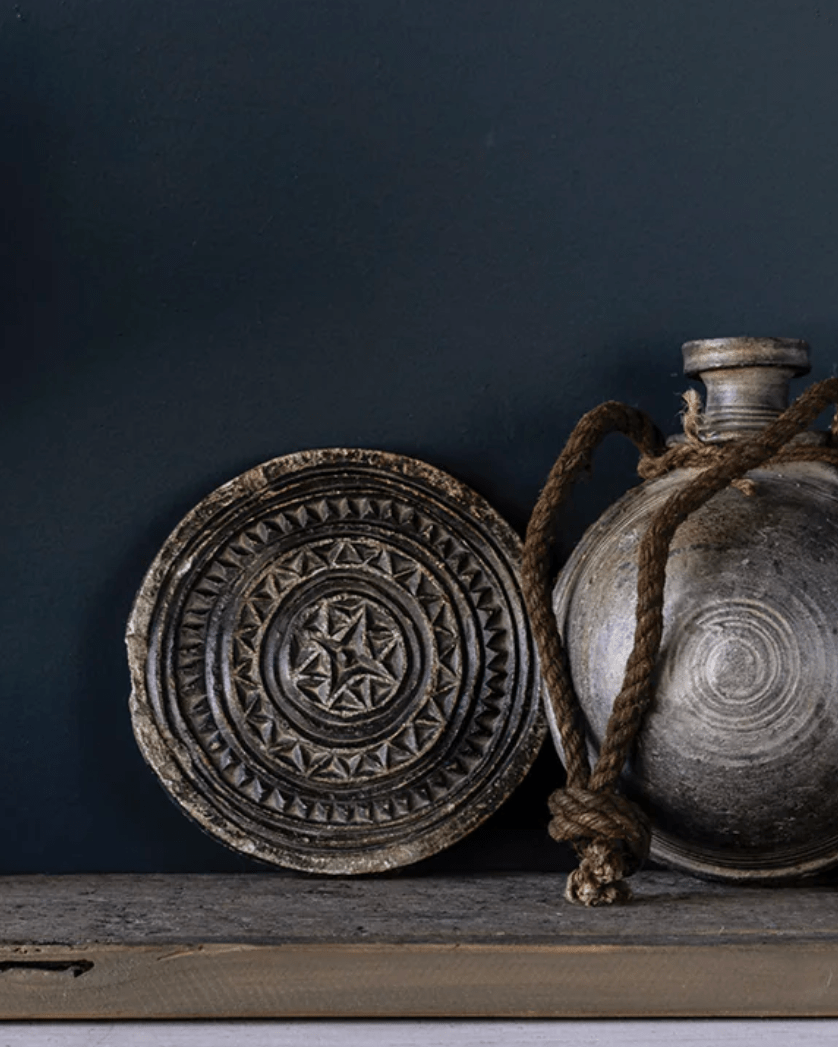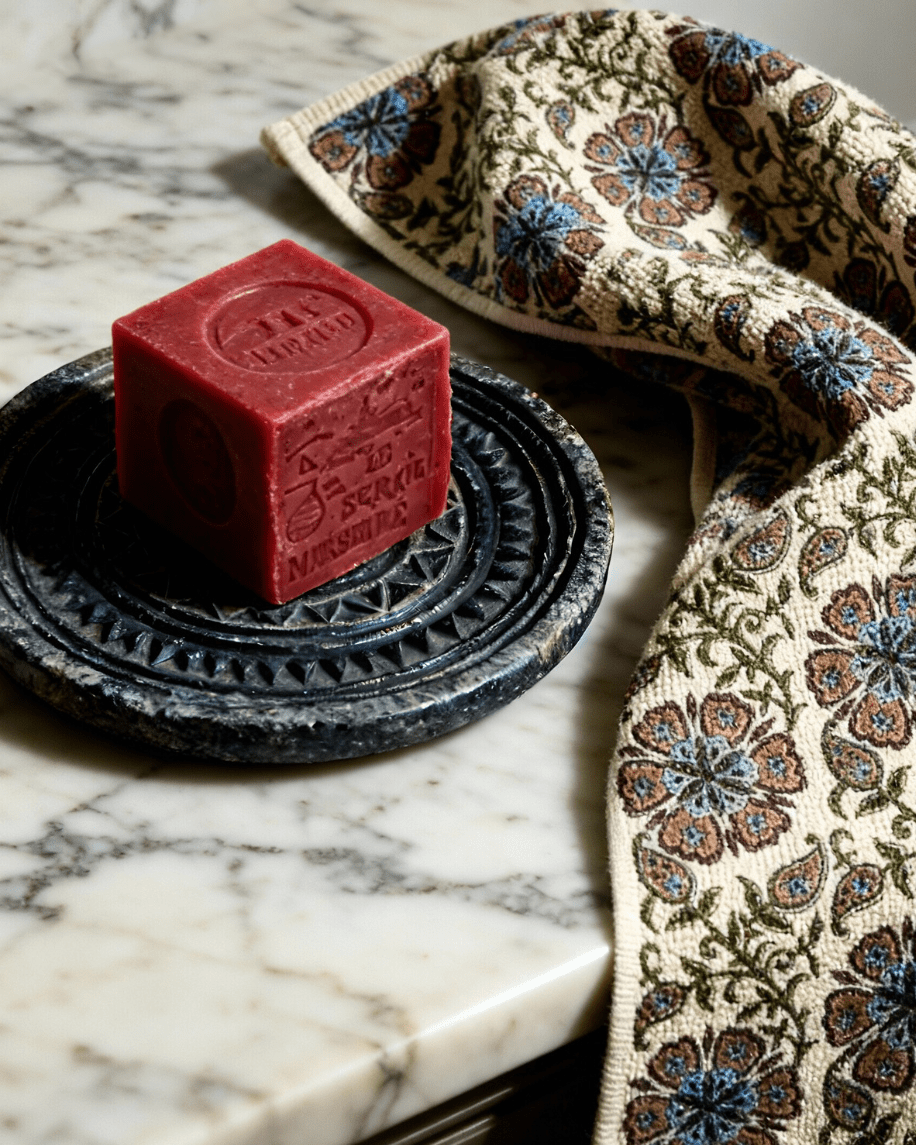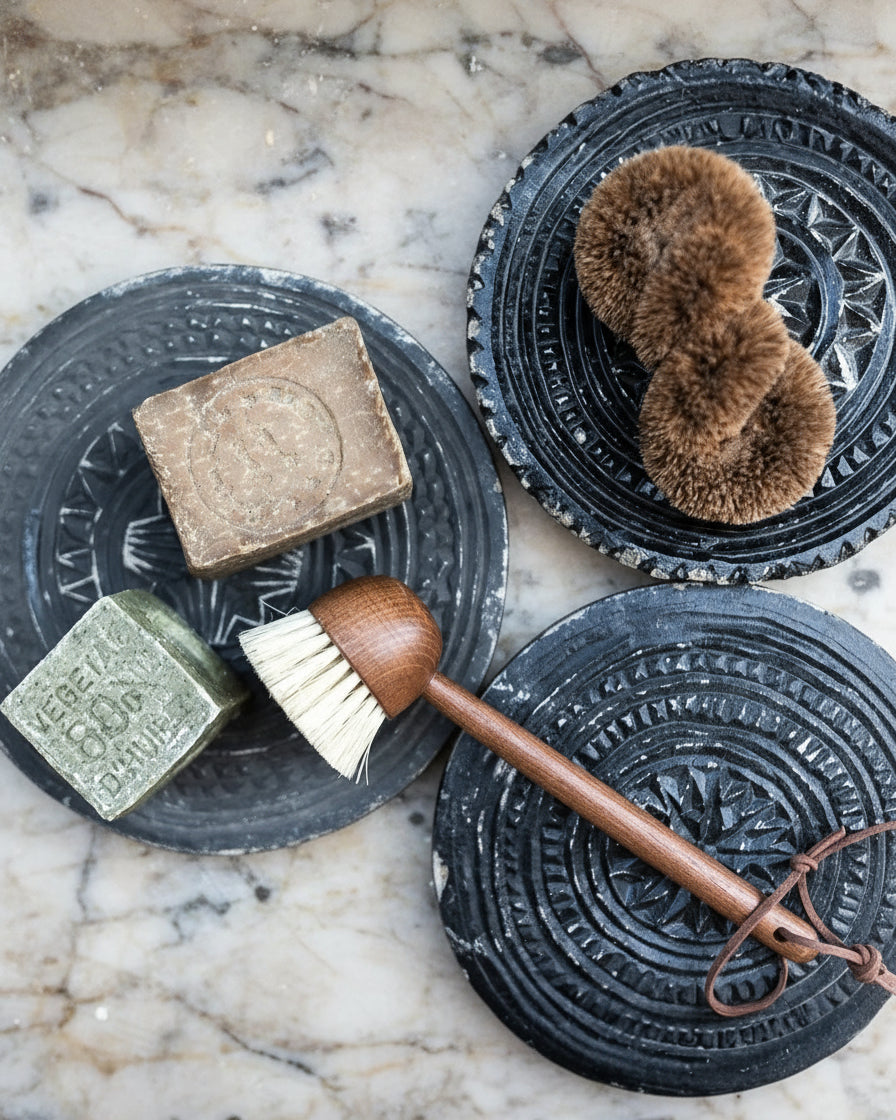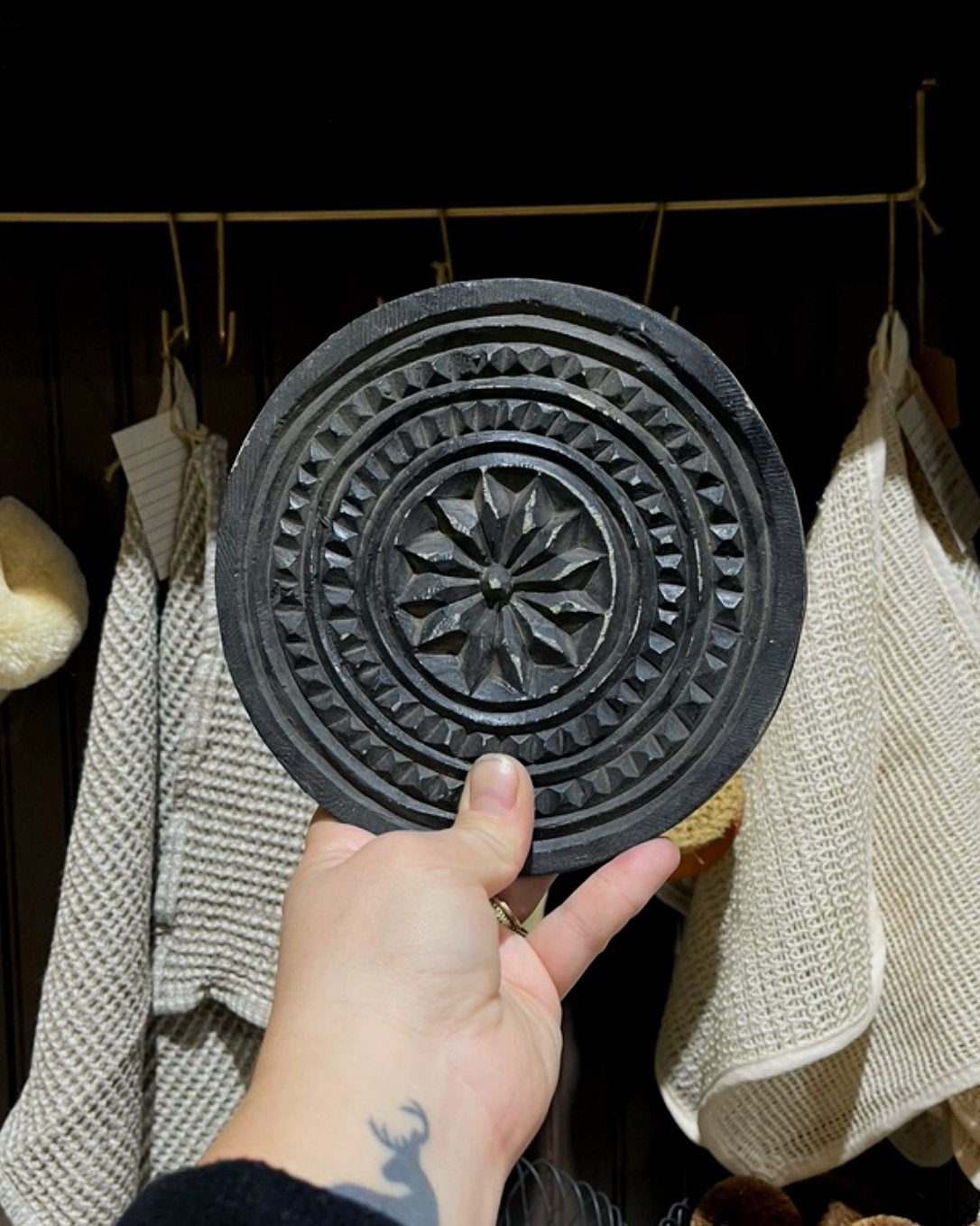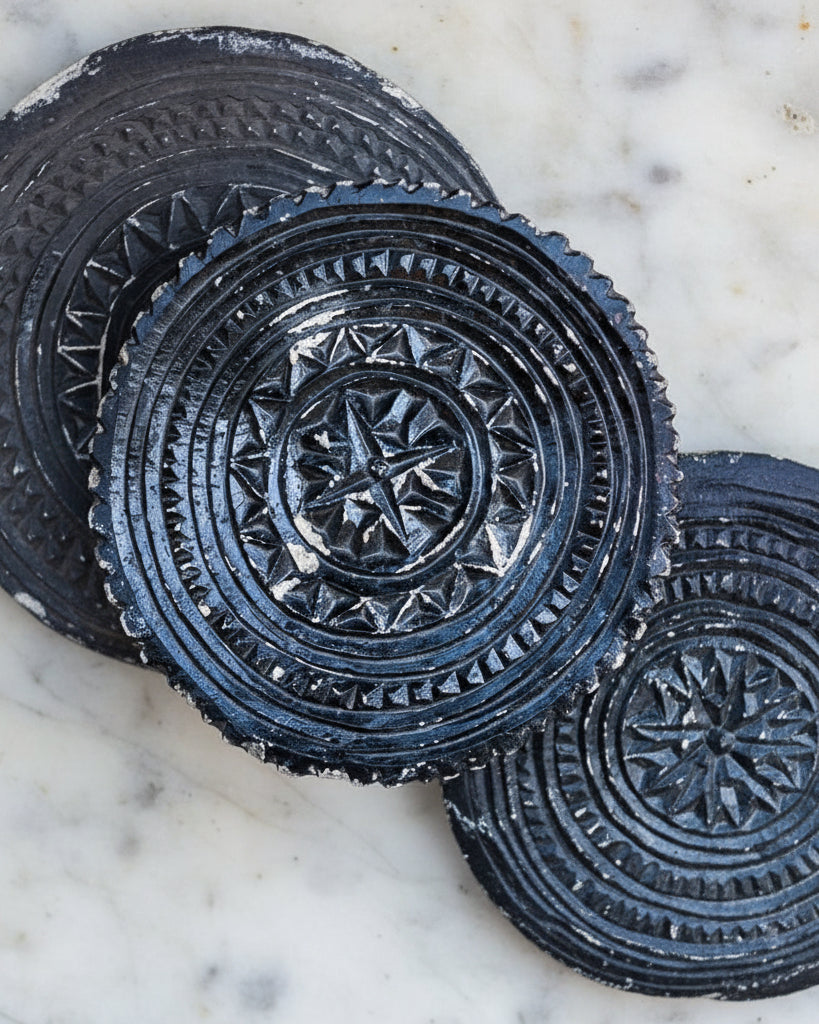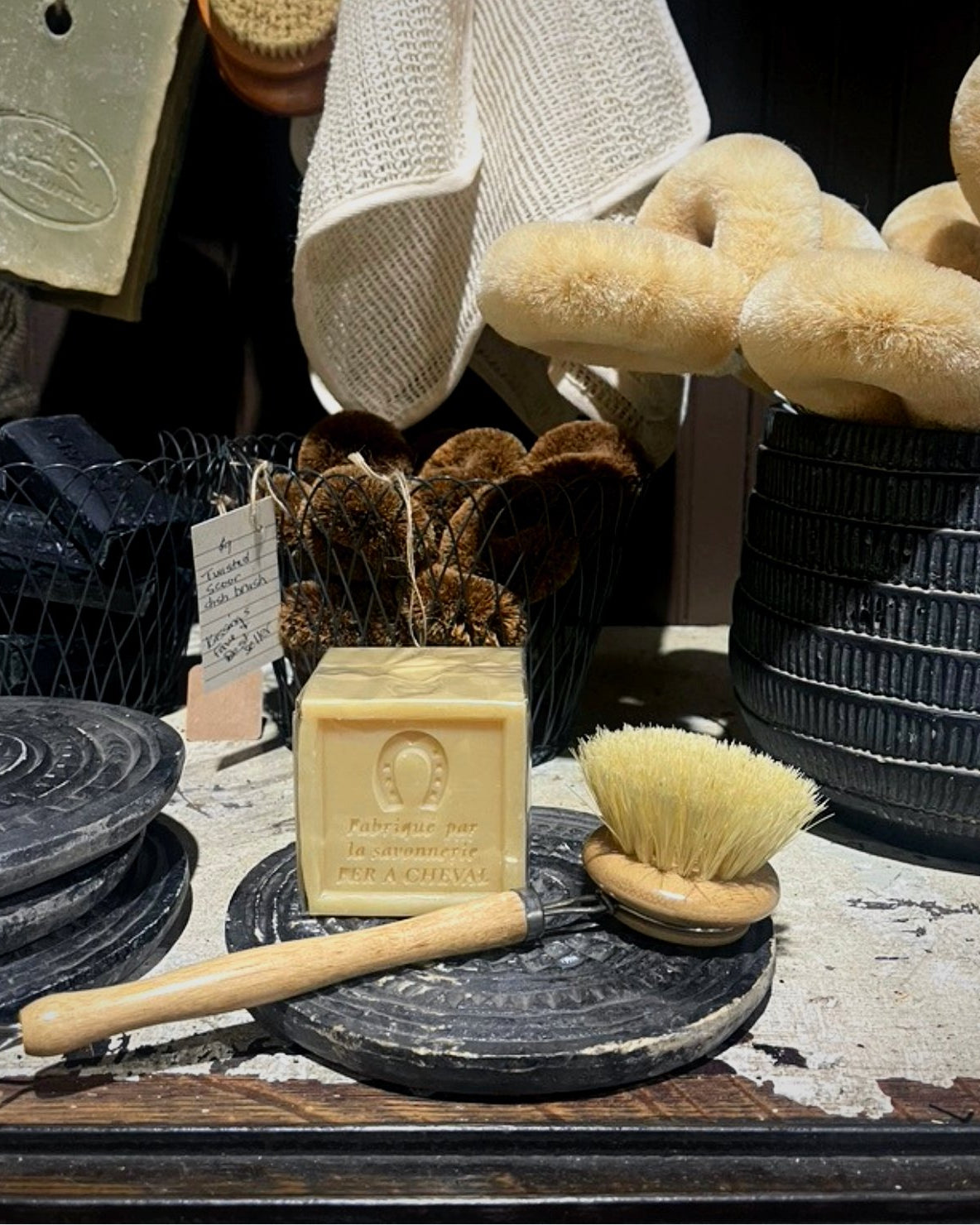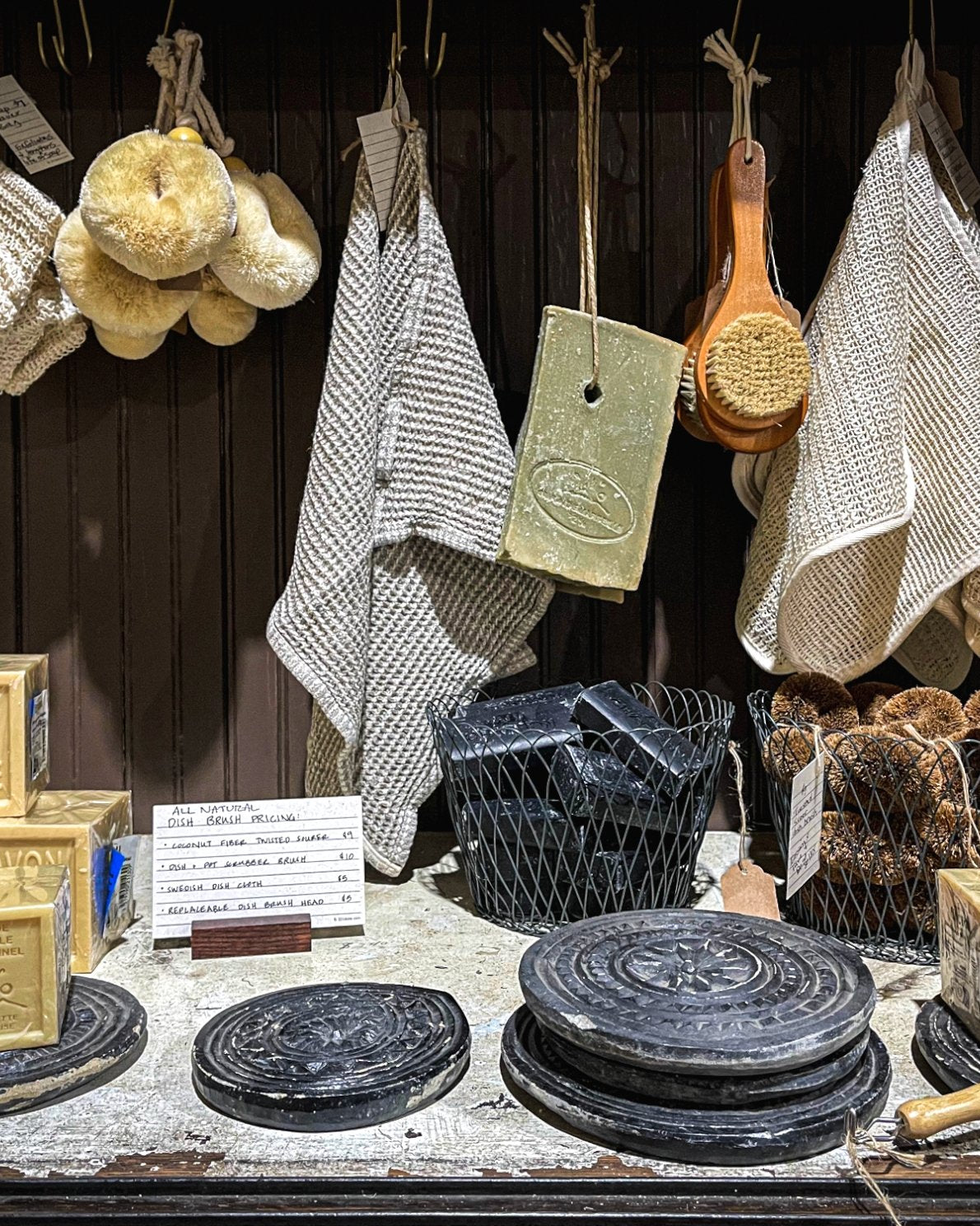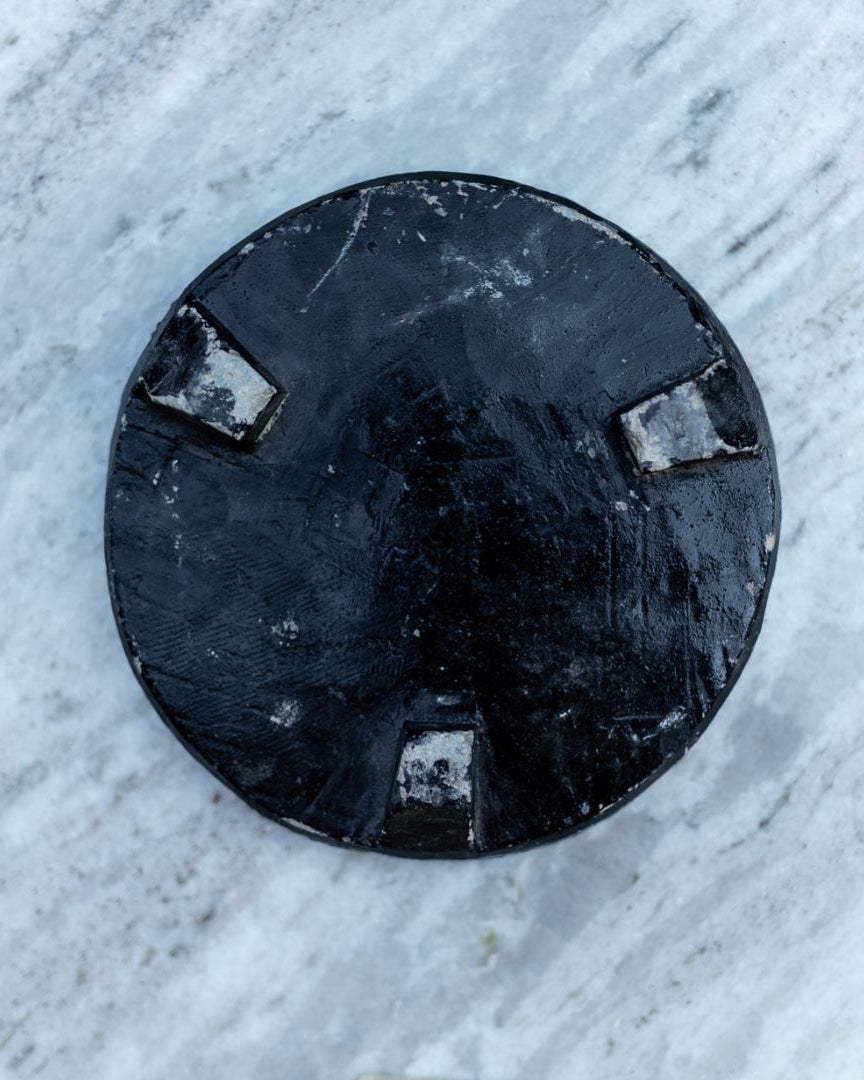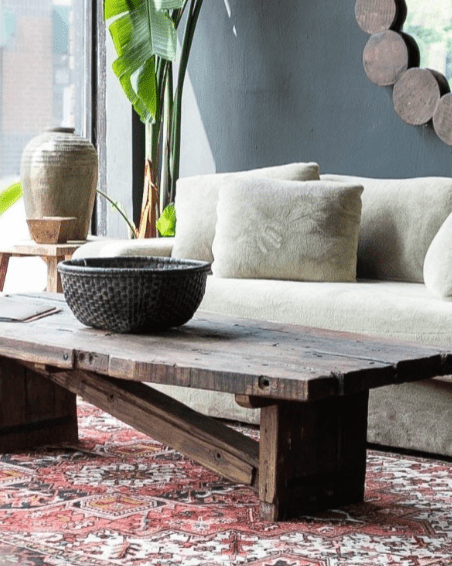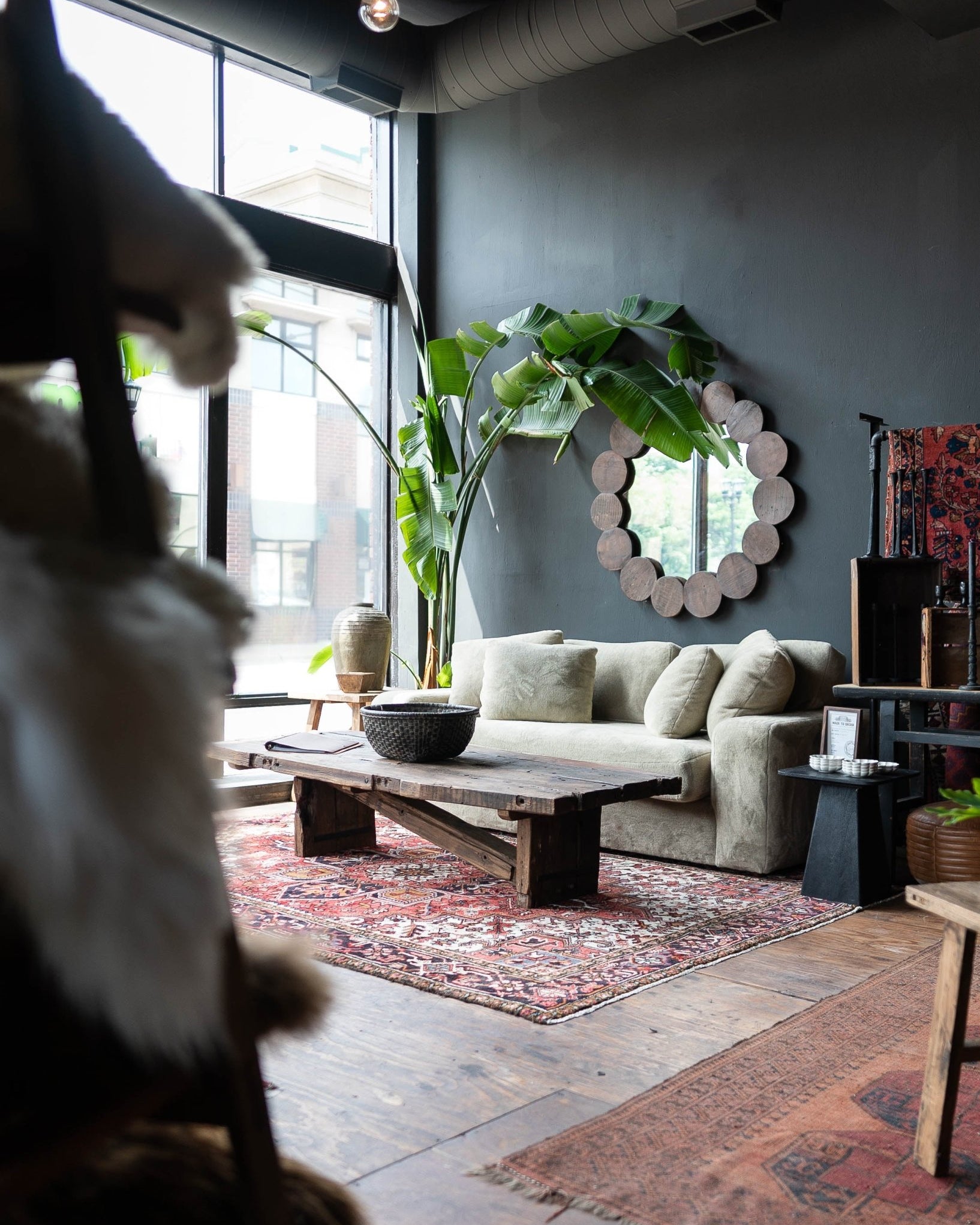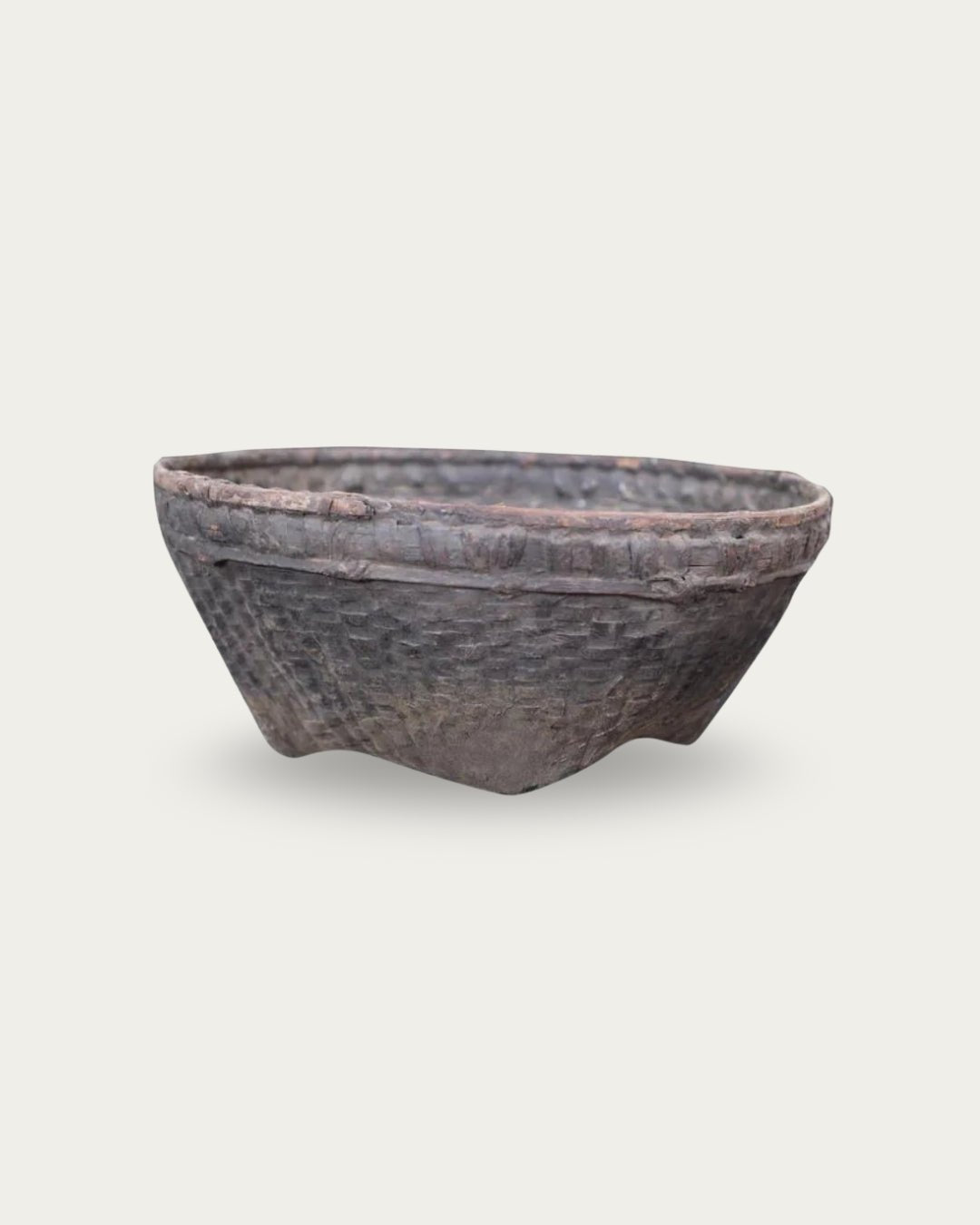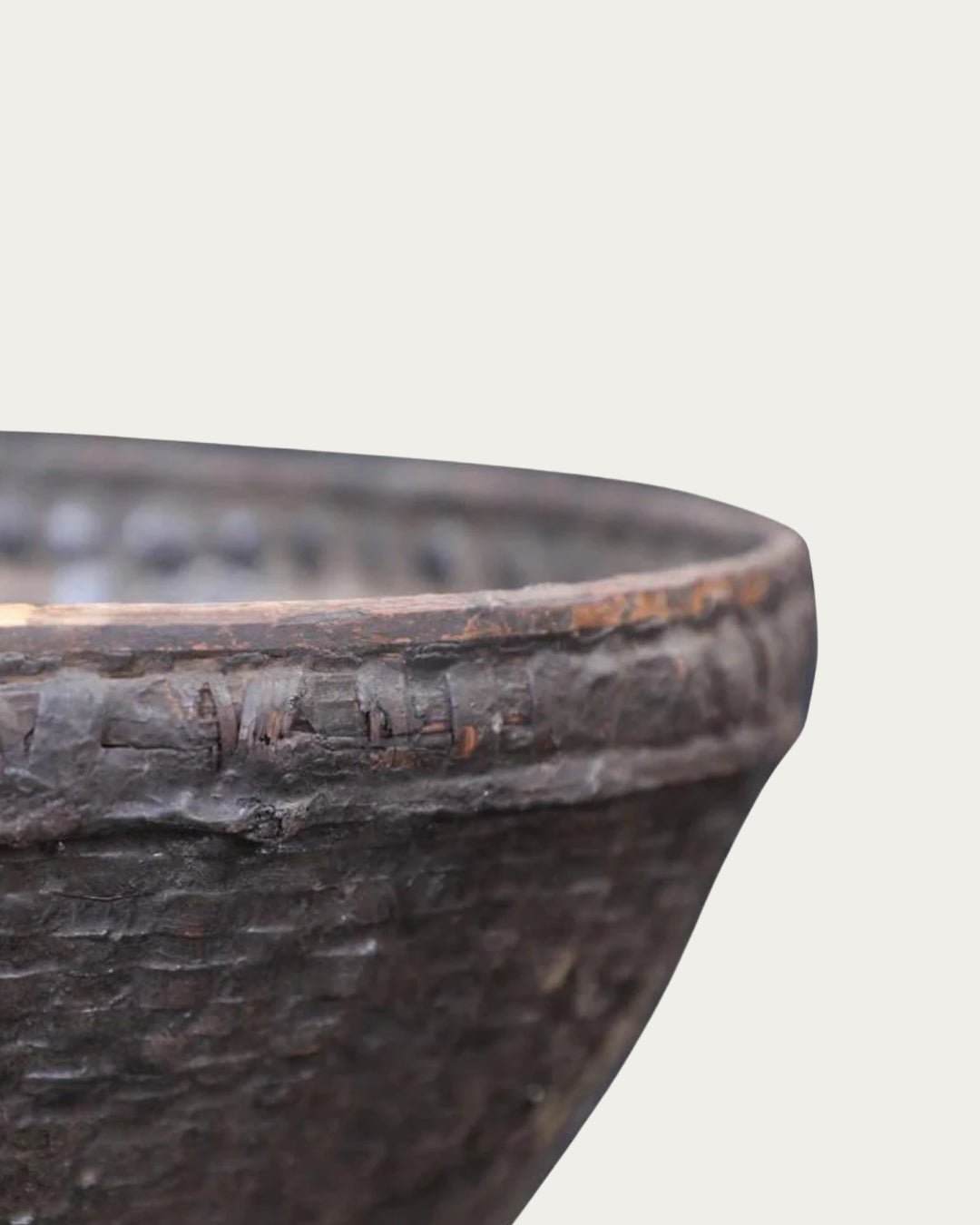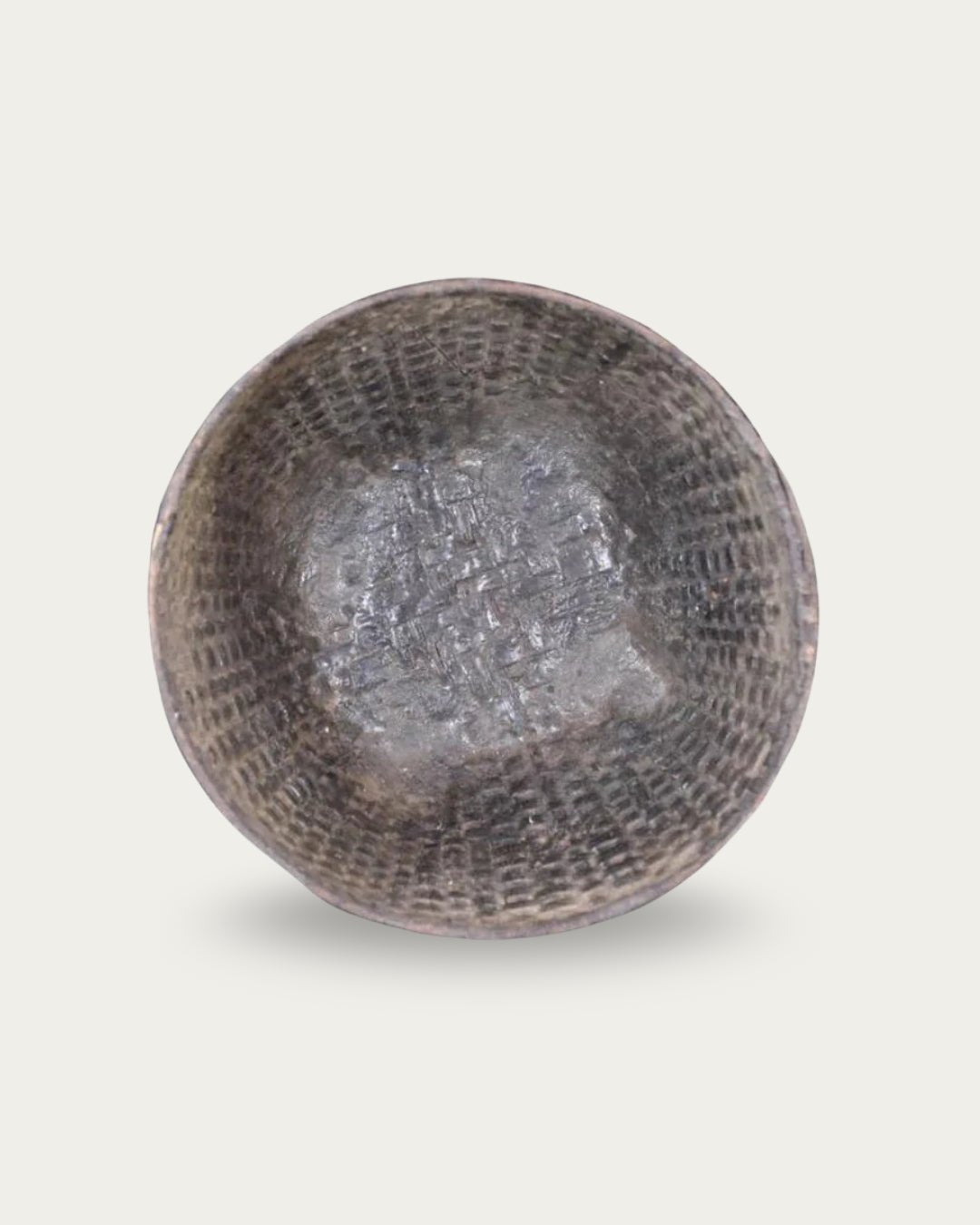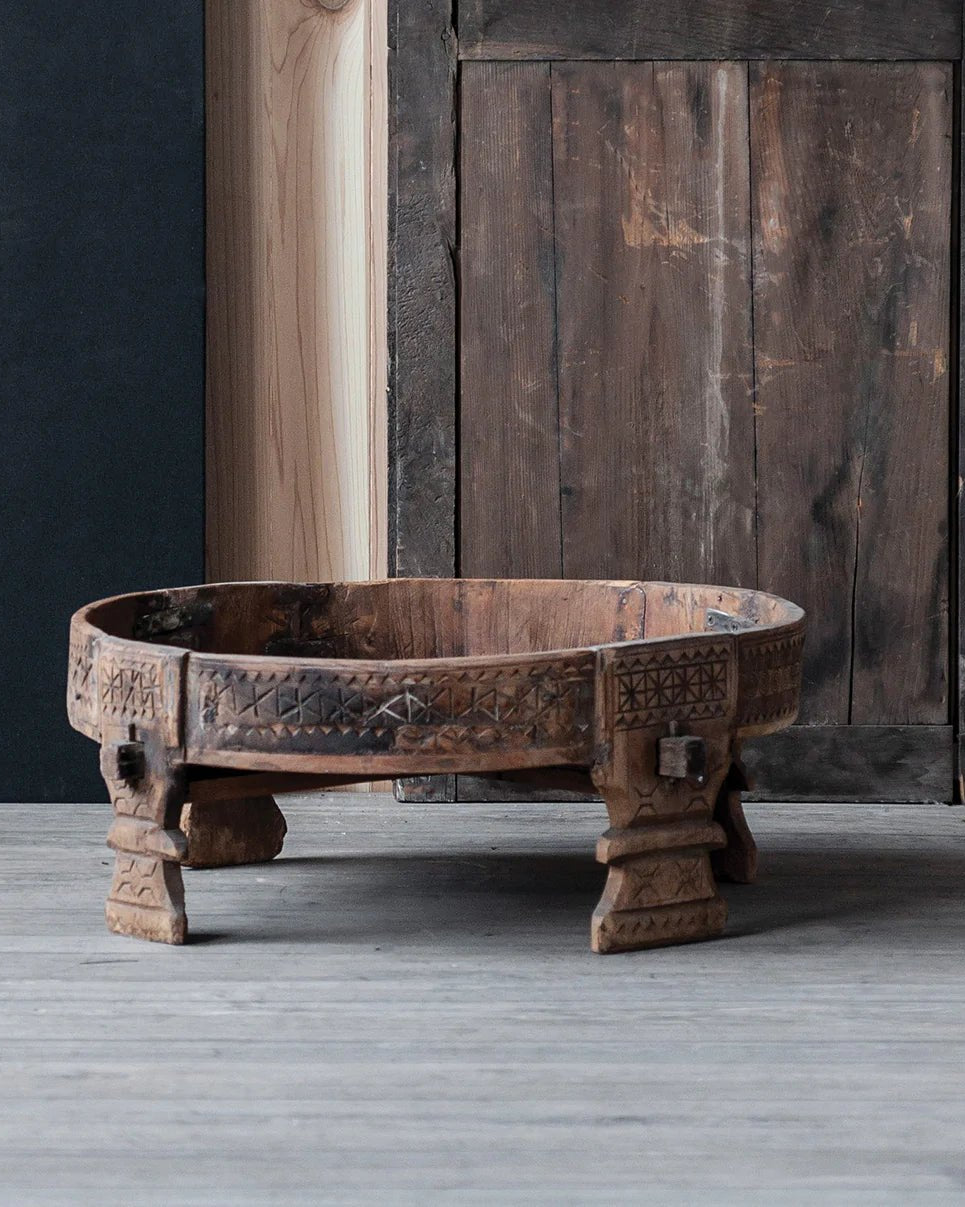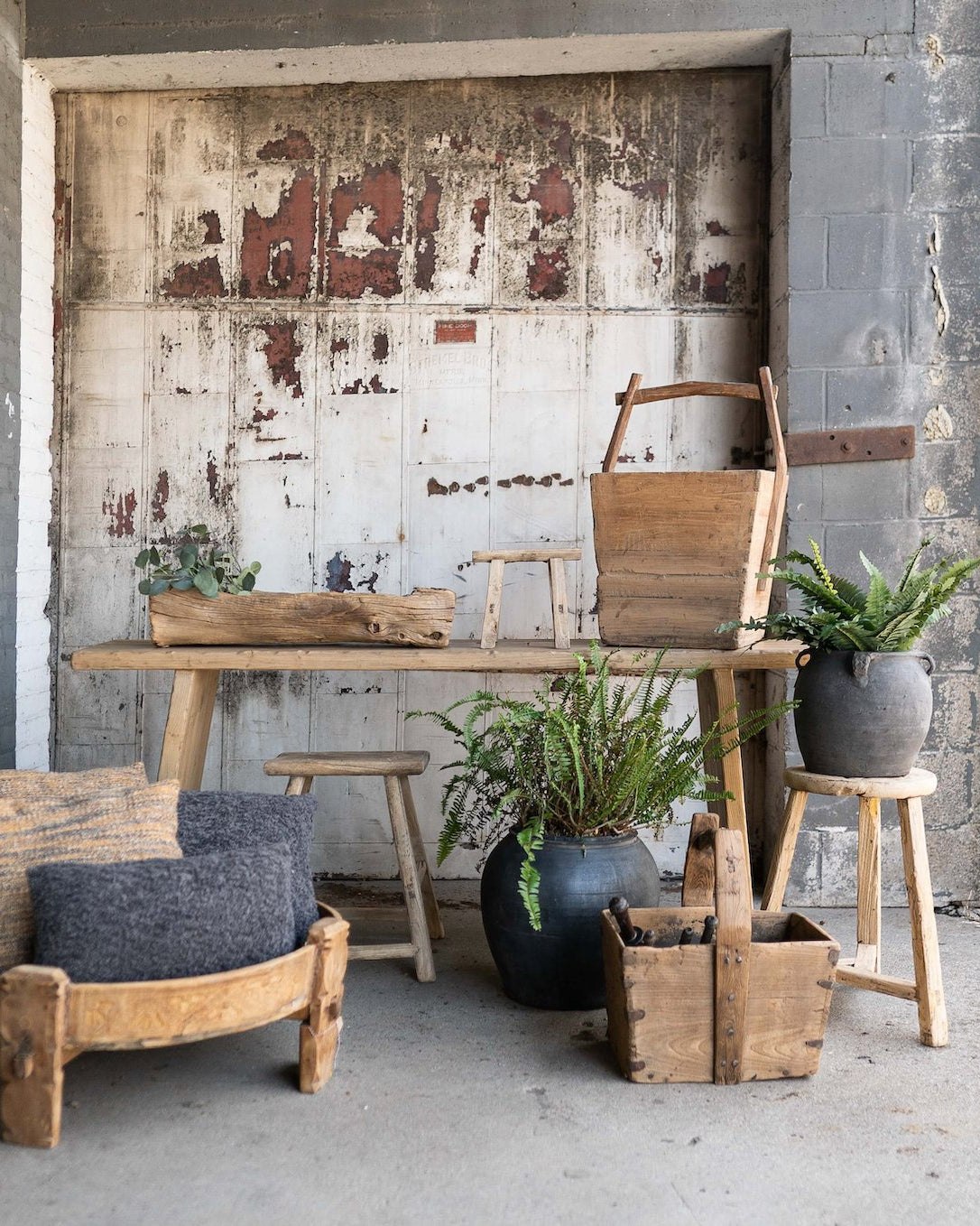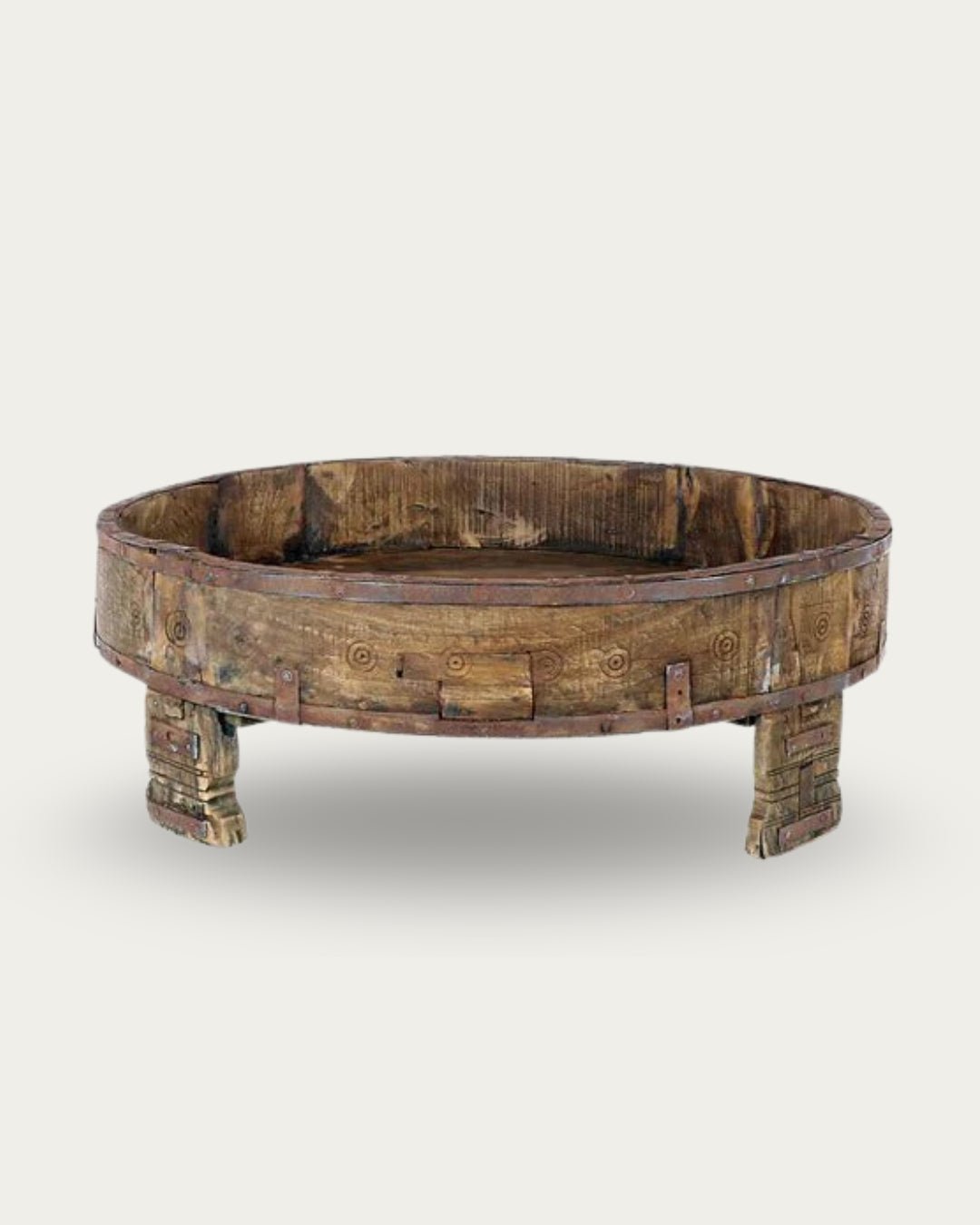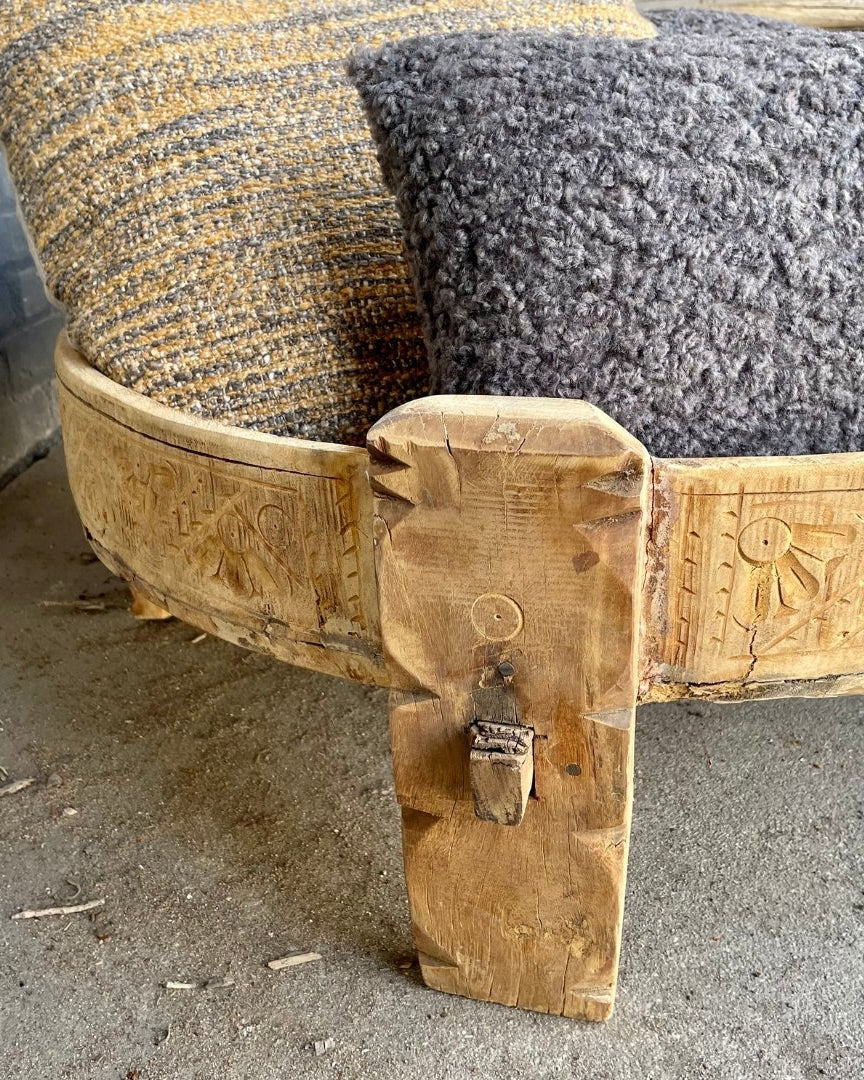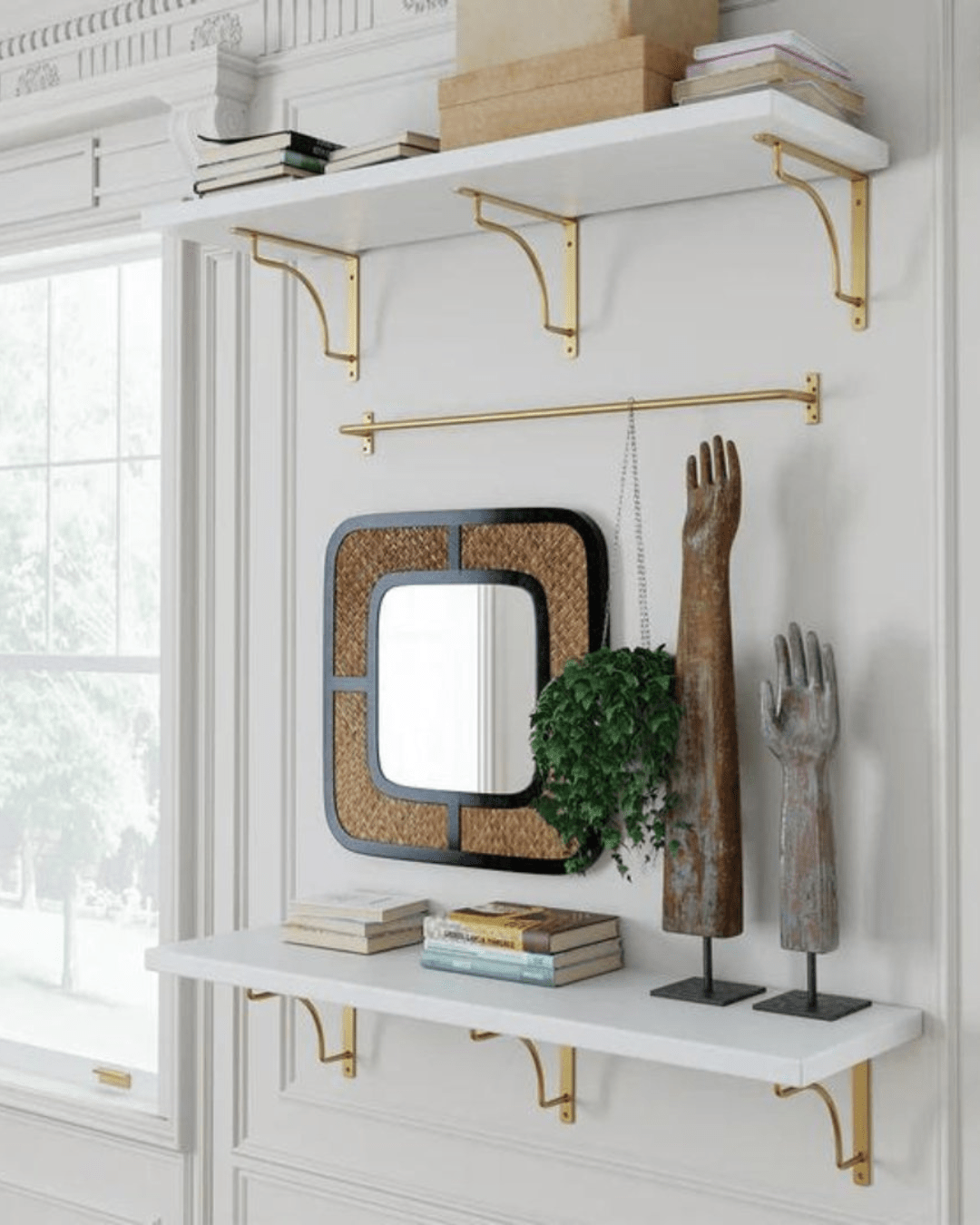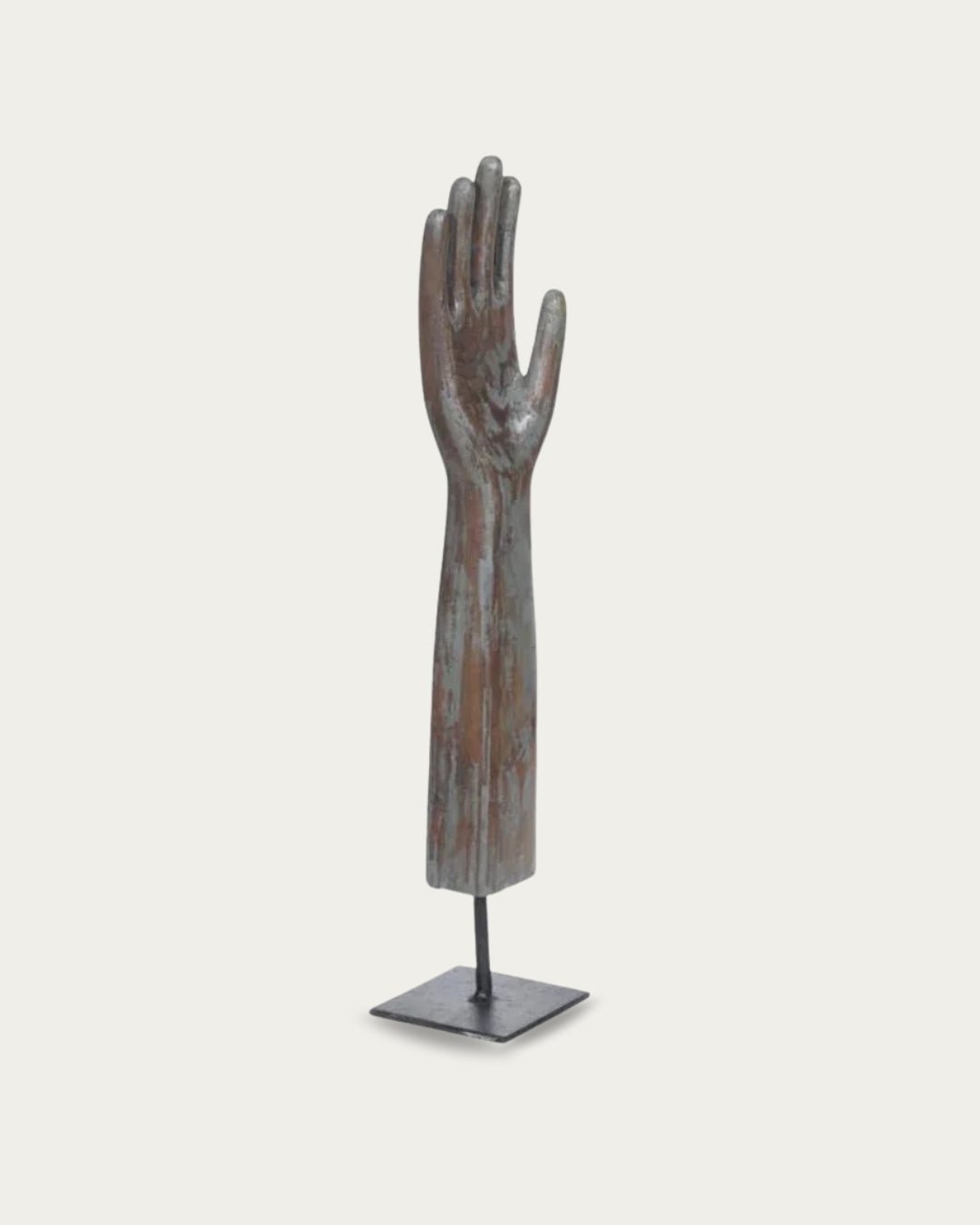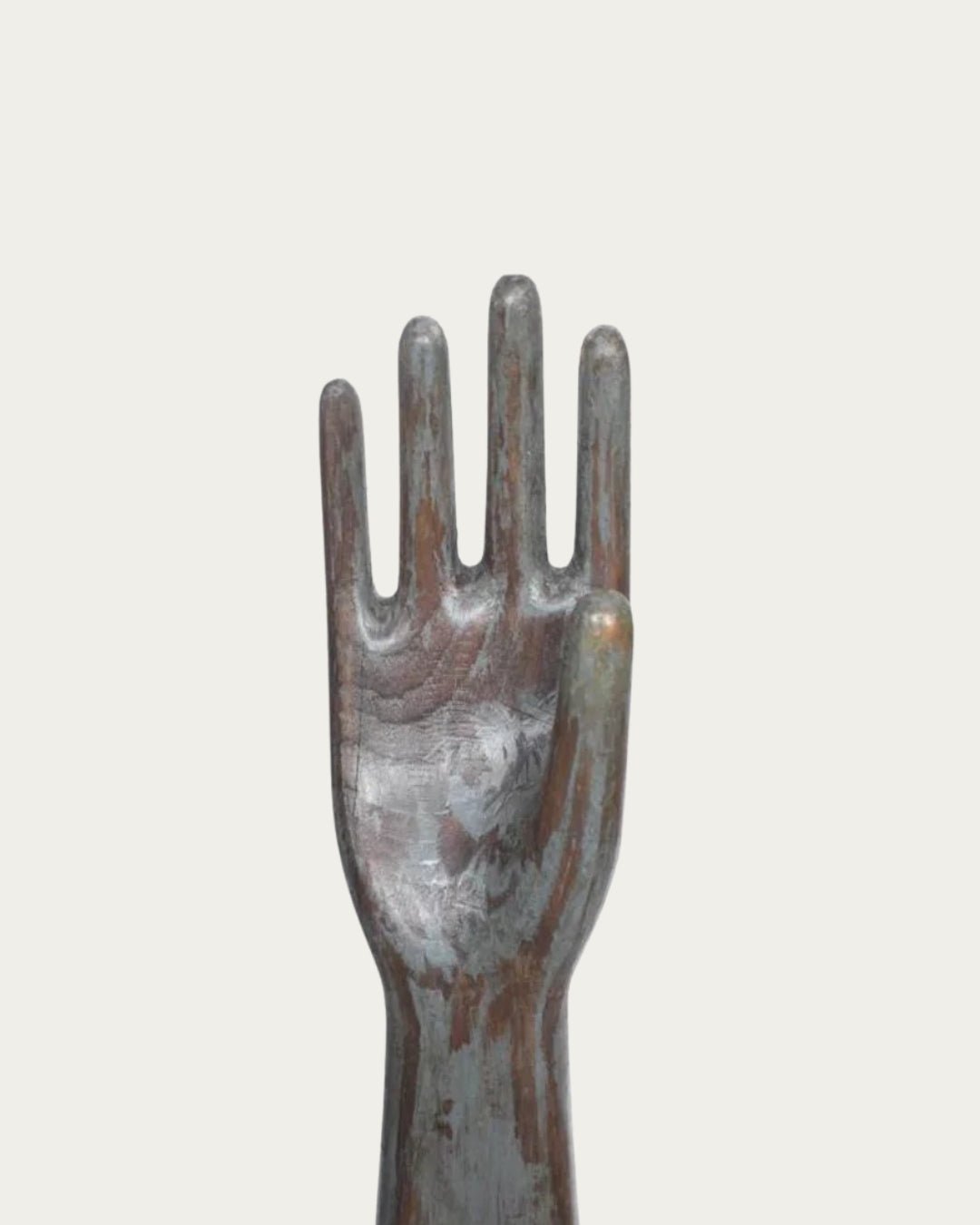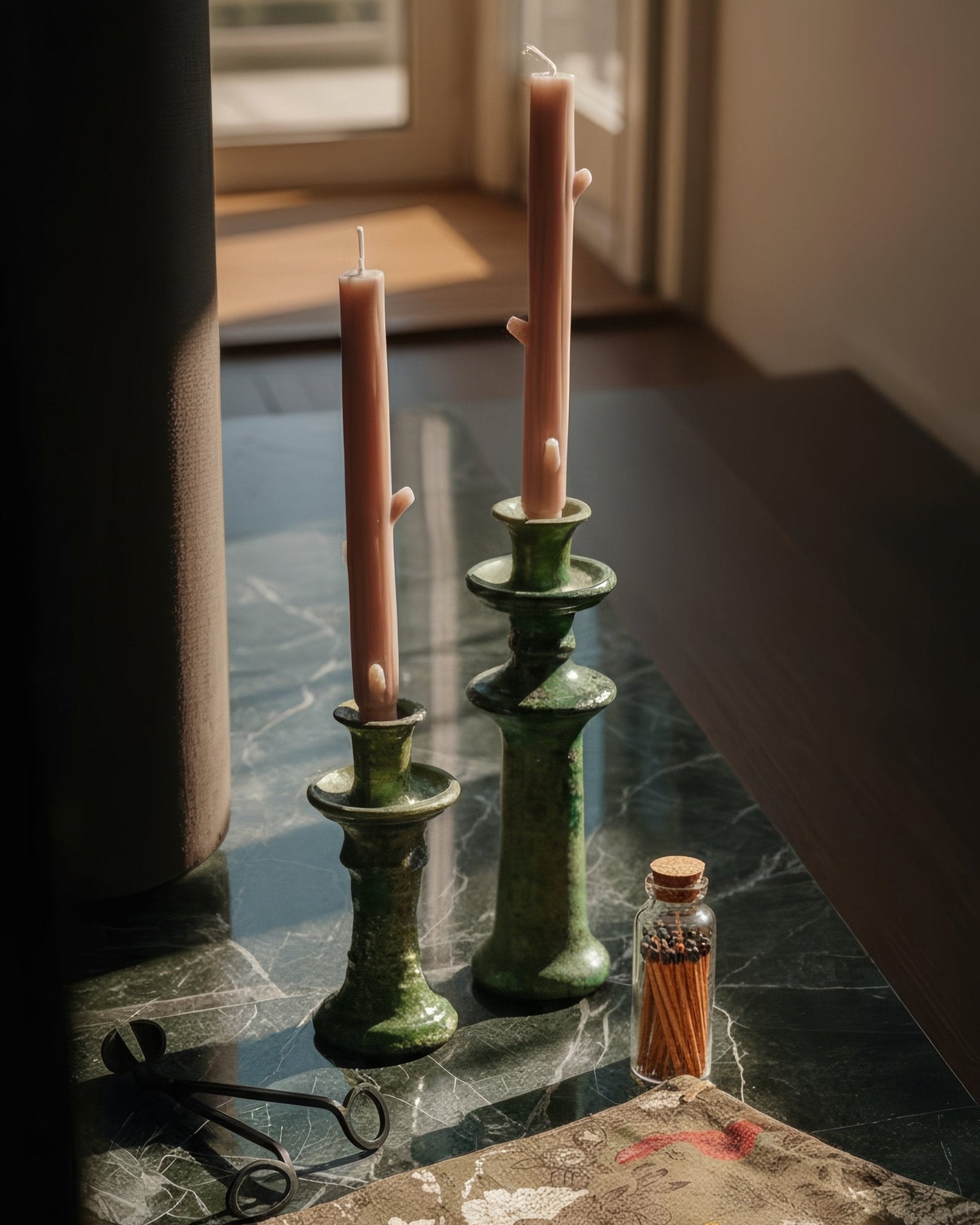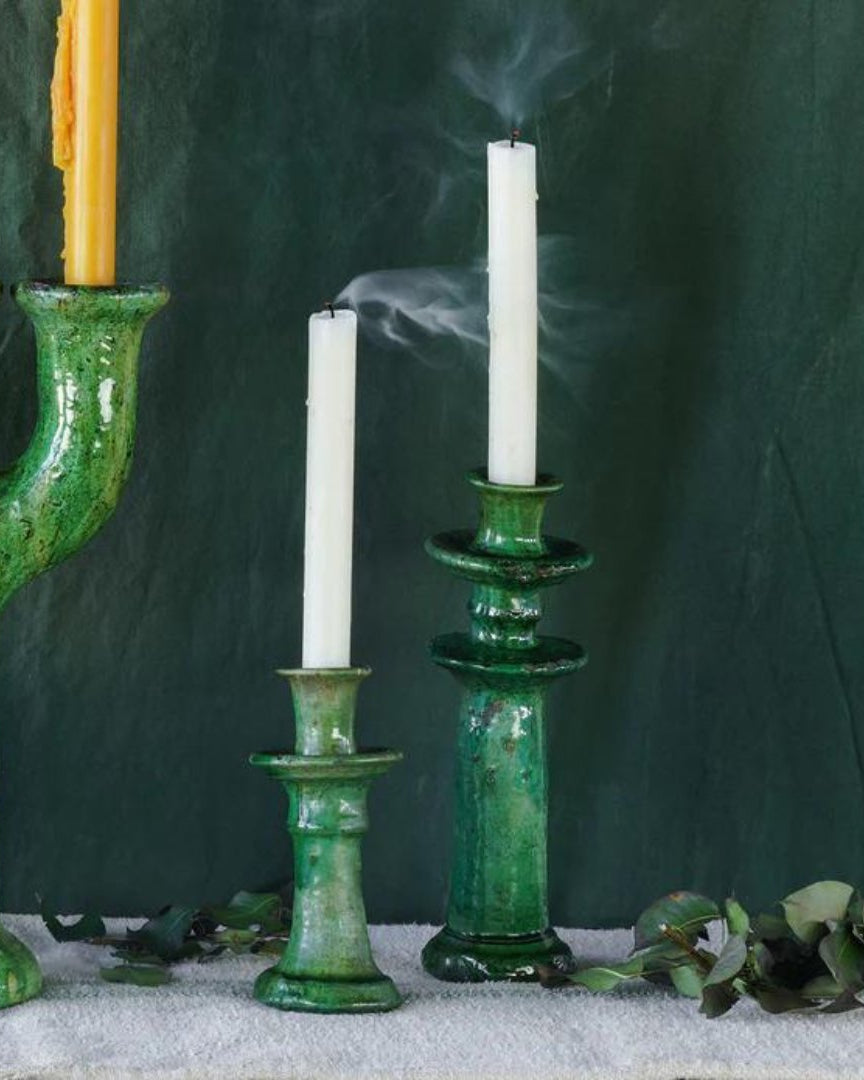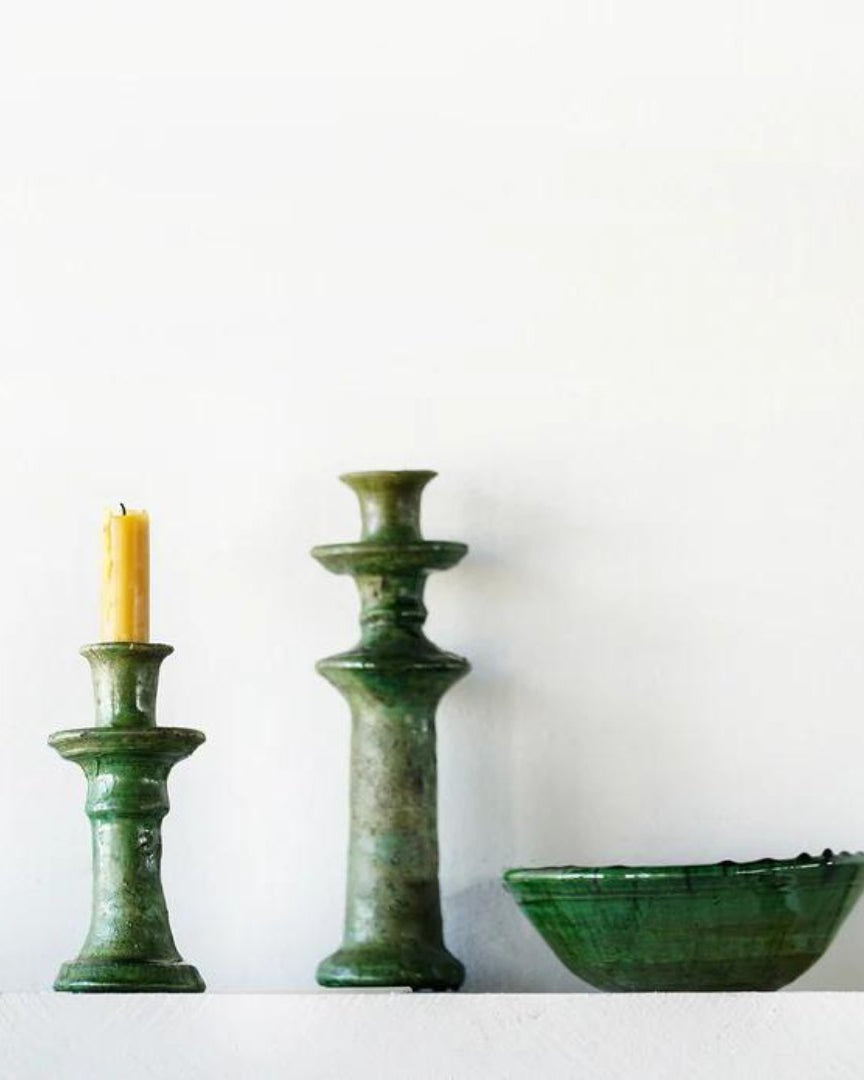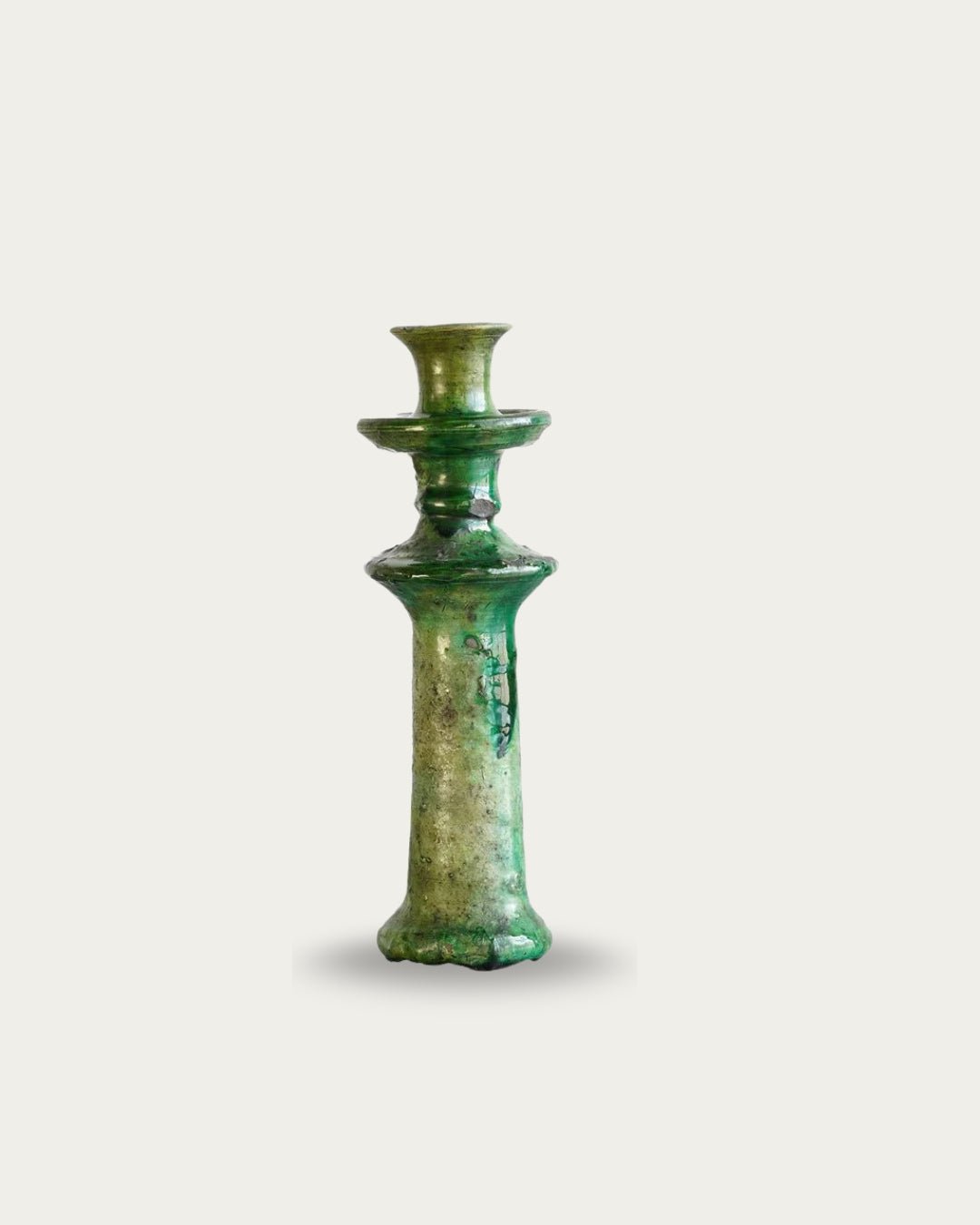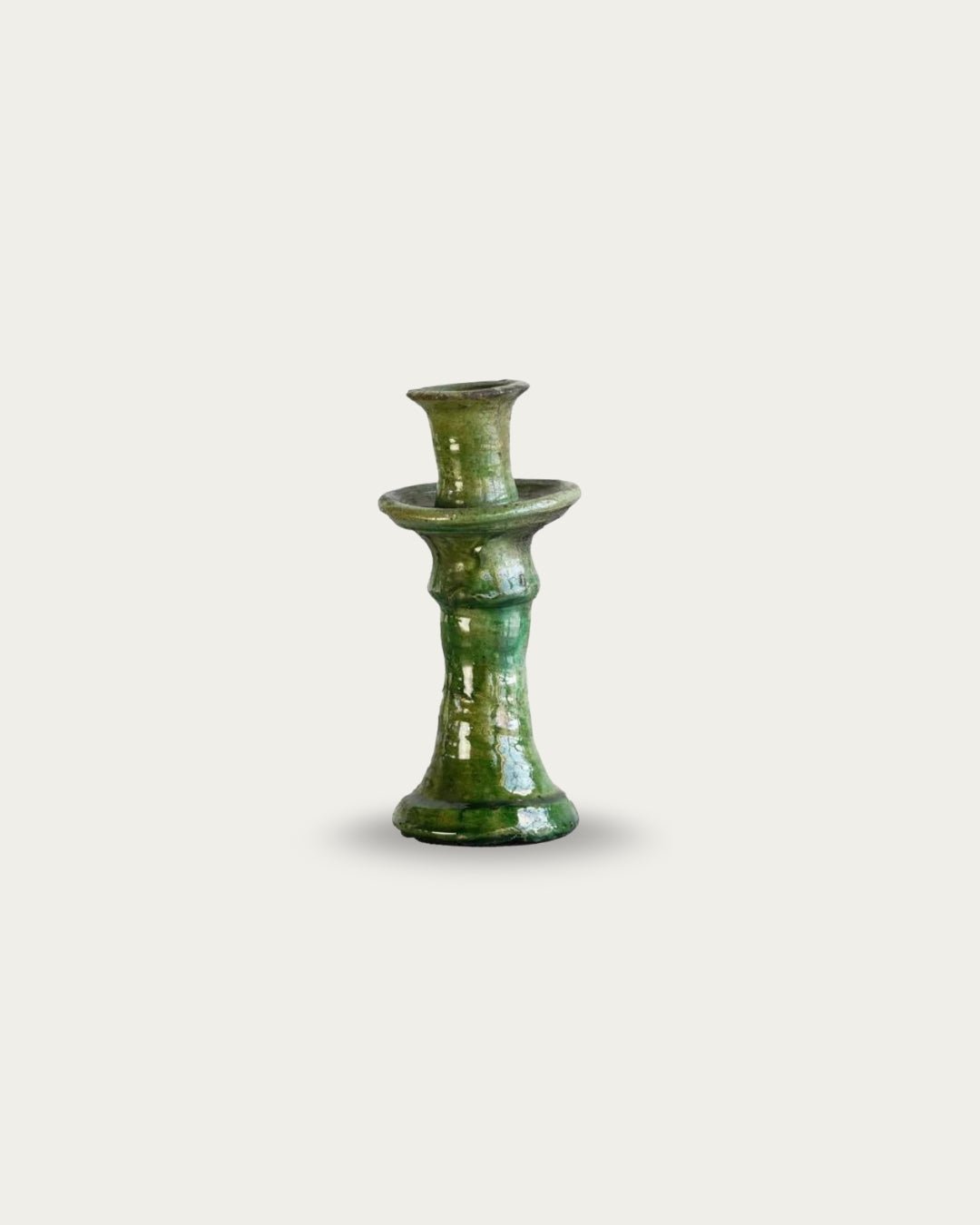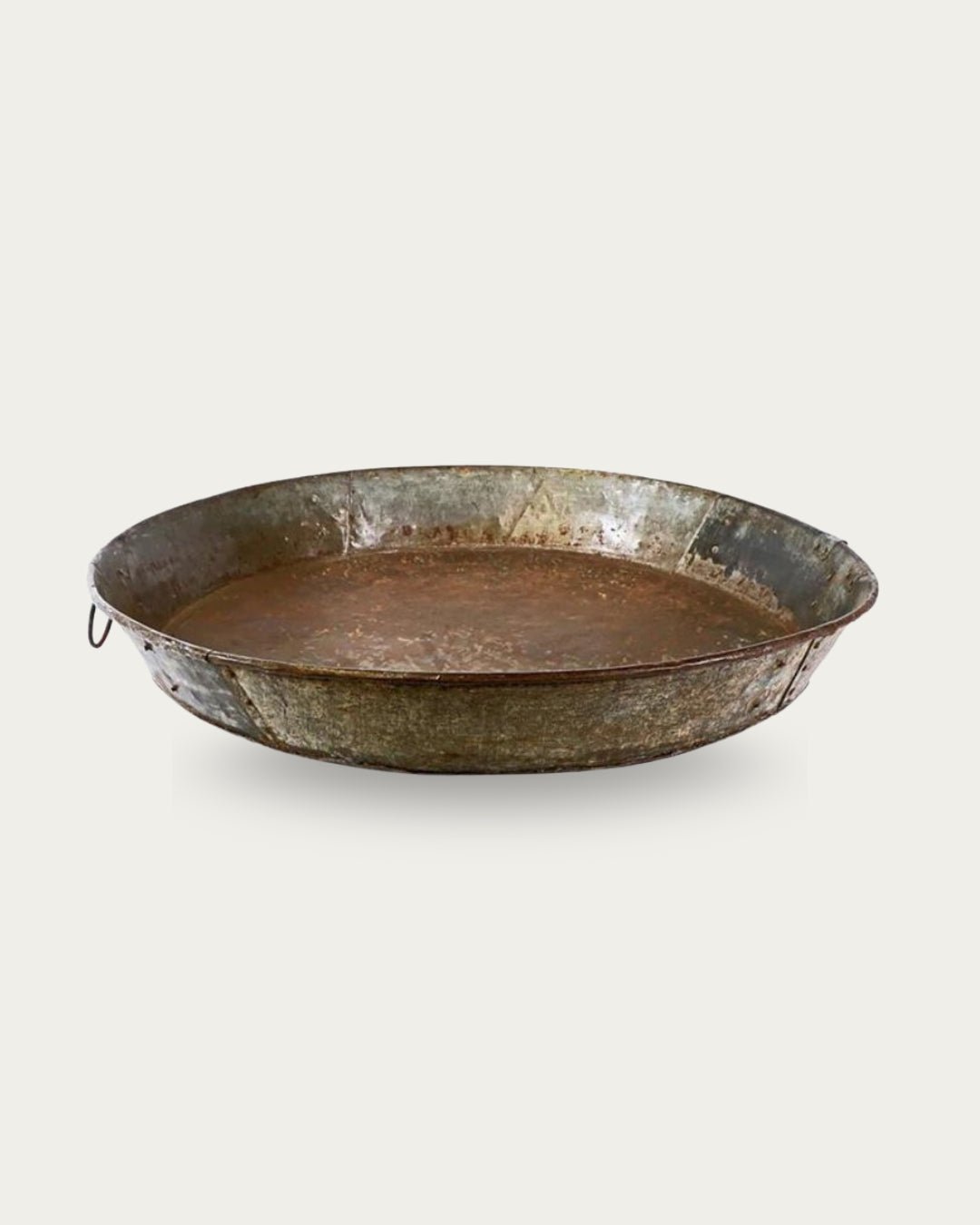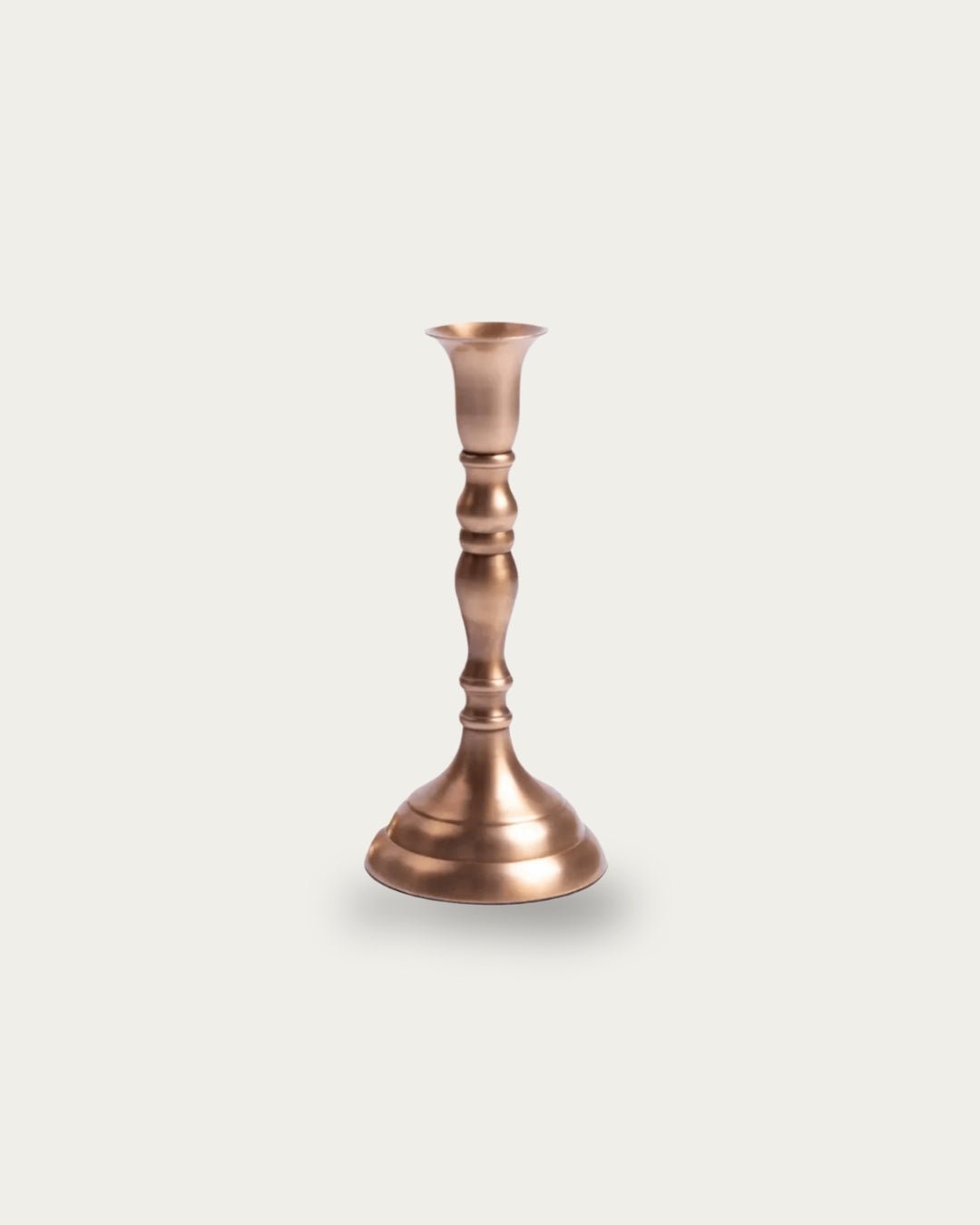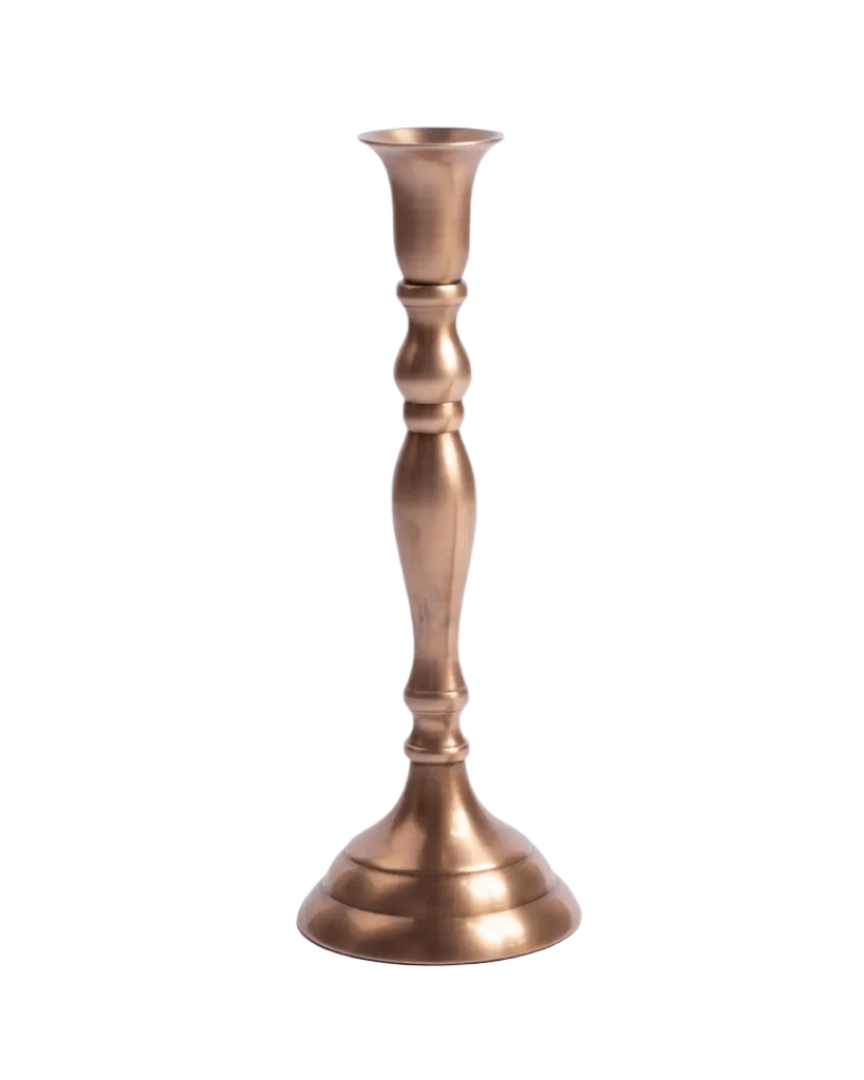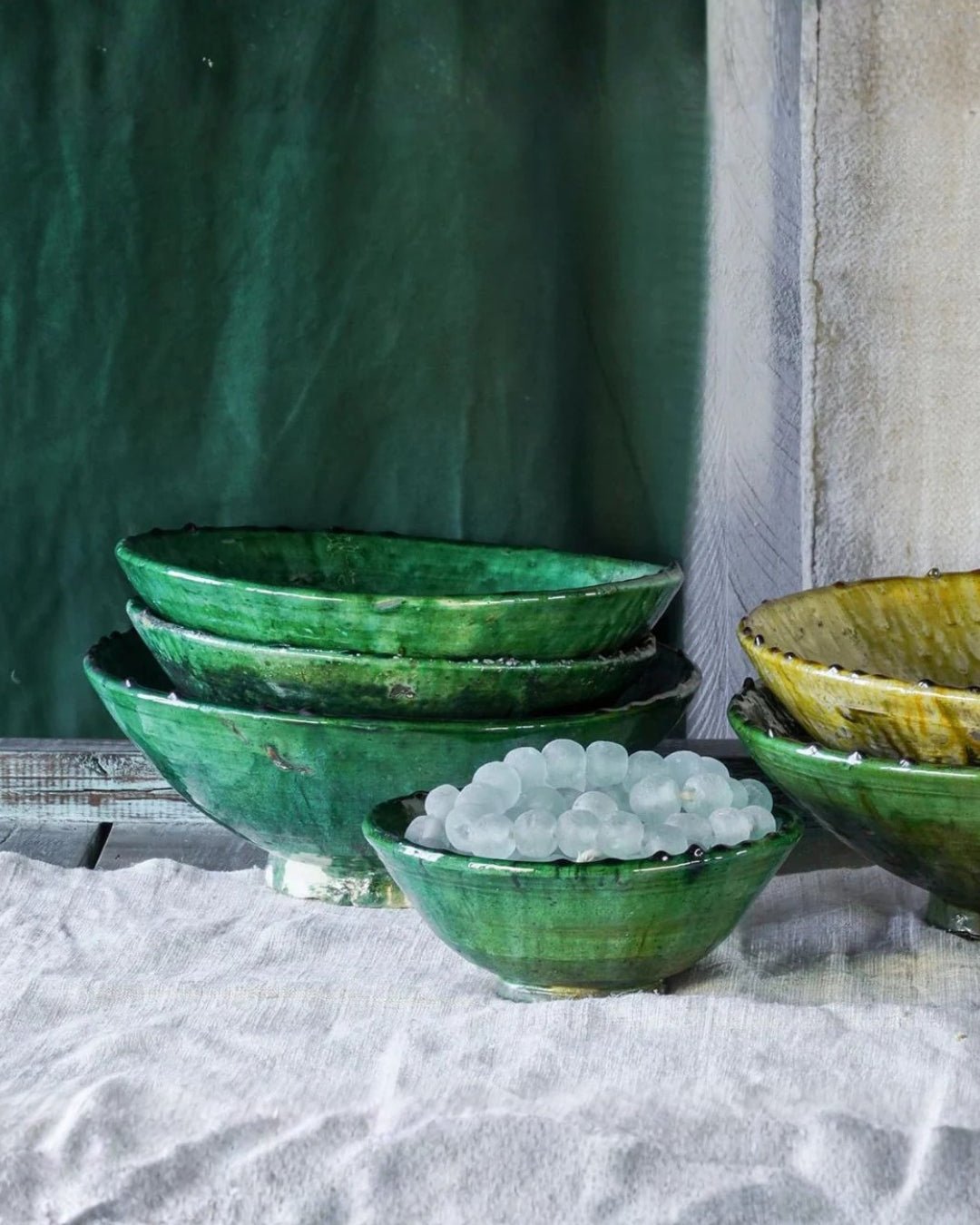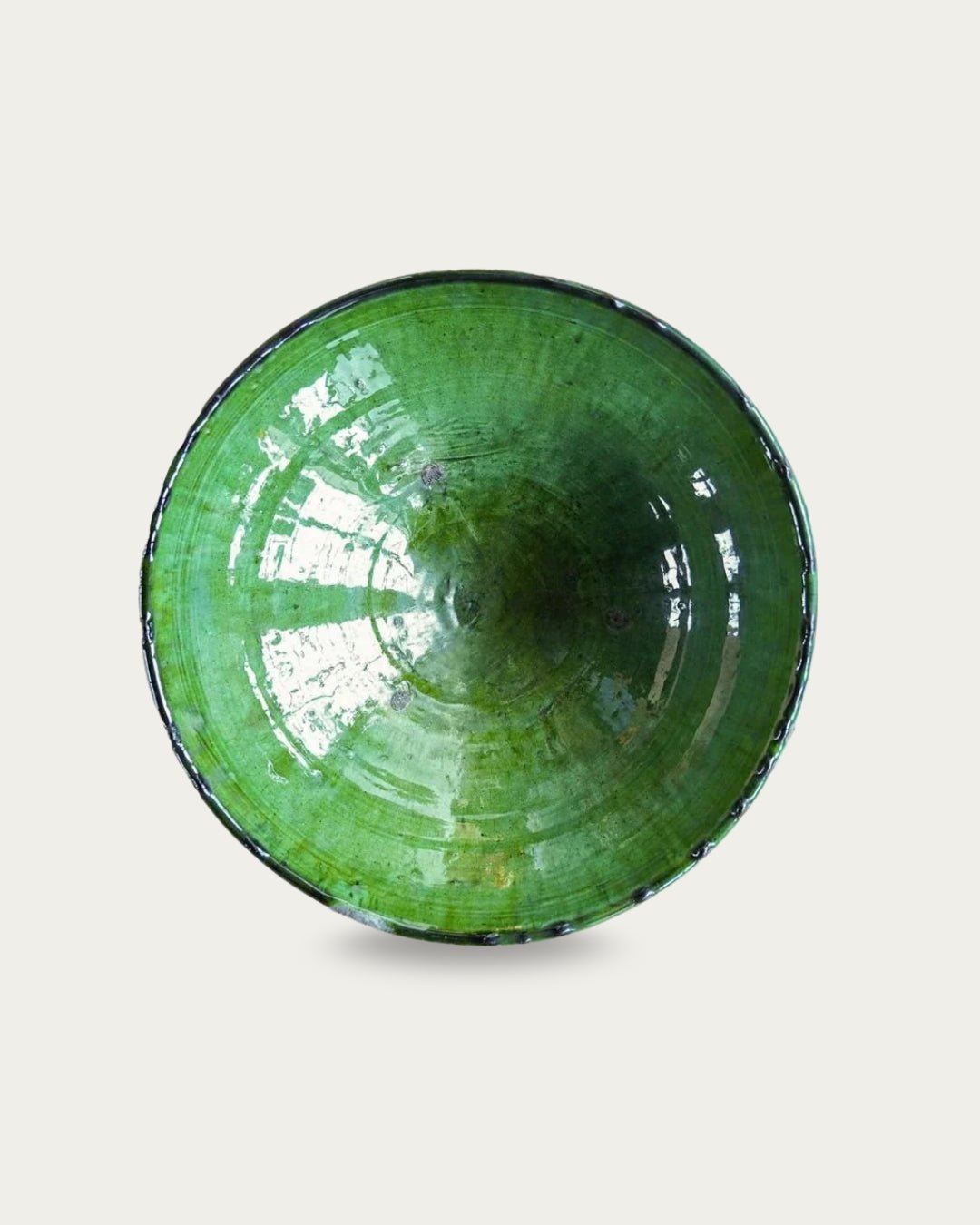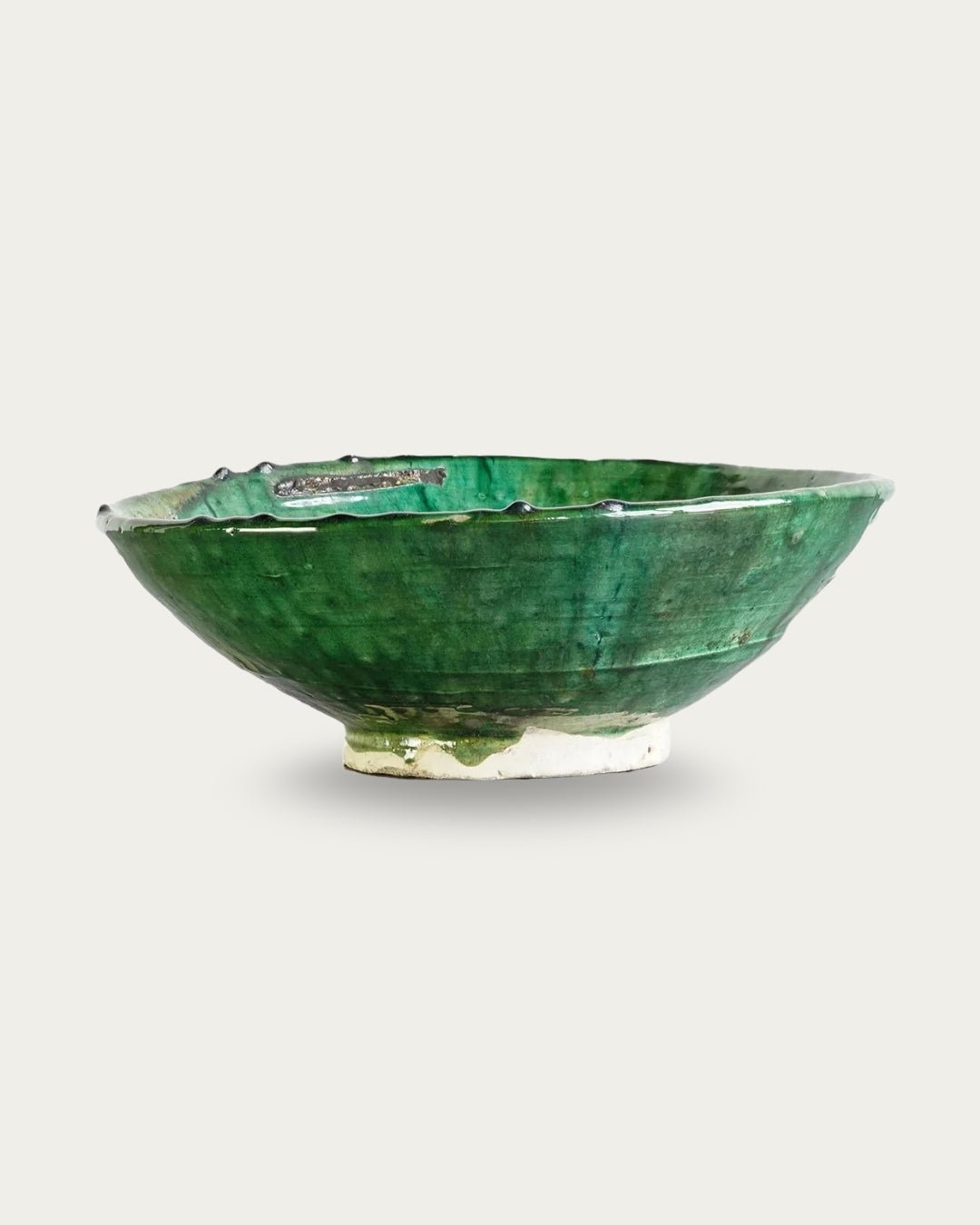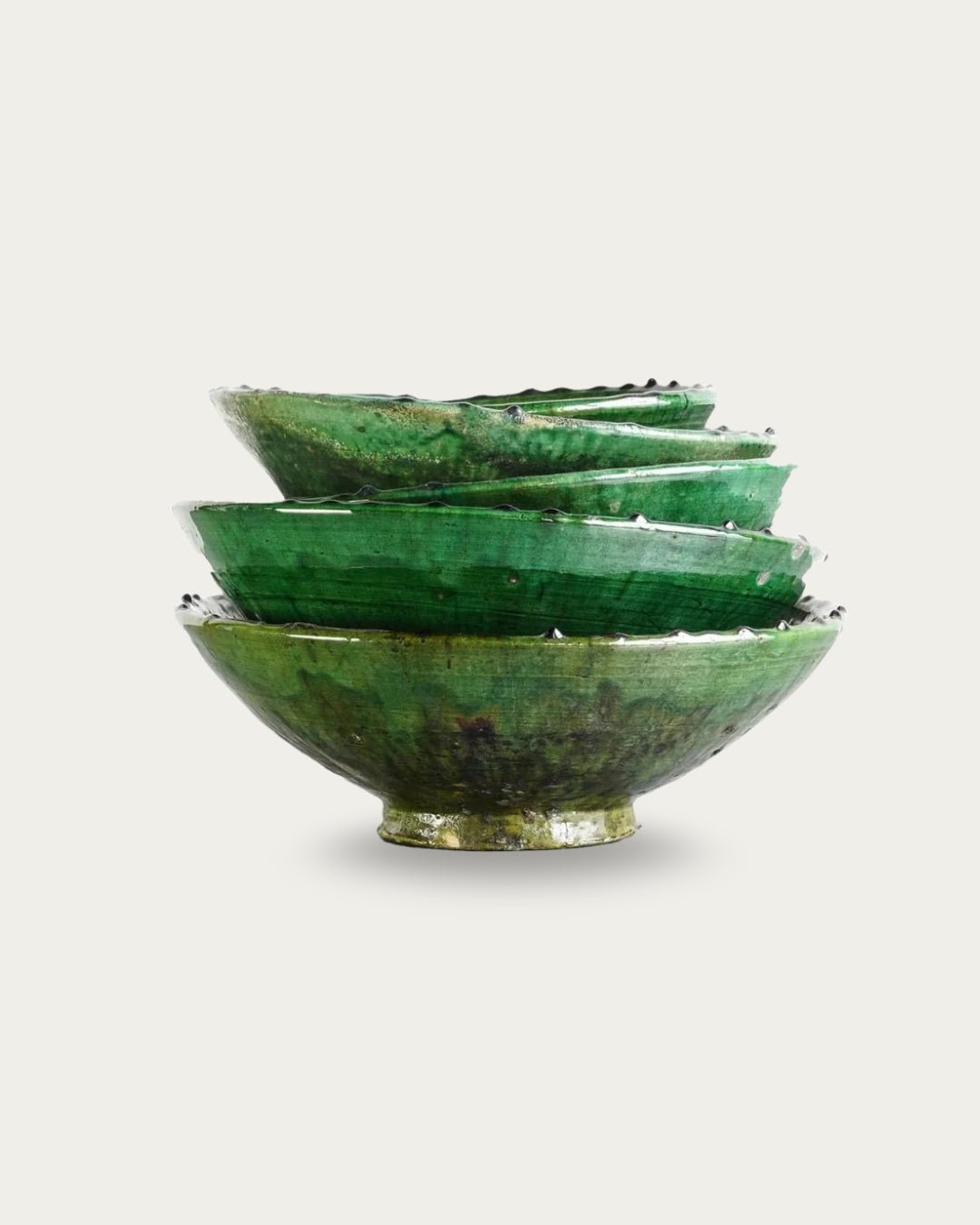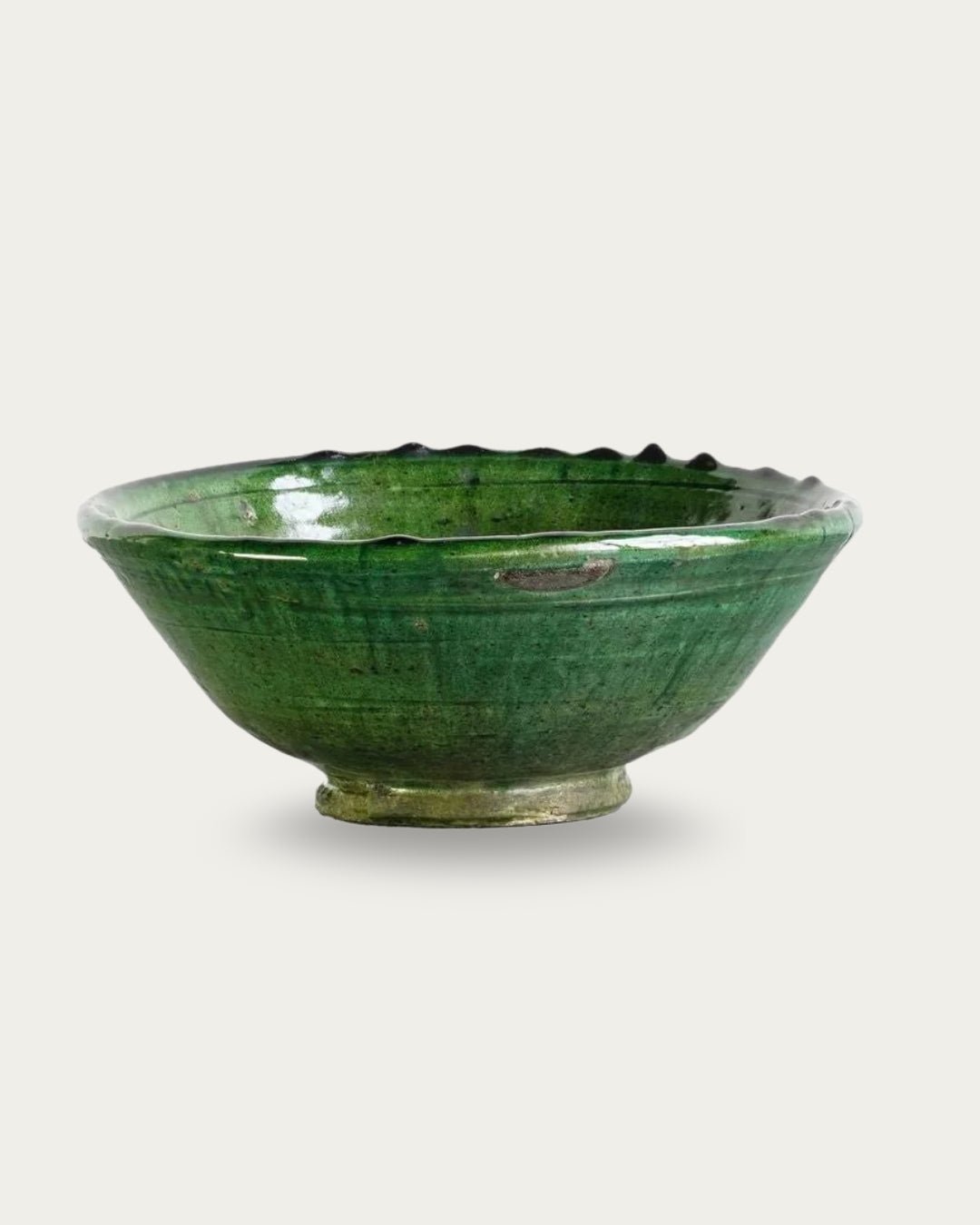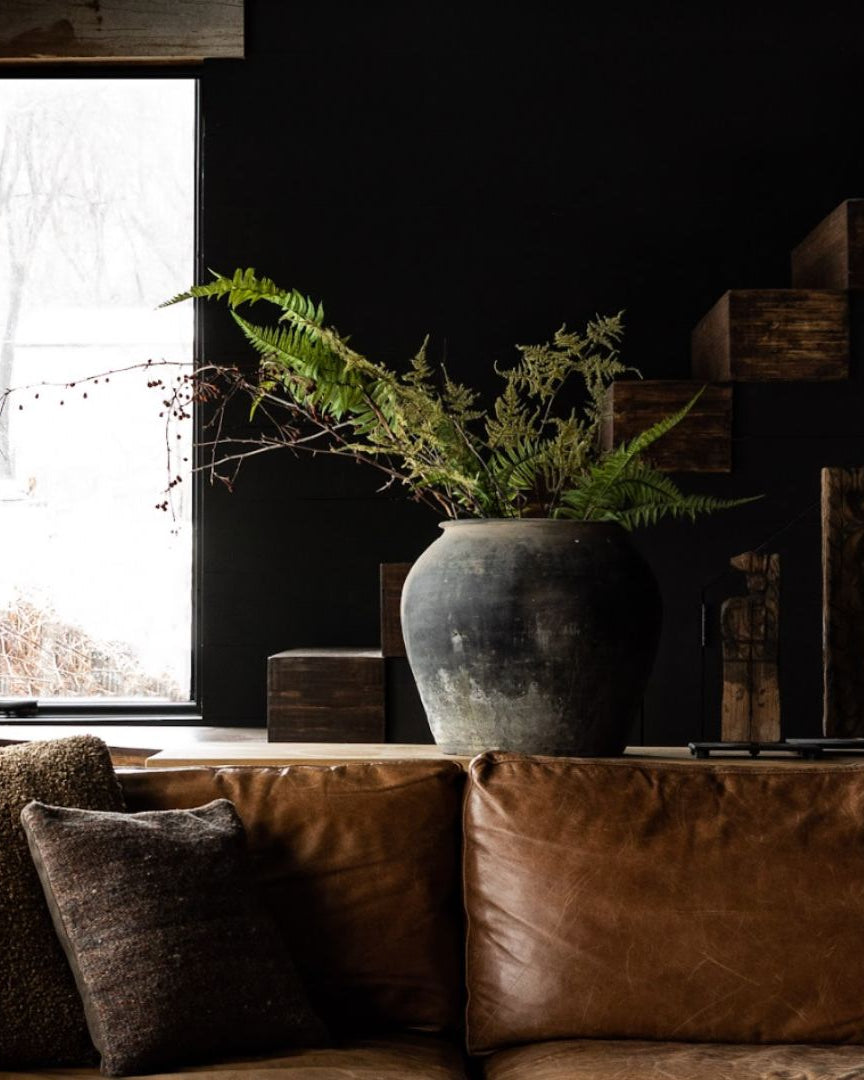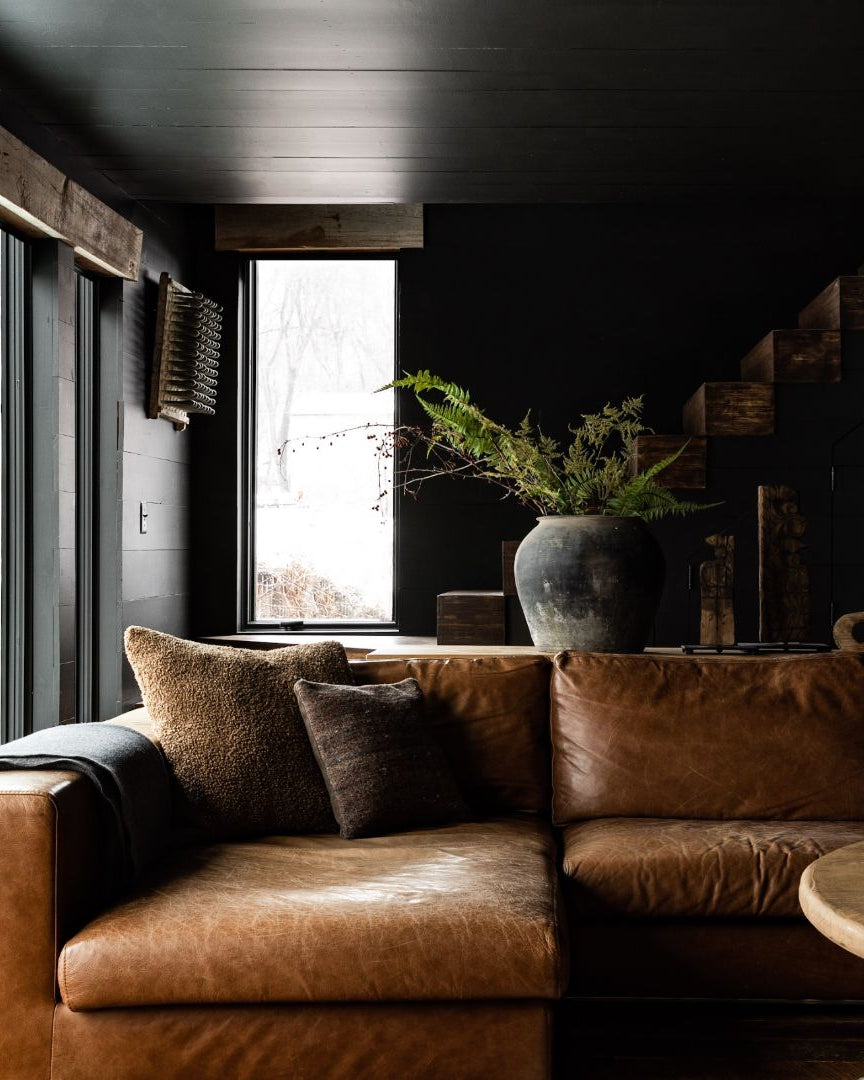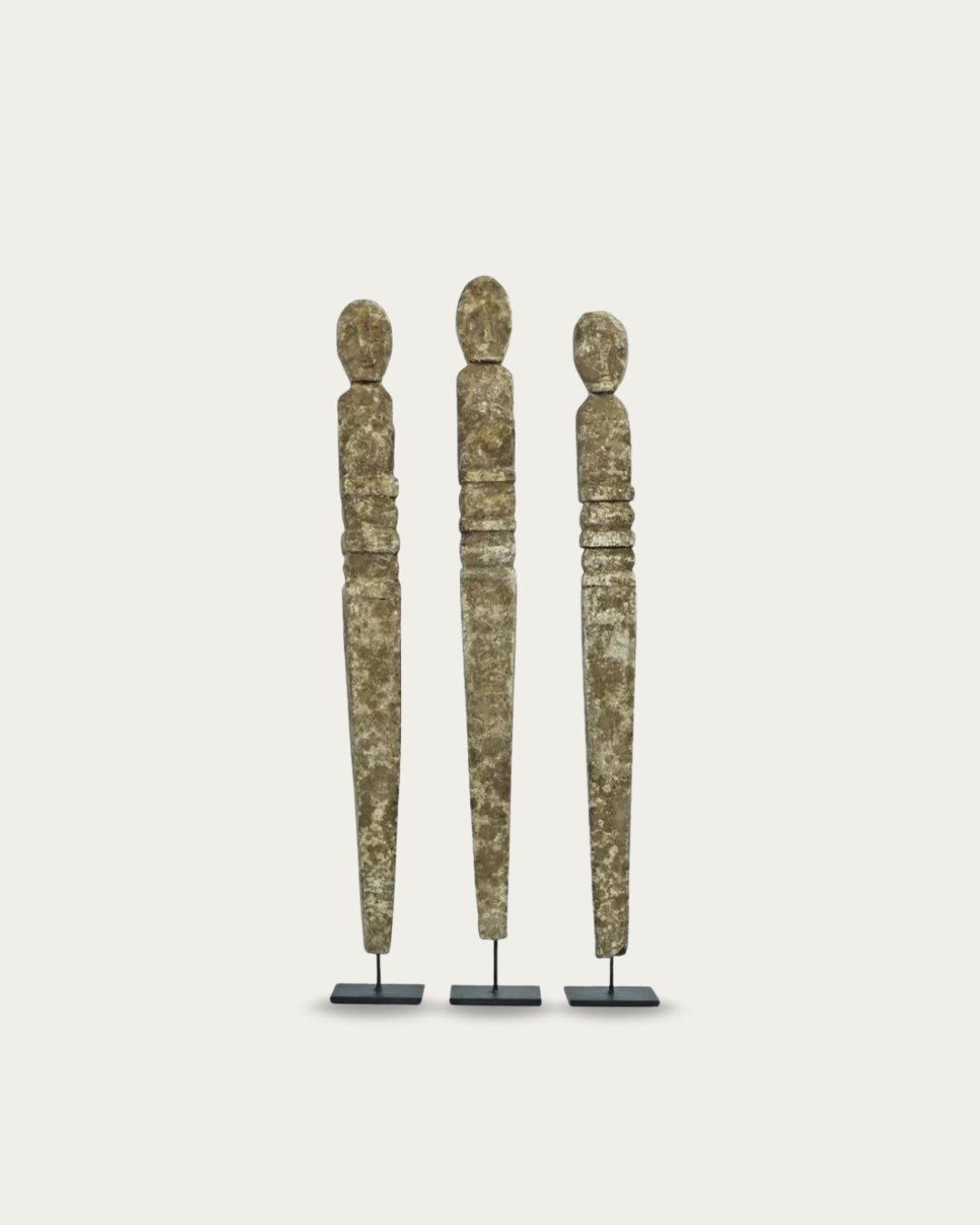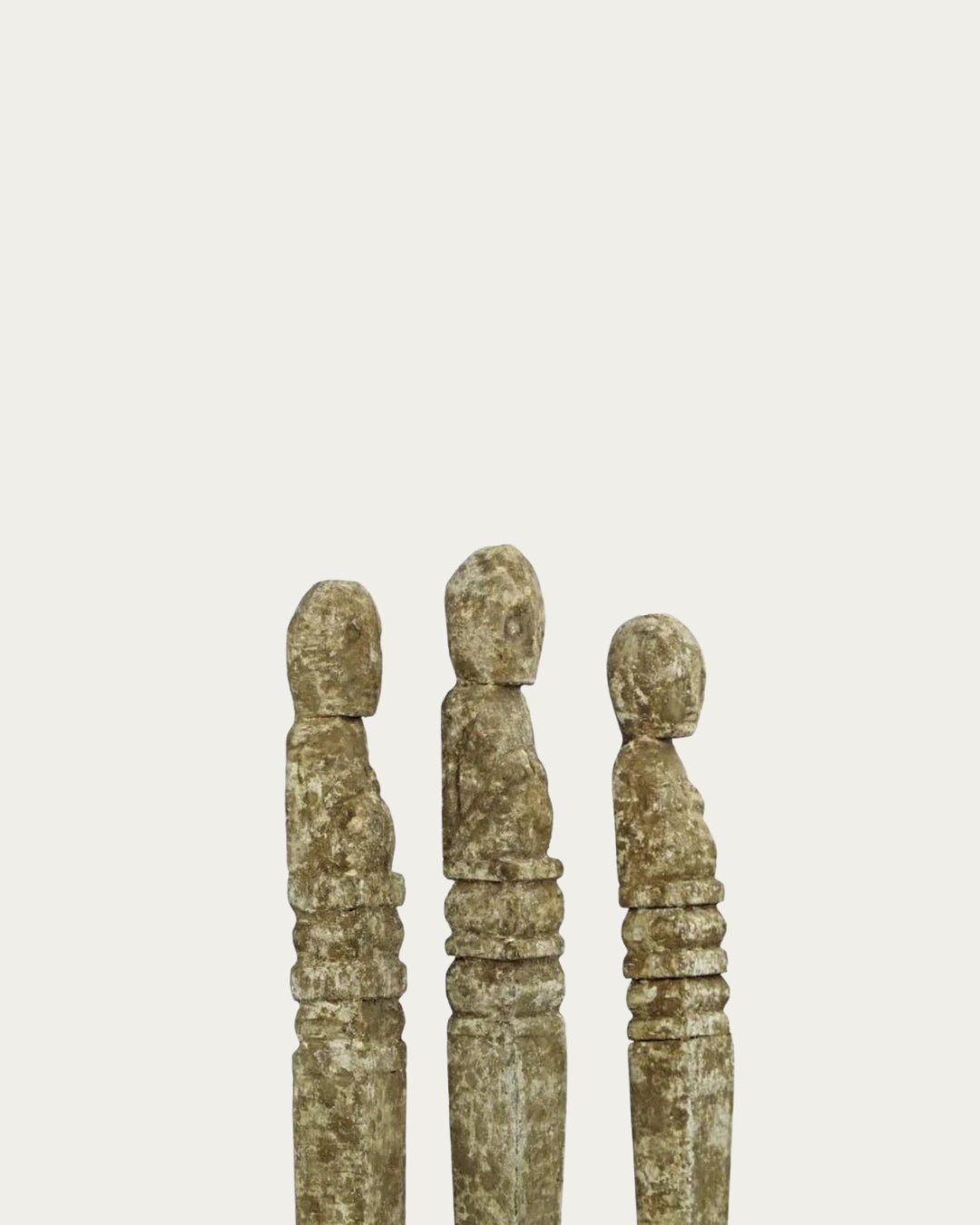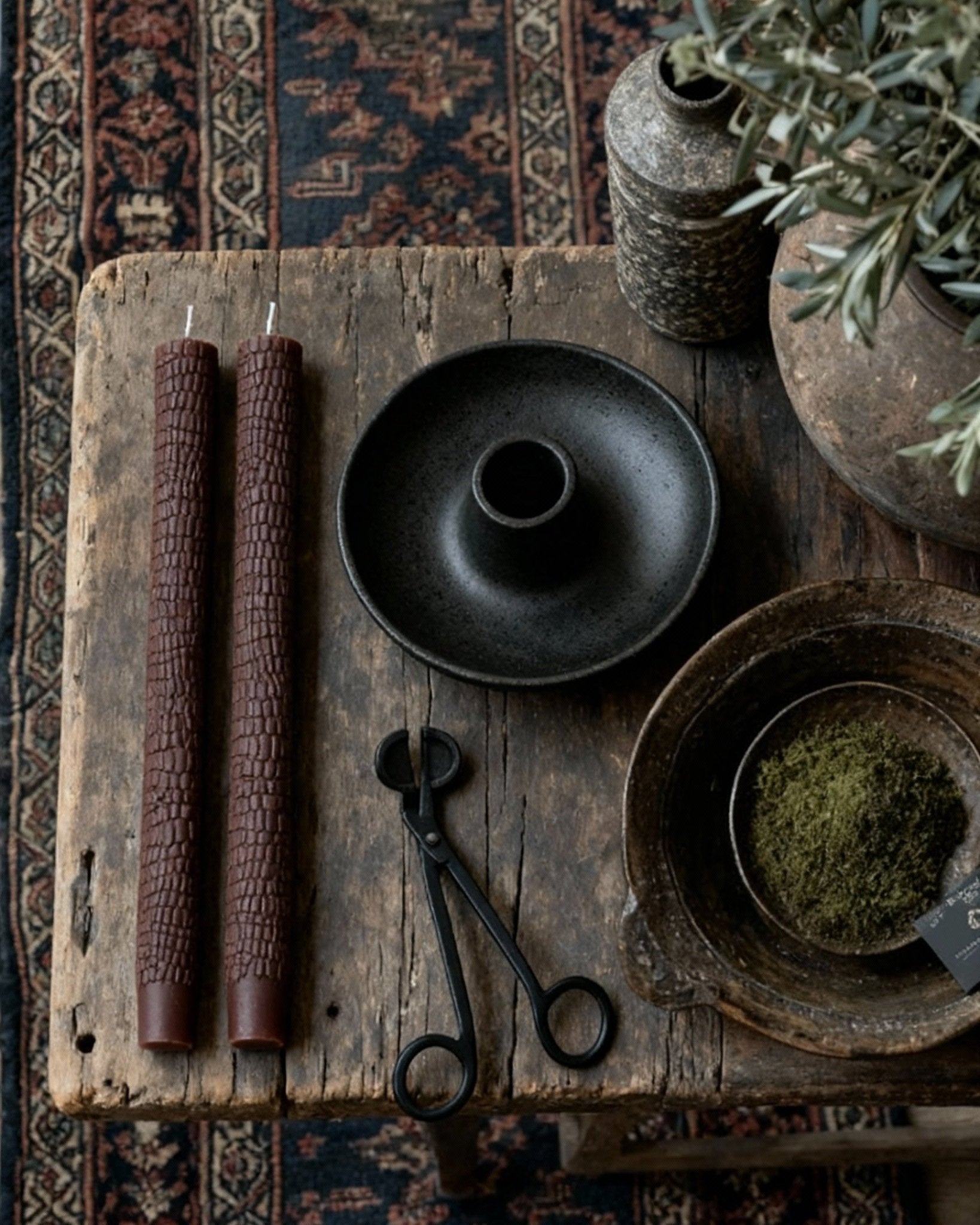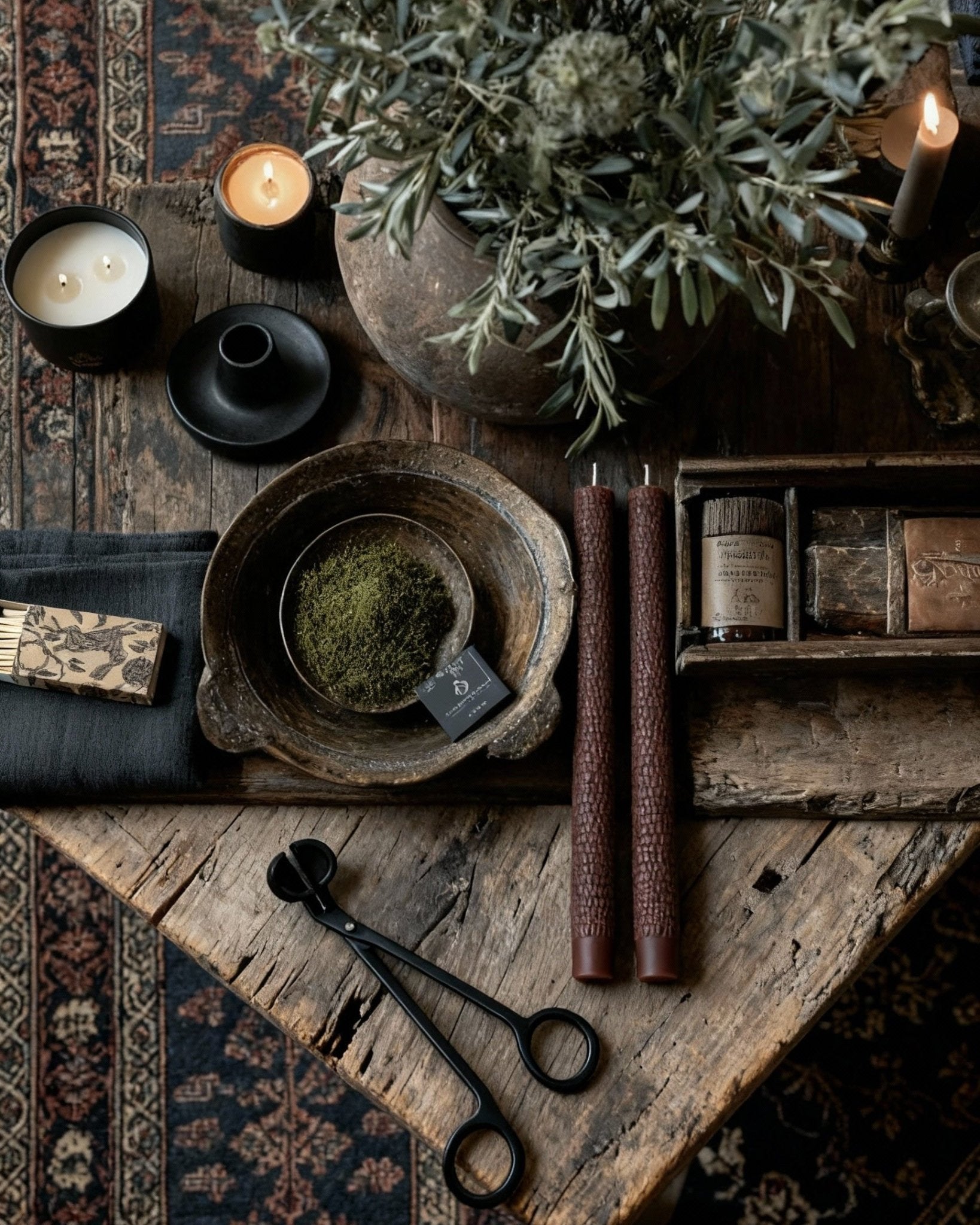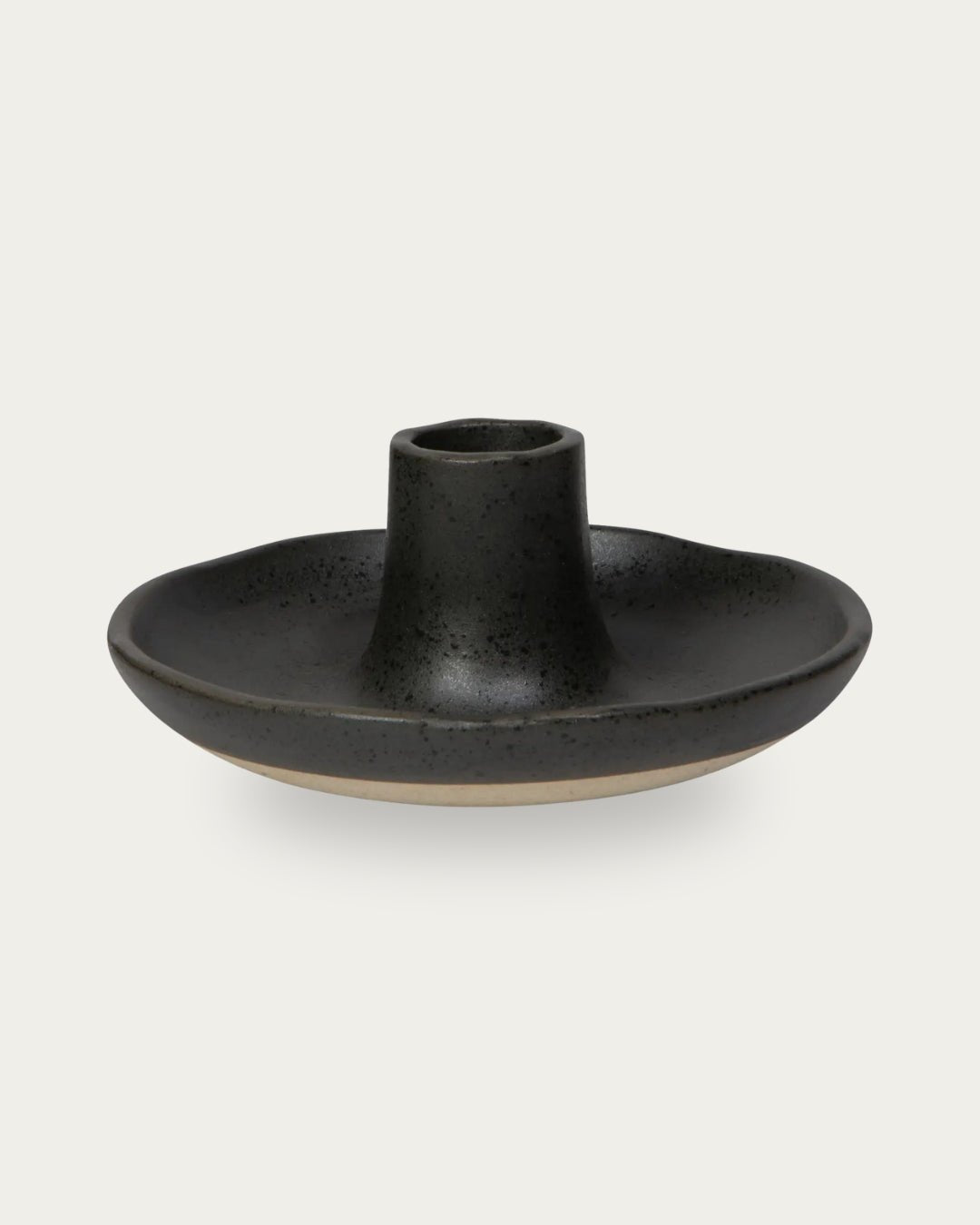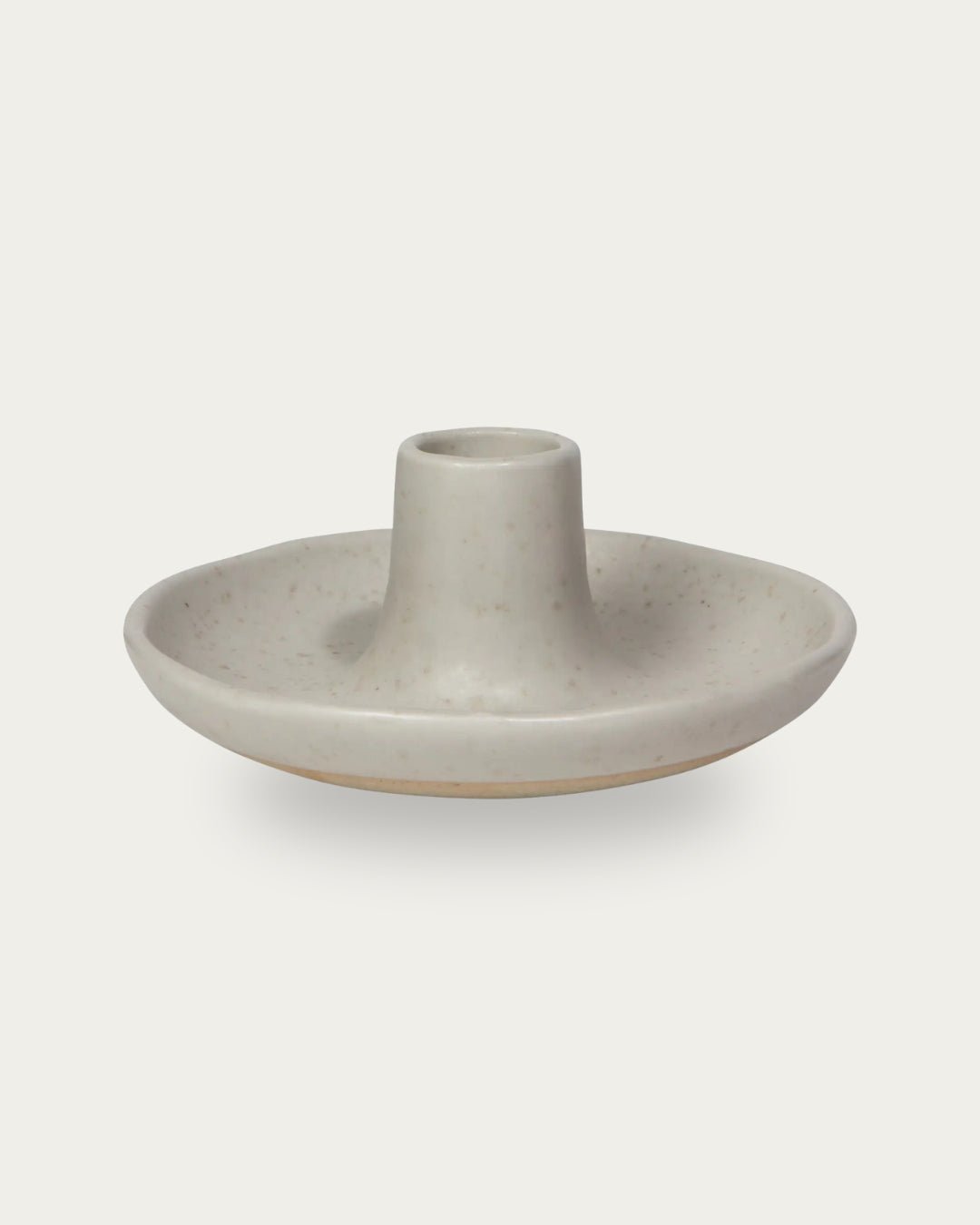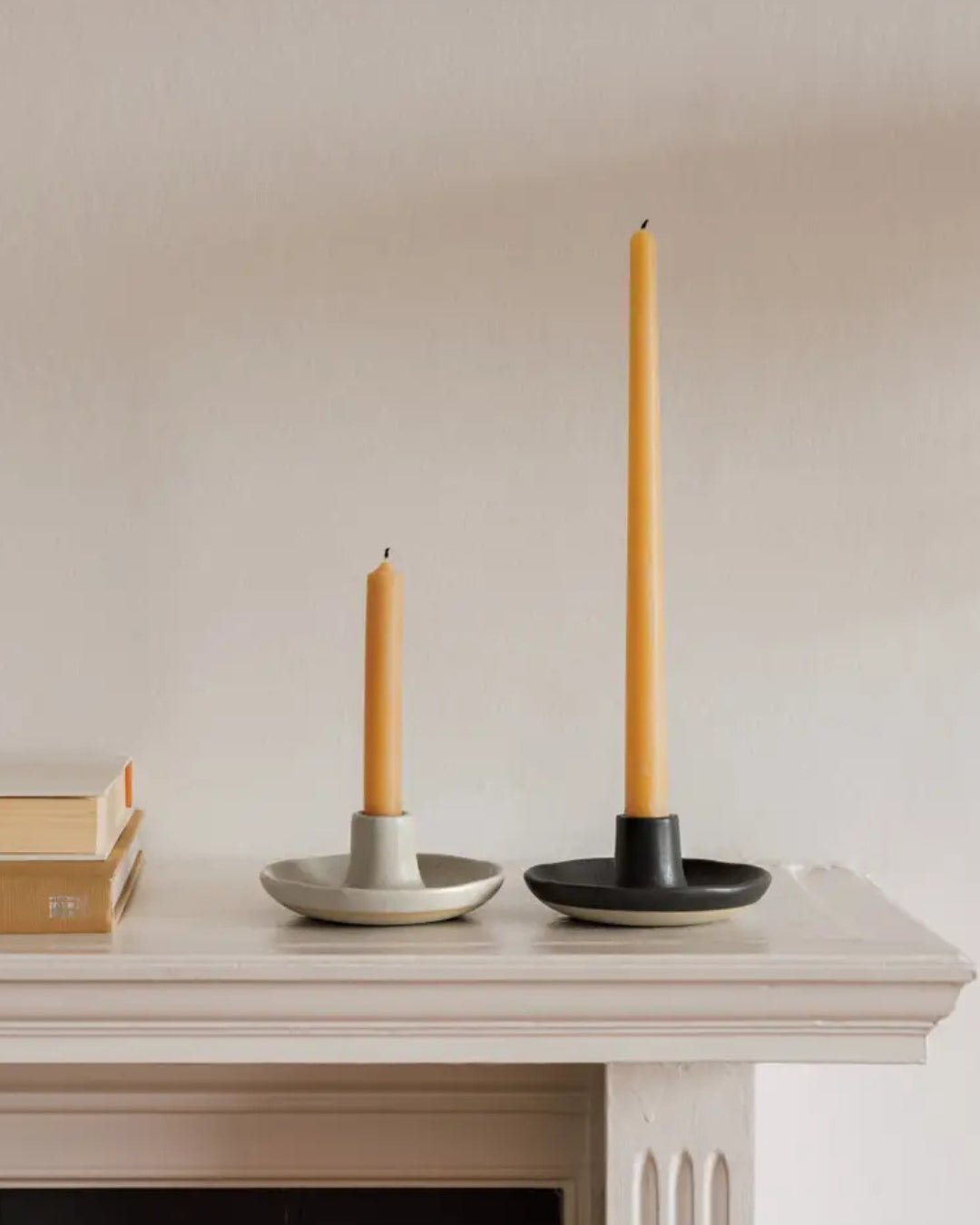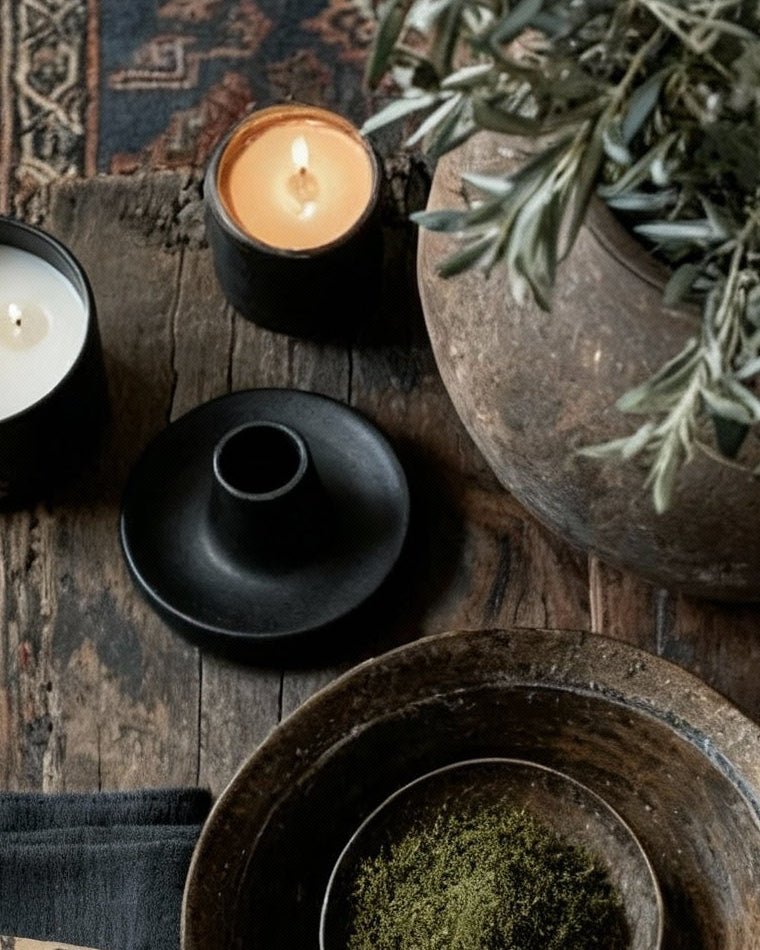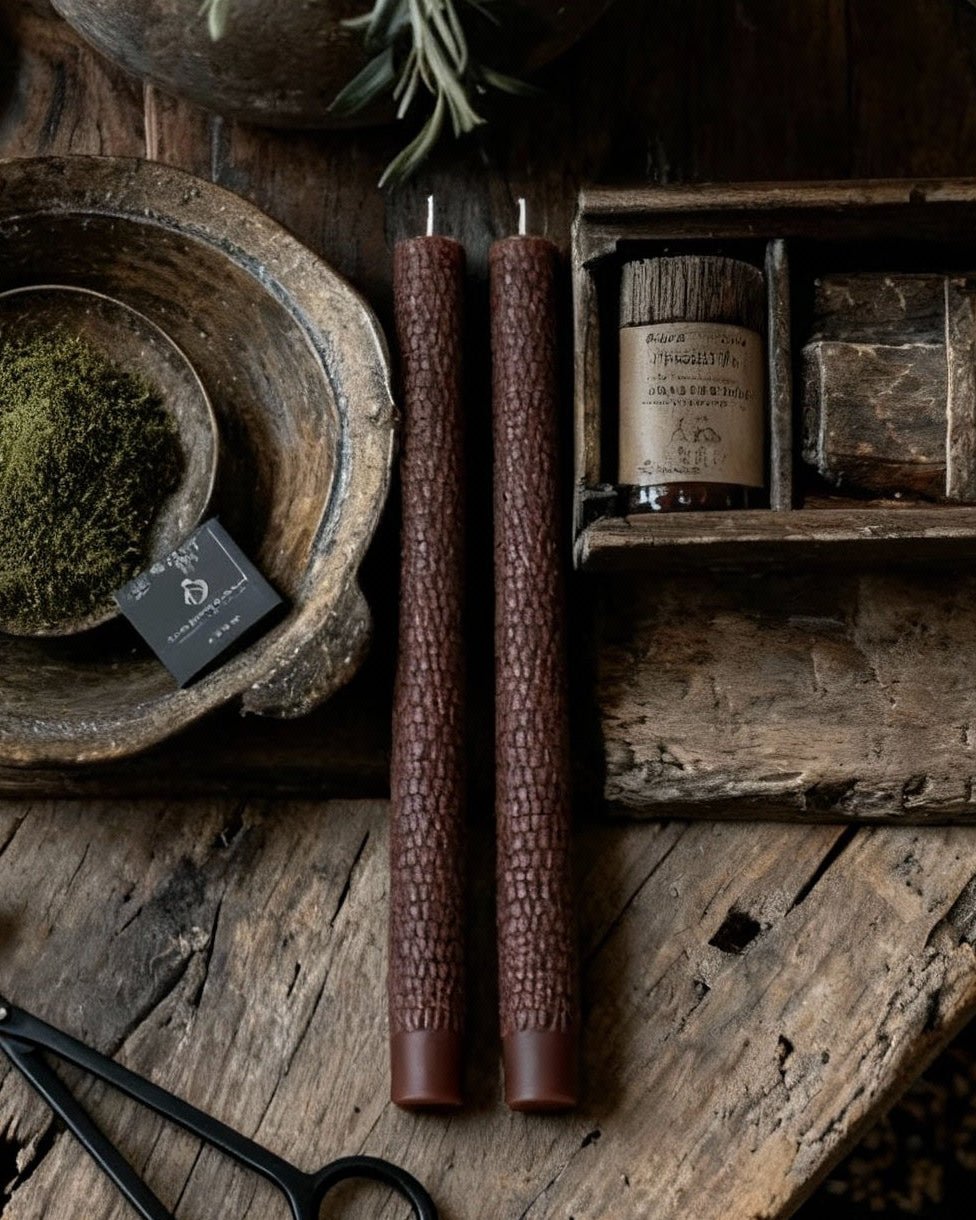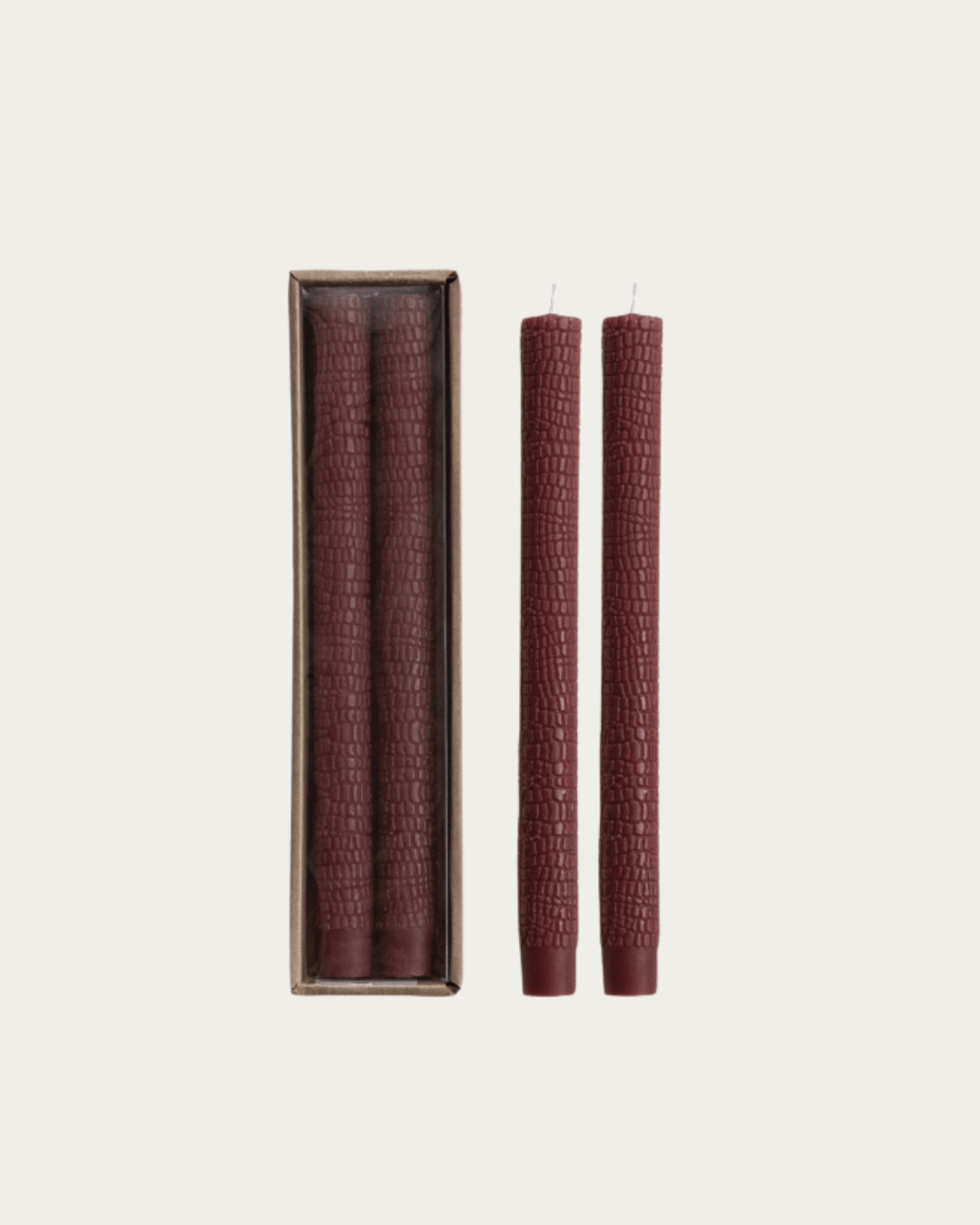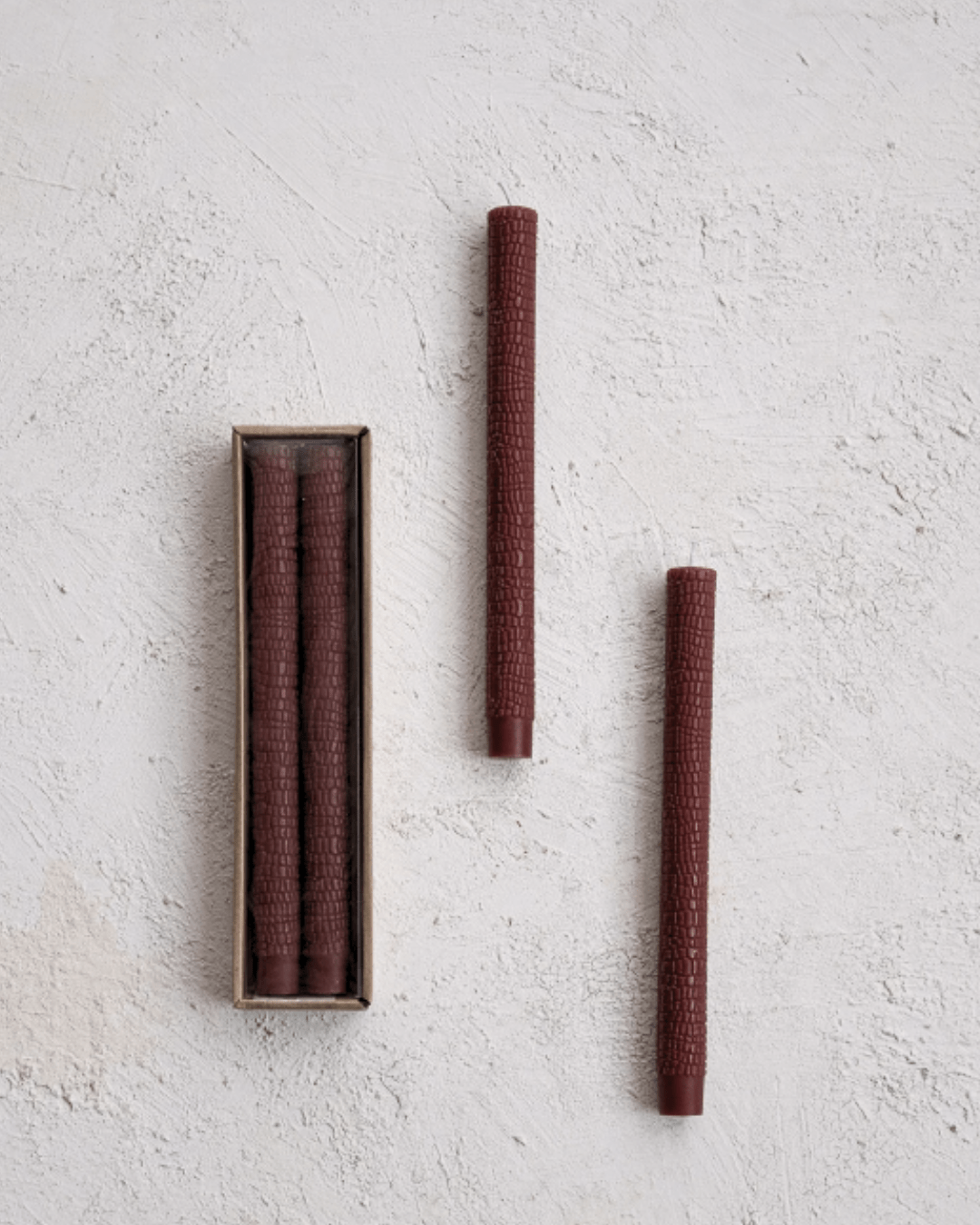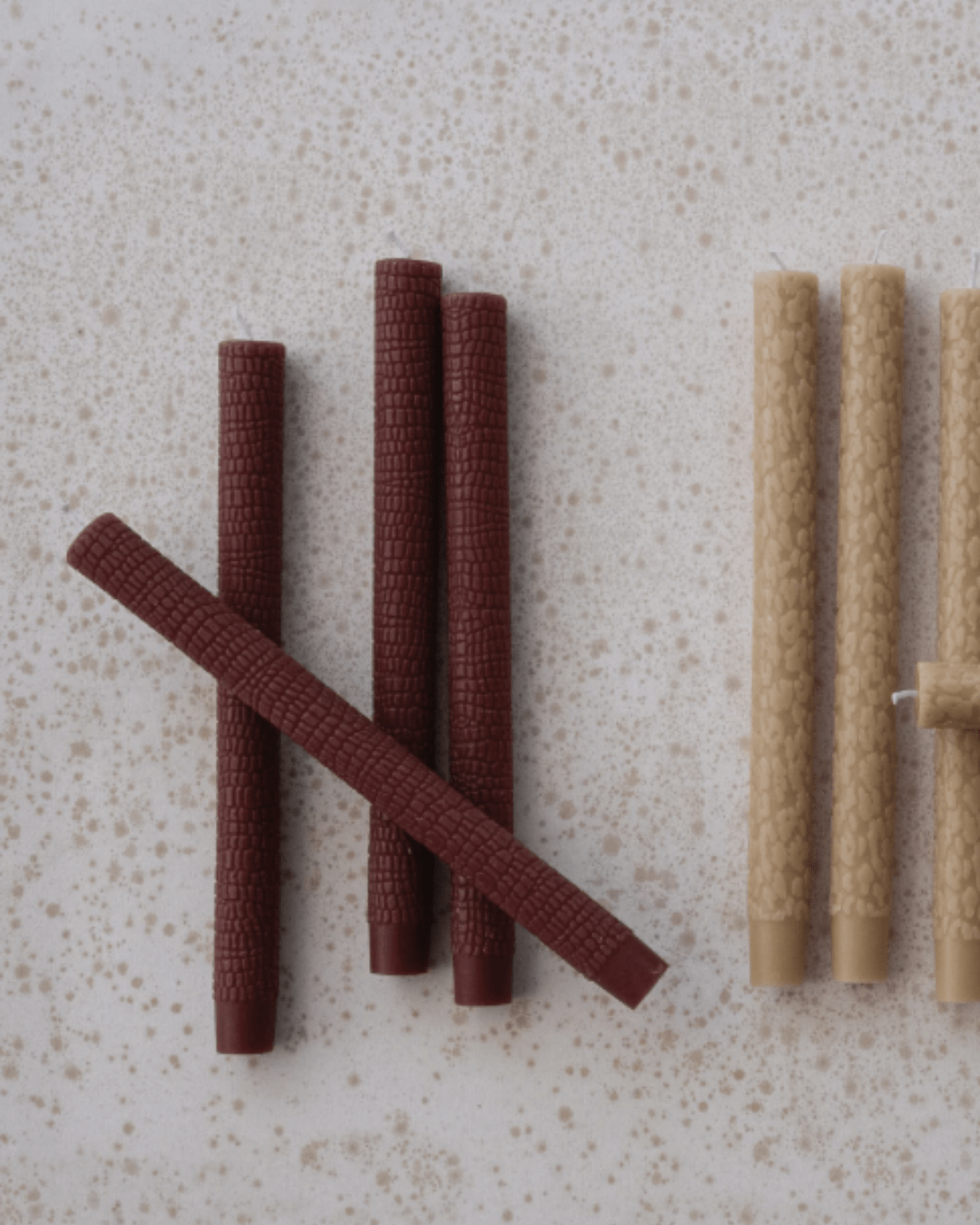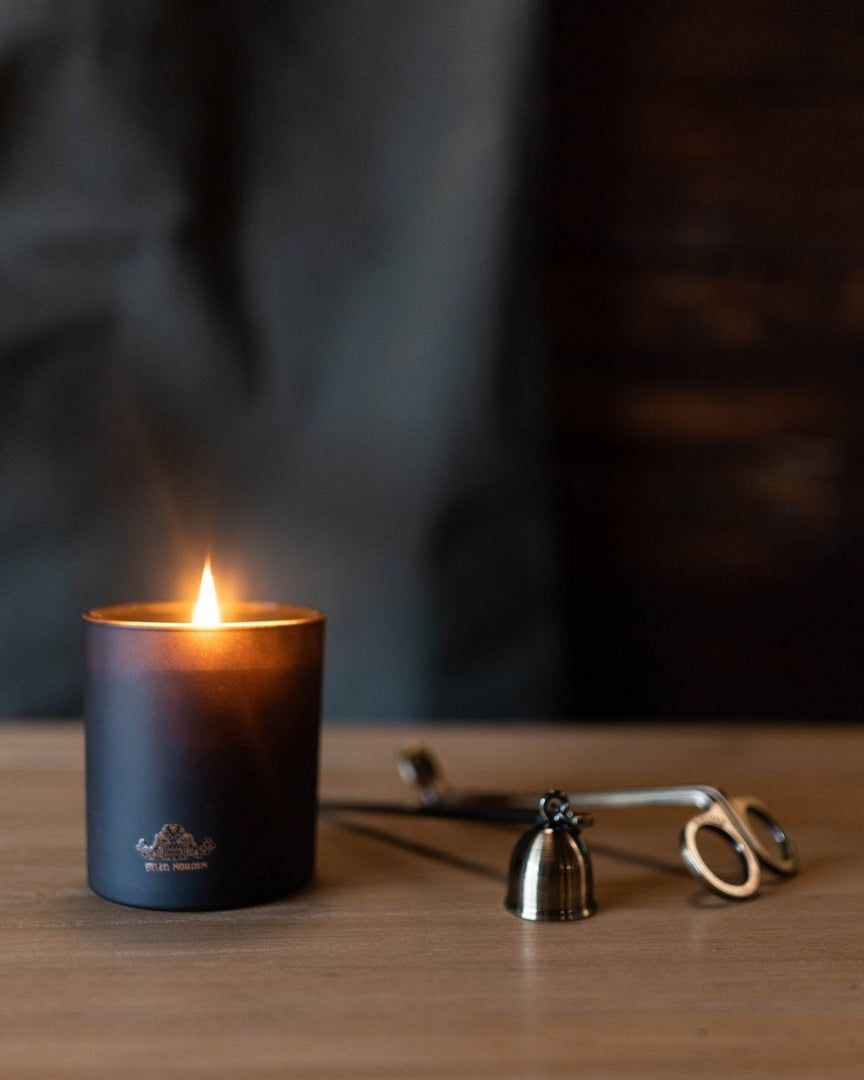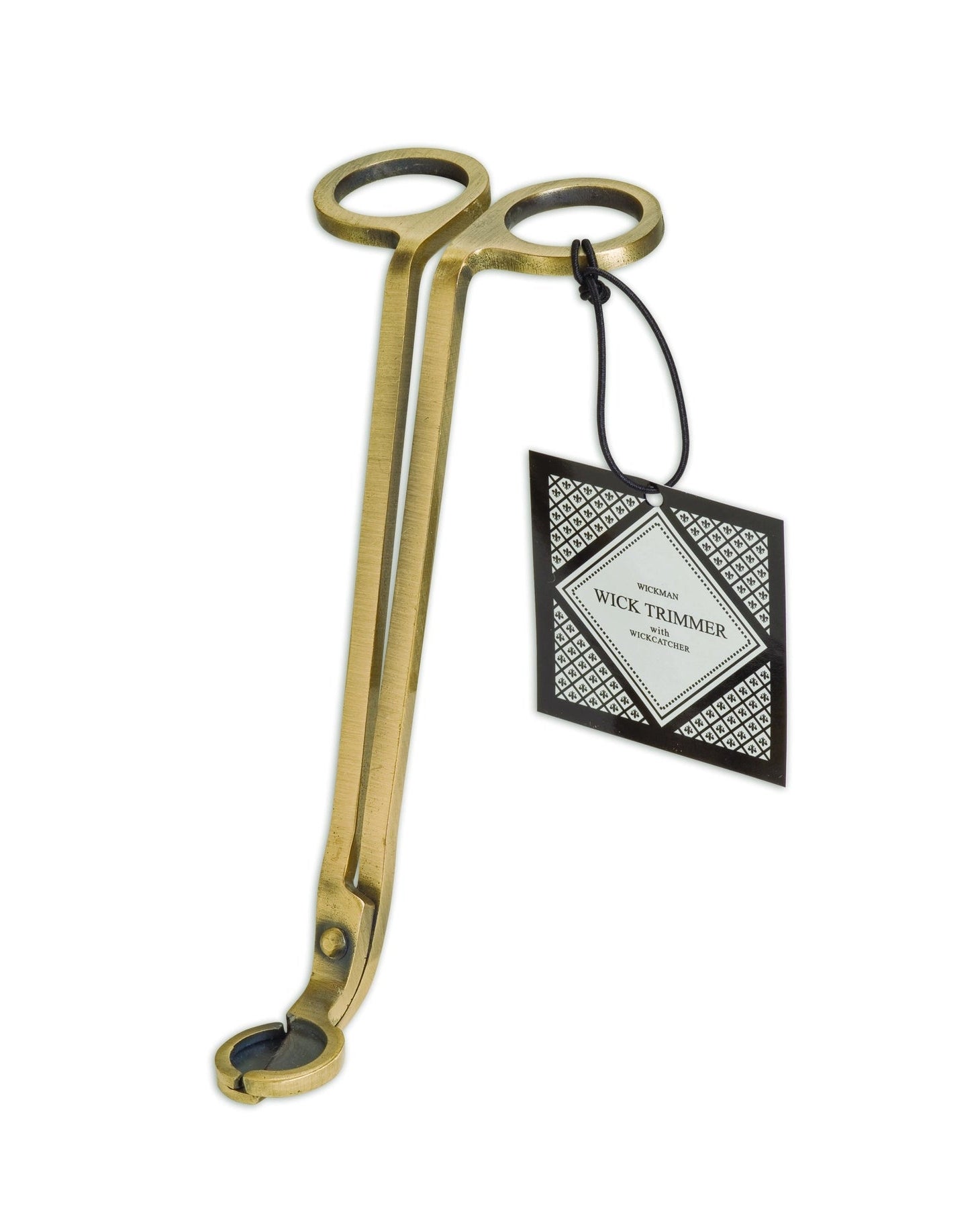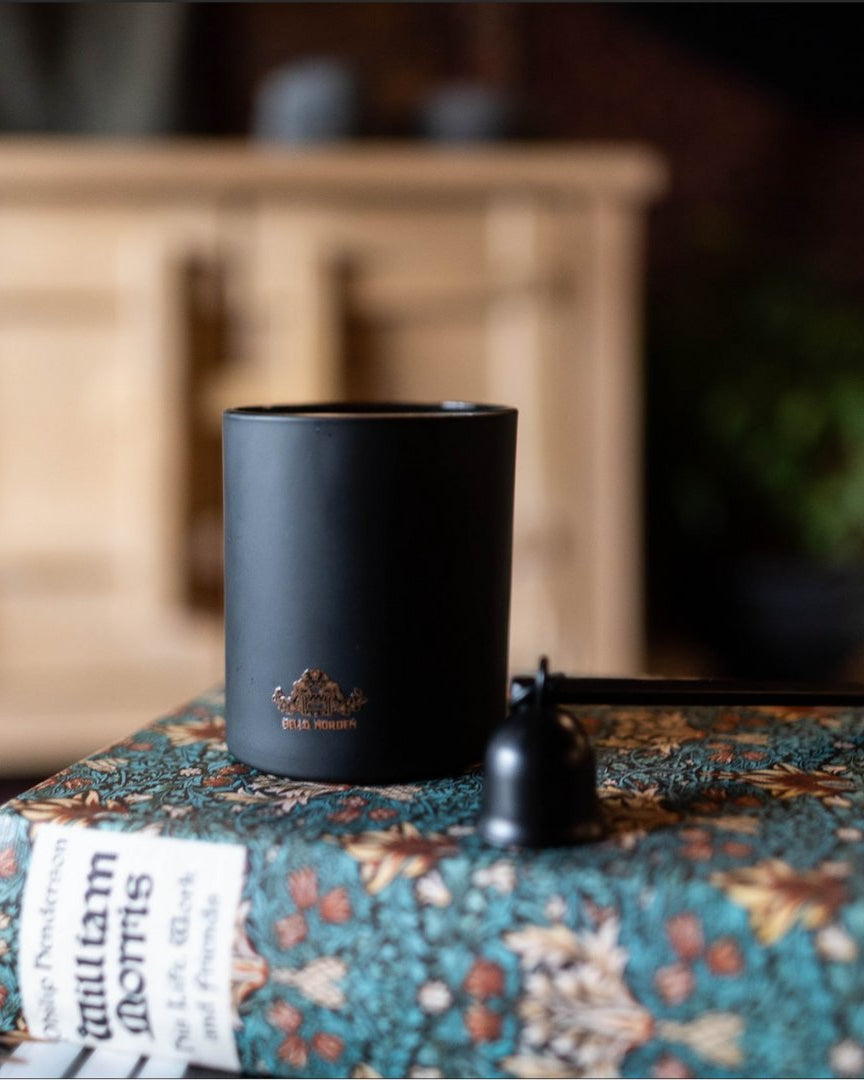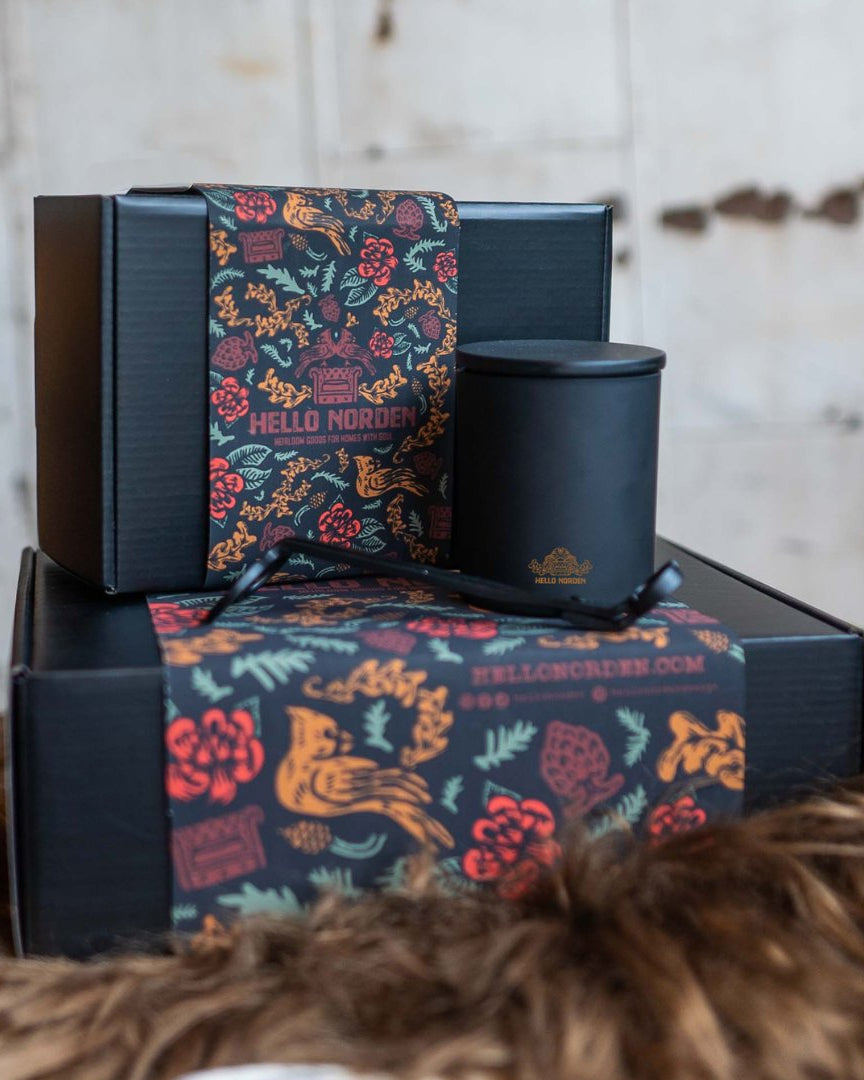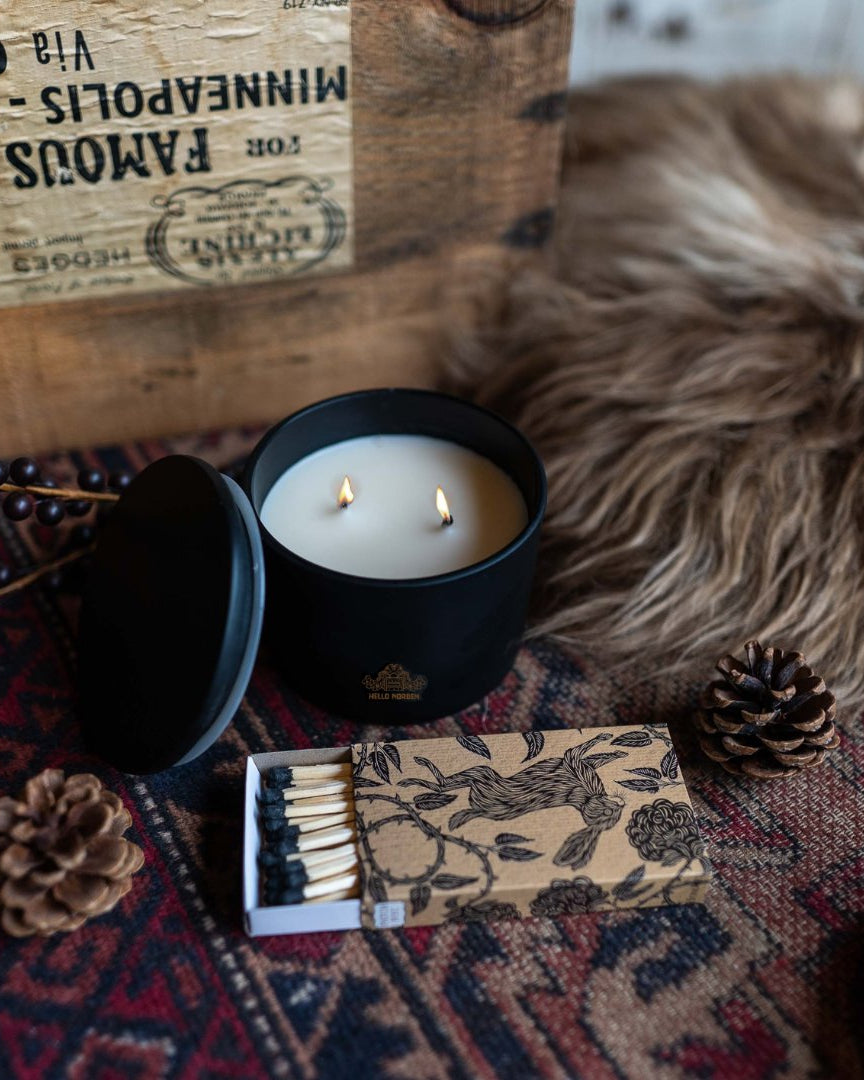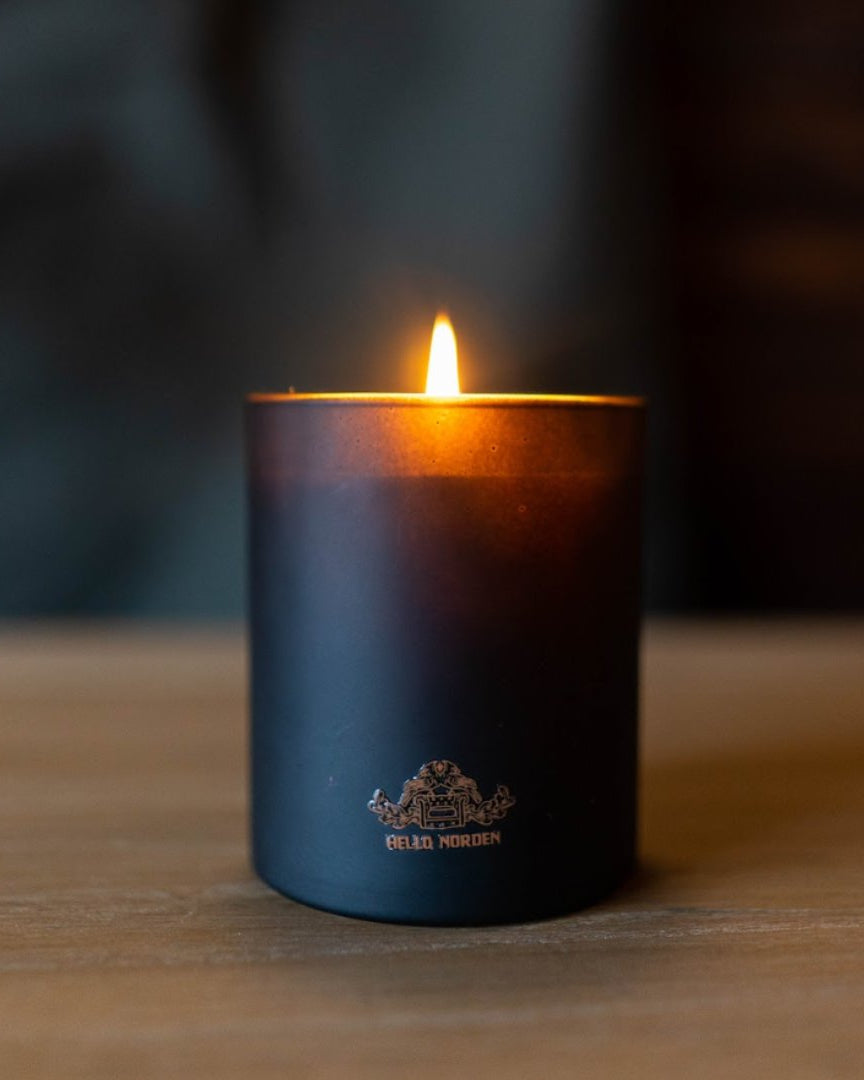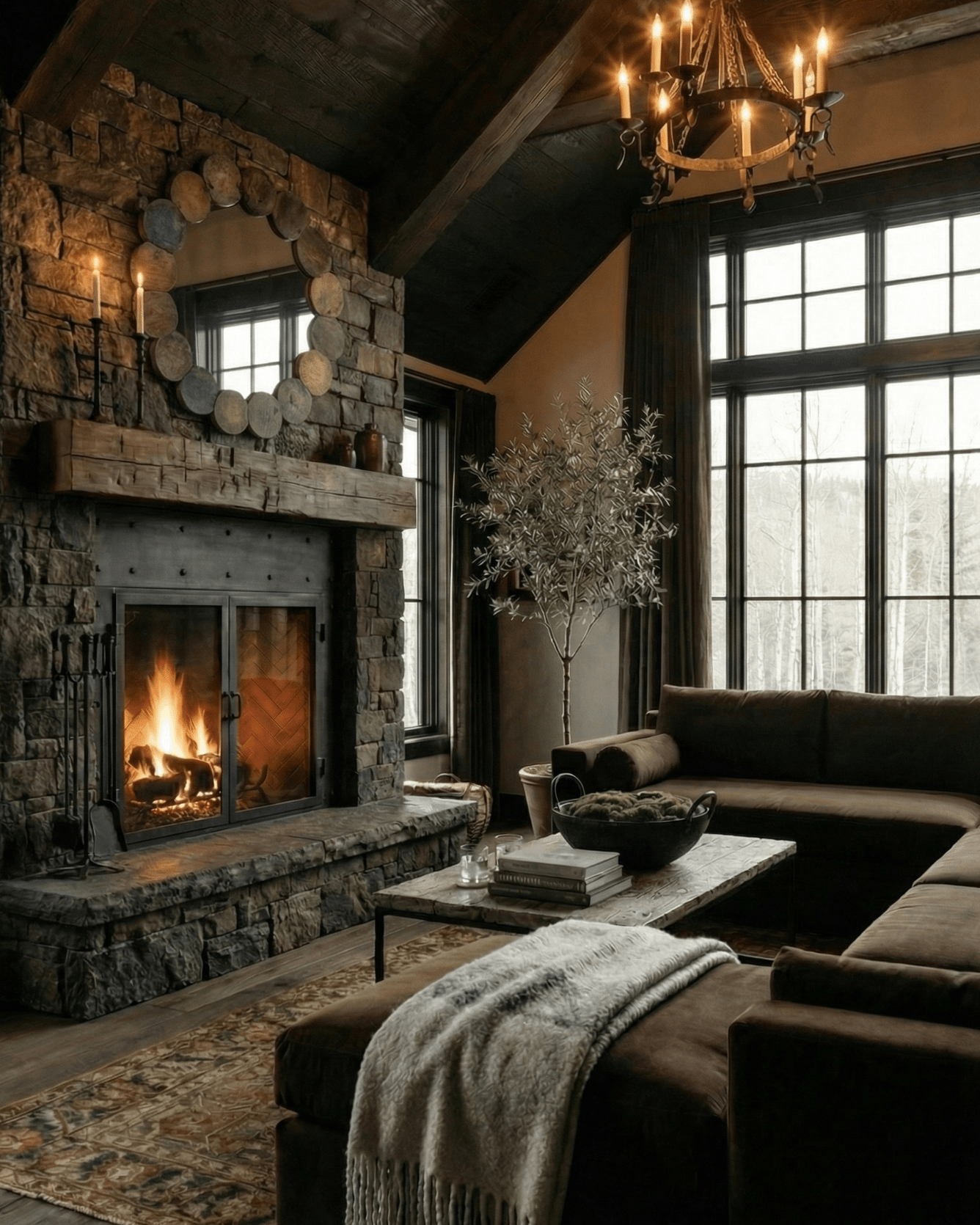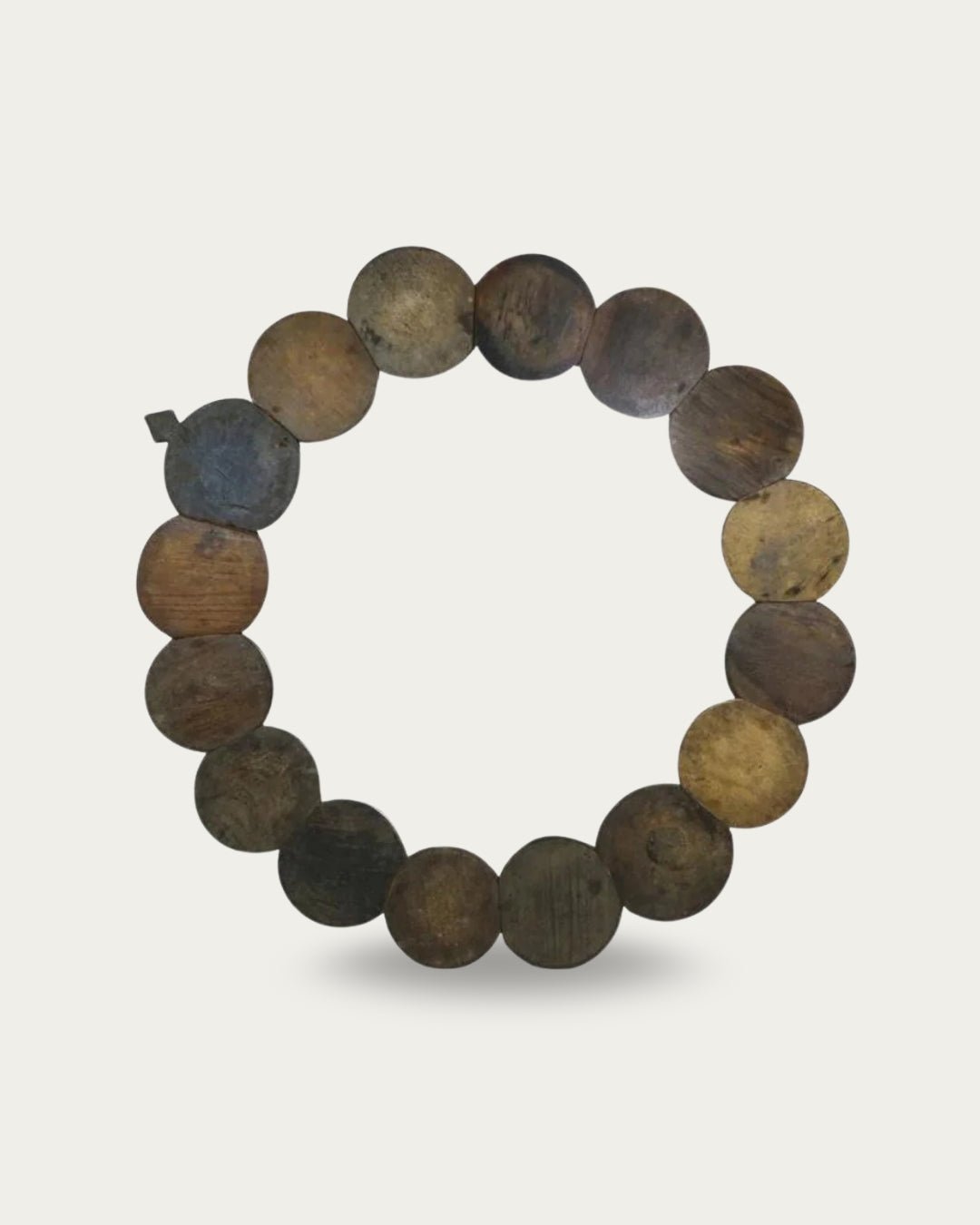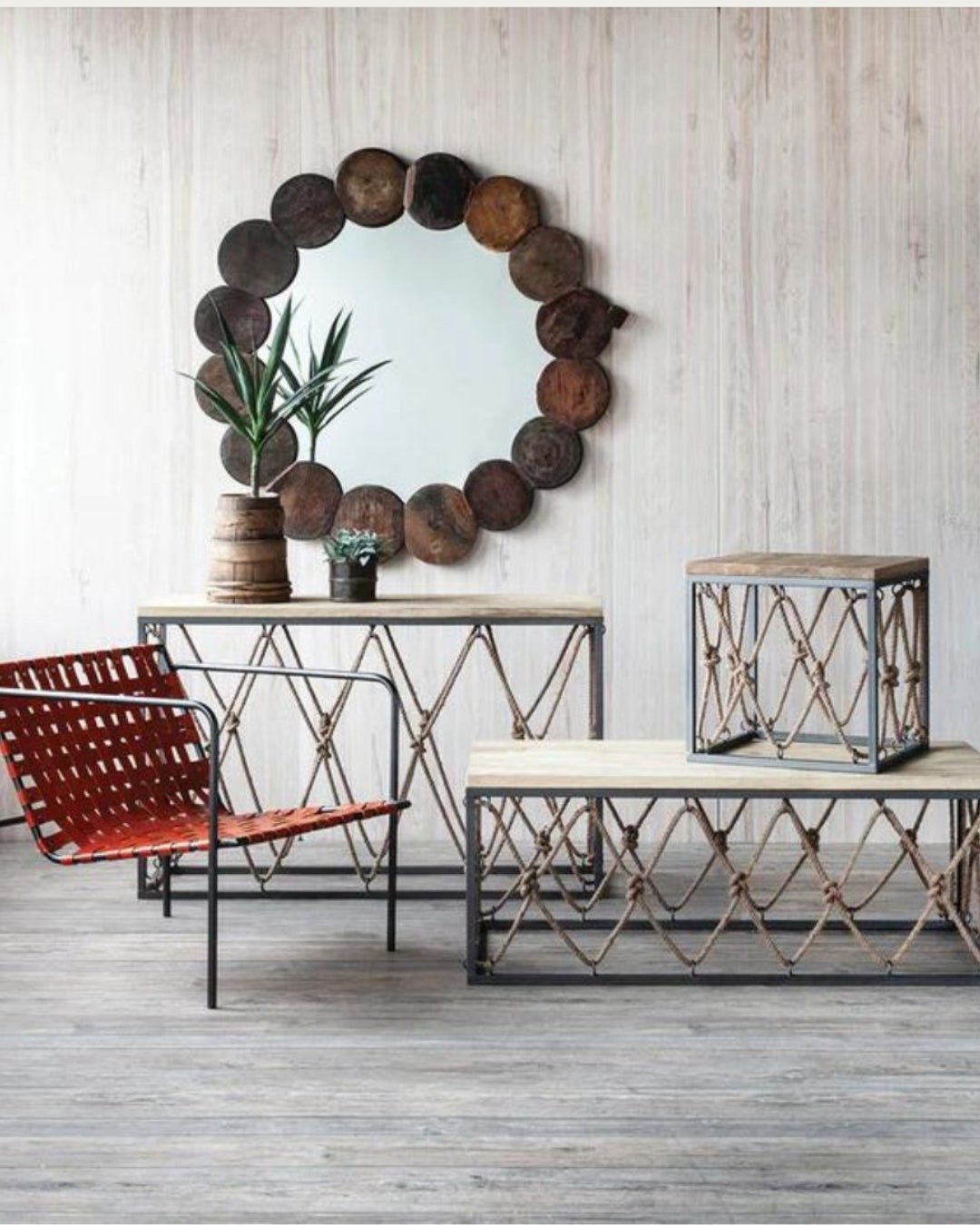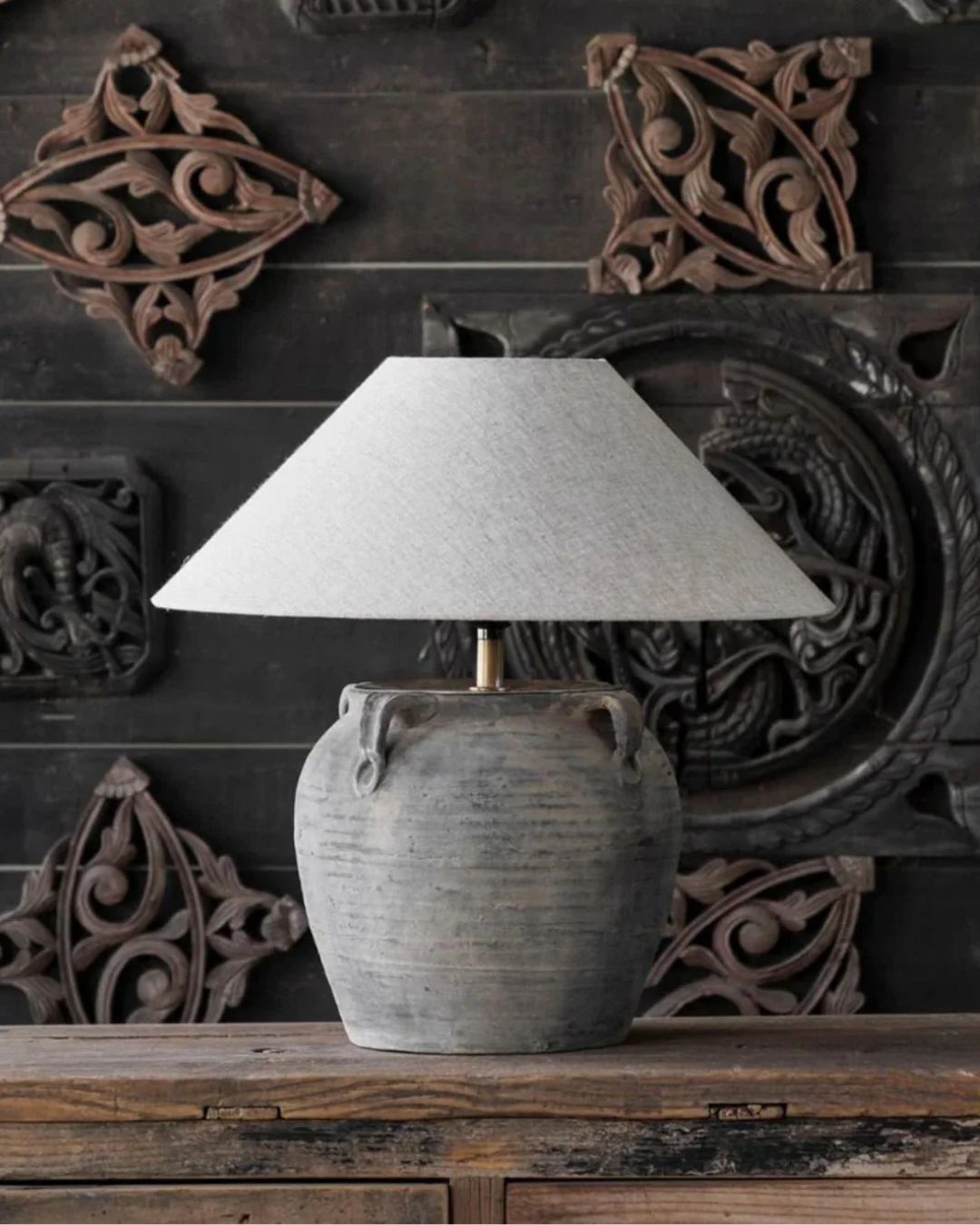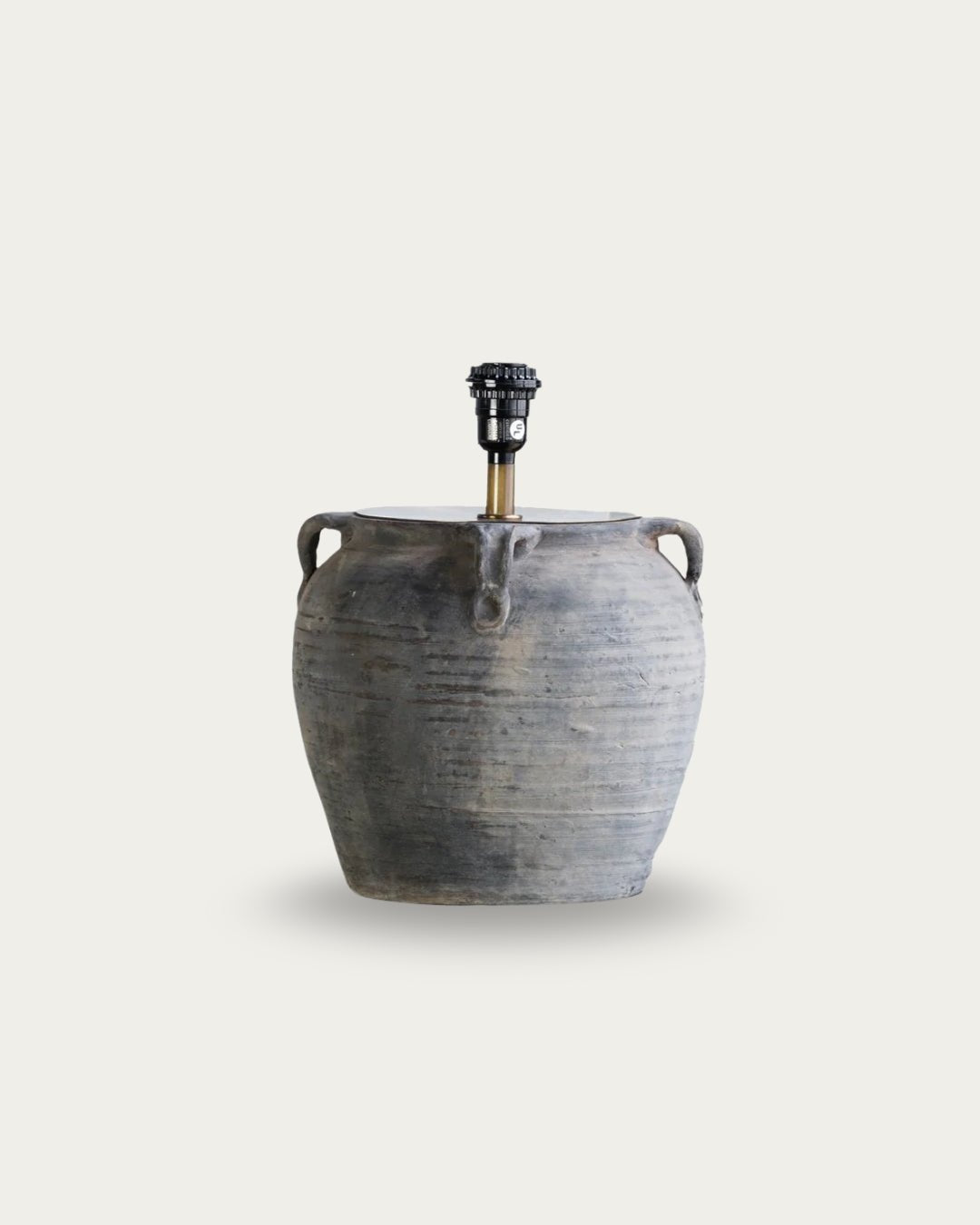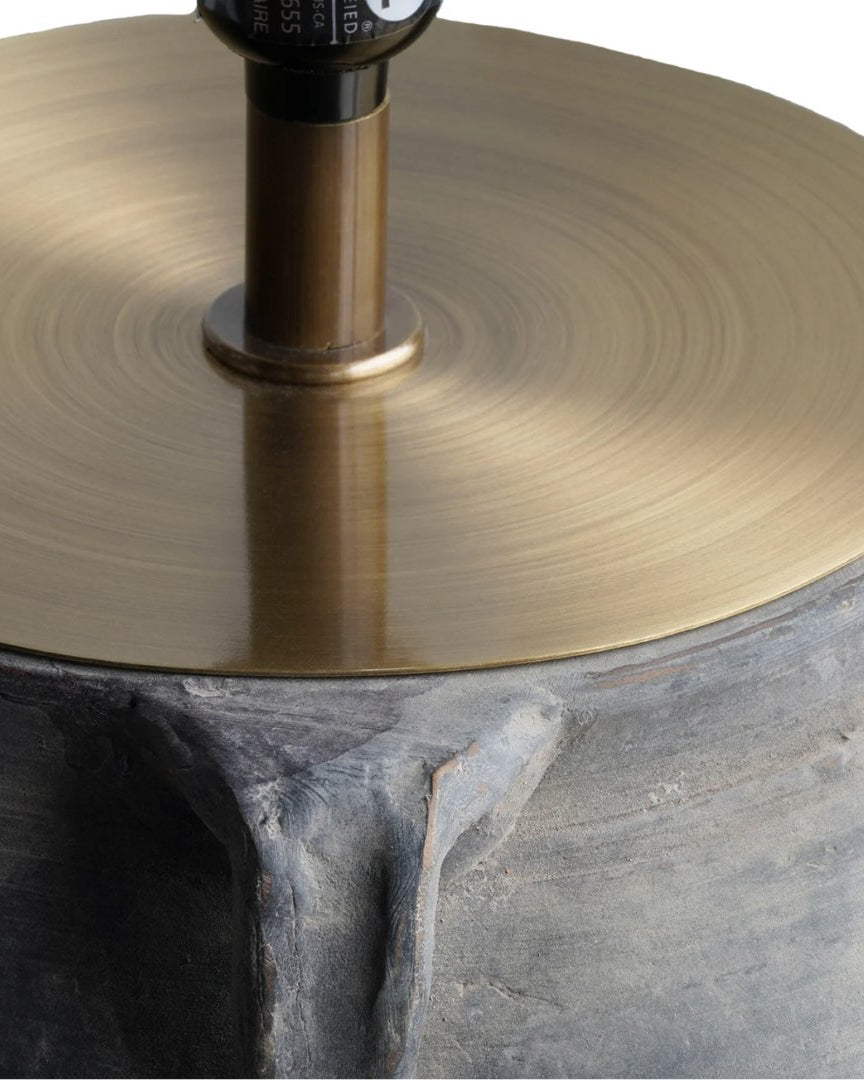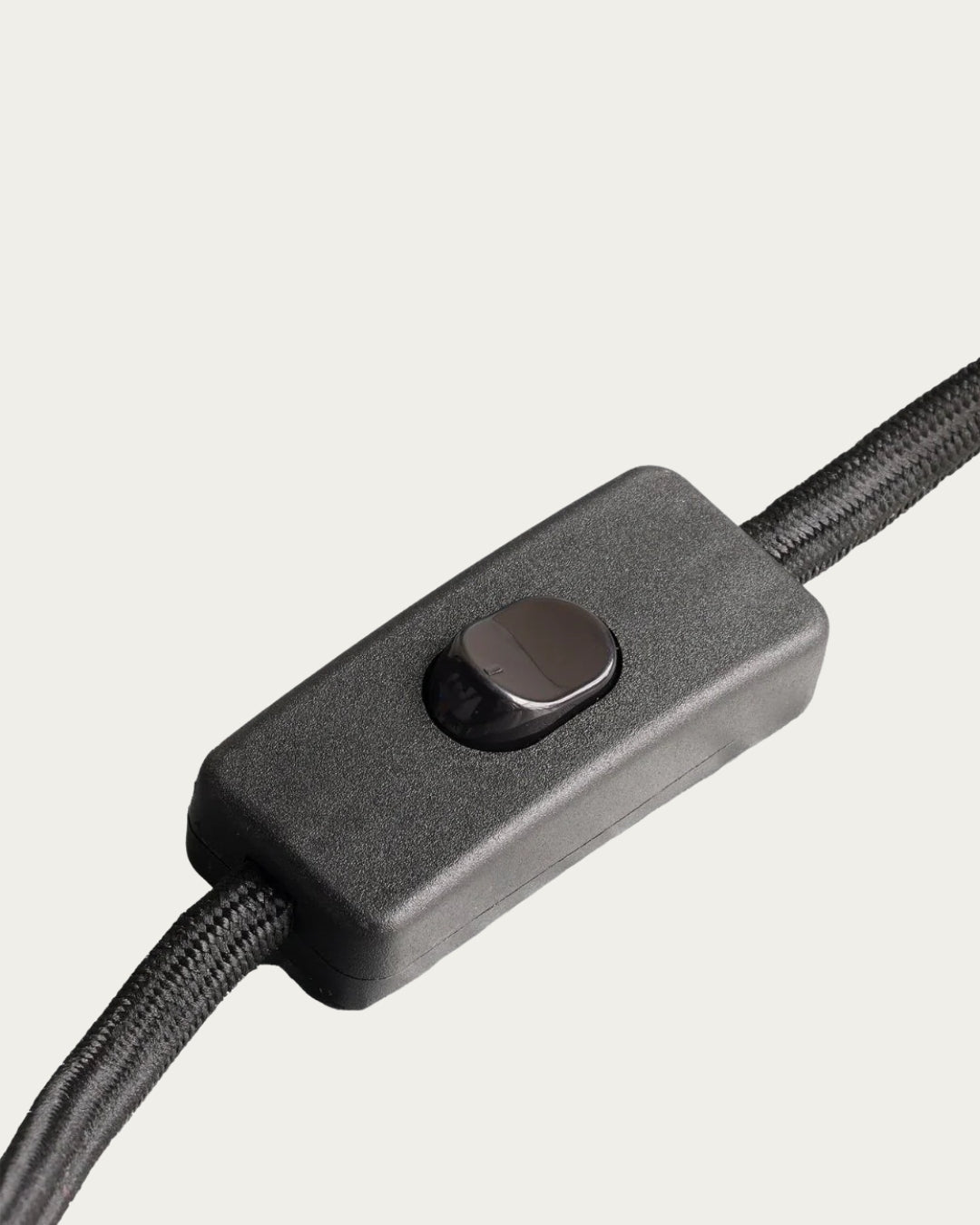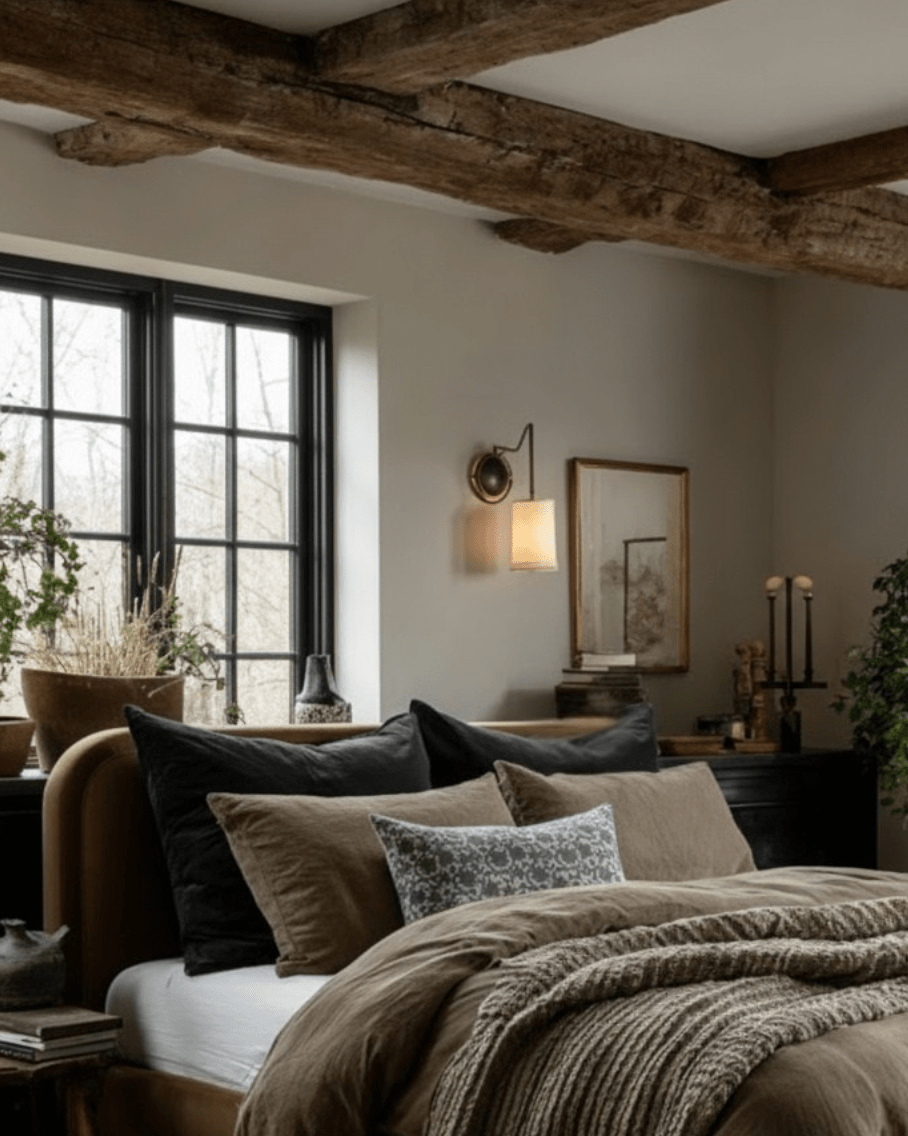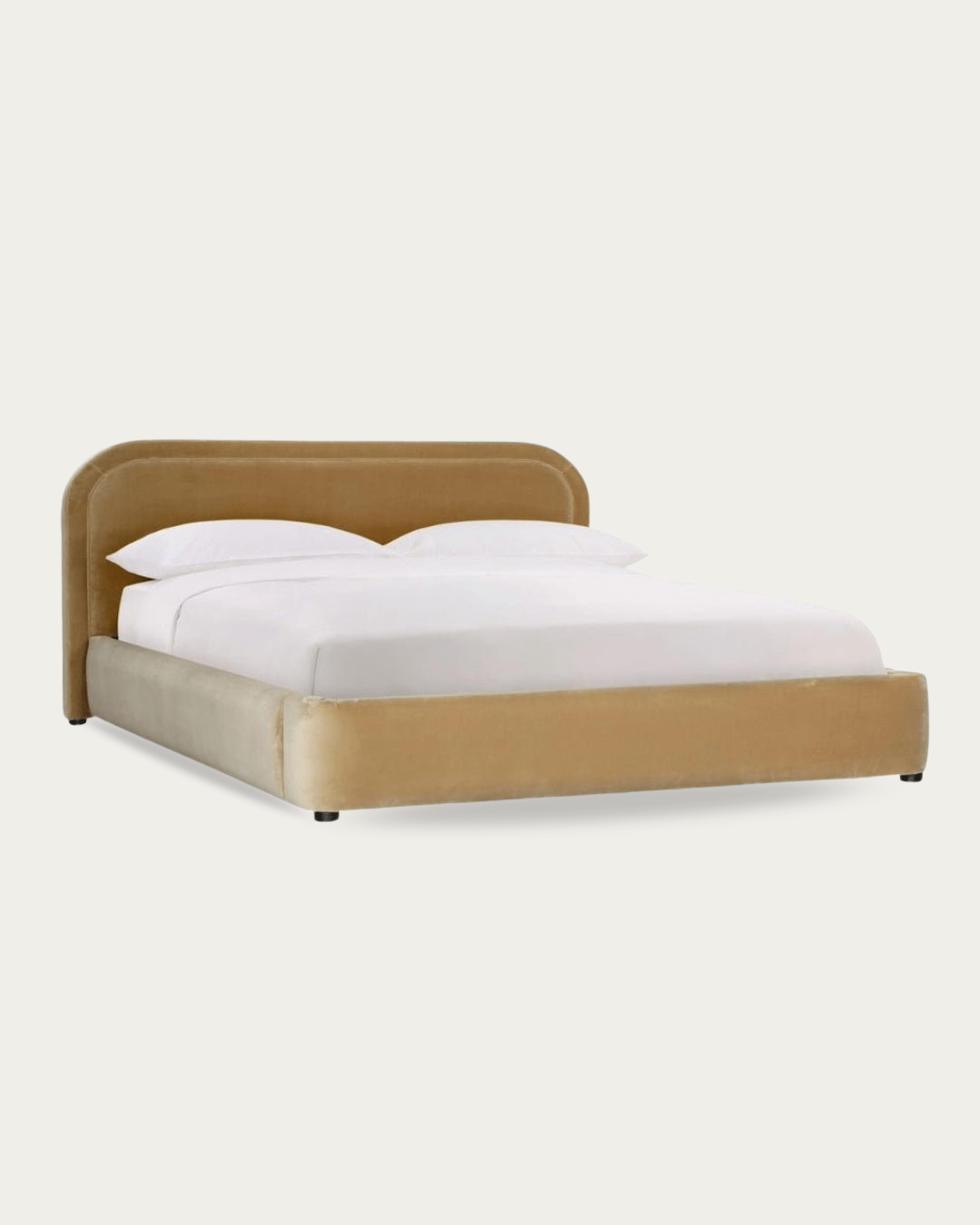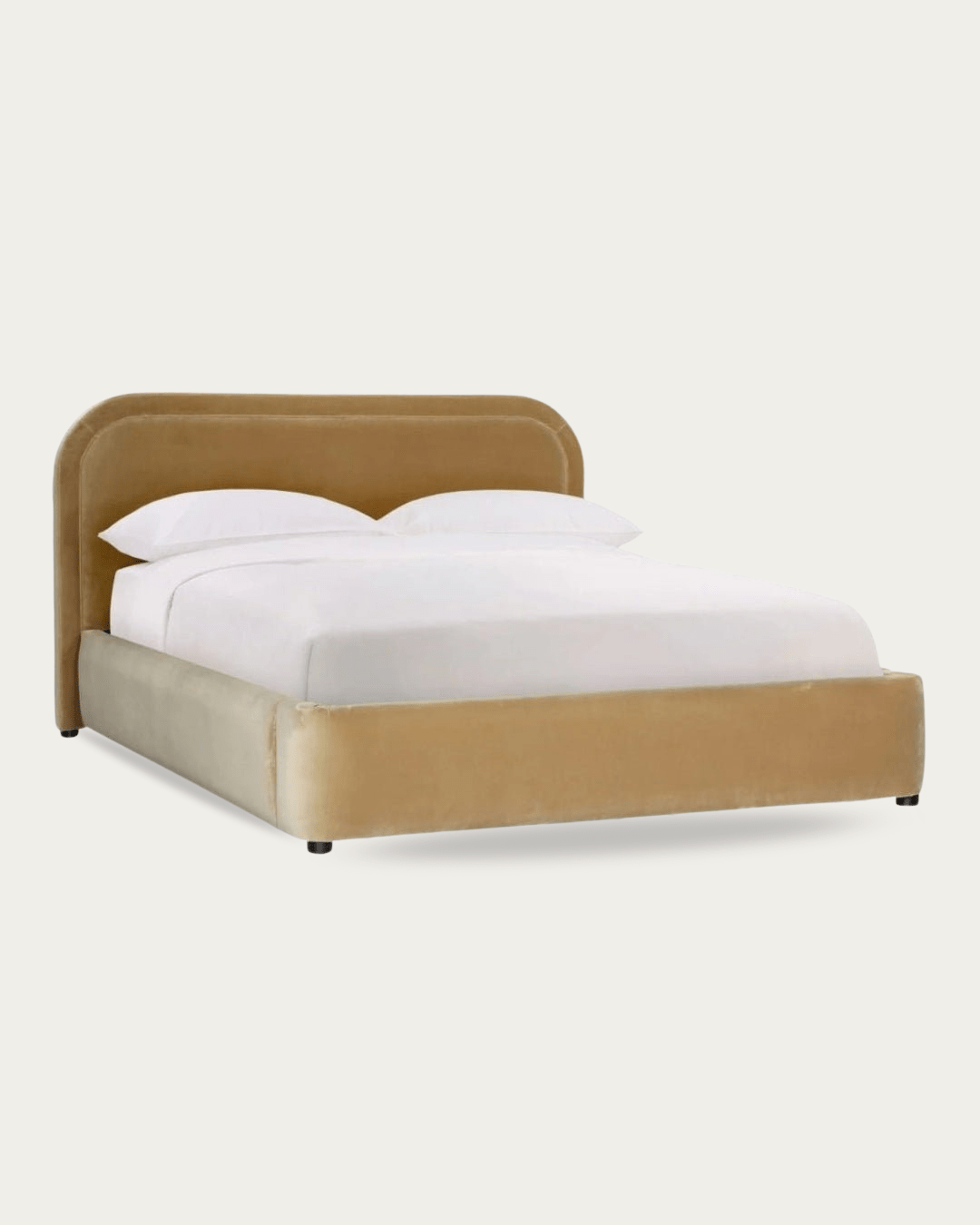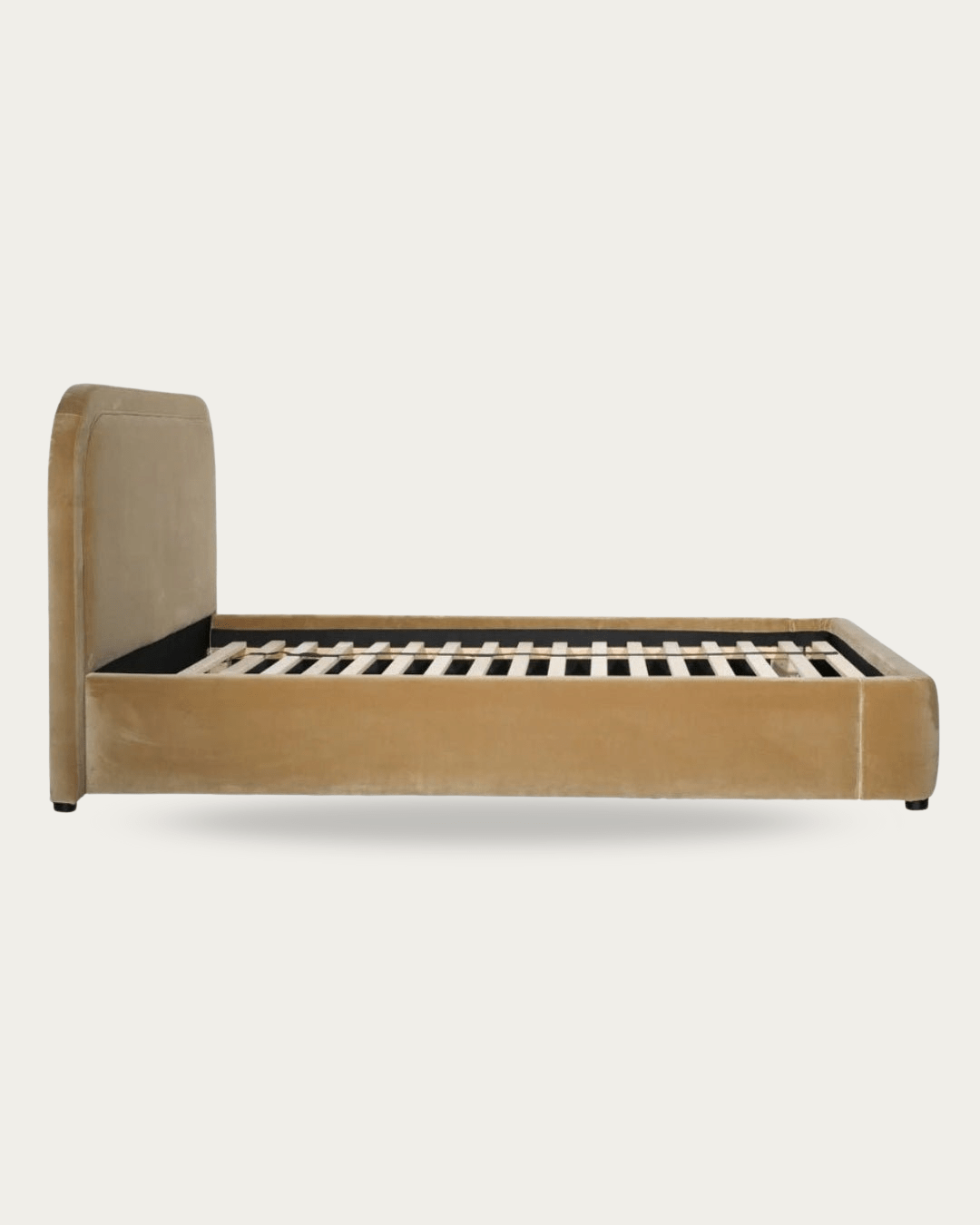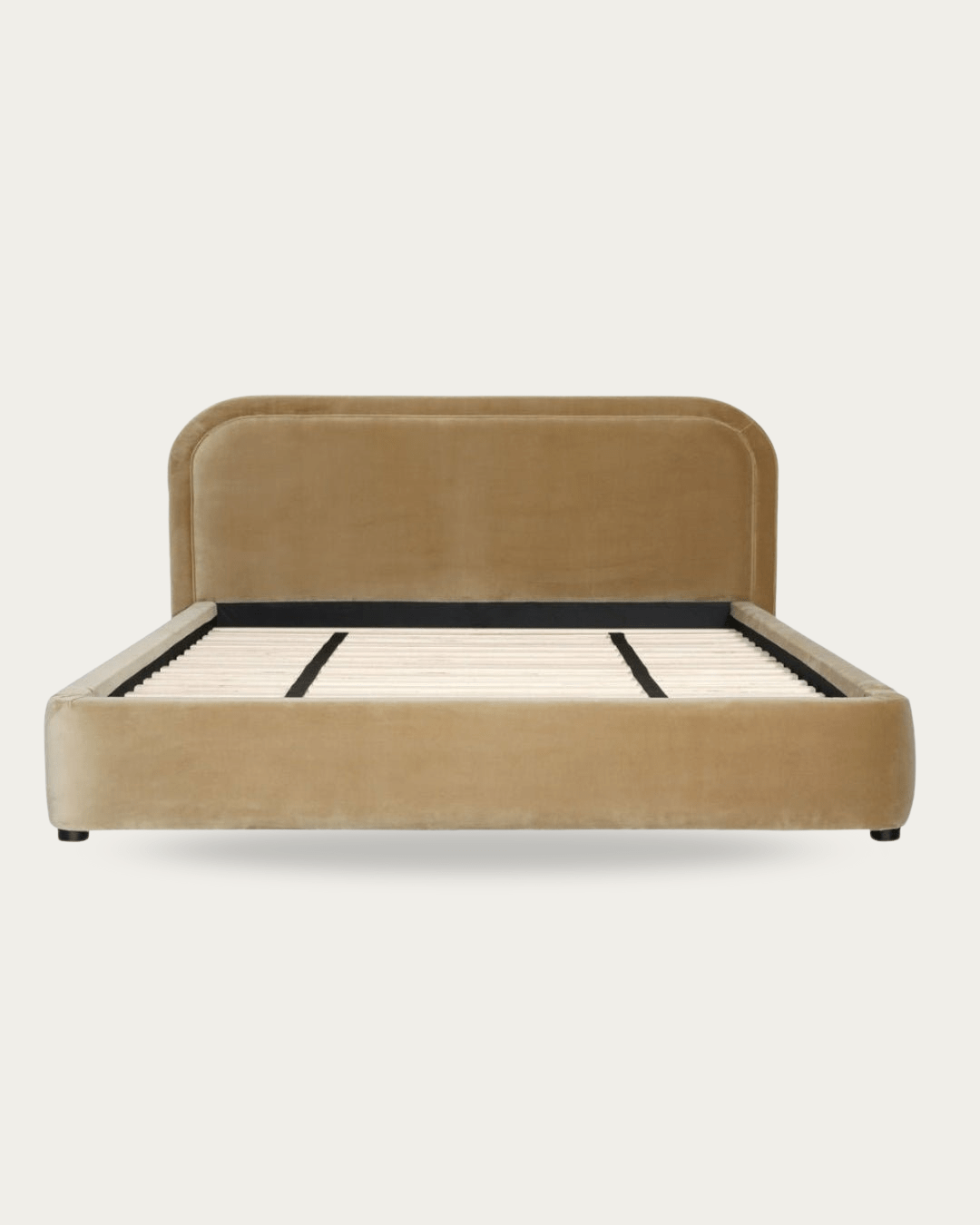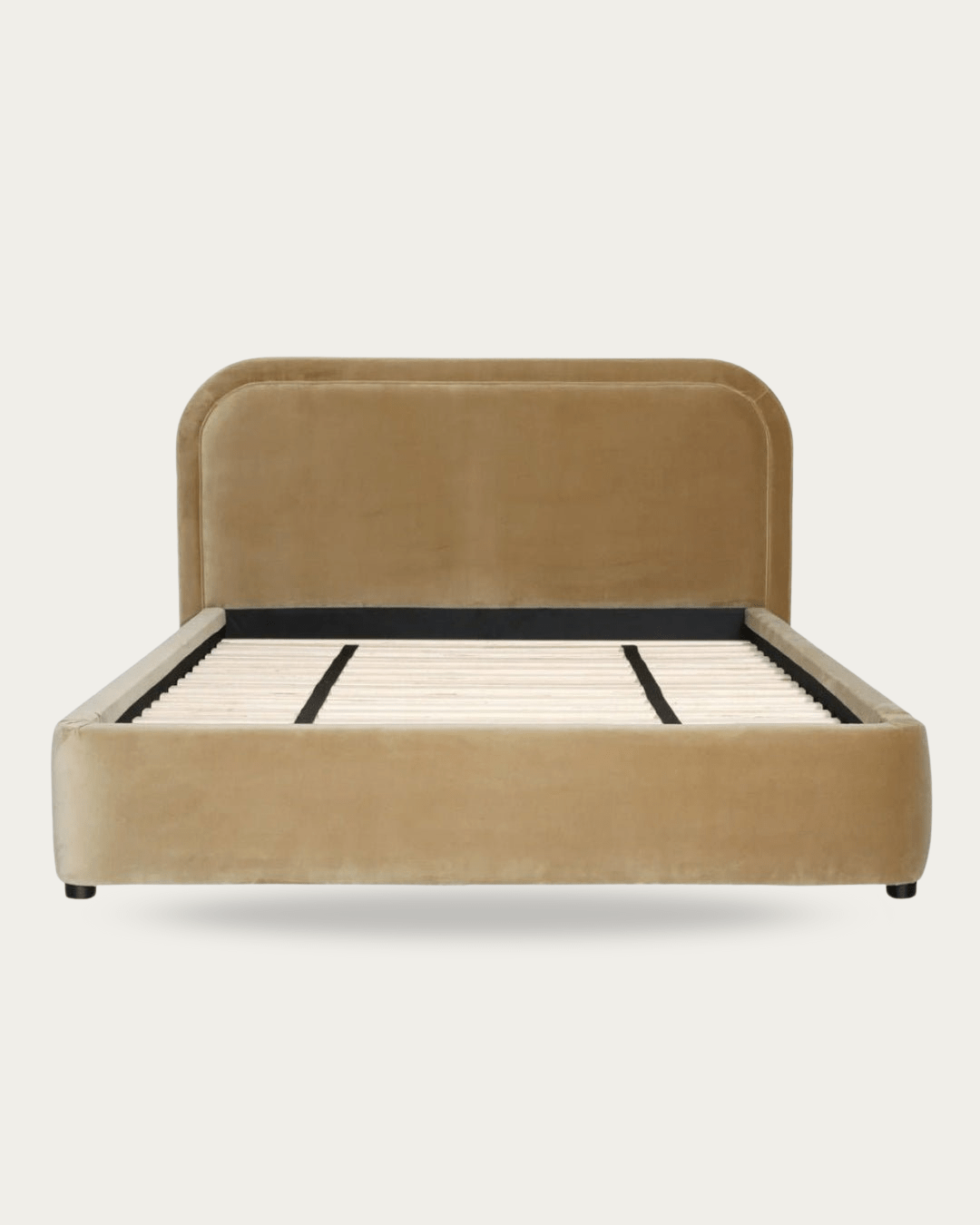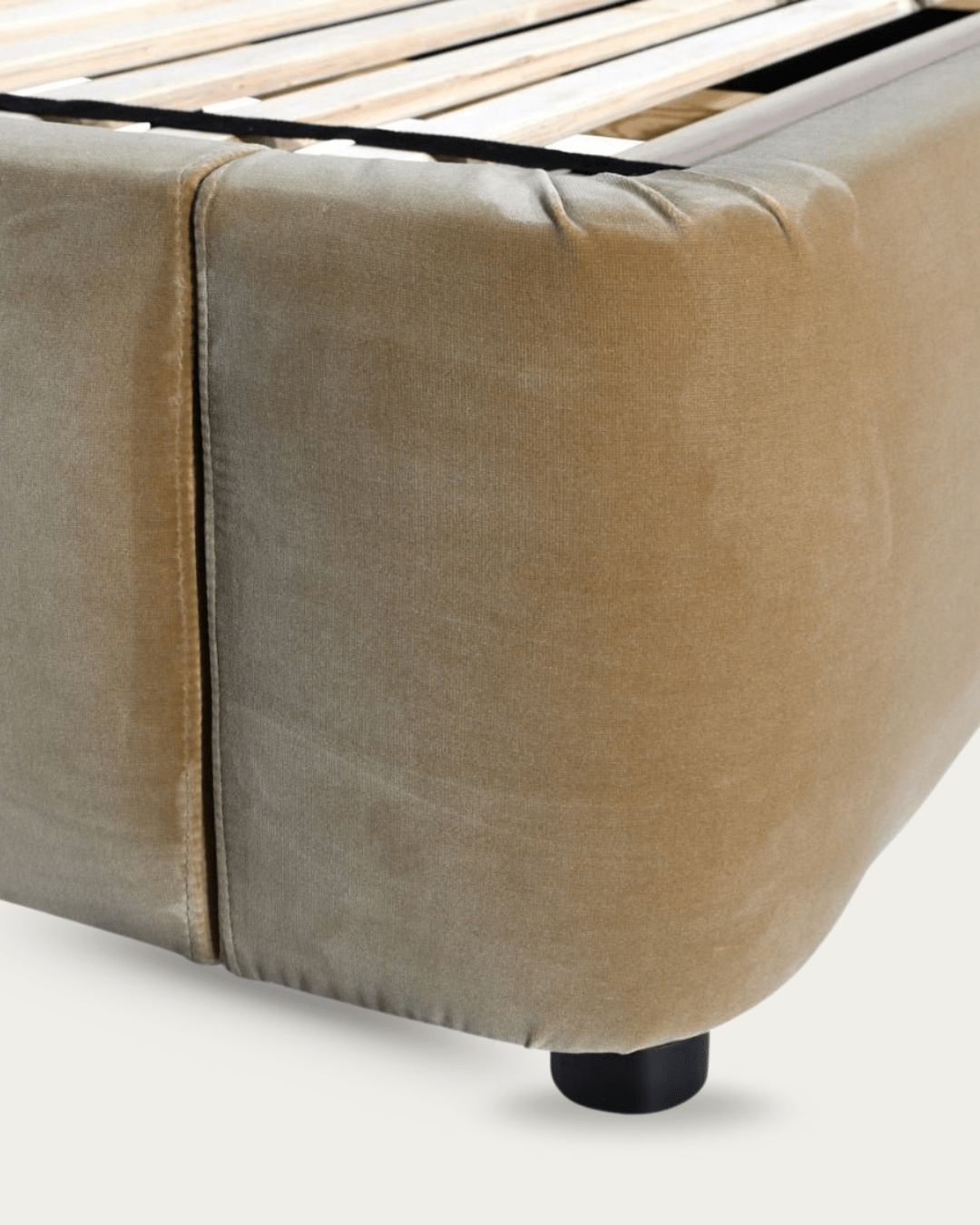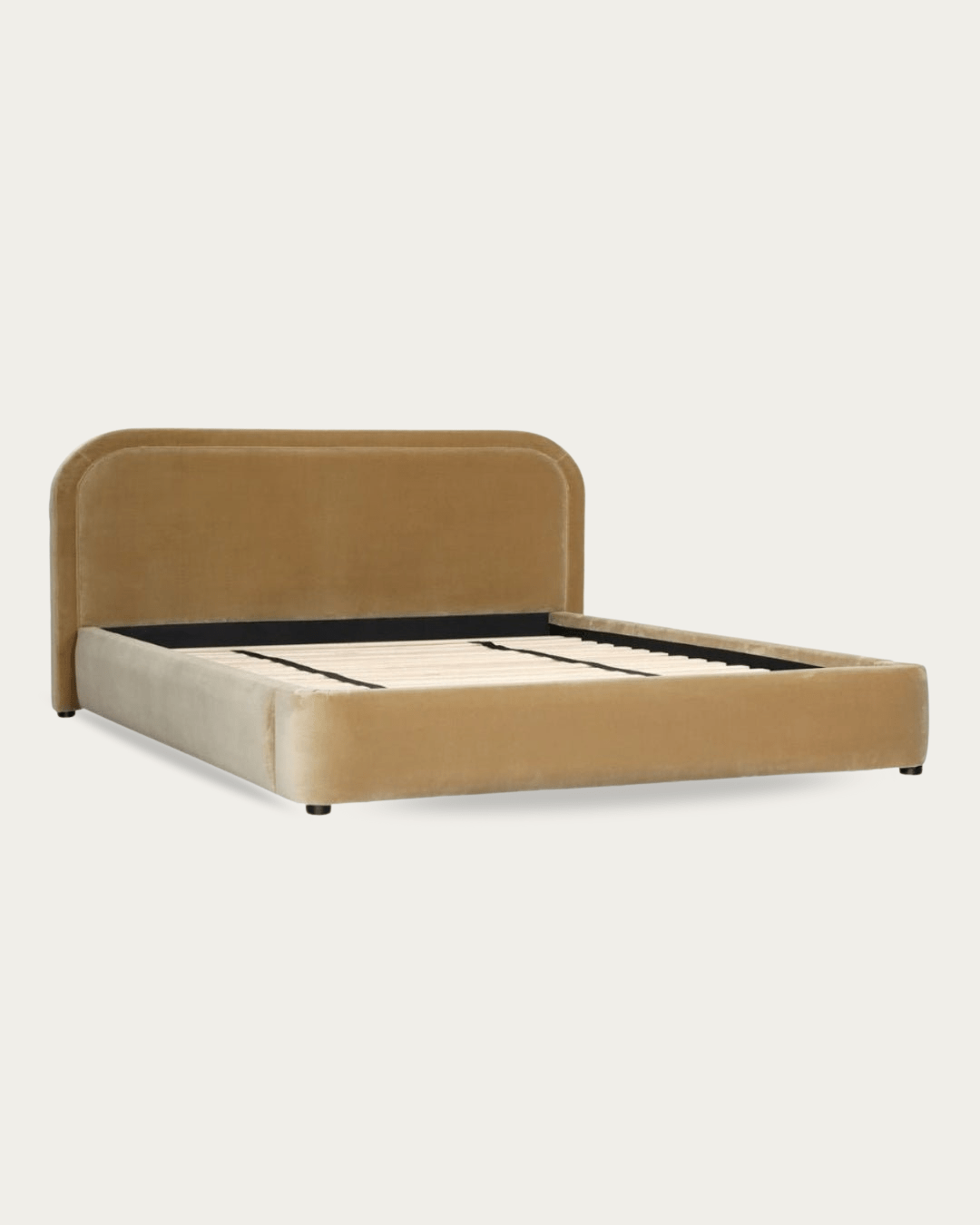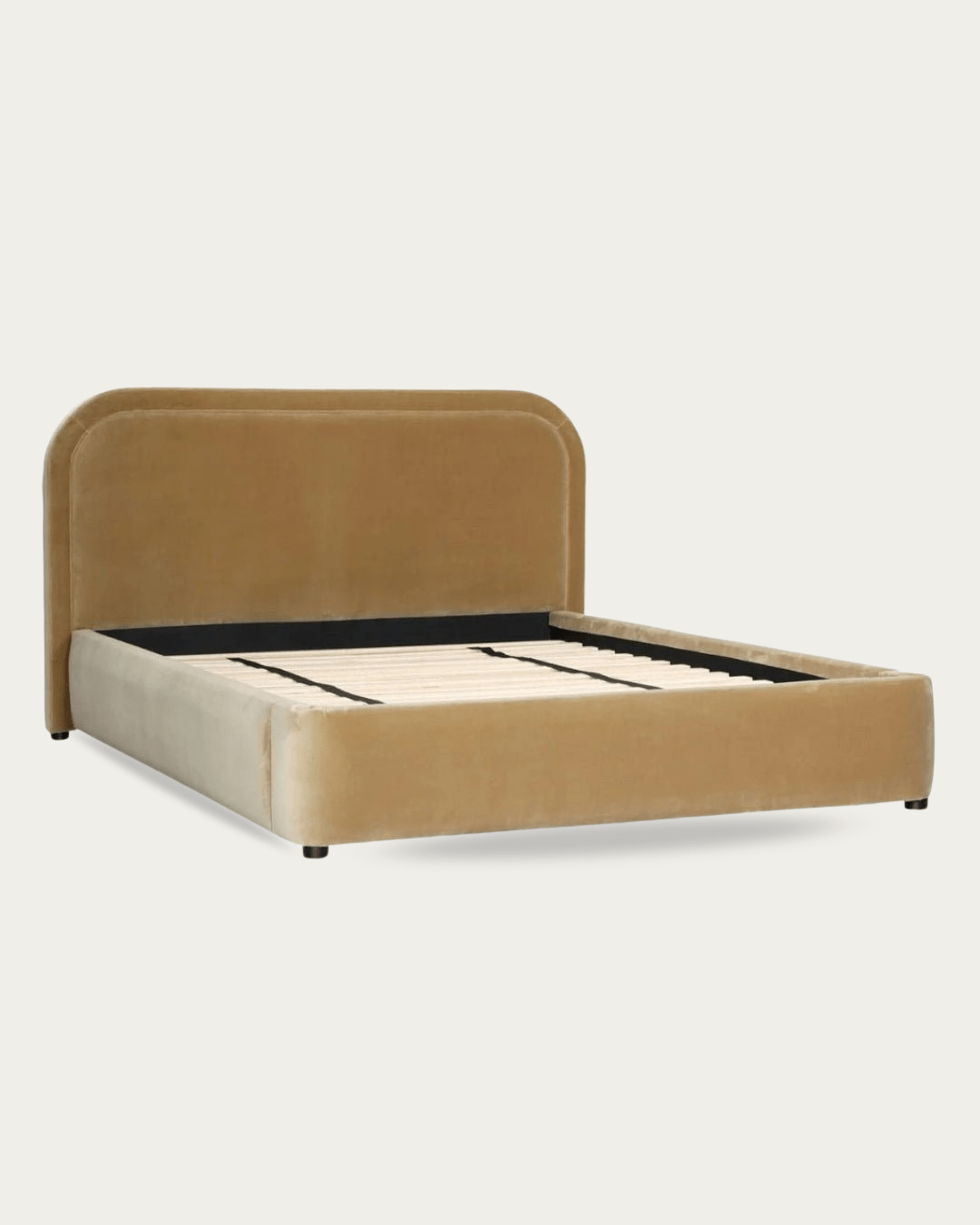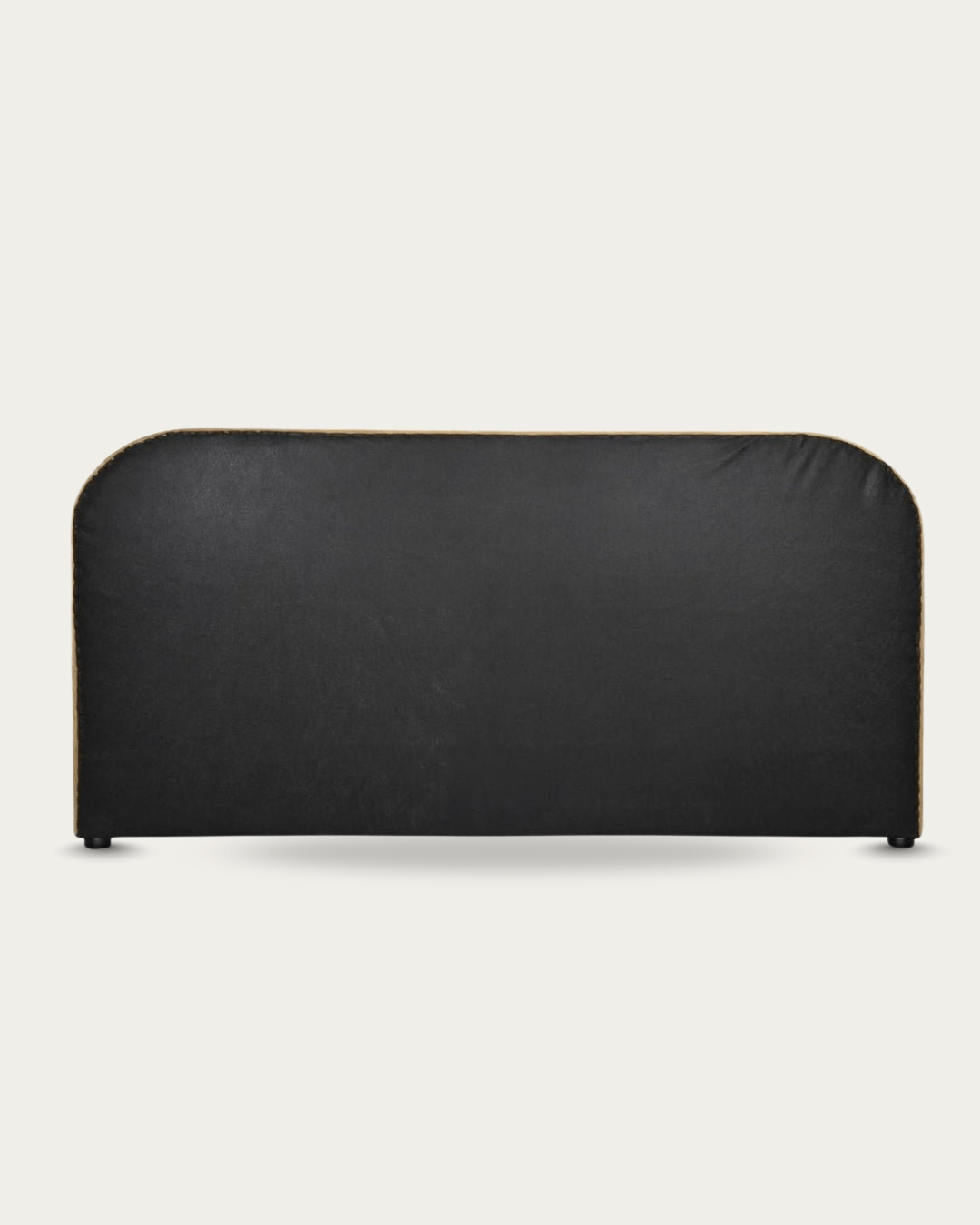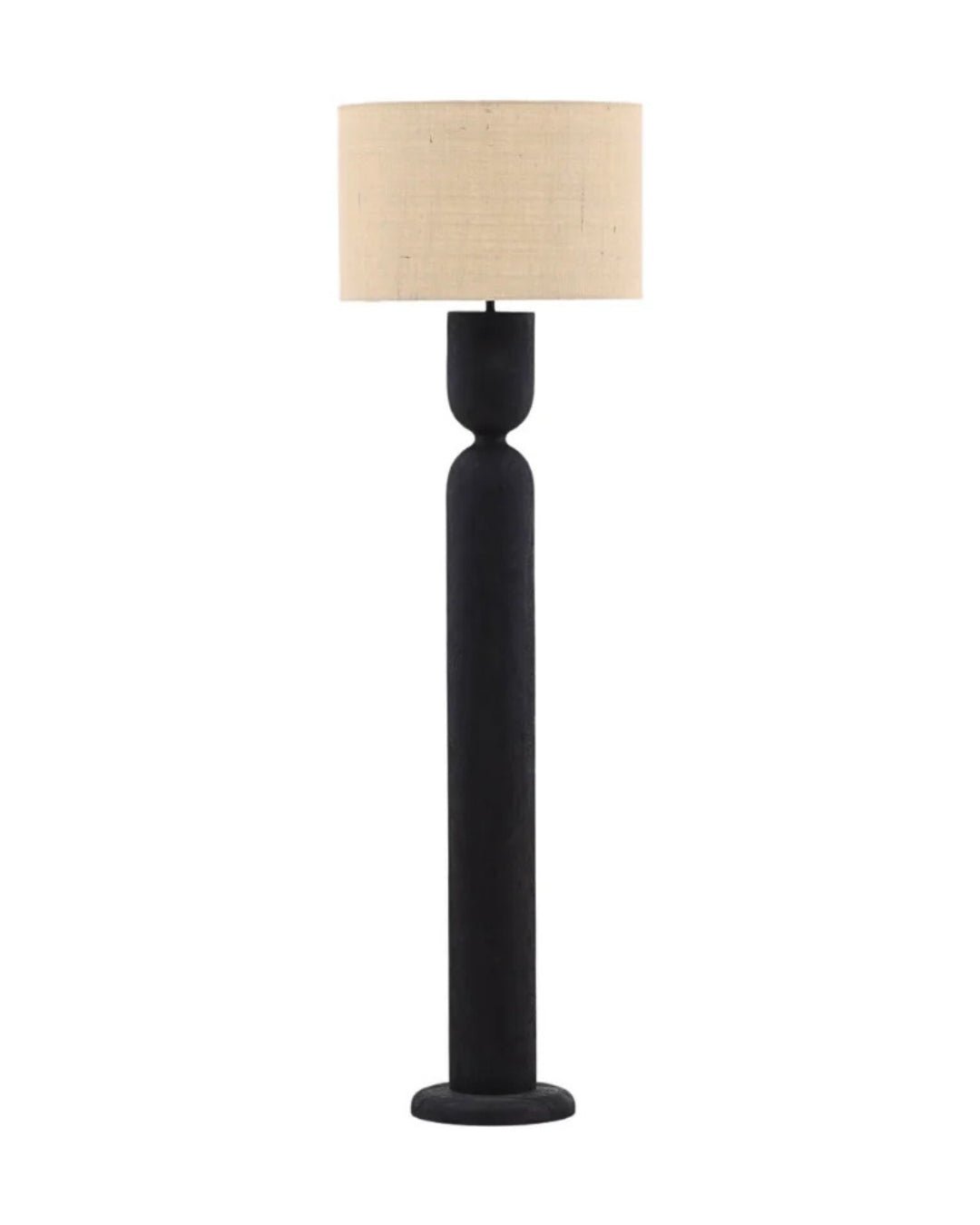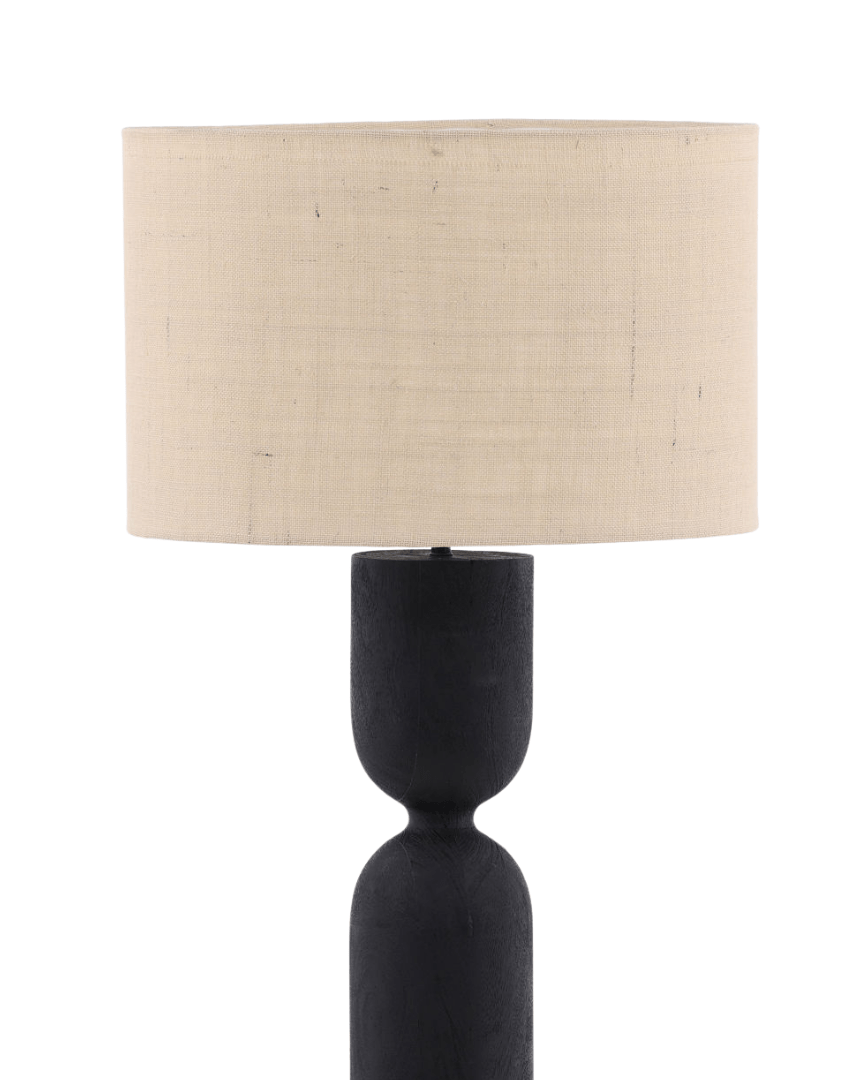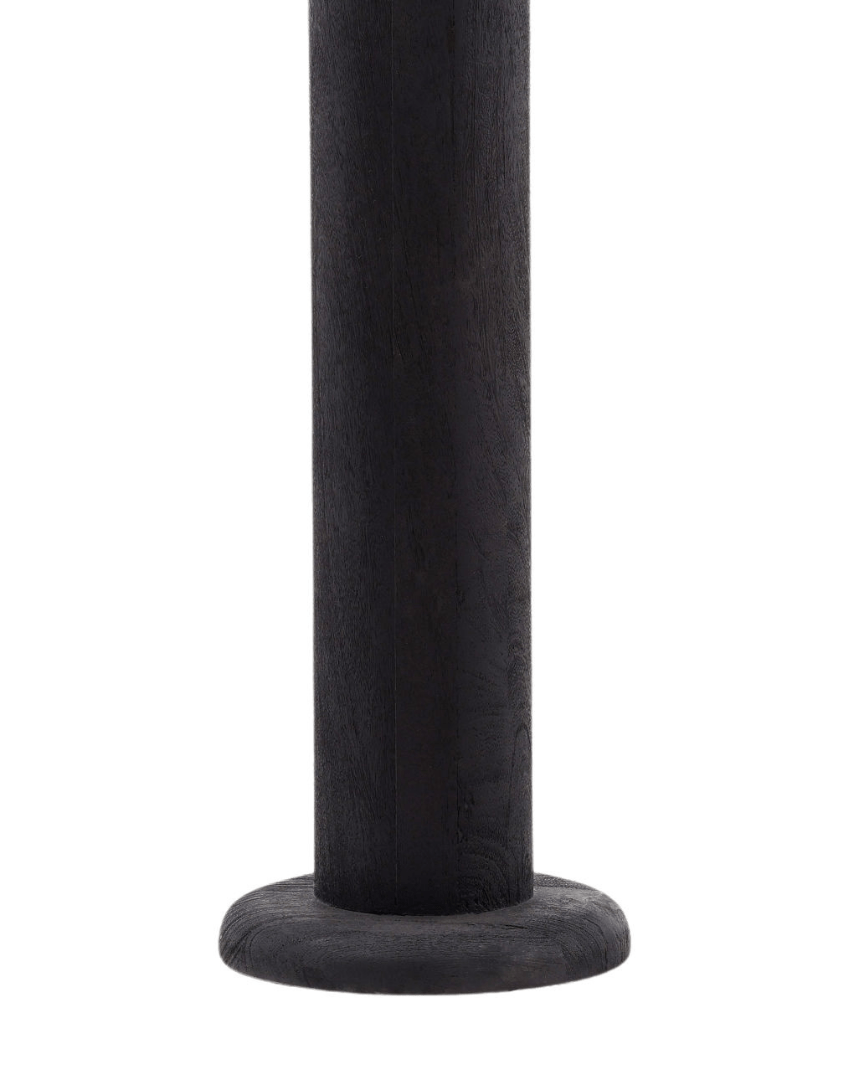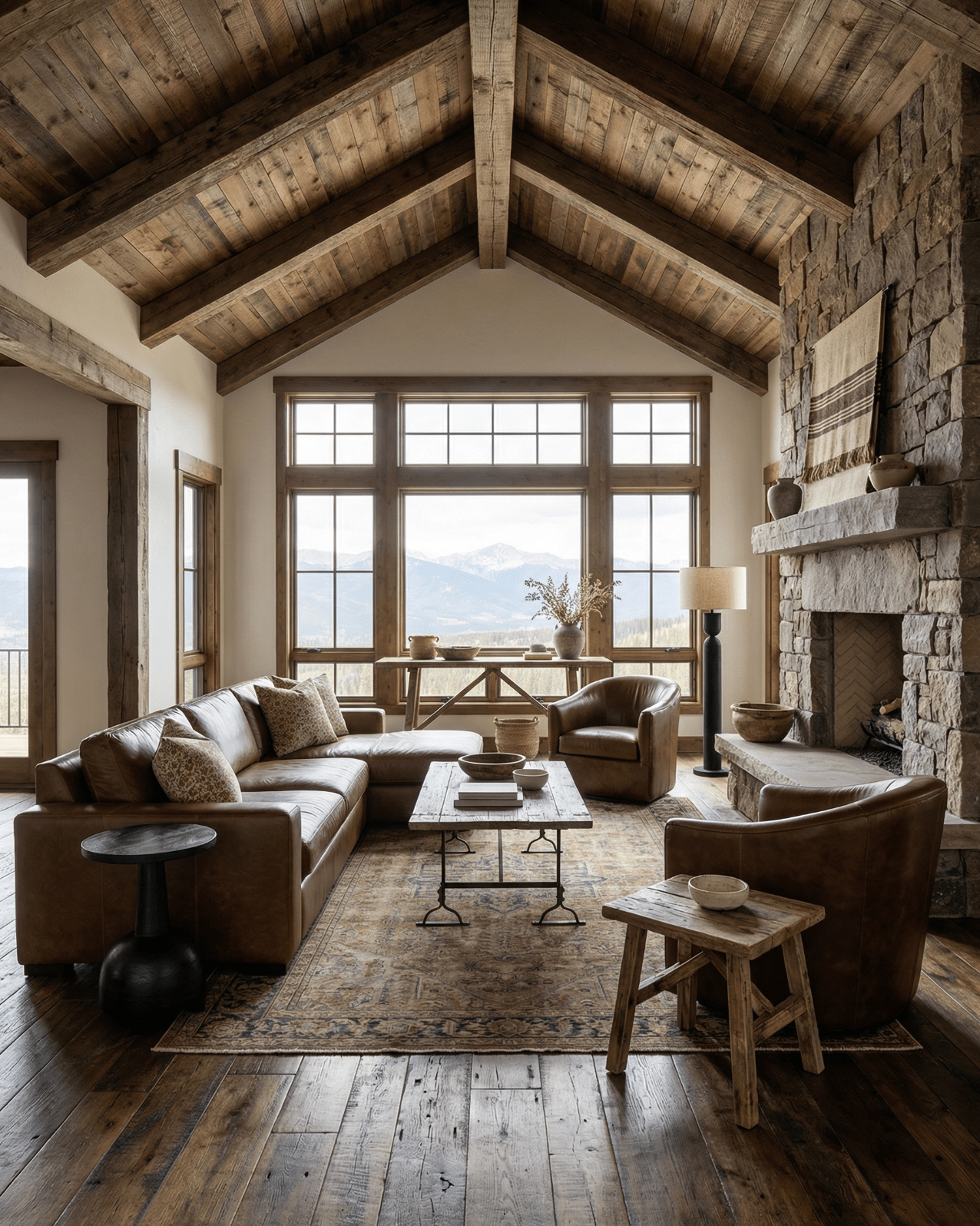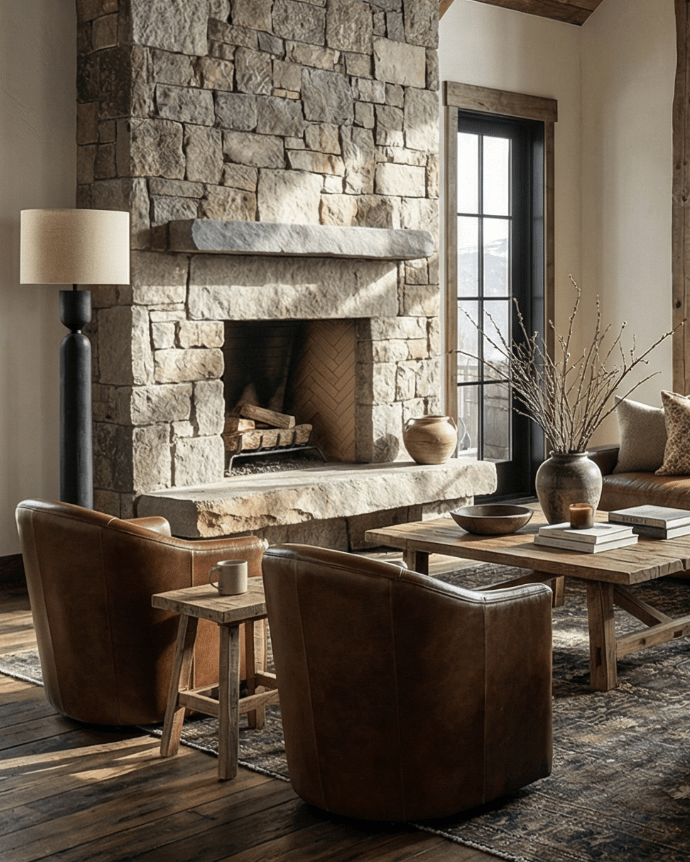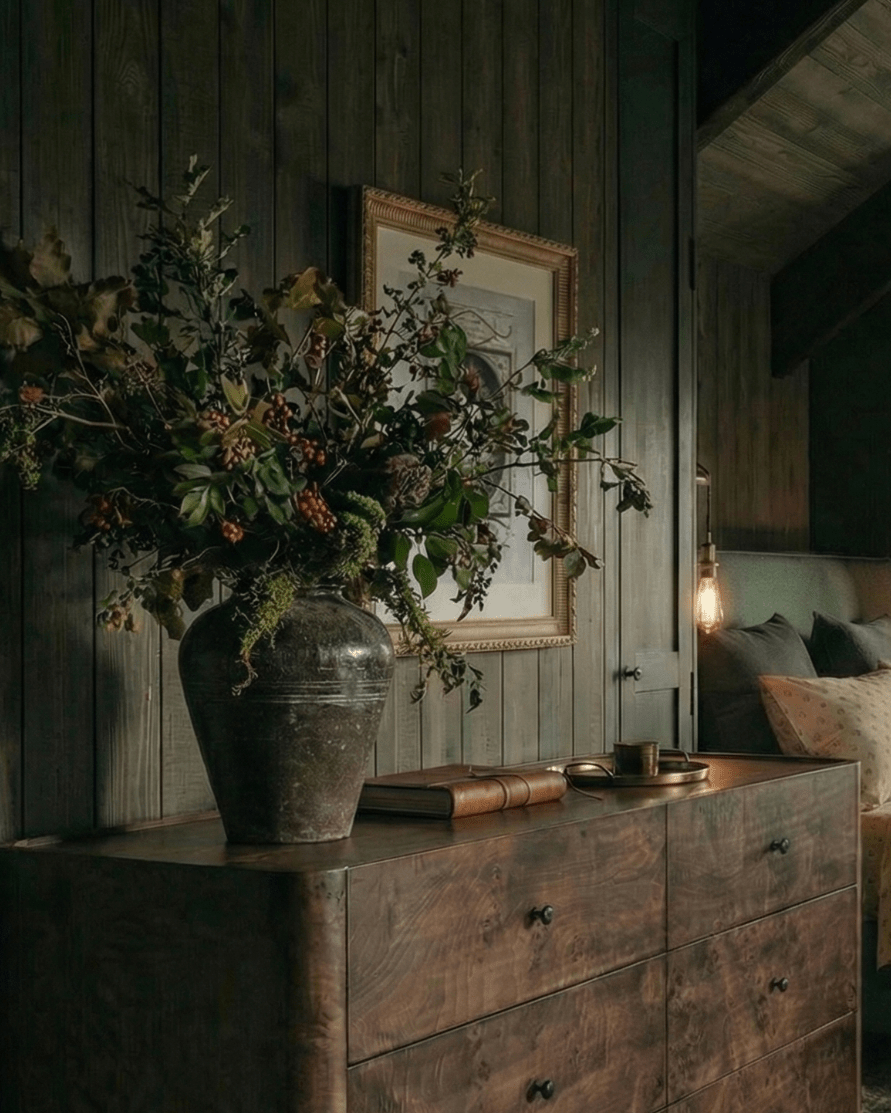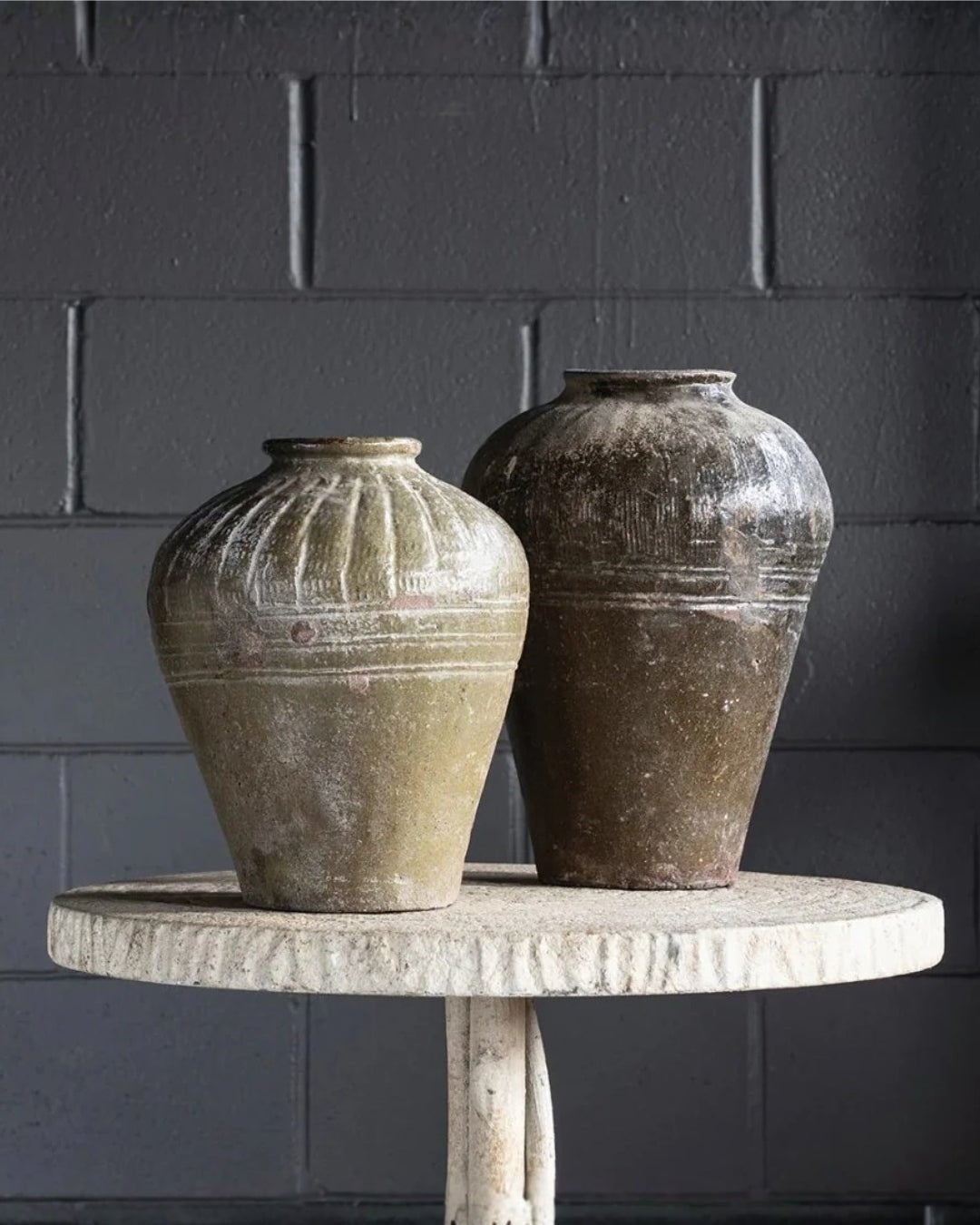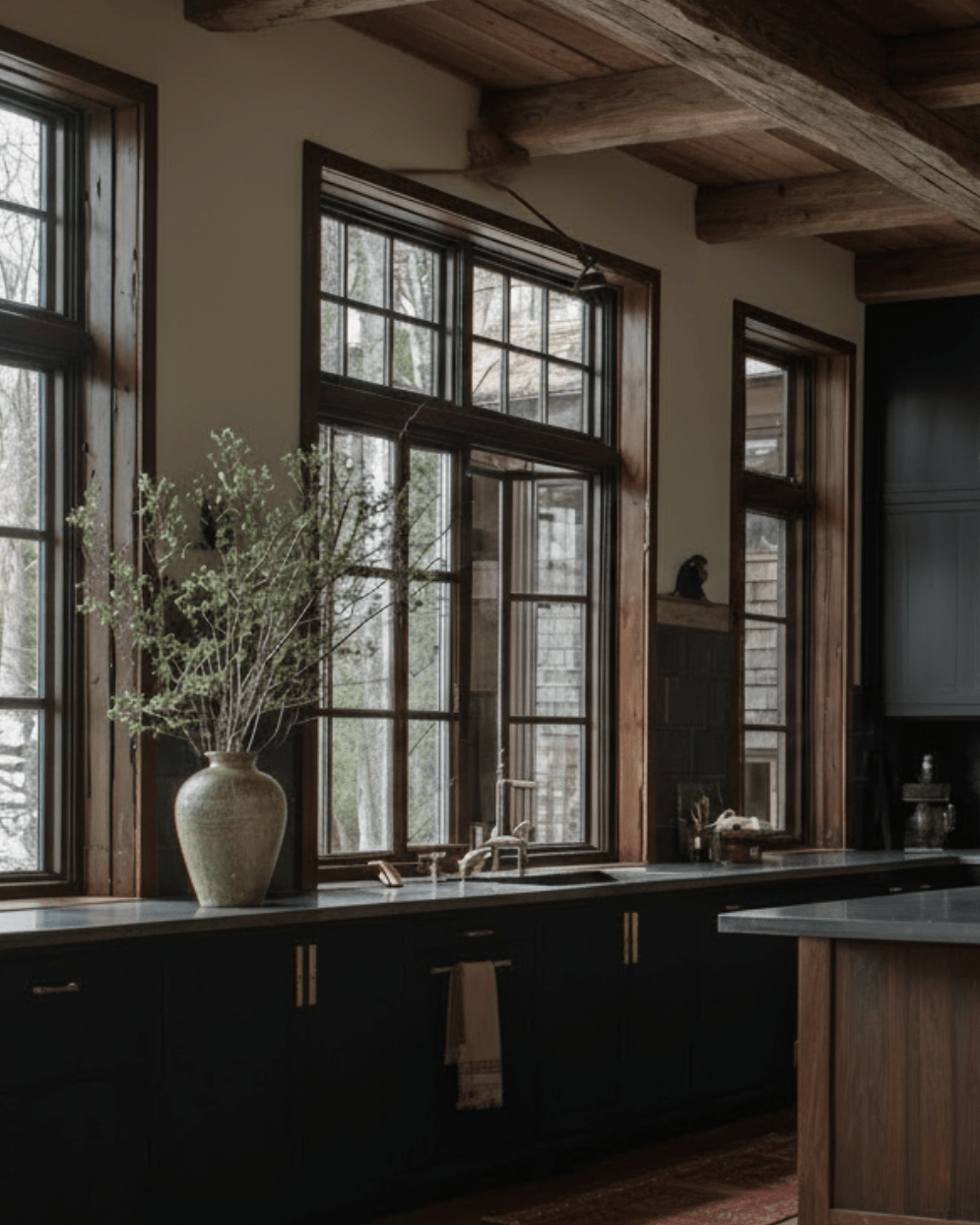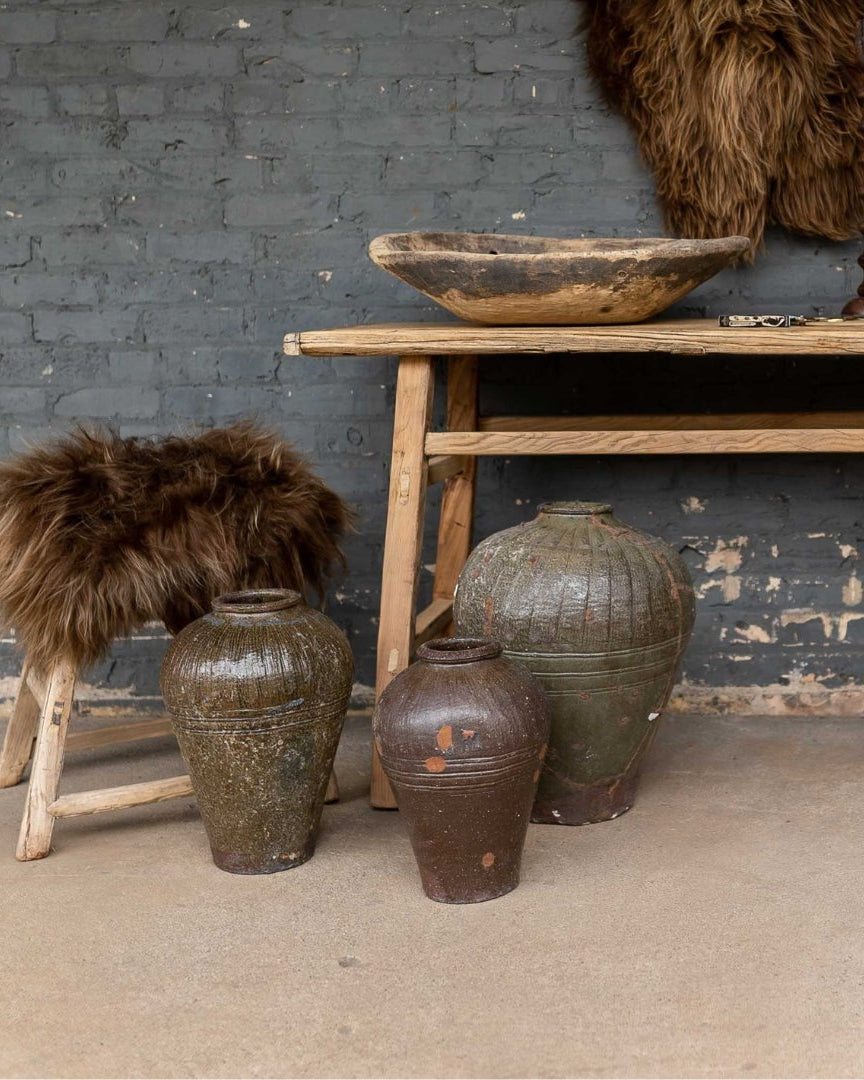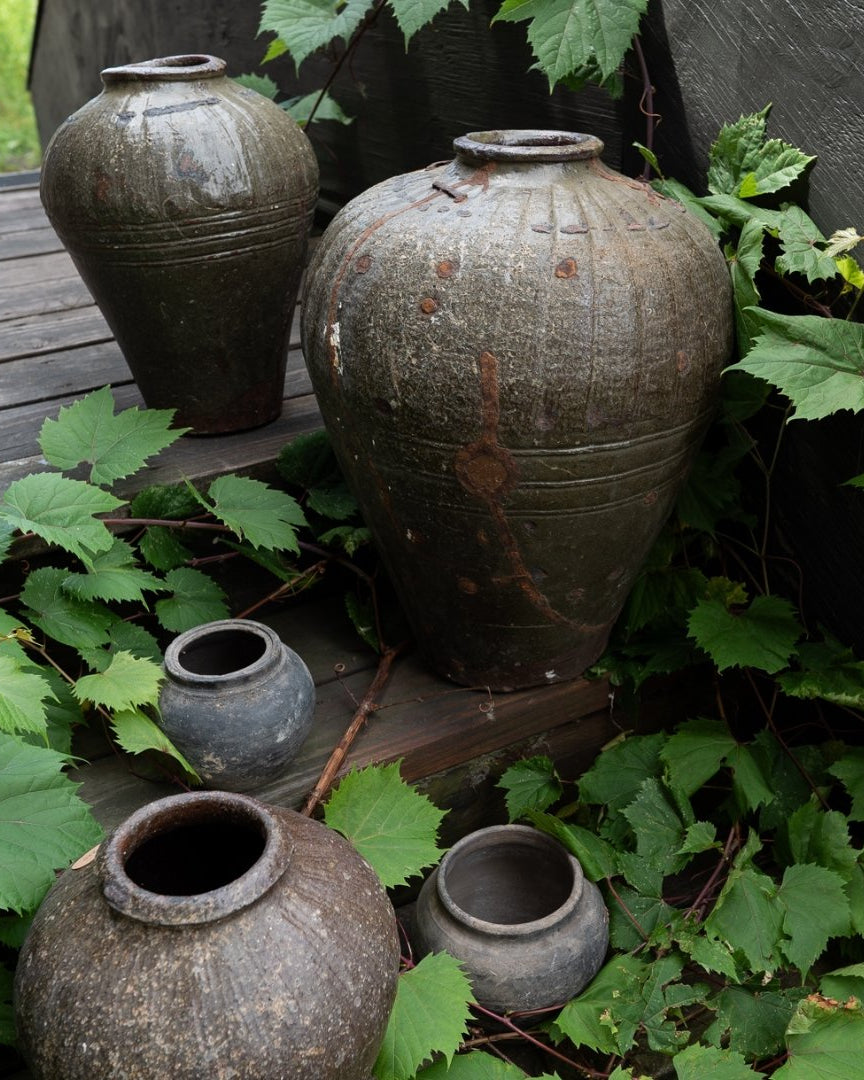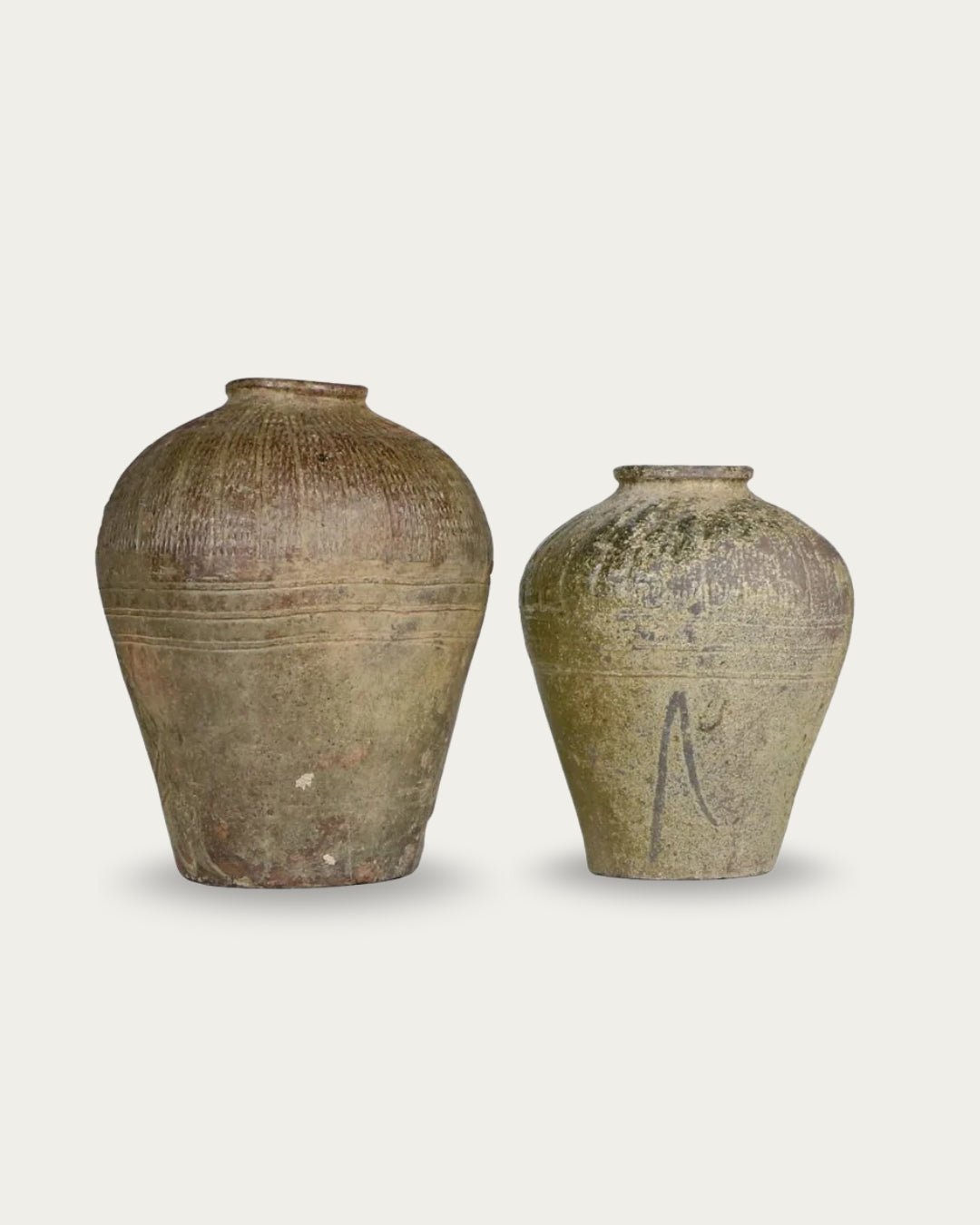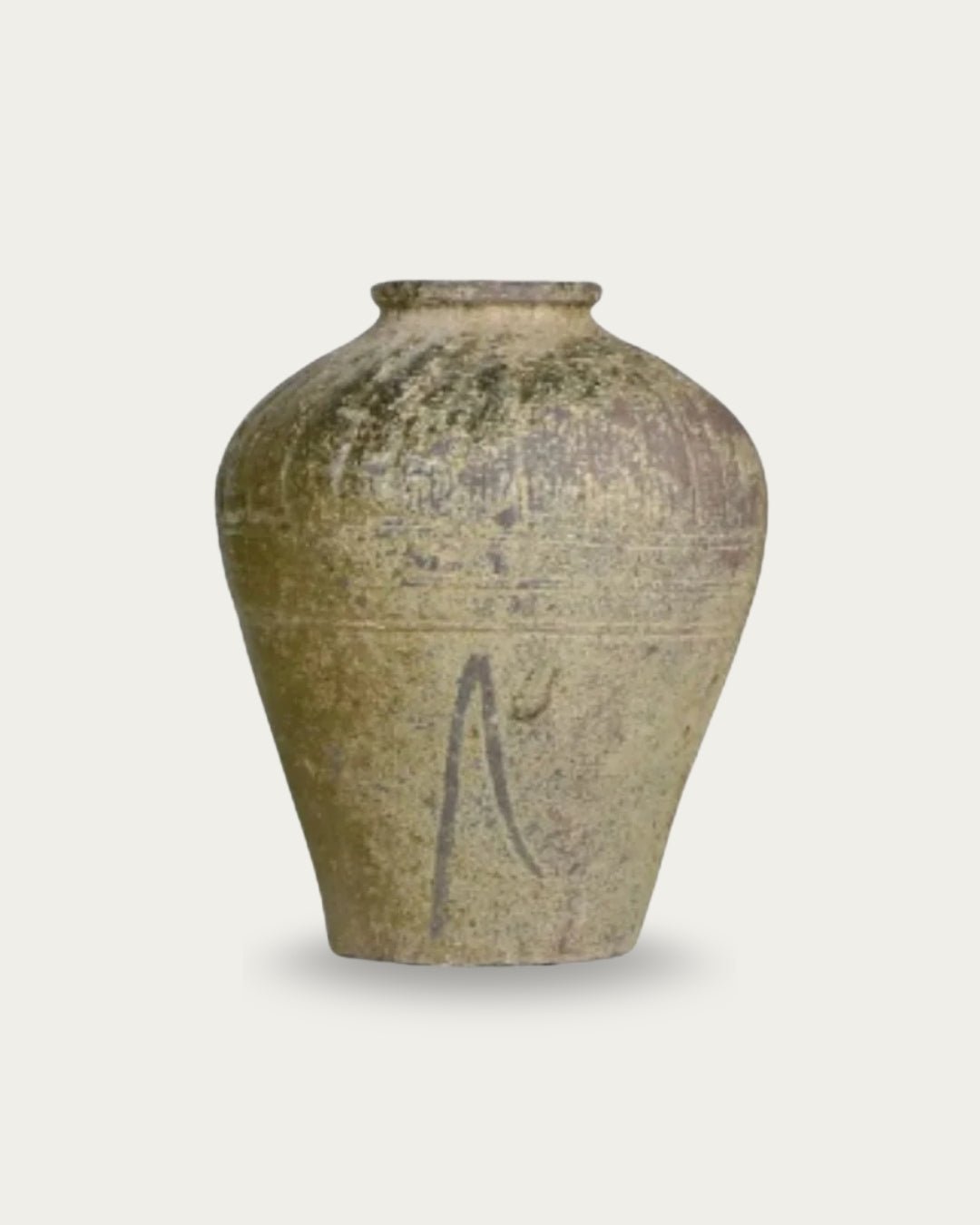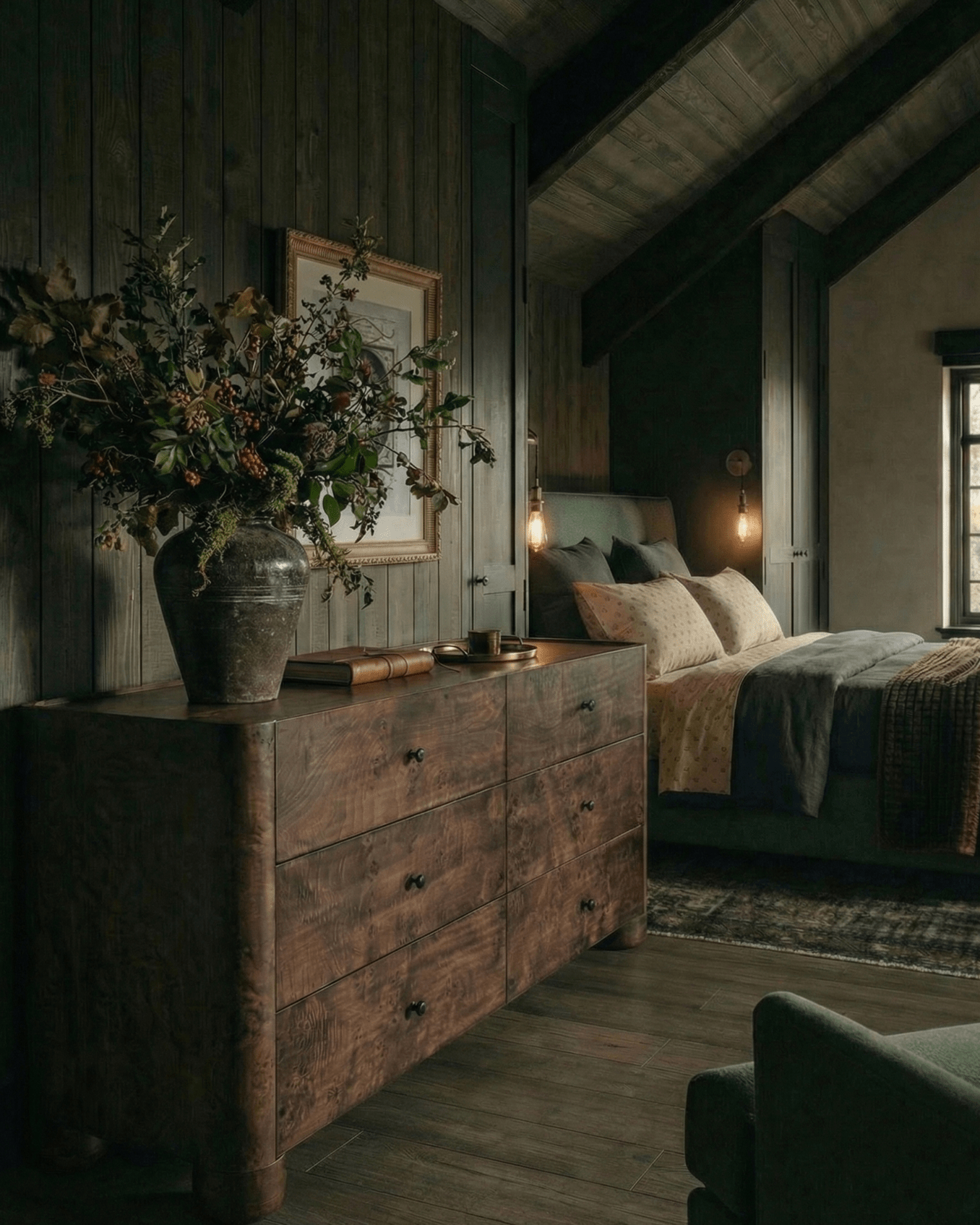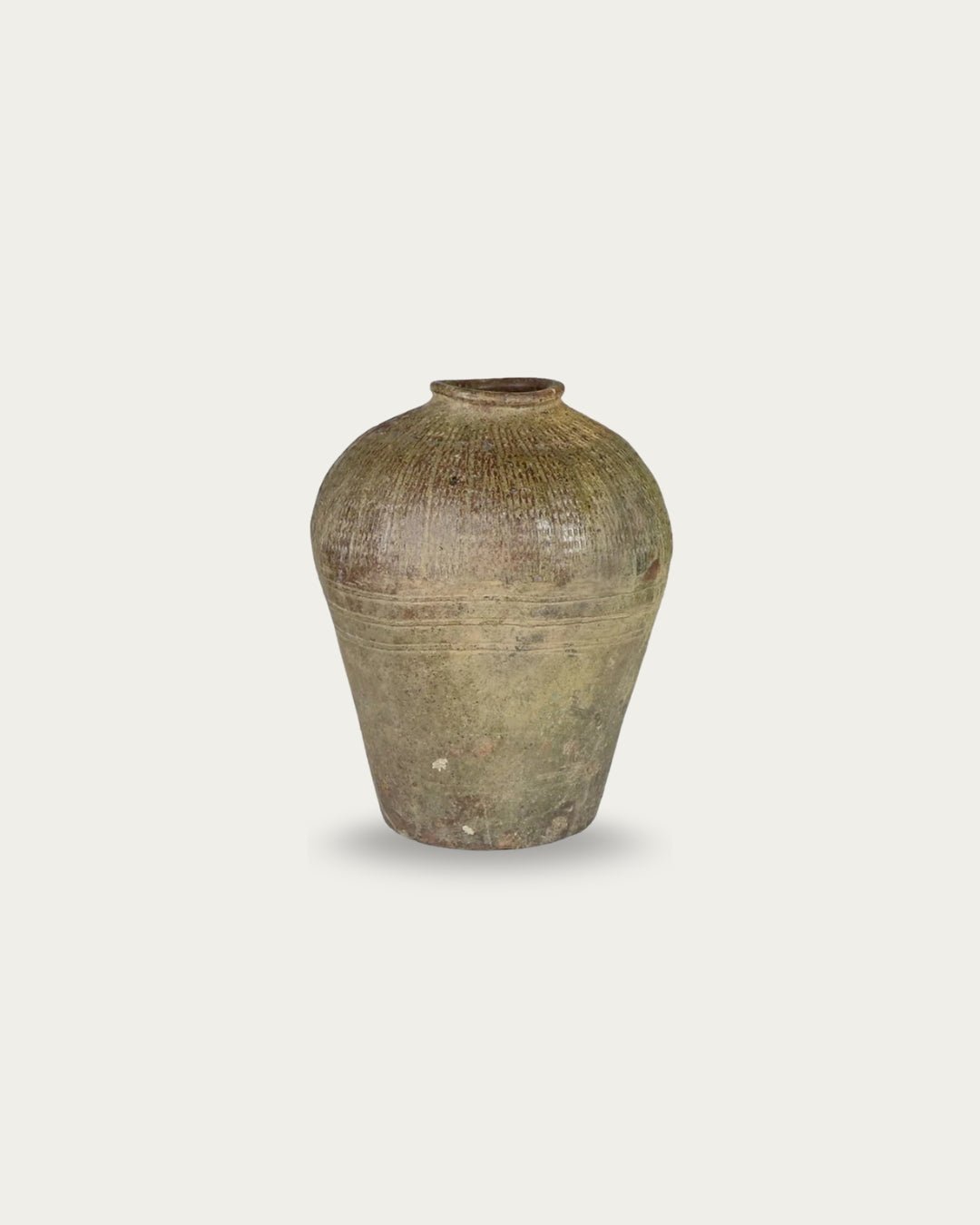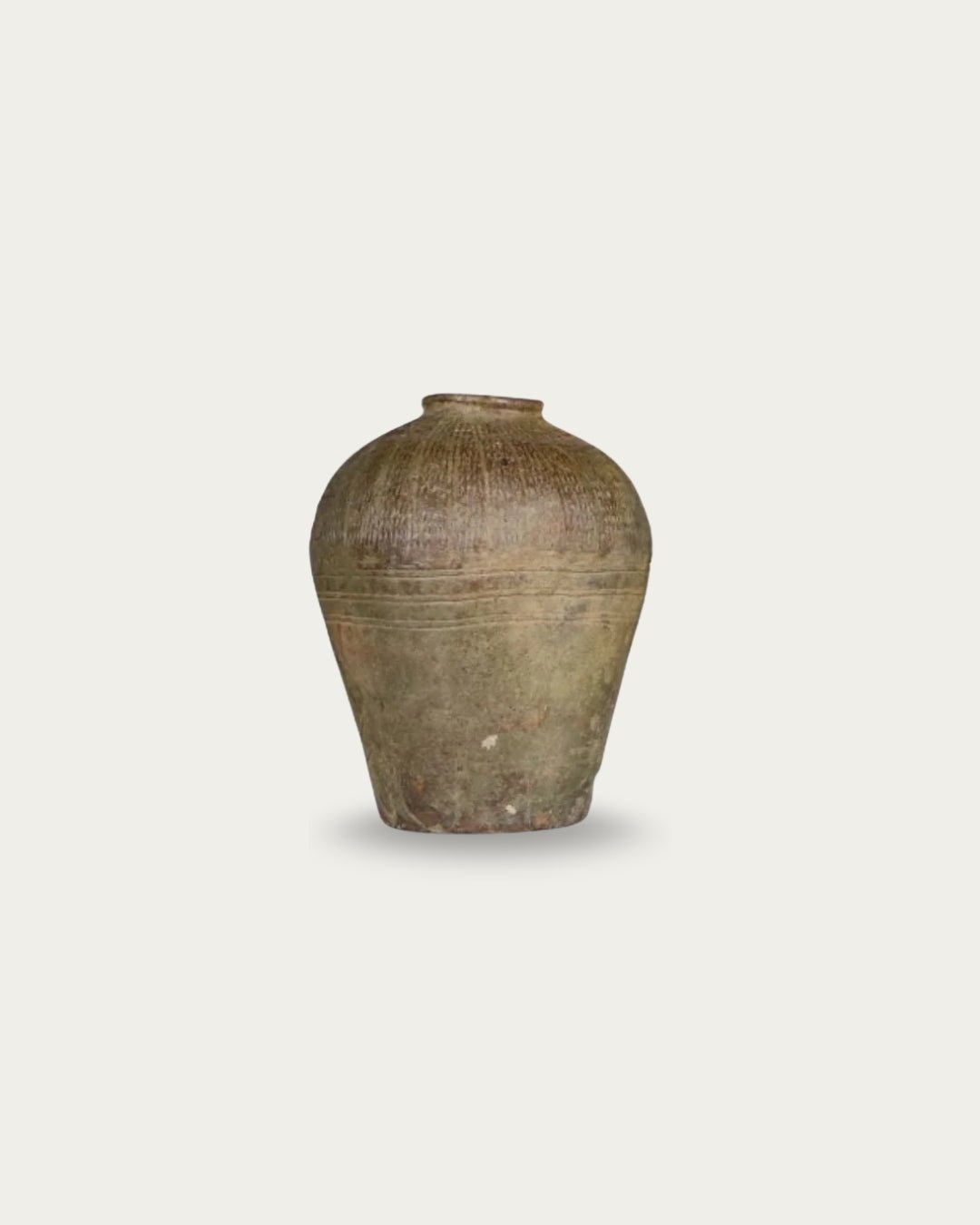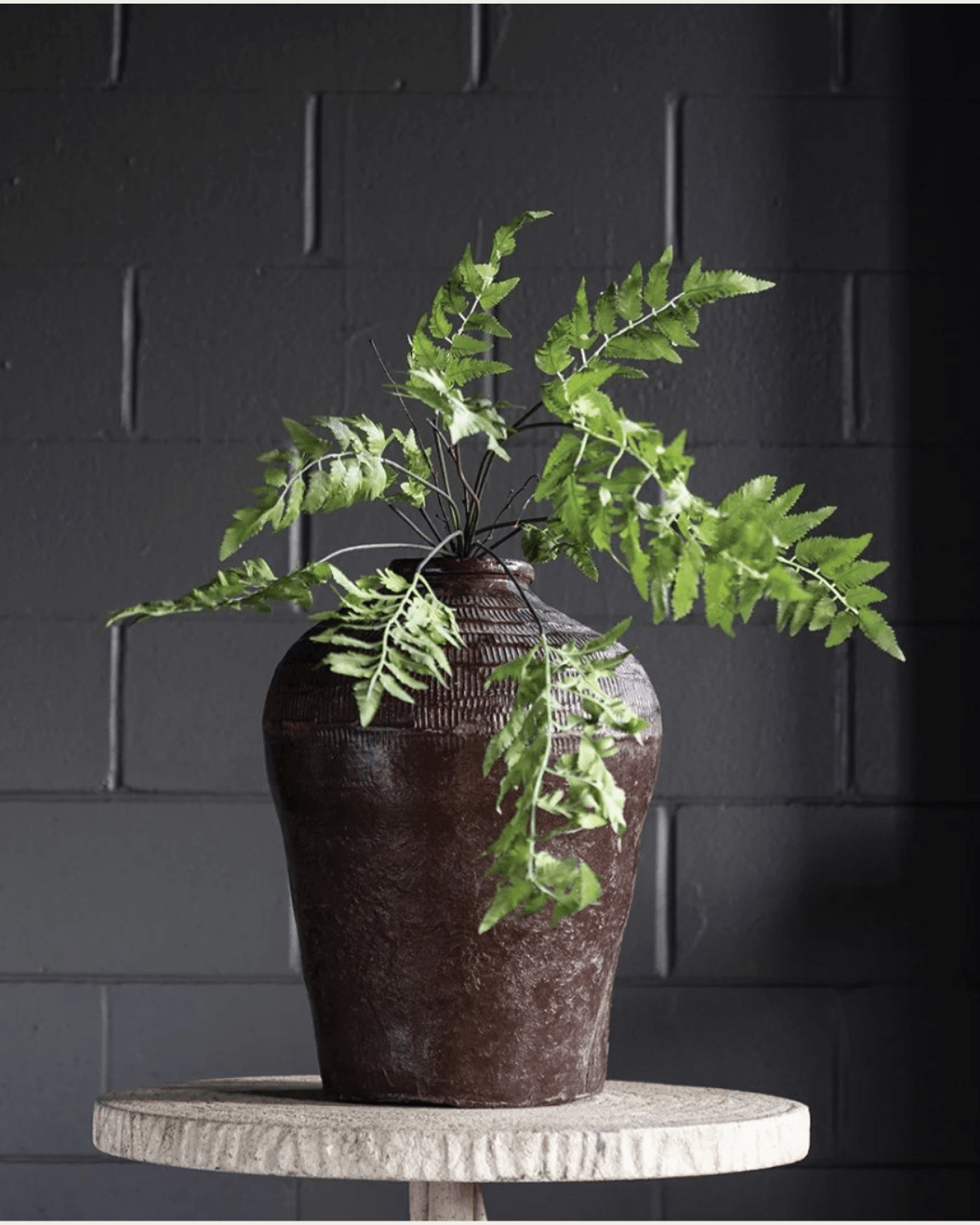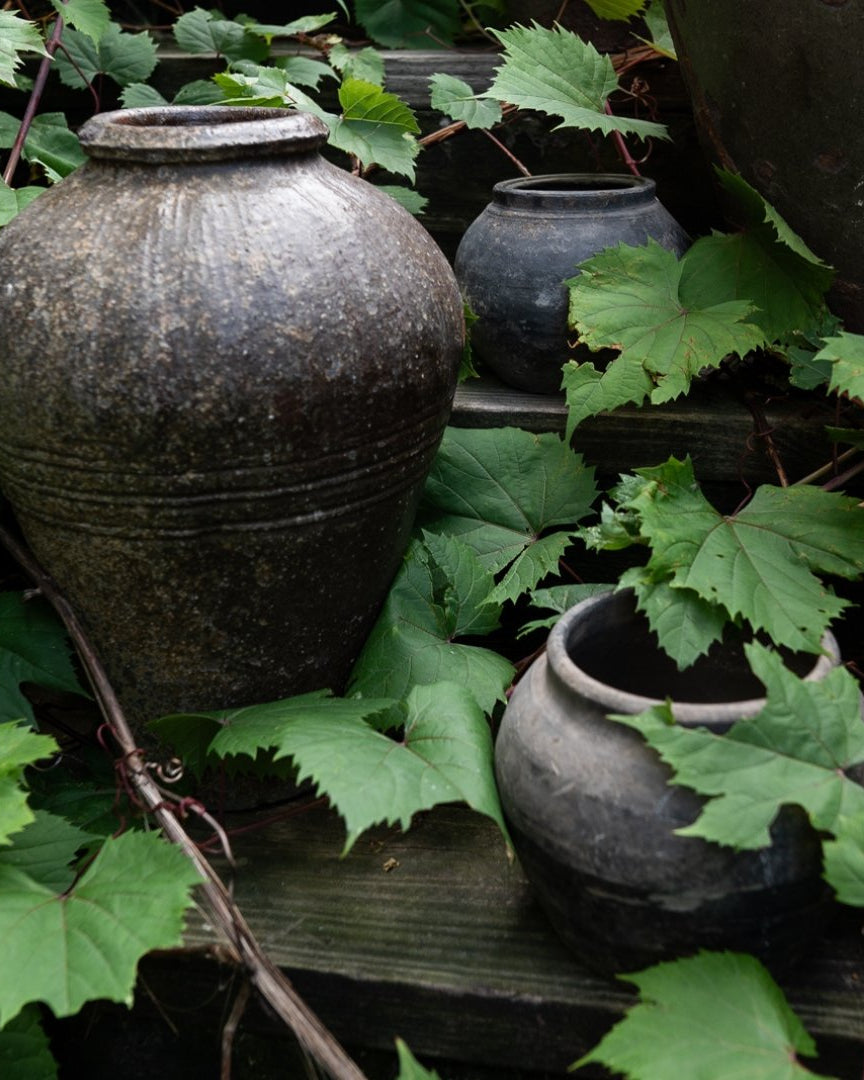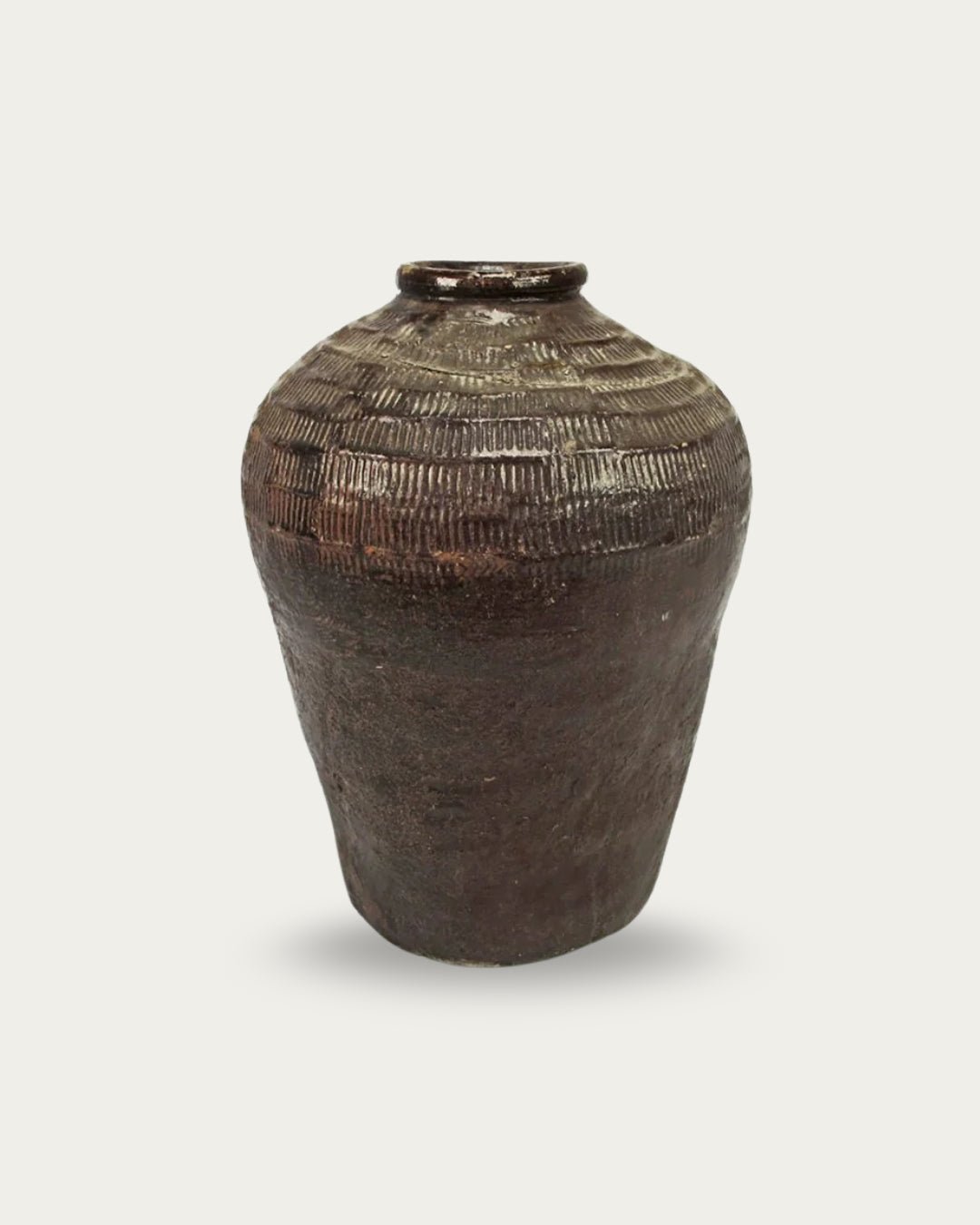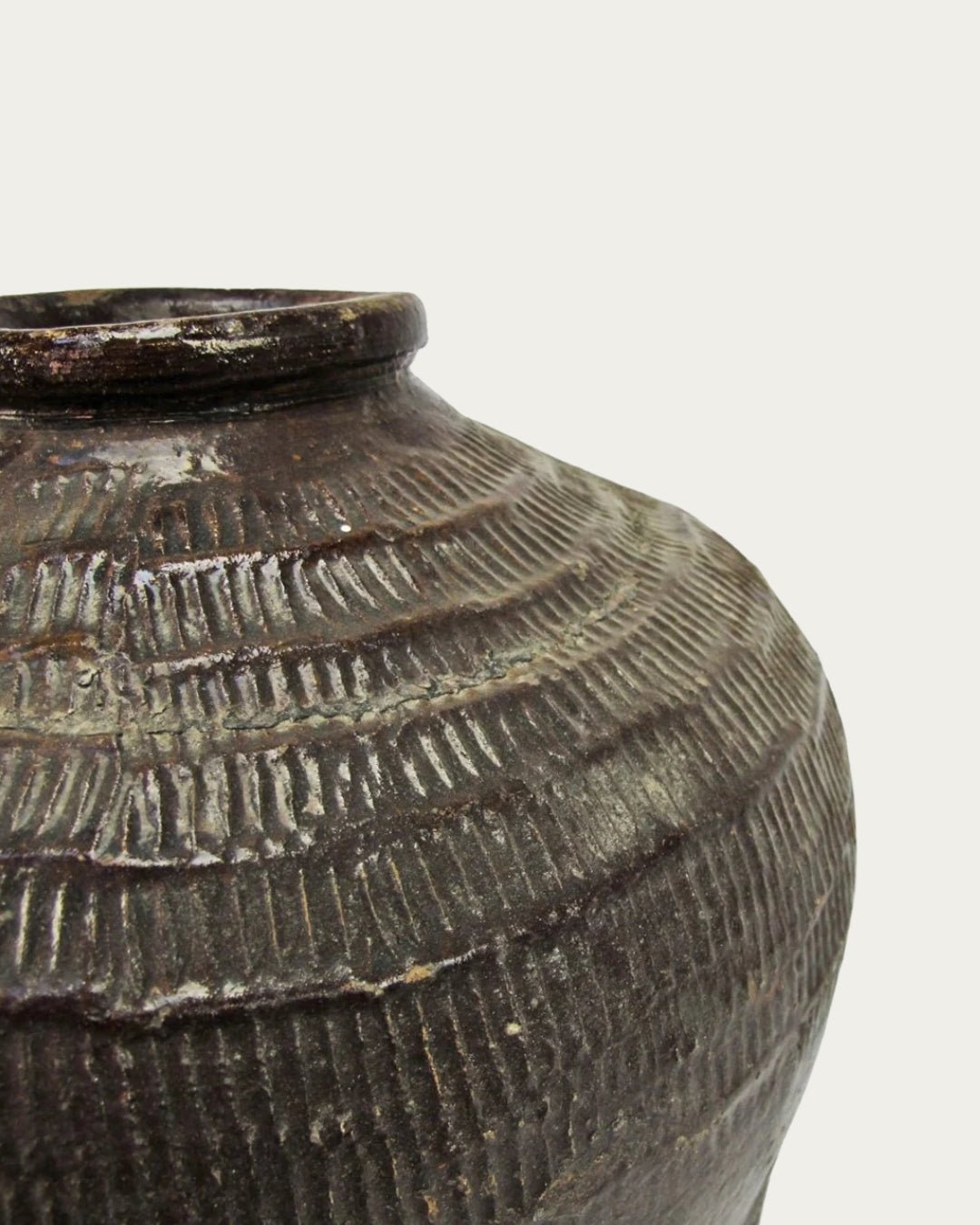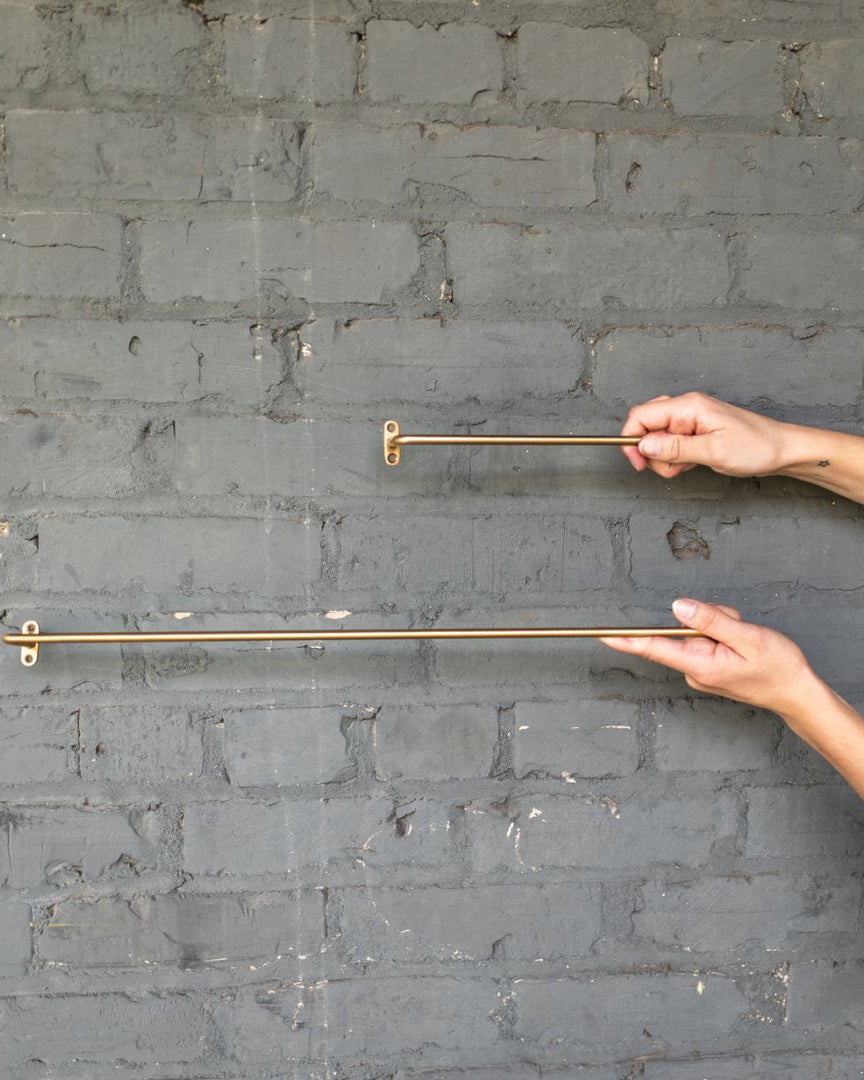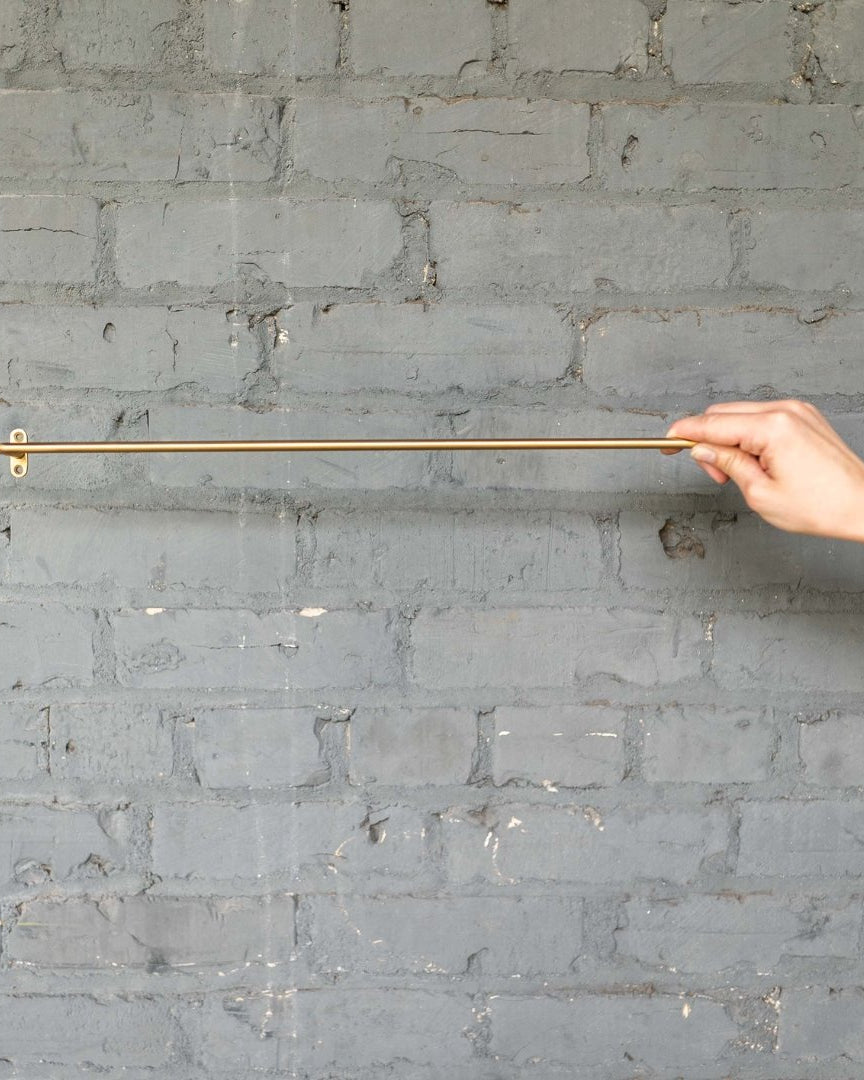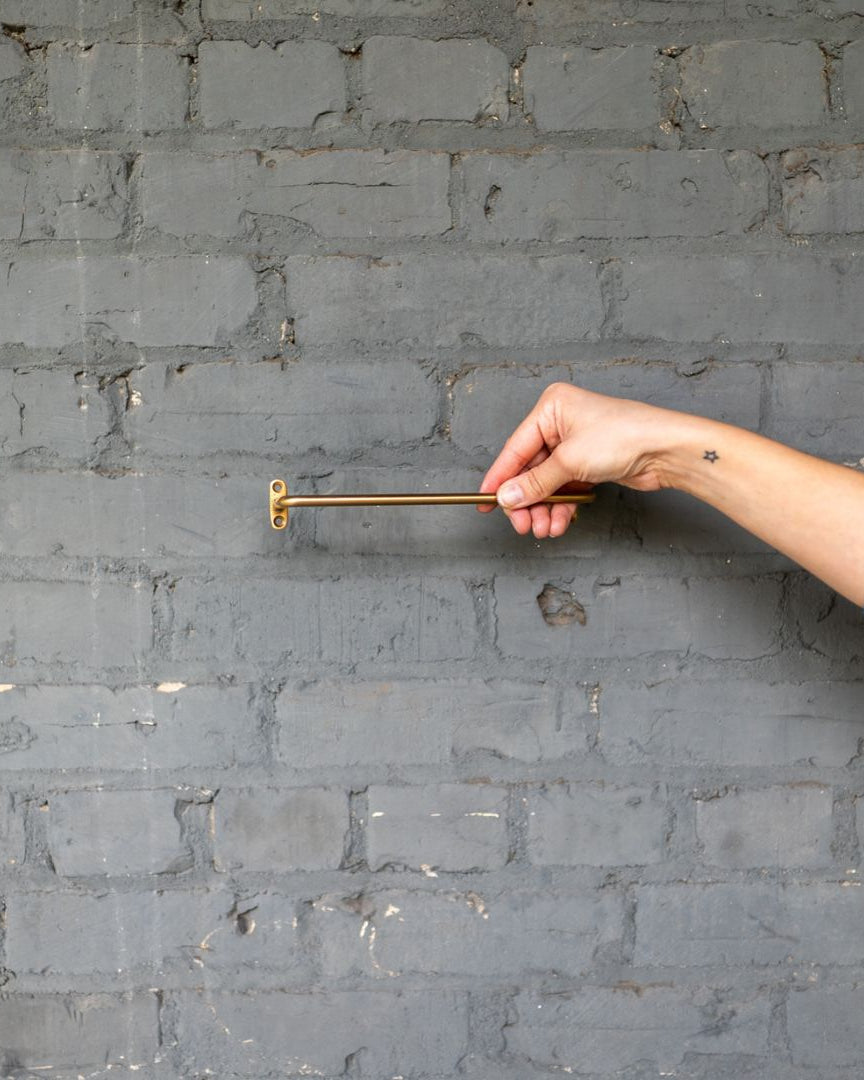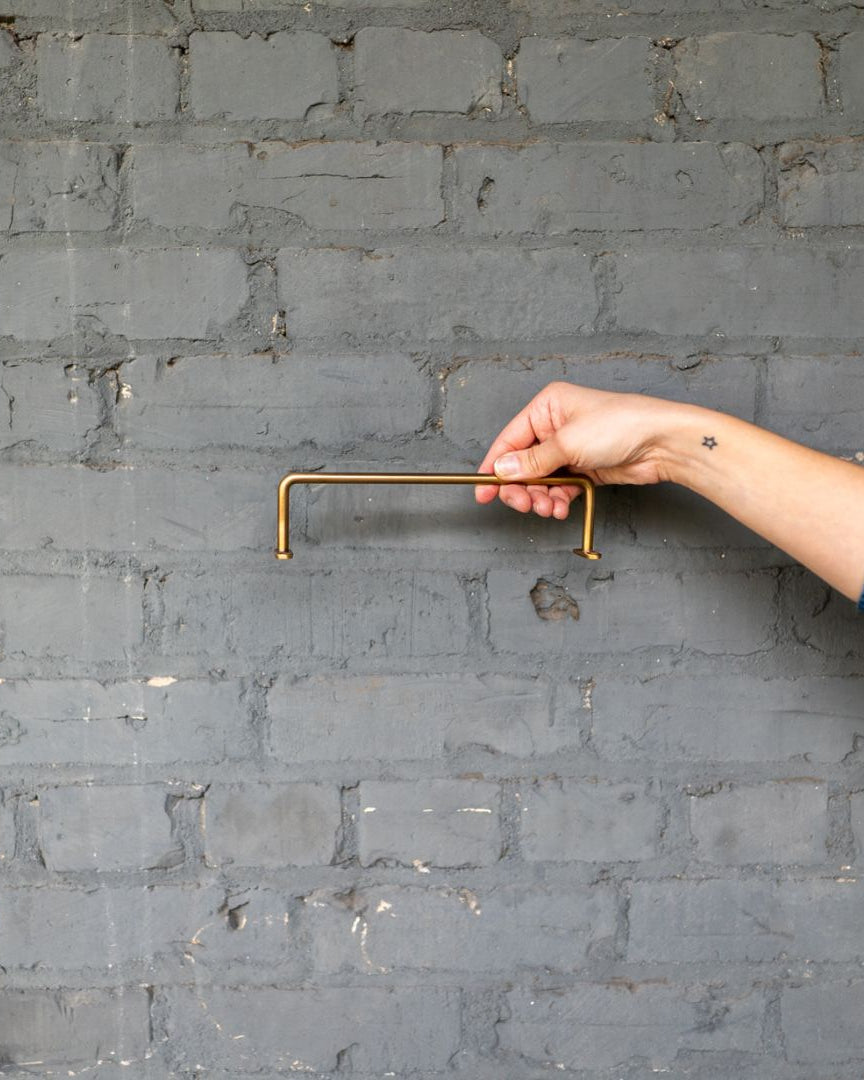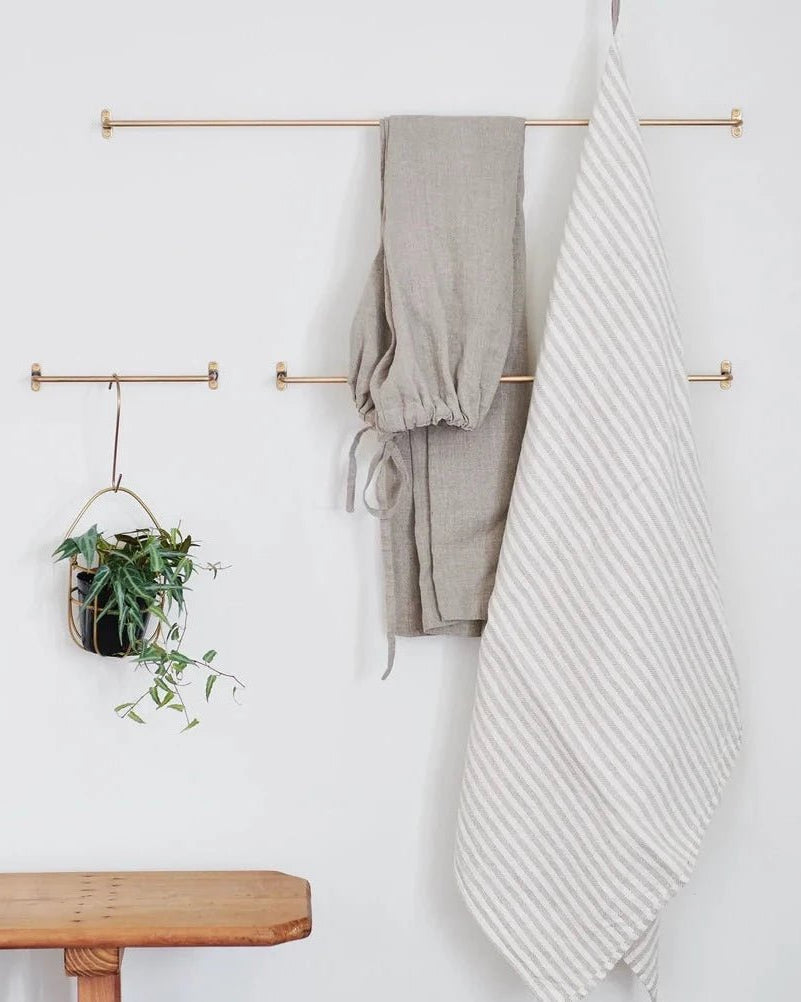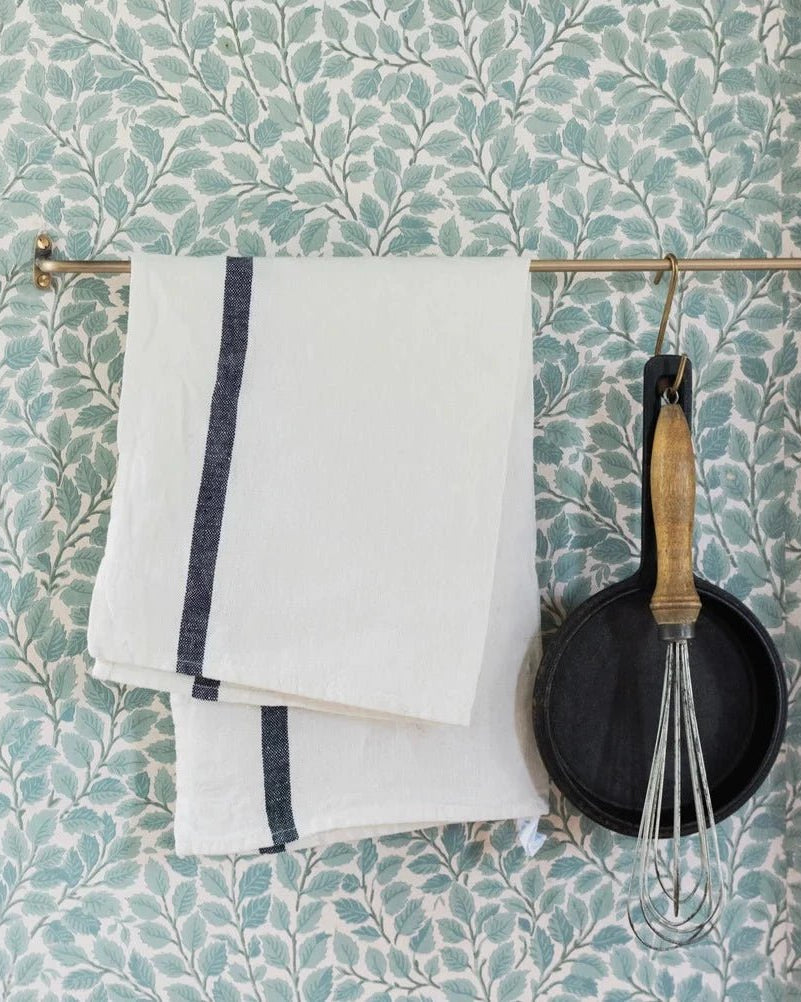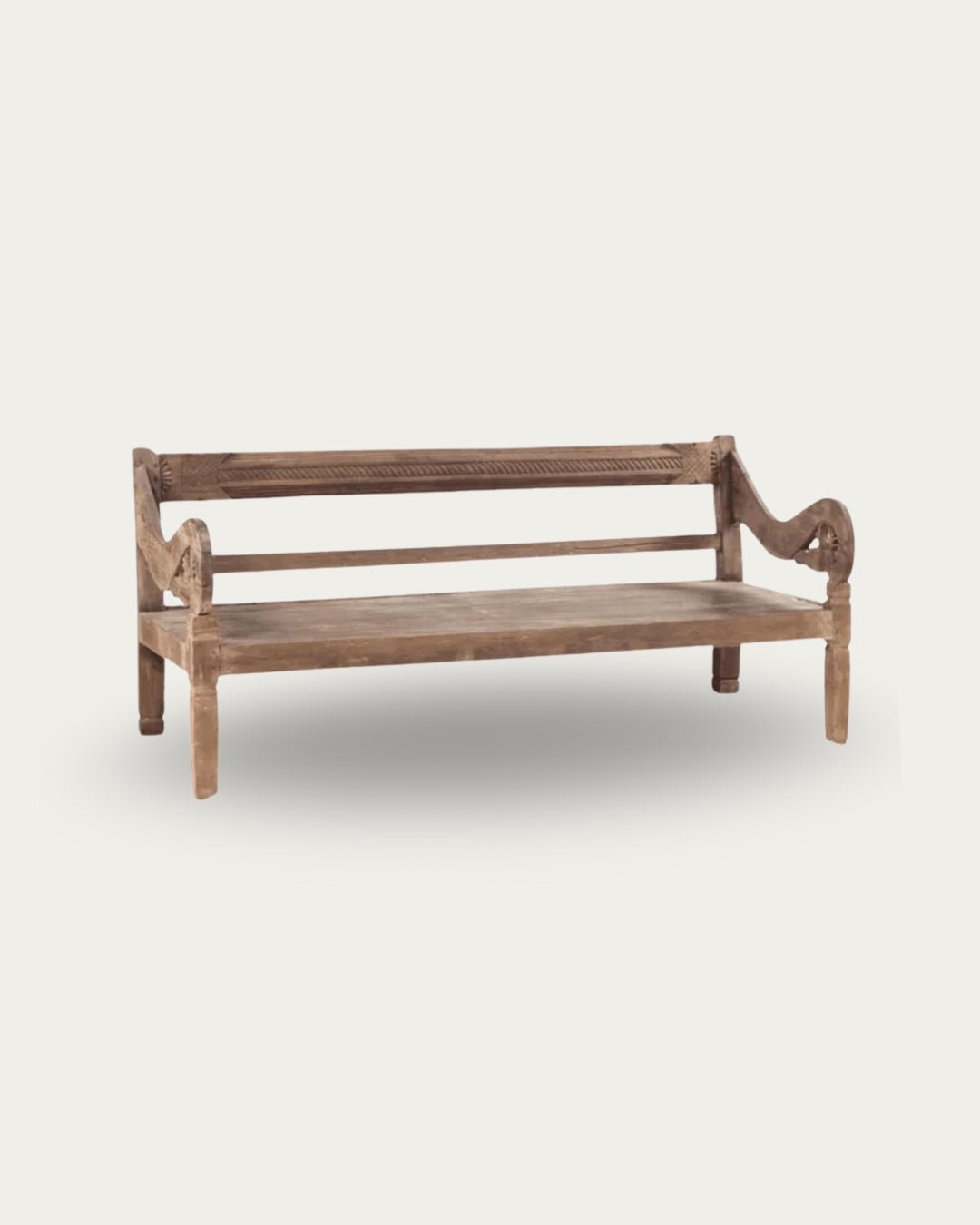Day fades, edges blur, and the air inside shifts. Overhead lighting feels too sharp, too clinical, while candles don’t quite anchor enough. That’s where the vintage table lamp steps in. Its glow is subtle, steady, and just imperfect enough to feel human. A lamp like this doesn’t flood the room—it sculpts it. Corners pull back, surfaces breathe, and suddenly the atmosphere feels different.
Explore the full table lamp collection to find pieces that anchor your nights with glow, weight, and presence
The RUTED Reason: Why Lamps Regulate
In the RUTED method, design isn’t just visual—it’s sensory architecture. A vintage table lamp regulates because it shapes rhythm and atmosphere instead of overwhelming them.
Rhythm: Pools of glow create tempo, telling the body when it’s time to slow down.
Use: Placing a lamp at a threshold, bedside, or corner builds functional rituals.
Texture: Clay, raffia, wood, and stone scatter light differently, calming overstimulated eyes.
Edges: Rounded profiles and softened patina signal safety more than sharp or glossy surfaces.
Downlight: Lamps illuminate surfaces at human scale—calm, contained, and approachable.
👉 RUTED Tip: Swap one overhead bulb for a vintage table lamp in a key room. You’ll feel the nervous system shift within minutes—breathing slows, shoulders drop, and the space feels gentler.
The Science of Soft Light
This isn’t just intuition. Research confirms the regulating power of soft glow.
A 2021 study in Building and Environment found that natural textures like clay, stone, and wood reduced cortisol levels by up to 15%, lowering stress response in participants.
In Frontiers in Psychology (2019), warm light under 3000K was linked to increased parasympathetic activation—the branch of the nervous system responsible for “rest and digest.”
A 2020 study in the Journal of Environmental Psychology showed that directional, low-level lighting (like that from table lamps) reduced cognitive load compared to uniform overhead light, making spaces feel safer and more restful.
Science confirms what good design already knows: glow, not glare, is the body’s preferred signal after dark.
The Clay Pot Table Lamp: Earth as Regulator
Clay has weight that reads before you even touch it. A clay pot table lamp grounds space with permanence. Its micro-textured surface diffuses light, scattering glow softly instead of bouncing it back like chrome or glass.
The Cunmin clay pot table lamp shows this clearly—an oversized base with glaze runs and subtle cracks. When lit, these irregularities scatter glow unevenly, producing shadows that feel alive. The imperfection isn’t a flaw; it’s a regulator.
RUTED Tip: Imperfection calms. Lamps with hairline cracks, weathered glaze, or patina scatter light more softly than flawless finishes.
The Nervous System in Shadows and Warmth
Shadows are part of the nervous system’s language. They reduce visual stimulation by letting parts of the room recede. Warmth is the other half—color temperatures below 3000K cue circadian systems that it’s safe to wind down.
The Norne table lamp, with its travertine base, adds another regulator: weight. Stone bases carry permanence, each chip and vein a signal of durability. Neuroscience calls this “material trust”—imperfections that read as safe and lived-in.
Together, shadows, warmth, and weight create a physiological anchor.
Memory, Patina, and Familiarity
Why does a vintage table lamp feel different from a modern one? Memory. Patina, softened edges, or a clay base worn by decades of use carry a story. The brain reads these as familiar, and familiarity lowers arousal. It’s recognition at a sensory level.
The Atmosphere a Vintage Table Lamp Creates
Light is everywhere—street lamps, screens, overheads. But glow is rarer. A vintage table lamp doesn’t try to erase darkness; it works with it. Glow softens edges, slows breathing, and makes a room feel lived-in rather than staged.
Shadows aren’t absent; they’re texture. A clay pot table lamp scatters glow unevenly, throwing warm, irregular shadows across the wall. The atmosphere lives in that imperfection. Antique handles, softened glaze, and a linen shade shape the light as much as the bulb does.
Lamps are both accent and anchor. A vintage table lamp on a console steadies the threshold between outside and in. By the bed, it signals rest. In a living room corner, it bridges the gap between sofa and wall, finishing the composition and grounding the flow.
RUTED Tip:Place lamps where transitions happen—bedsides, entry consoles, or corners—to signal rhythm shifts in your day.
Lamps Across the Home: Zones of Ritual
Bedside Glow
By the bed, a vintage table lamp signals transition. Reading beneath glow steadies the eyes and slows the body. Switching it off closes the day.
Living Room Rhythm
In larger rooms, lamps finish compositions. Without them, even the best sofa feels adrift. Pair sculptural lamps like the Trini or Silliya with textiles—sheepskins, rugs, woven throws—to create micro-zones of intimacy.
Entryway Anchors
An entry console with a clay pot table lamp sets the rhythm of arrival. Keys down, lamp on—it’s ritual as regulation.
Pairing Lamps and Surfaces
Clay on Oak: Earth tone + warm grain = soft, grounded contrast.
Stone on Walnut: Weight on weight. Use linen to keep it from feeling heavy.
Black Carved Wood (Silliya) on Travertine Console: Texture vs. smooth, with raffia shade for shadow play.
Trini on Minimal Sideboard: Let the organic bubble silhouette be the feature; keep everything else quiet.
Unique Table Lamps as Sculptural Presences
Some lamps aren't in the background. A unique table lamp can hold presence even when off. Ribbed, curved, carved, or stone-hewn forms act like small sculptures that also happen to glow. A table lamp in lightweight wood and playful silhouettes can help shape shadow as much as light.
The trick with a unique table lamp is air. Let it breathe. On a console, keep company minimal—maybe a single bowl or mirror. On a nightstand, a book is plenty. A carved wood table lamp with a raffia shade proves that texture alone can hold a surface steady when you avoid clutter.
RUTED Tip: Keep one sculptural lamp per surface. Too many competing forms create nervous-system clutter.
The Nervous System Science of Soft Lamp Light
Glow vs. Glare
Overheads deliver broad, uniform brightness that the brain reads as daytime—great for tasks, rough on wind-down. A vintage table lamp narrows the beam, lowers contrast ratios, and warms the spectrum, all of which cue the parasympathetic system. Translation: heart rate eases, eyes relax, and posture drops.
Rituals Anchored by Switching On a Lamp
A nightly ritual doesn’t need ceremony. Turning on a clay pot lamp is enough. The action itself becomes a boundary: work/off, outside/inside, alert/settle. The Betz water pot table lamp (antique terracotta body + linen shade) turns that flick into a grounding cue.
Shadows and Warmth as Regulators
Shadows reduce stimulation by letting parts of the room recede. Warmth cues comfort. Together, they regulate mood. The Norne table lamp—tapered travertine base with natural chips and veins—adds the third lever: weight. Stone weight reads as permanent, which quietly reassures the body.
RUTED Tip: Keep lamp centerlines at or below seated eye height. You'll glow on surfaces without glare in pupils.
Materiality and the Mood of a Lamp
Clay as Earth Anchor
A clay pot table lamp is tactile, matte, and grounded. Patina and micro-texture scatter glow, soften contrast, and cue the body to settle.
Wood as Warmth
Wood bases on unique table lamps carry grain and curve. These micro-patterns are easy on the eyes and familiar to the brain. The effect: warmth without visual noise.
Stone as Permanence
Travertine and marble read as stable. A vintage table lamp built from stone steadies with sheer mass. The Norne turns chips, veins, and dents into atmosphere—imperfection that looks and feels durable.
Creating Ritual Corners With Light
Design small zones with single intentions: a chair + lamp for reading, a console + lamp for arrival, and a desk + lamp for deep work. Keep each zone visually simple so the brain associates the lamp with the action.
RUTED Tip : Protect ritual corners. Don’t overload them with tasks. One lamp, one purpose = one regulating rhythm.
Seasonal Shifts in Lamp Light
Winter Glow
Deeper shadows, heavier textures, slower evenings. Stack wool throws and ceramics in the arc of the lamp’s light to build warmth.
Summer Lightness
Same lamp, different styling. Linen shades, cleared surfaces, glass pieces that let glow skate instead of soak.
Seasonal Rituals
Autumn invites branches and burnt tones; spring likes citrus and pale surfaces; summer takes reflective trays. The lamp stays; the accents move.
RUTED Tip : Shift styling with the seasons. Your nervous system responds differently to heavy vs. light cues.
Final Word
At night, light becomes less about seeing and more about feeling. A vintage table lamp doesn’t just brighten—it regulates. It steadies with glow, grounds with patina, and shapes atmosphere in ways overheads never can.
Every switch is a small ritual. The day softens, the body slows, and home finds its evening rhythm.





